July 2020
/On average, the hottest month of the year, July is yet another difficult month for birding in Virginia Beach. We certainly shine during the fall through spring, but summer is just a very different beast altogether here in the city. Typically, the species counts are comparable between it and June, but July has one firm benefit. While expected species diversity drops as June progresses and as later spring migrants finish passing through early in the month, July begins the reverse trend as the early fall arrivals begin to show up by mid-month and an increase in diversity accelerates towards month’s end. Providing a bit of birding momentum moving forward, July starts us down the exciting fall migration path that will continue into October. A true scorcher of a month, this July was the hottest month ever recorded here (94°F/76°F for daily highs/lows), far exceeding the prior ten-year average temperatures (89°F/74°F). Throughout the month, we ranged from a low of 87°F on 2, 4 & 9 Jul to a high of 102°F on 19, 21 & 28 Jul. This was the first time we have ever seen four days in a row with temperatures at or above 100°F, after 2019 and 2010 each held a three day span of that value. Over the course of its thirty-one days, a total of 150 species produced accepted records in eBird during July, of which a healthy cross section are covered in either the write-up or in the photographs below. While narrowly missing the mark of 154 species logged here in June, compared to recent Julys this number proved to be quite an increase from both the 143 species logged in 2019 as well as the matching 143 in 2018, making for our most lucrative July ever in terms of eBird reporting. For the calendar year, we now stand at 287 species, which is a whopping fifteen higher than the 272 species logged through the same period last year. Collectively, eBirders have now submitted a total of 6,029 complete checklists for the calendar year which, like last month, keeps us on a pace to eclipse the 10,061 submitted in 2019.
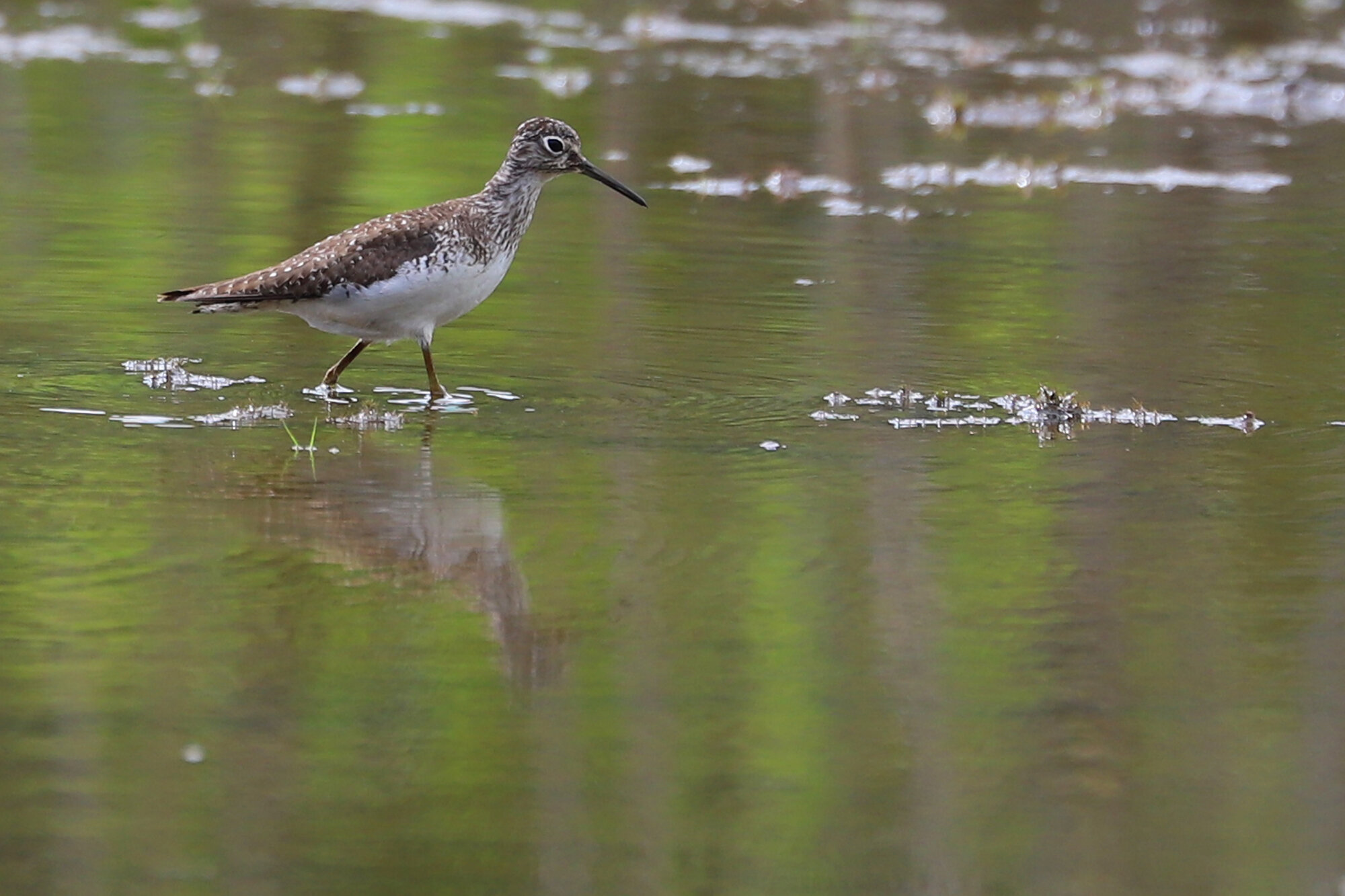
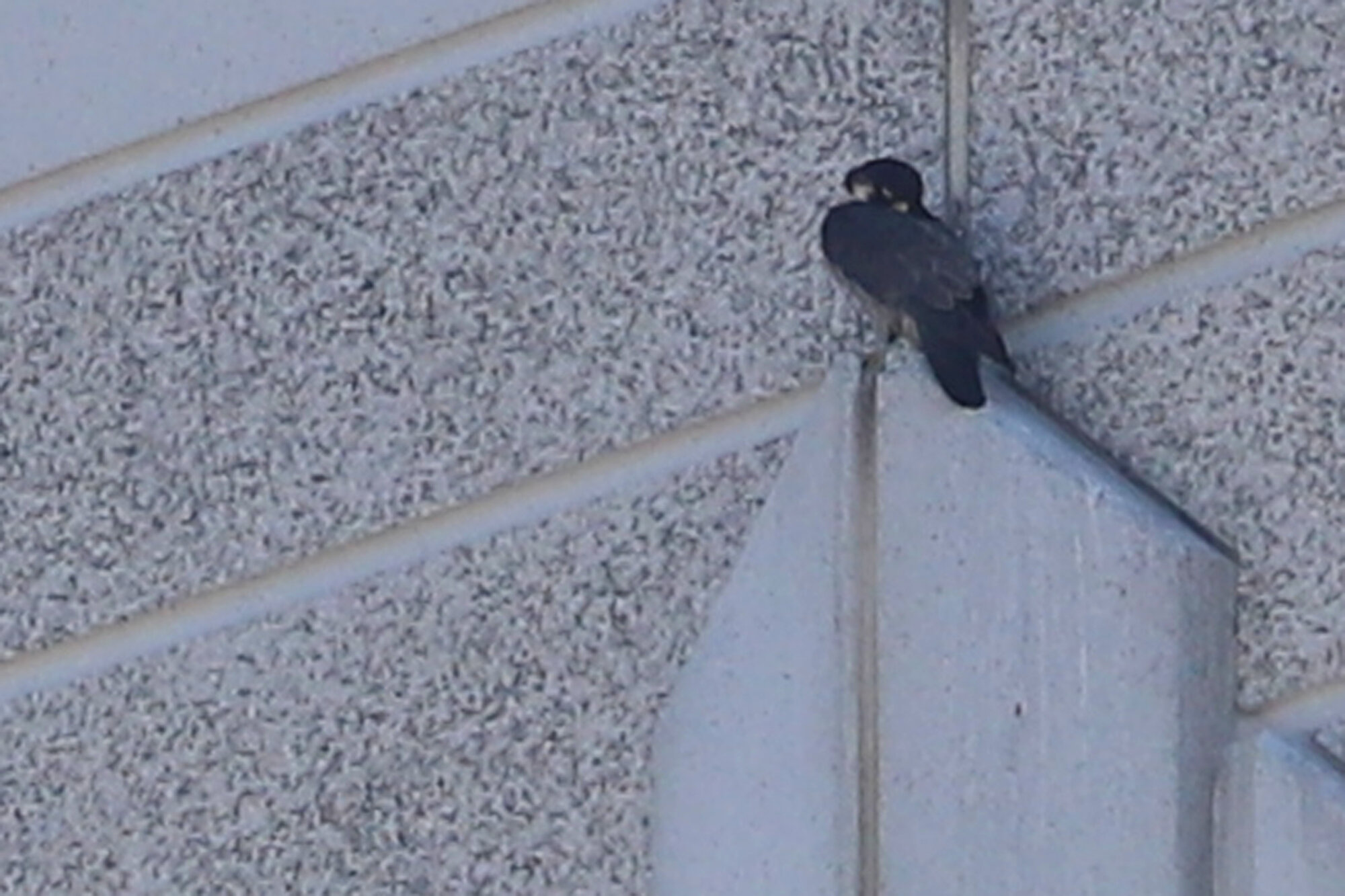

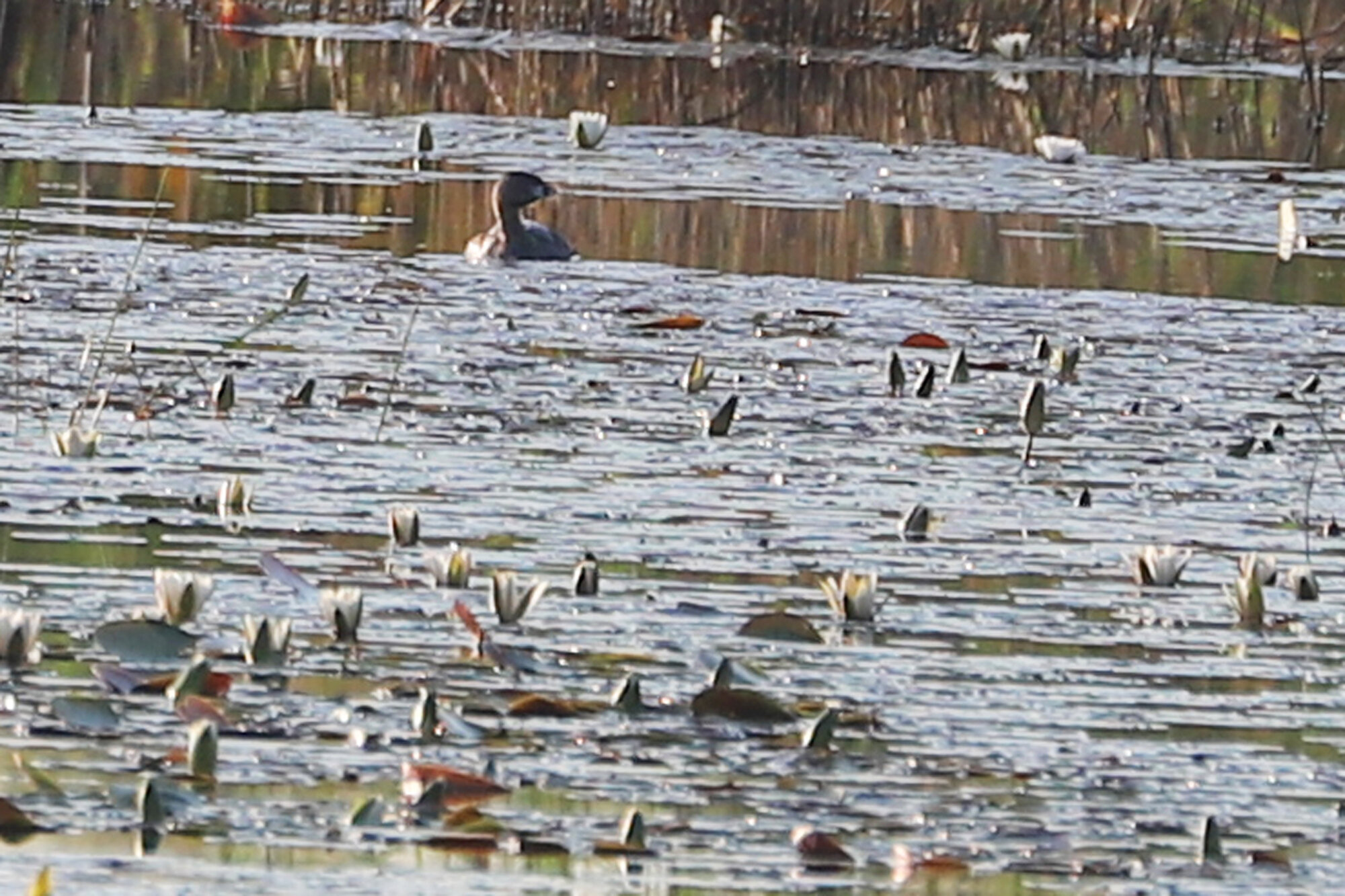
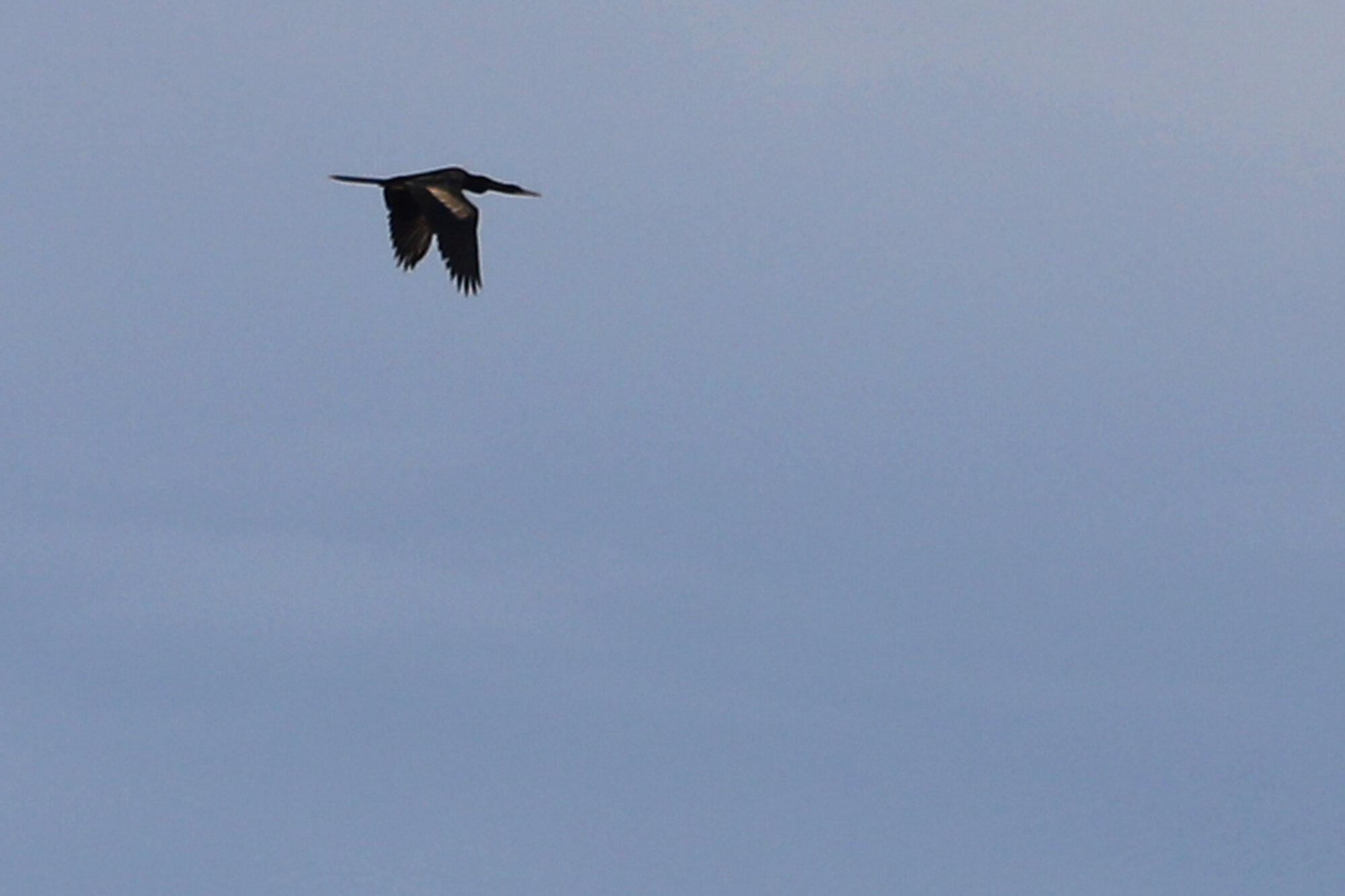

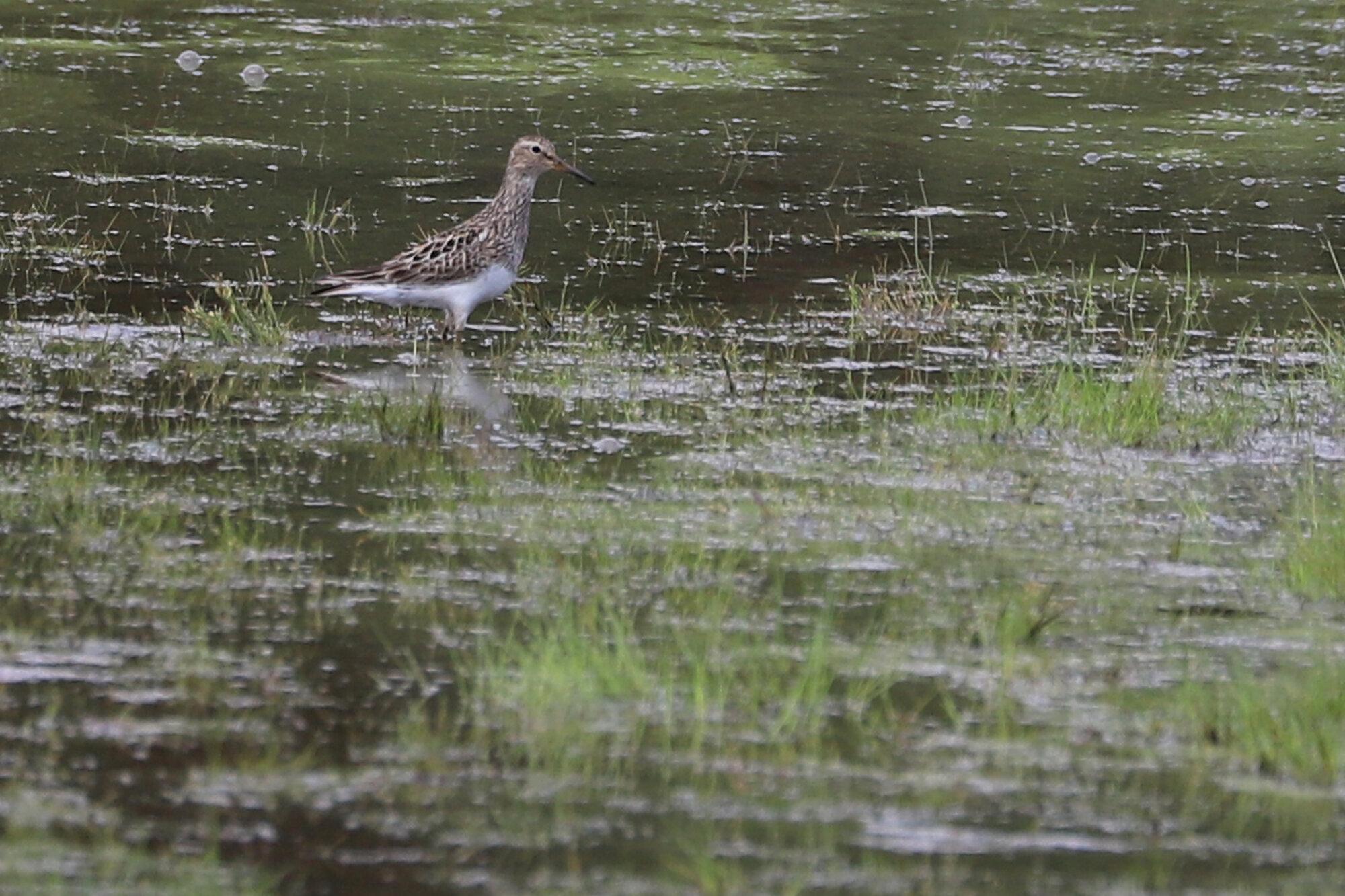
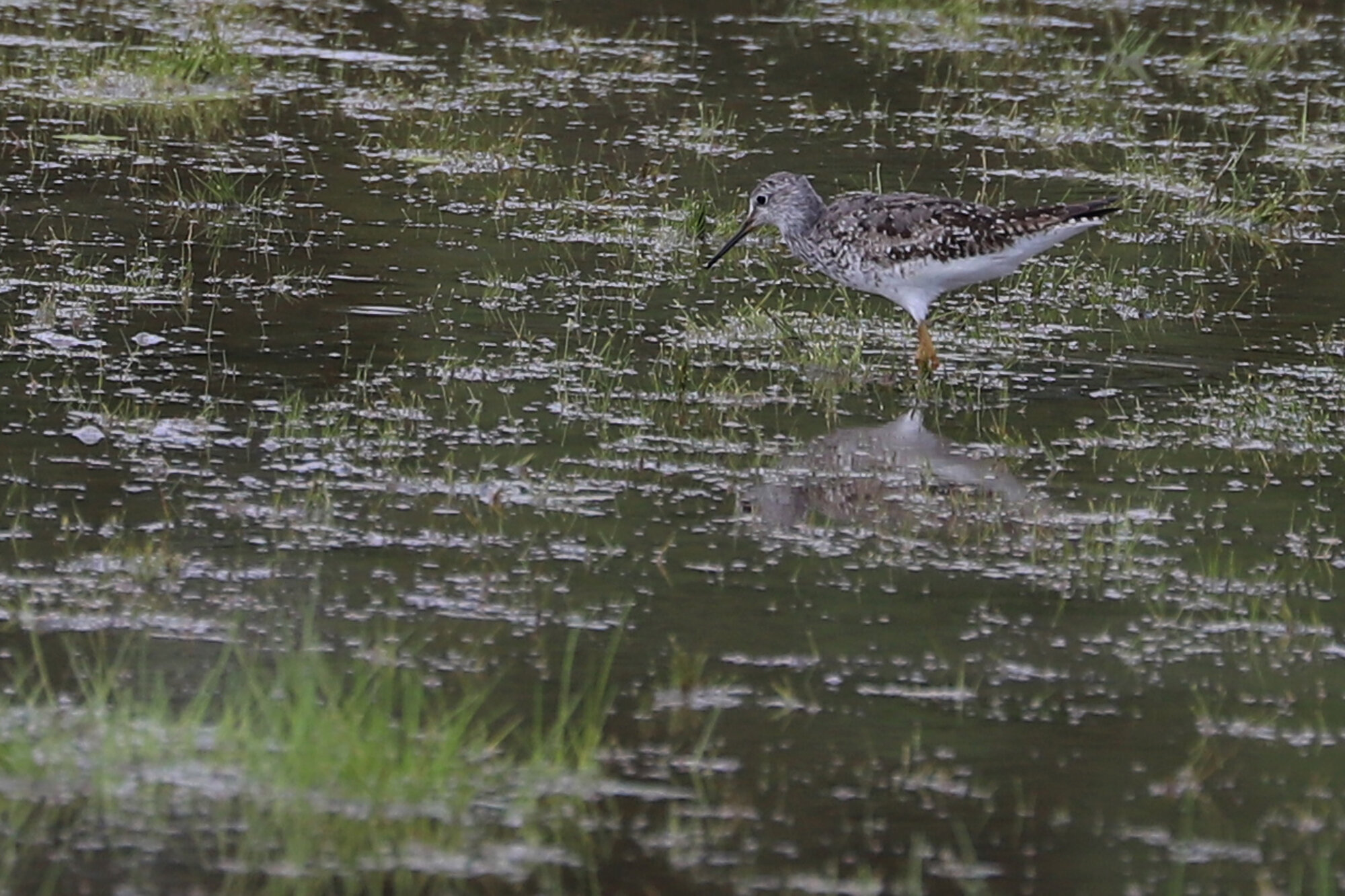

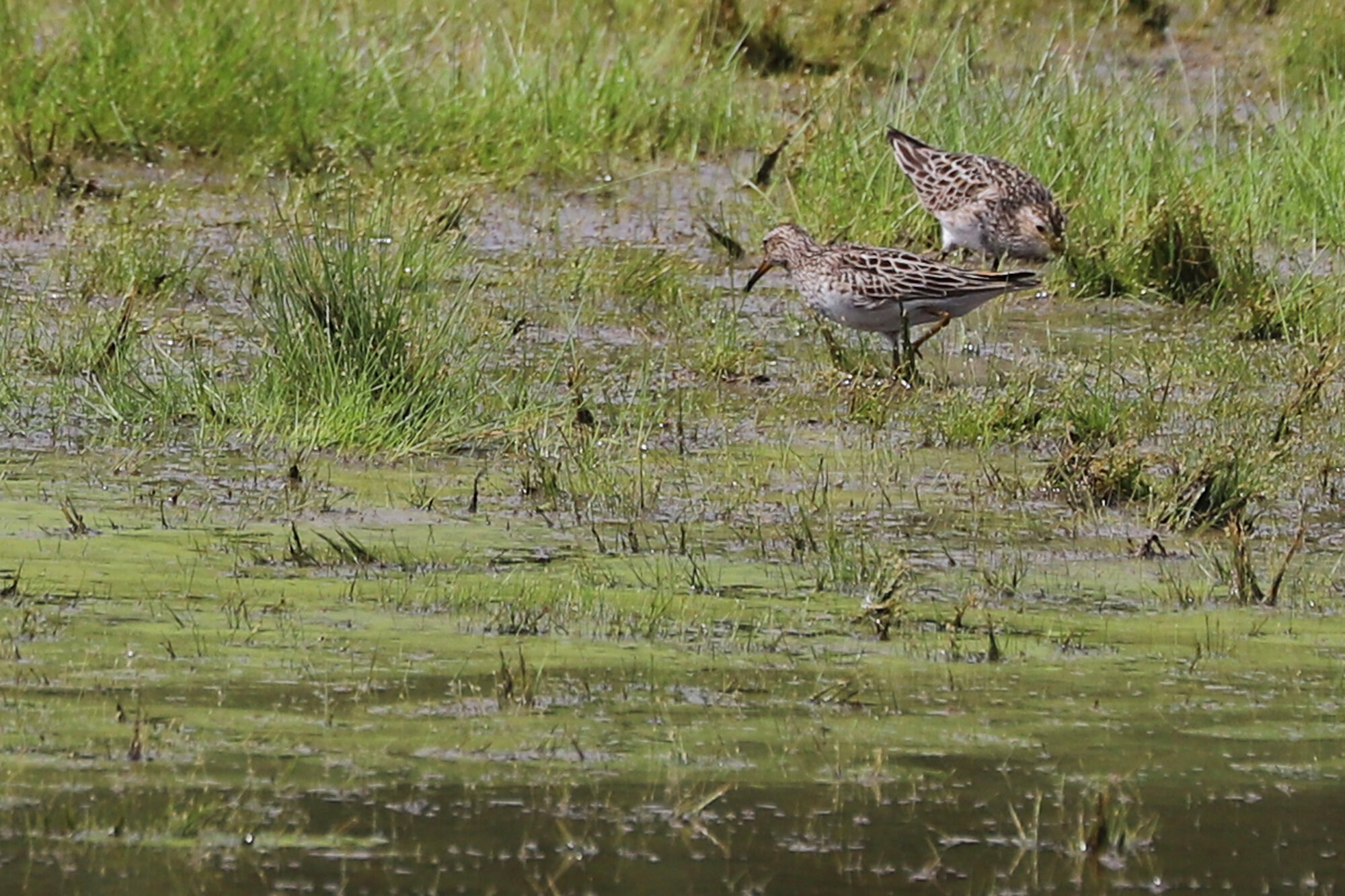
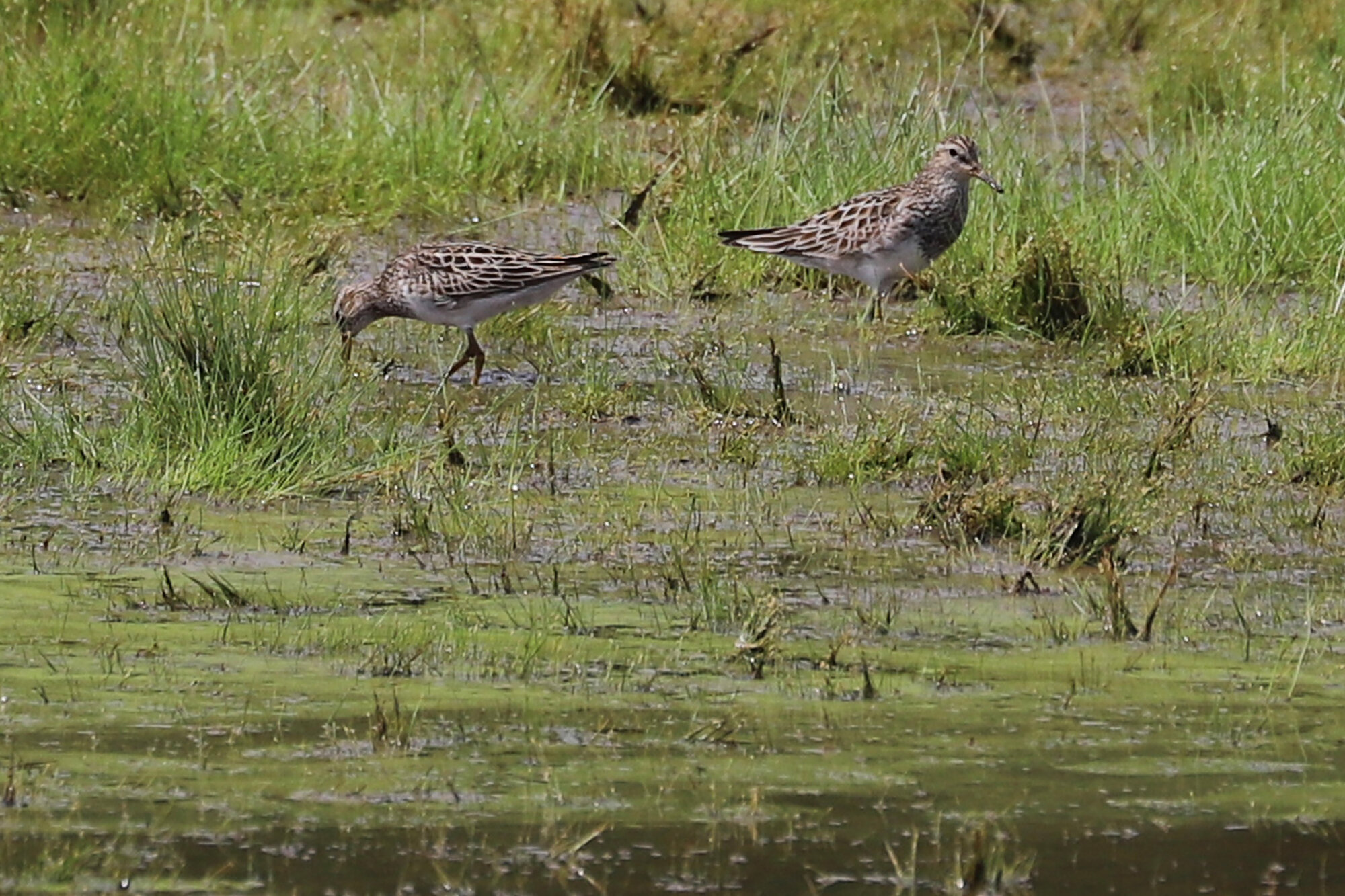
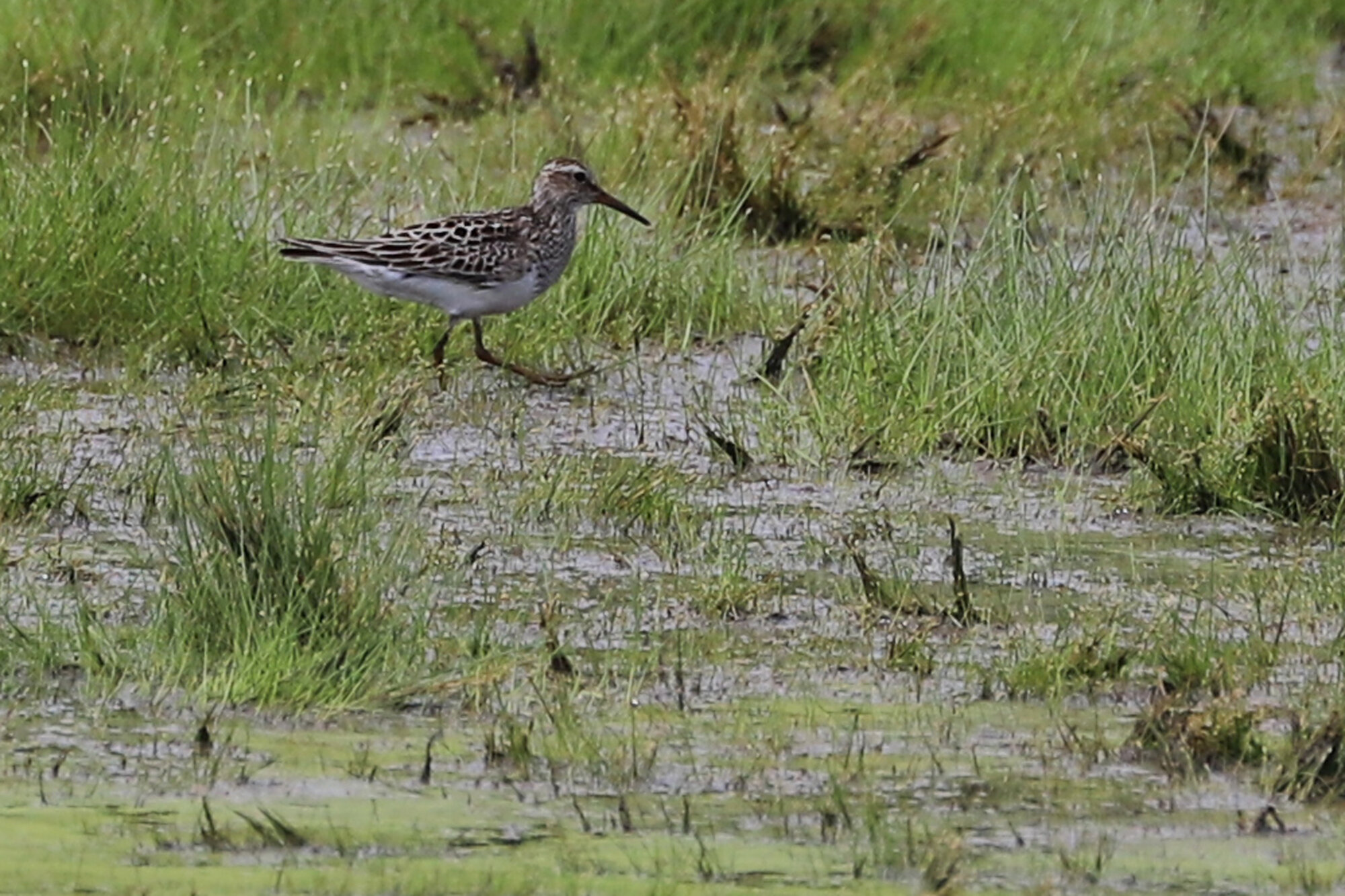

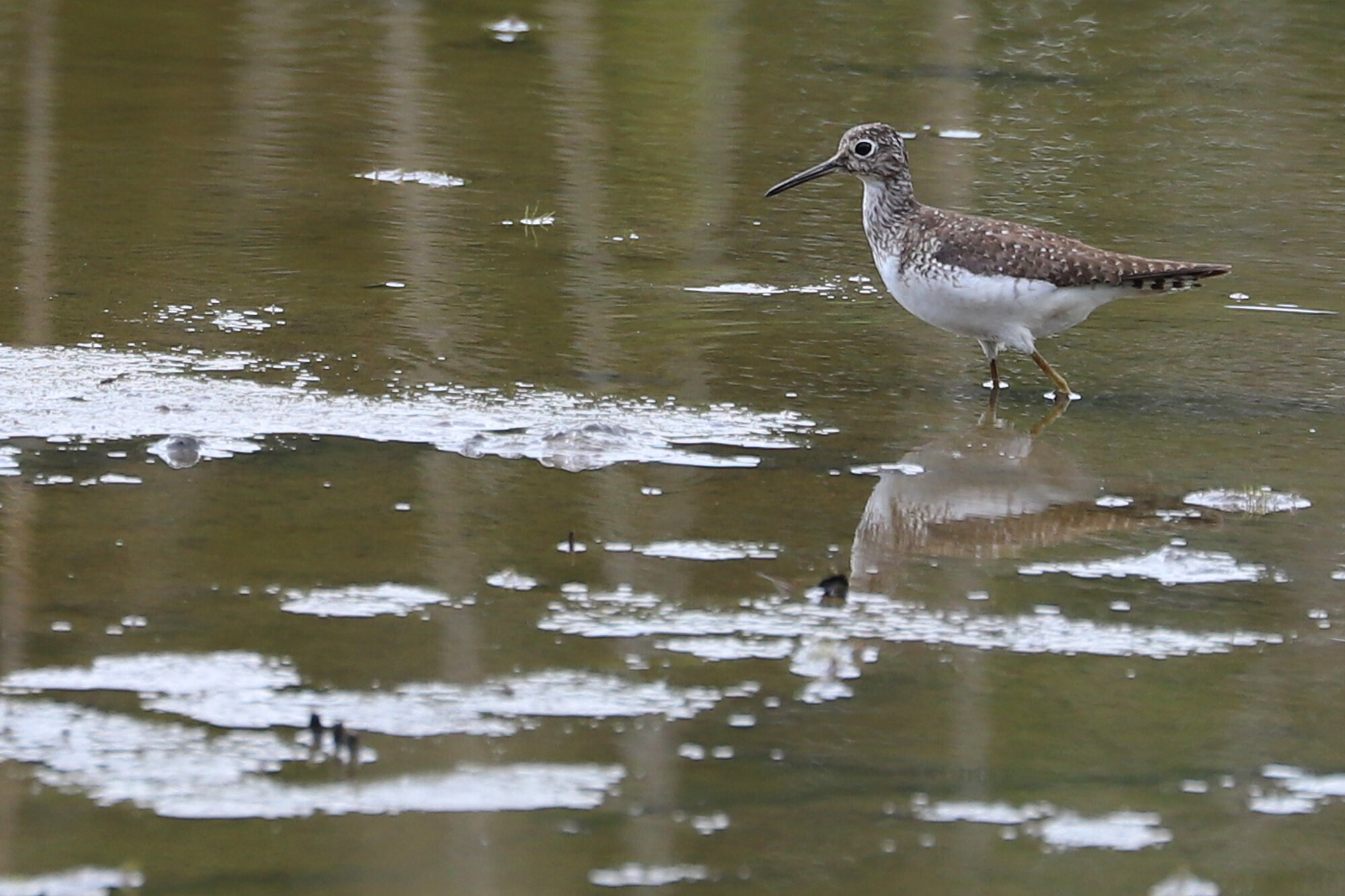
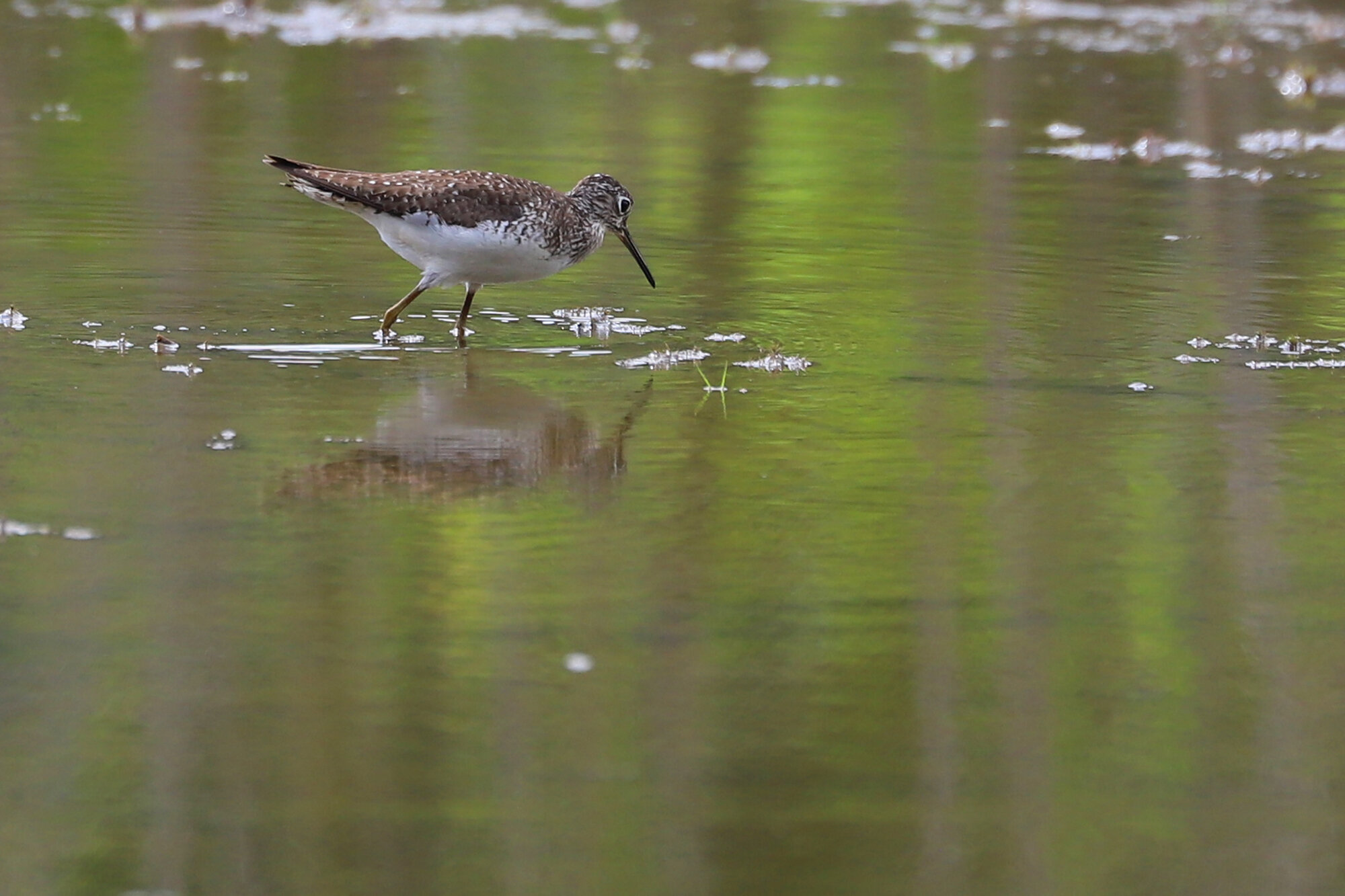
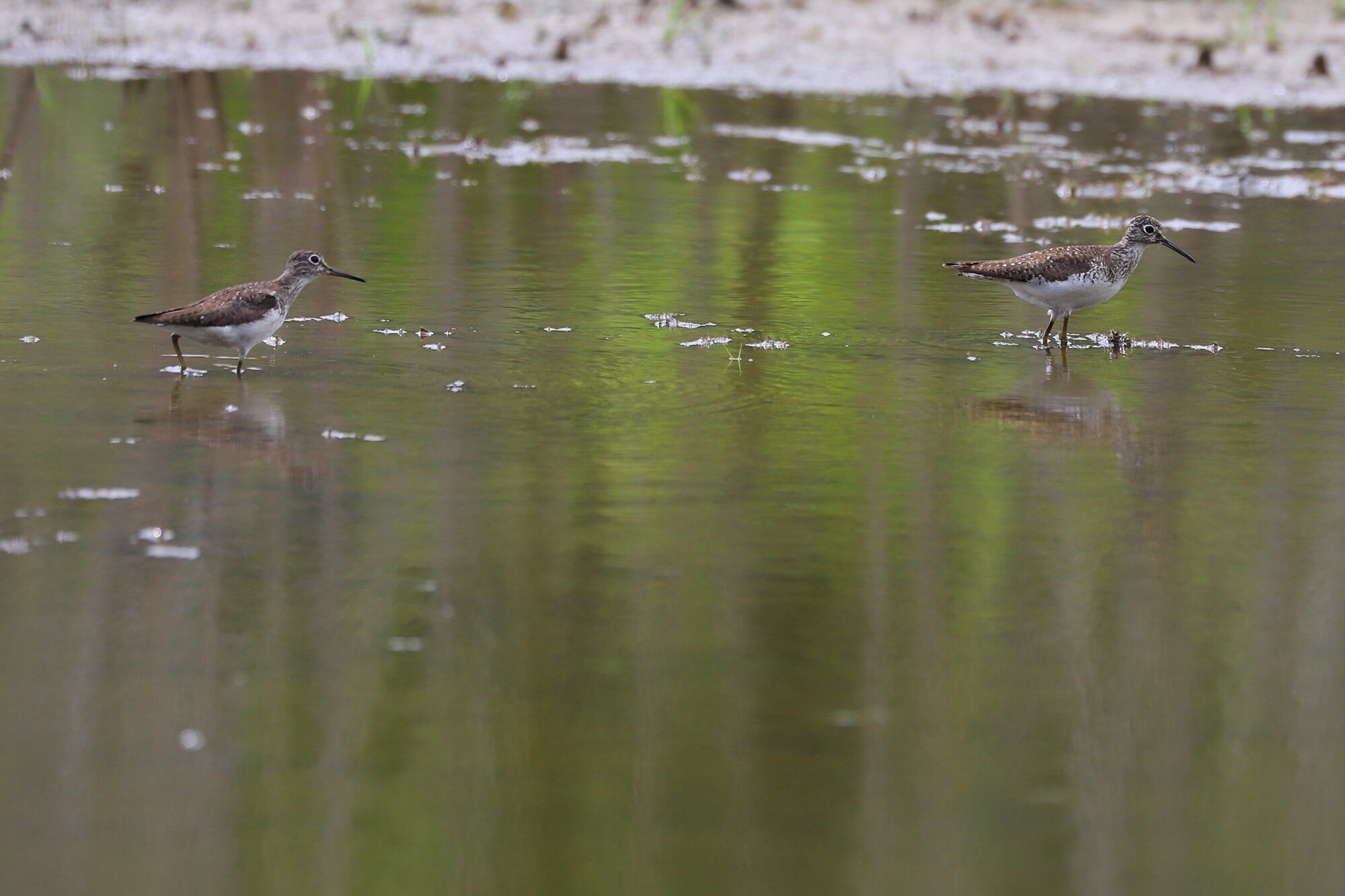
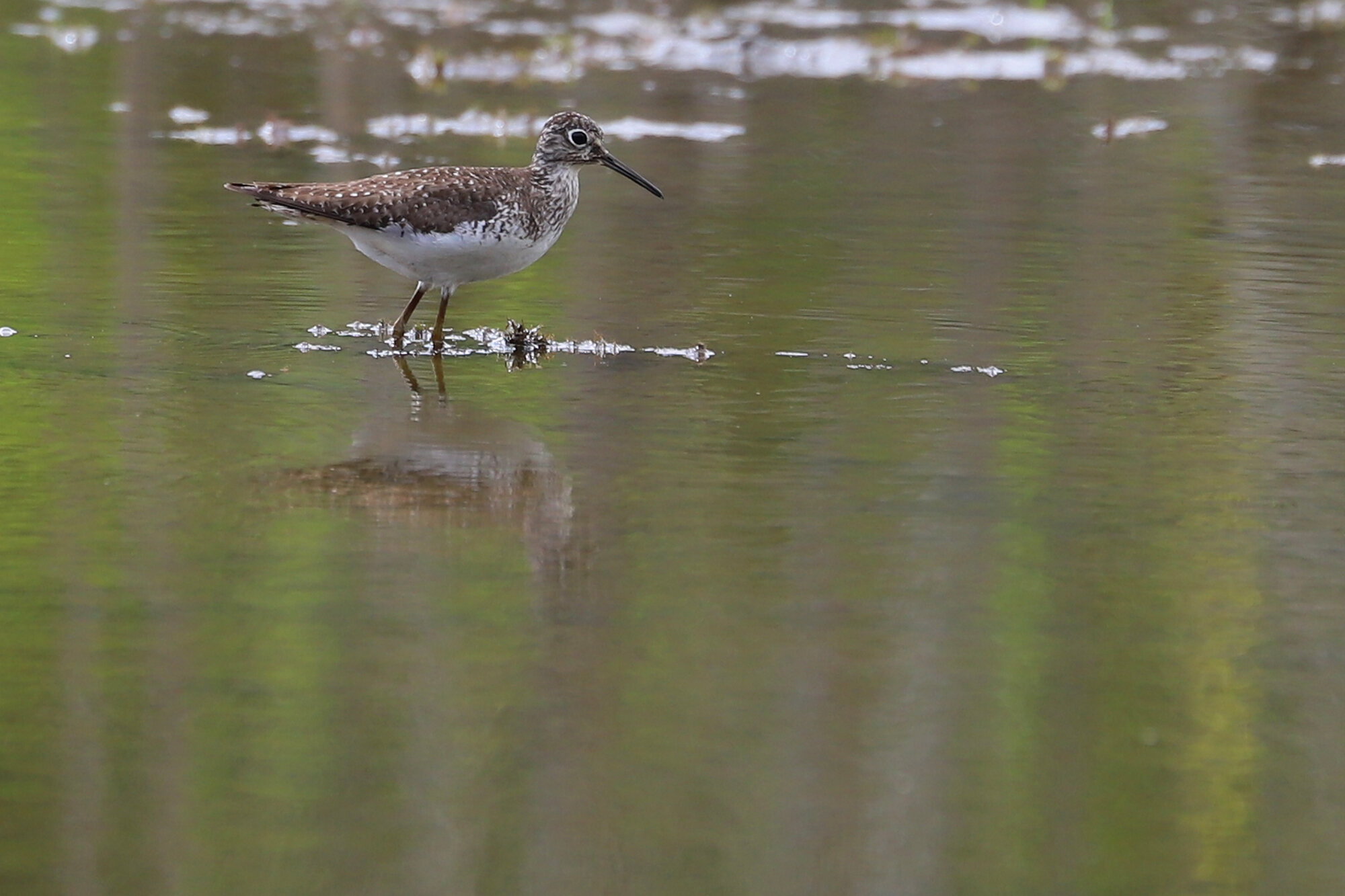
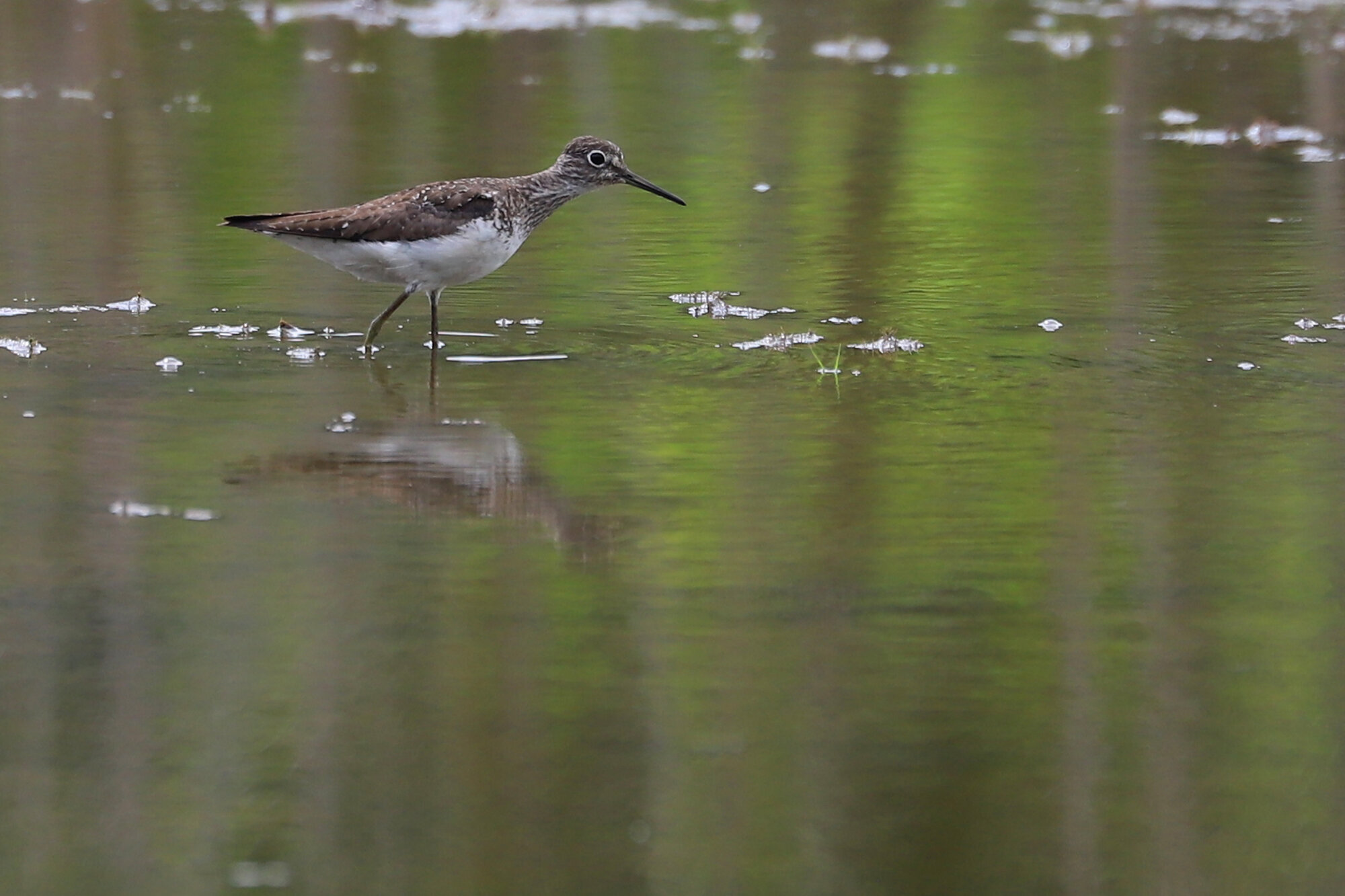
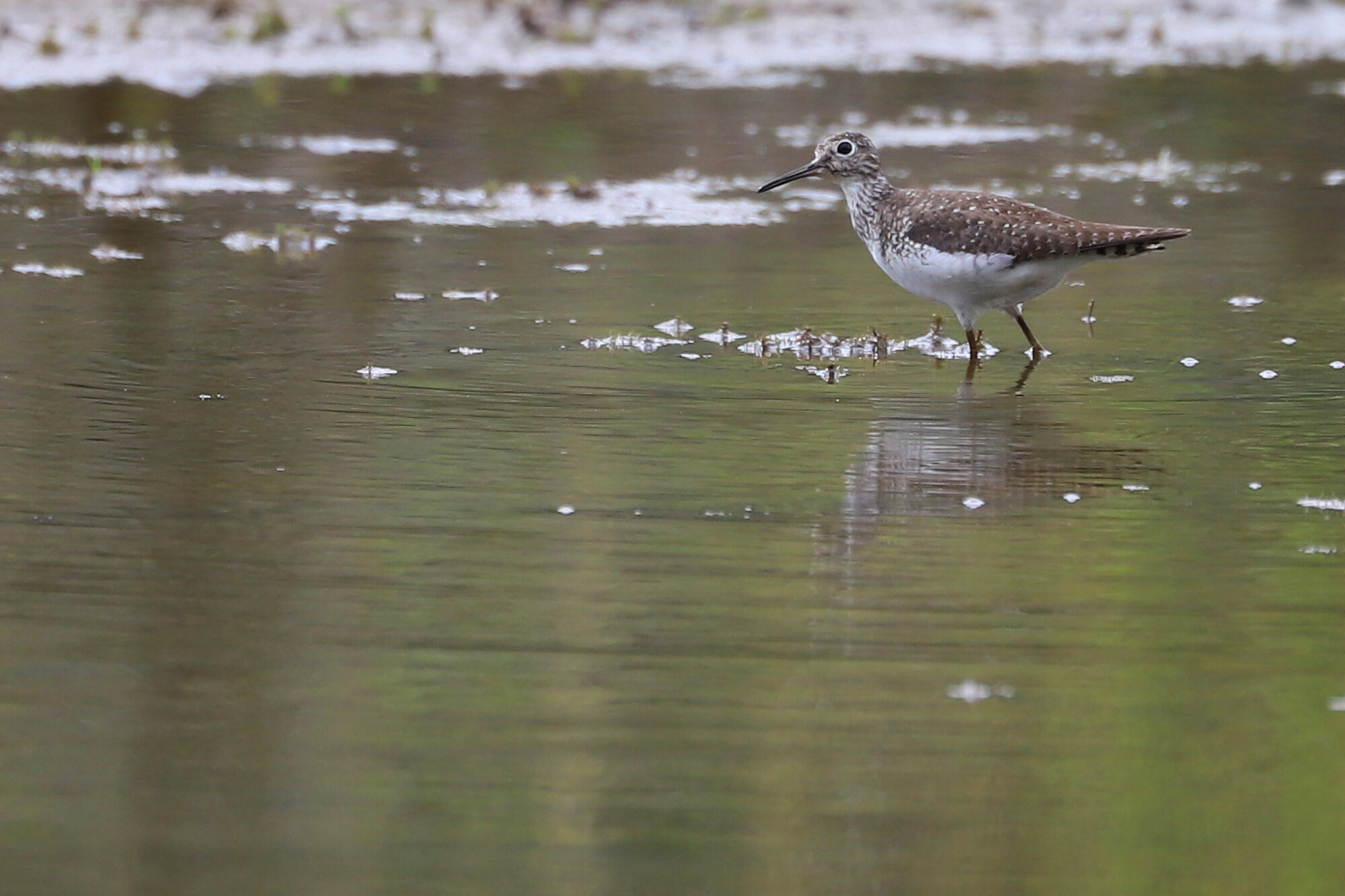
Highlights for July included: Pied-billed Grebe, Common Gallinule, American Avocet, Marbled Godwit, Wilson’s Storm-Petrel, Great Shearwater, Anhinga, Least Bittern, Mississippi Kite, Peregrine Falcon, Horned Lark, Cliff Swallow, Grasshopper Sparrow, American Redstart & Dickcissel. Additionally, July provided the city with first-of-season records for expected fall arrivals which, in order of arrival date, included: Spotted Sandpiper, Whimbrel, Short-billed Dowitcher, Lesser Yellowlegs, Least Sandpiper, Gull-billed Tern, Piping Plover, Solitary Sandpiper, Semipalmated Sandpiper, Ruddy Turnstone, American Black Duck, Pectoral Sandpiper, Semipalmated Plover, Black-bellied Plover, Red Knot, Black Tern, Western Sandpiper.
Continuing on the C Pool at Back Bay NWR since 31 May (vis. Conor Farrell), a PIED-BILLED GREBE that was reported throughout June was observed again near the same location on 5 Jul (ph. Rob Bielawski, vis. James Flynn). Long suspected that this species may have successfully bred, this notion was finally confirmed early on the morning of 7 Jul (vis. Andrew Baldelli) when three adults were observed on the C Pool, one of which had two fledglings riding on its back! While one had been observed sitting atop a nest on 22 Jun (vis. Andrew Baldelli), this was the first concrete documentation that the species managed to successfully breed at Back Bay NWR, and in Virginia Beach as a whole, for the 2nd Virginia Breeding Bird Atlas! Despite an effort to photograph the fledglings later in the day when the sun wouldn’t be an issue, they were unfortunately not located again, and most likely were back to hiding among the dense aquatic vegetation of the impoundment. Typically, numbers for this species have tended to increase in mid-July through August, and one wonders how many of these individuals nested, and just remained unknown due to their secretive nature. Most fall arrivals likely don’t start popping up here until August, and it seems that Back Bay is really the only location in the city that tends to hold them through the summer months, though in very low numbers. In fact, the last record this year that occurred away from the refuge was a single individual at Dam Neck Naval Annex (restricted access) back on 20 Apr (vis. Steve Keith), reinforcing just how unusual this species is here in the city in summertime. (Jul 2020 Map)
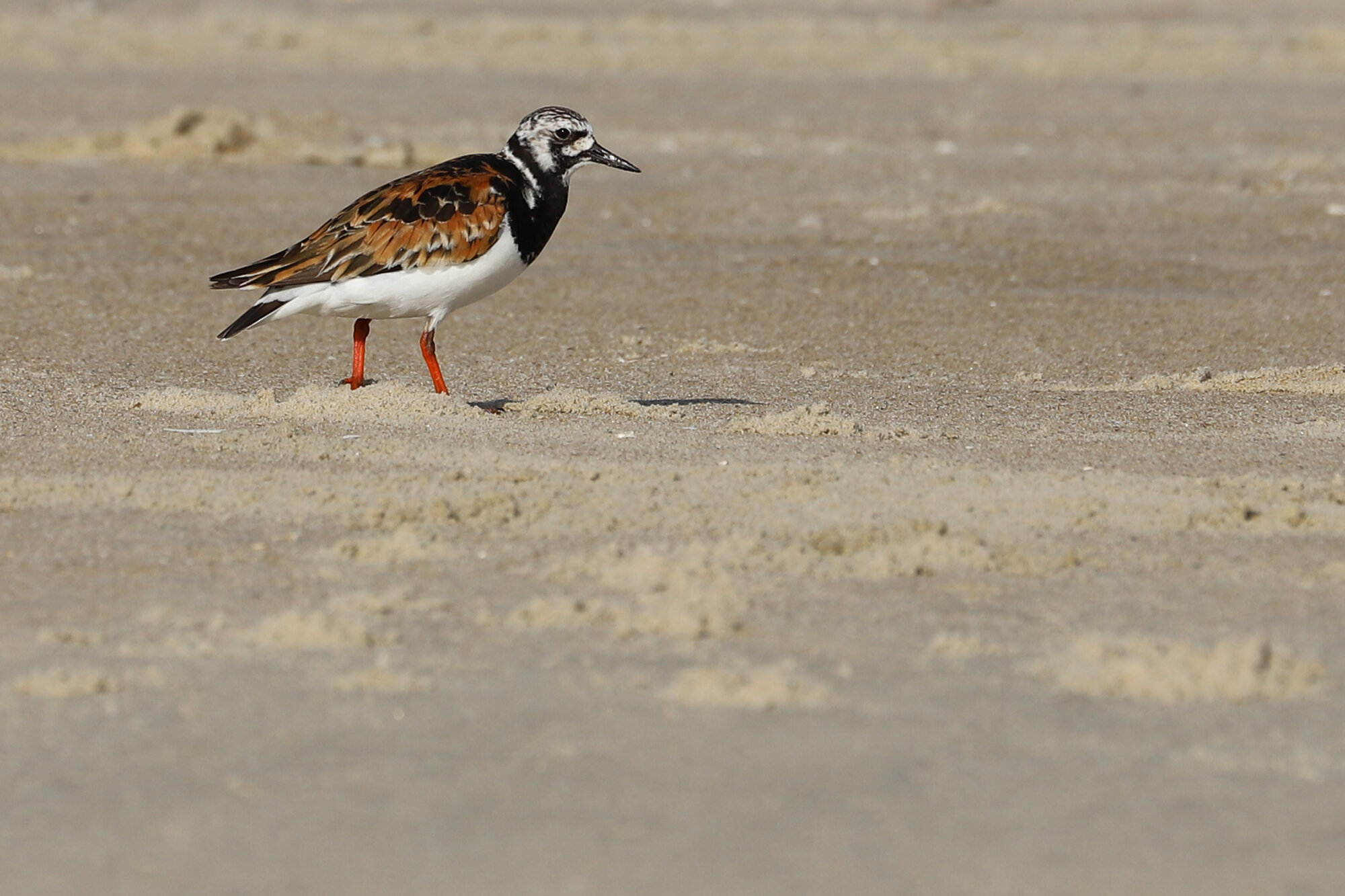
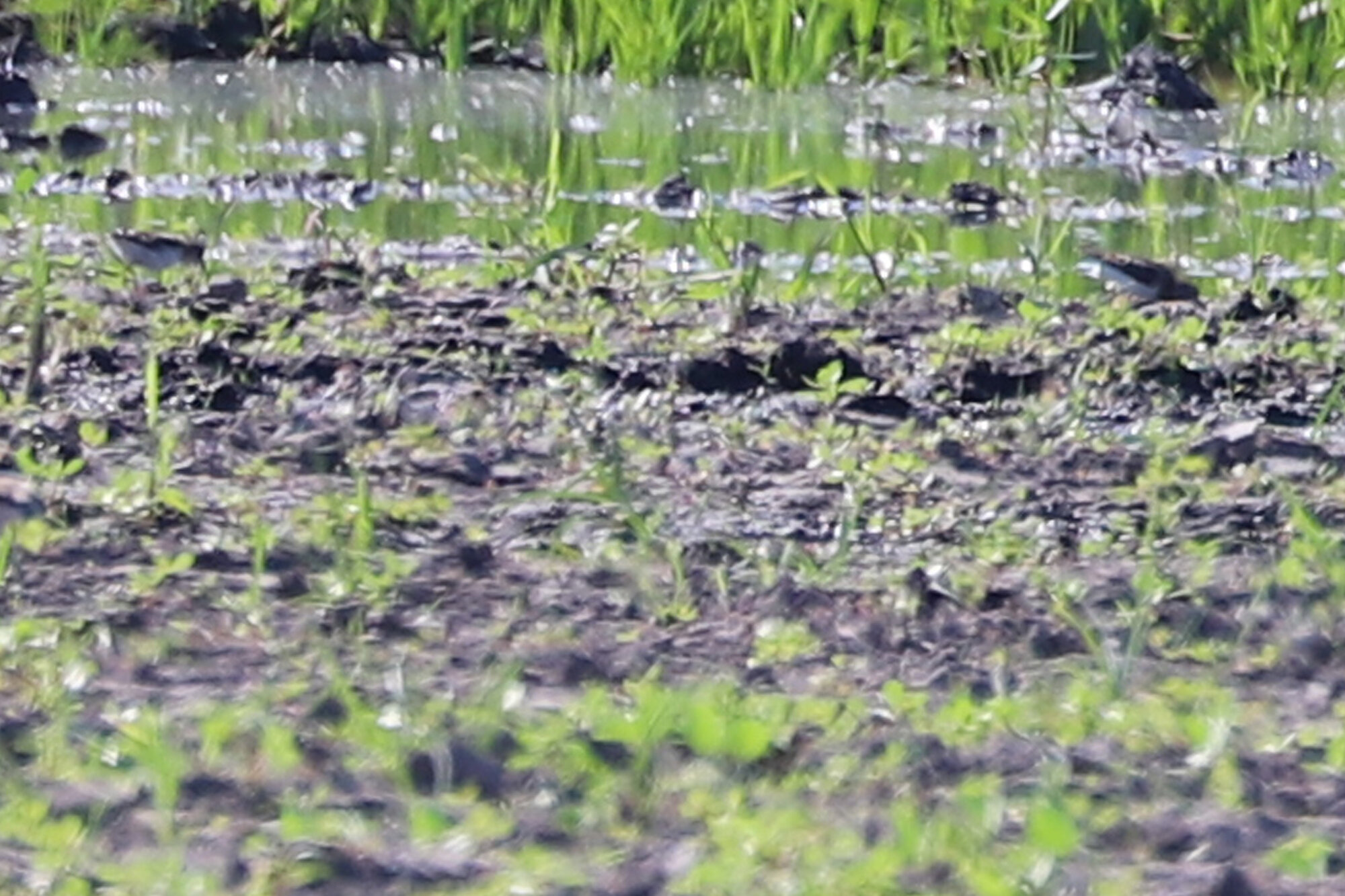
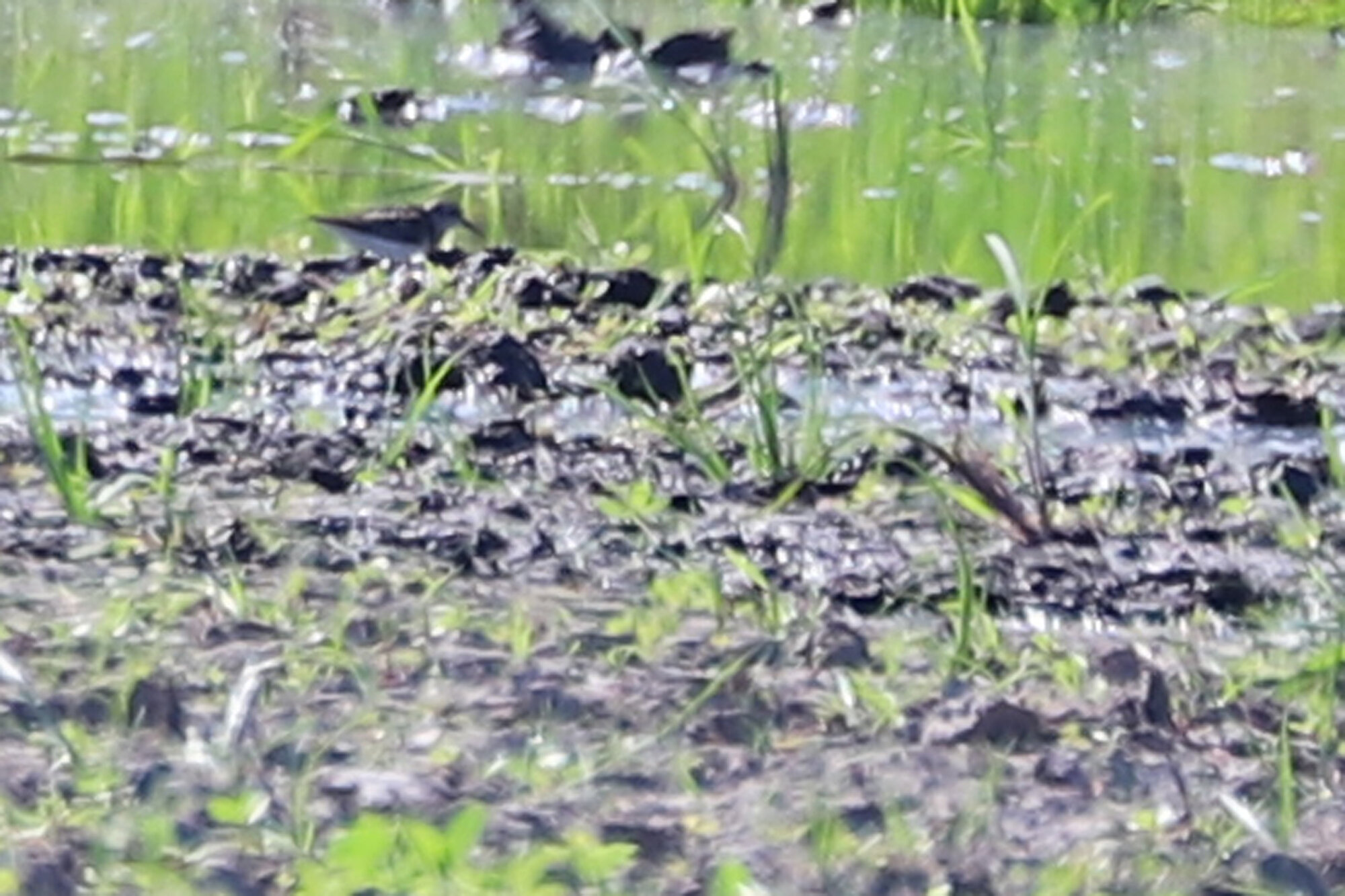
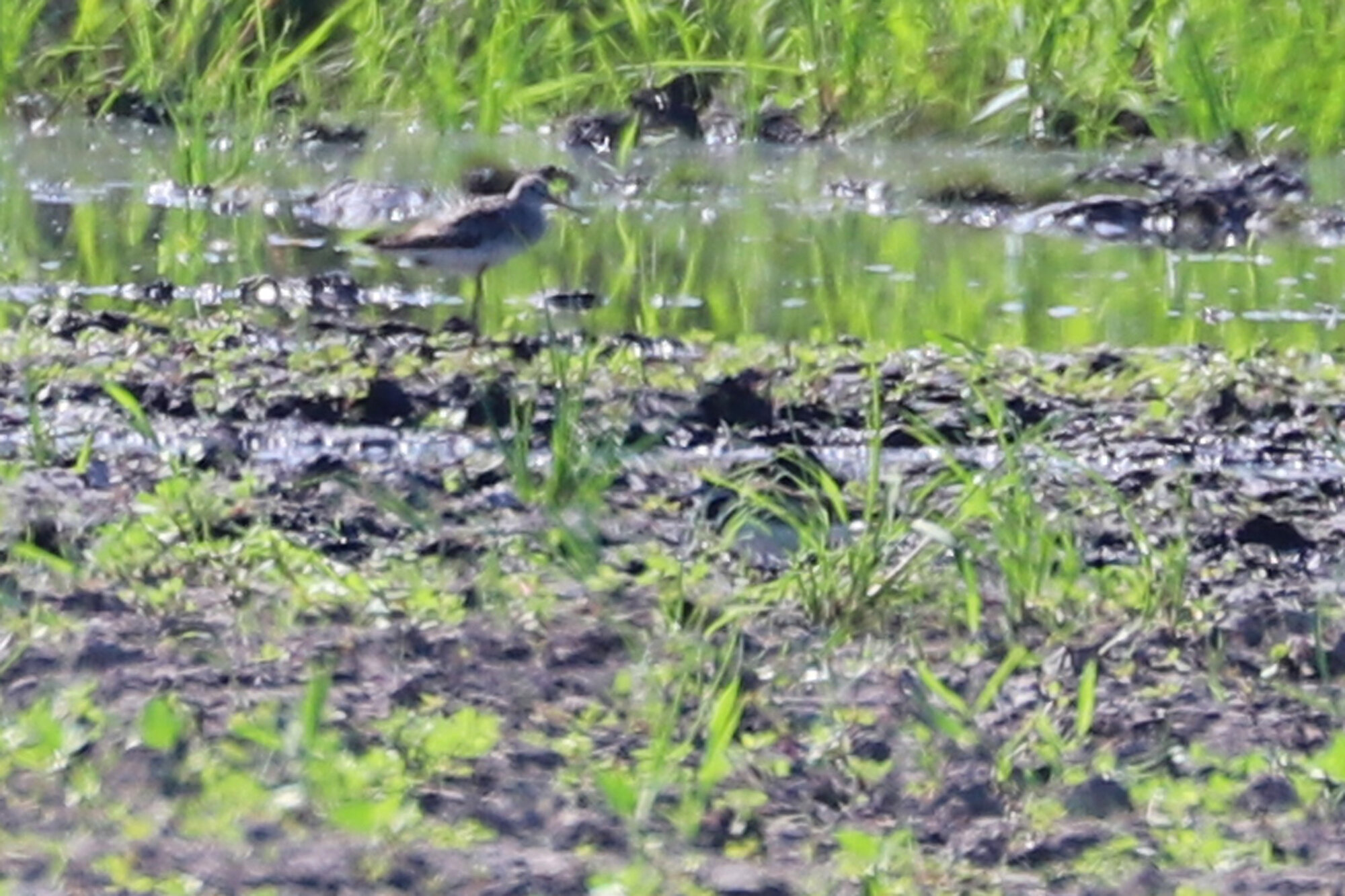
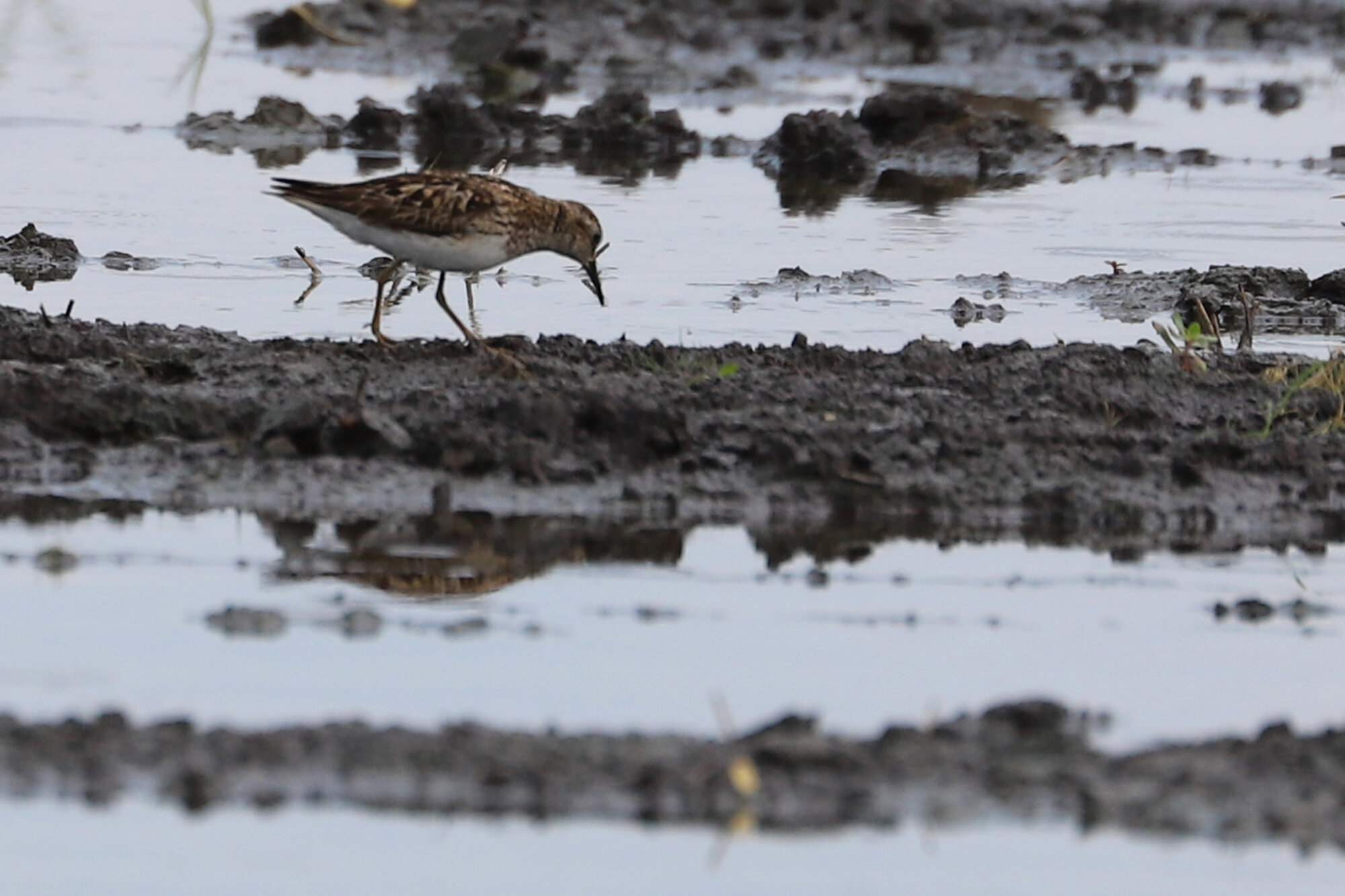
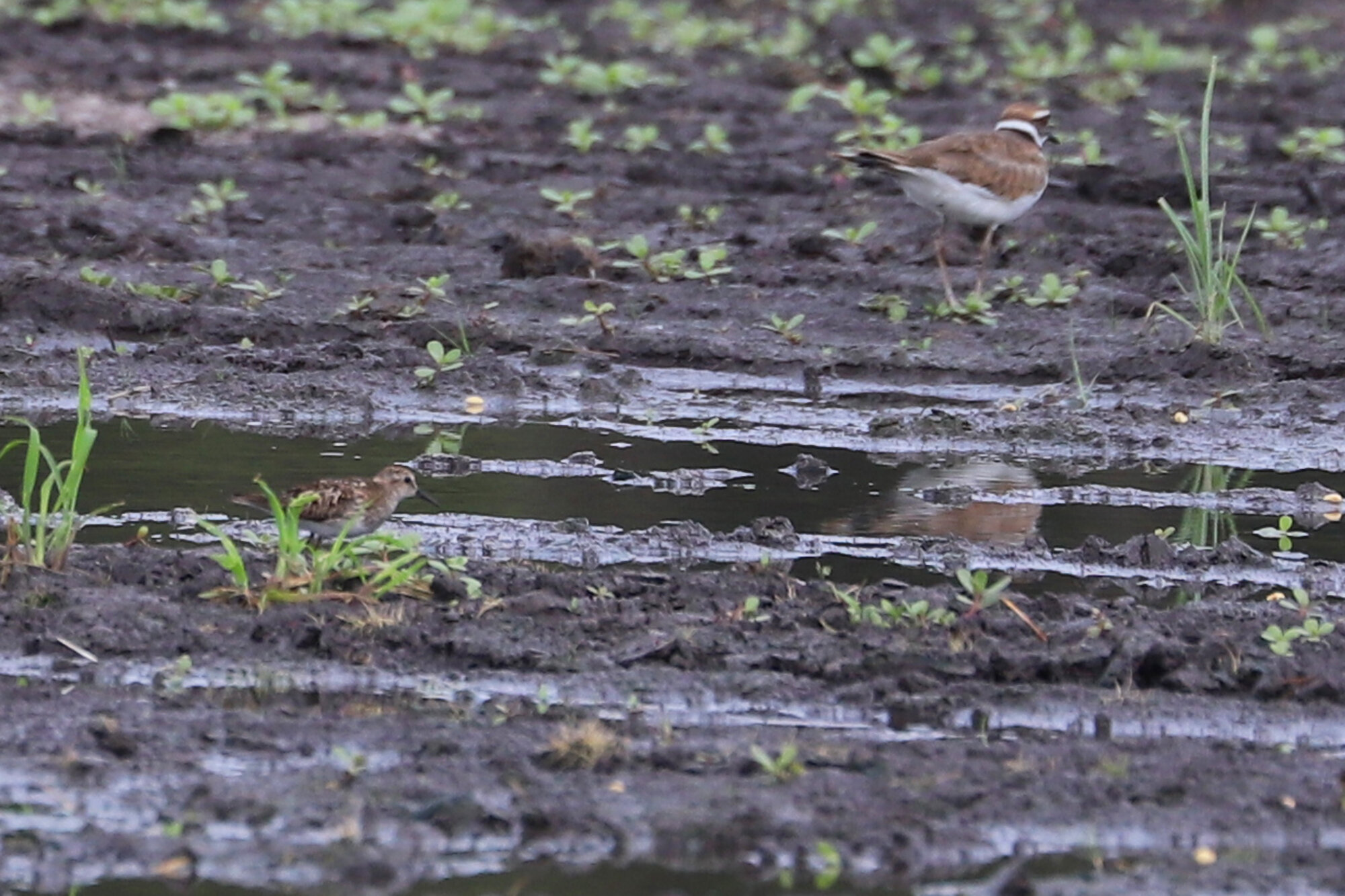
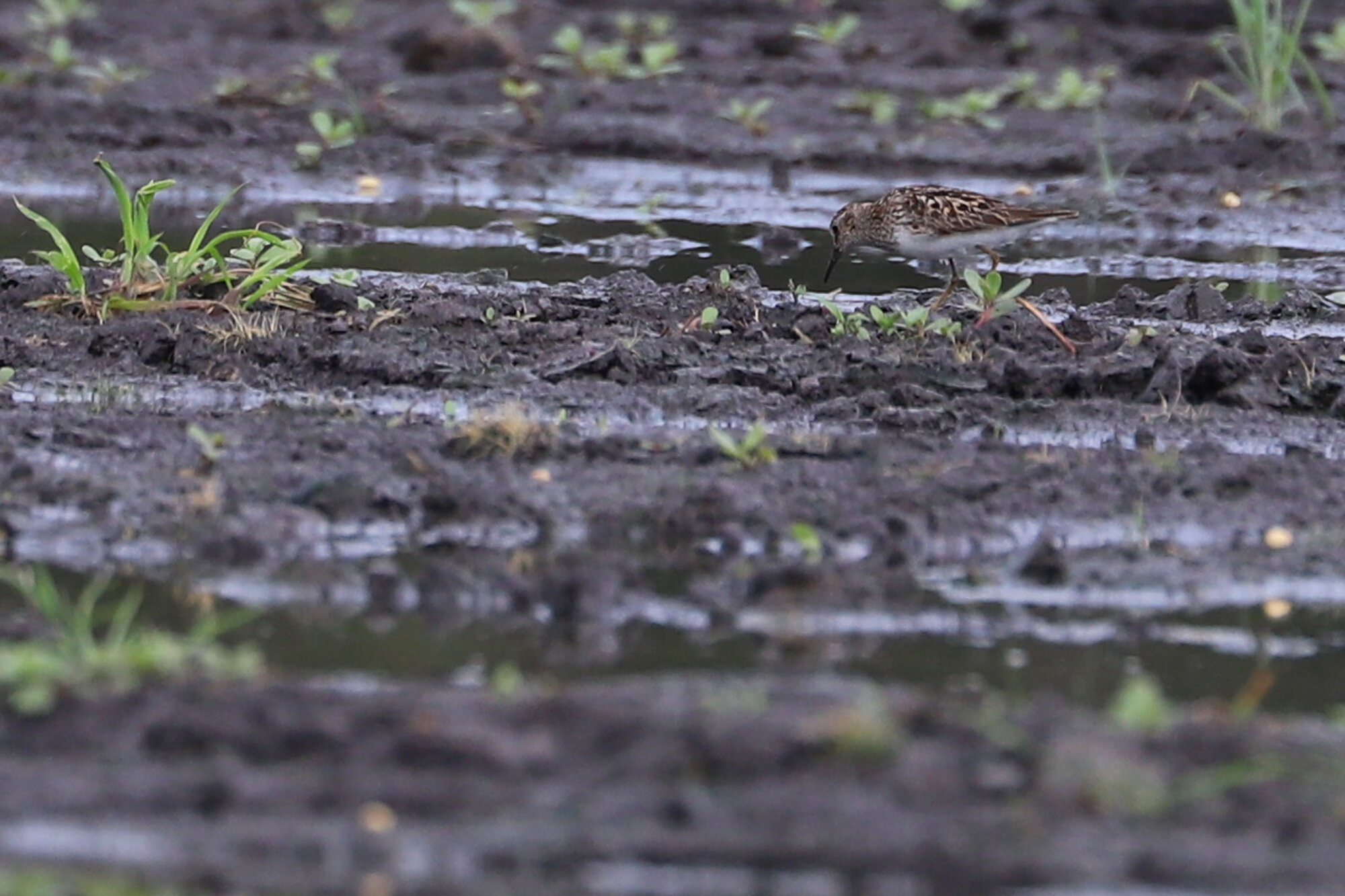
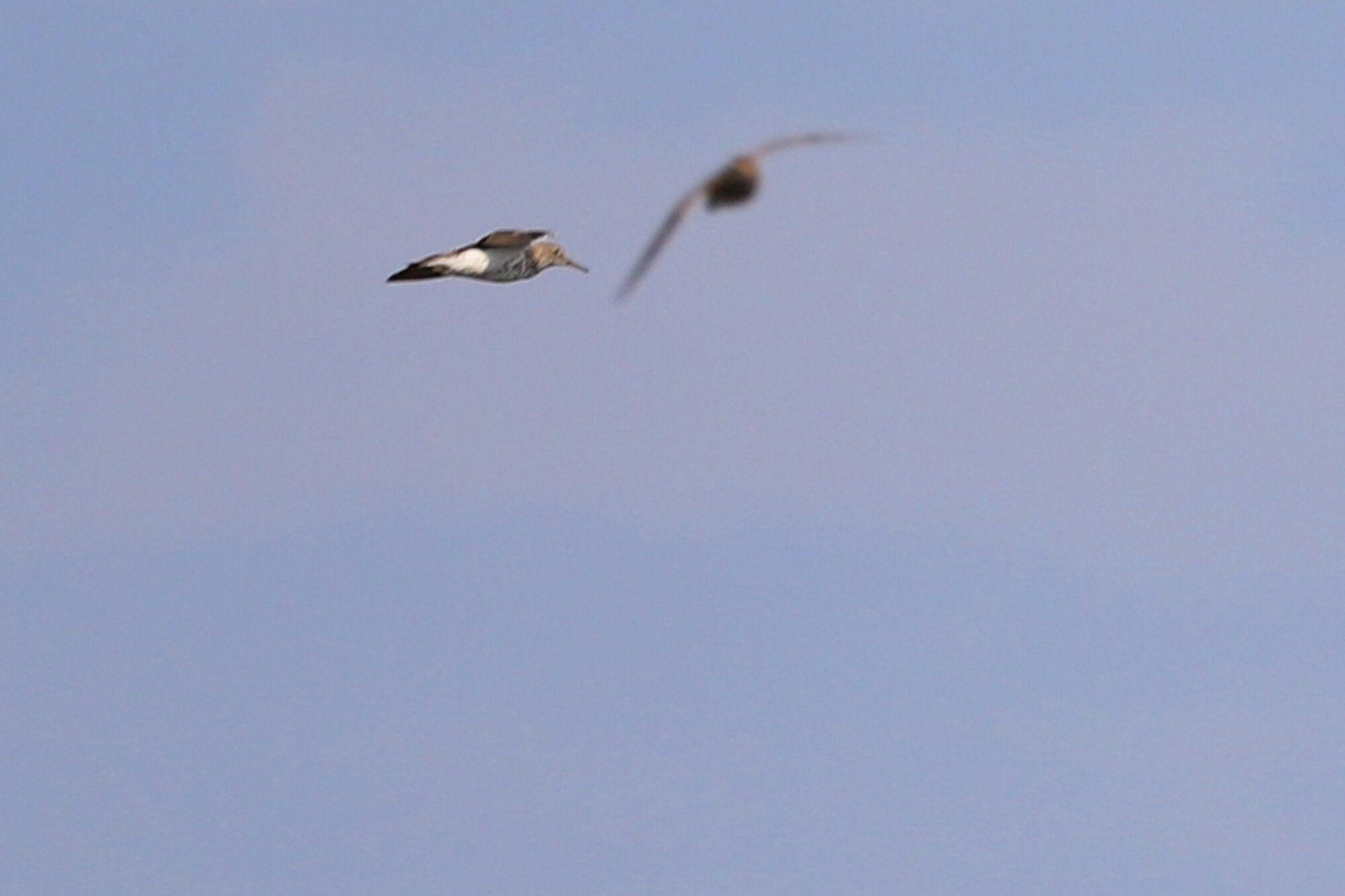
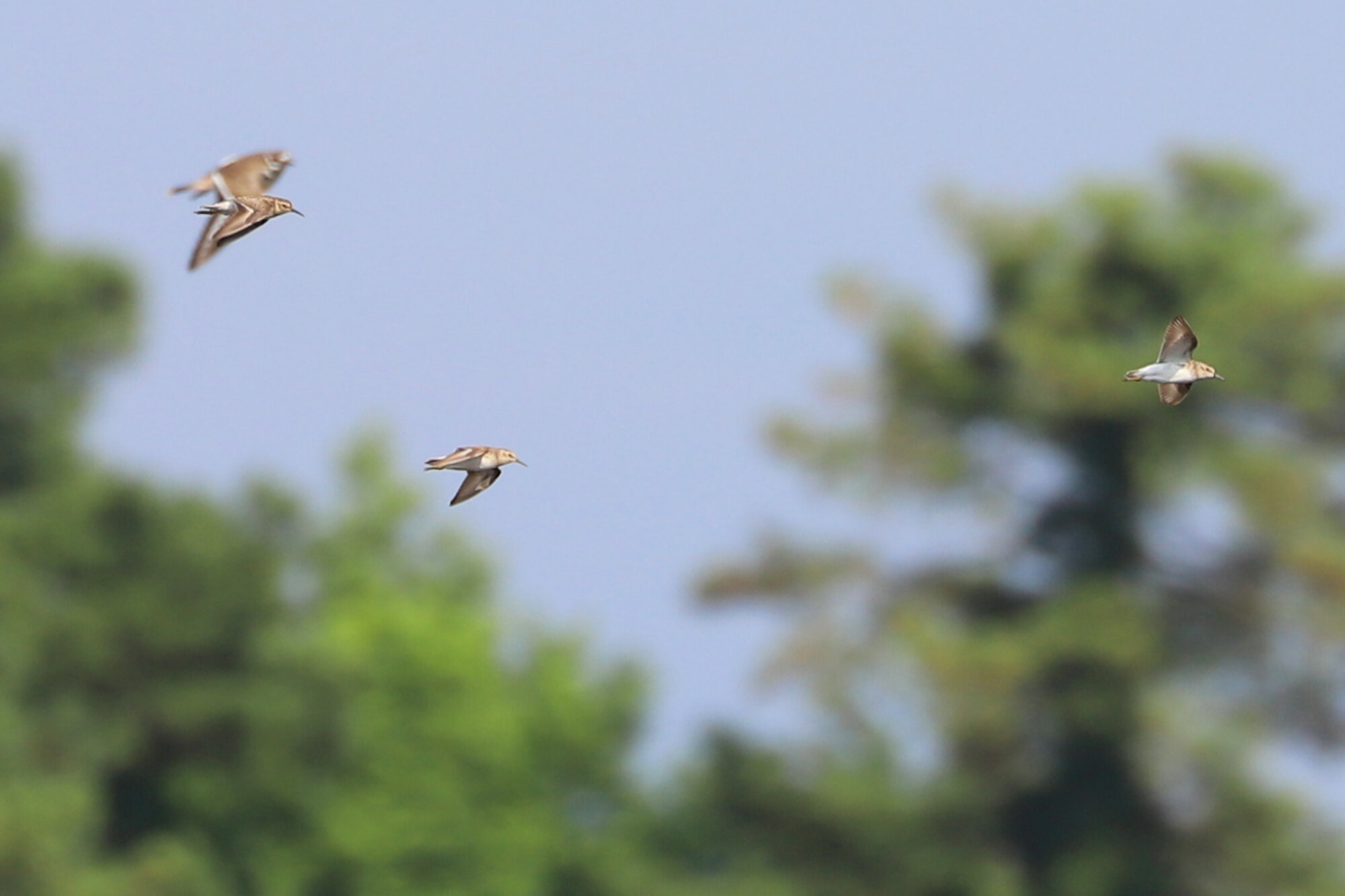
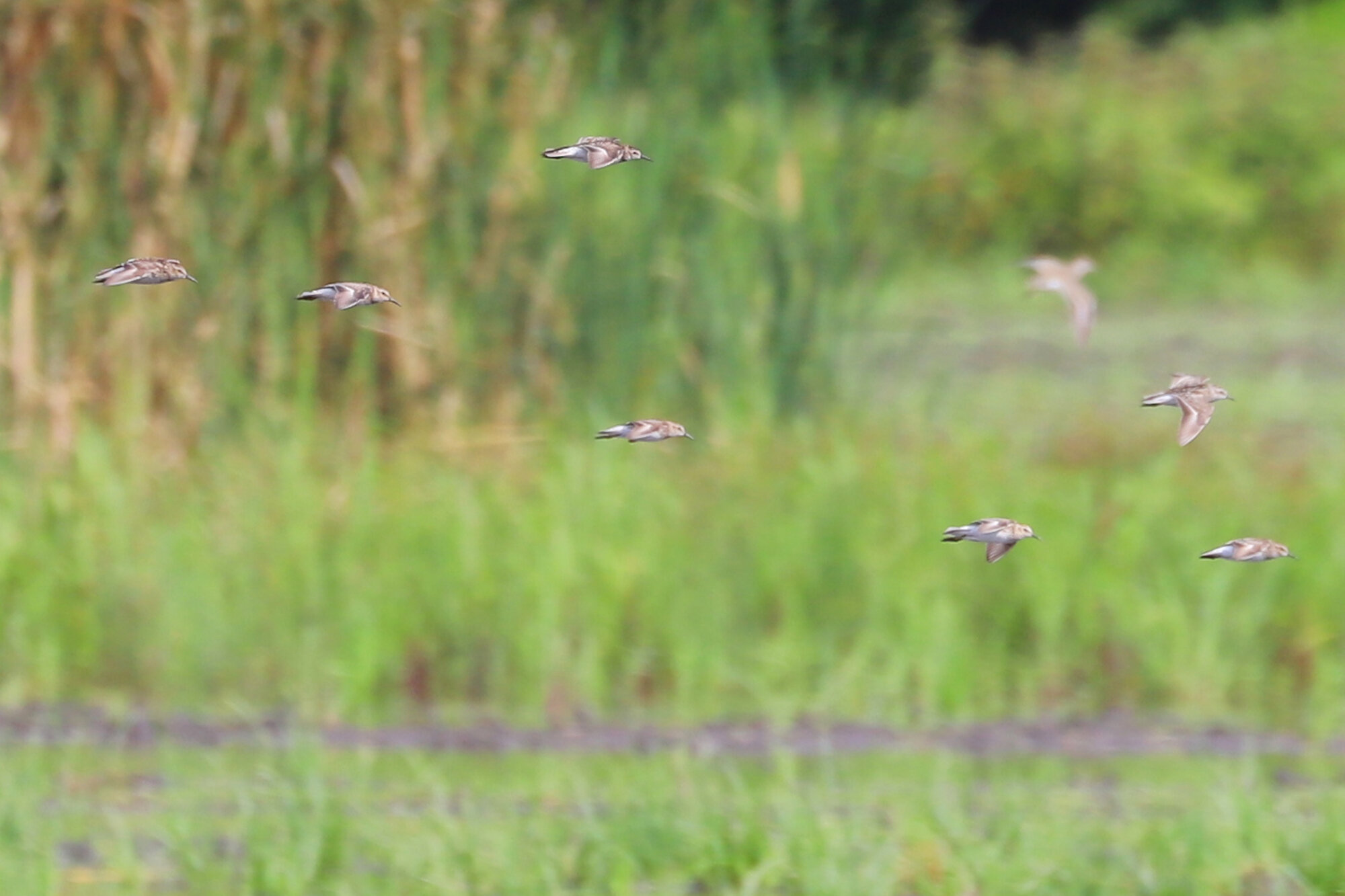
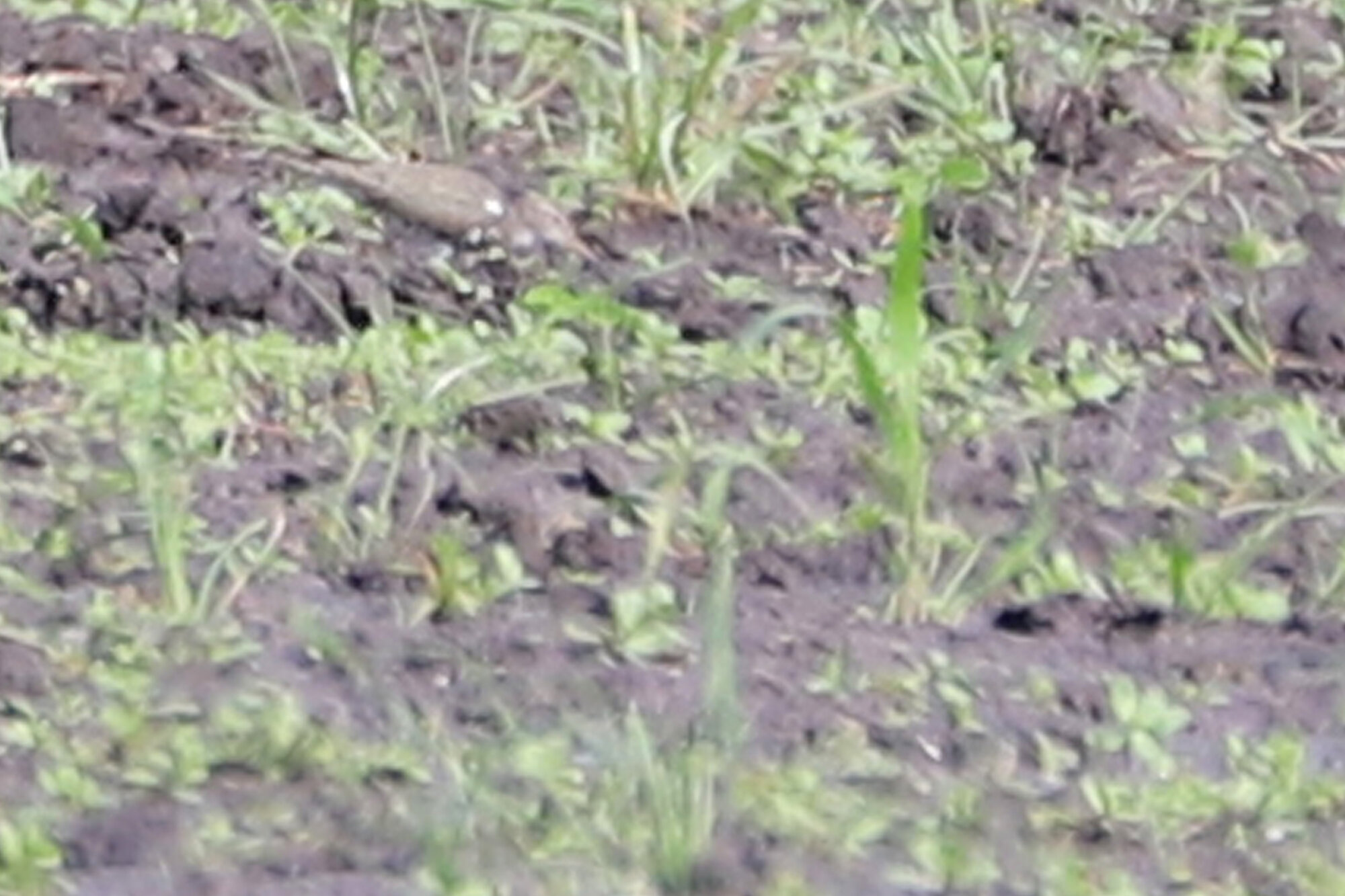
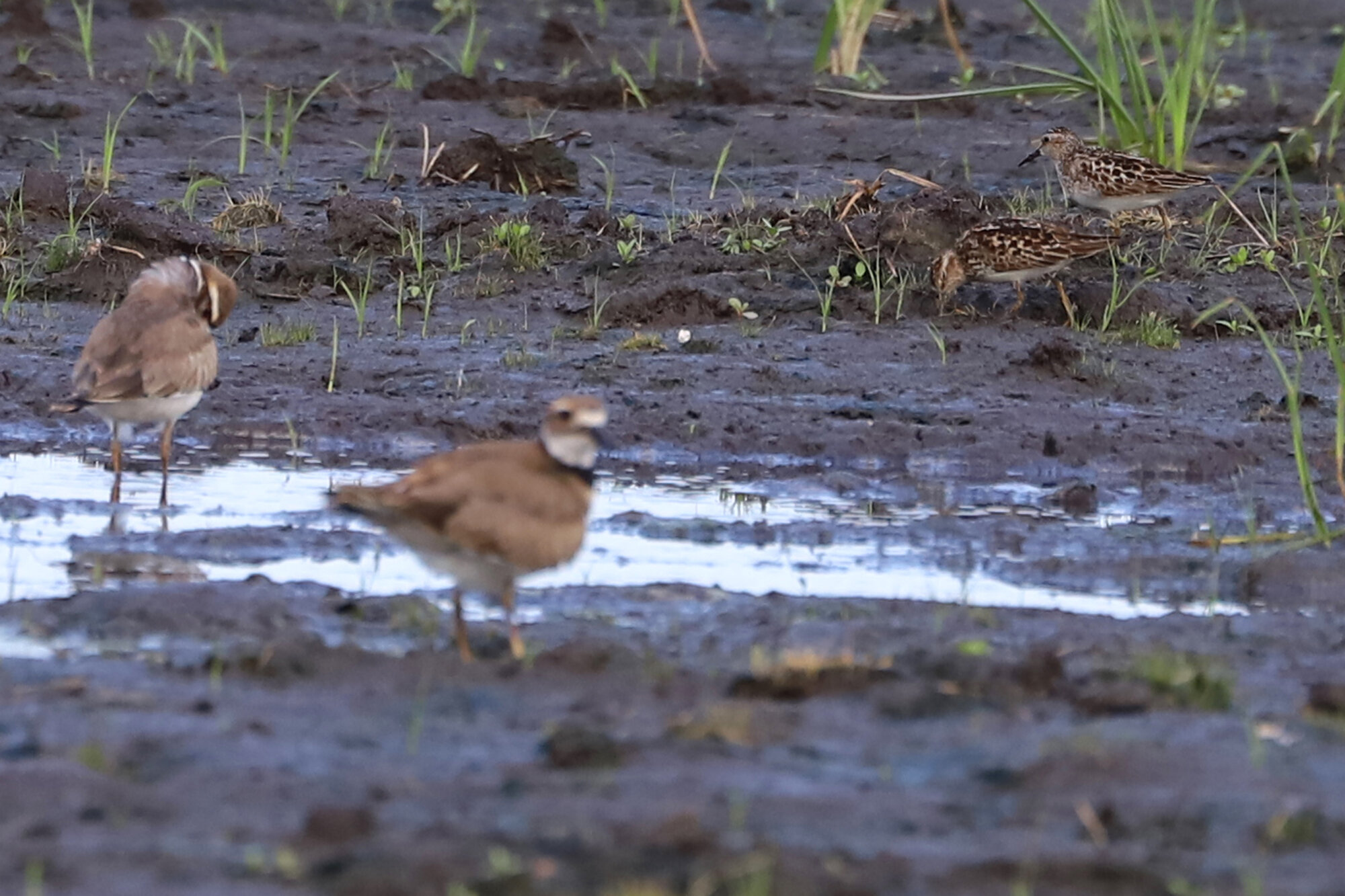
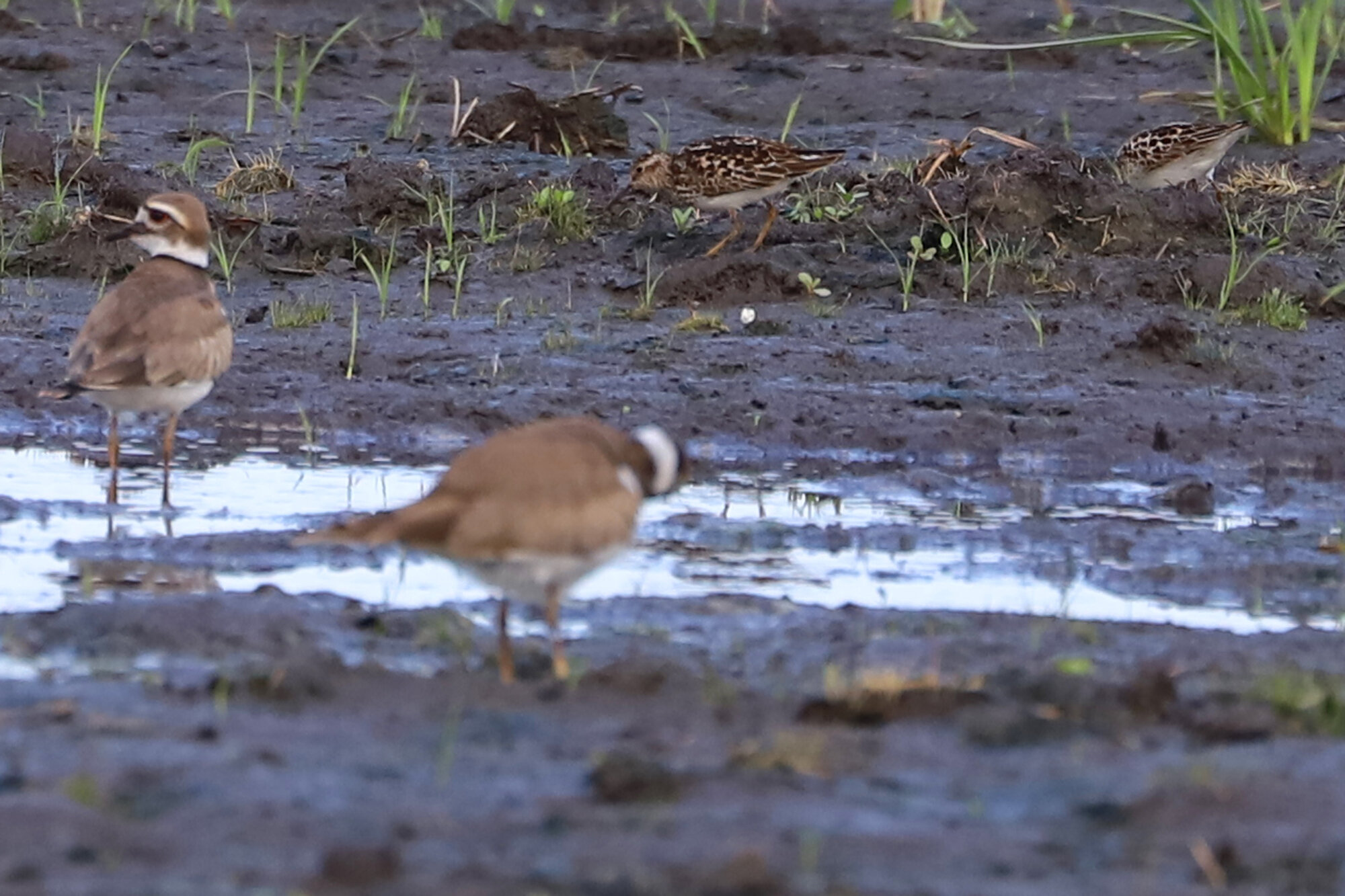
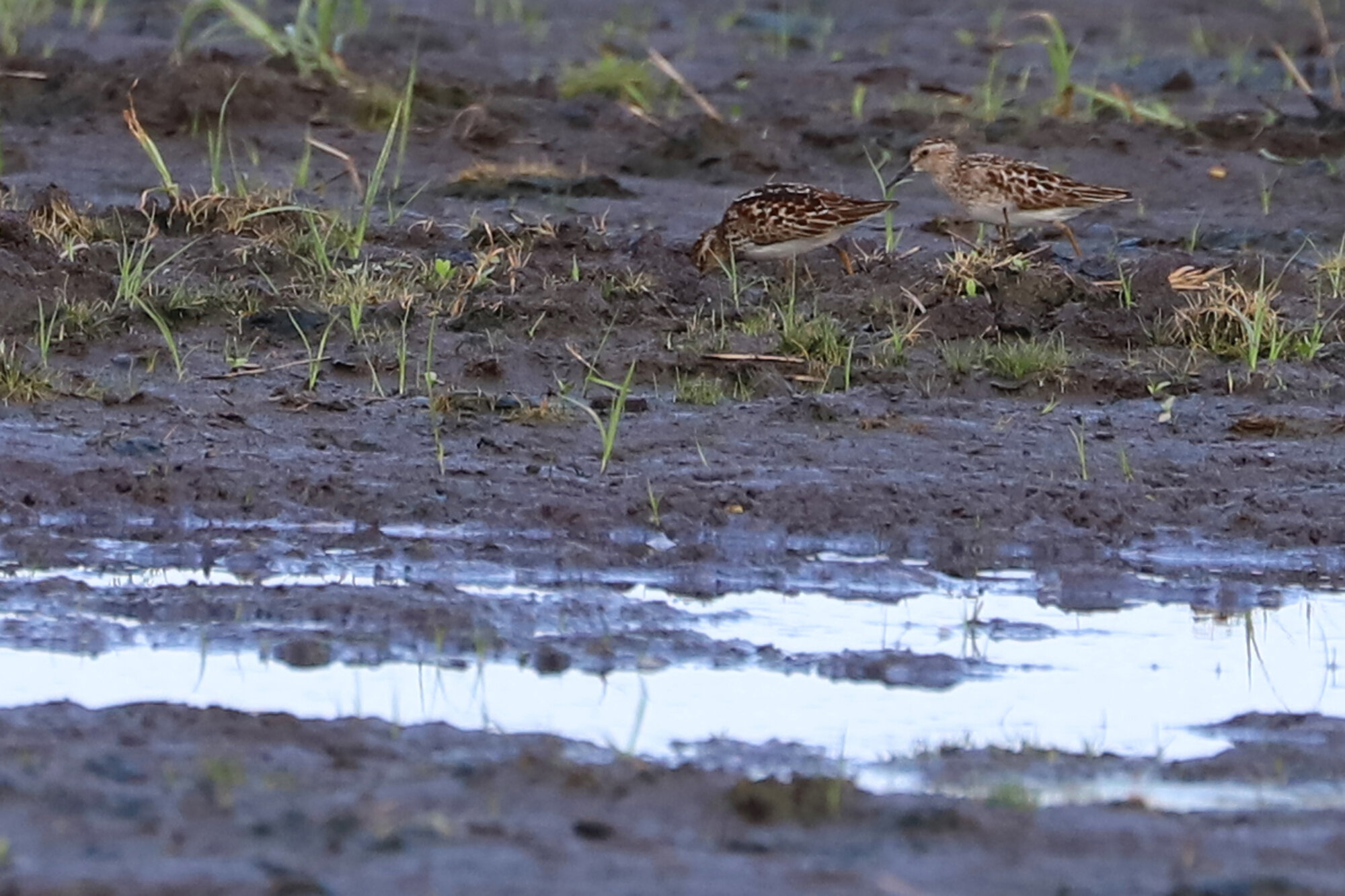
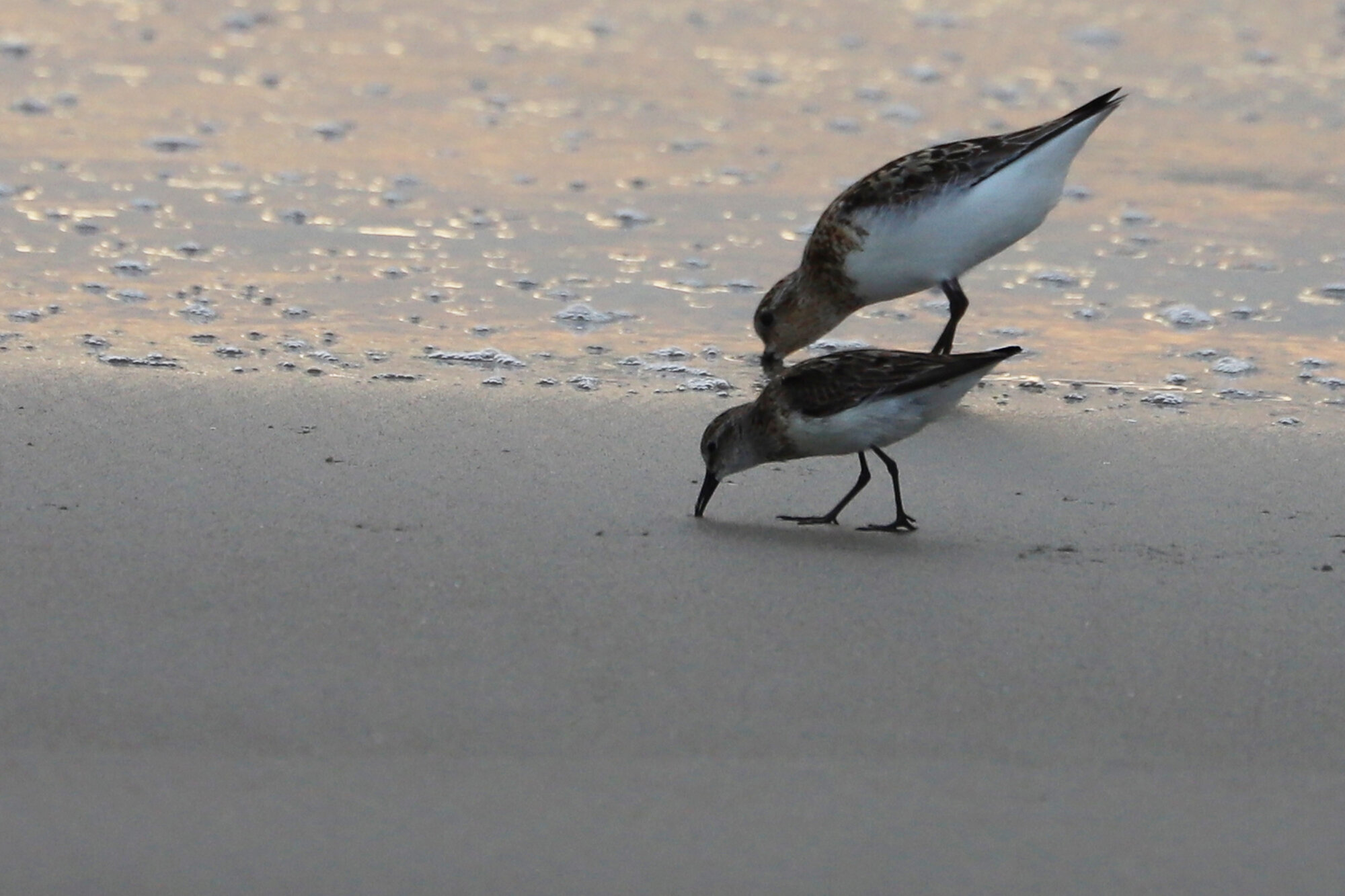
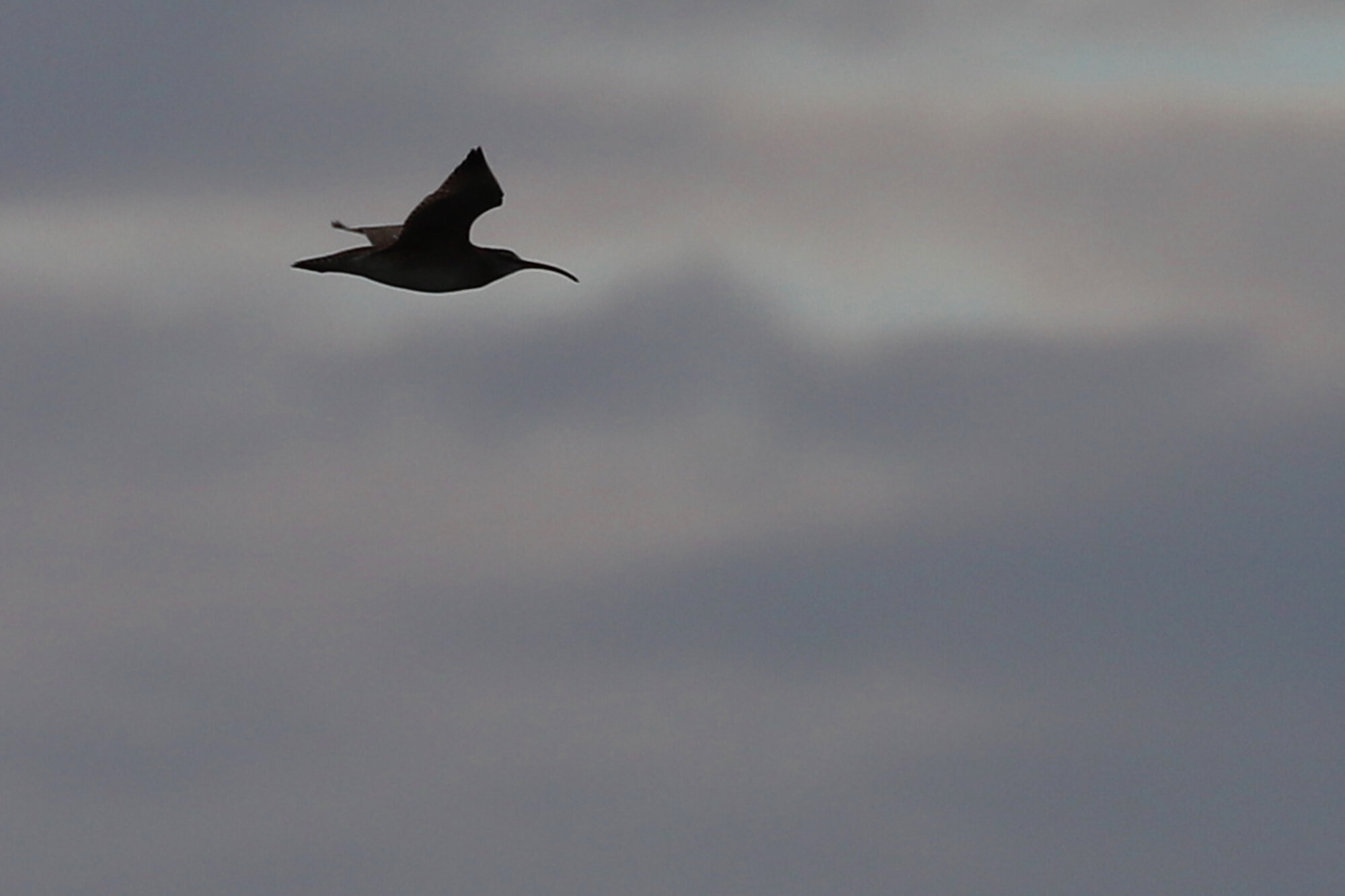
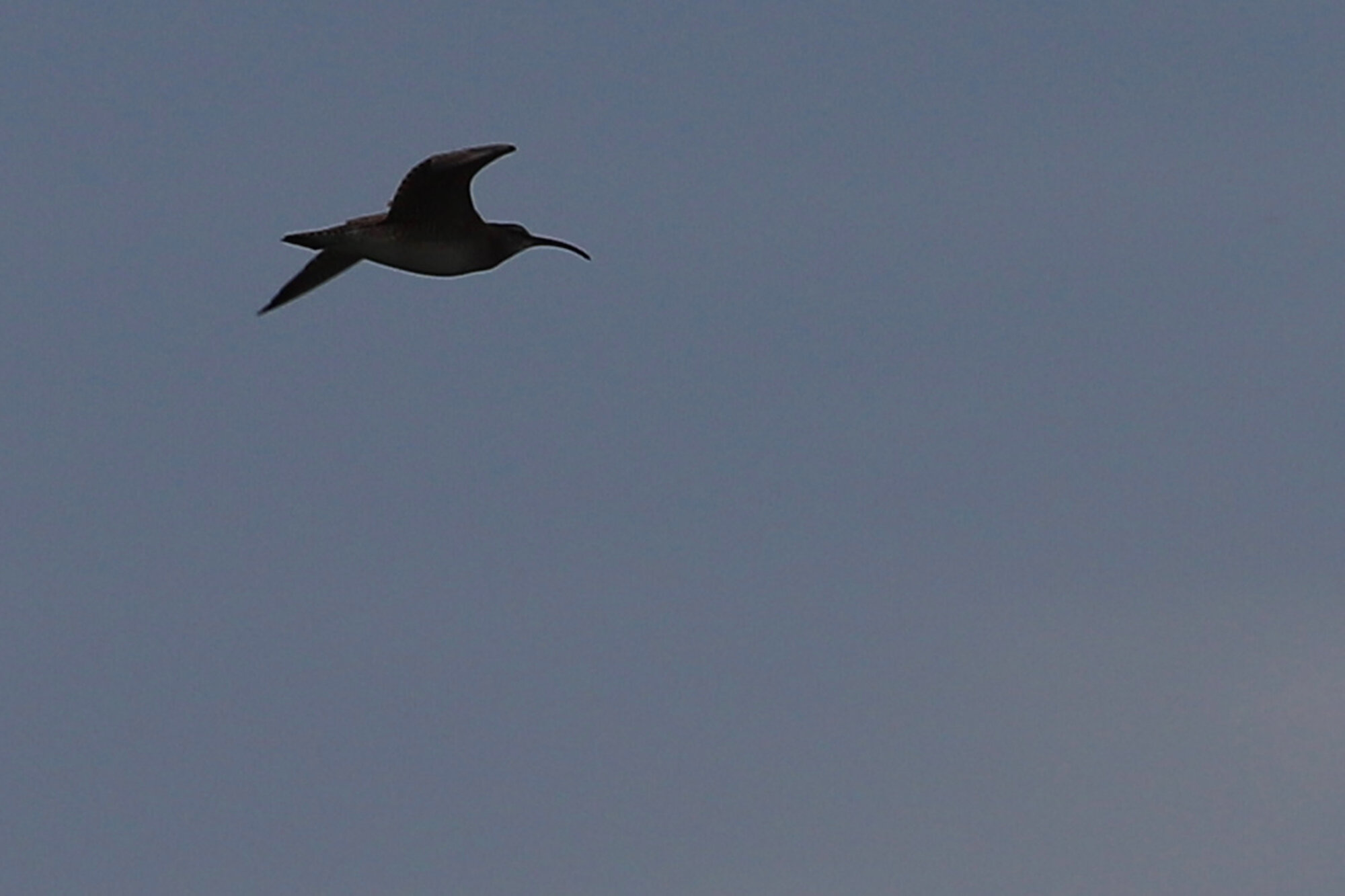
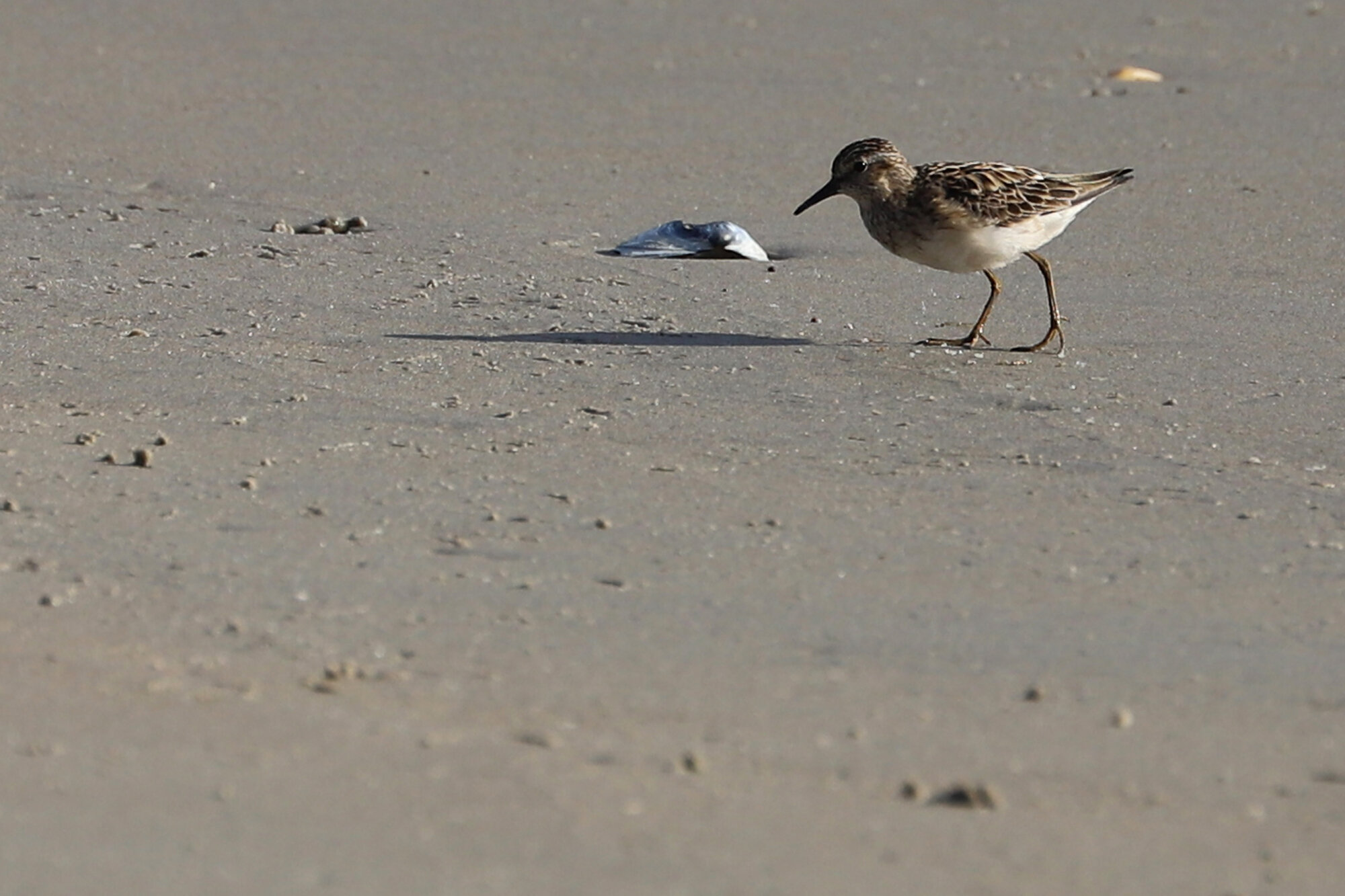
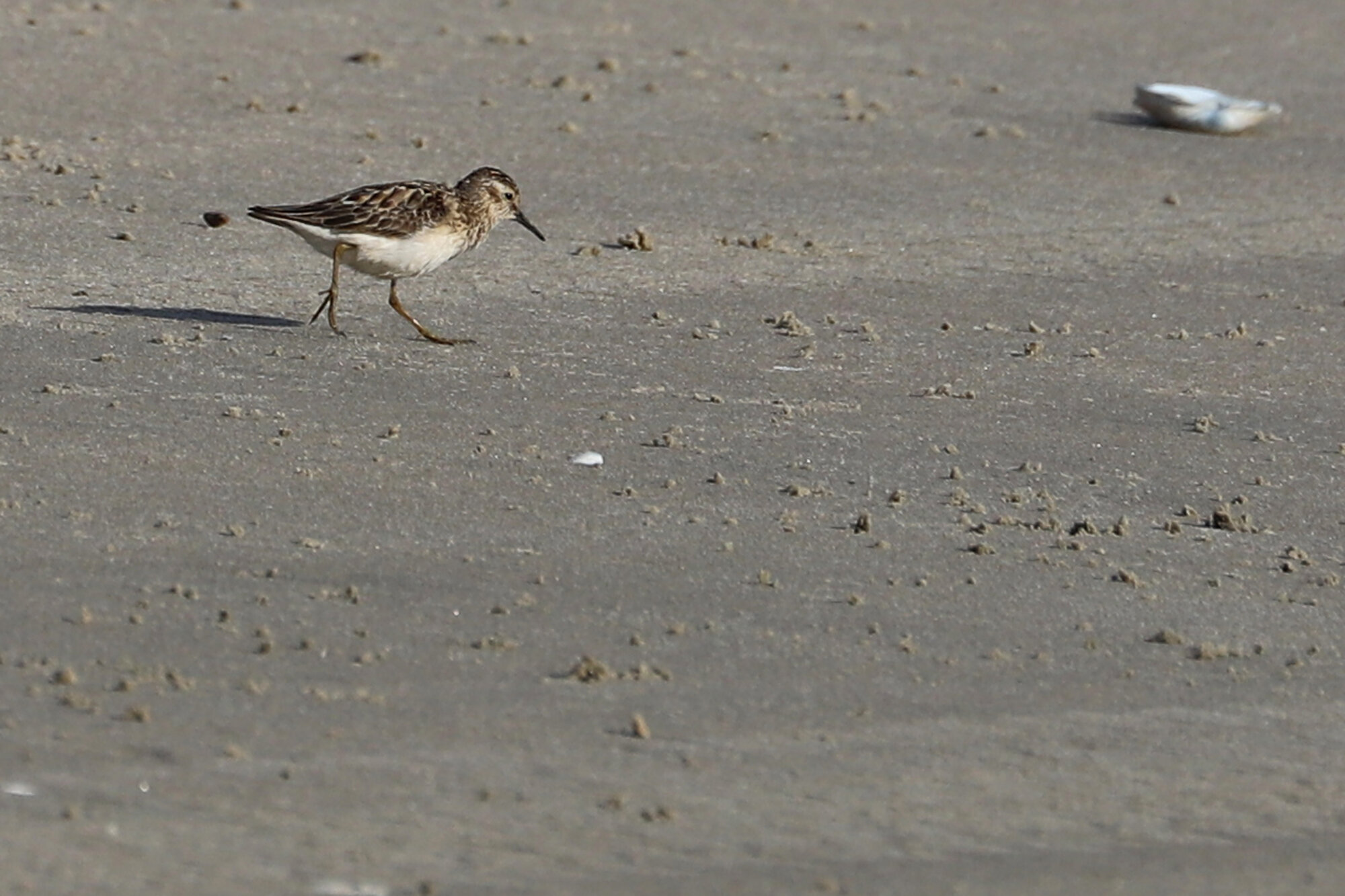
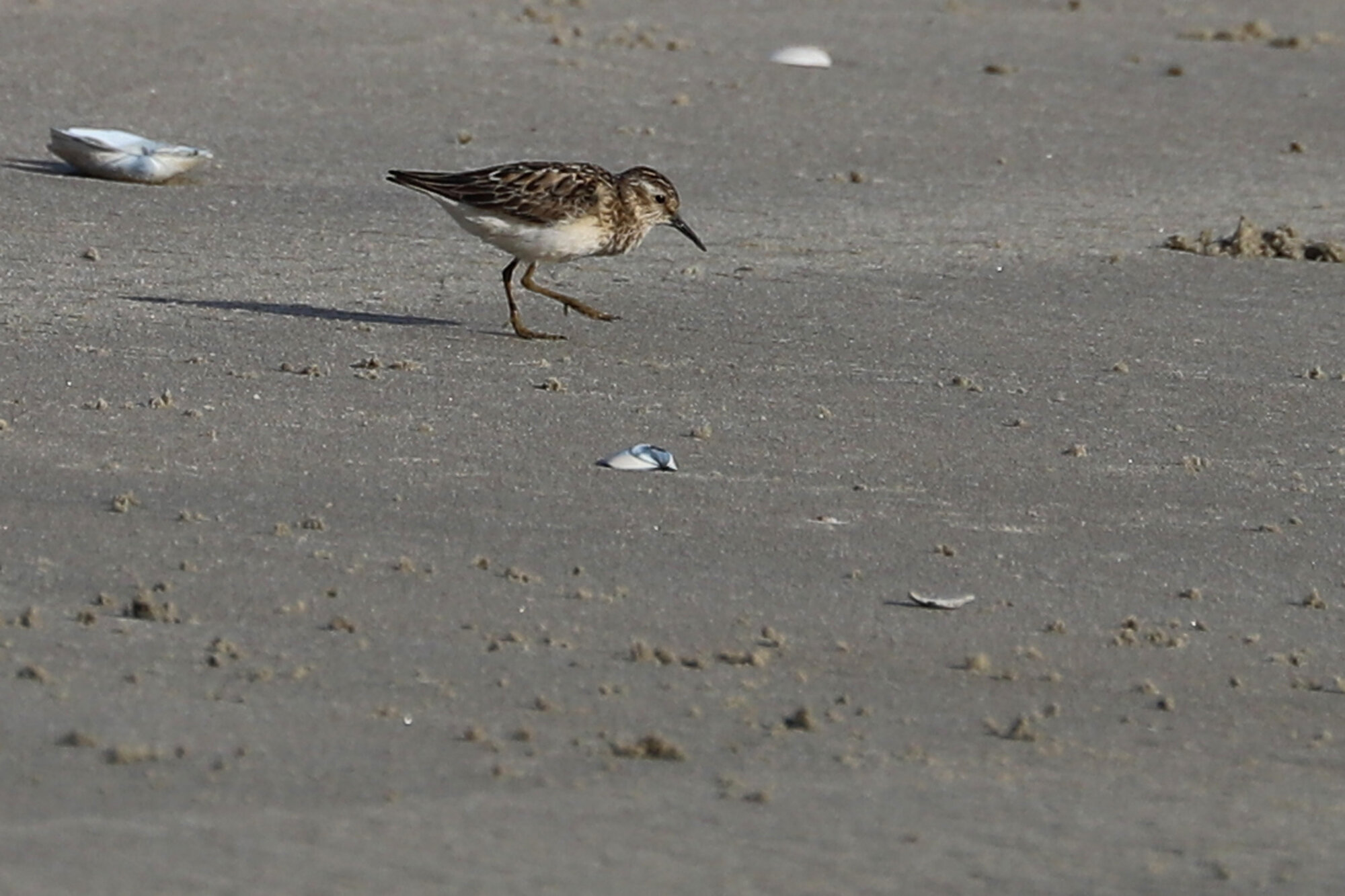
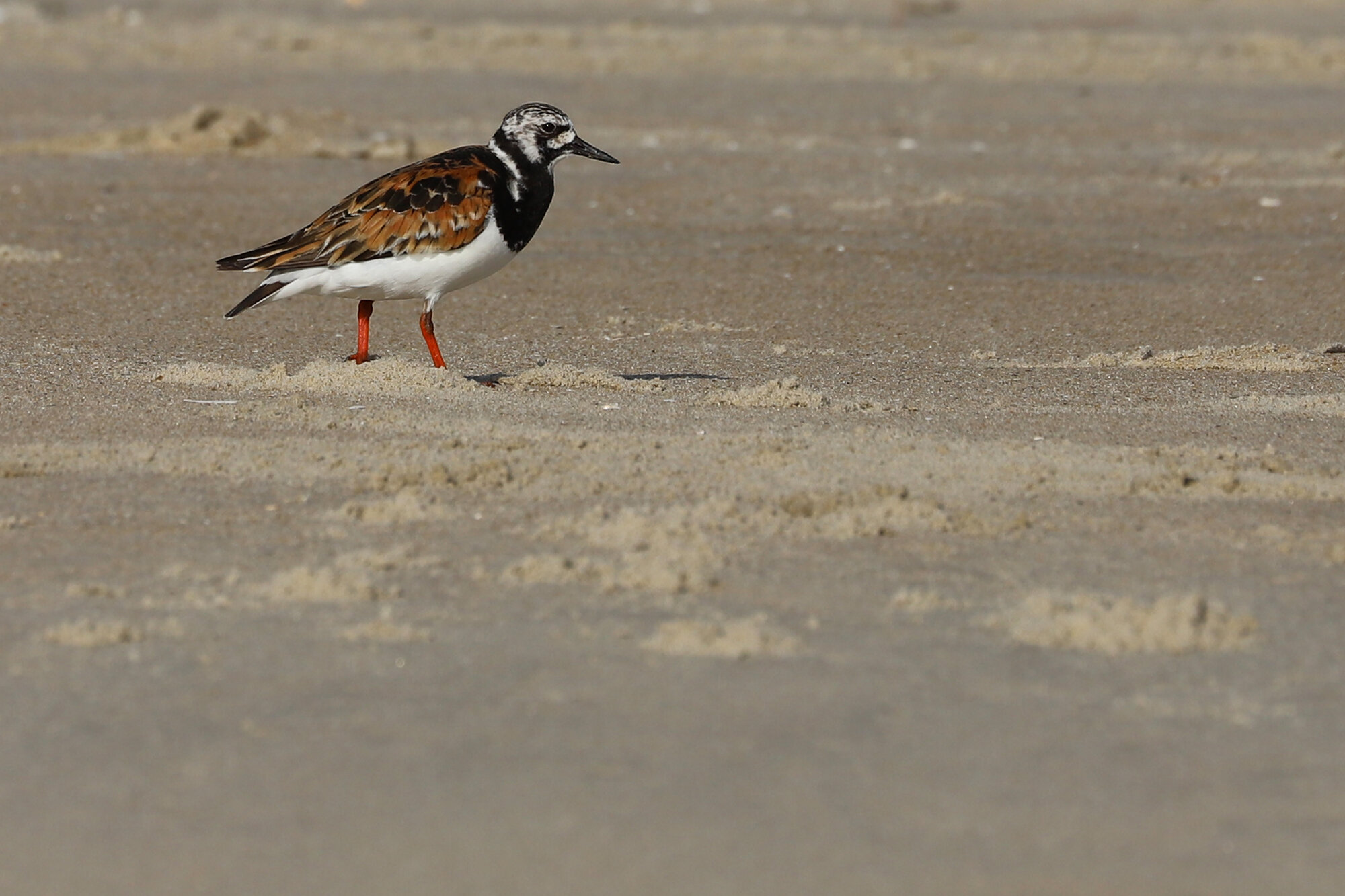
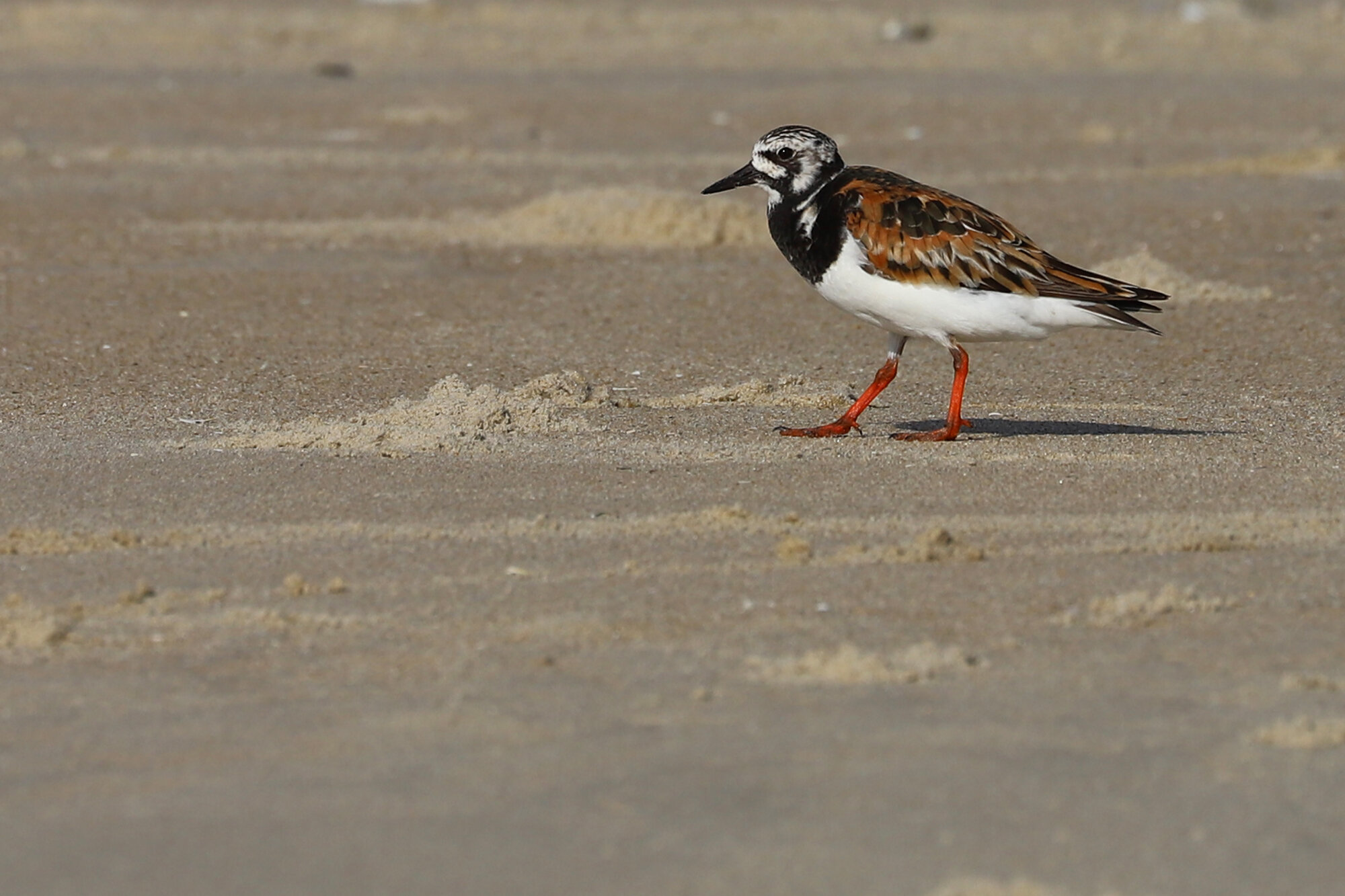
A very secretive breeder around Back Bay, a COMMON GALLINULE was photographed along the West Dike at False Cape SP on 10 Jul (ph. Marlee Fuller-Morris). Though up to two had been observed along the East Dike at the park during spring migration, this is the first record for the summer season at False Cape. Adjacent Back Bay NWR produced records for an individual from 6-10 Jun, also along the West Dike in the northwest corner of C Pool, which is several miles north of where the False Cape individual was found. Also, across the bay on the western shoreline, Princess Anne WMA Beasley Tract produced records for up to three individuals from 28 Apr through 14 May. Interestingly, the False Cape individual was the only report for the species in not just Virginia Beach during July, but in all of Virginia making it all the more excellent a find! (Jul 2020 Map)
With post-breeding dispersal underway for waders, and southbound shorebirds already on the move, we were fortunate to see a record for AMERICAN AVOCET, our first for the calendar year, at Pleasure House Point NA on 11 Jul (vis. James Flynn). Though others arrived fairly quickly after the eBird alert was triggered, unfortunately this individual was not seen again, and most likely was either bumped from the tidal flats by recreational boaters/kayakers, or it left as the tide came in and overtook the mudflats. The day prior, one had been found at Hog Island WMA in Surry County, and the following day a pair were present at Lake Shenandoah in Rockingham County, so clearly this species in on the move, away from known nesting areas which do not include any of the locations these three records pertain to. Last year, we also had a single record in July, an in-flight individual cruising over Back Bay on 25 Jul 2019 (ph. Charlie Bruggemann). Our only other record since then was also at the refuge, on 2 Oct 2019 (ph. Eric Alton). So this is a difficult species to pin down locally, but it is clearly one to be looking for this time of year. (Jul 2020 Map)
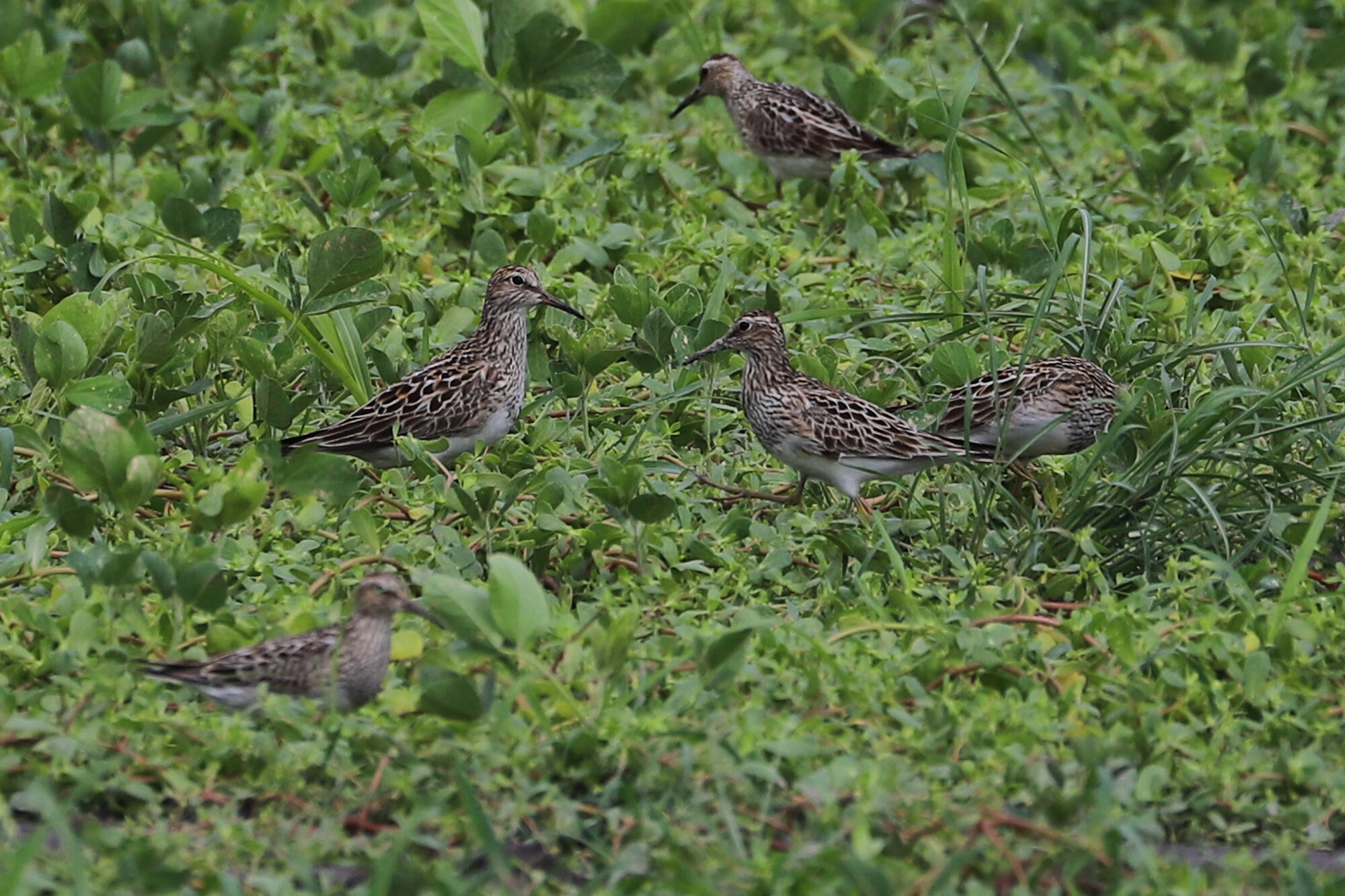

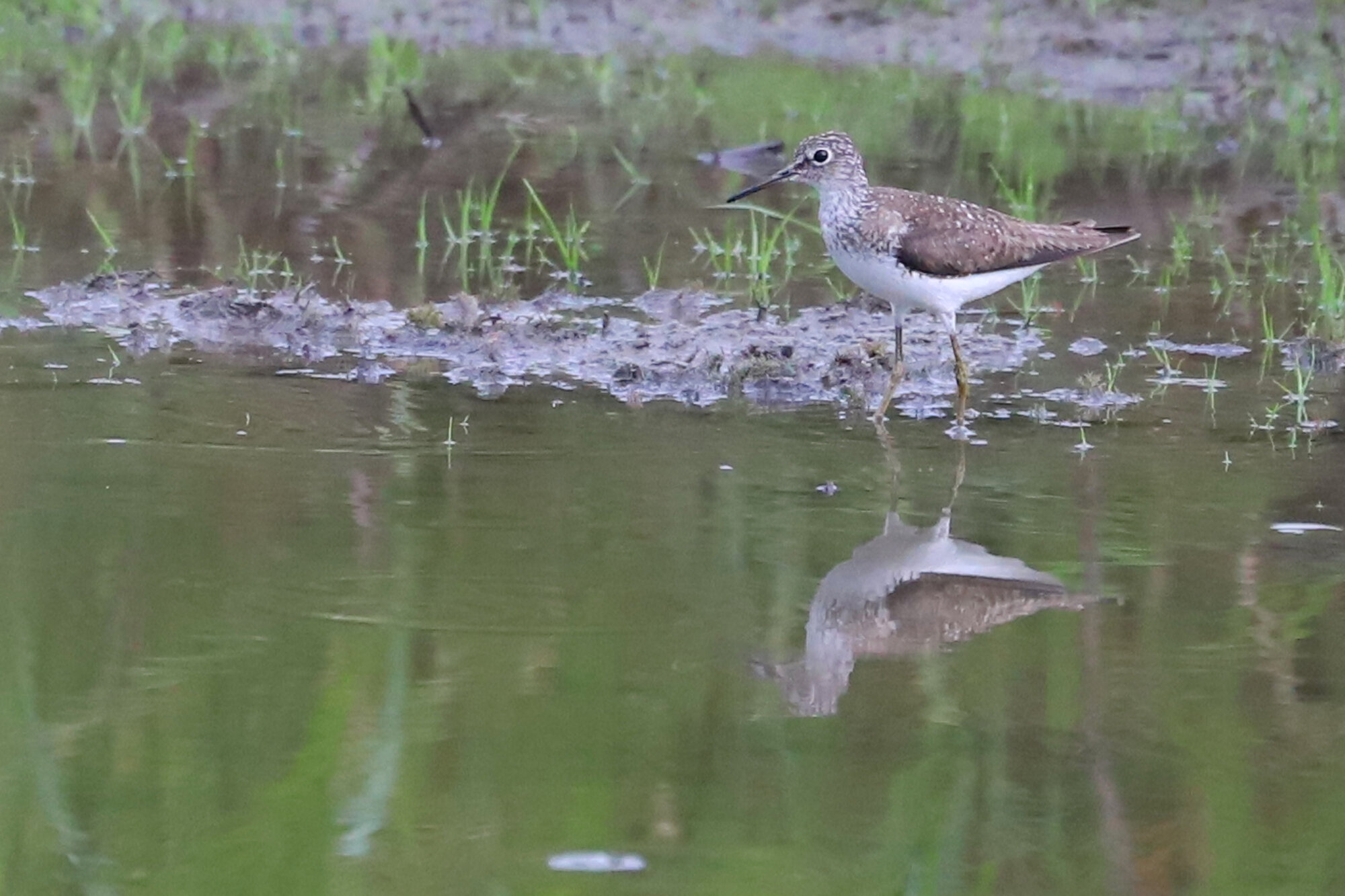
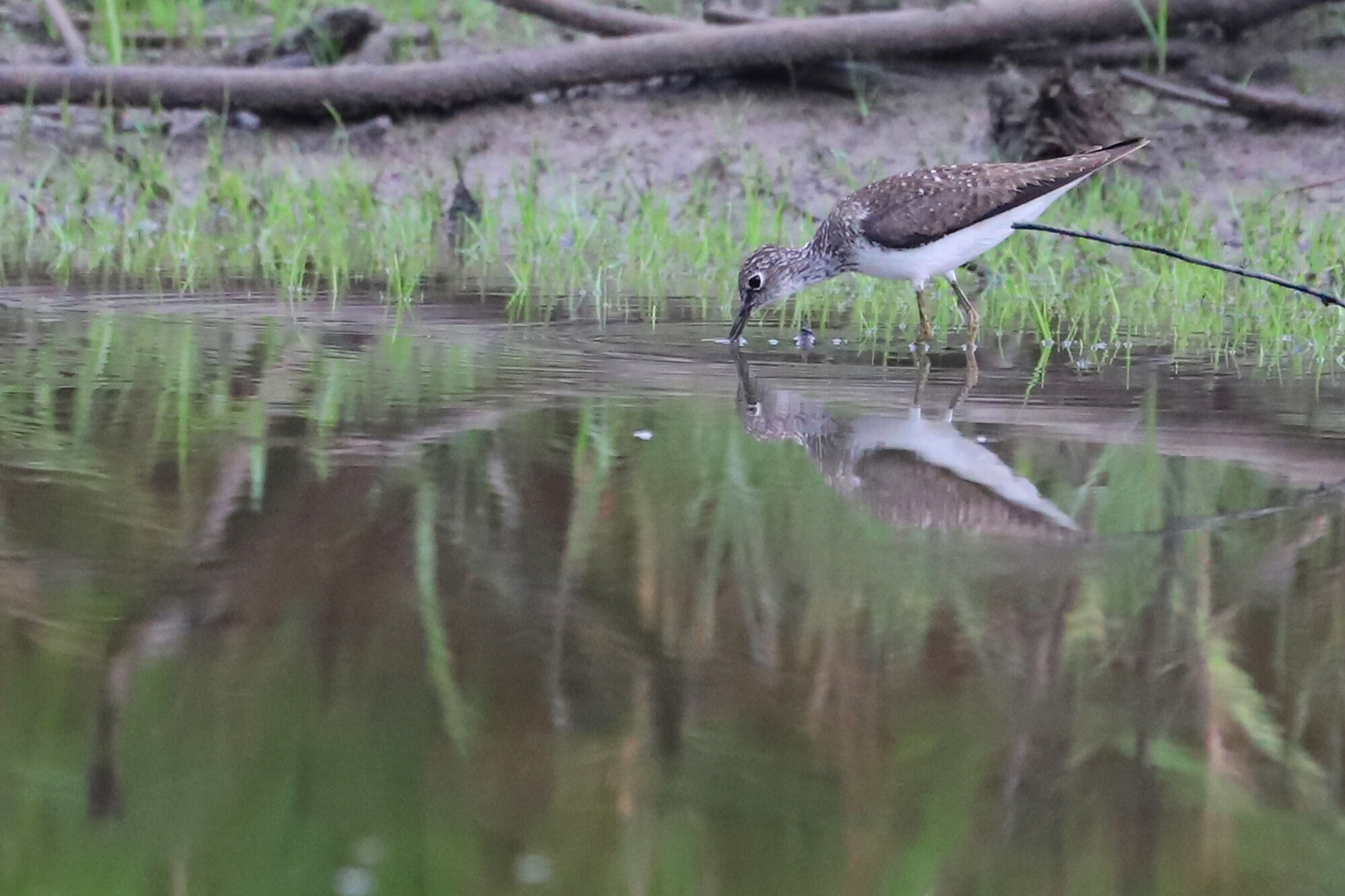
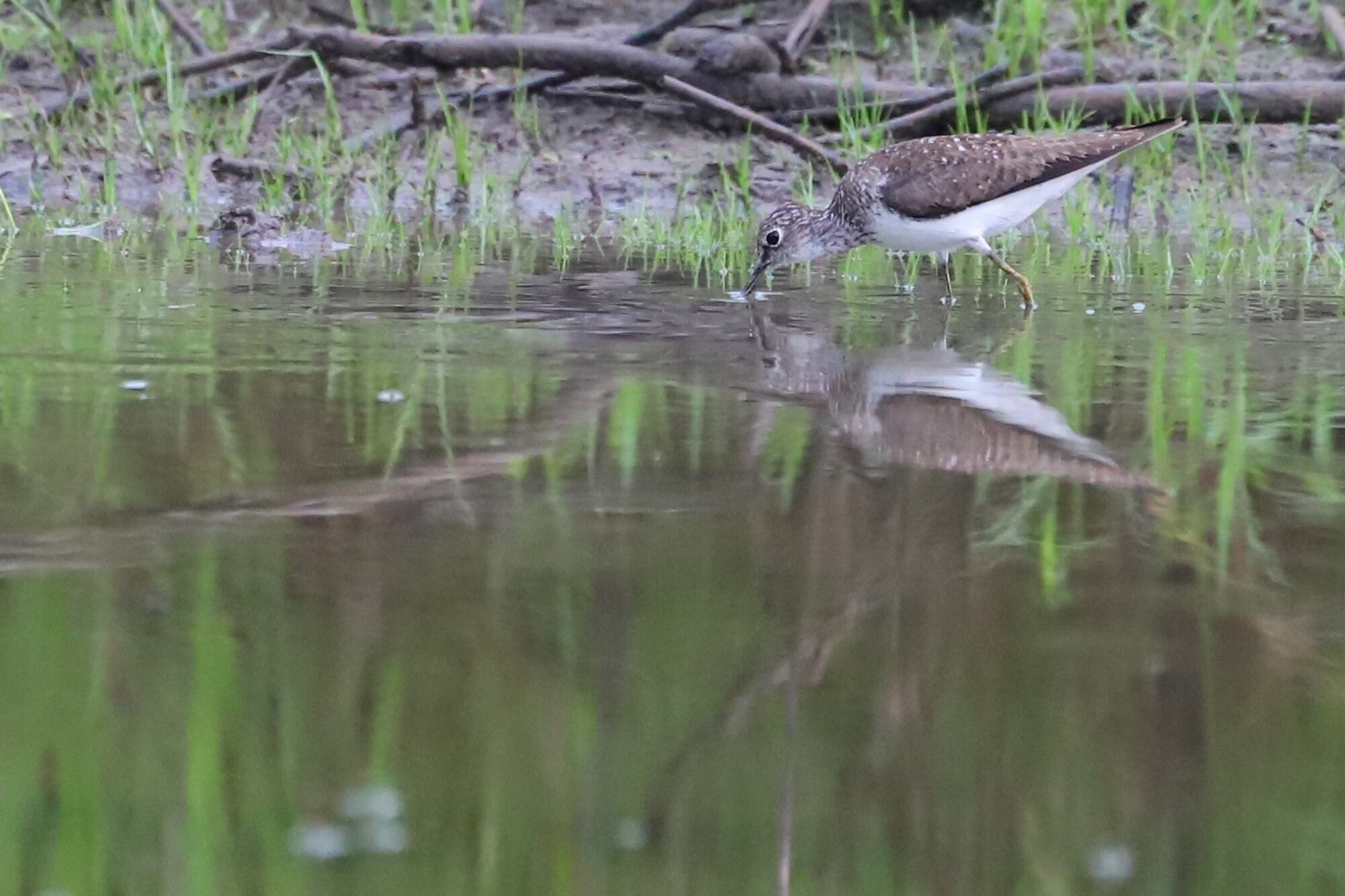
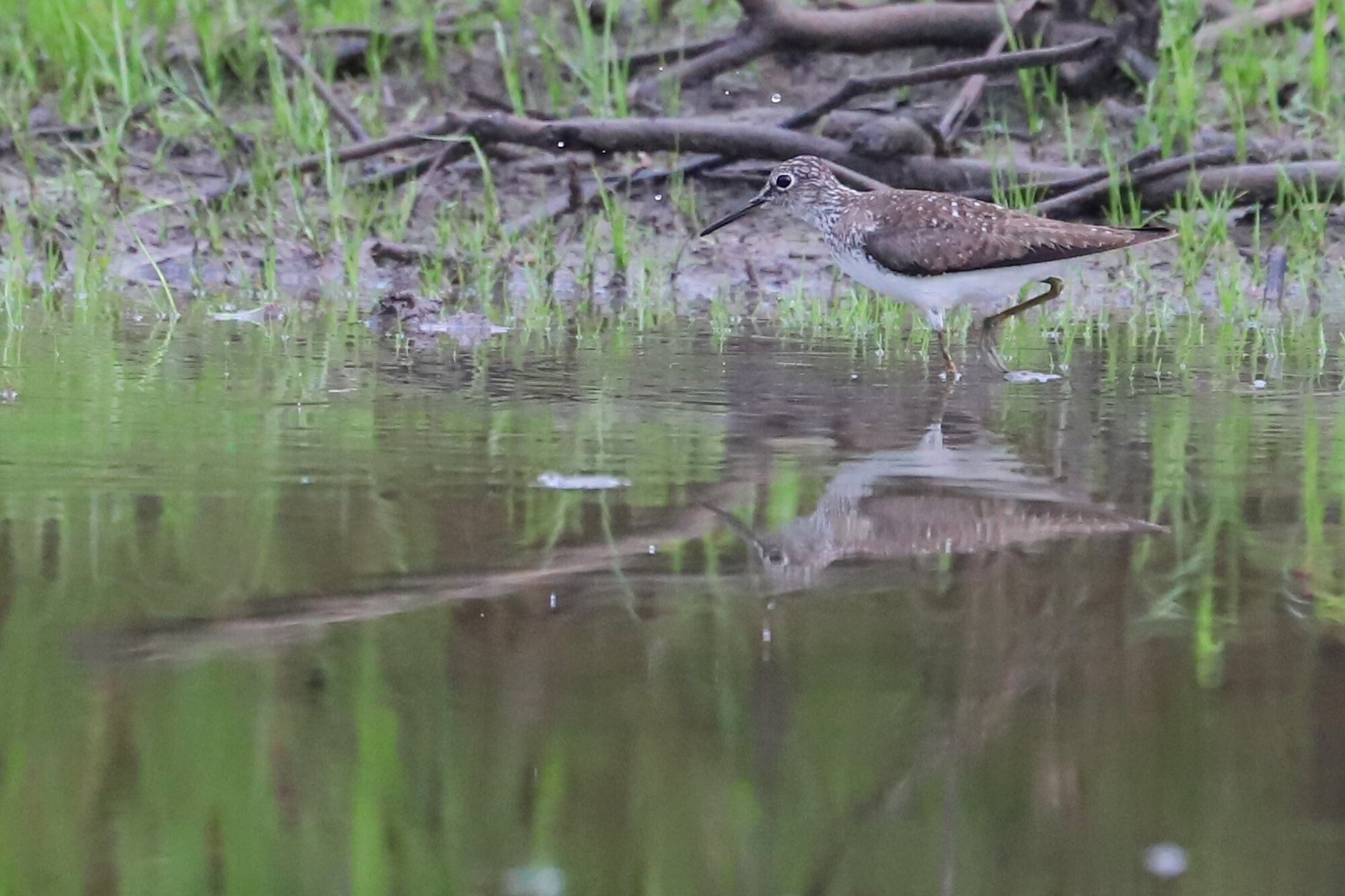
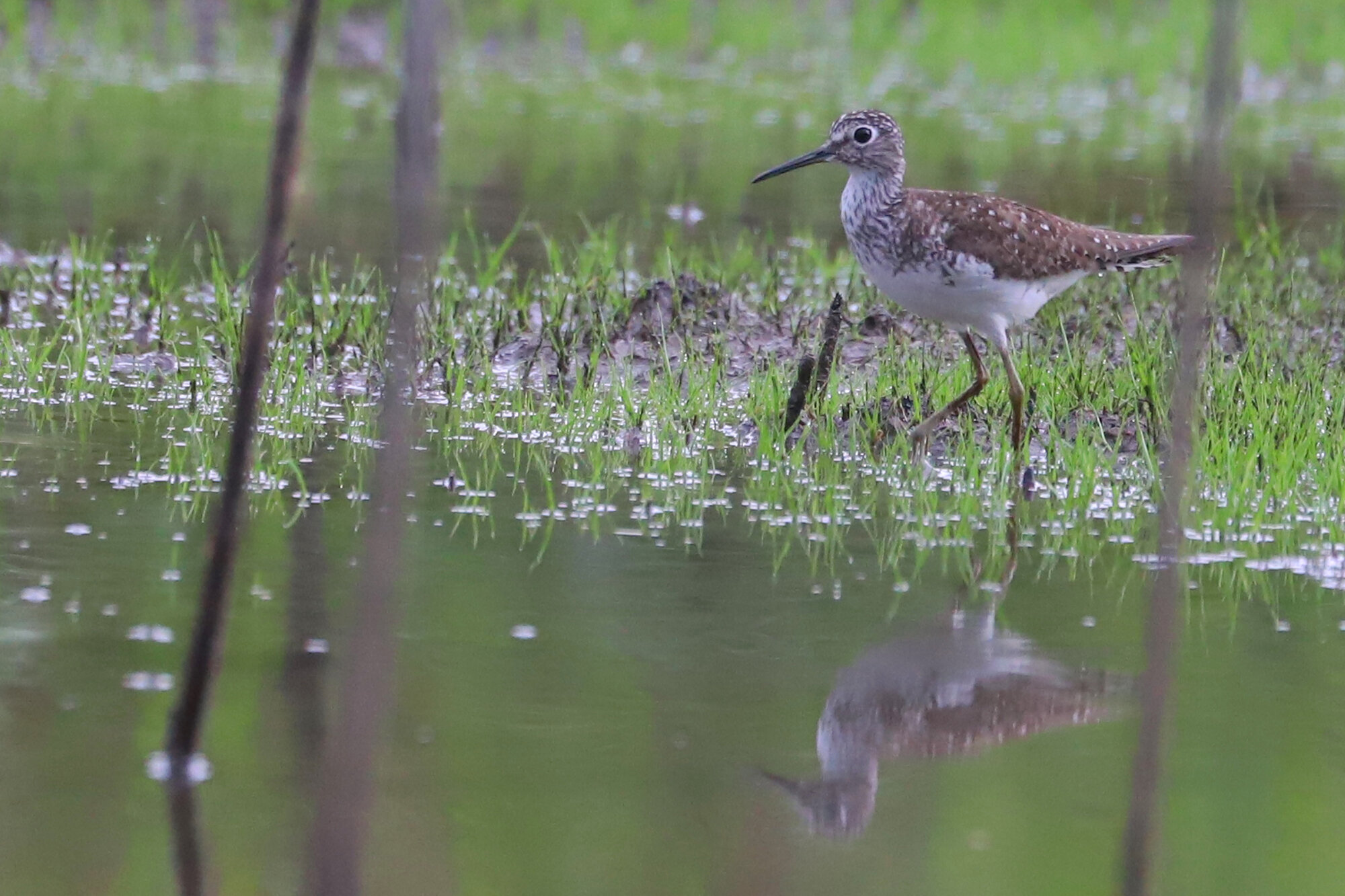
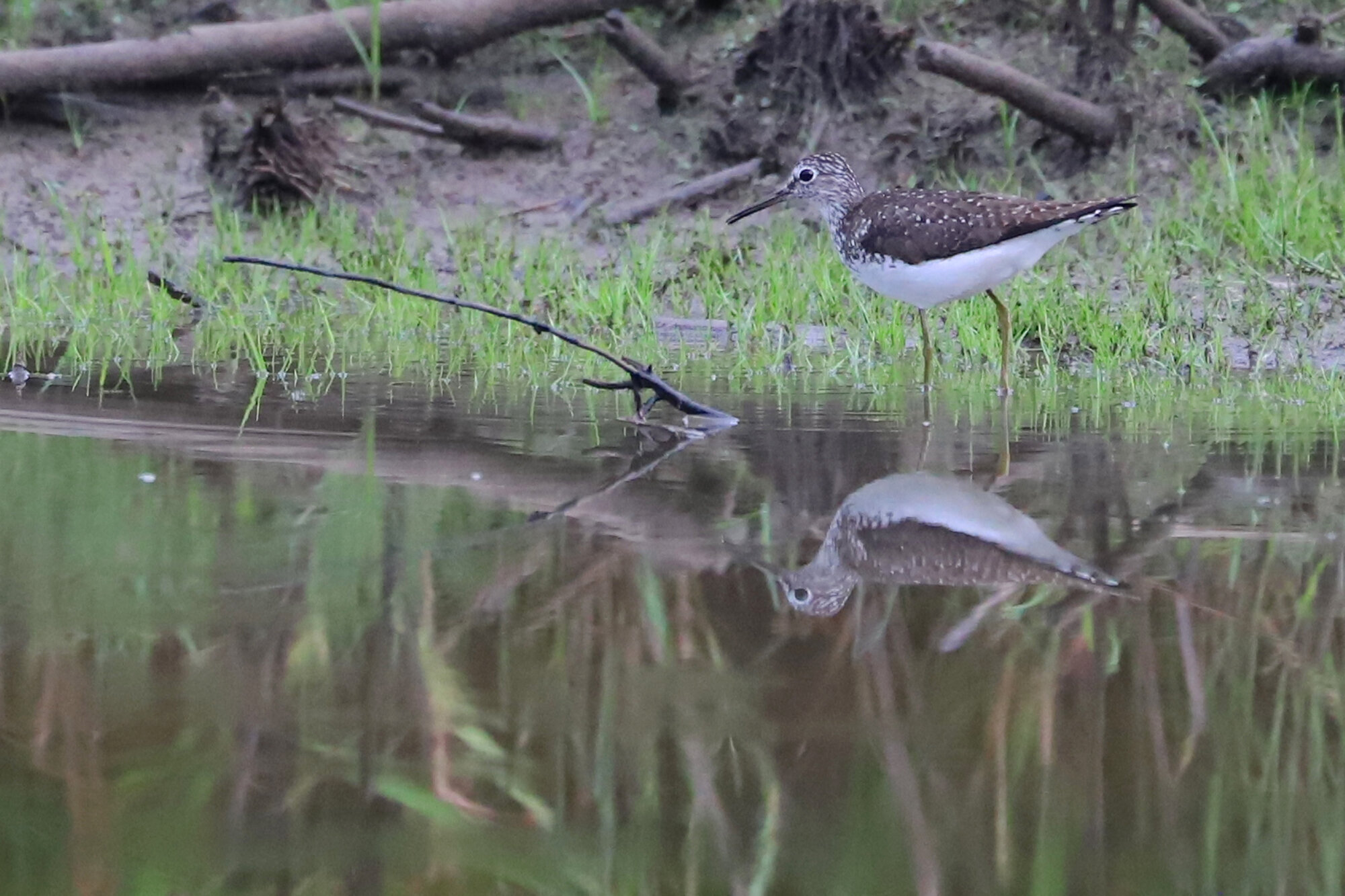
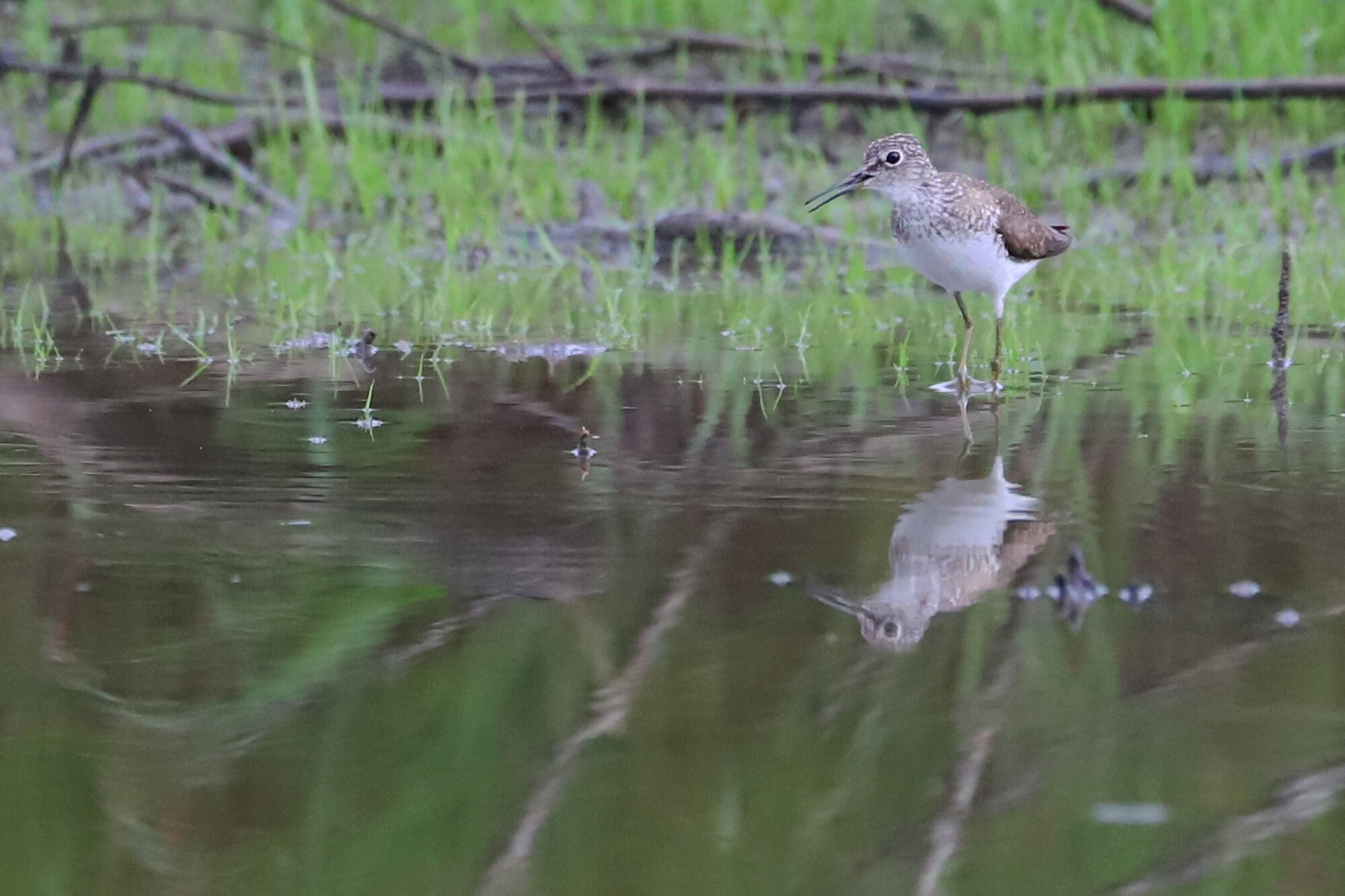
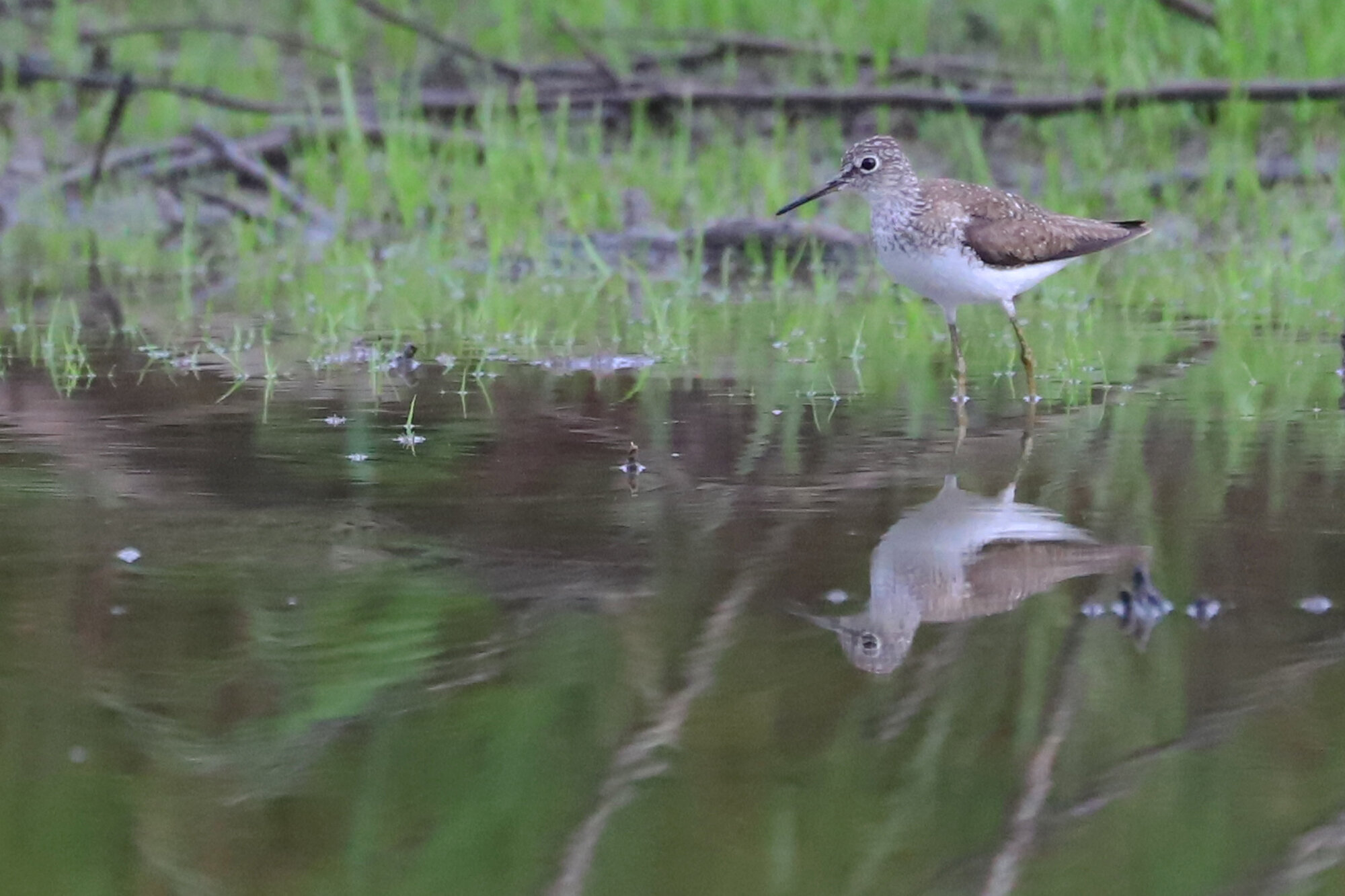

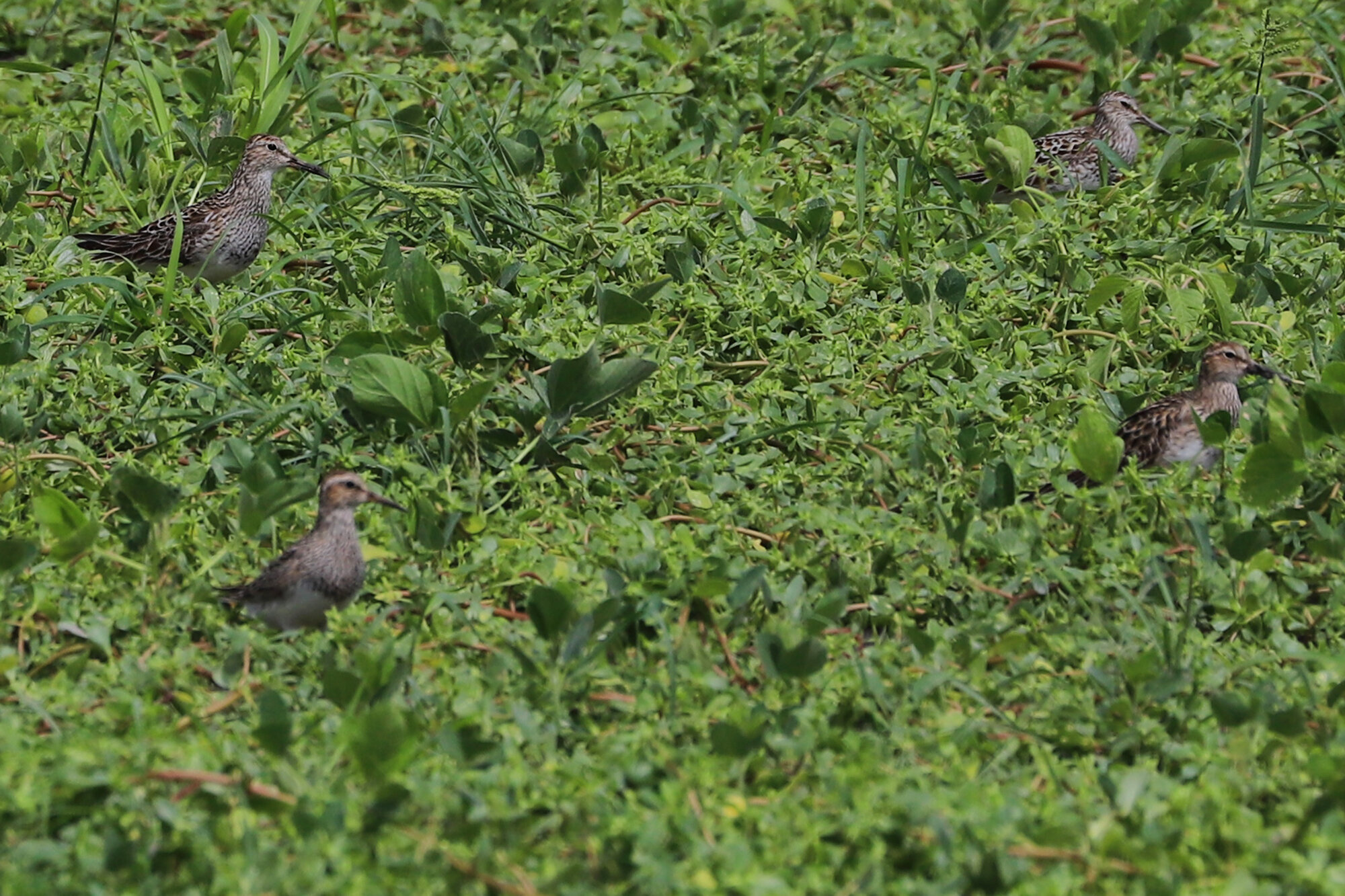
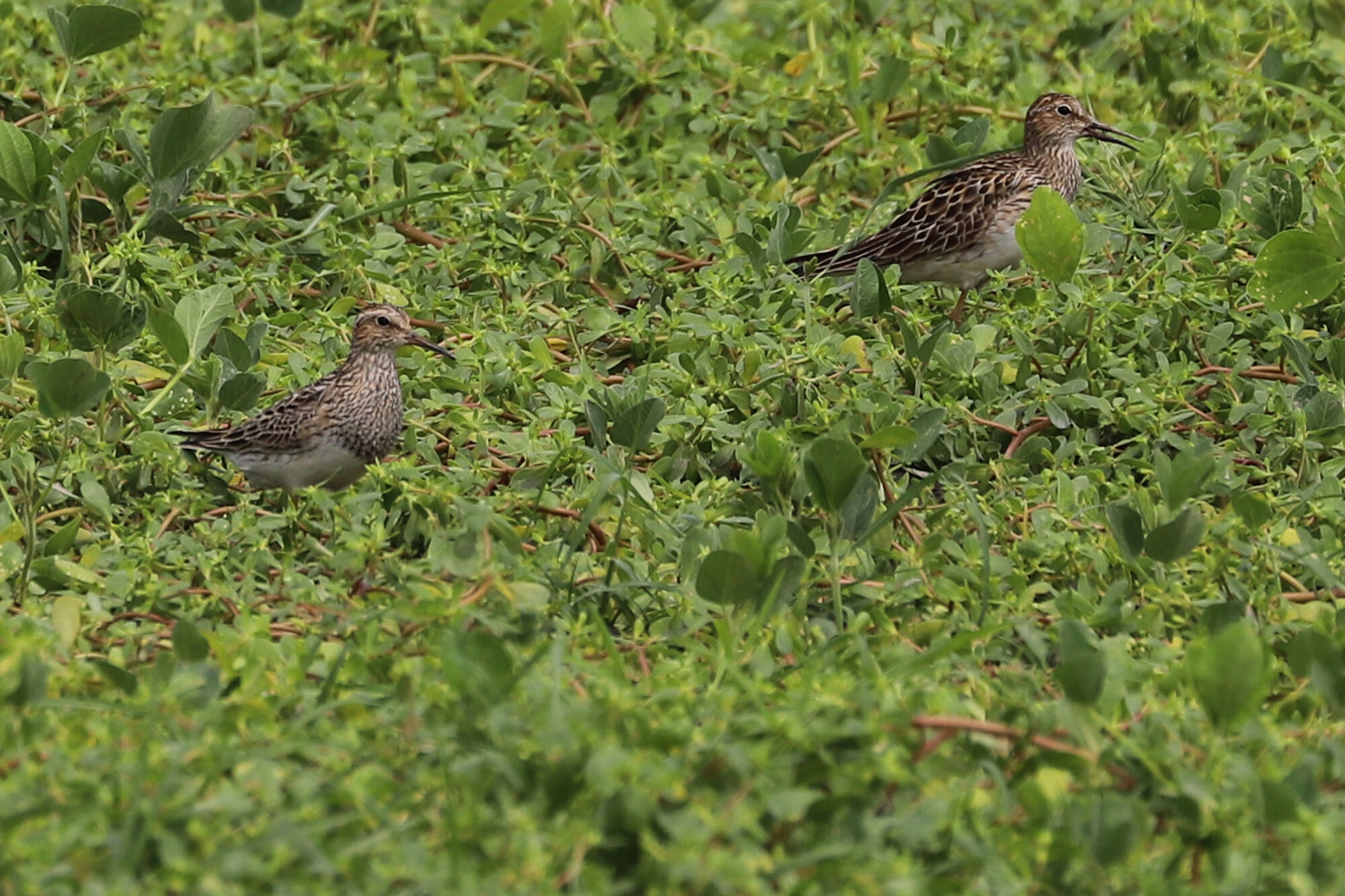
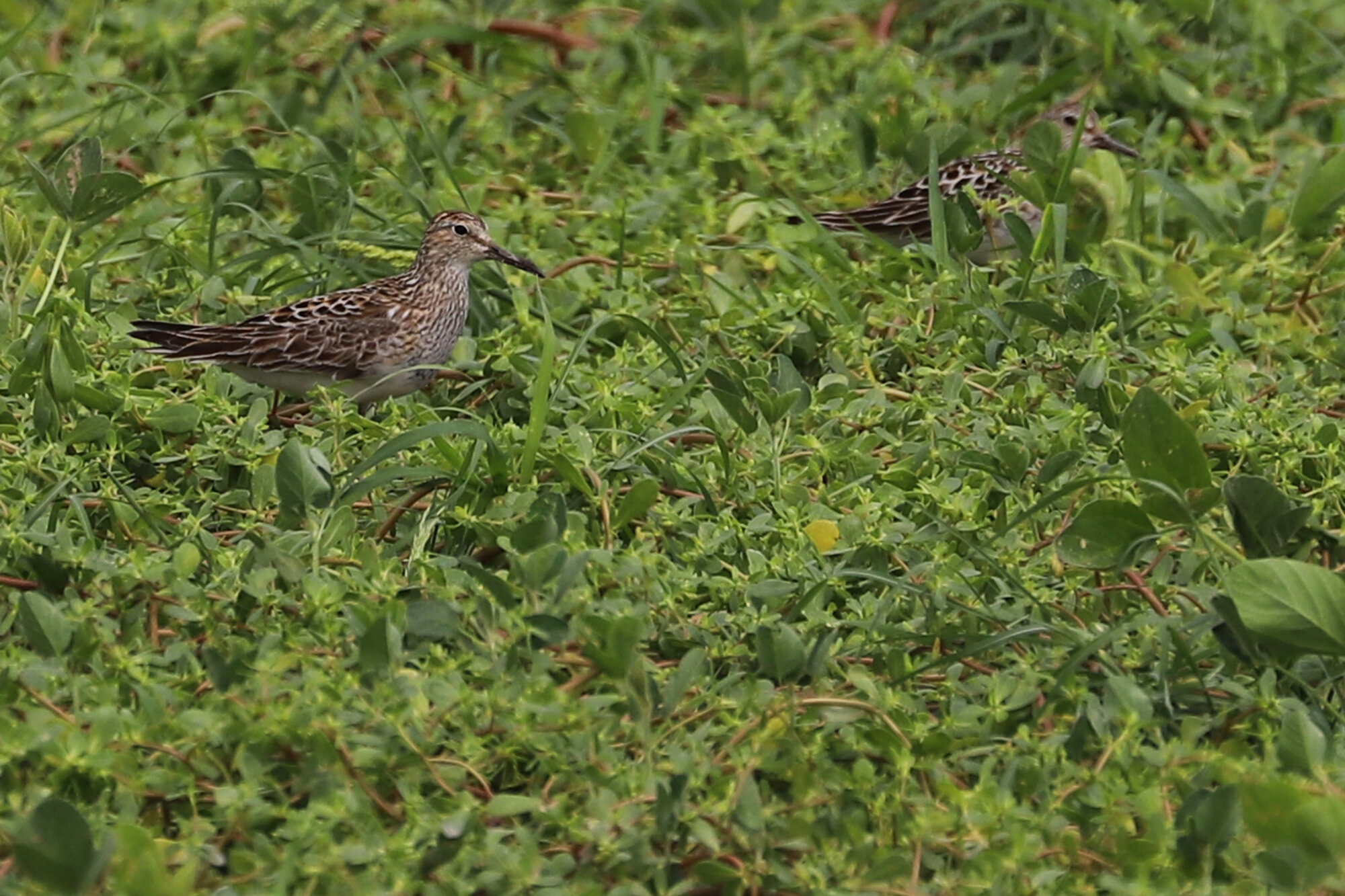
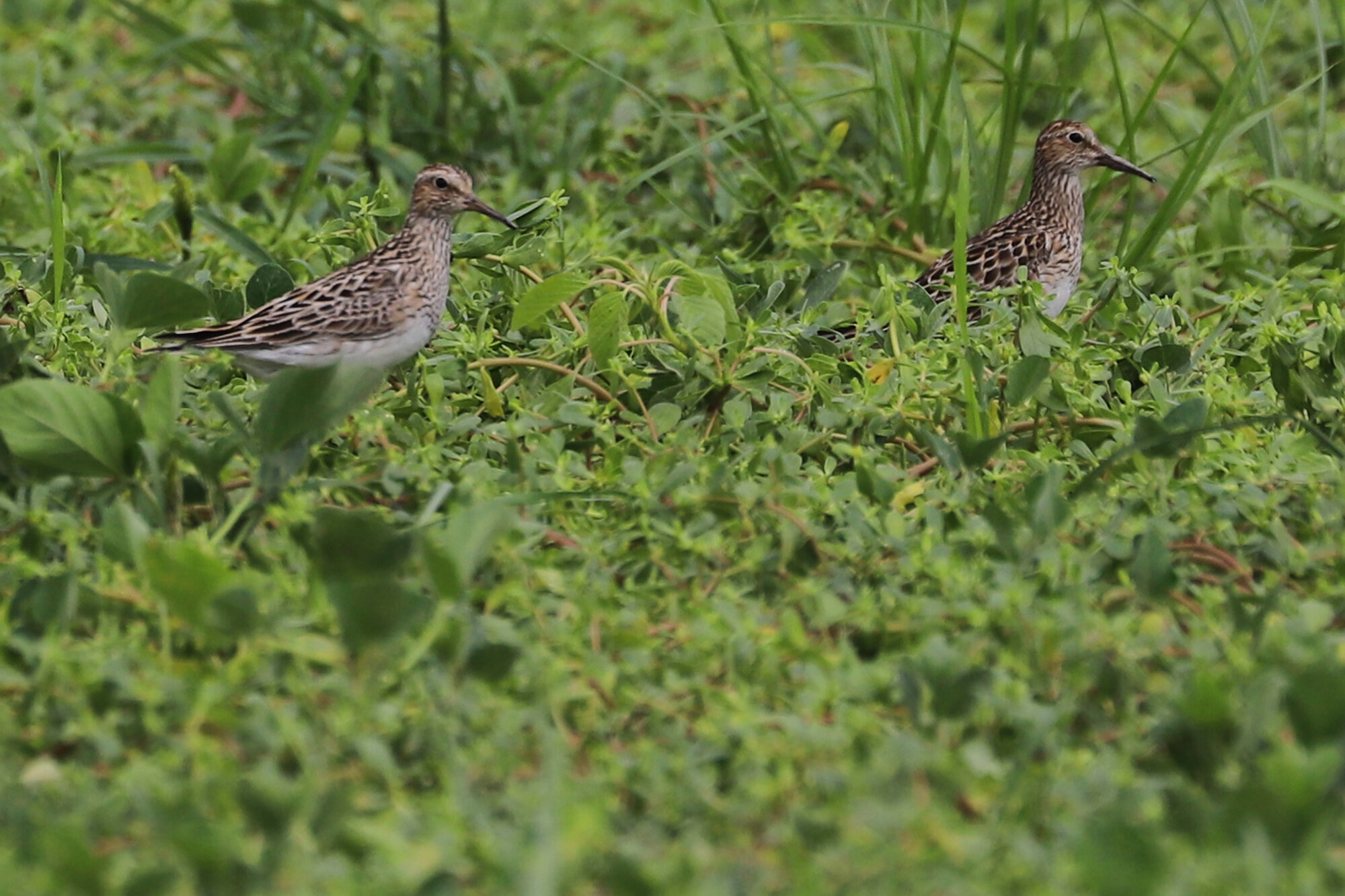

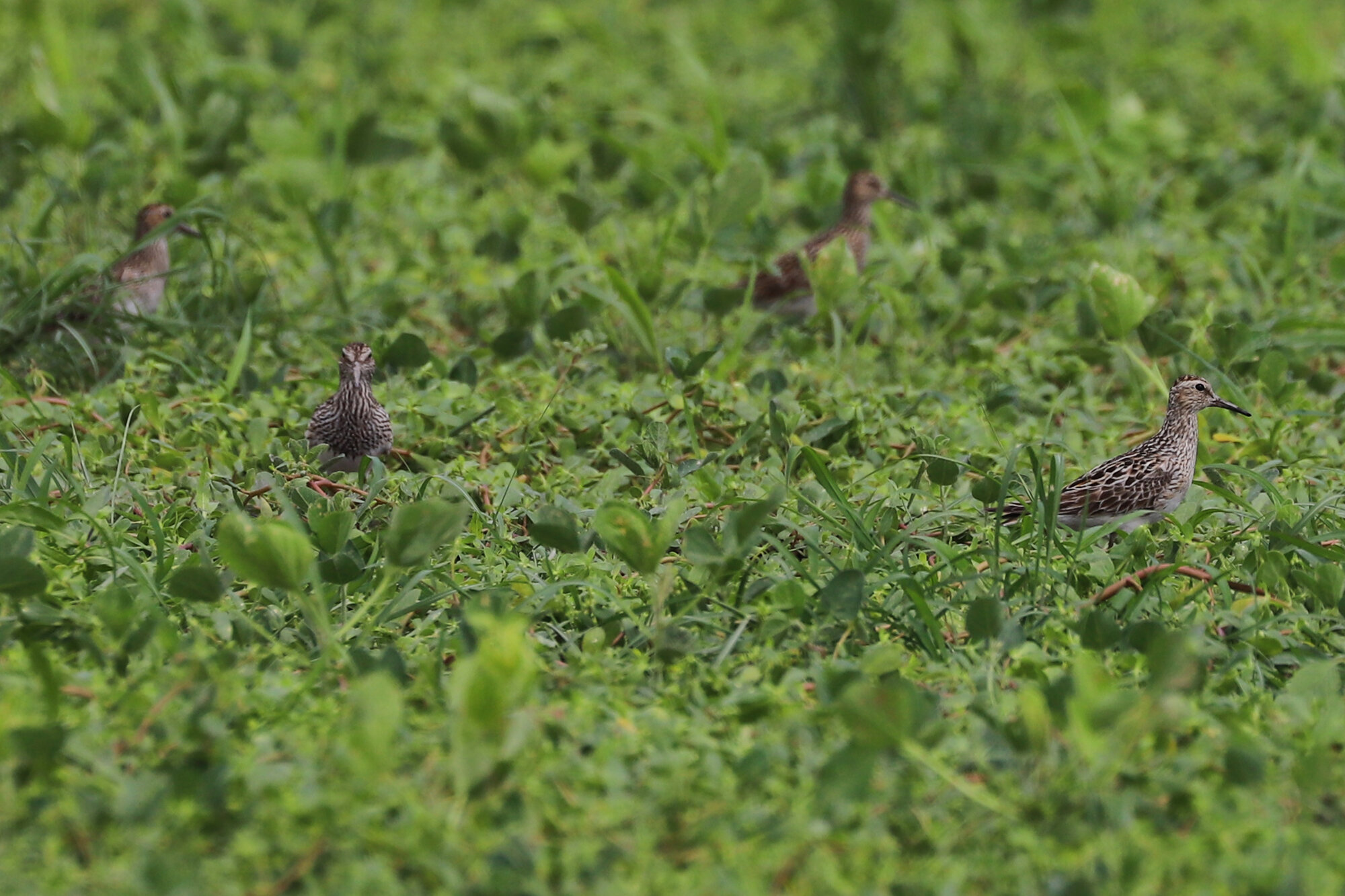
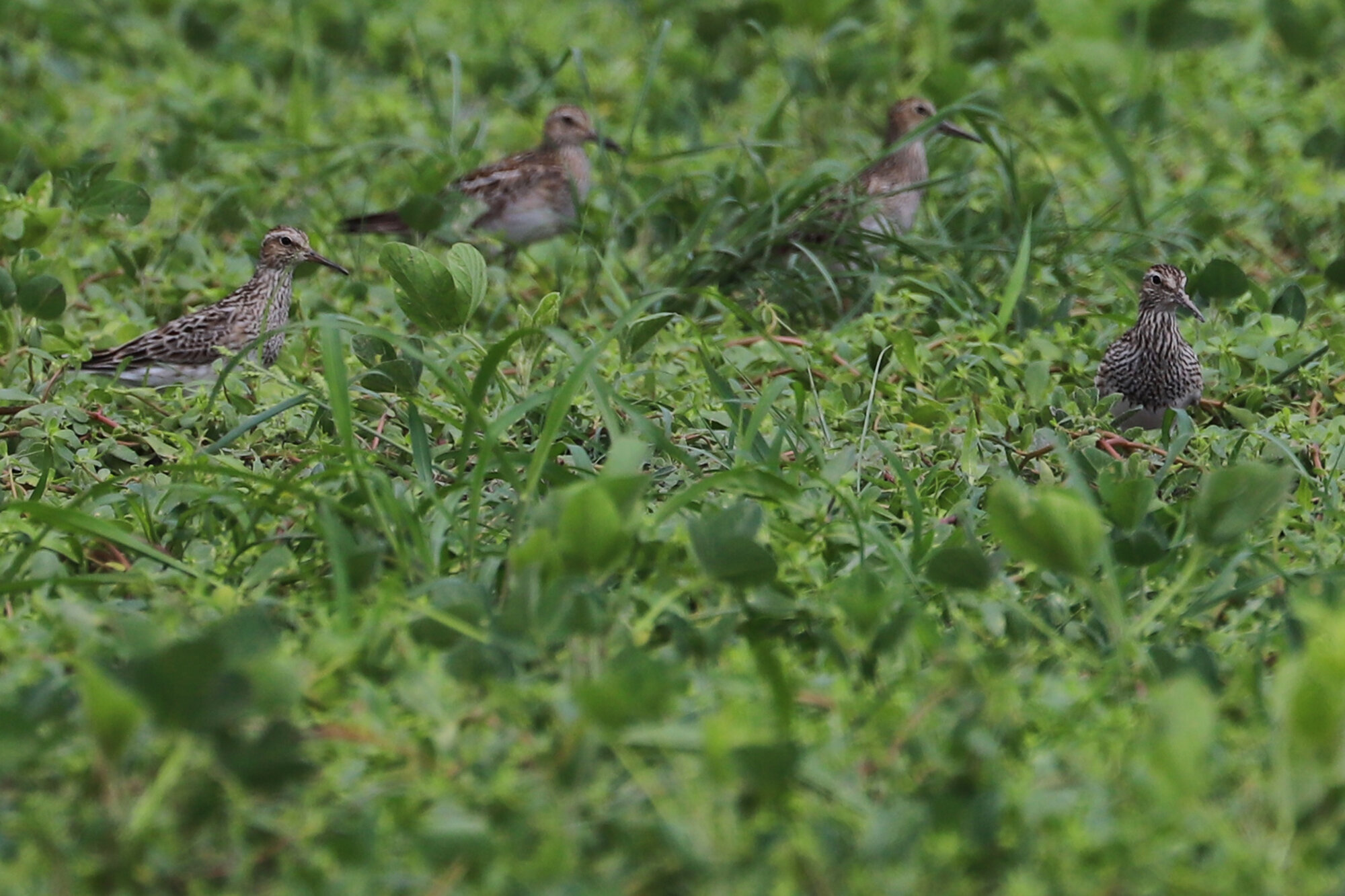
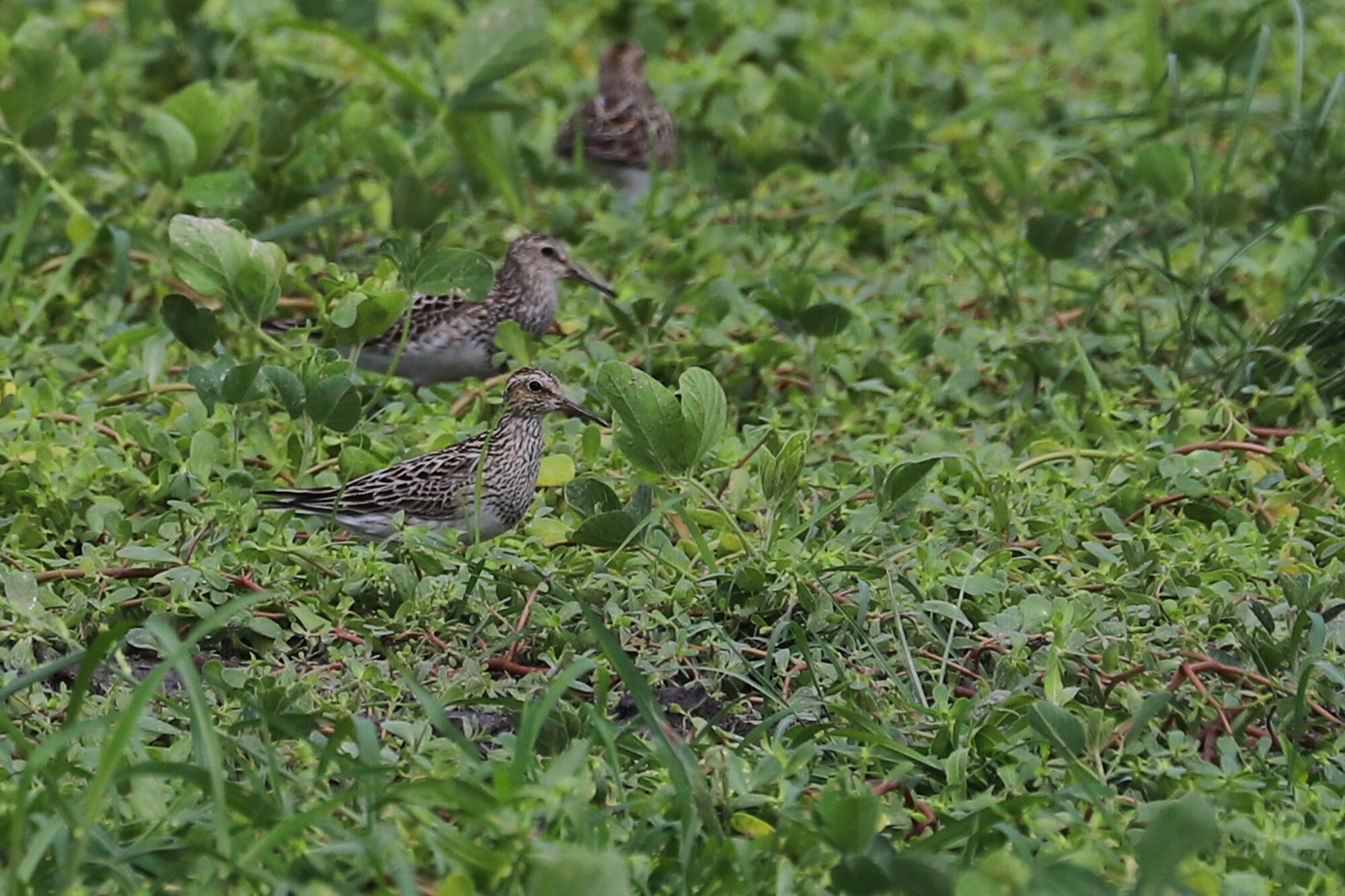

New for the calendar year, our first MARBLED GODWIT of 2020 was found about a mile south of the beach crossovers at Back Bay NWR on 22 Jul (ph. Steve Myers)! Coupled with the American Avocet mentioned above, these were the only species found in July that were also new to our year list, bringing us up to 286 species. Though this individual lingered through the morning hours on the date of the initial find, it was not observed again that afternoon or in the coming days, and may have continued on along the coast or perhaps flew into one of the refuge’s impoundments. A rare fall transient through Virginia Beach, this is actually the first eBird record for a July here going all the way back to 2010. Most records tend to be in August & September, so there is still hope that more birders will get to see one this fall season. Last year, records occurred for this species at Rudee Inlet (24 Aug), Dam Neck Naval Annex (30 Aug) and Back Bay NWR (13 Sep), and given the close proximity of these sites along the coast, as well as how generally scarce the species is here, this may have even been the same individual working its way south along the beach. Maybe we’ll see that trend continue over the next couple of months? (Jul 2020 Map)
Commonly observed in the waters offshore of Virginia Beach during the summer months, but rarely found from shore, a pair of WILSON’S STORM-PETRELS viewed from 85th Street Beach on 1 Jul (vis. Andrew Baldelli), and another was viewed from the First Landing SP beachfront on 31 Jul (vis. Andrew Baldelli). Though, others had been observed within Virginia Beach waters during a pelagic outing on 2 Jun where the species is expected to be found, only one other “from shore” record has occurred in 2020, with an individual sighted off the Little Island Pier on 11 May (vis. Andrew Baldelli). Typically, we do get a couple of records per year from the area around the Chesapeake Bay mouth, but this is still a difficult species to pin down. June and July tend to be the best timeframe for it to occur near shore though, or during strong easterly winds brought onshore by tropical disturbances. Over the last few years, 2018 was the only year to not produce any ‘from-shore’ records for the species in Virginia Beach, so it is nice that we’ve managed to have a pair so far this year. (Jul 2020 Map)

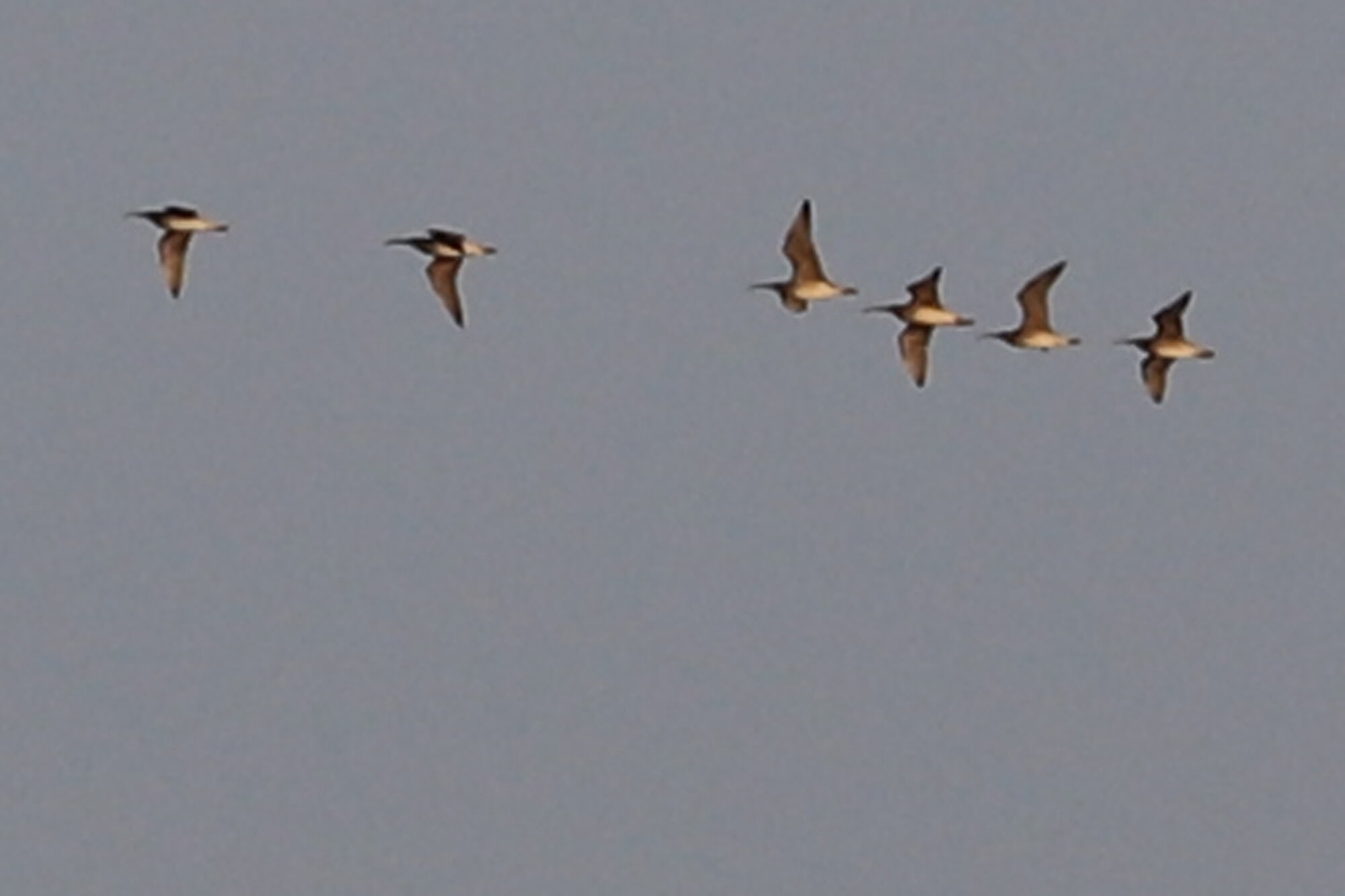
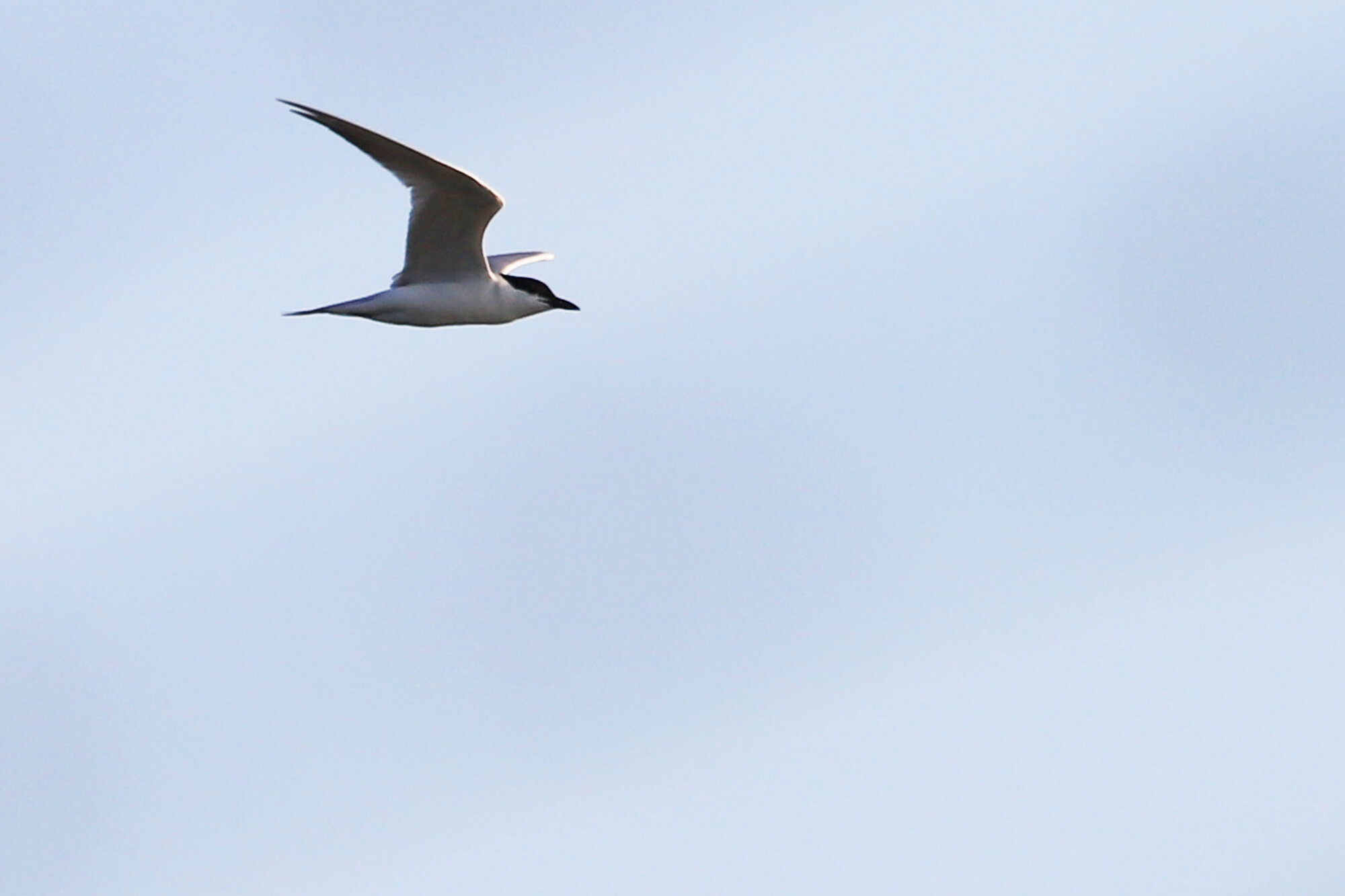
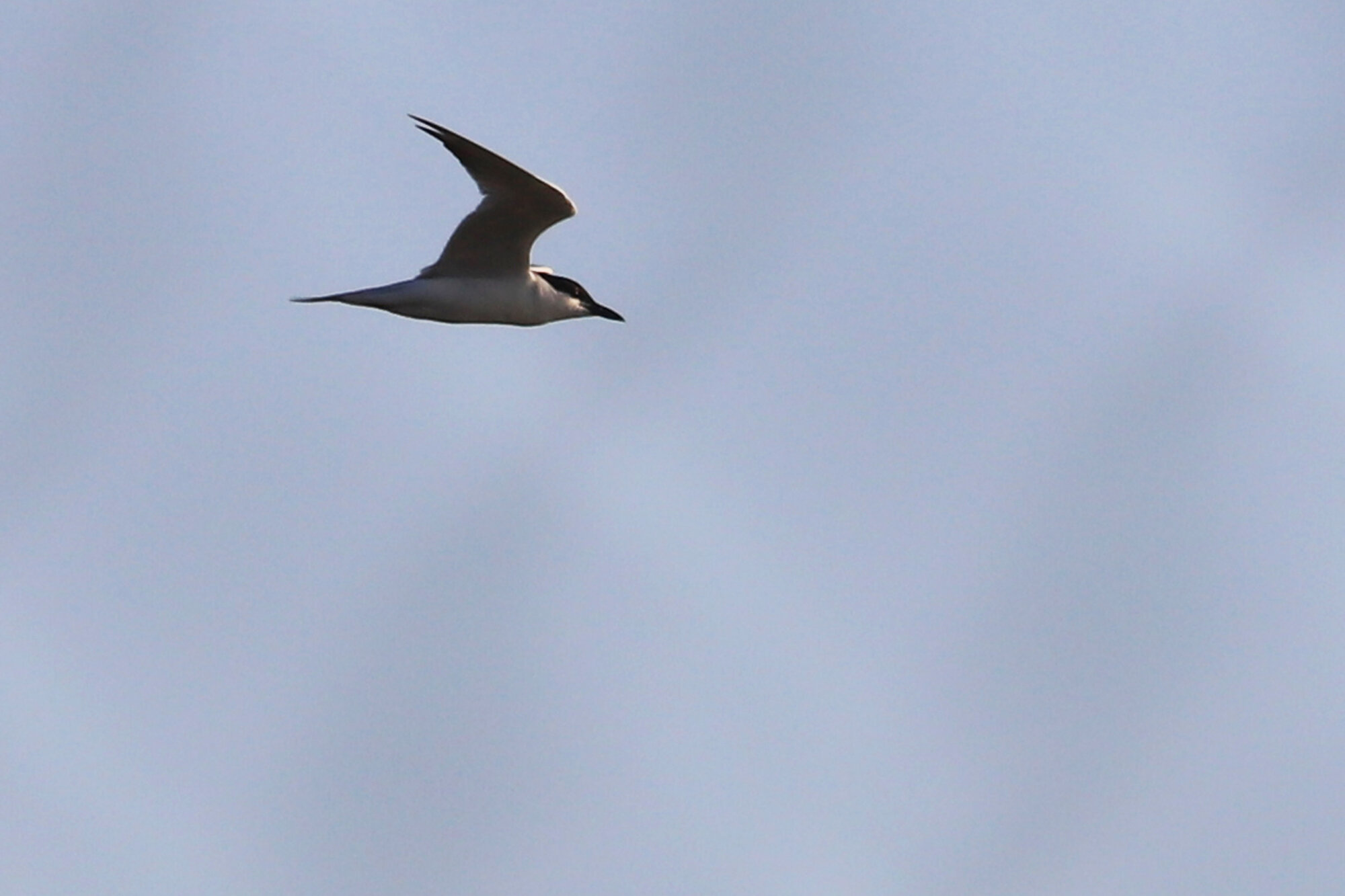
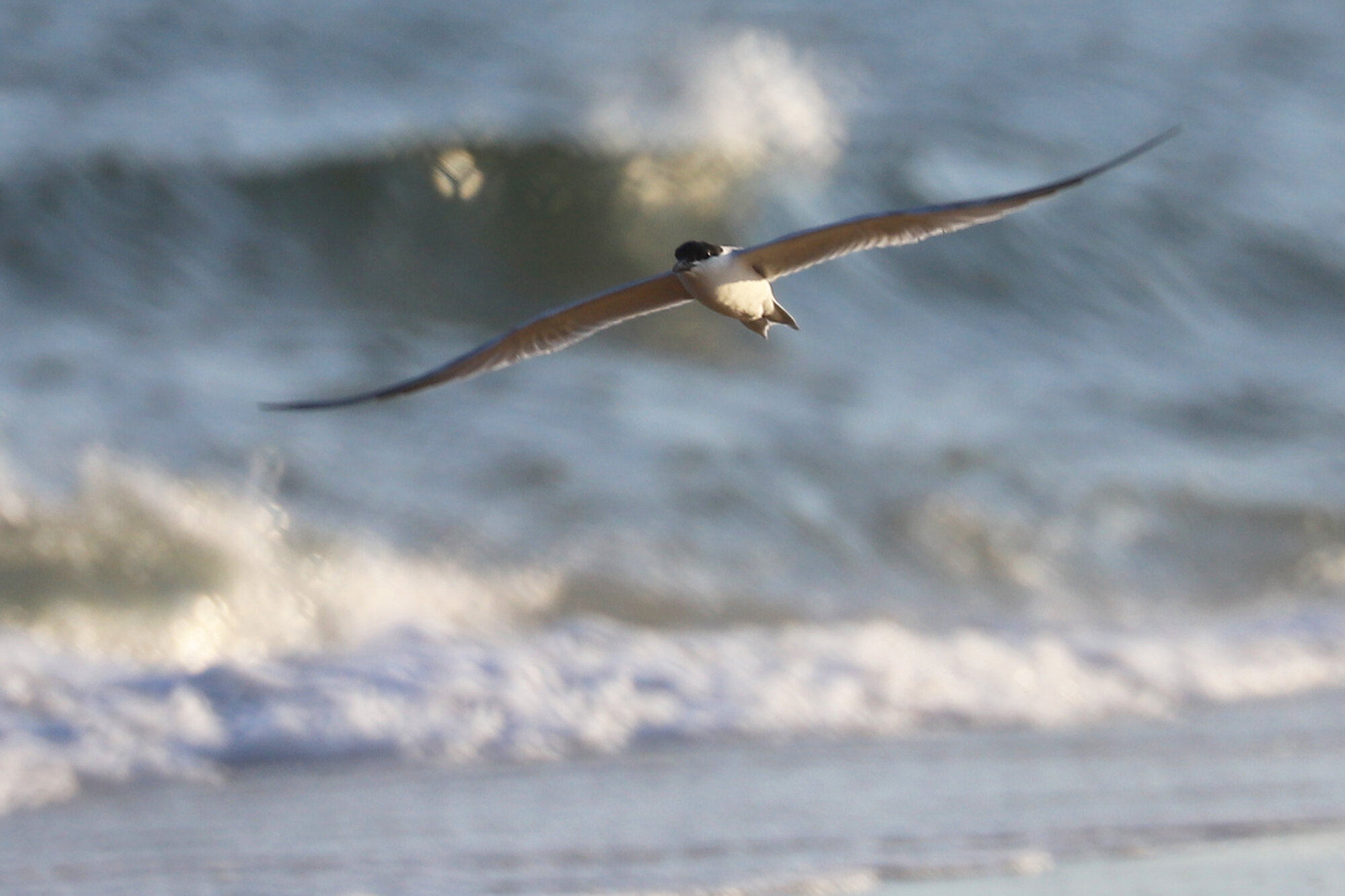
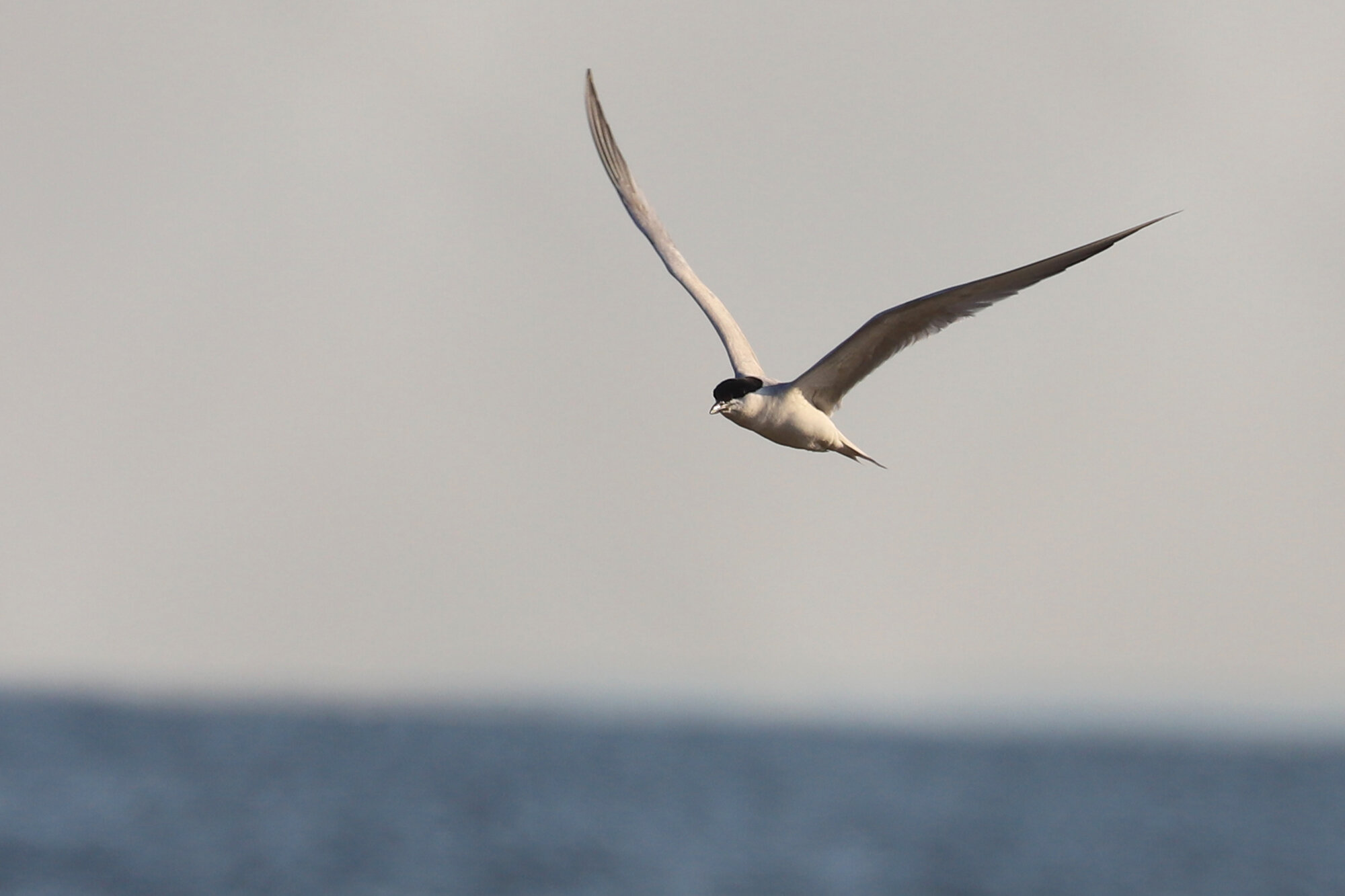
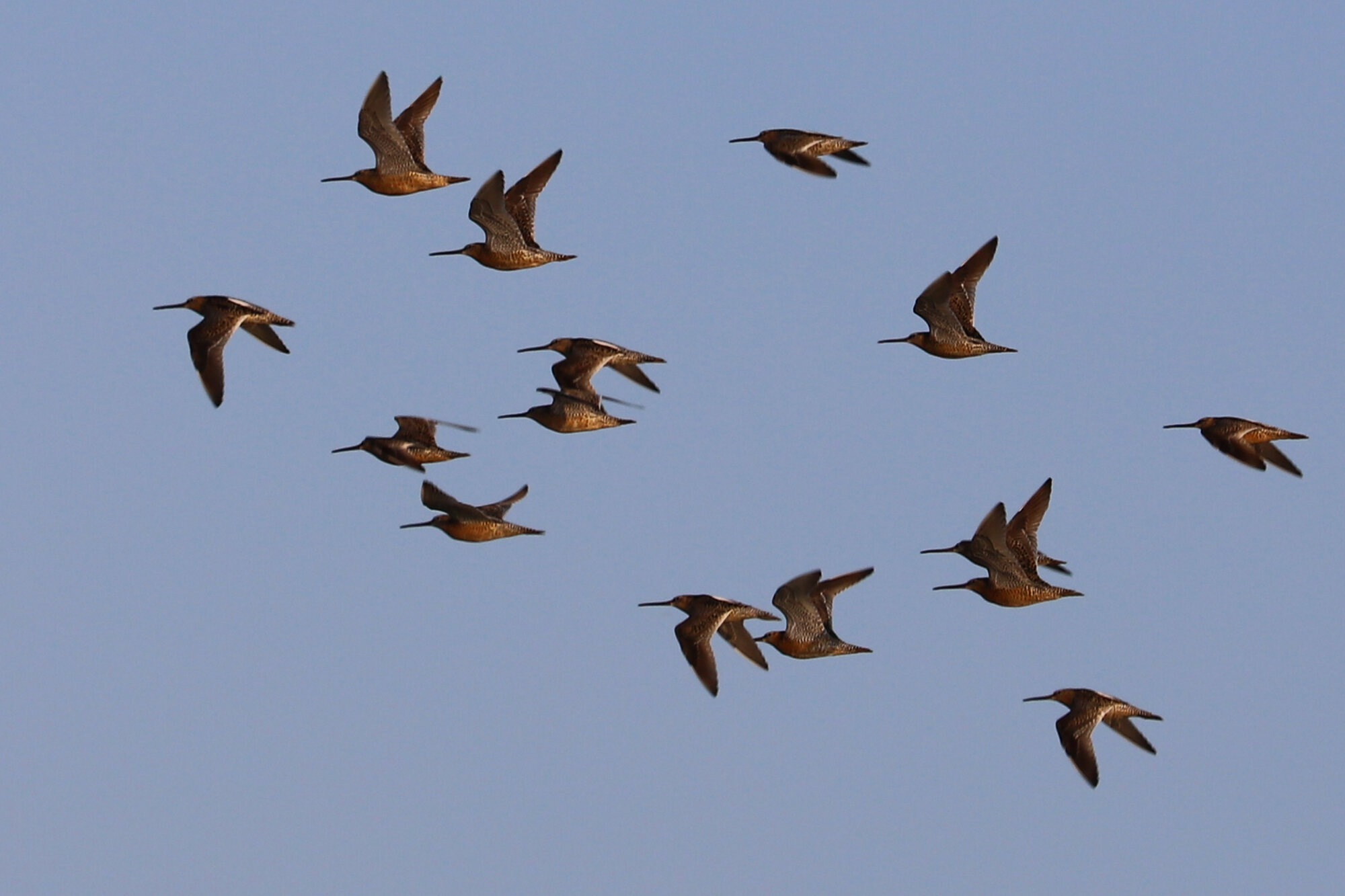
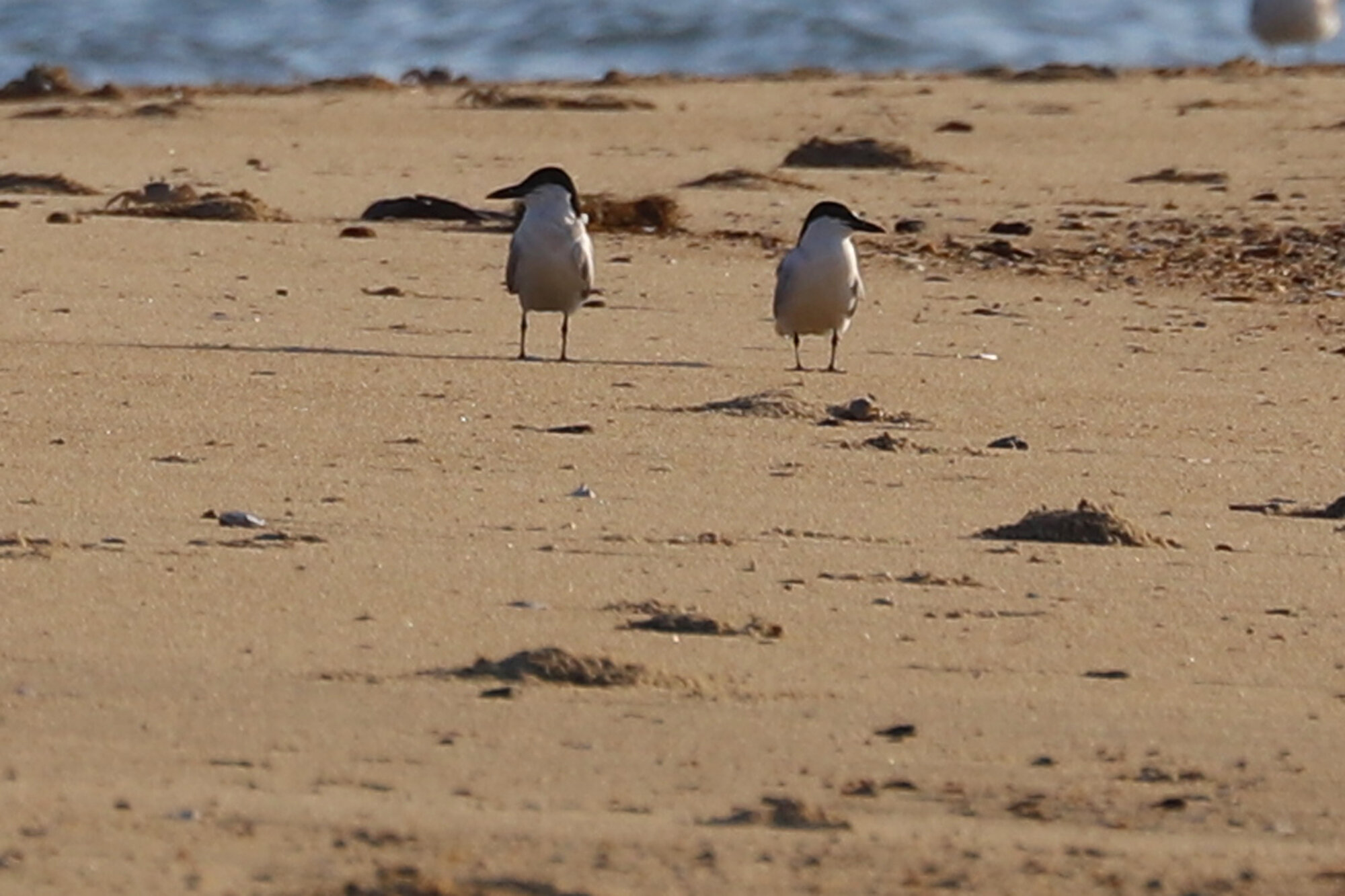
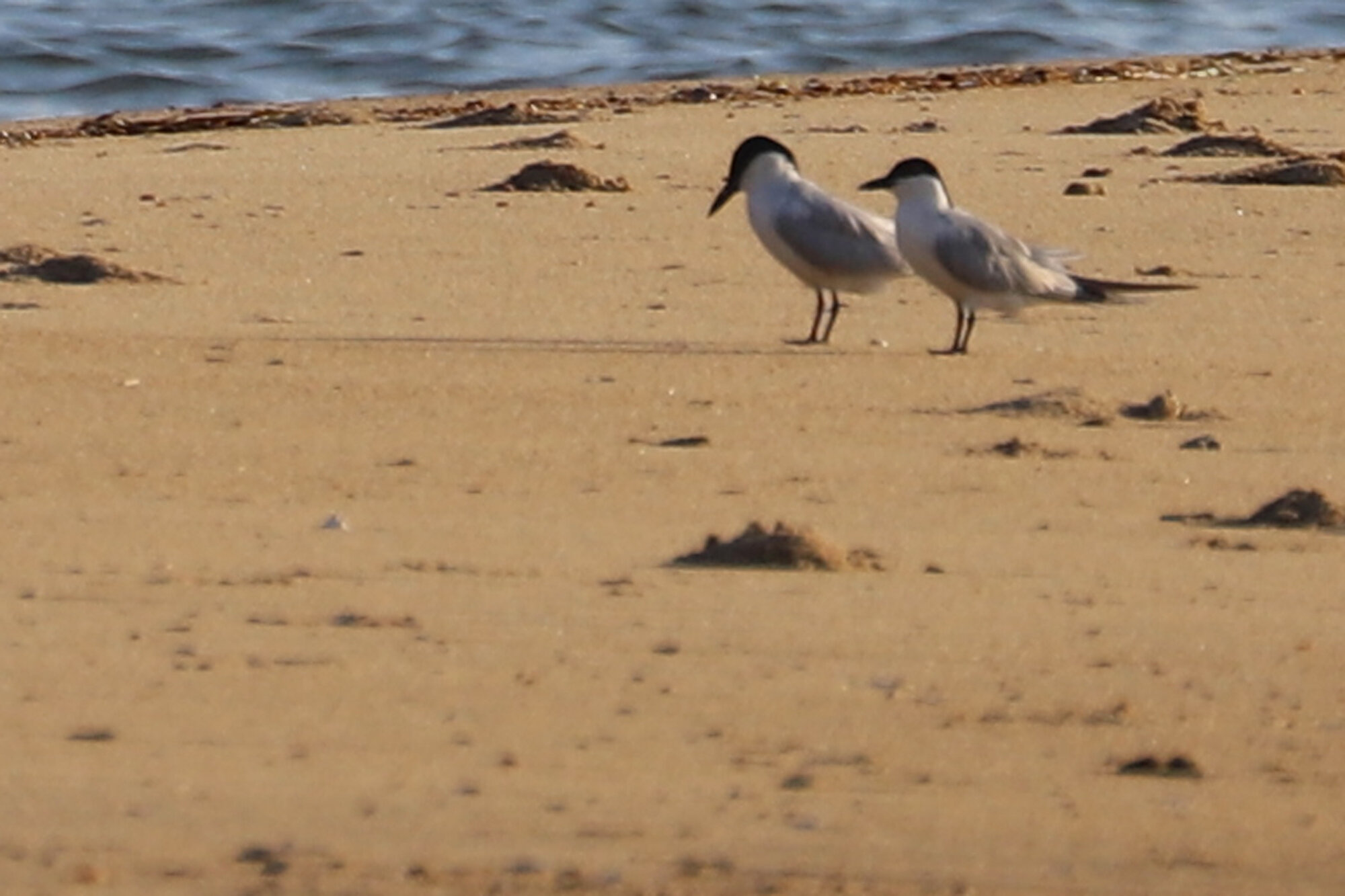
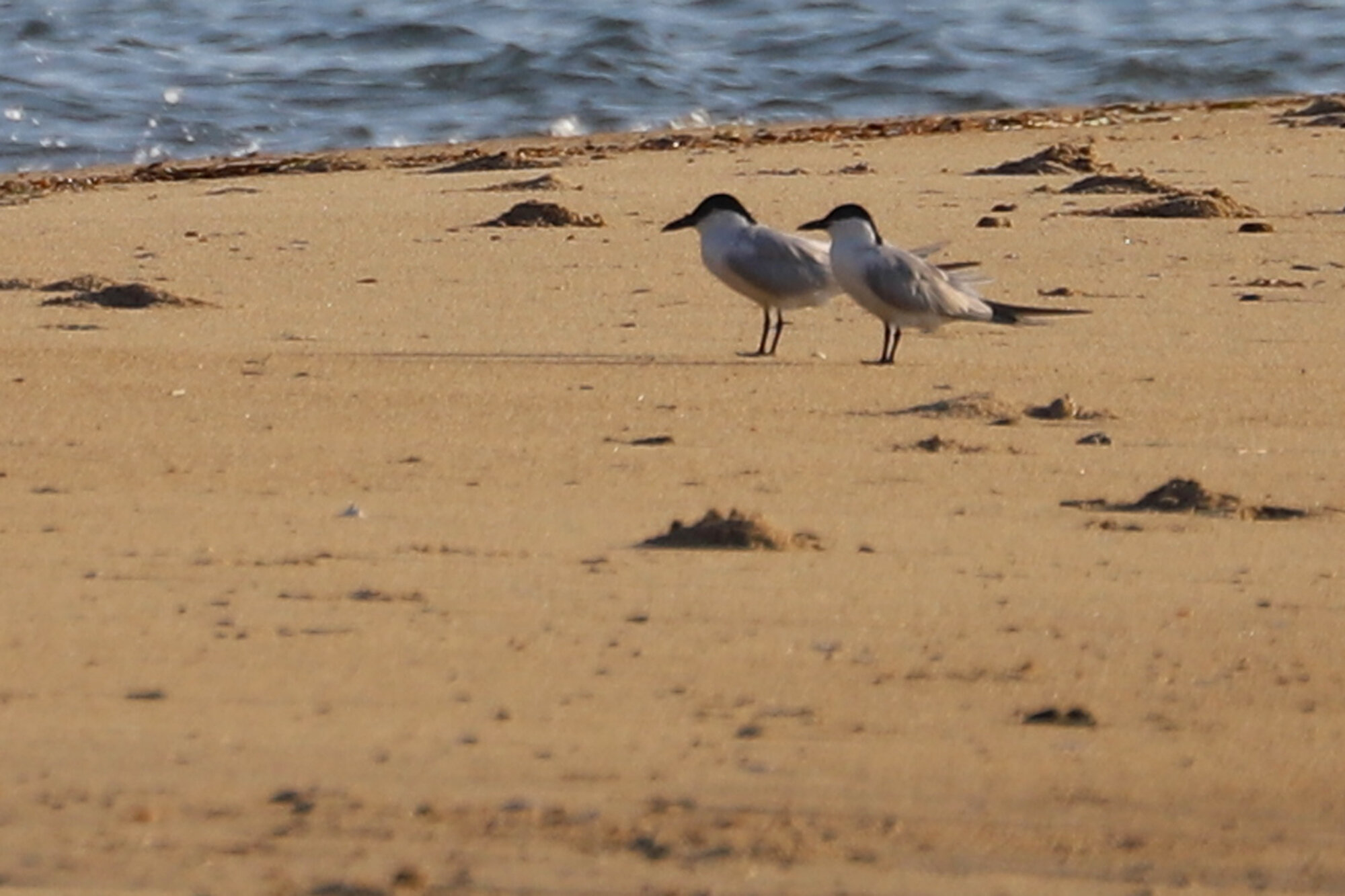
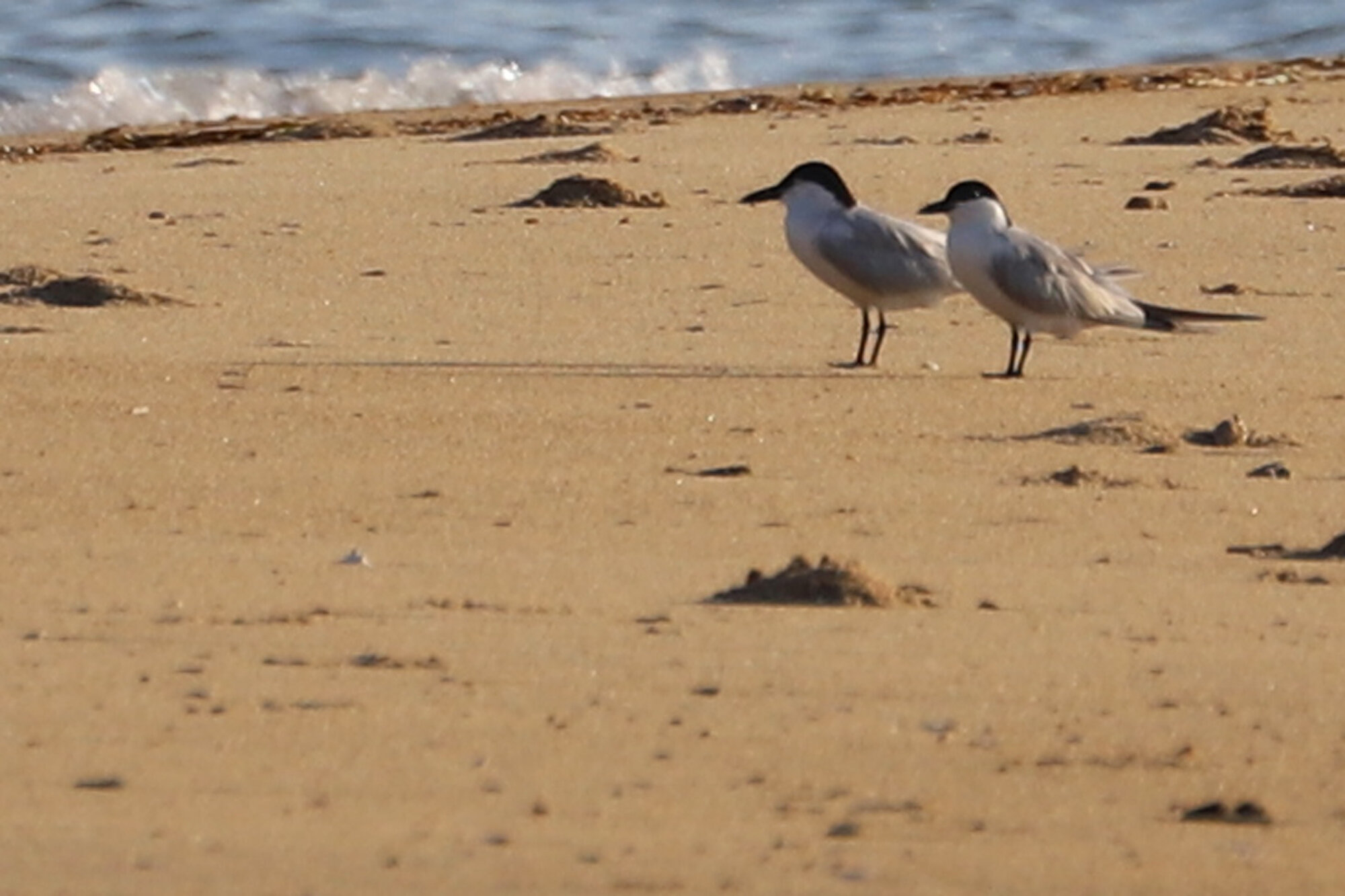

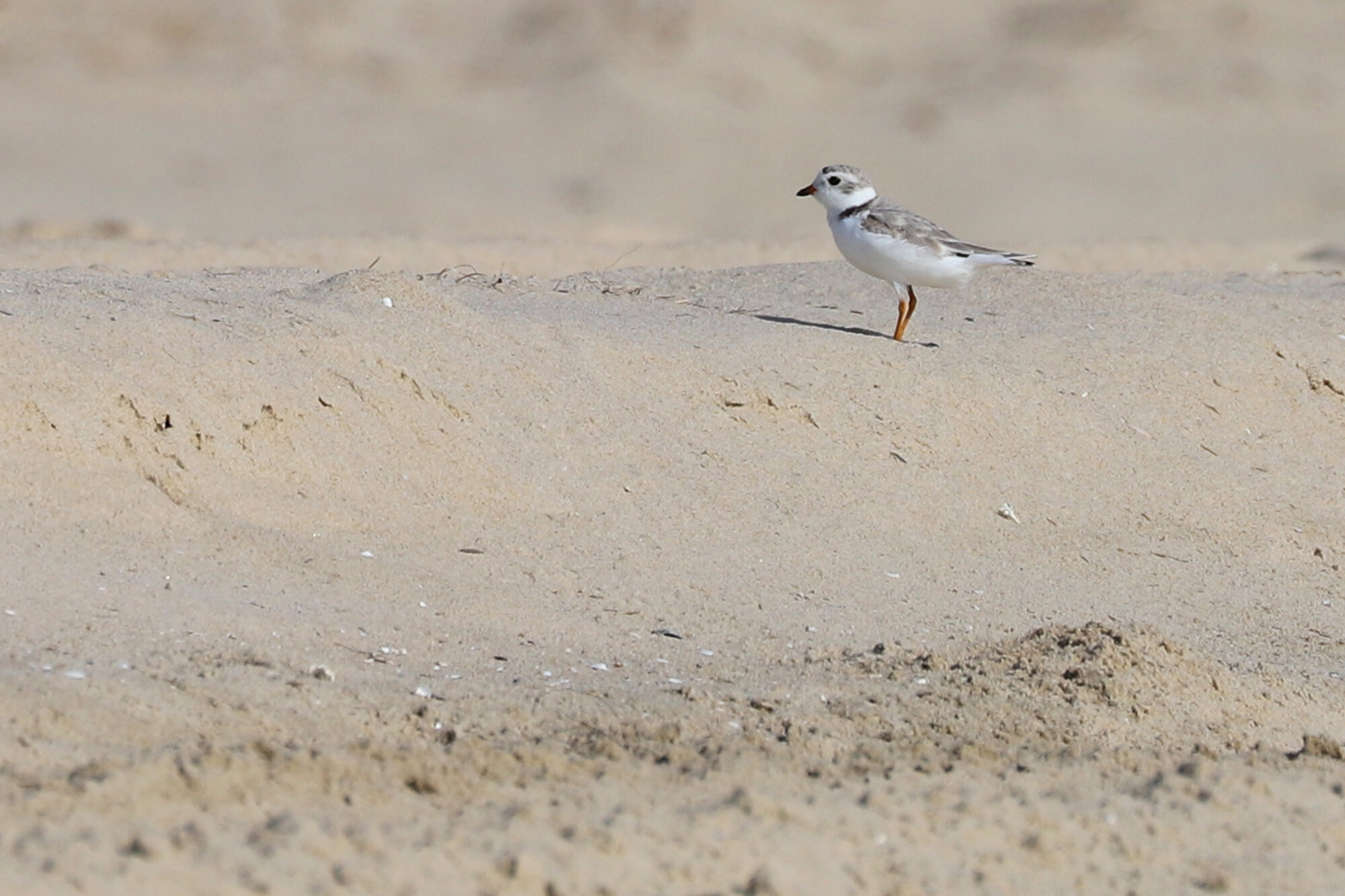

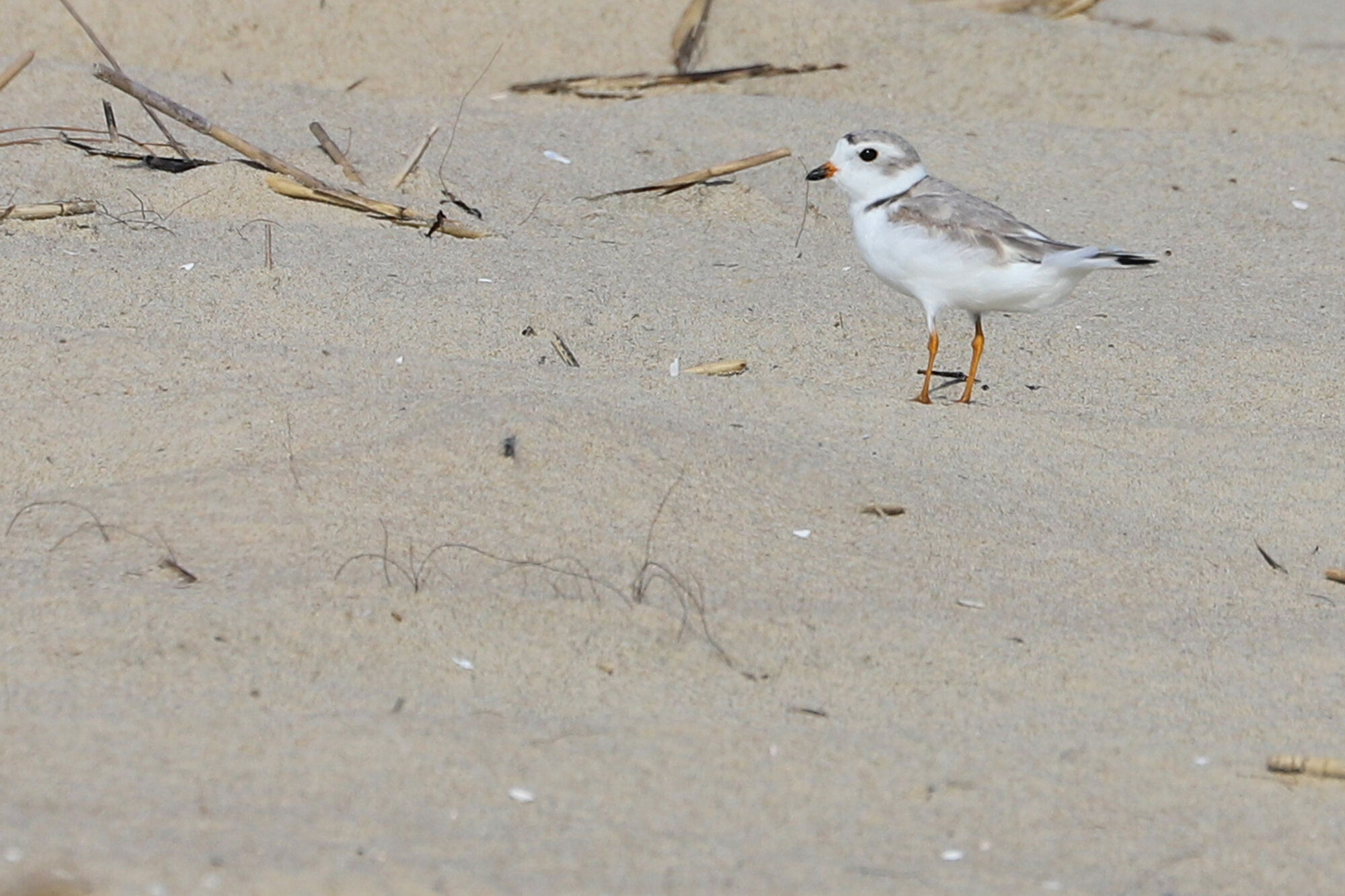

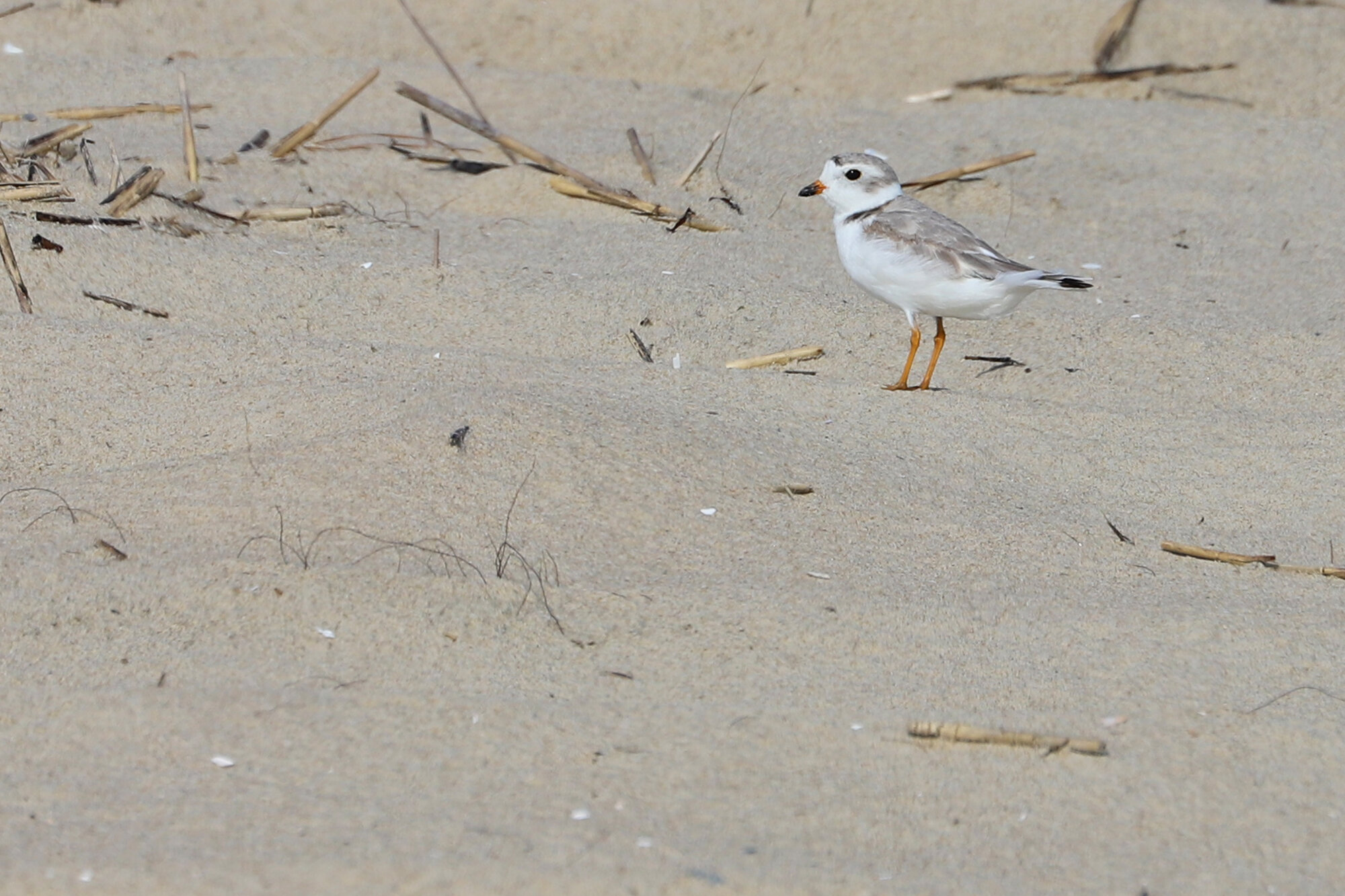
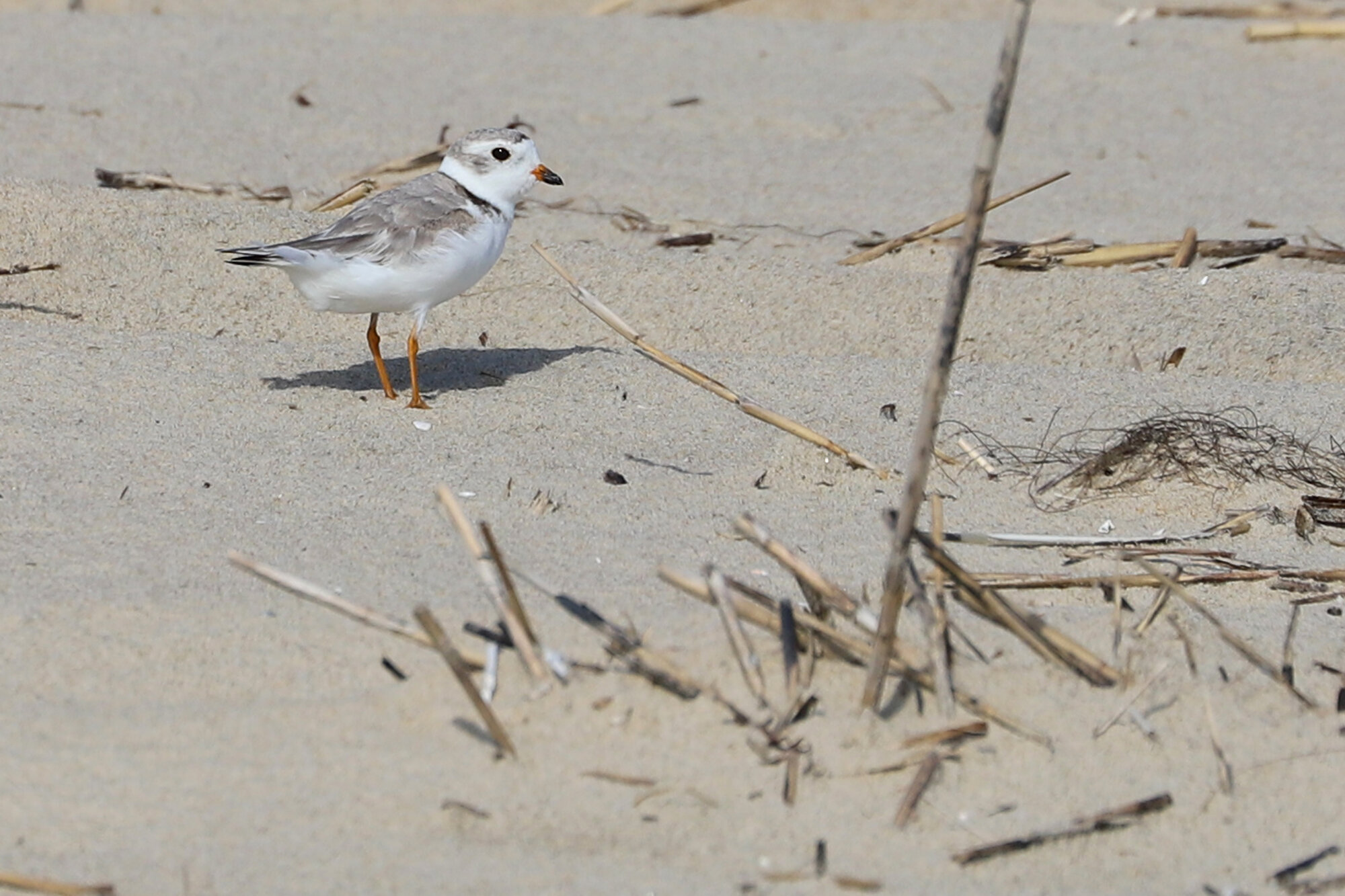
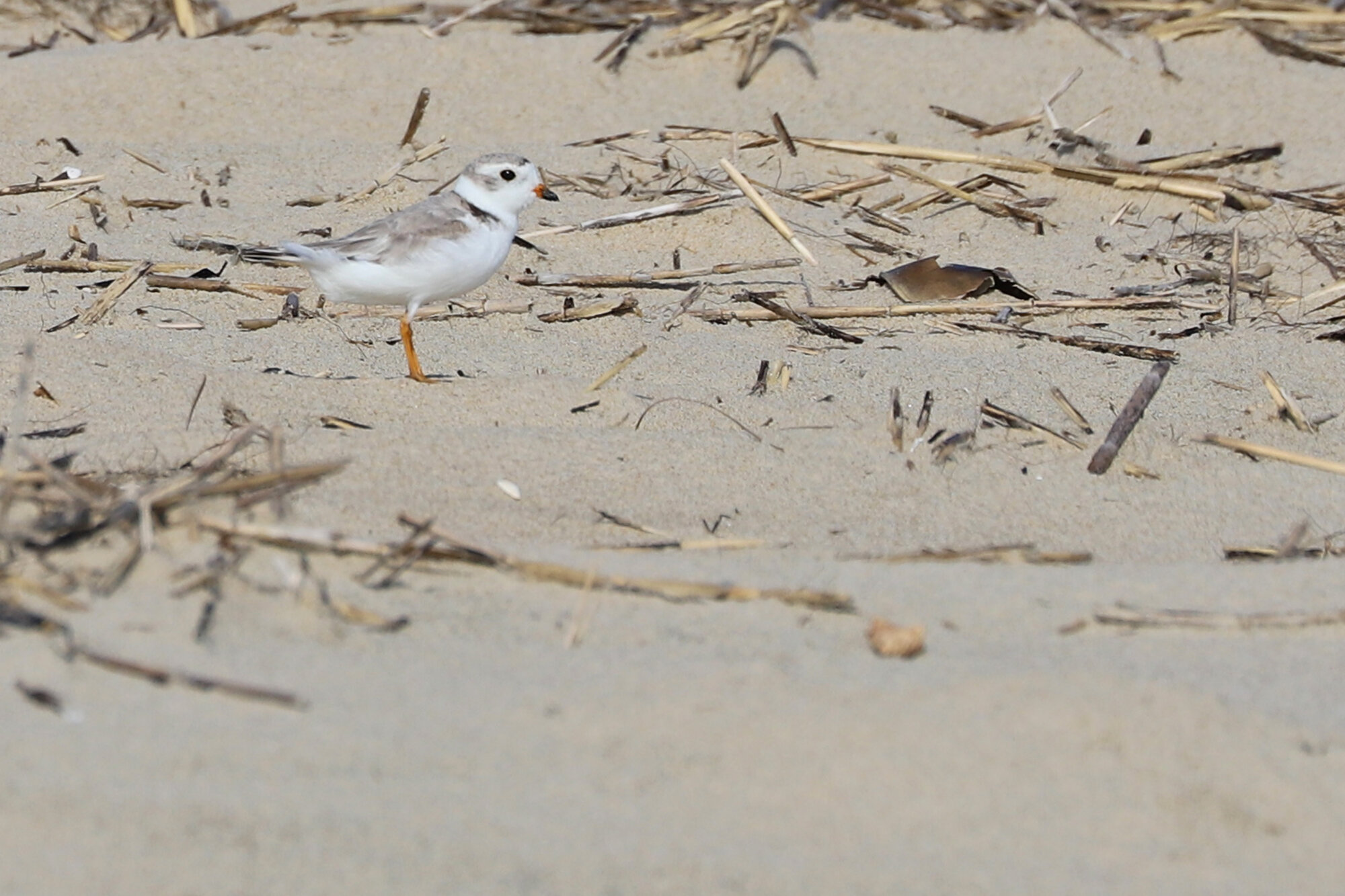
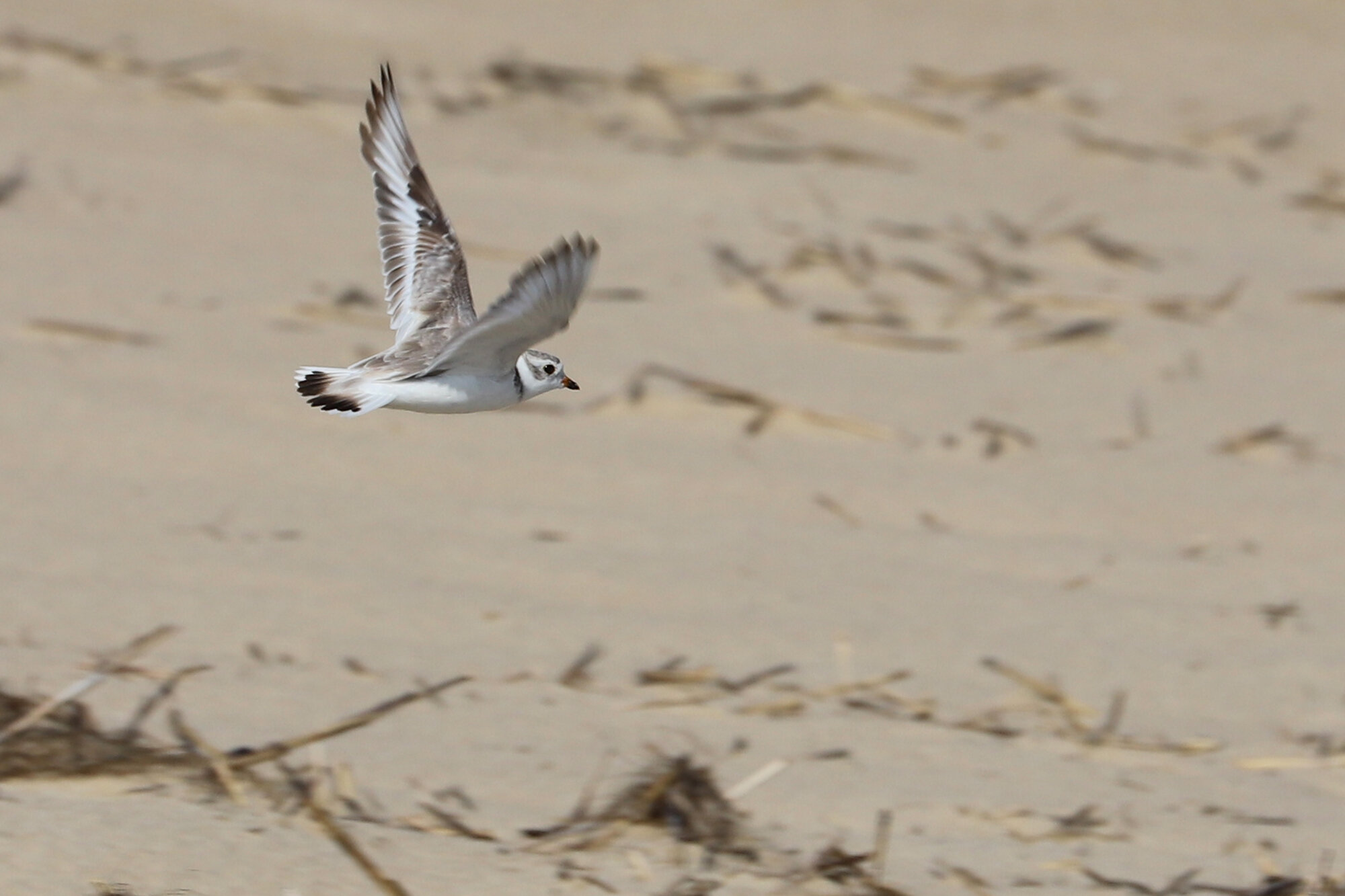

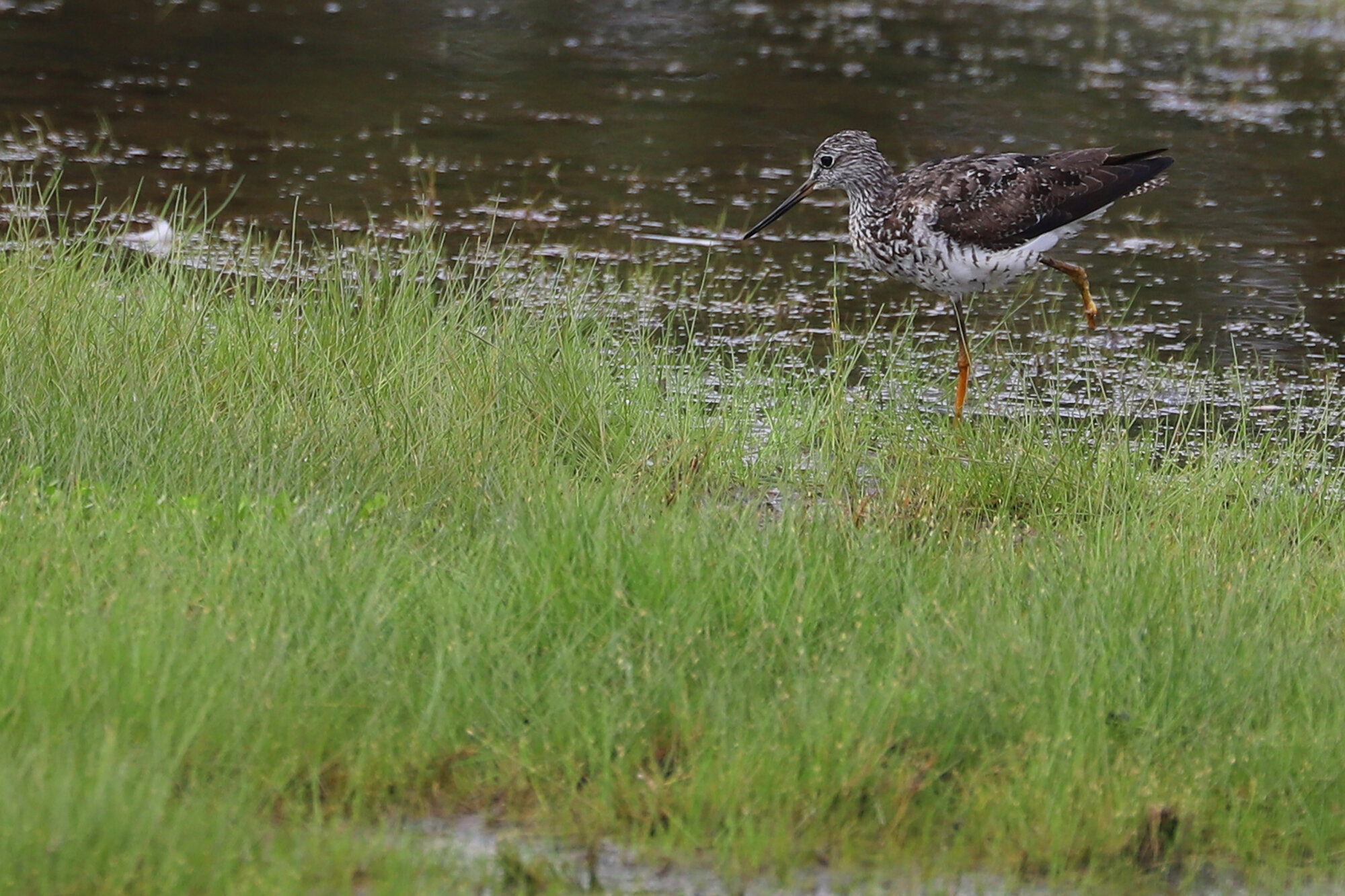
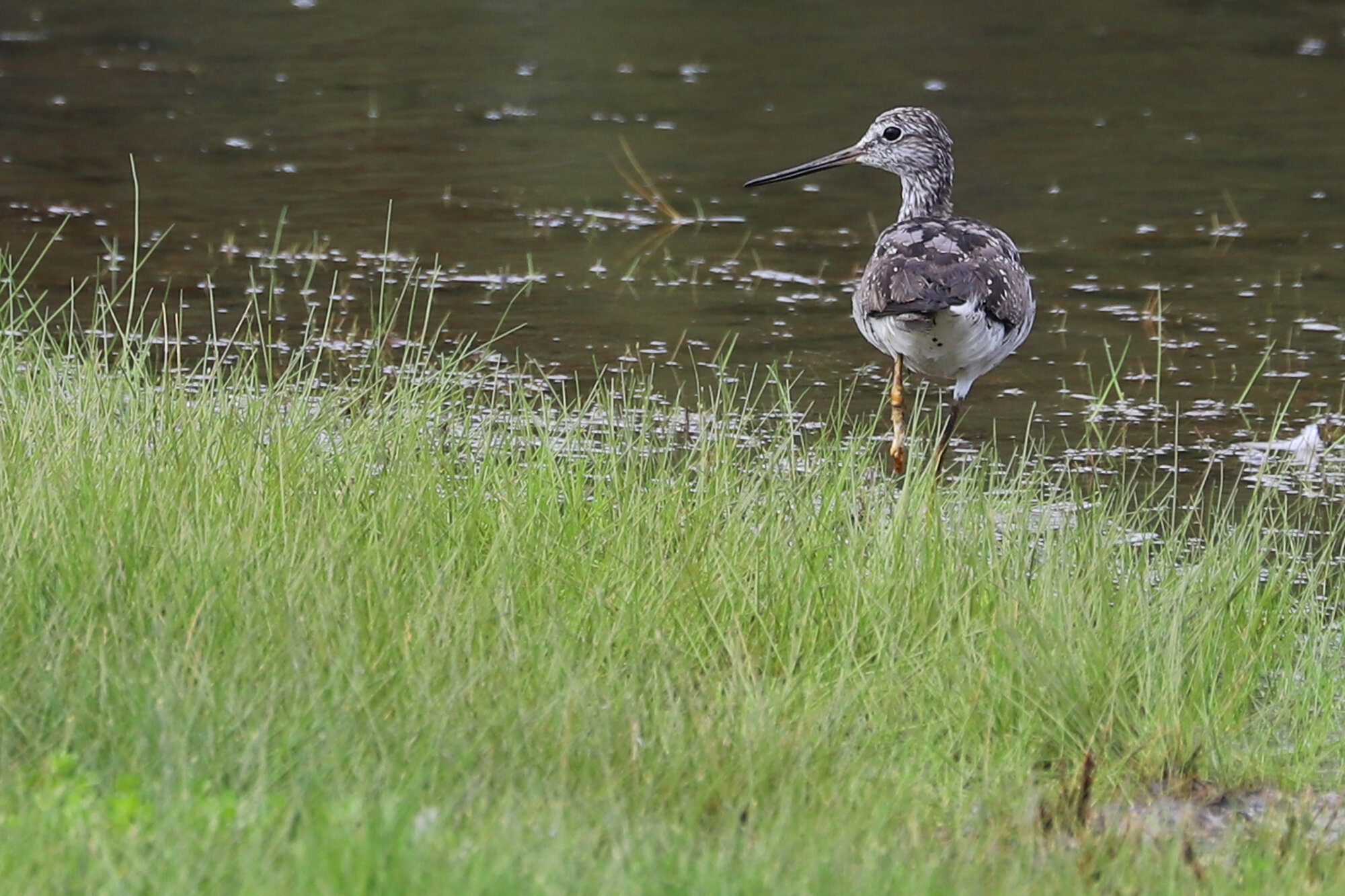
An excellent record as far as eBird and science are concerned, a GREAT SHEARWATER was found resting on the beach at False Cape SP on 9 Jul (ph. Marlee Fuller-Morris), following an extended period of onshore flow associated with Tropical Storm Fay as it brushed our coastline heading northward. Unfortunately, there were reports of several other deceased Great Shearwaters along our coast following this event, but this particular individual was picked up by local rehabber Karen Roberts, and is said to be doing quite well. Hopefully it can get back to gliding over the waves off our coastline very soon! Though healthy individuals are unlikely to be found inshore, June & July continue to provide records for this species of injured or ailing individuals brought in by onshore winds. While no one takes enjoyment in observing these troubled individuals, their records are nonetheless important for understanding how seabirds are impacted by tropical cyclones, and getting these input to eBird helps to highlight their distribution during these short-term events. (Jul 2020 Map)
At least one ANHINGA continued to be reported at Stumpy Lake on 9 Jul (ph. June McDaniels) and on 11 Jul (ph. Rob Bielawski) near the spillway/fishing pier portion of the lake, with a third record for the month occurring 22 Jul (vis. Baxter Beamer & Conor Farrell) near the north end of the lake. These three reports stand in very stark contrast to last summer, when the species was reported 21 of 31 days in July at the natural area portion of the lake due to a pair having nested in a Bald Cypress tree on the north side of the entrance causeway. Surely, if at least one is lingering through July though, the species is nesting again somewhere around the lake, or in the flooded forests to the south along the North Landing River. But, it has been a much tougher species to locate this season for whatever reason, though Stumpy Lake continues to be one of the most reliable locations for Anhinga in Virginia as a whole, and continued visits to the lake do seem to eventually yield views of the species. Interestingly, no records occurred further up the East Coast than Virginia Beach for the species during July, so we do seem to remain the most northeastern corner of their breeding range. (Jul 2020 Map)
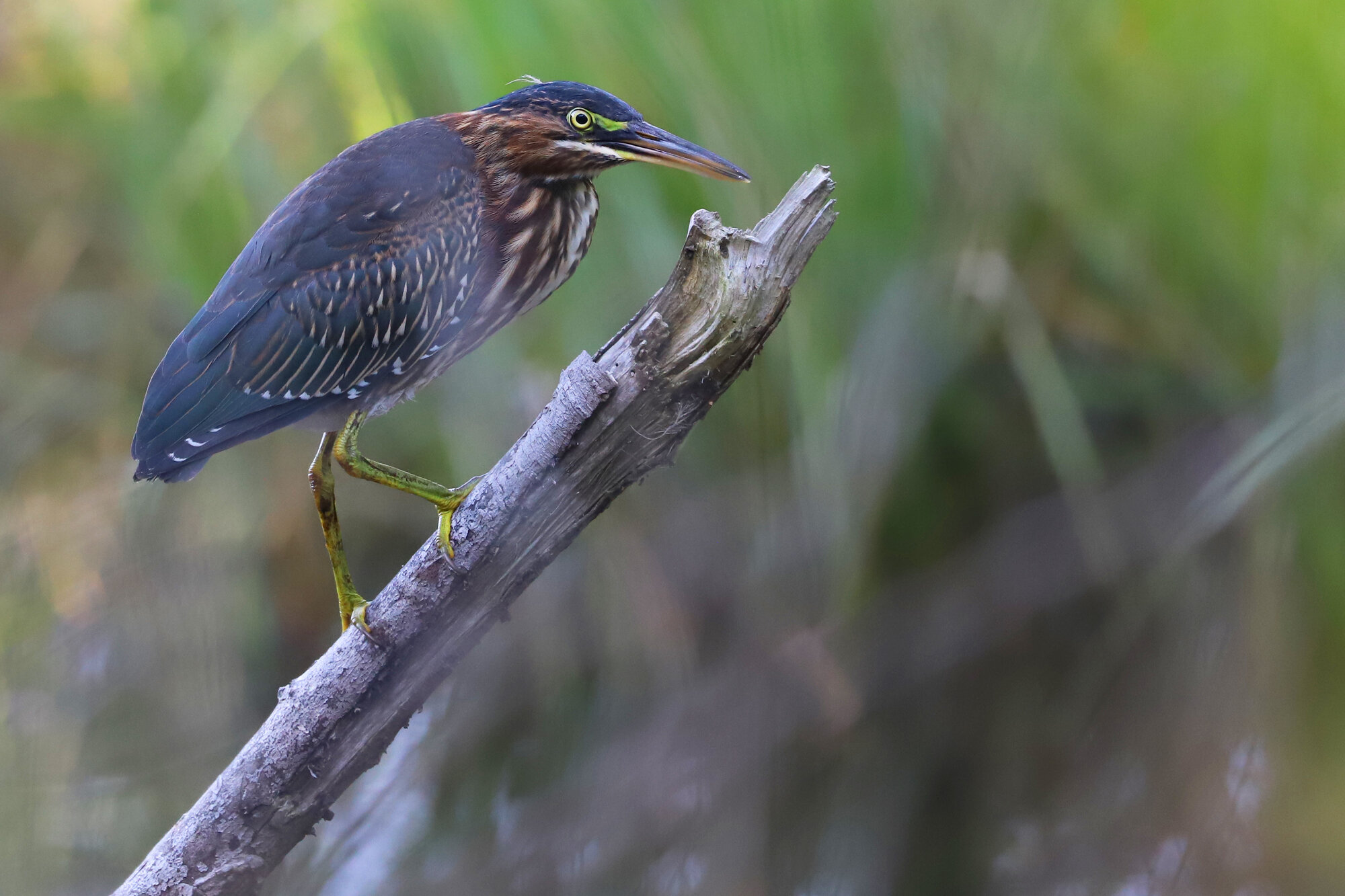
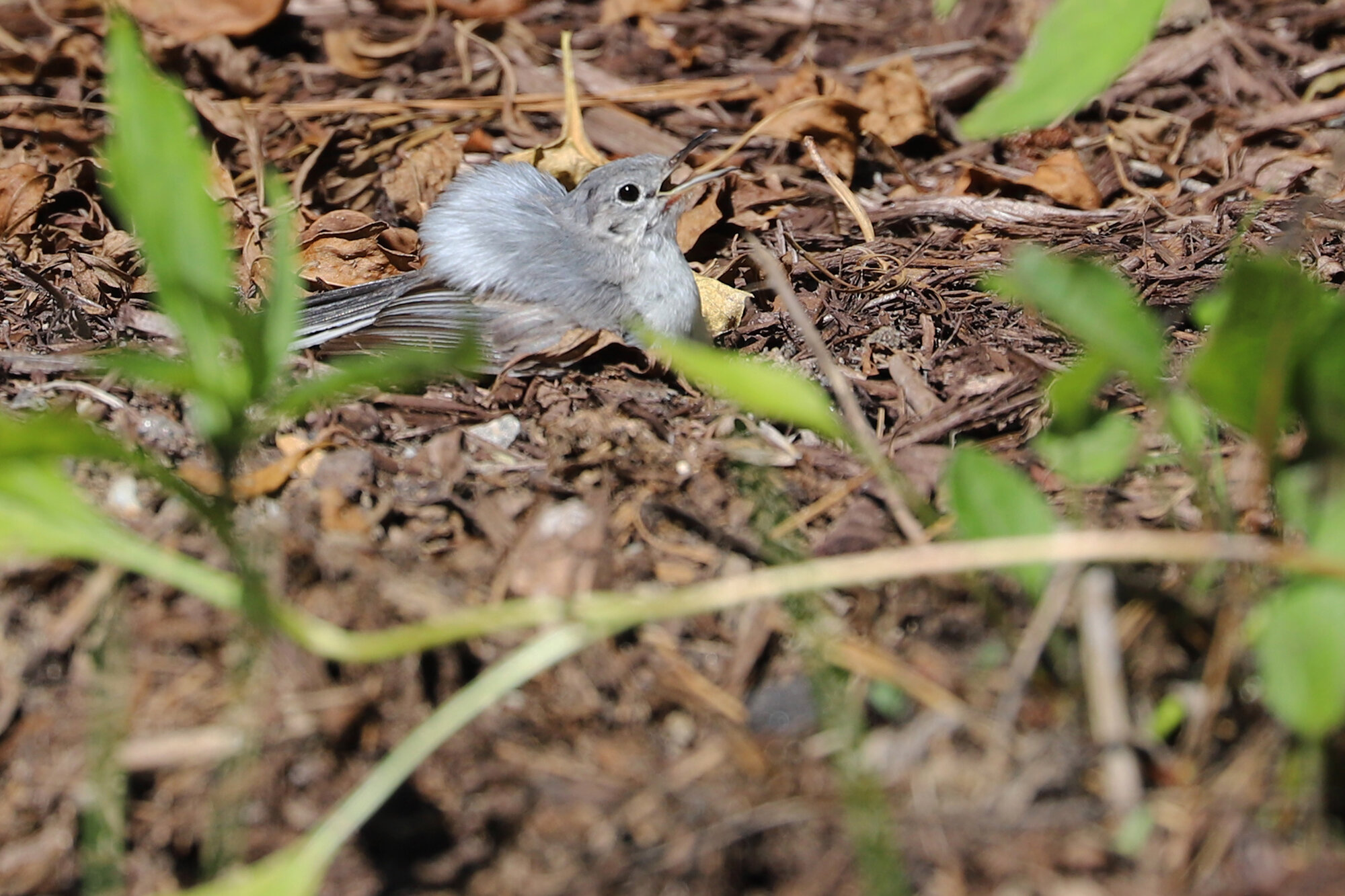
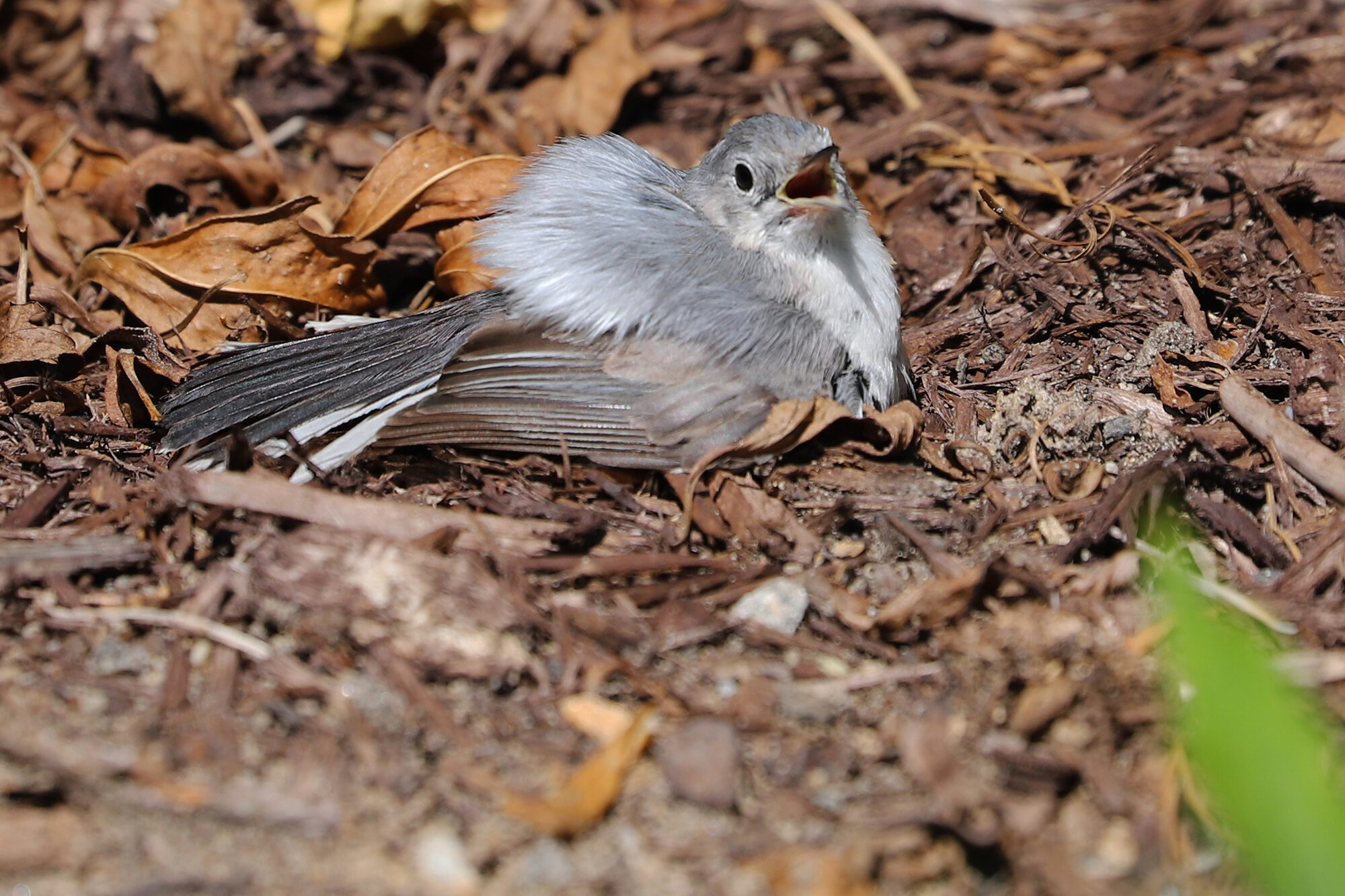
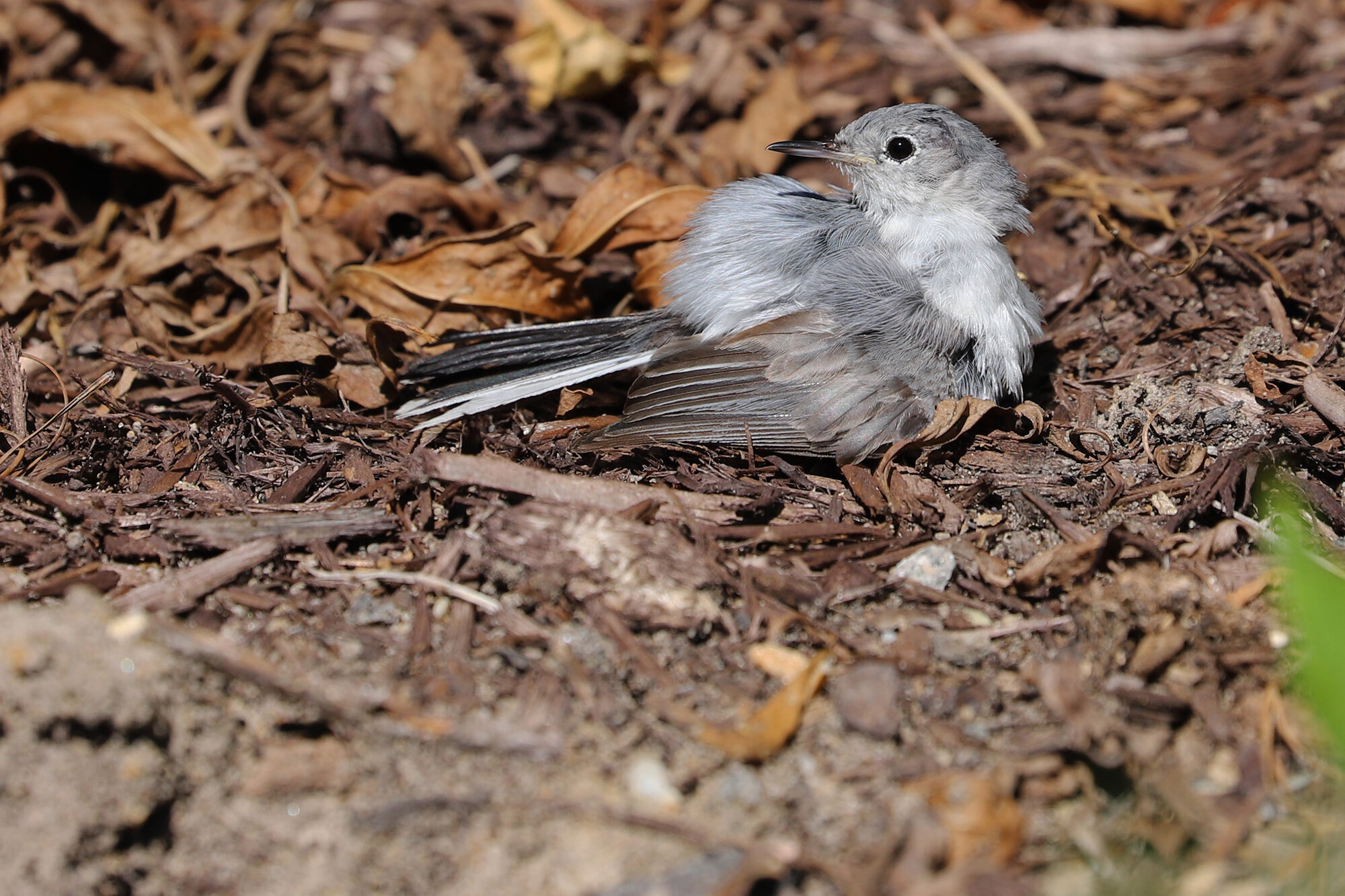
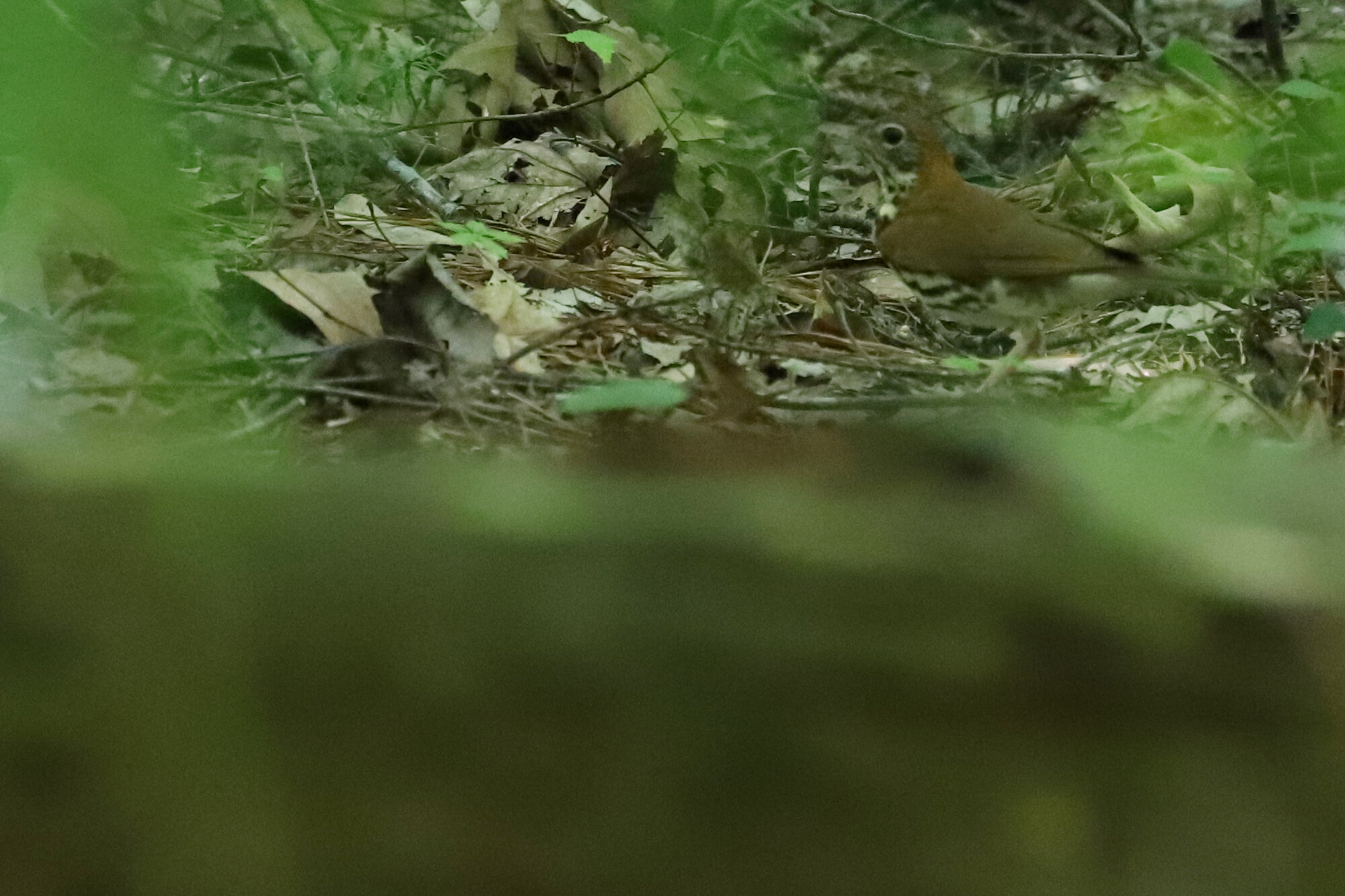
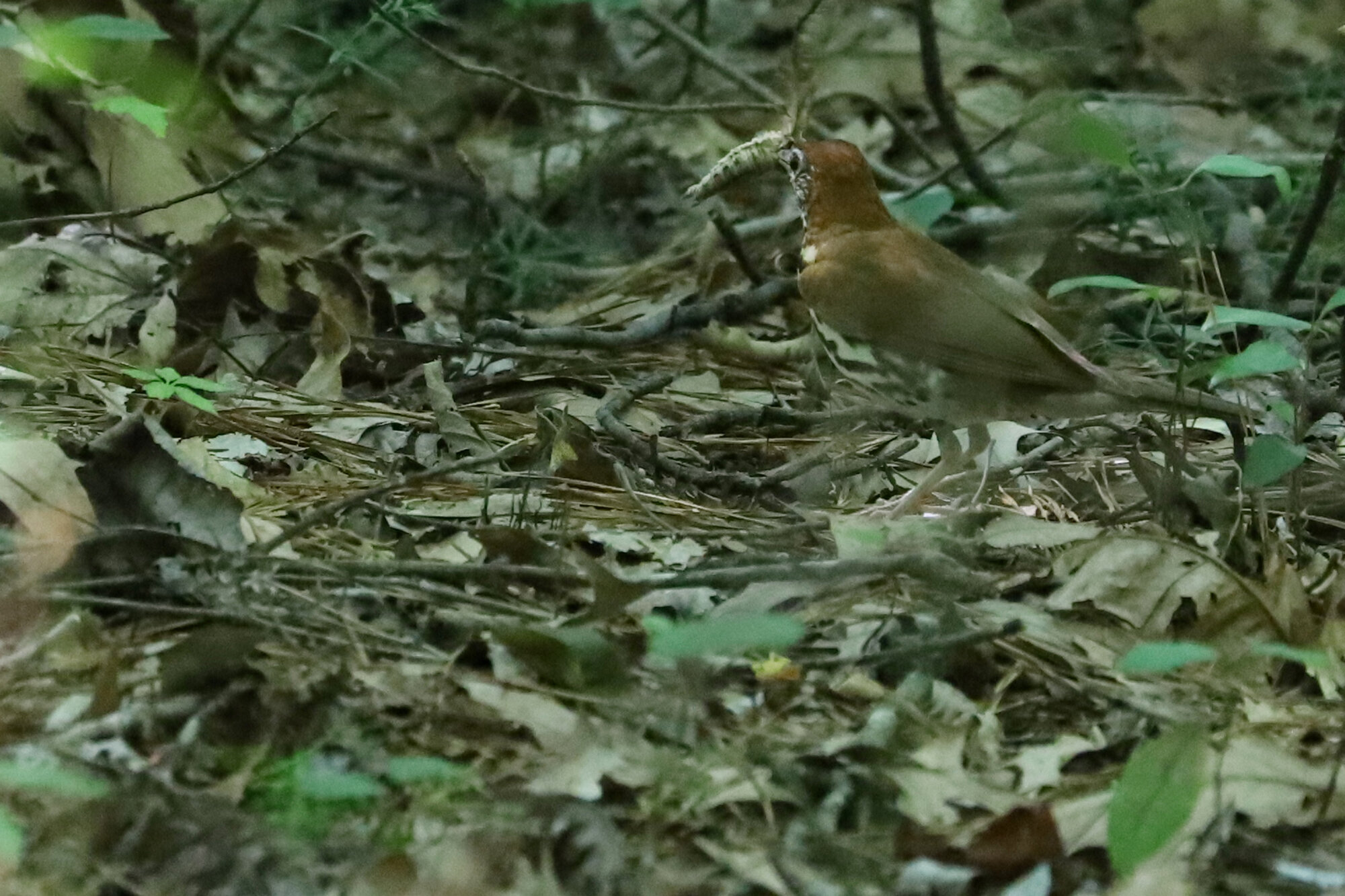
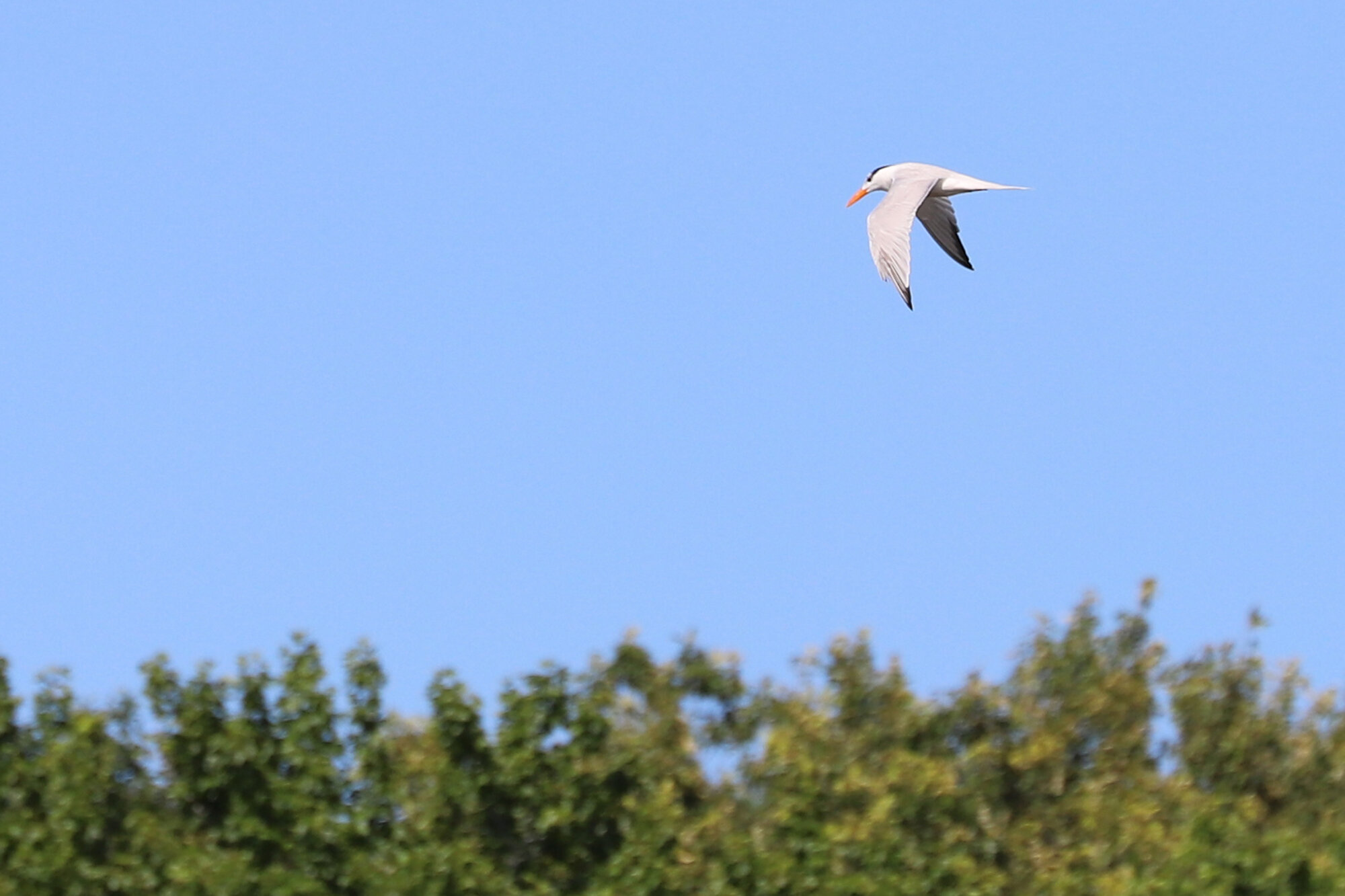
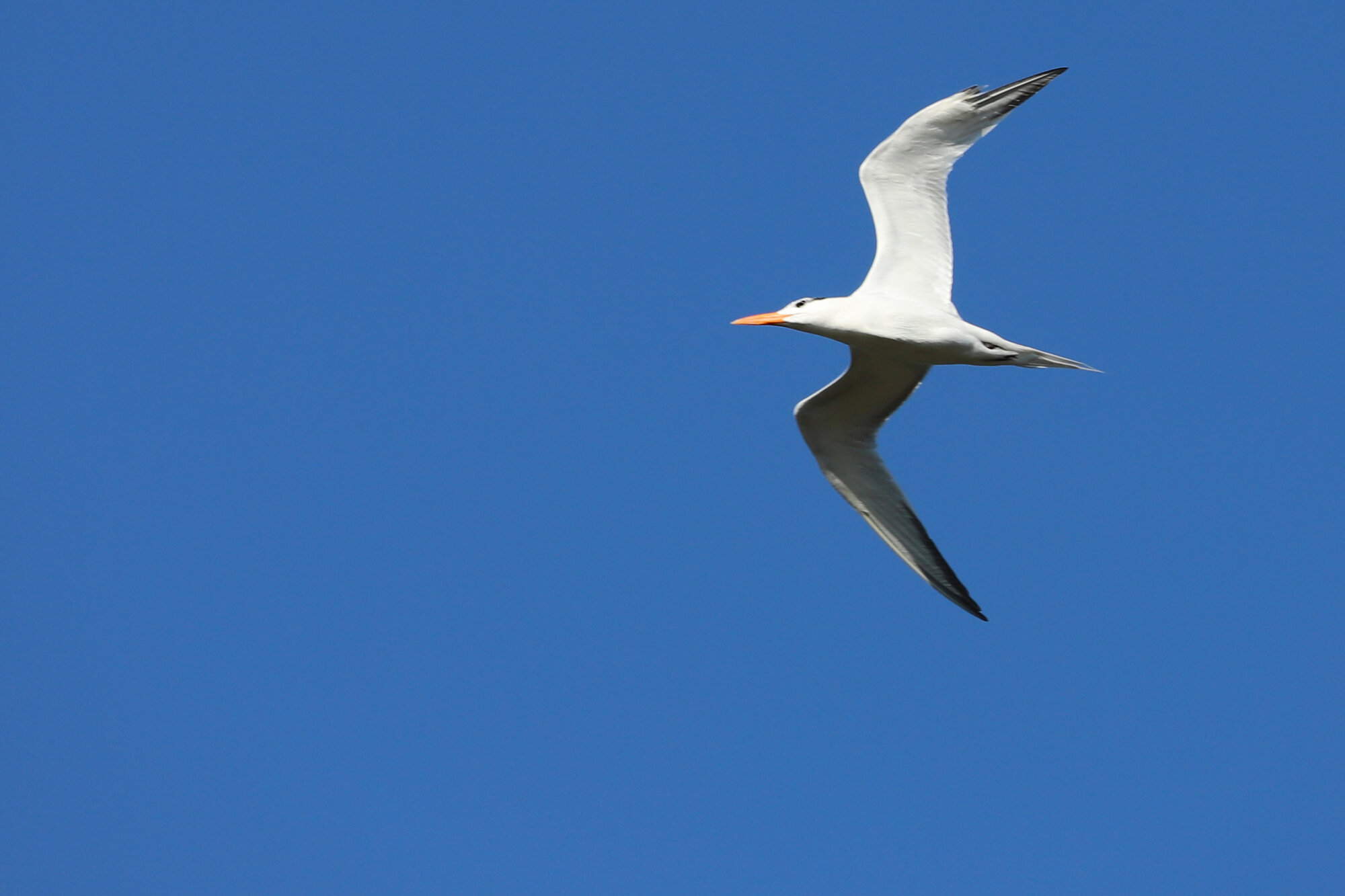
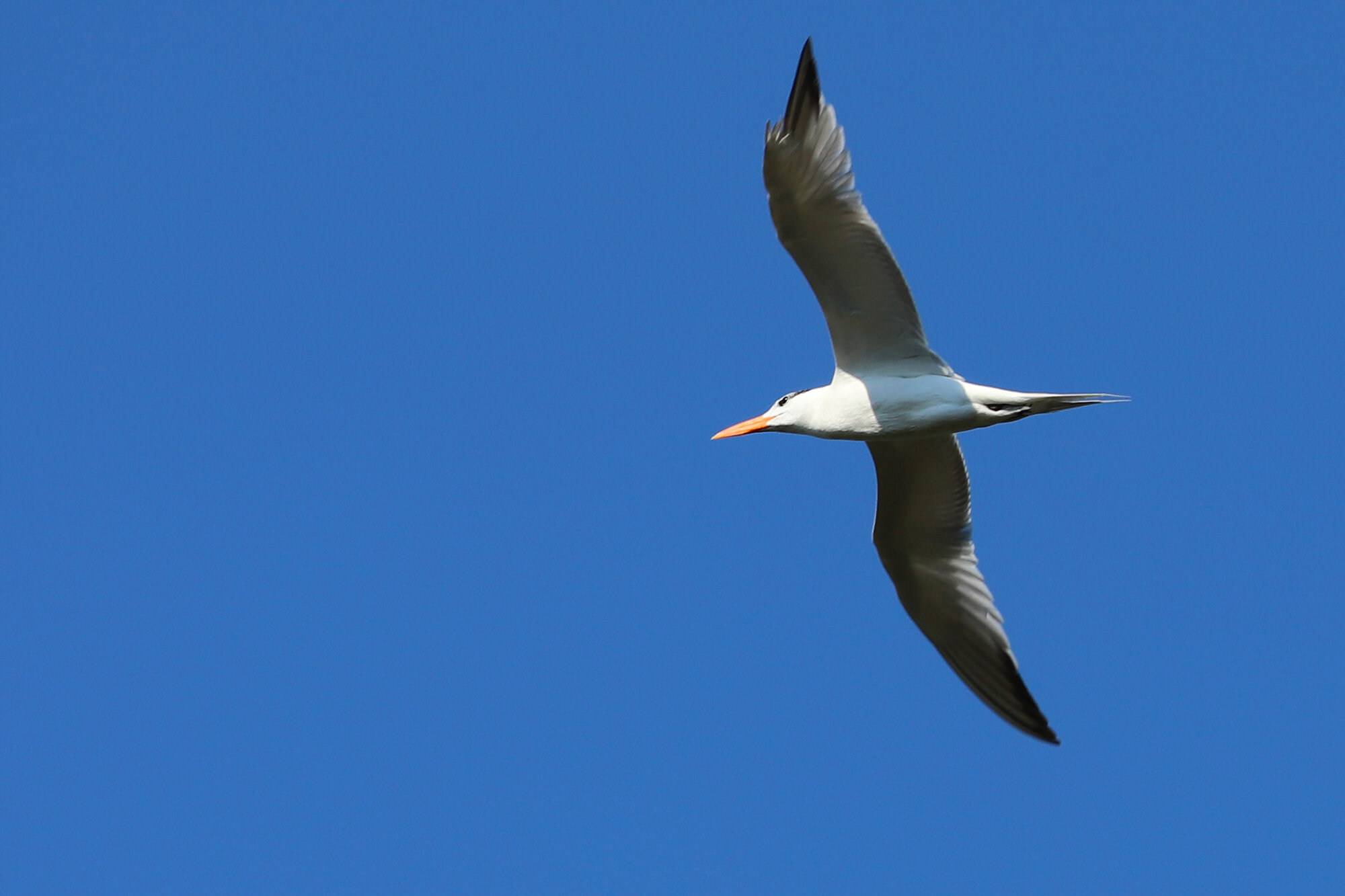
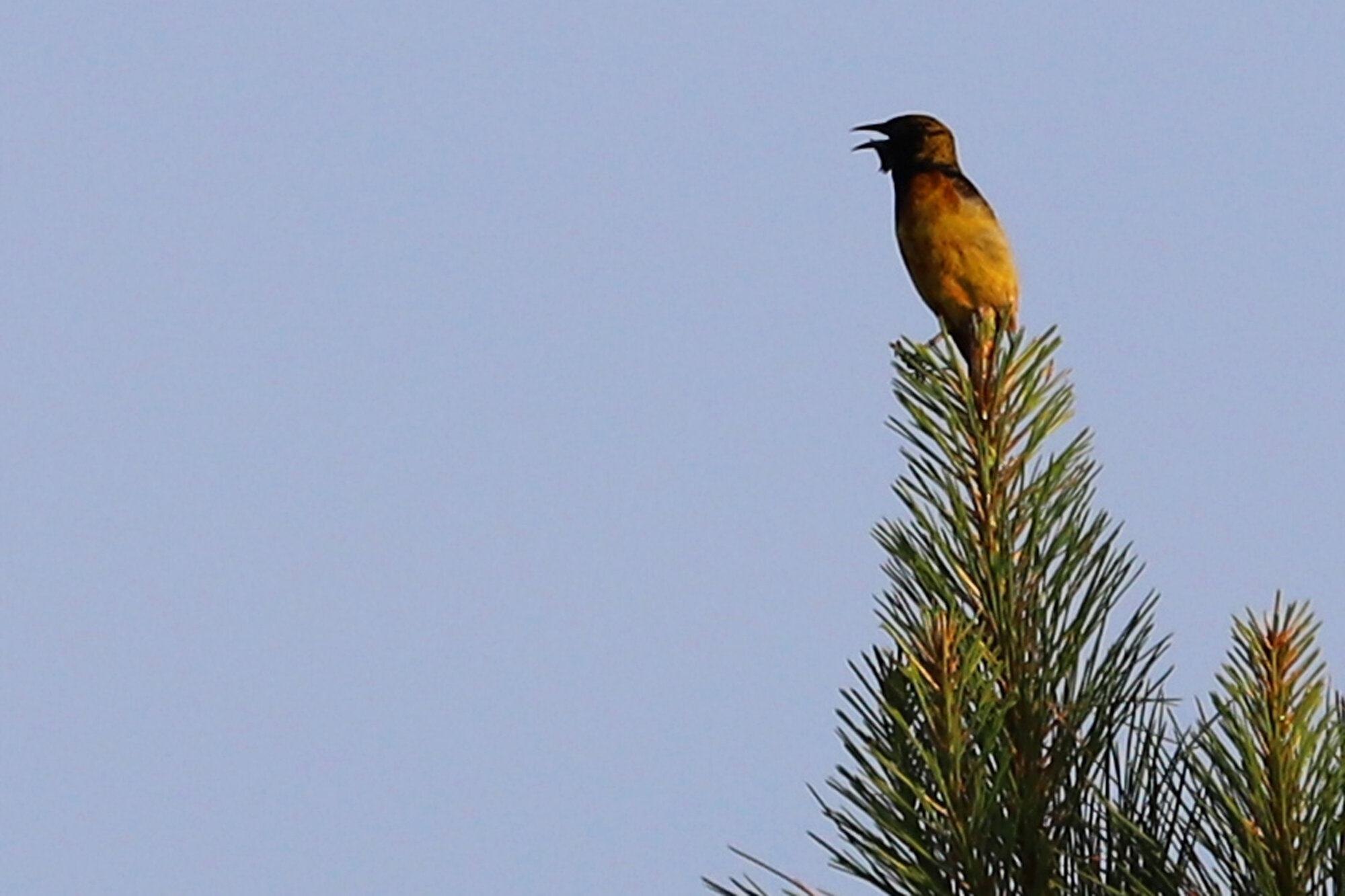
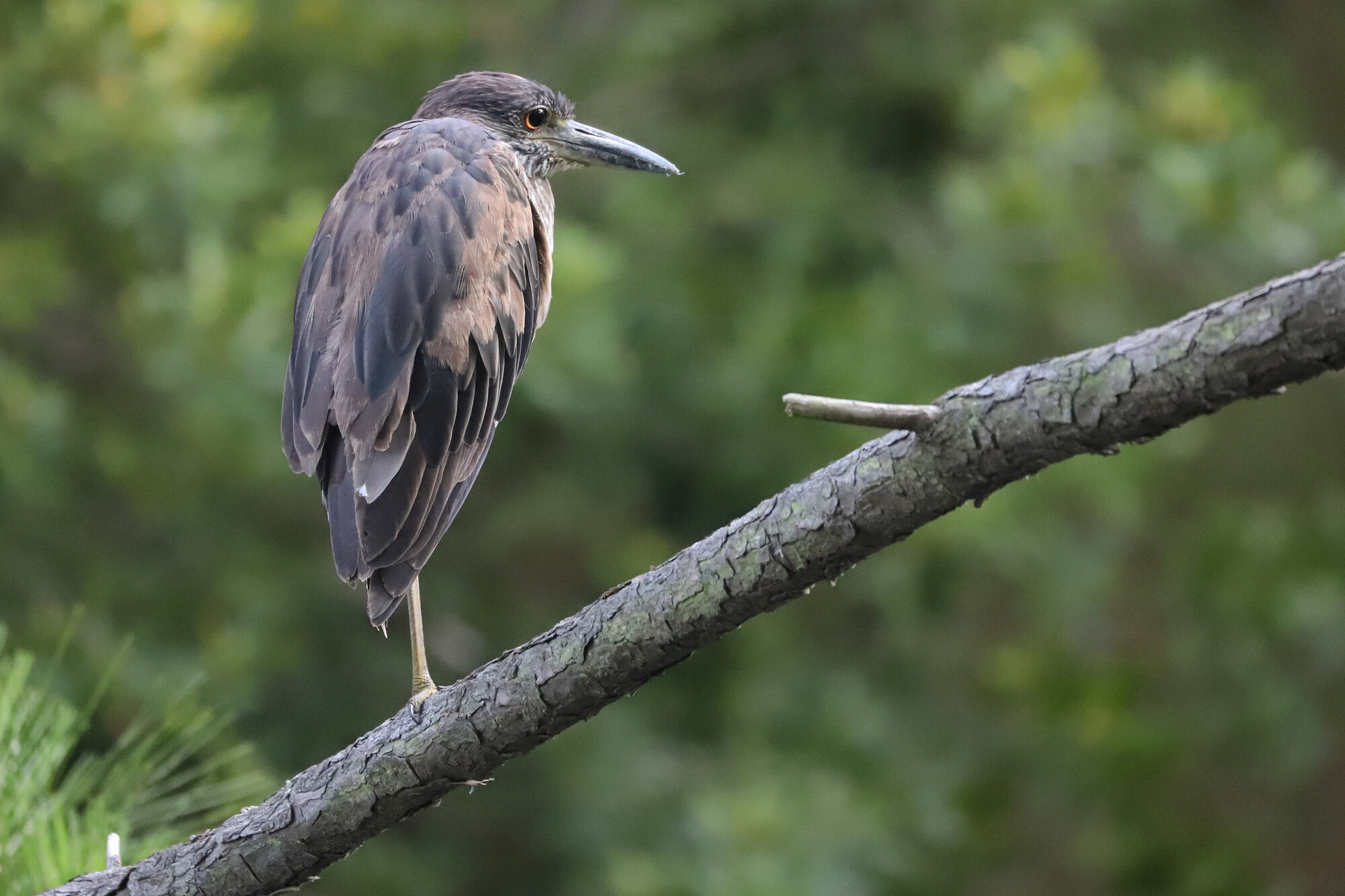
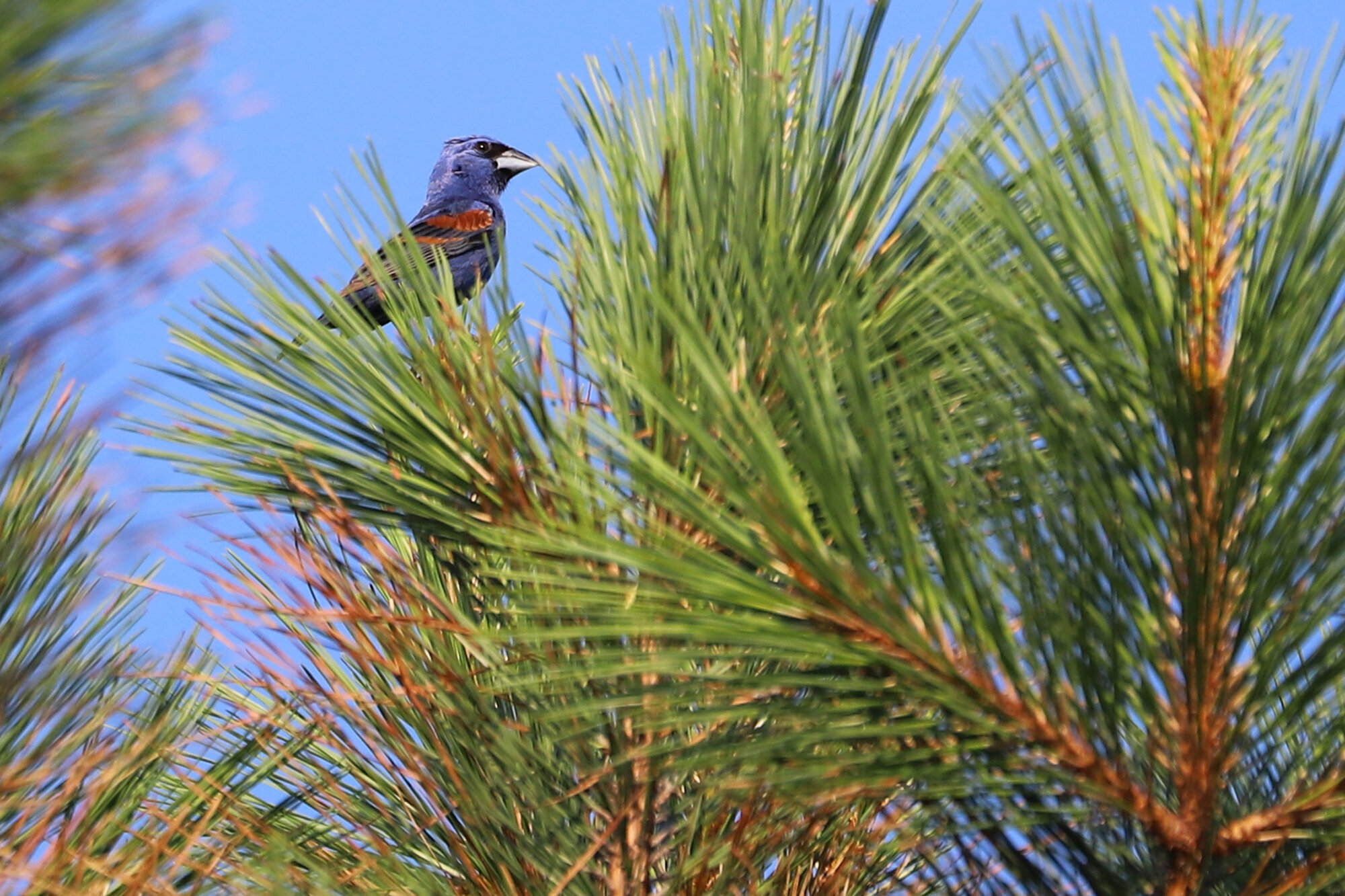
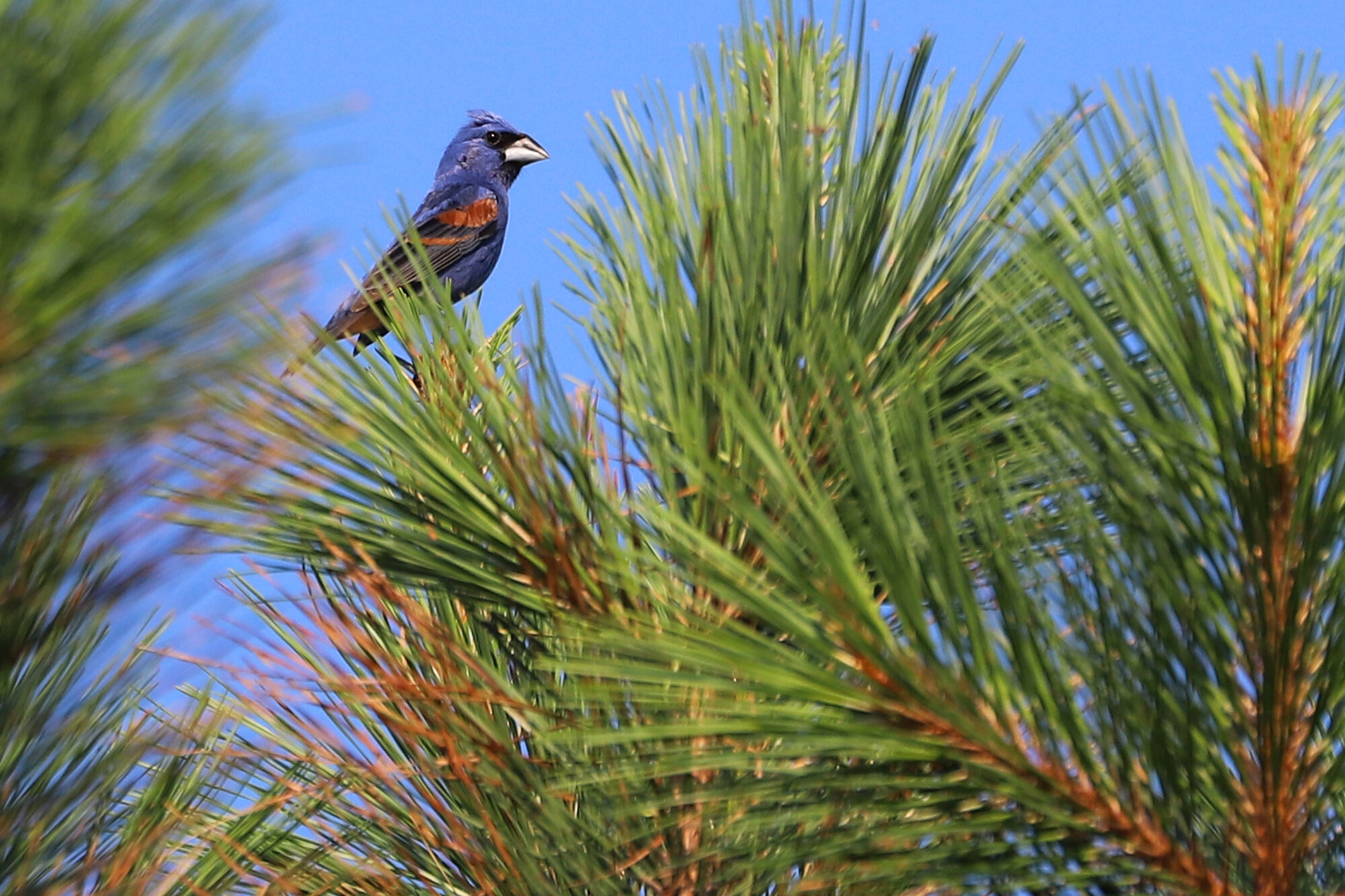

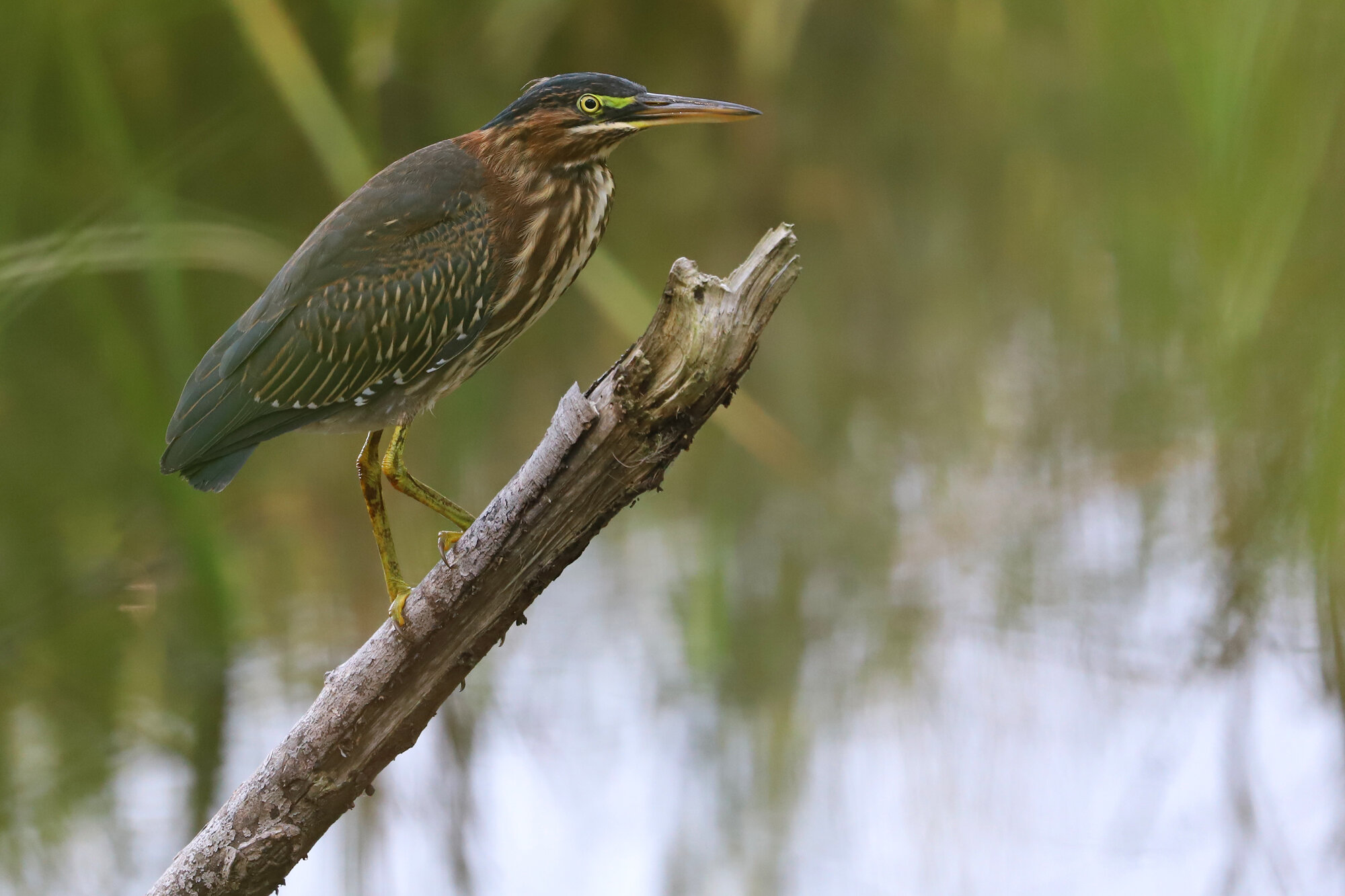
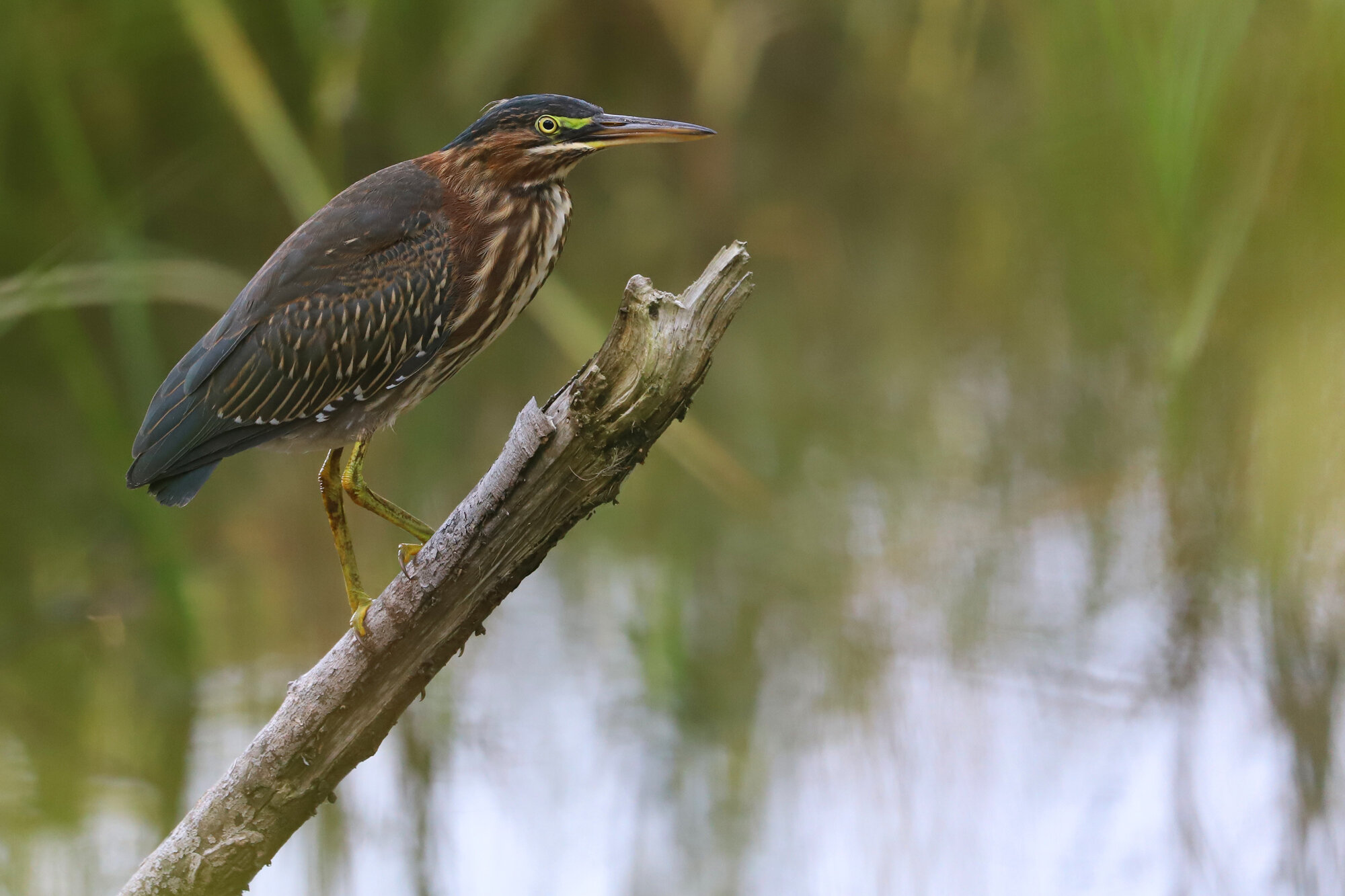
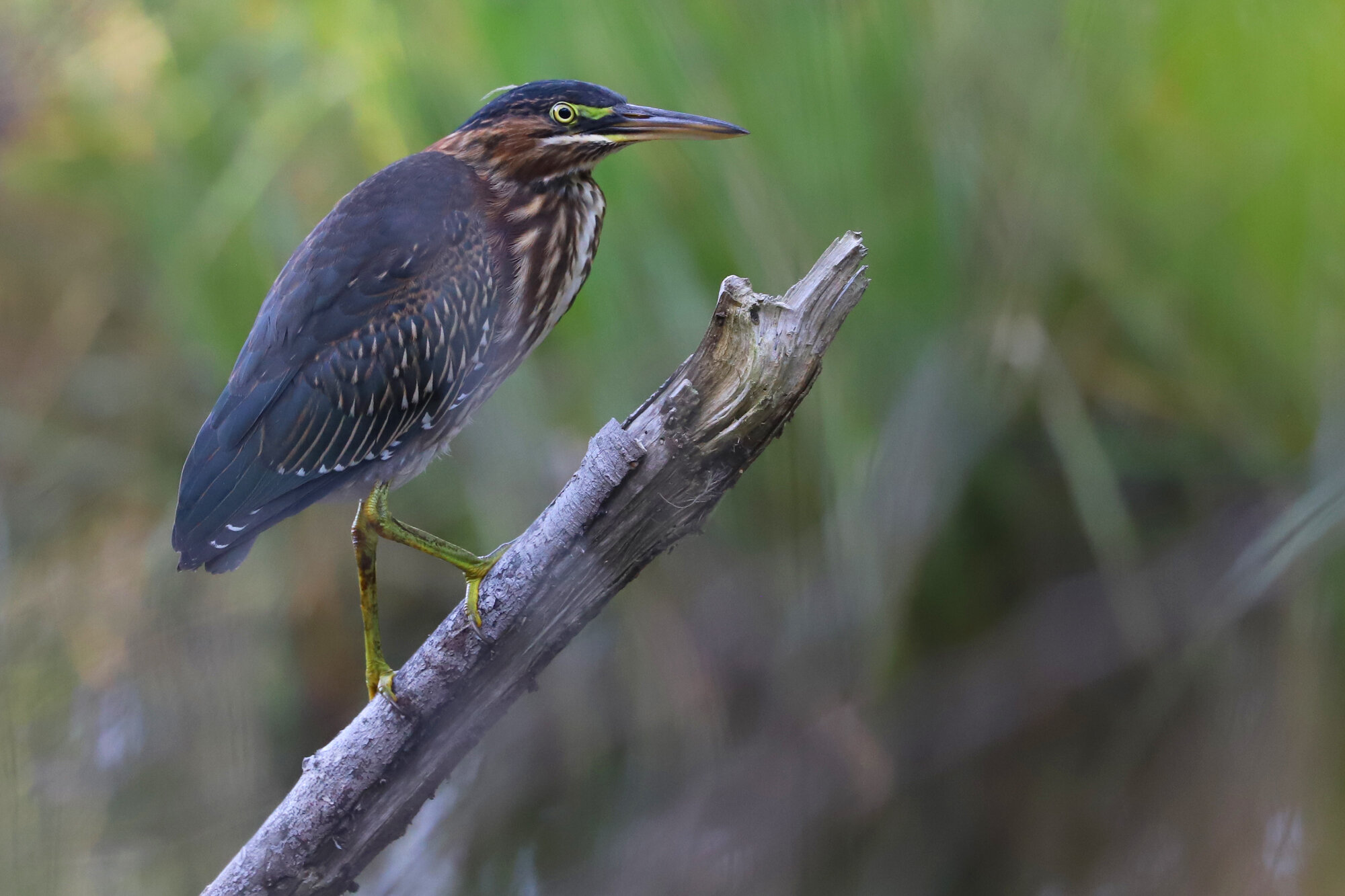
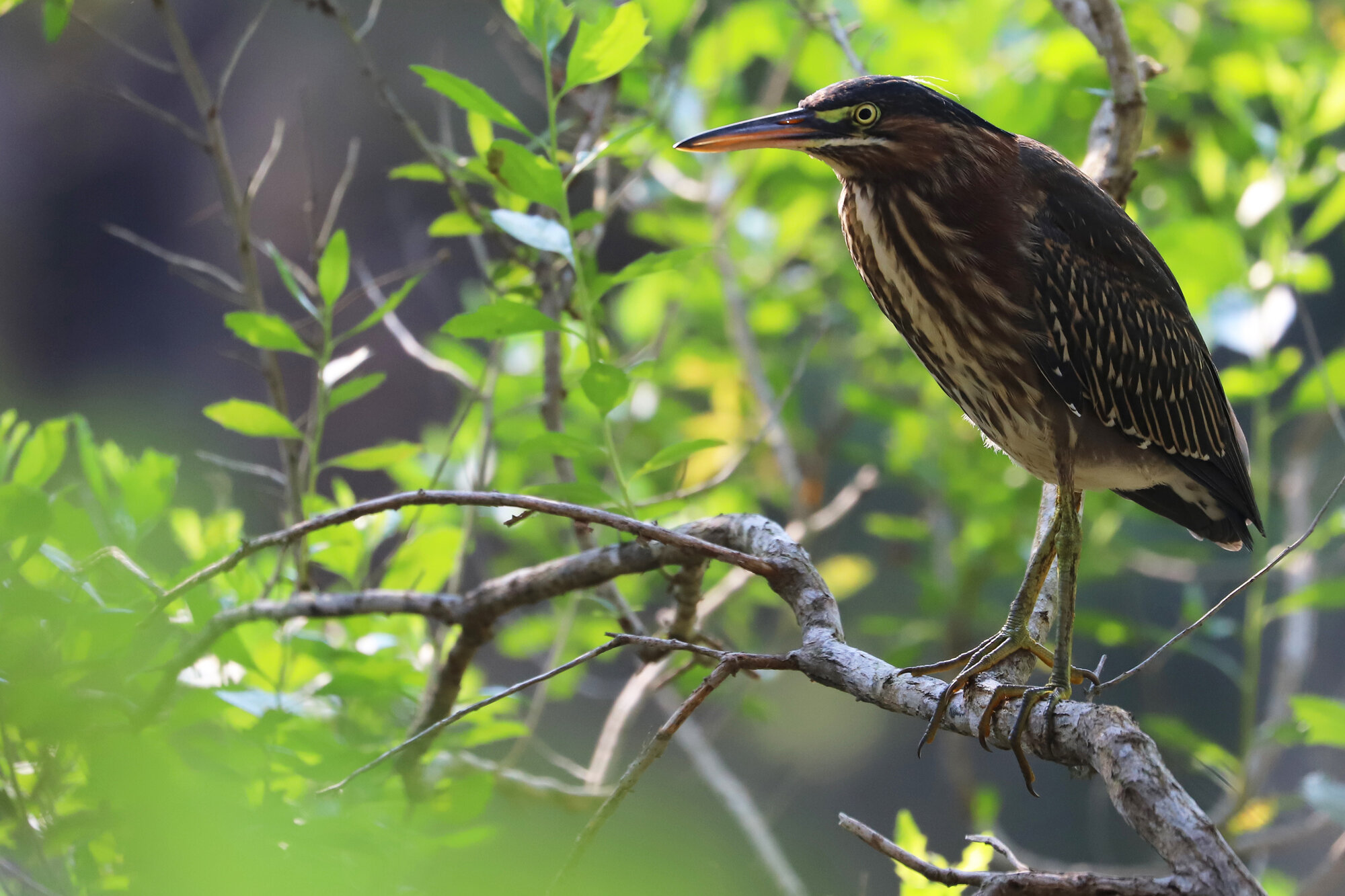
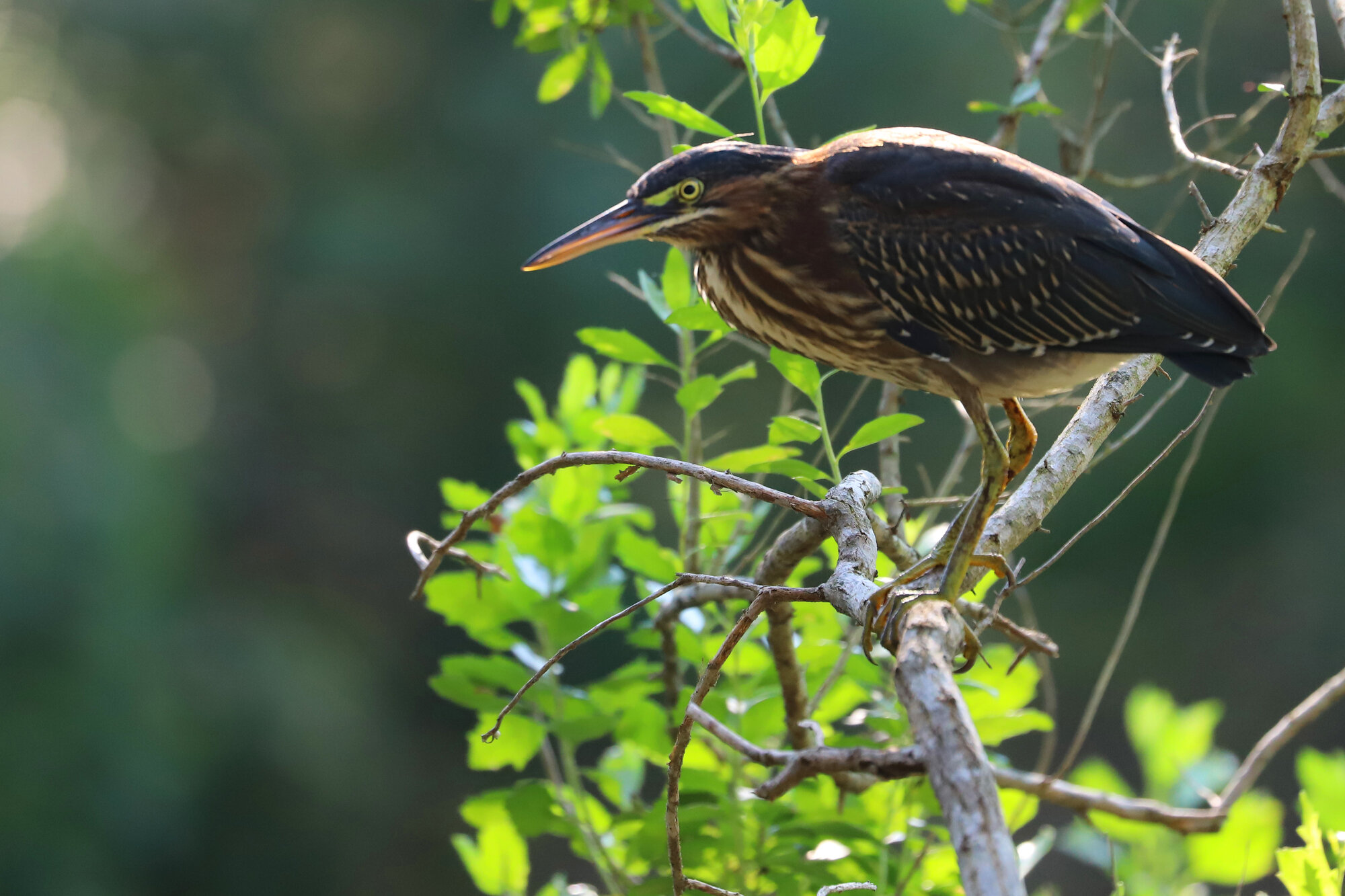
While an expected species among the freshwater and marshes and managed impoundments around Back Bay, at least two LEAST BITTERNS in the tidal marshes of the Lynnhaven River made for an excellent find from Bubba’s Restaurant off Shore Drive on 5 Jul (vis. Andrew Baldelli) after an individual was first noted in this area from Pleasure House Point NA on 28 Jul (vis. Gabriel Ricketts). These individuals continued through at least 25 Jul (vis. Andrew Baldelli) in the tidal marshes. This is now the third summer in a row that the species has been observed at this particular location, making it the only spot away from Back Bay in Virginia Beach with records over that time frame. In fact, back in 2018, the species was confirmed as a breeder for the 2nd Virginia Breeding Bird Atlas here, after an adult and fledgling were observed via kayak-birding on 21 Jun 2018 (a.r. Andrew Baldelli). What makes this particularly unique is that the marshes here are all salt/brackish marsh, rather than the freshwater marshes the species commonly inhabits in the southern portion of the city. Most other locations that hold this species throughout the state are freshwater as well, so it is curious as to why they’ve selected the Lynnhaven River as a summering location, especially given the volume of recreational boaters/kayakers that frequent the edges of the marshy islands. (Jul 2020 Map)
As mentioned in the June entry, MISSISSIPPI KITES have certainly become more expected throughout Virginia Beach in recent years, but summertime records have typically been limited to areas where nesting has been confirmed, primarily north of I-264 in Kings Grant, Thoroughgood, and Lake Smith Terrace where a whopping nine were reported on 3 Jul (vis. Tracy Tate) which topped the prior high count of five in that area. This month however, records continued to occur around Larkspur, after a single individual kicked things off at this location back on 7 May (vis. Amy & Steve Myers) and at least fourteen individuals were nearby on 19 Jun (ph. Rob Bielawski), marking the highest count Virginia Beach has ever had for the species. During July, at least three continued here on 9 Jul (vis. Amy & Steve Myers), and with reports continuing of four occurring as recently as 31 Jul (vis. Steve Myers). Additionally, one was spotted flying over Interstate 64 near the bridge crossing of the Eastern Branch of the Elizabeth River on 11 Jul (vis. David Clark), and there were murmurings on social media of others in nearby neighborhoods. Clearly, this species has exploded in population in Virginia Beach within the last few years. (Jul 2020 Map)
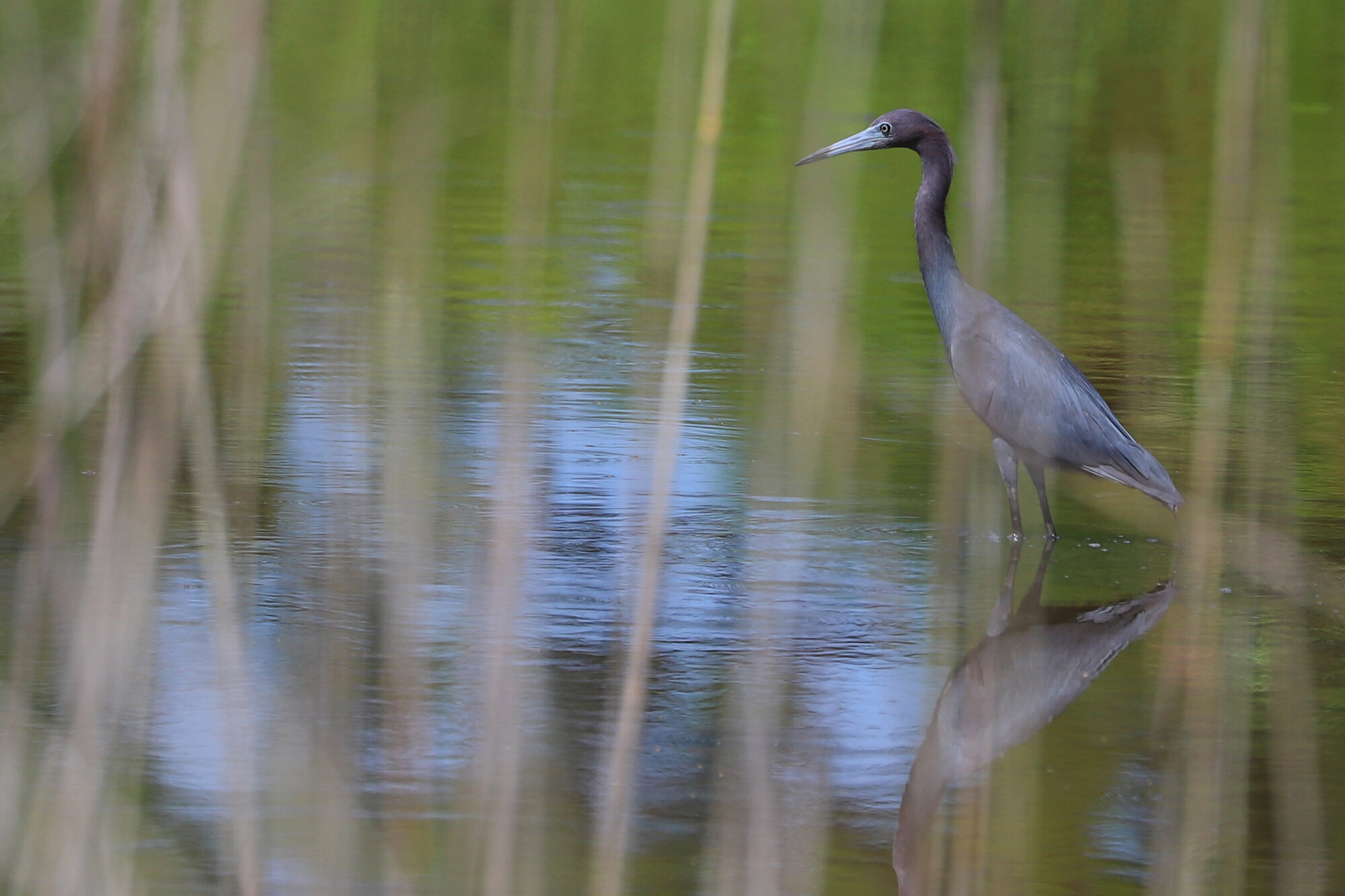
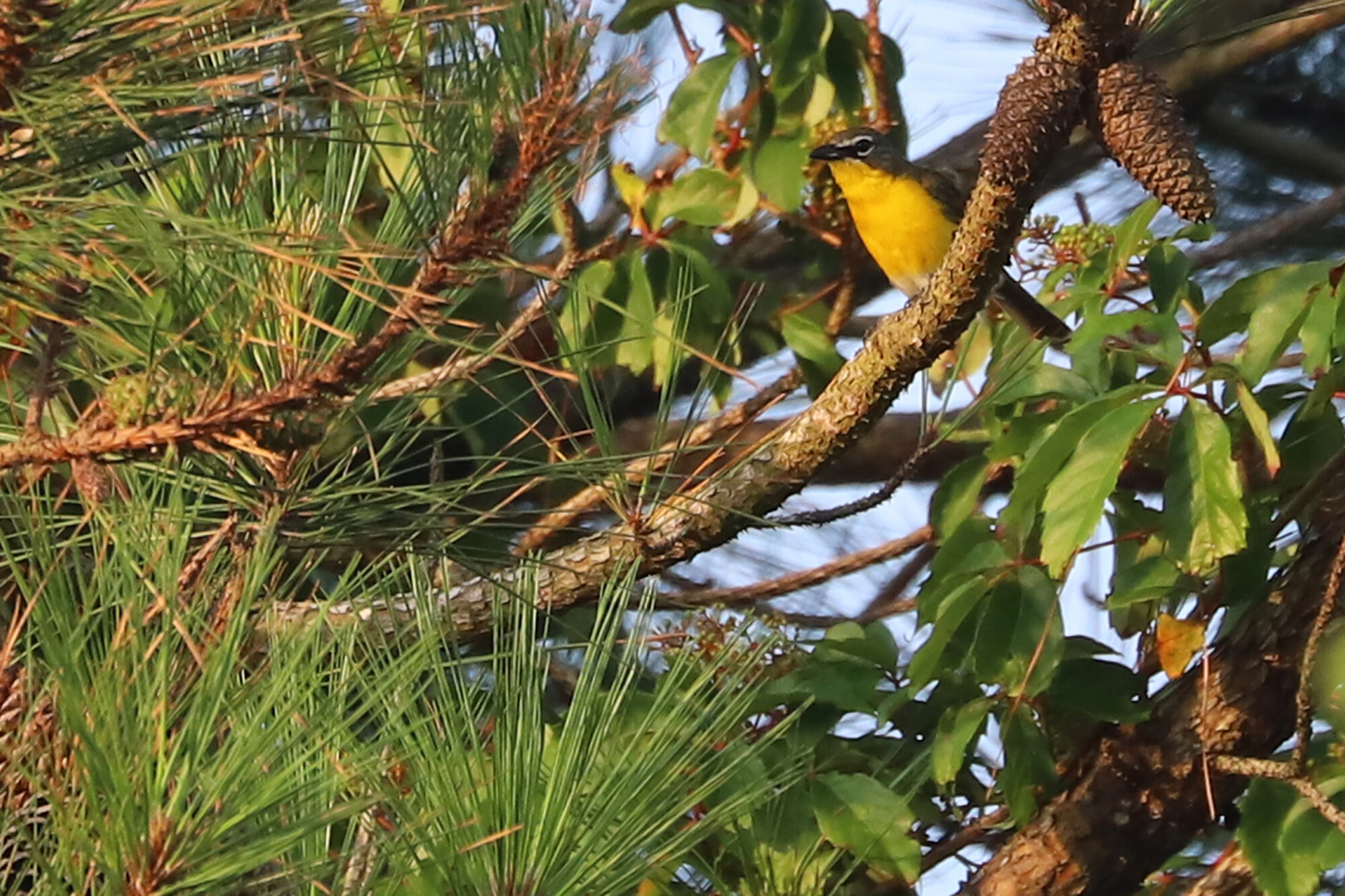
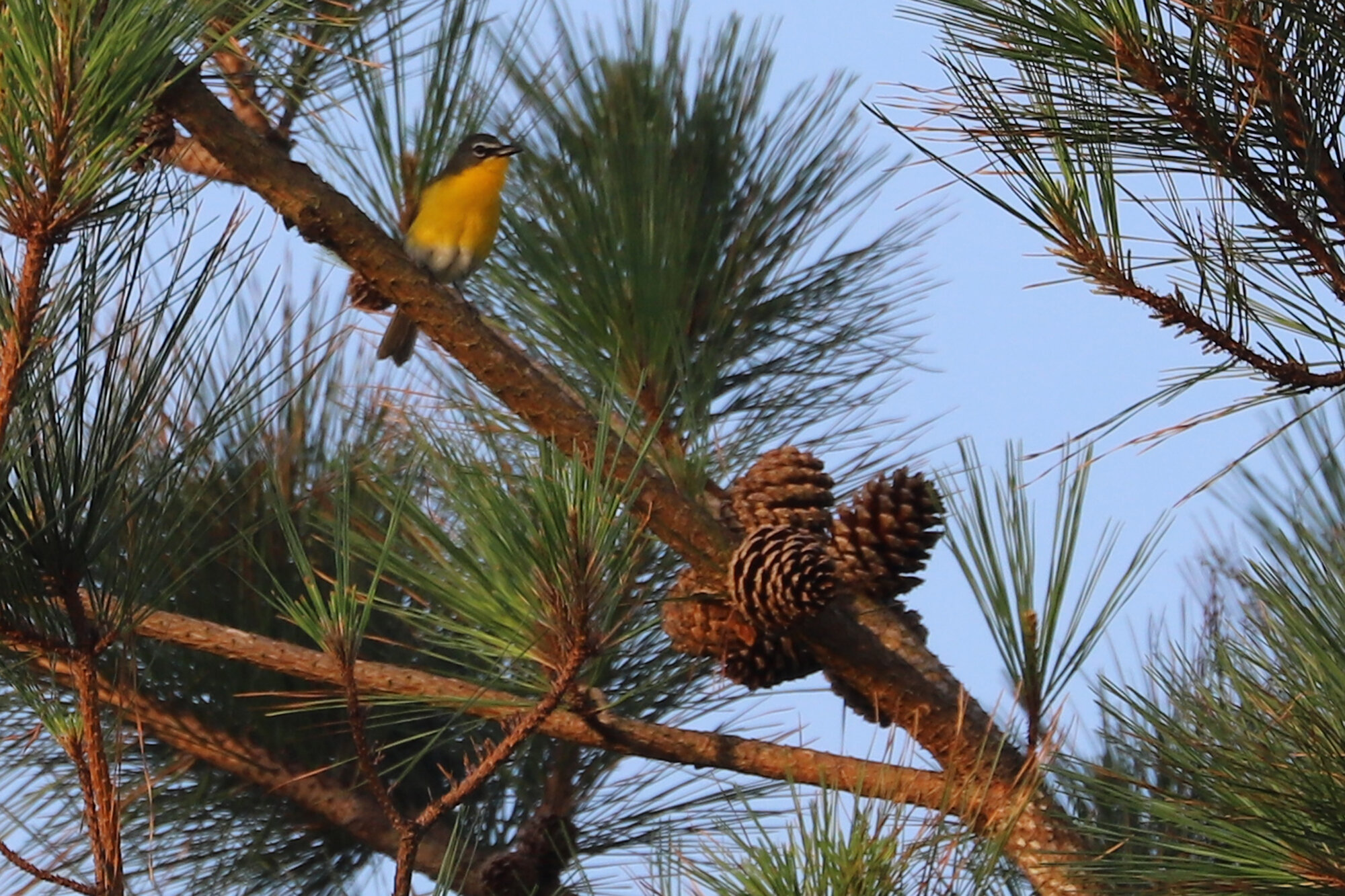
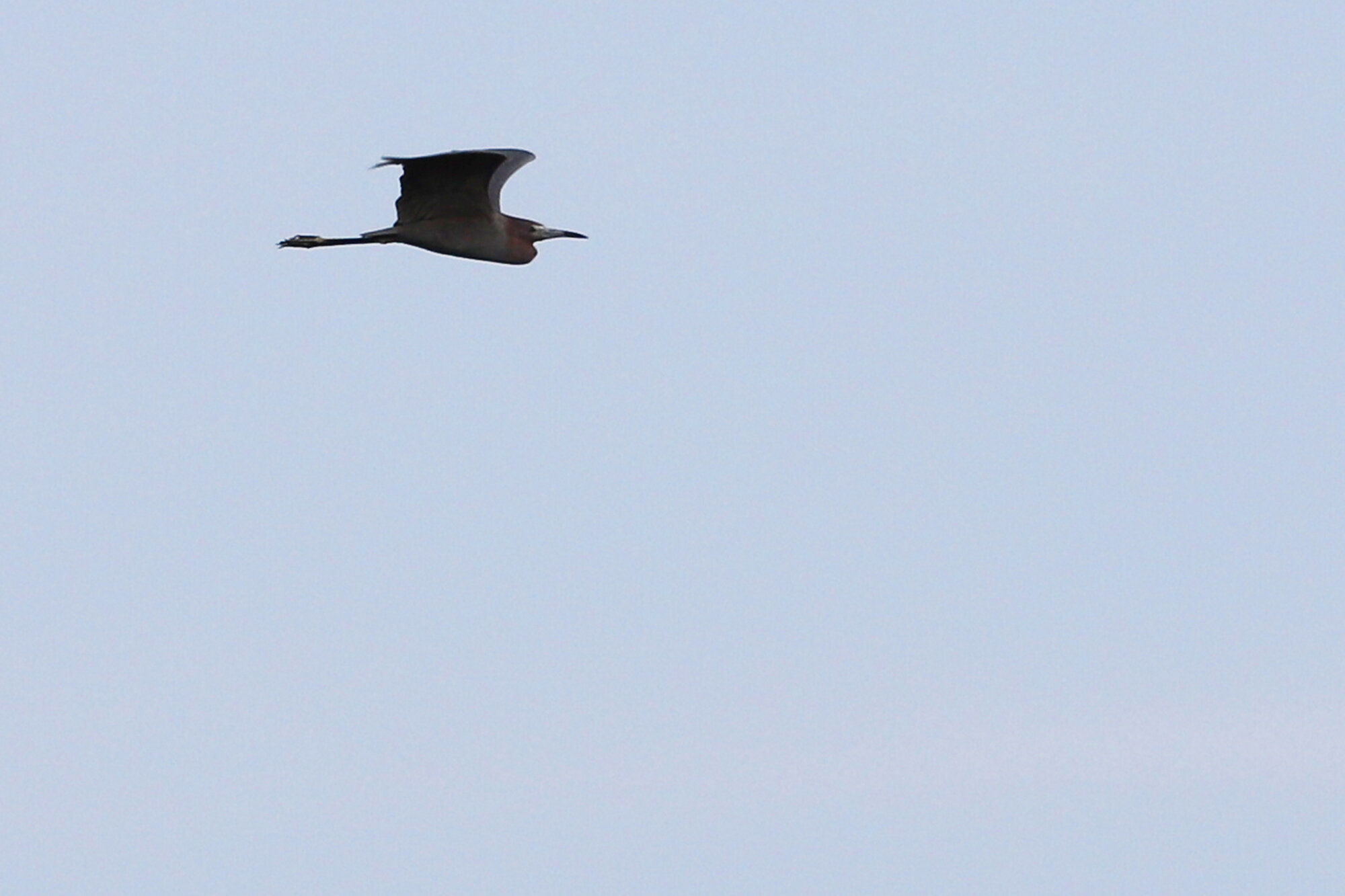
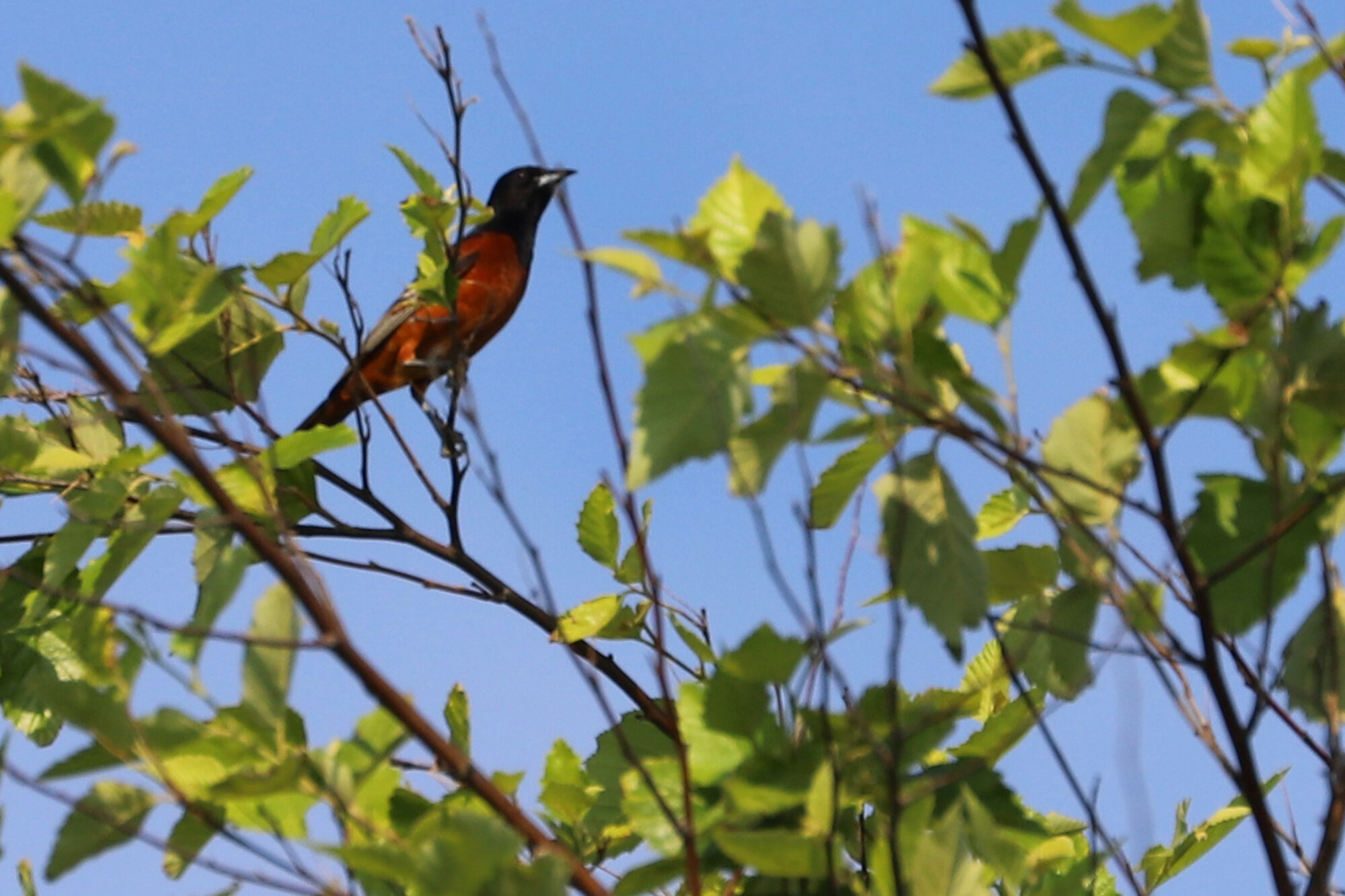
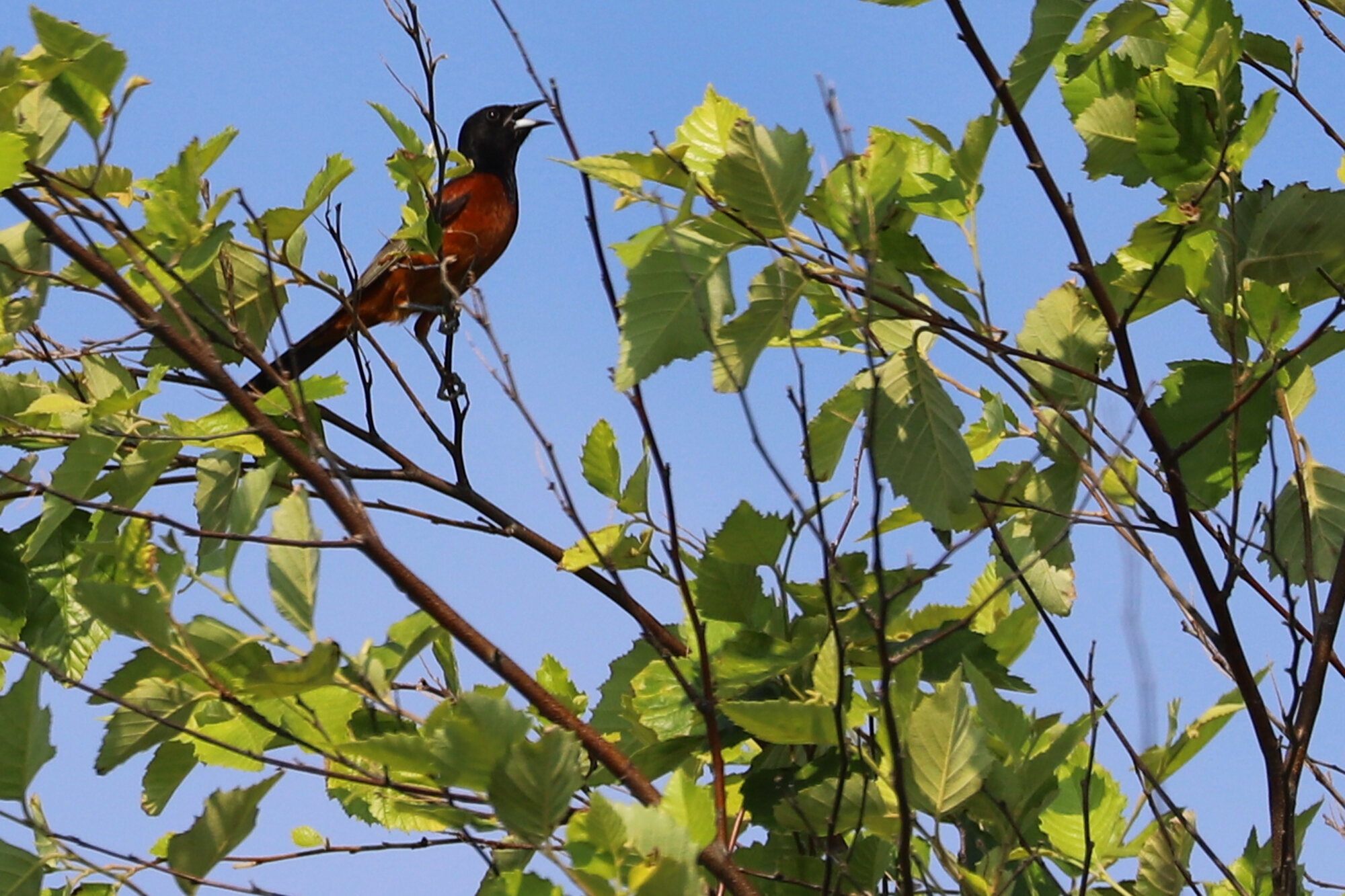

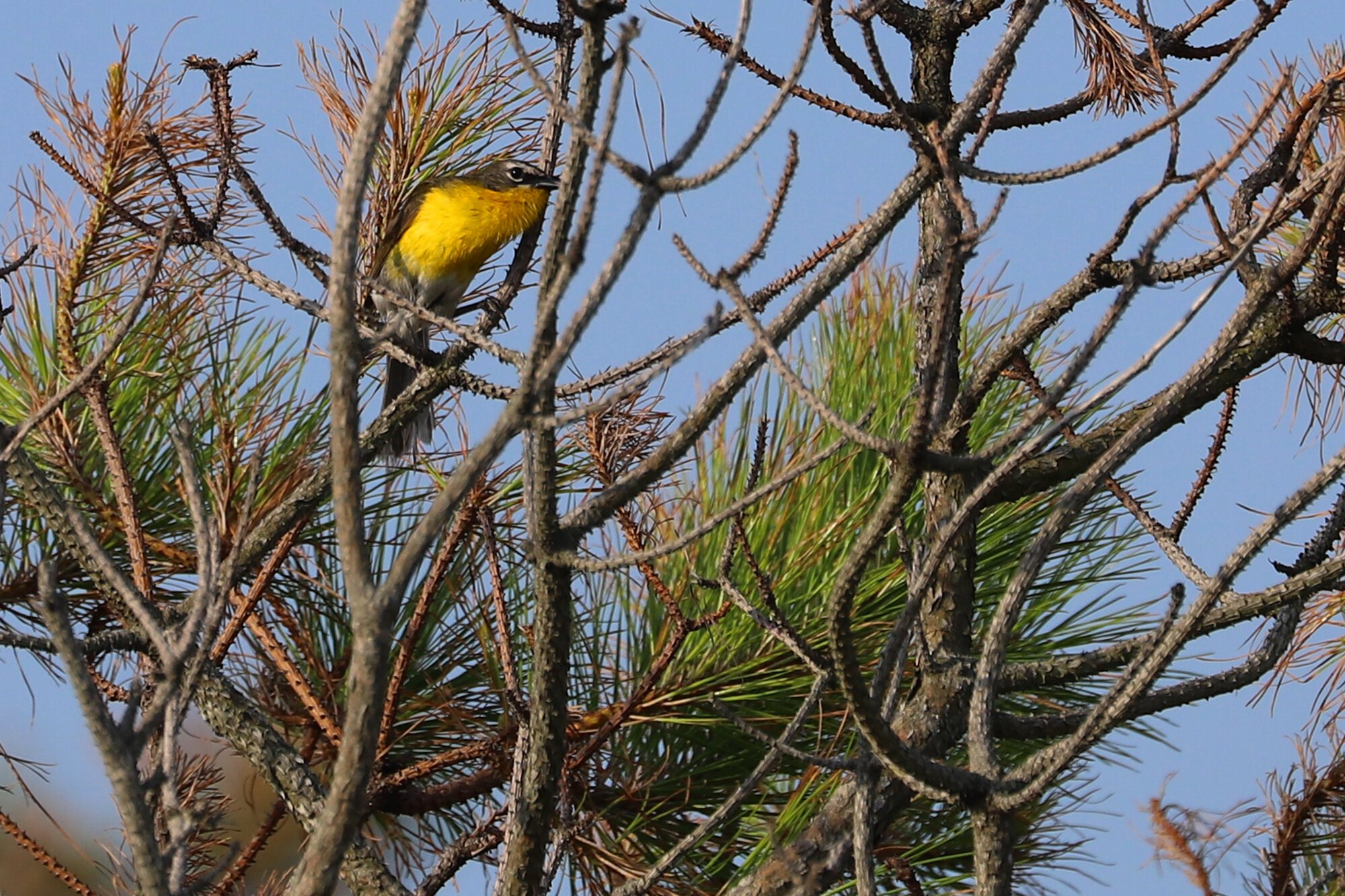
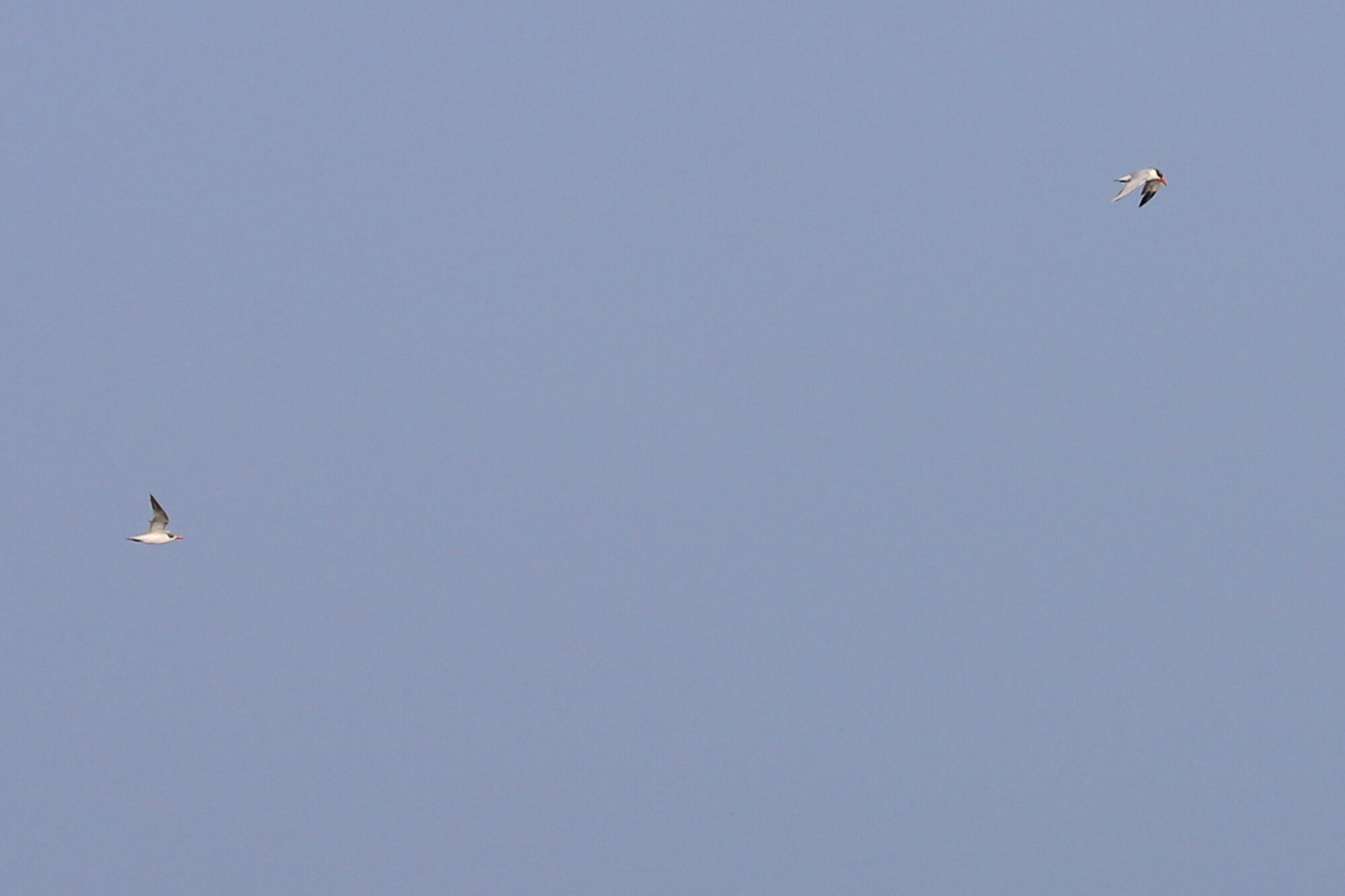
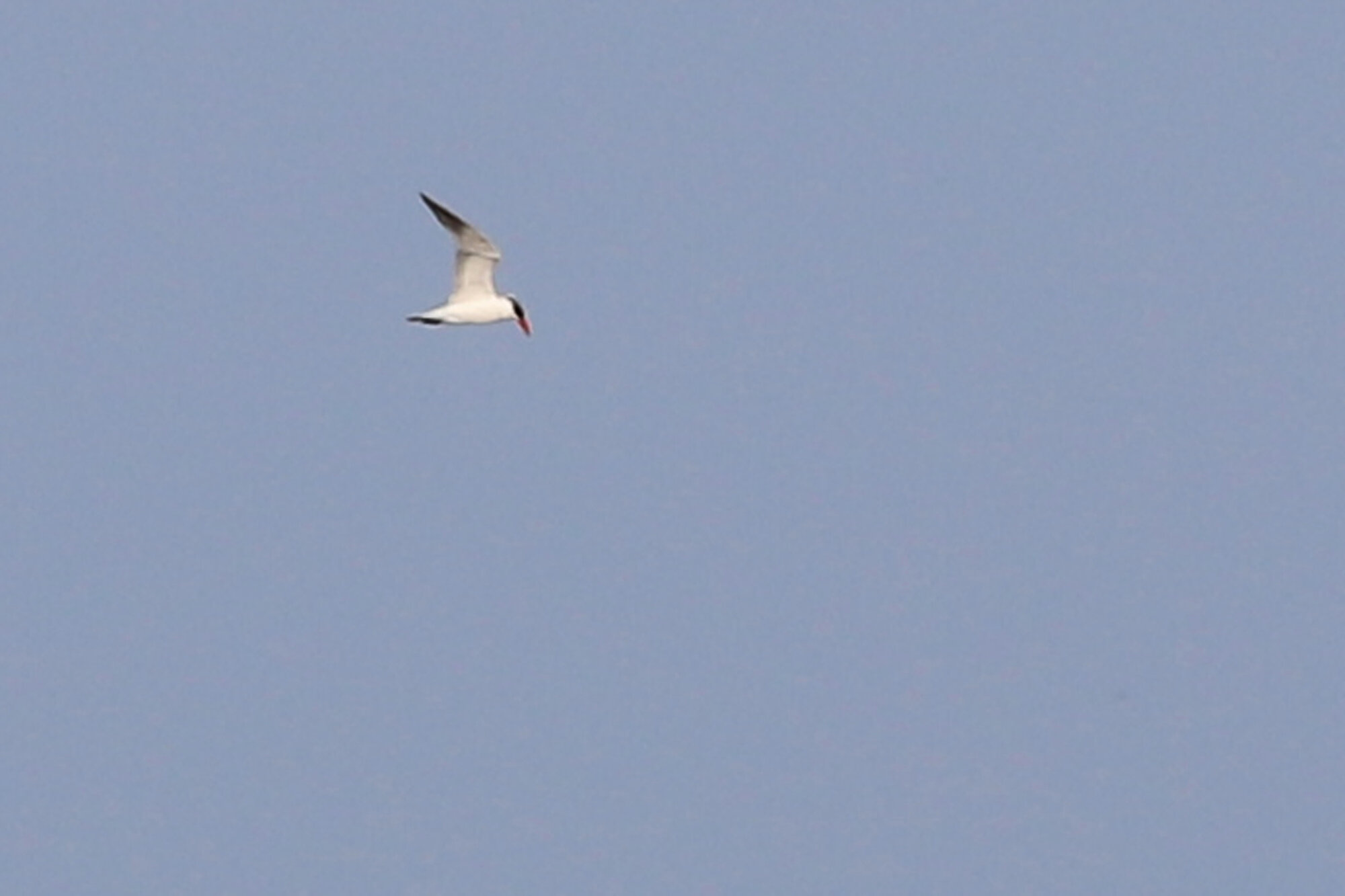
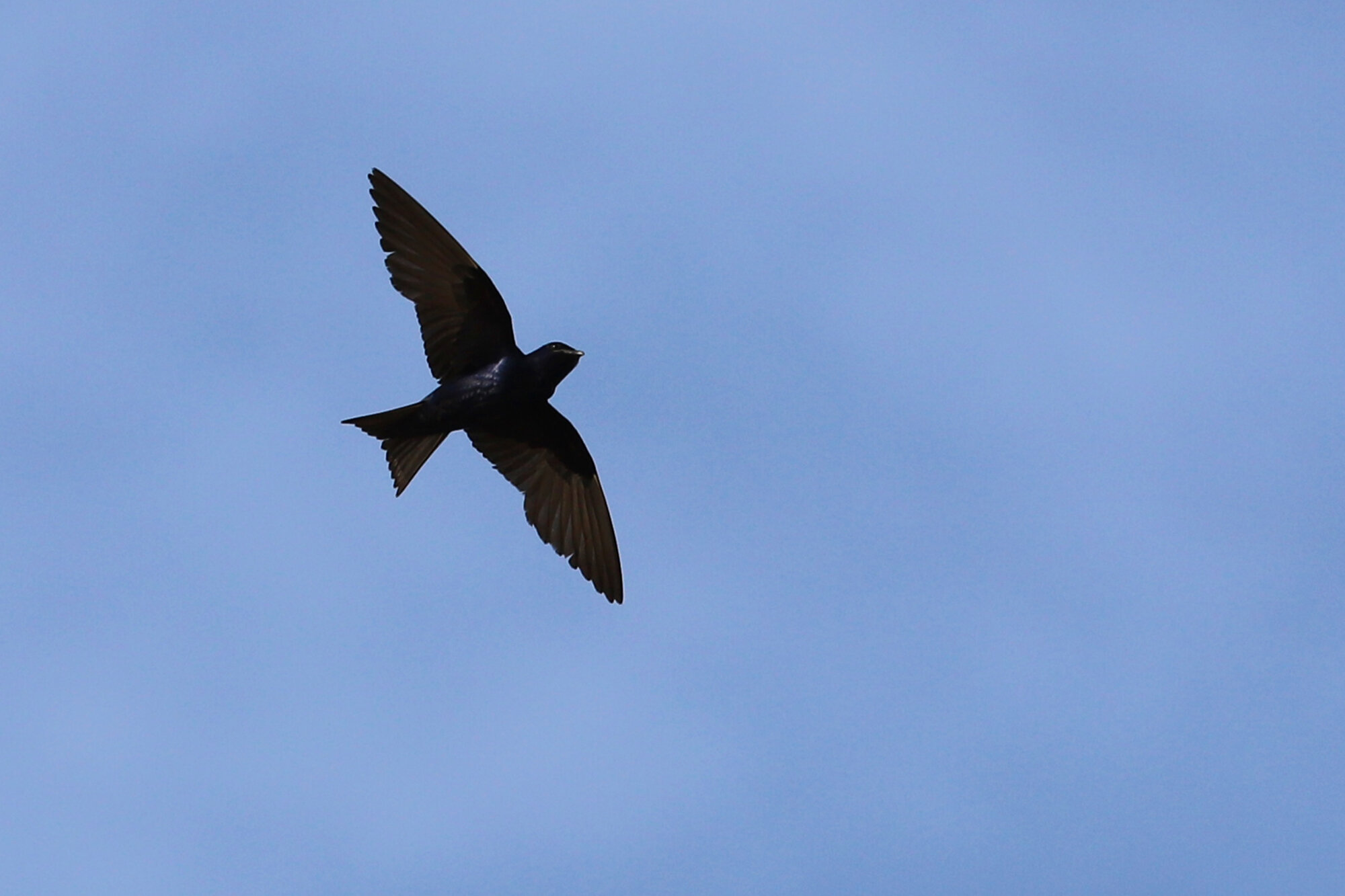

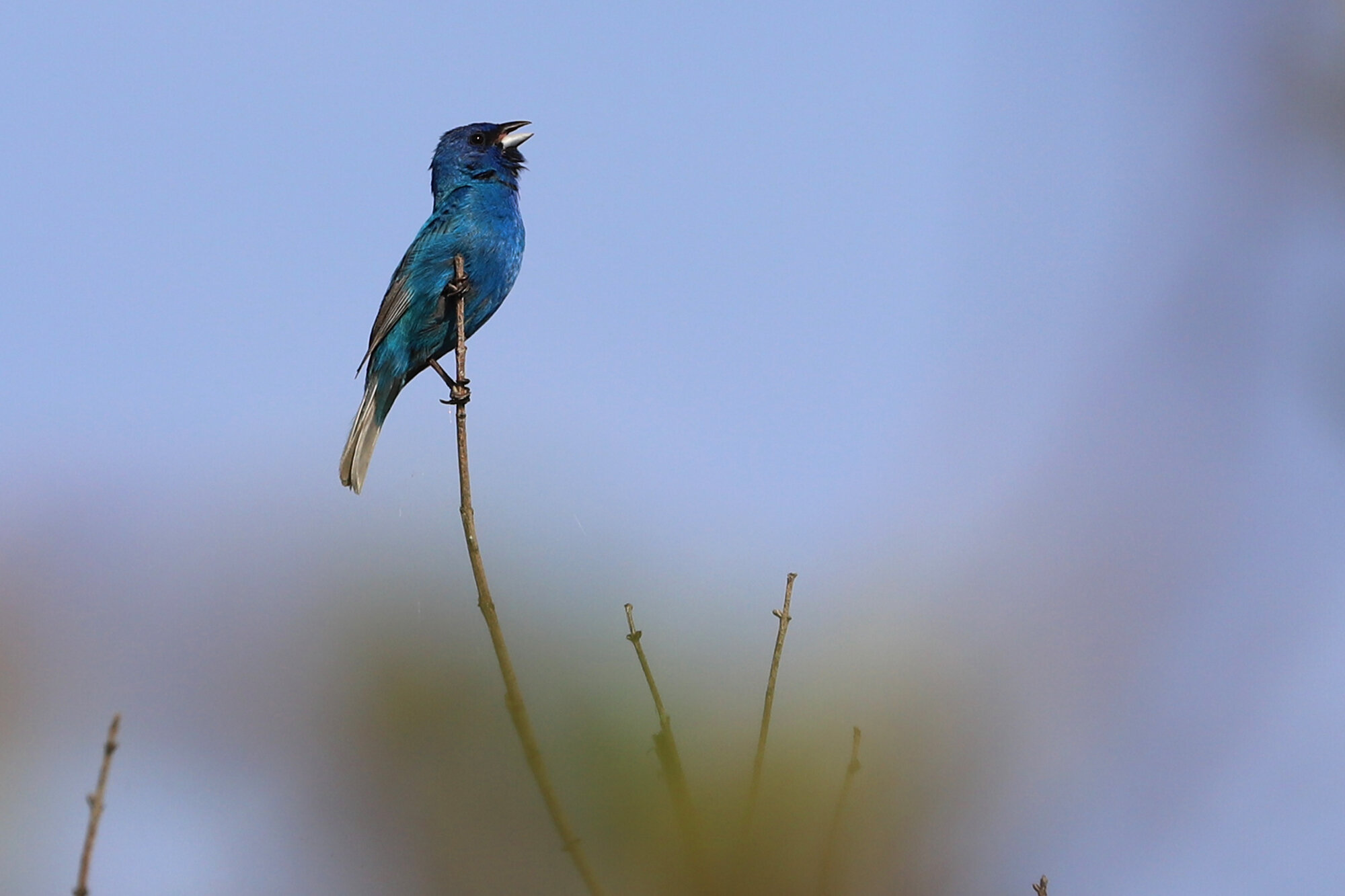
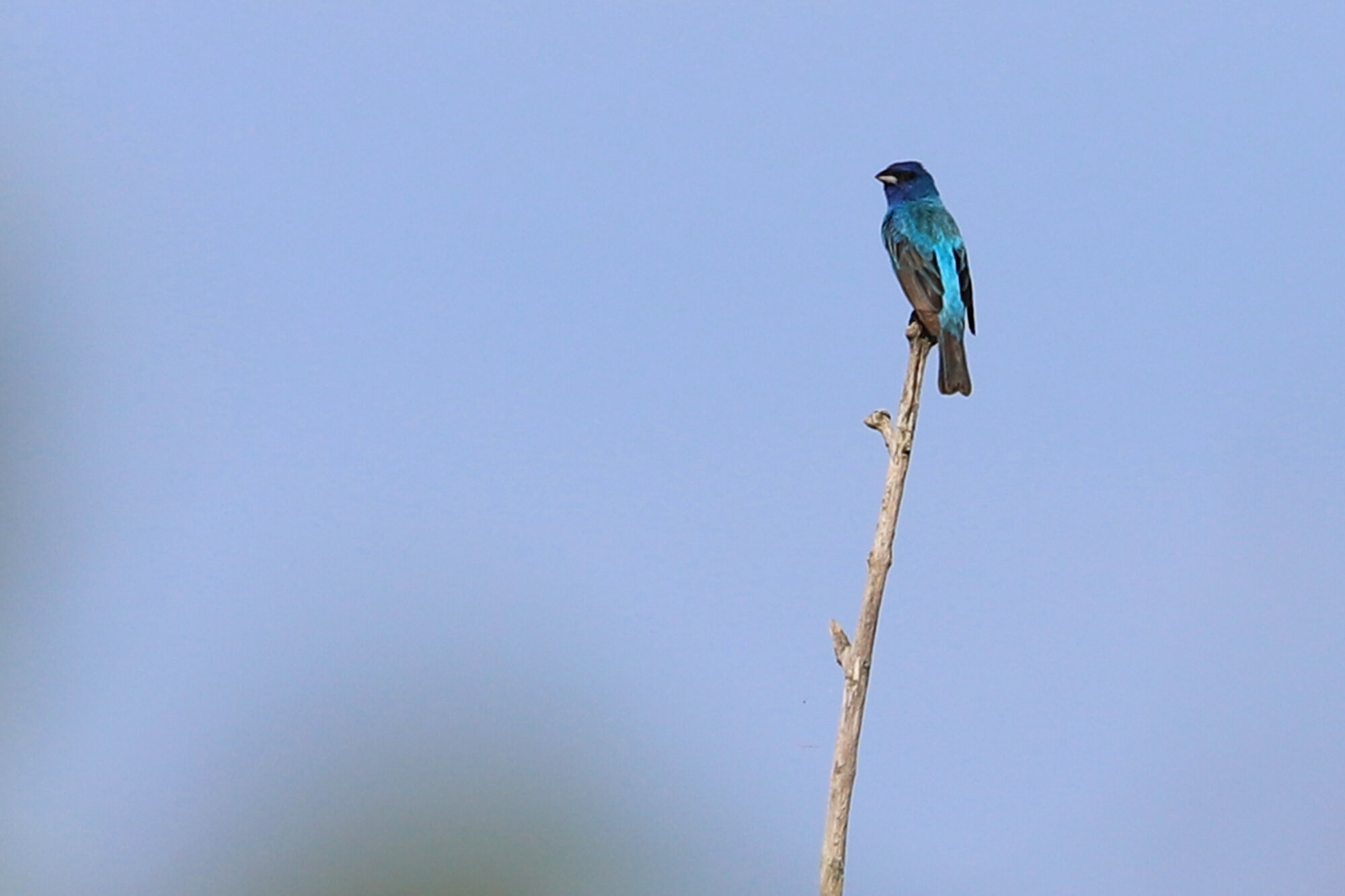
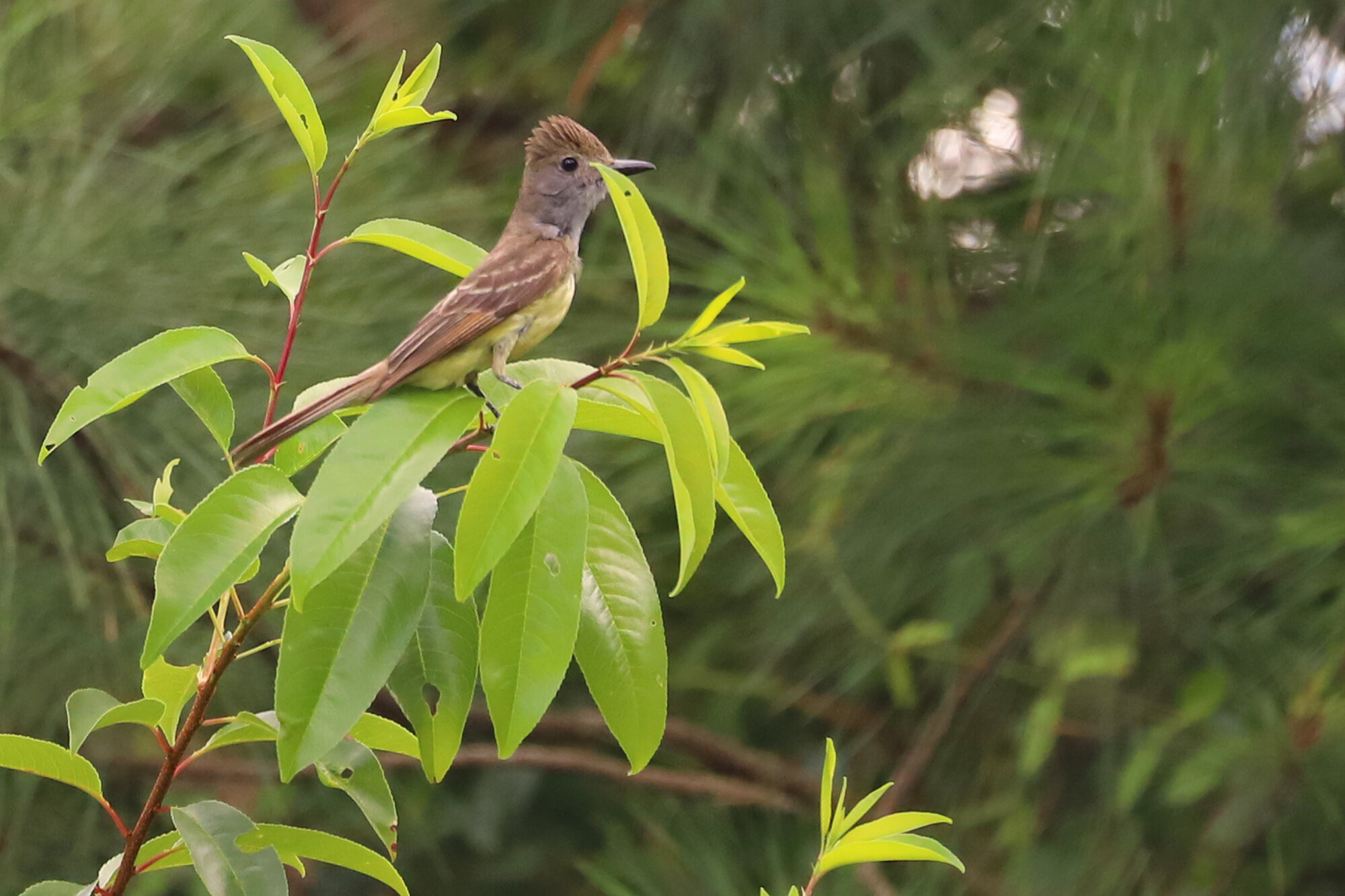
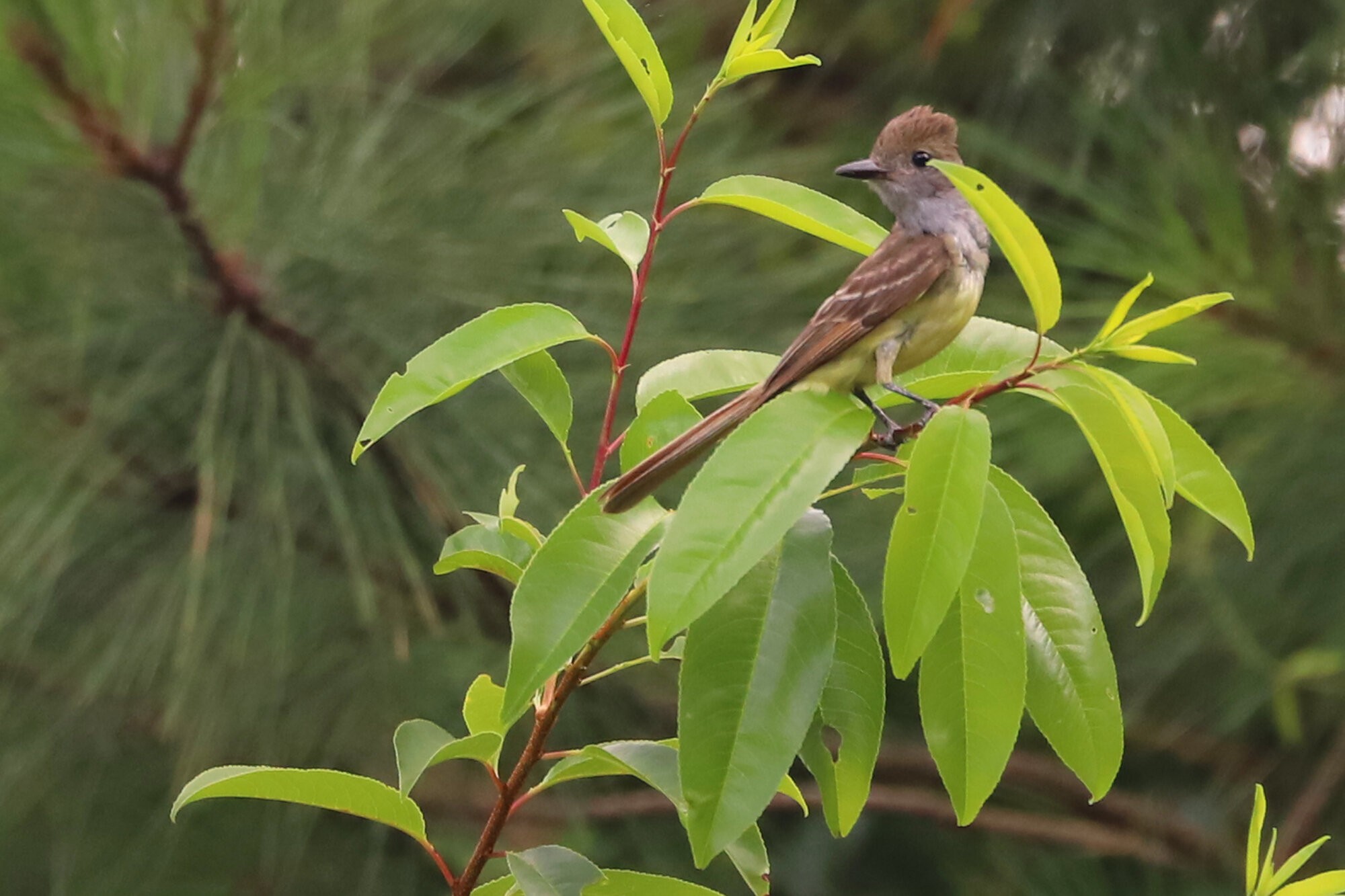
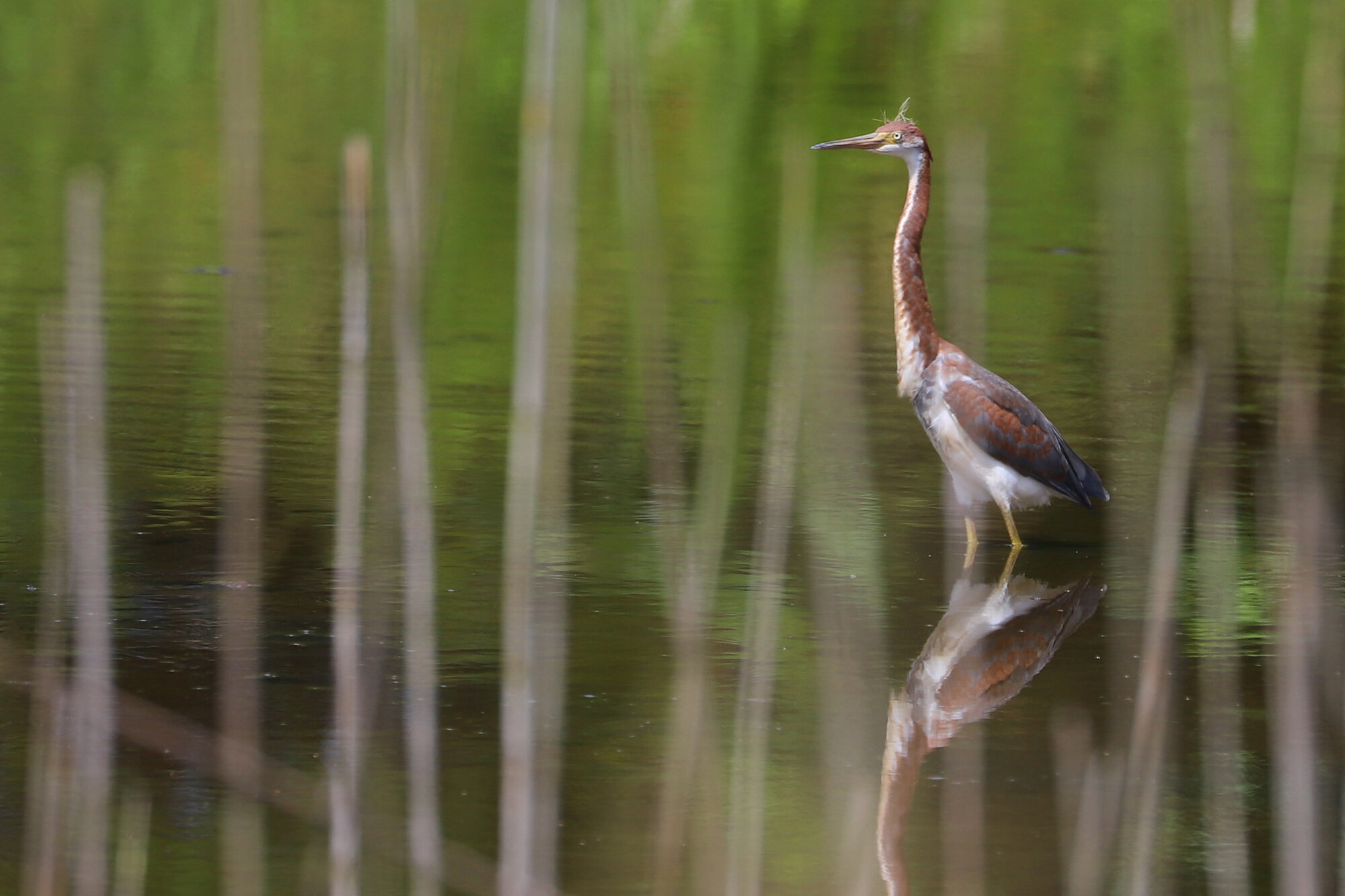
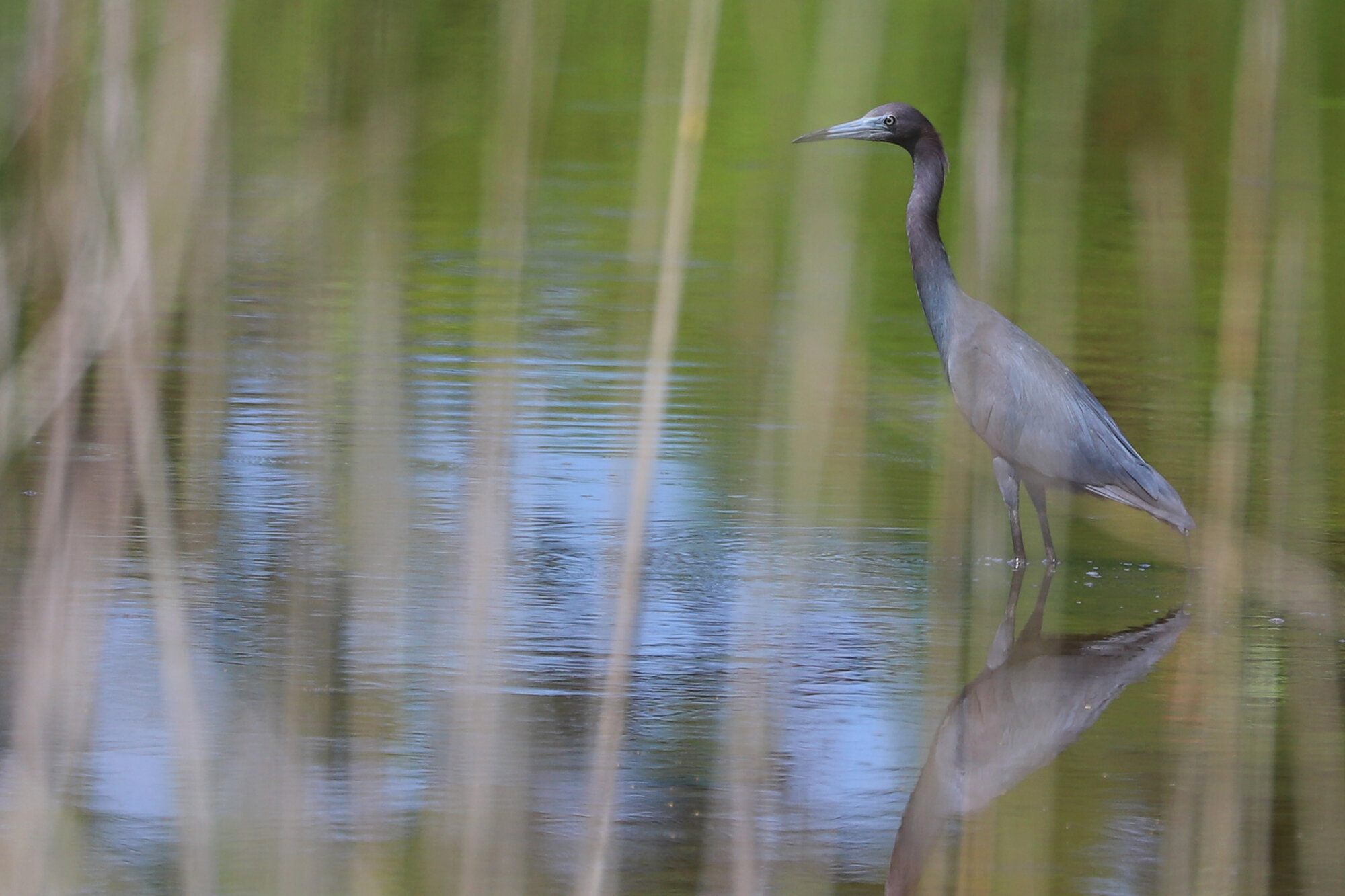
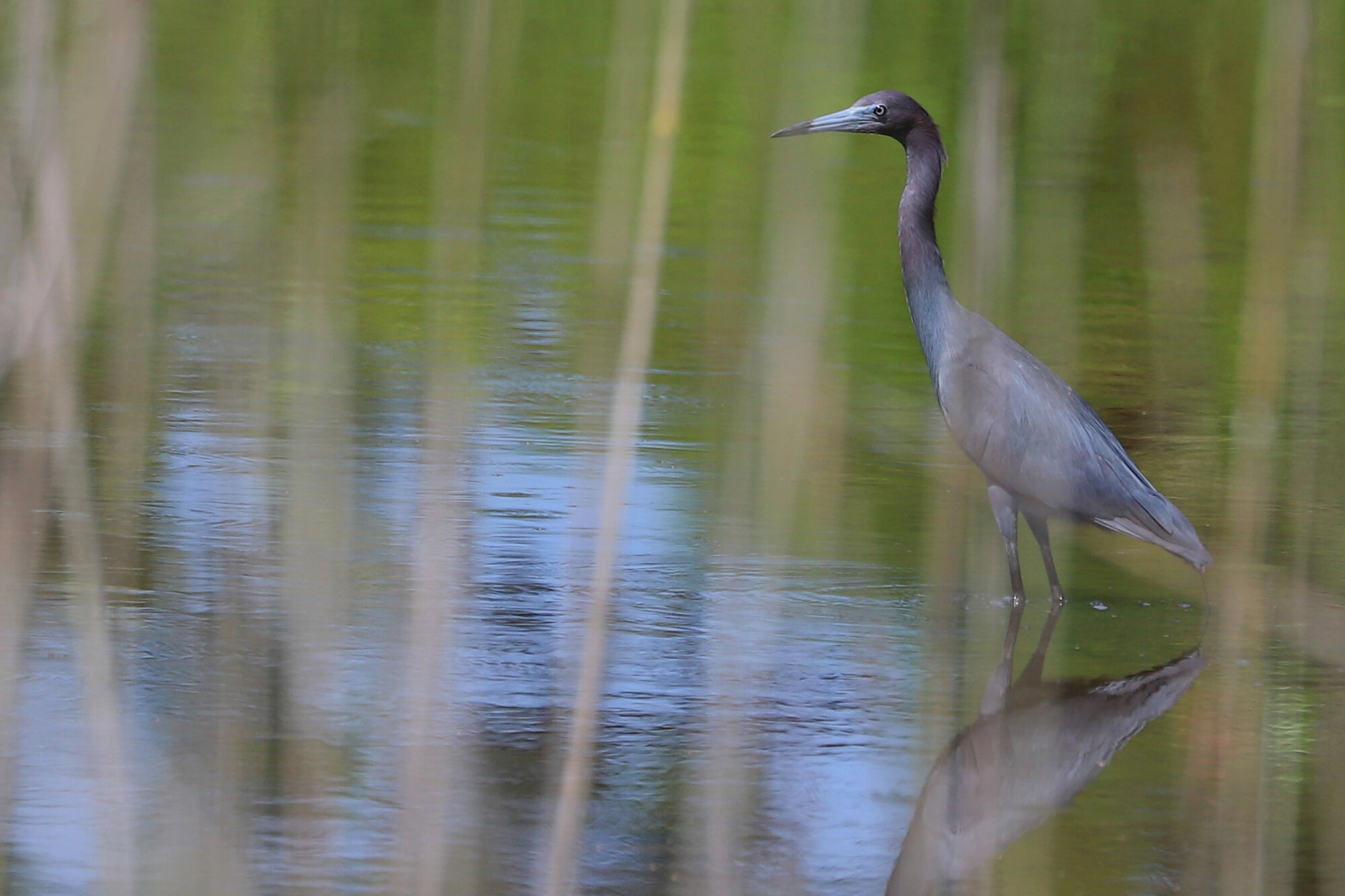

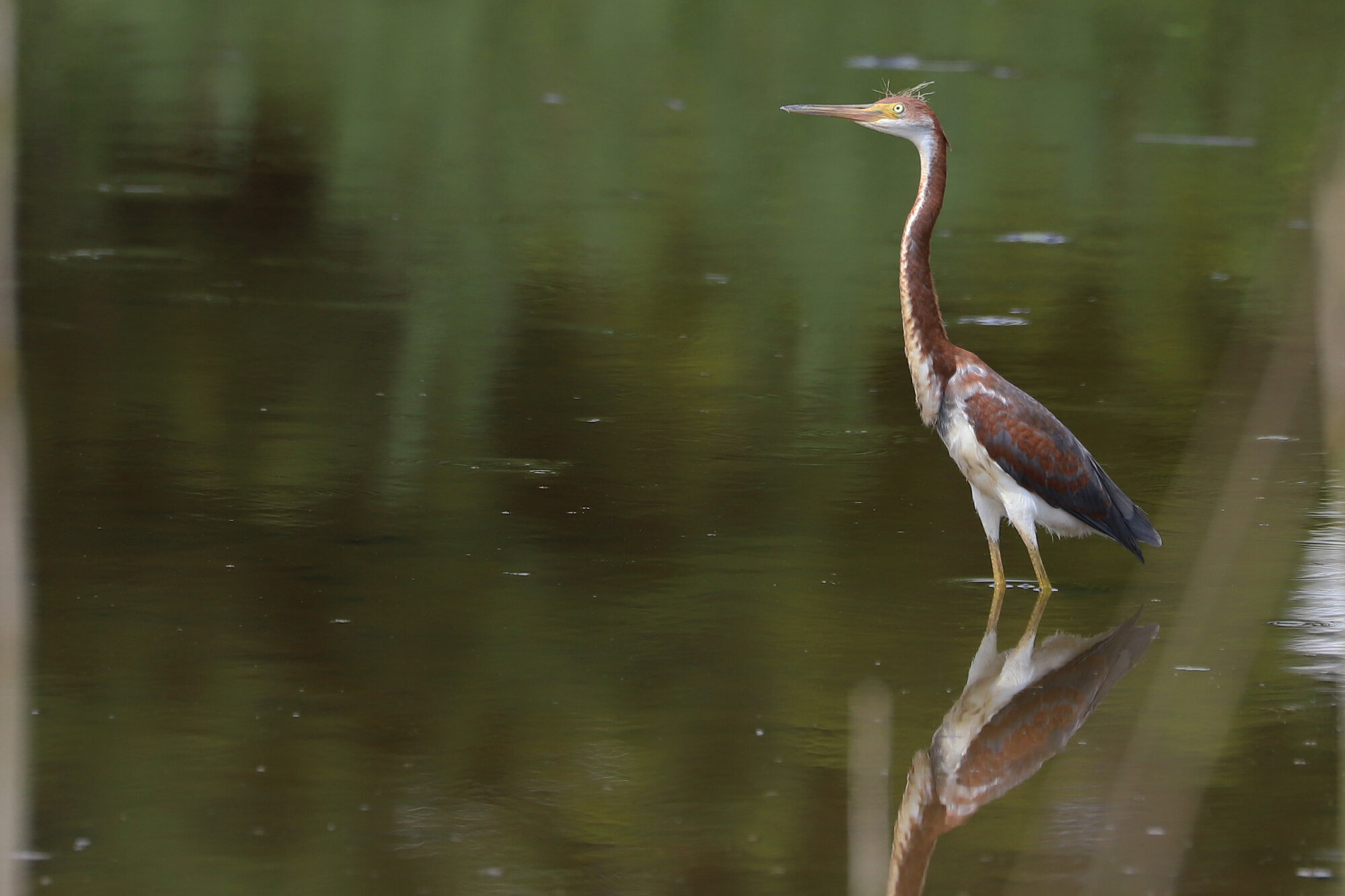
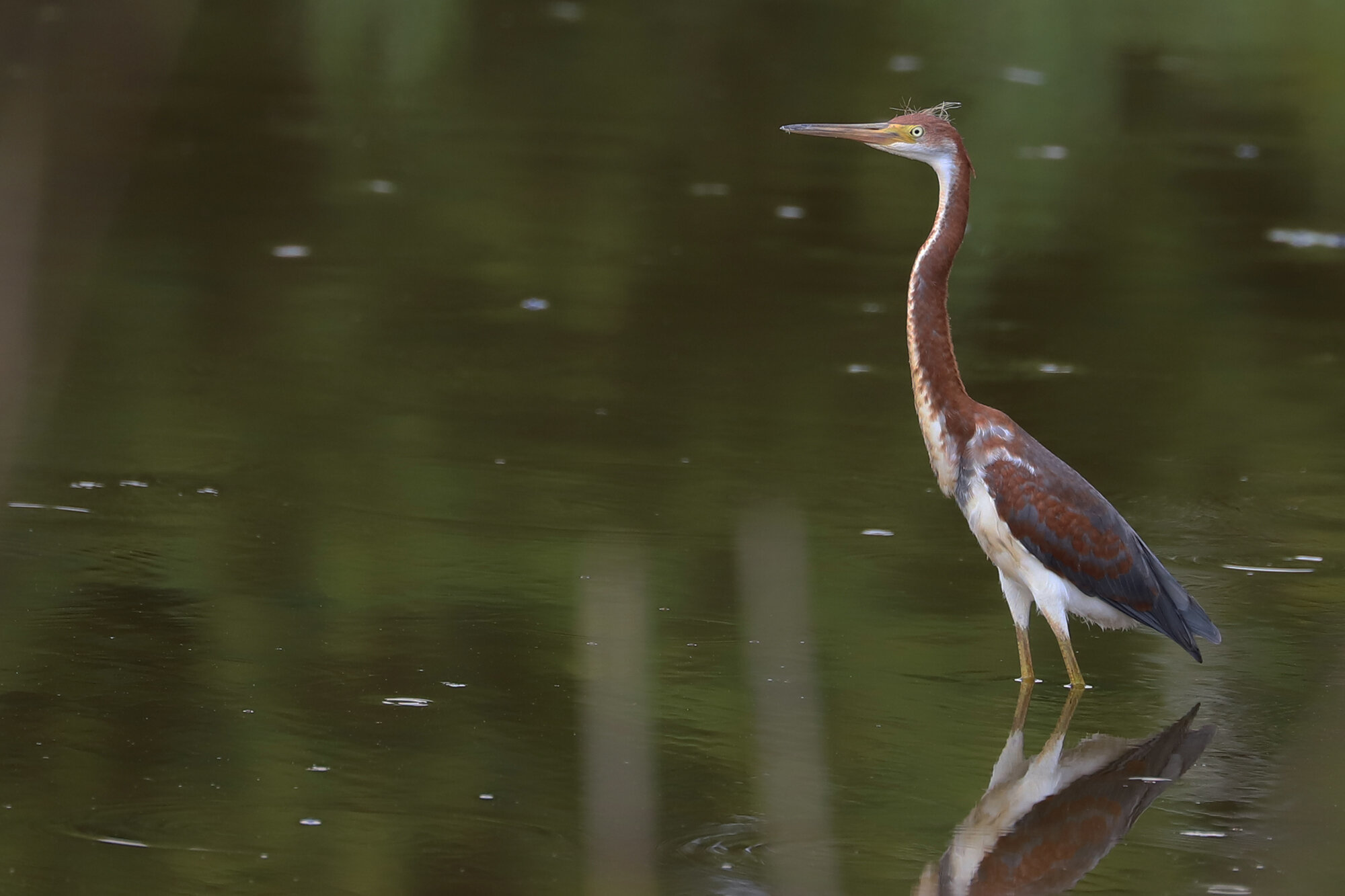
While first observed perched along the western side of the Armada Hoffler tower in Town Center back on 21 Jun (ph. Rob & Ruth Bielawski), one to two PEREGRINE FALCONS continued through the end of June, and at least one was reported again on 3 Jul (ph. Rob Bielawski, vis. Reuben Rohn), with a pair photographed on 14 Jul (ph. Laura Mae) and the most recent observations occurring 23 Jul (ph. Steve Keith). Additionally, we had a new record for this species in Virginia Beach this month, with an adult female observed actively hunting (successfully nabbed a grackle of unidentified species) over the southern end of the West Dike at Back Bay NWR on 3 Jul (vis. Andrew Baldelli). As in June, only a handful of records occurred this month for the species away from the Eastern Shore, where nesting programs have been underway for many years. Moving into August, we have a better chance at seeing early migrants moving back into the region, but it was nice to see that at least one pair did spend the entire summer in the city, and likely bred atop the Armada Hoffler tower. (Jul 2020 Map)
At least two of the HORNED LARKS that have summered at NAS Oceana (restricted access) were viewed from the publicly accessible Flame of Hope Memorial on 2 Jul (obs. Andrew Baldelli), having been reported previously at this location since 18 Jun 2020 (aud. Andrew Baldelli). As mentioned in last month’s entry, in past summers, Ashville Park had been the only other known breeding location for this species in the city, but since the main through-road there now has “No Trespassing” signs all along it, it seems no one has been able to search for them. So knowing that they are present in proper breeding habitat at Oceana feels like a welcome gift to birders here who just want the chance to hear & see them, and being on restricted ground means the breeders can only be viewed from a distance, keeping them safe. (Jul 2020 Map)

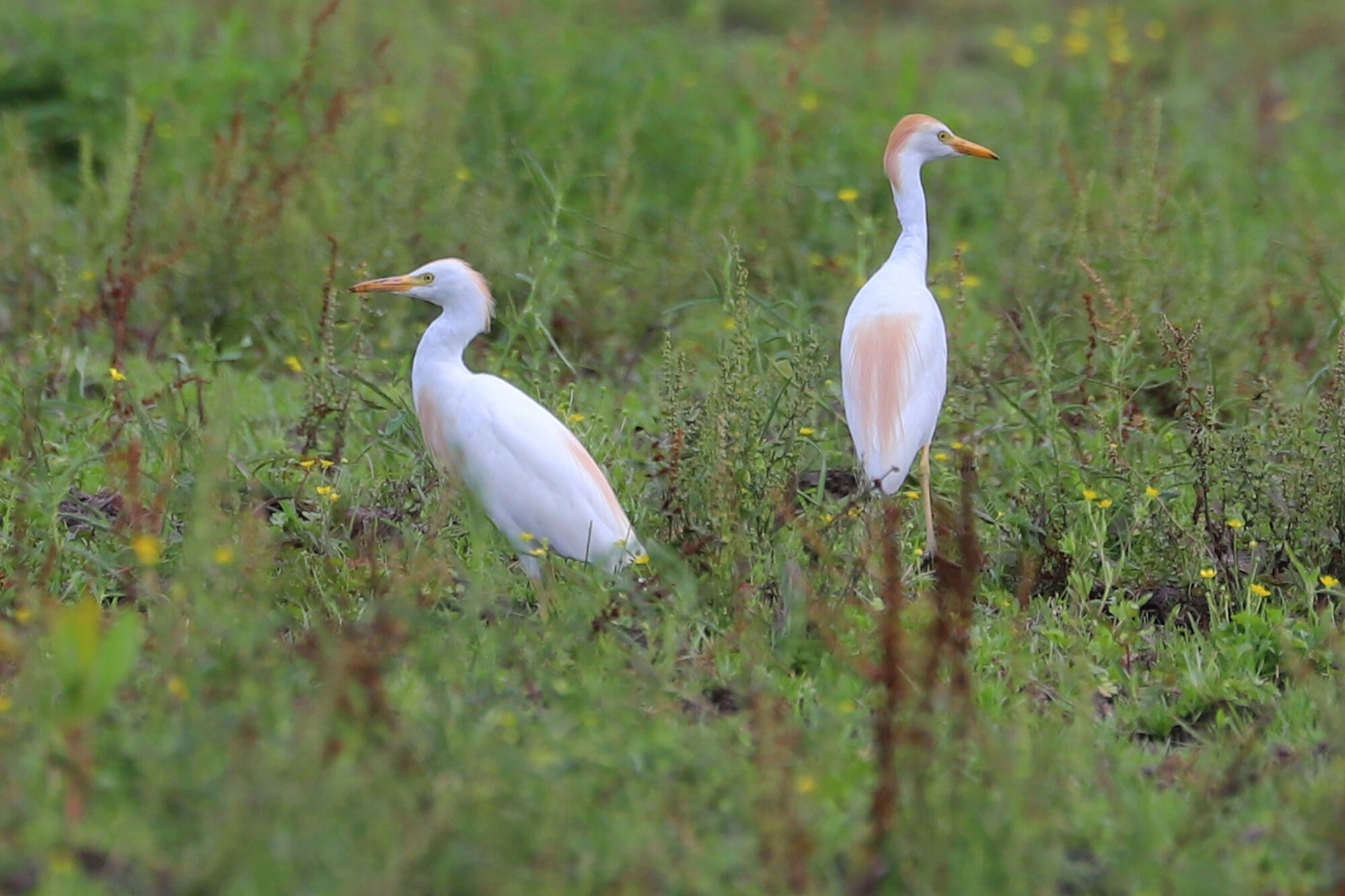
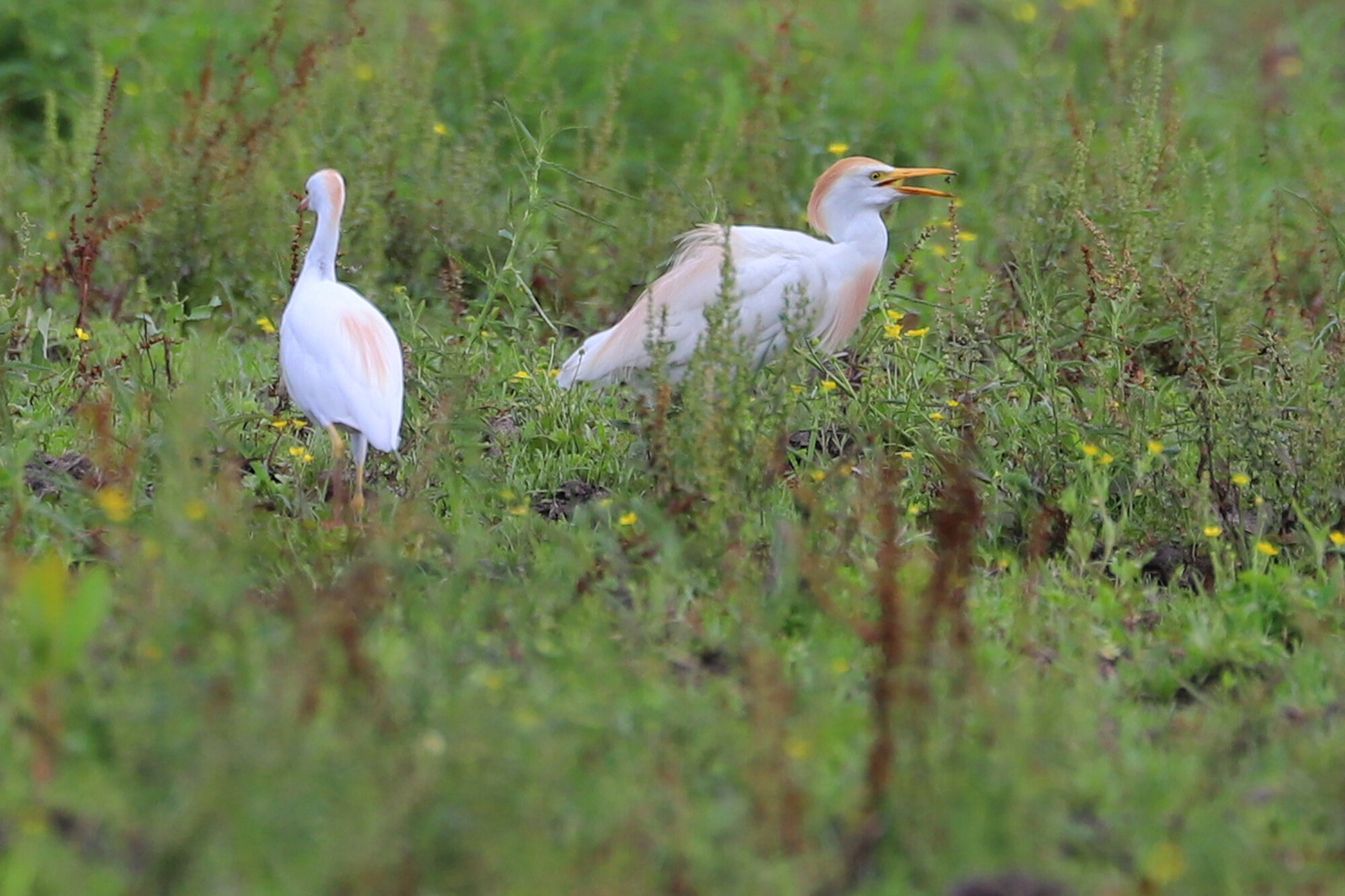

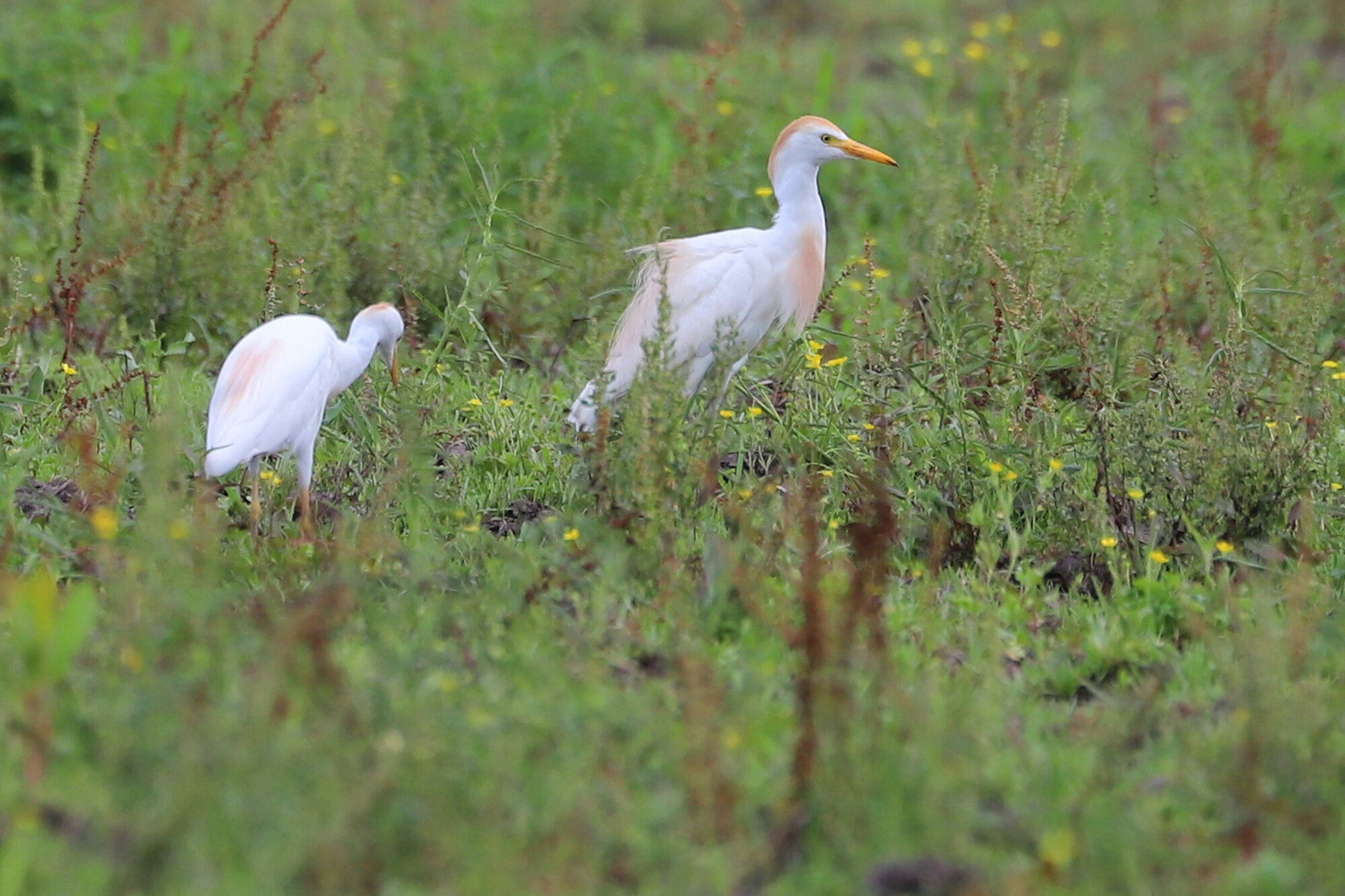
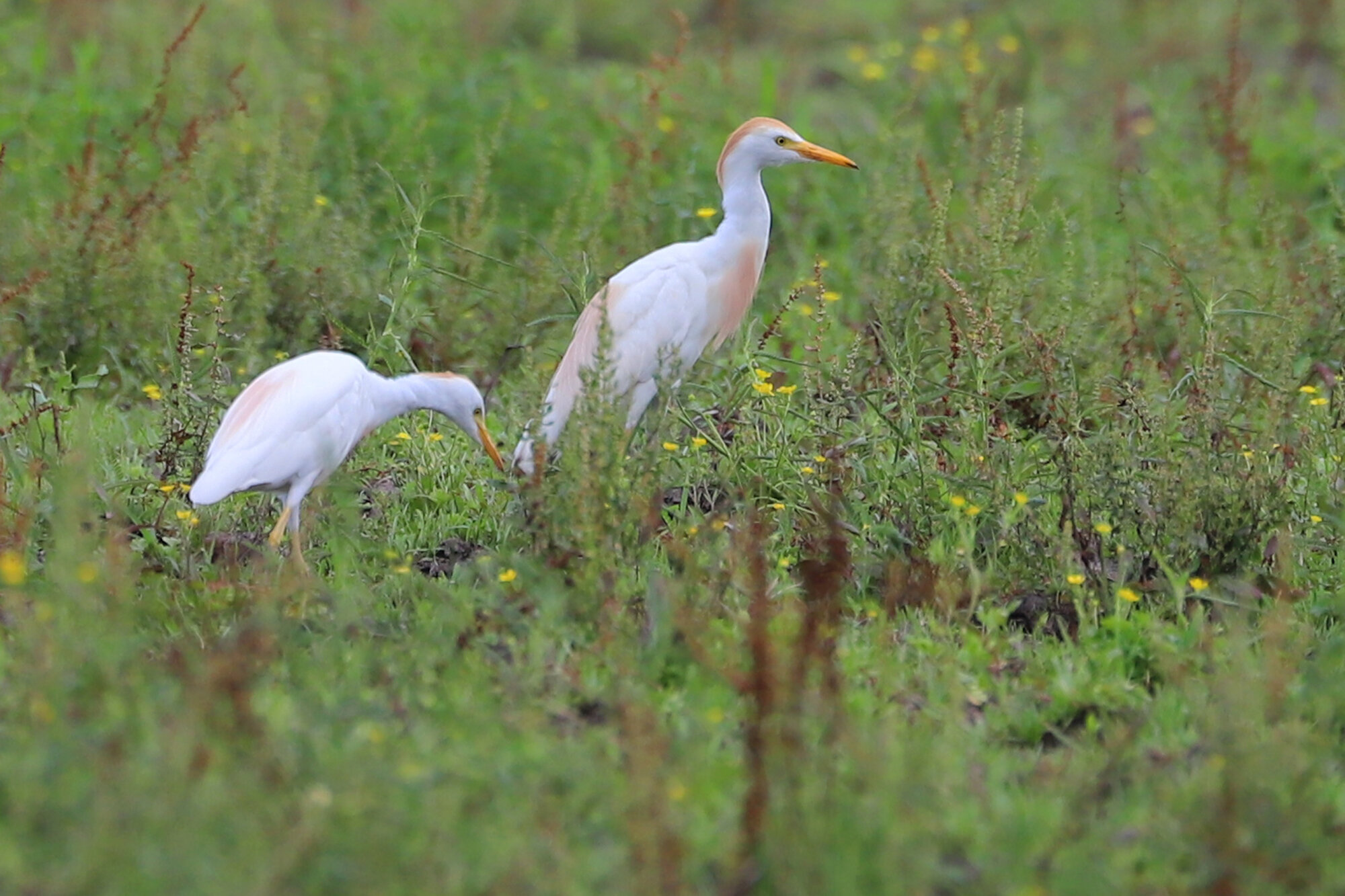

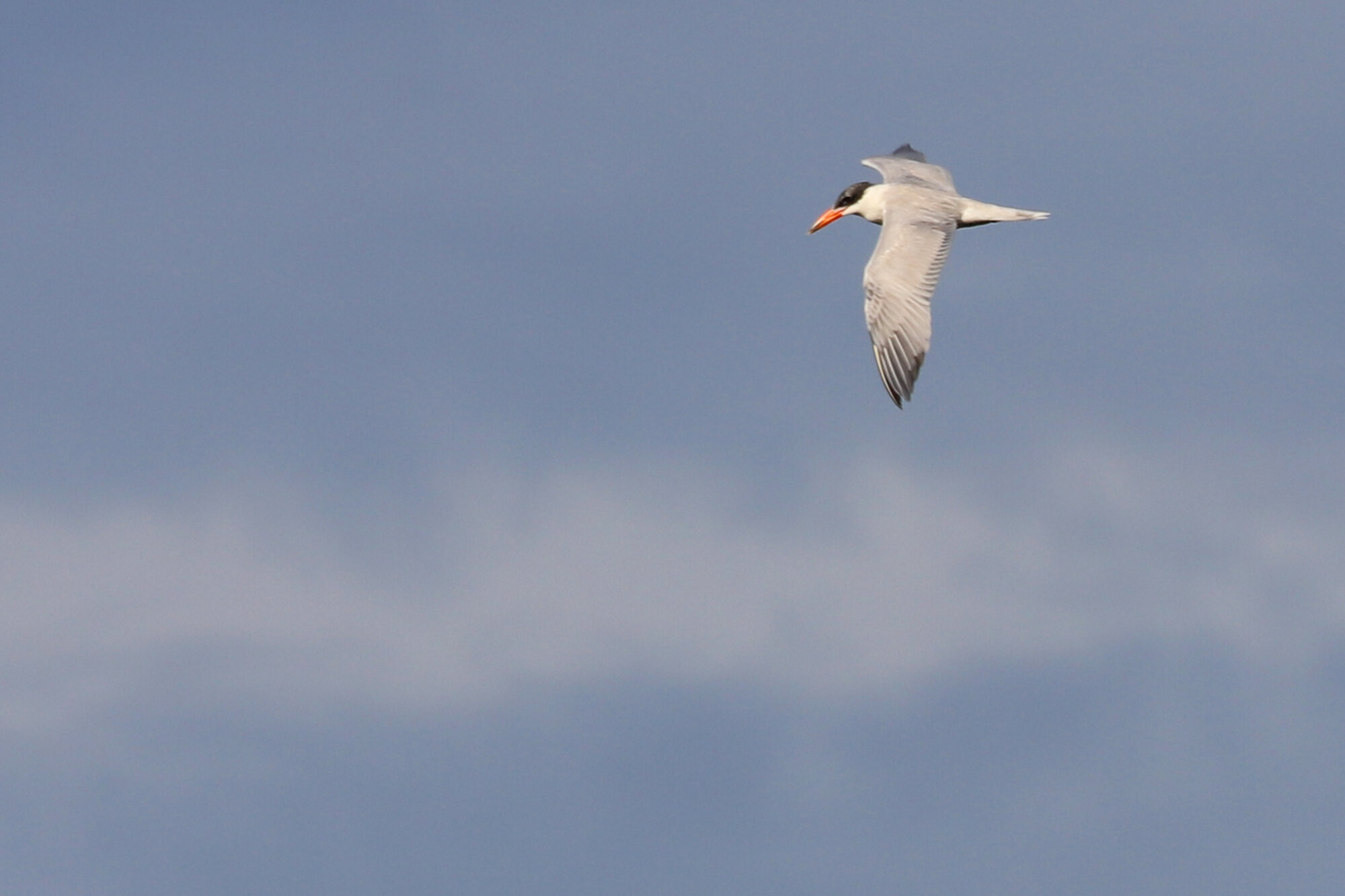
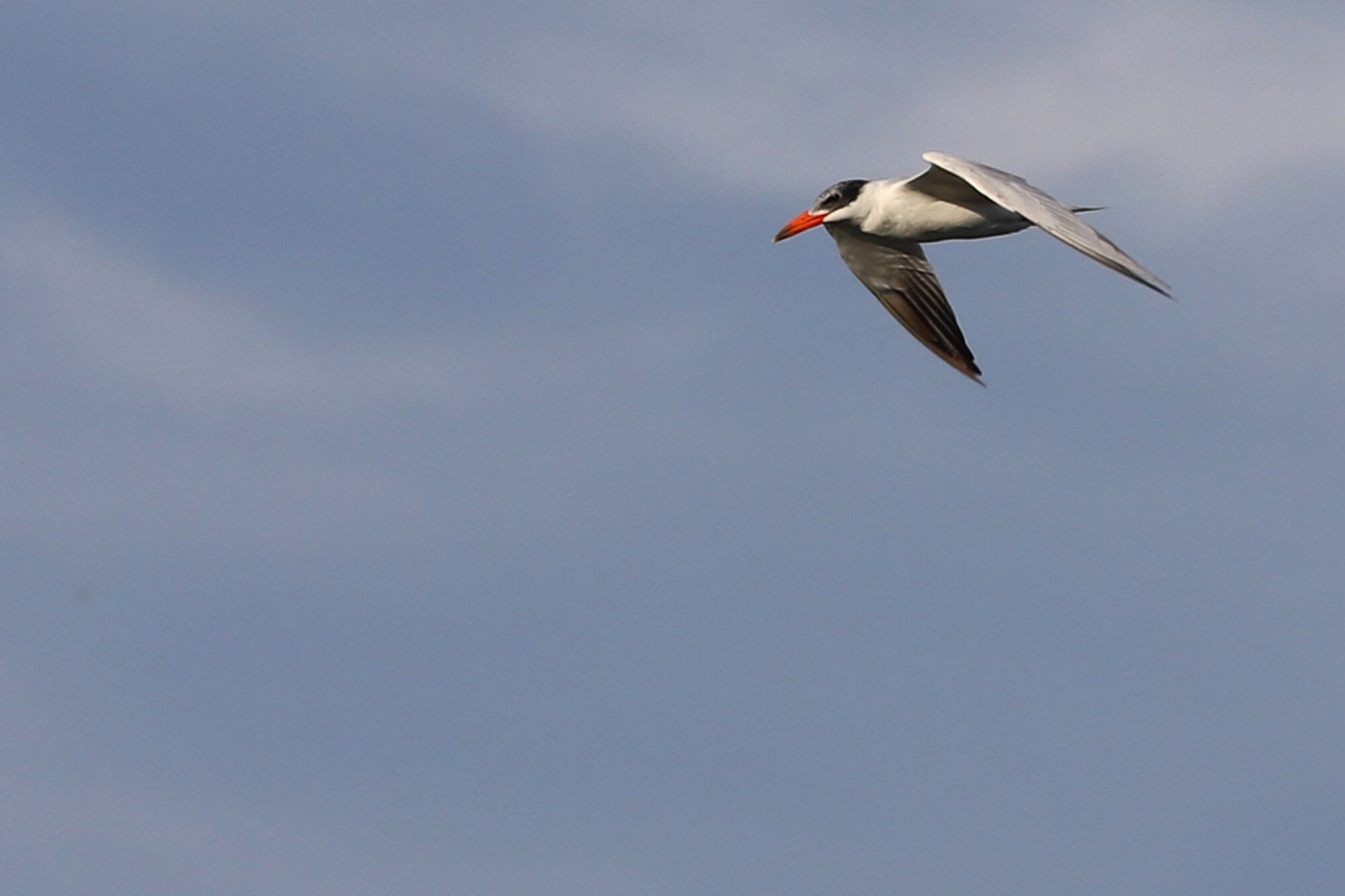
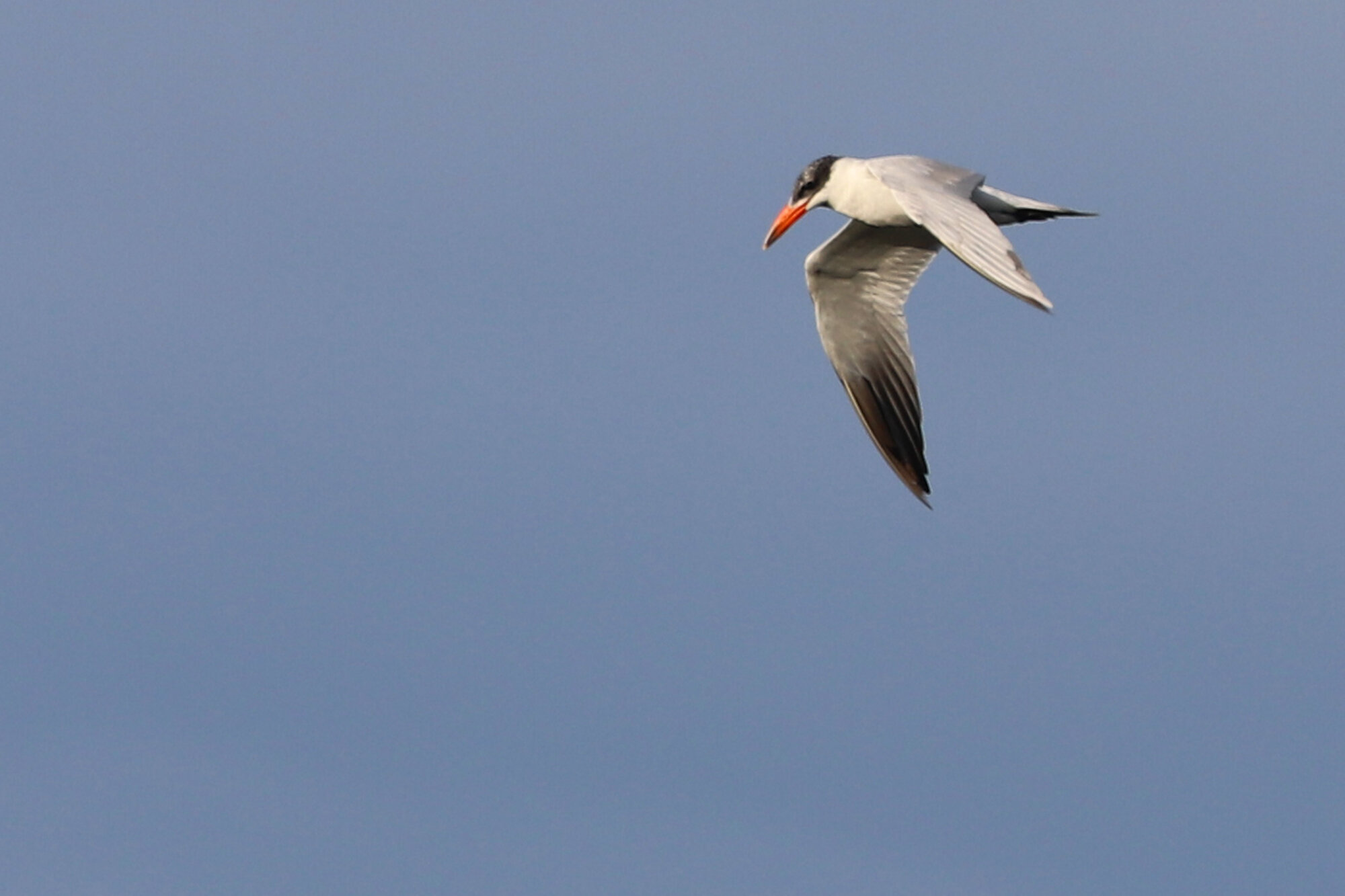
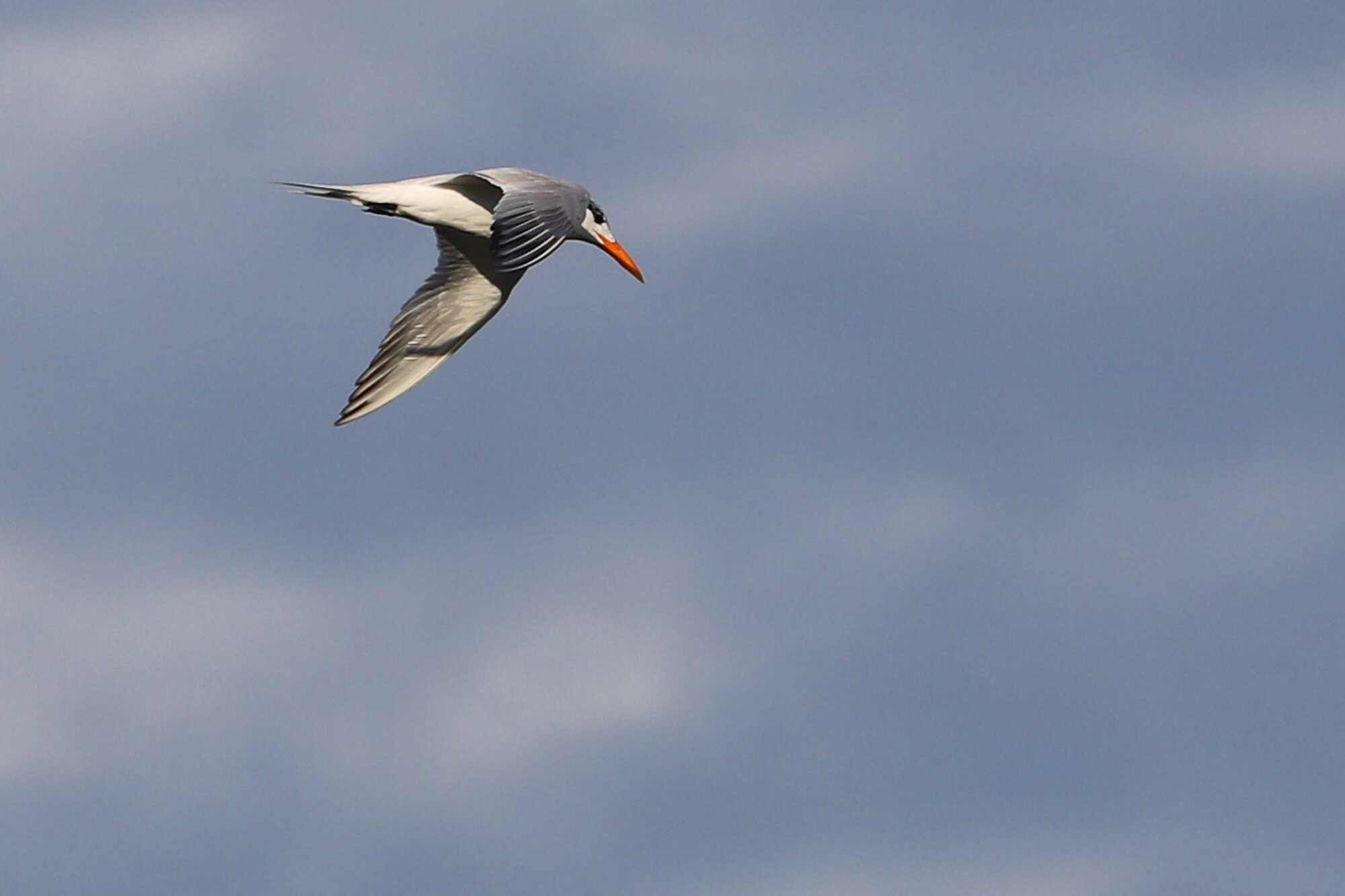
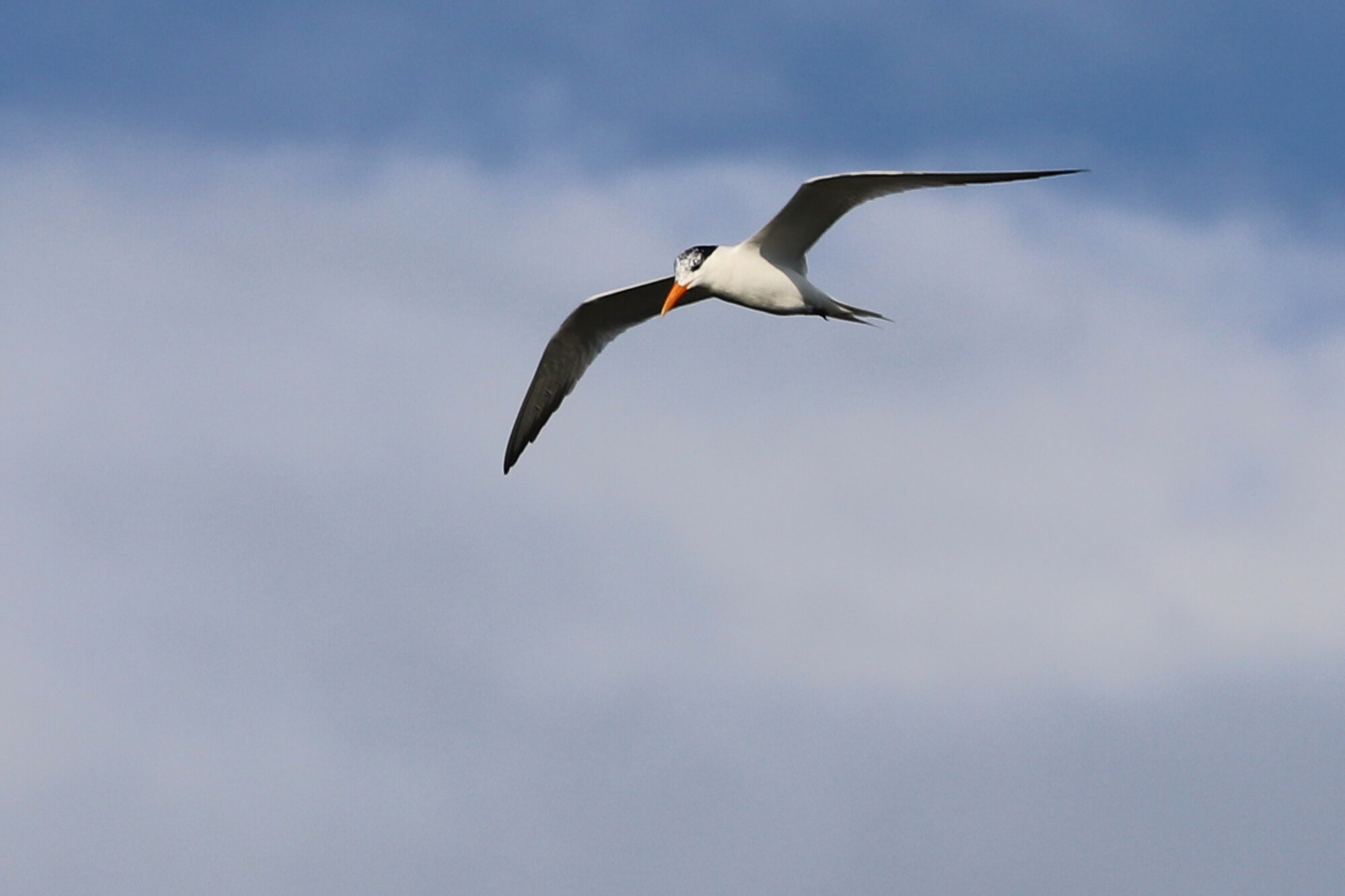
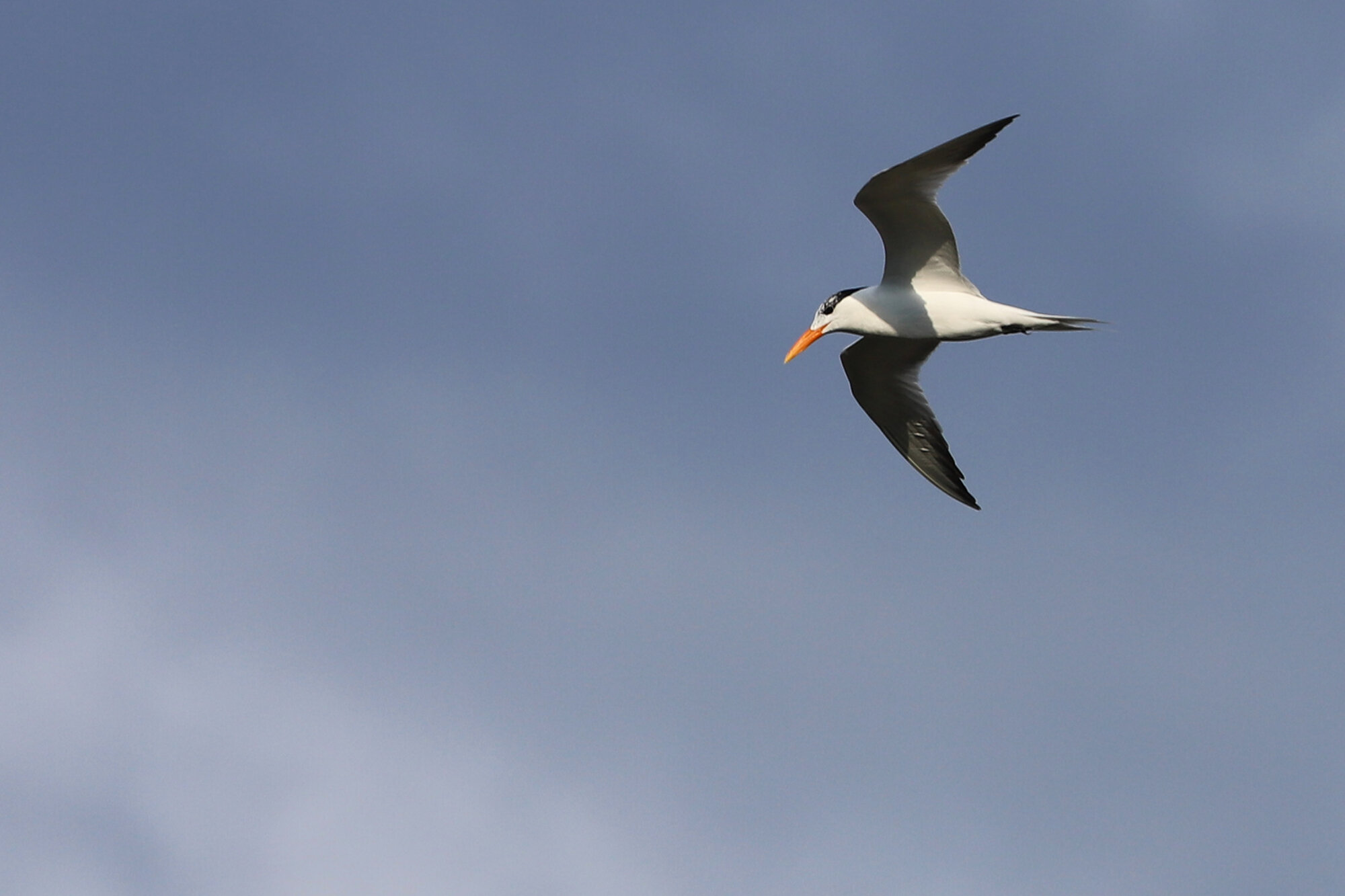
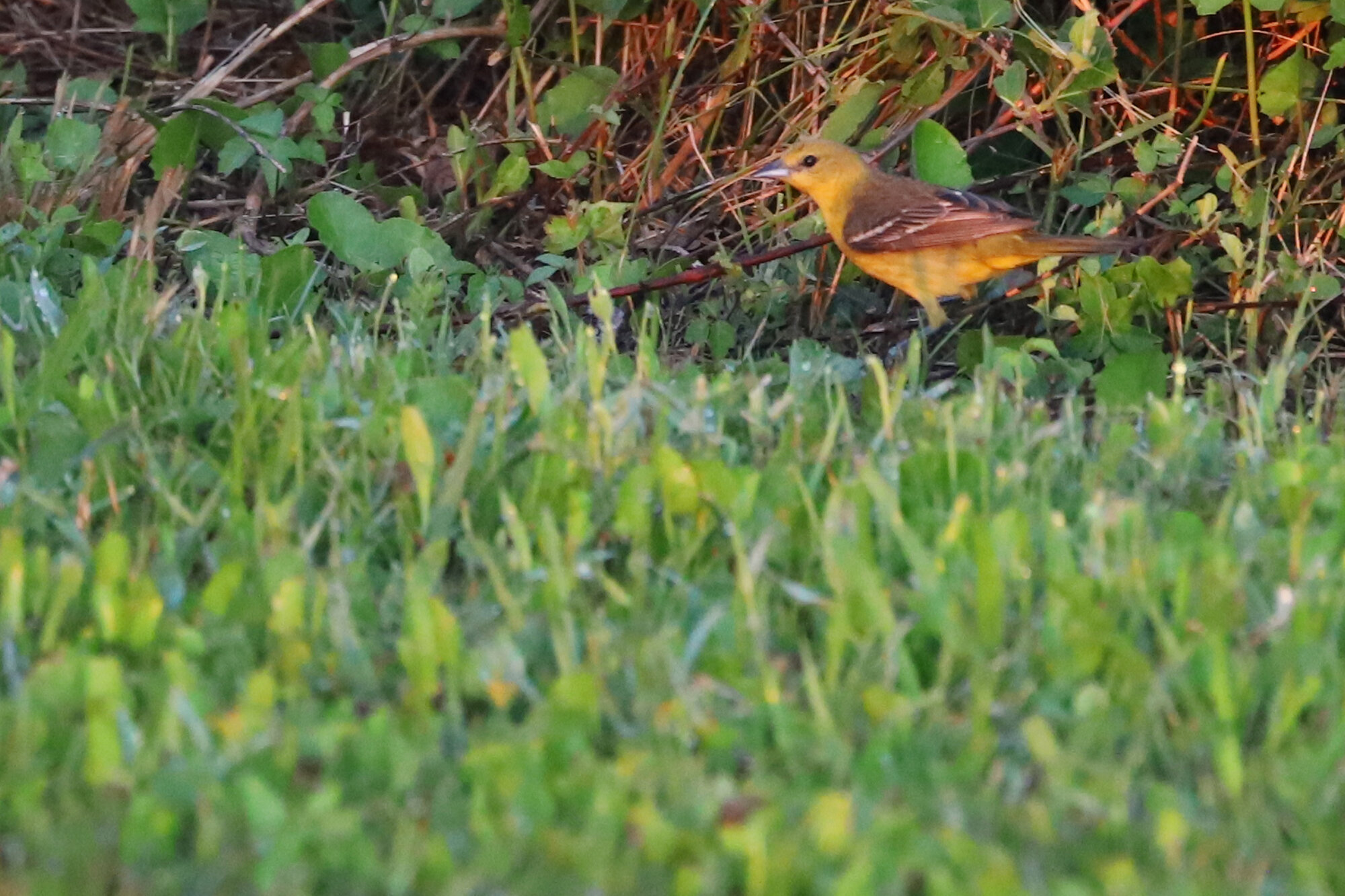
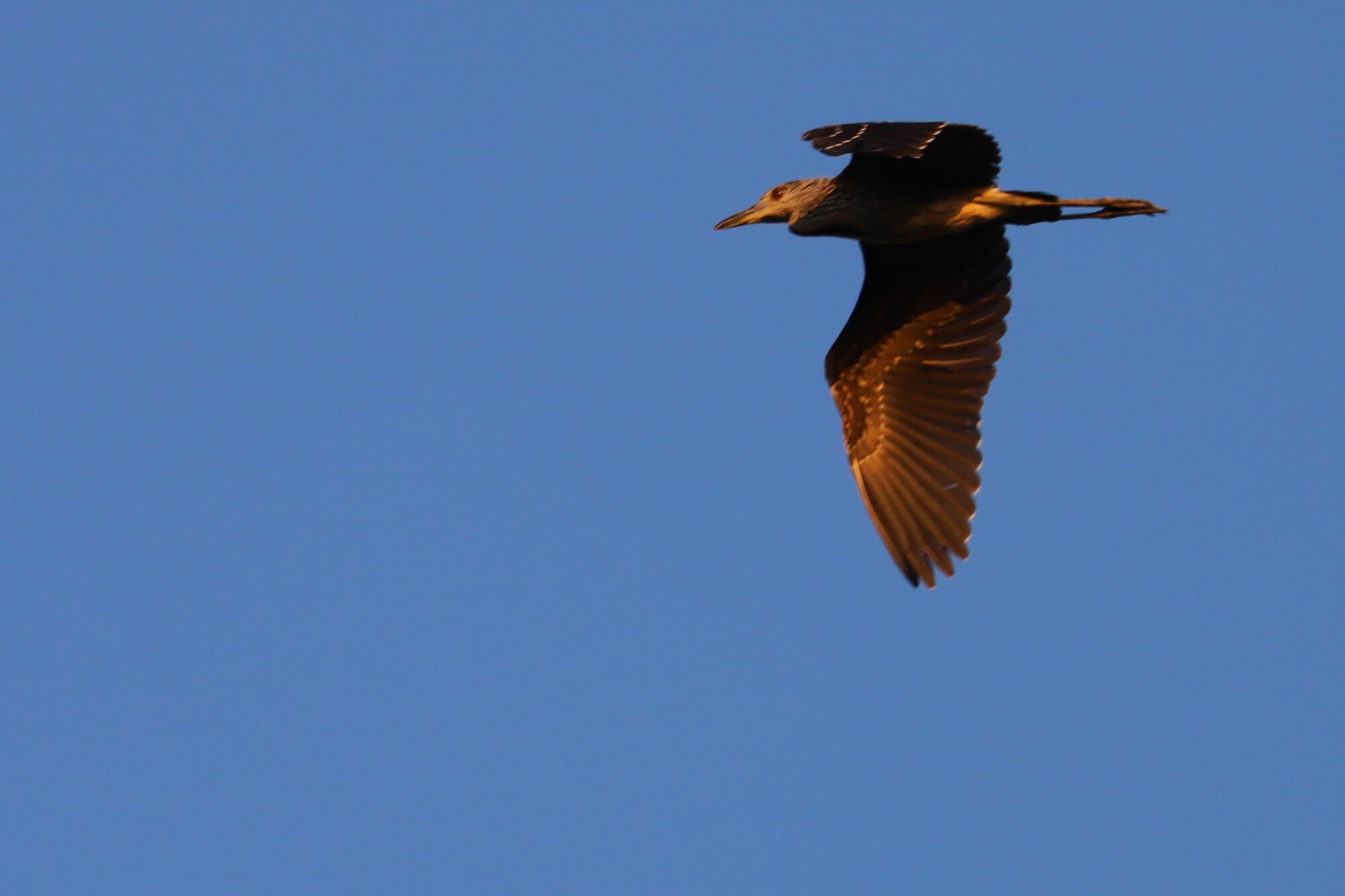

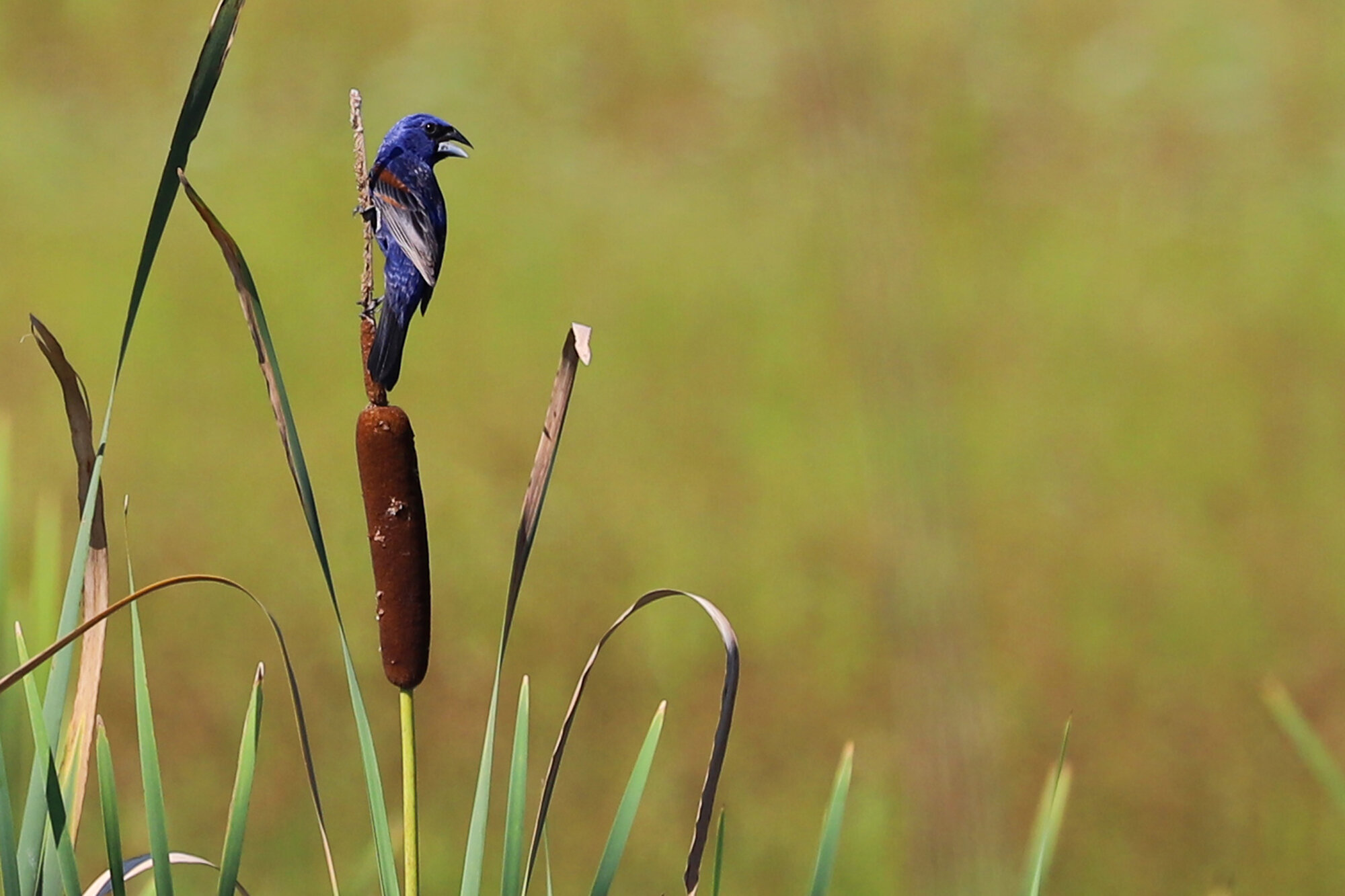
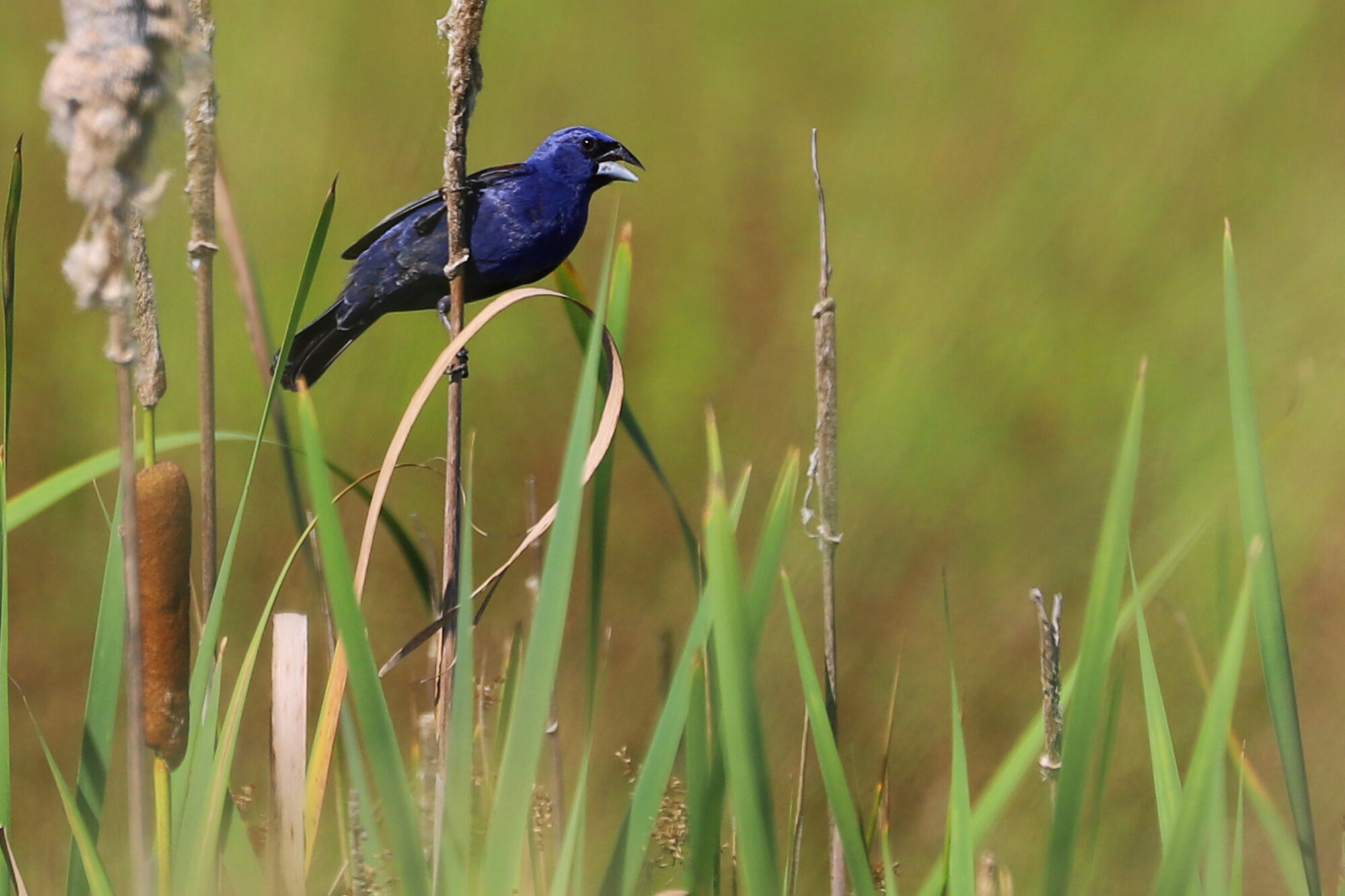
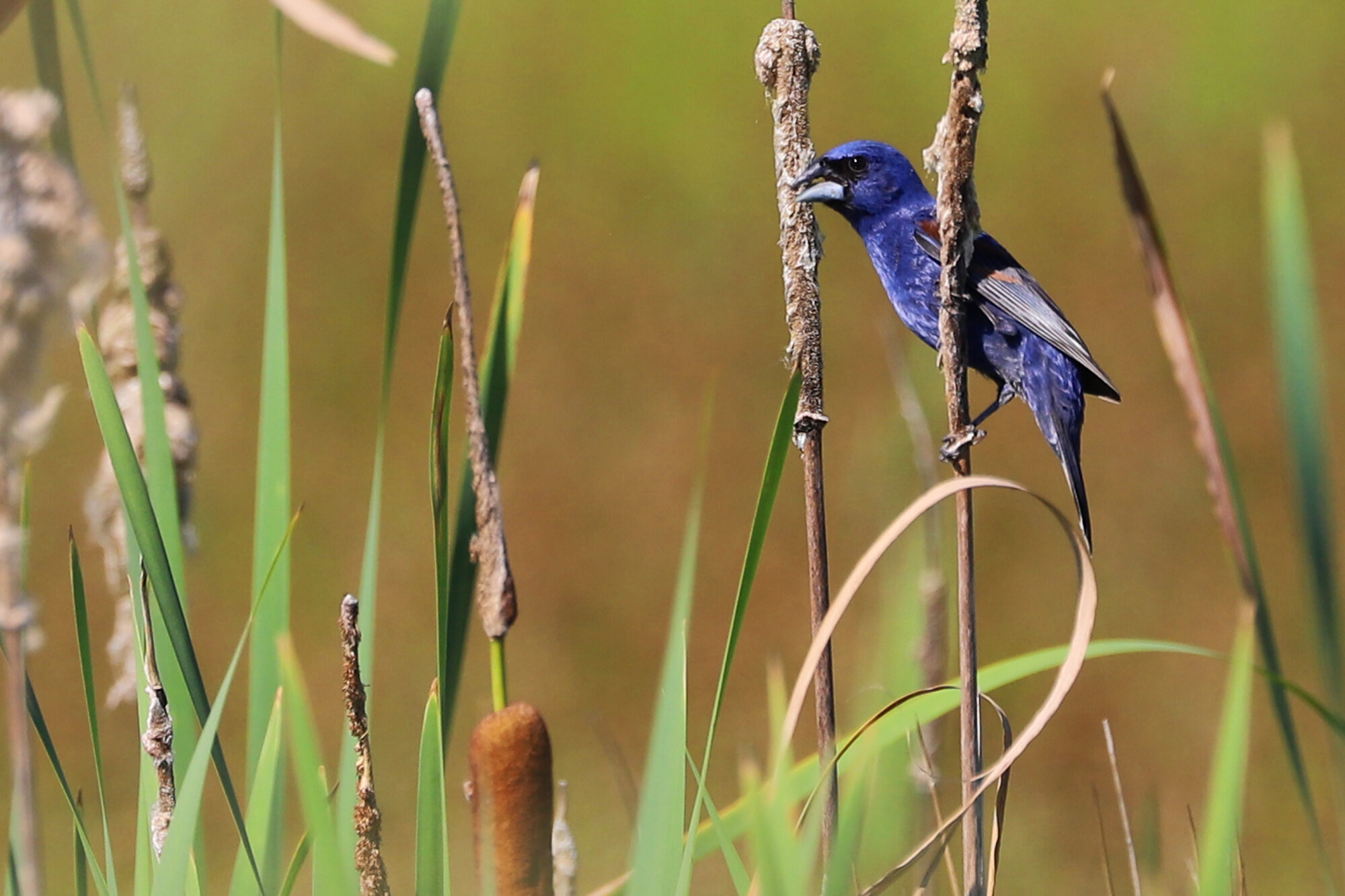
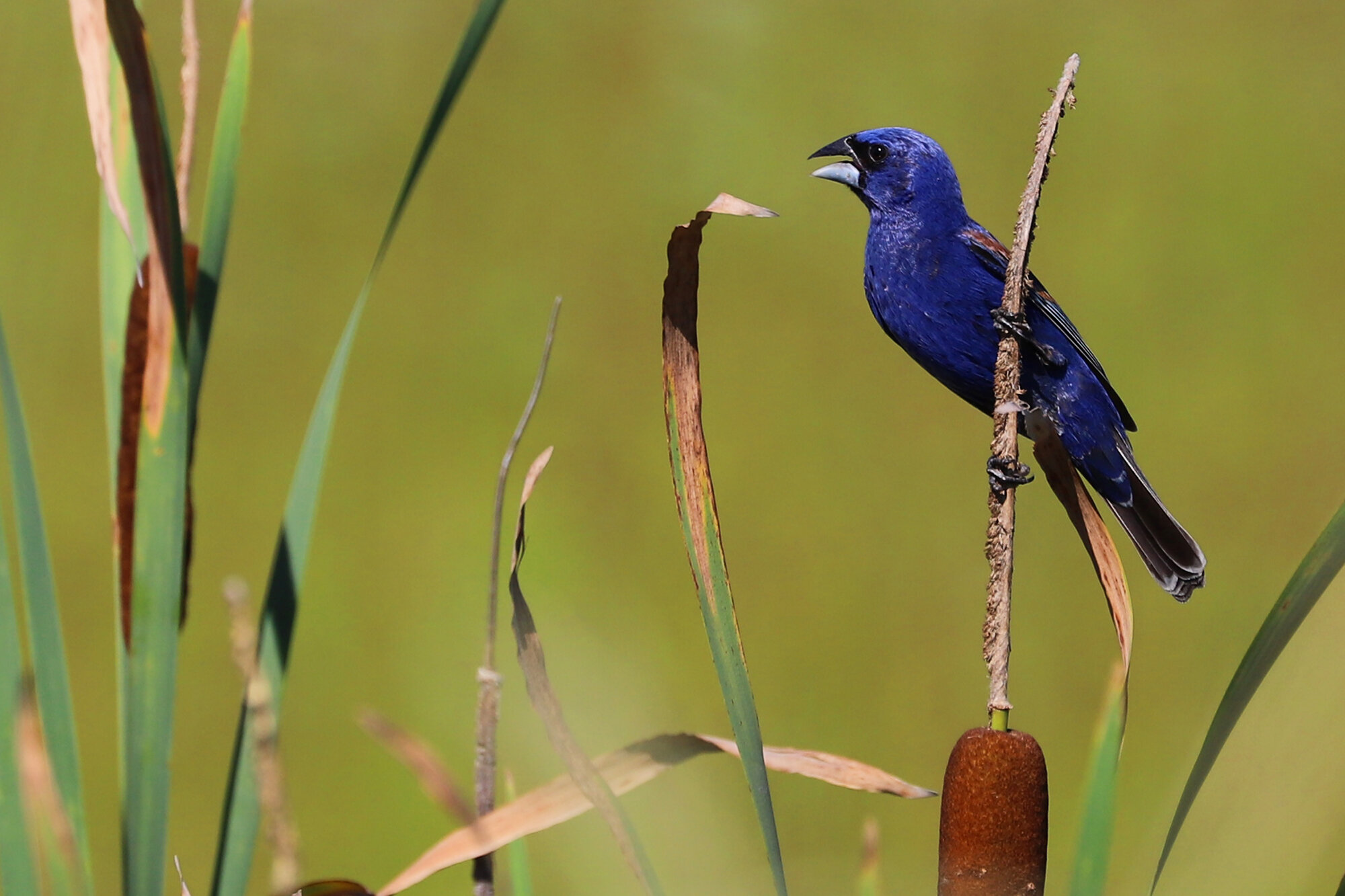
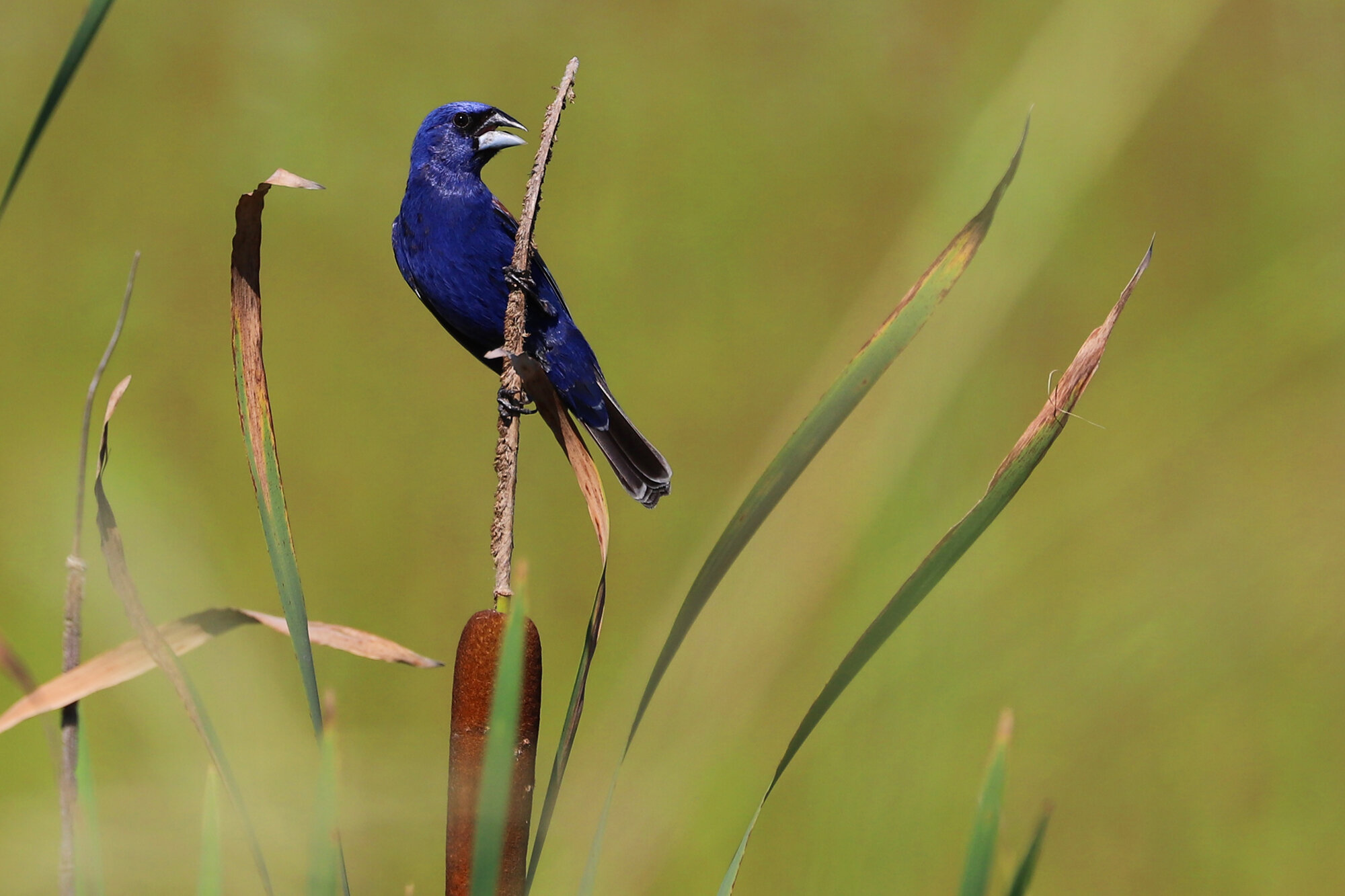
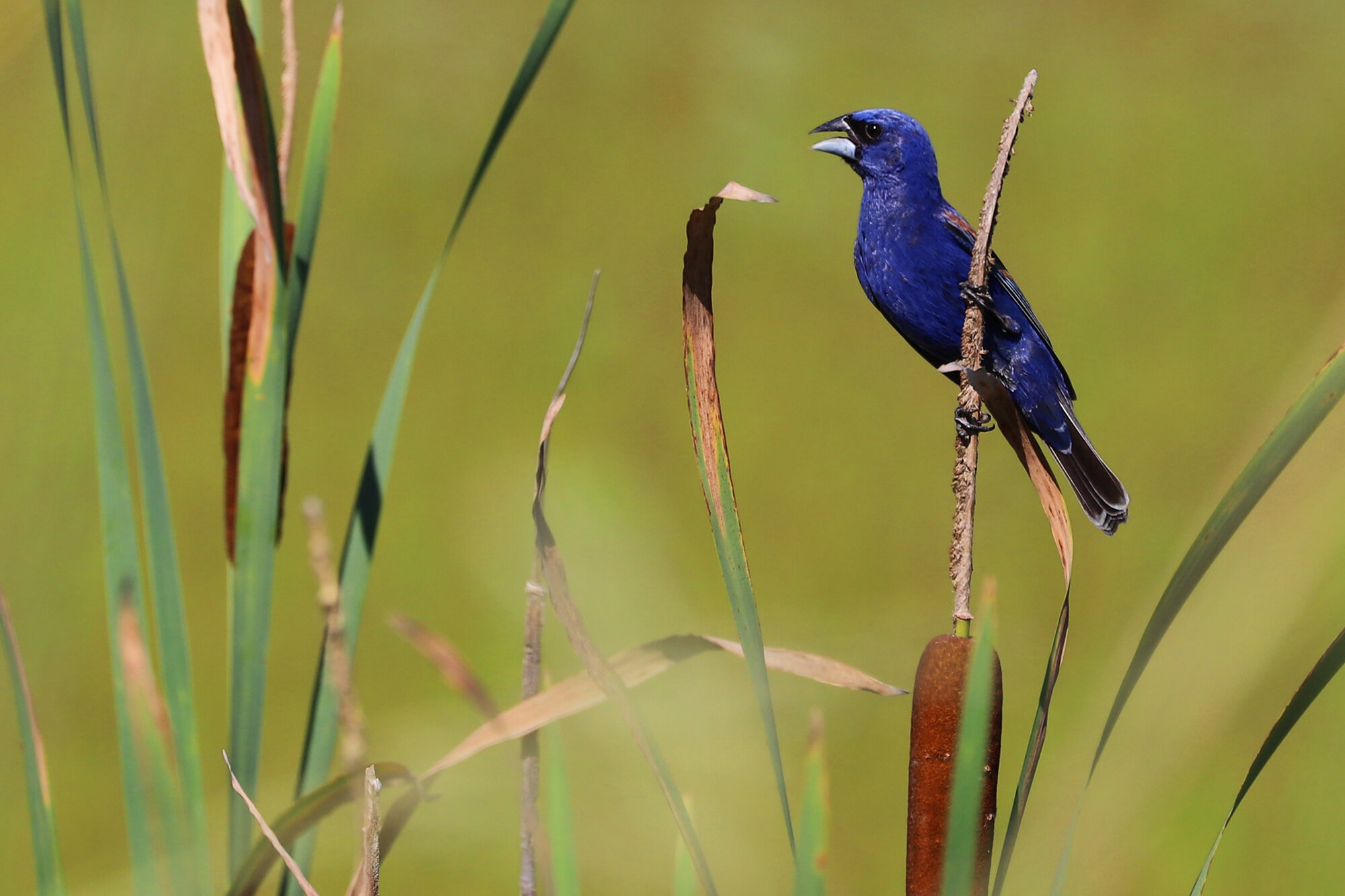
Though it is most likely an annual, but still rare spring & fall transient along our coastline, a single CLIFF SWALLOW observed in westbound flight with a flock of Barn Swallows at First Landing SP’s beach on 20 Jul (vis. Andrew Baldelli & Cindy Hamilton) made for only our second record this year, and the first for the fall season! Additionally, two were observed in flight with Barn Swallows along the dune line at Back Bay NWR to close out the month on 31 Jul (vis. David Clark). Having a pair of reports makes this our most lucrative fall in recent memory for this species here. This can be a difficult species to pick out in the fall season, when young Barn Swallows look quite similar. The orange/buffy rump, squared off tail, and bright white forehead are all important marks to note simultaneously to ensure the identity. Over the years, Virginia Beach has struggled to secure records for this species, having missed it altogether in 2015 & 2017, averaging about 1-2 records in the other recent years. Anywhere swallows are congregating, over flooded fields and impoundments, over storm water ponds or in flight along the coastline, it is certainly a species worth watching for right now. What makes this record in particular, even more interesting, is that the last eBird record here in a July was back in 1996 out on the first island of the CBBT, so this was a great addition to our July month-list for 2020. (Jul 2020 Map)
The single GRASSHOPPER SPARROW first heard singing at NAS Oceana (restricted access) on 6 Jun (aud. Karl Suttmann) continued to be seen &/or heard from the publicly accessible Flame of Hope Memorial on the east side of the base through 5 Jul (vis. James Flynn). The only known individual of its species to be reported in Virginia Beach this year, many of us were fortunate to be able to catch a glimpse of it during its stay. While a common species on the Eastern Shore (abundant in lower Northampton County), and to our west, we tend to average about one, or maybe two reports for this species in the city each year. We simply do not have a great deal of their preferred habitat, and that habitat tends to be ephemeral, popping up in seemingly random locations from year to year. Coastal plain reports in the Carolinas during summer offer up some comparison to Virginia Beach’s lack of records. Last year, our only potential breeder was at Mansfield Farms off Blackwater Road (until the property owner mowed the field), but that location has not seemed to hold any this season. In 2018, the species was not observed here during the summer months, so it was exciting to have a twitchable individual in the city this summer. (Jul 2020 Map)
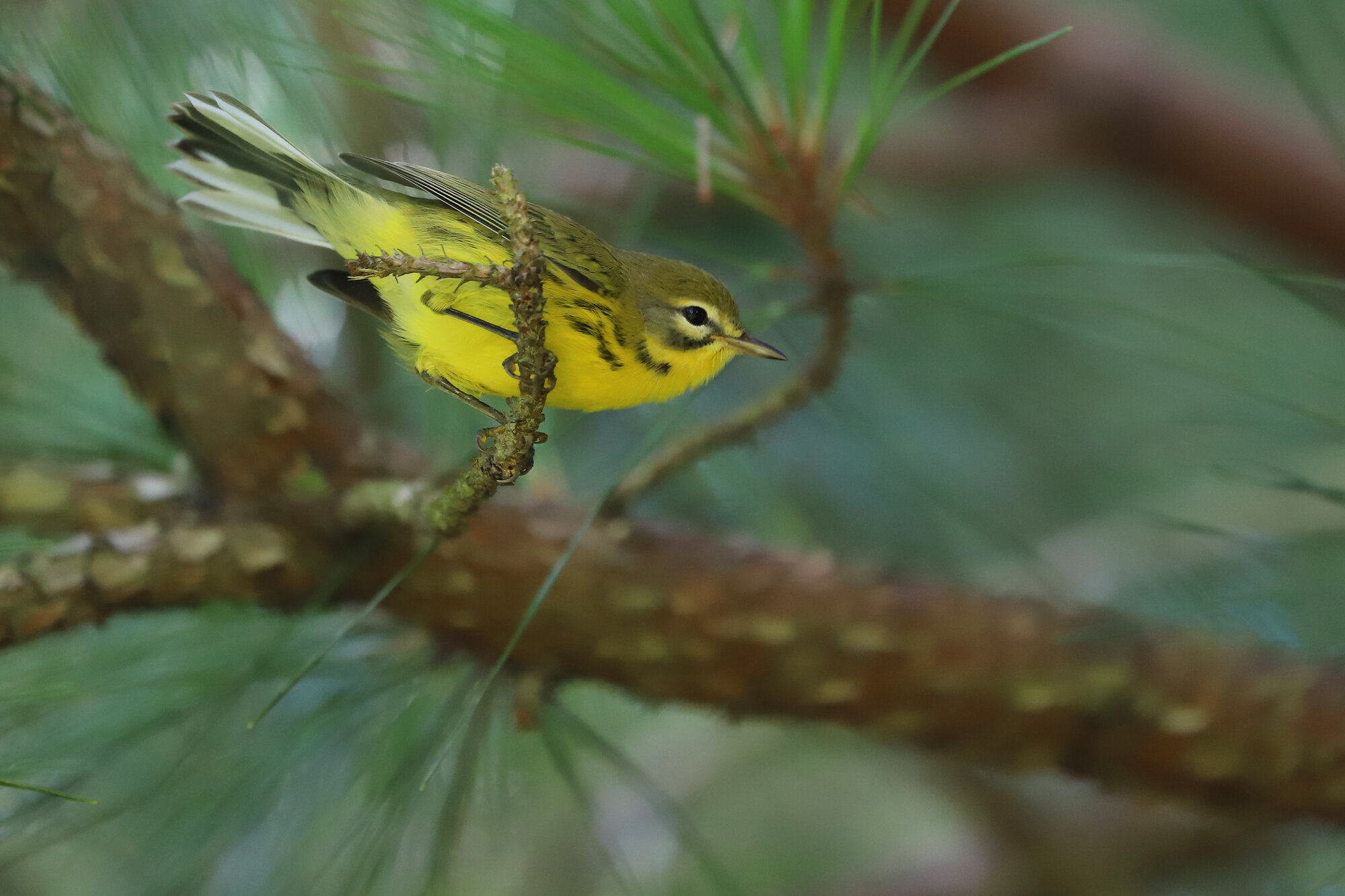



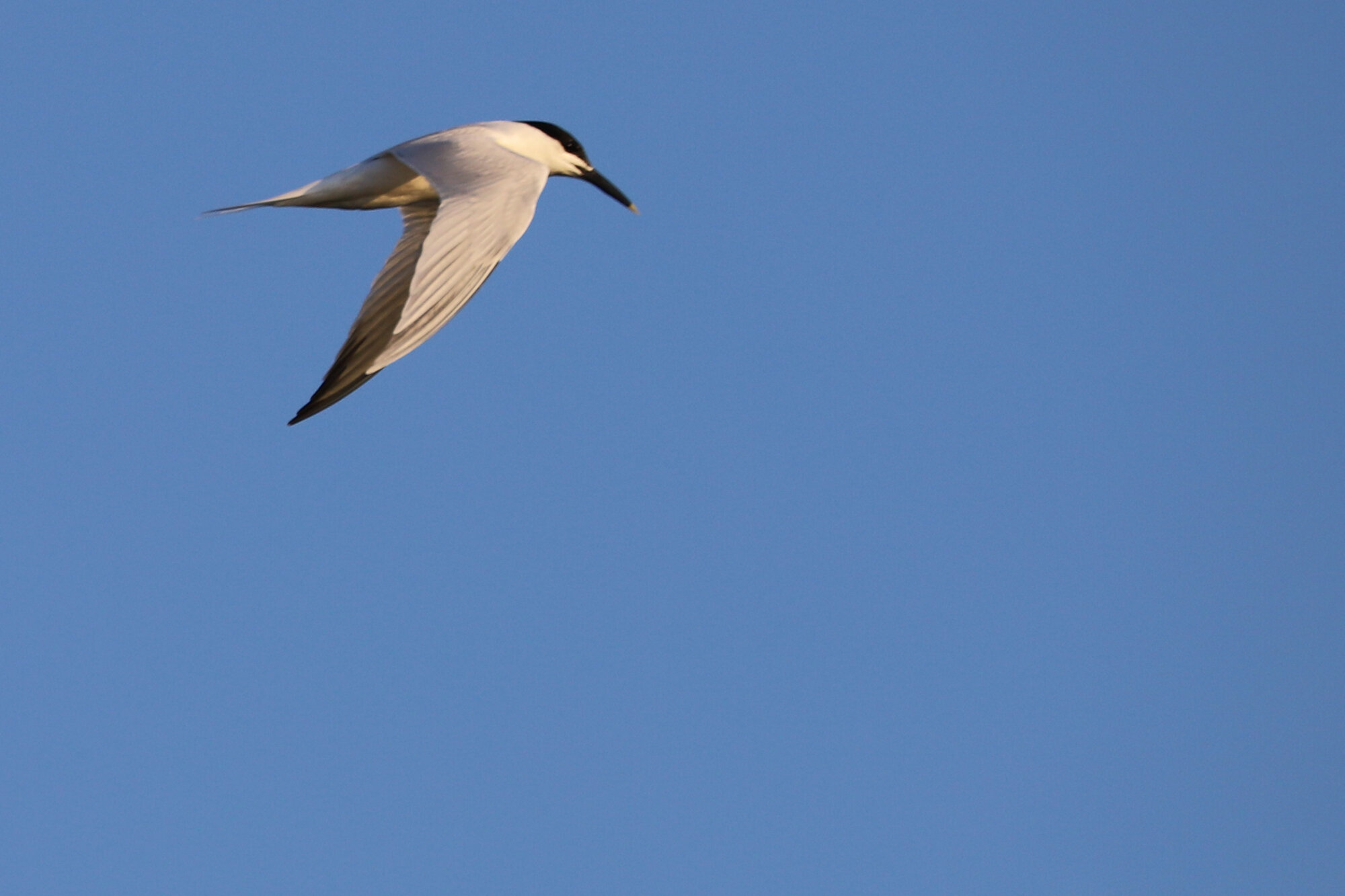
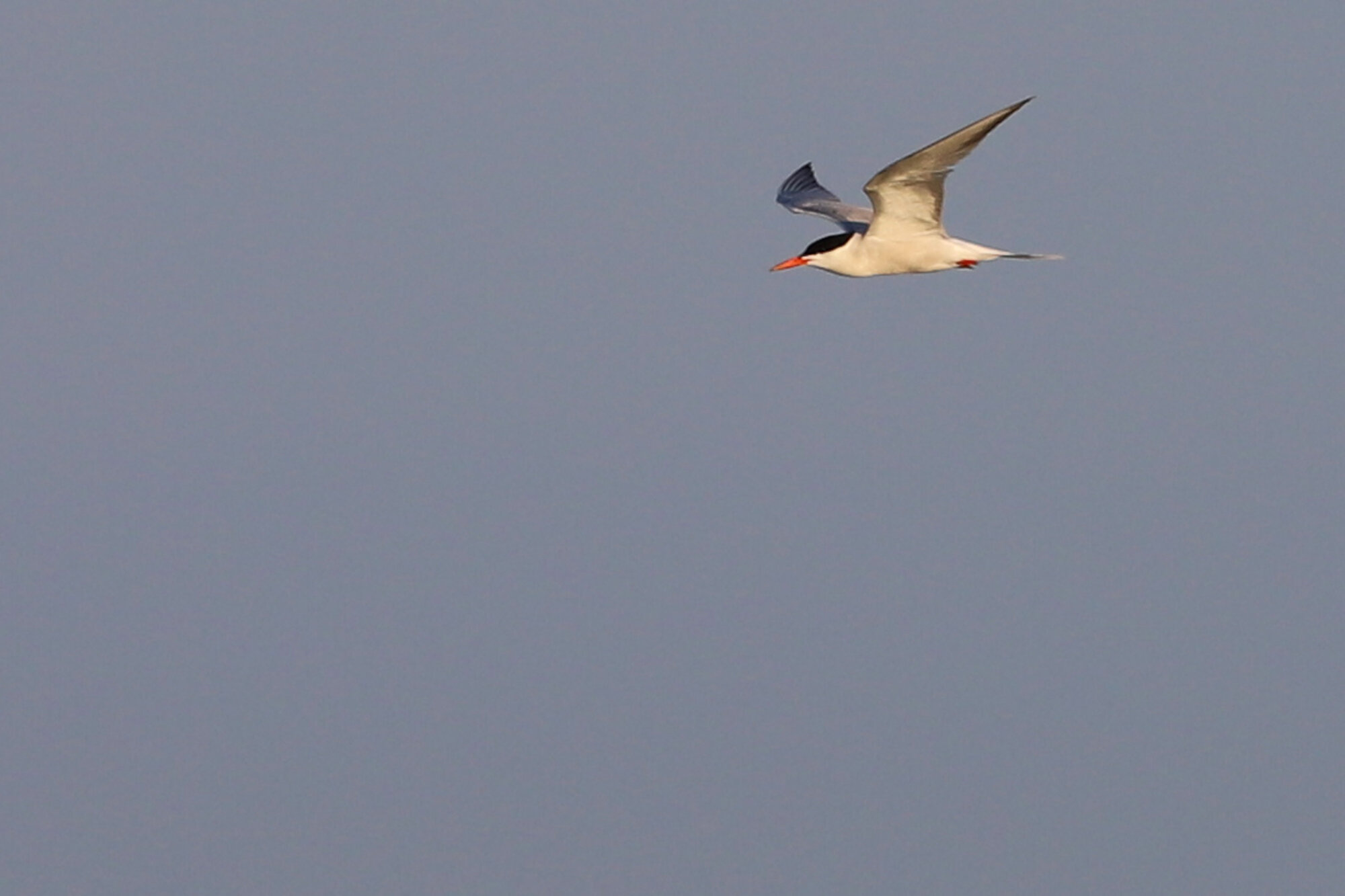
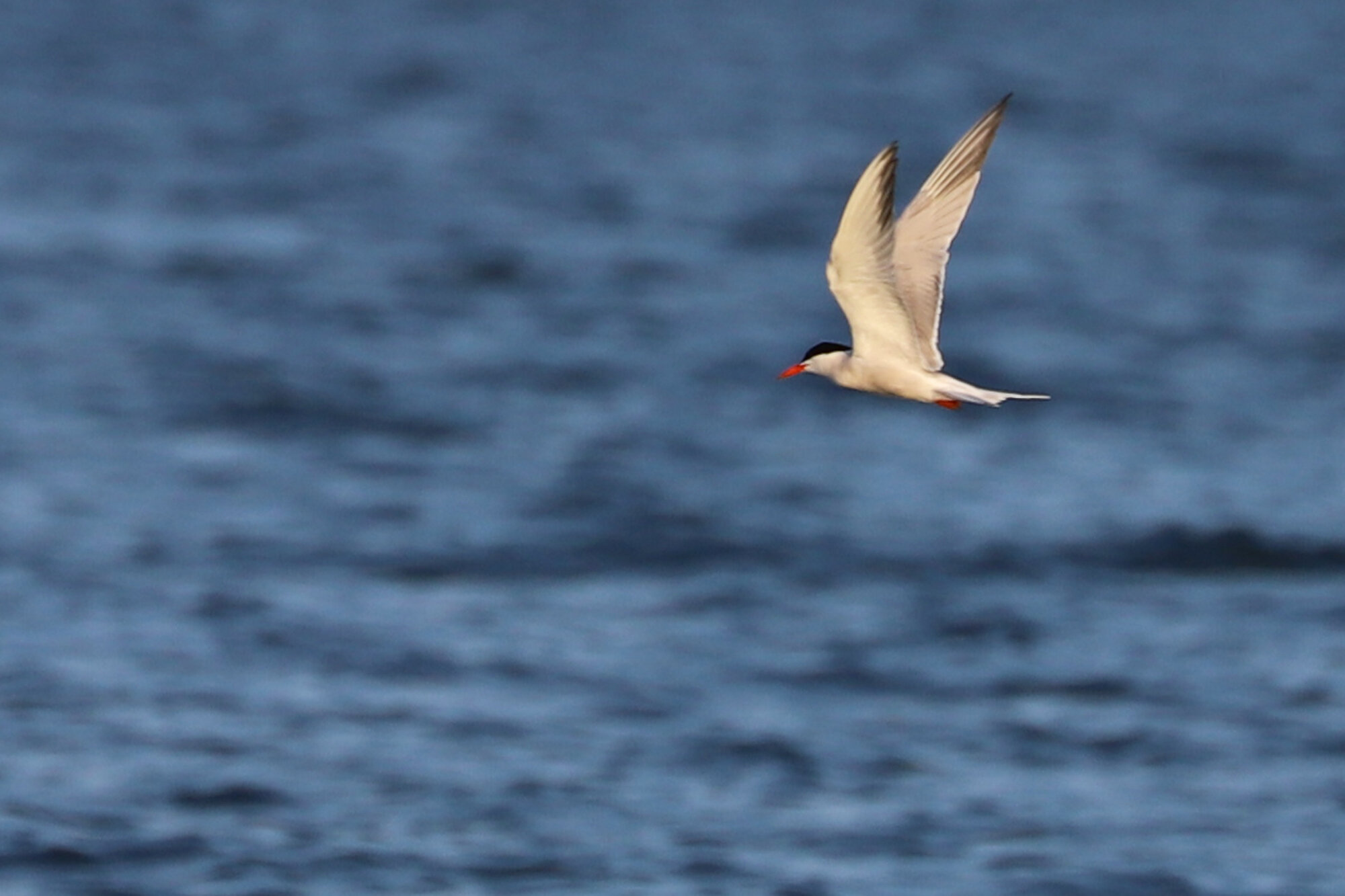
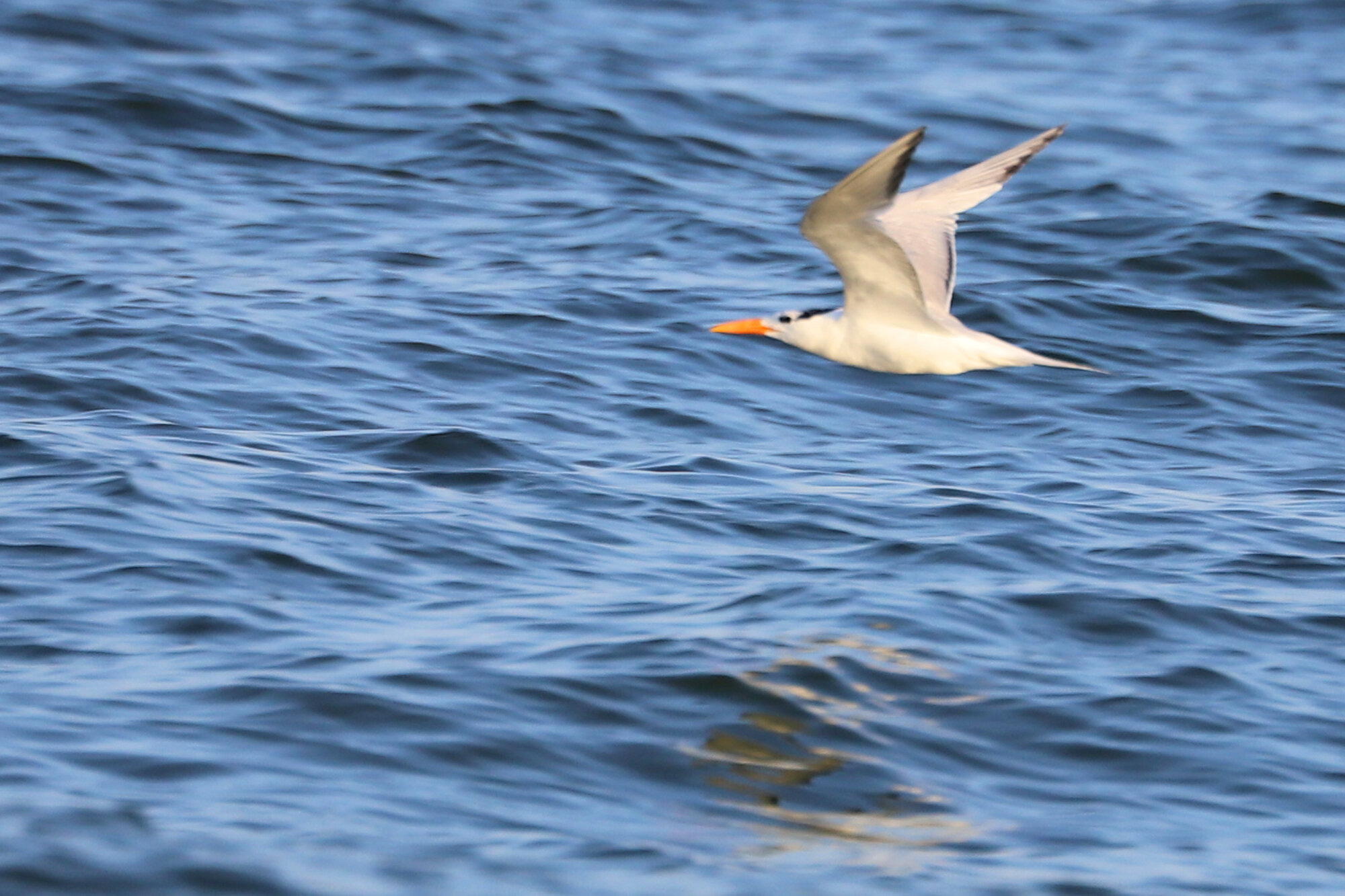

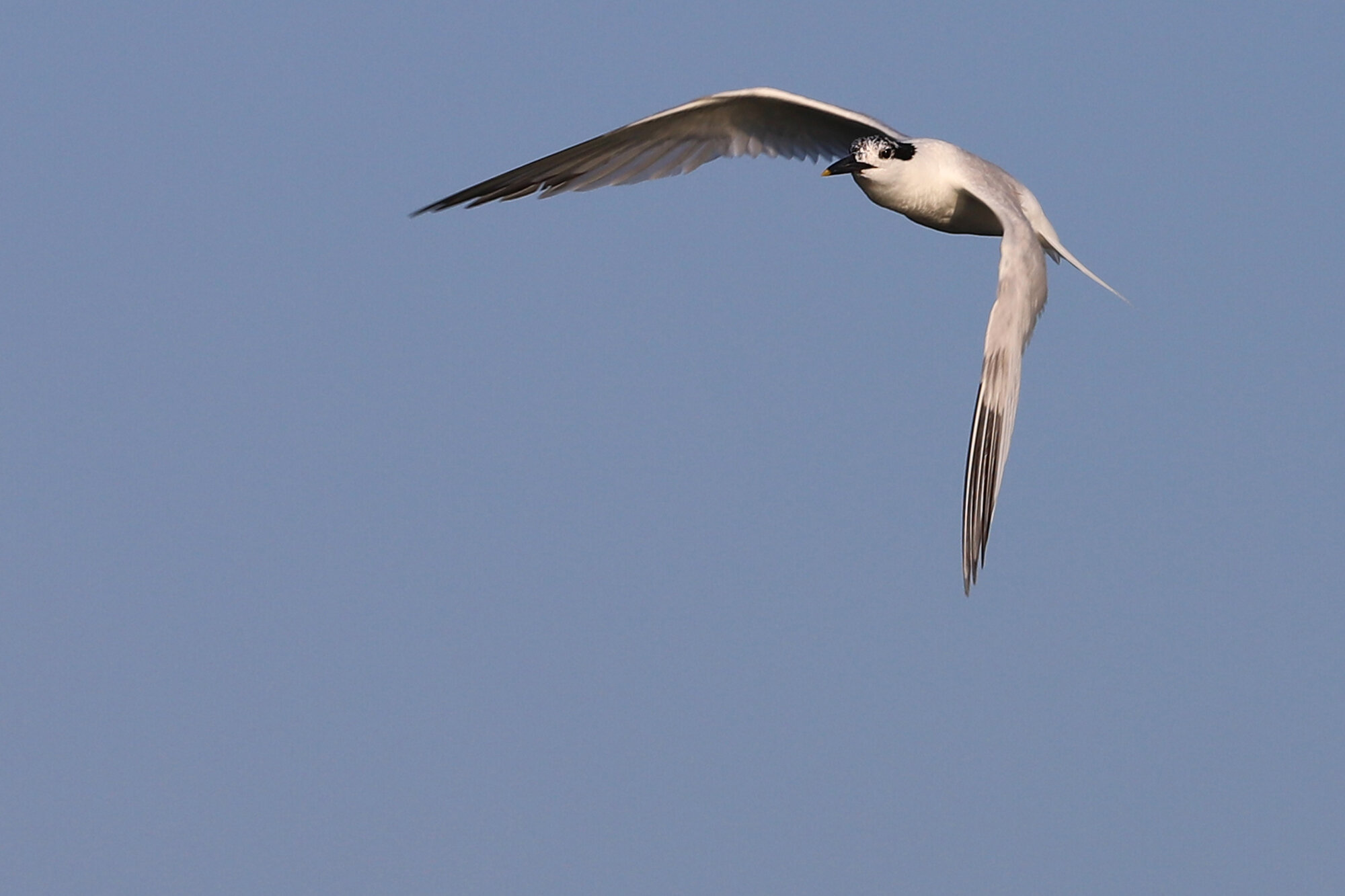
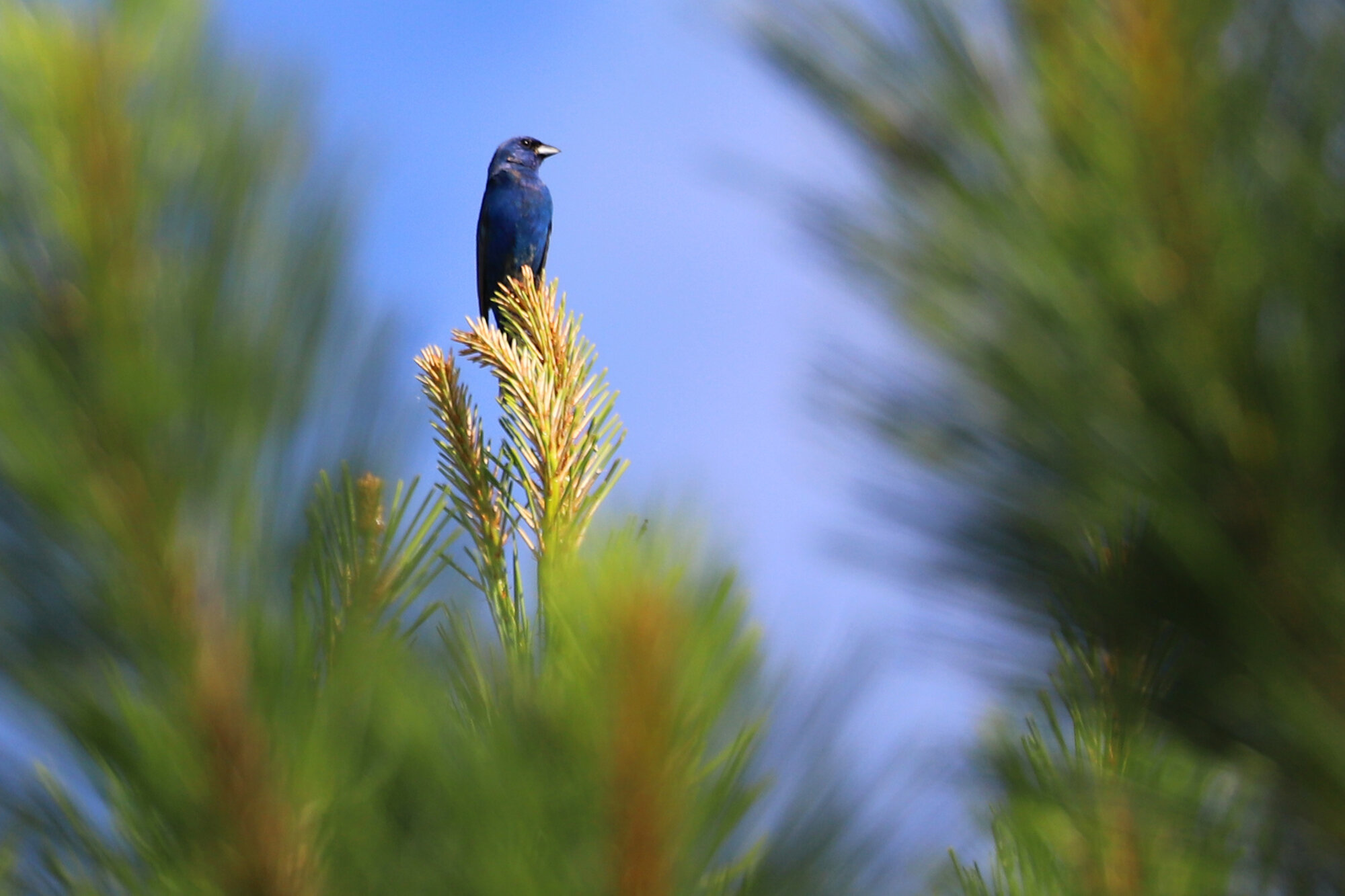
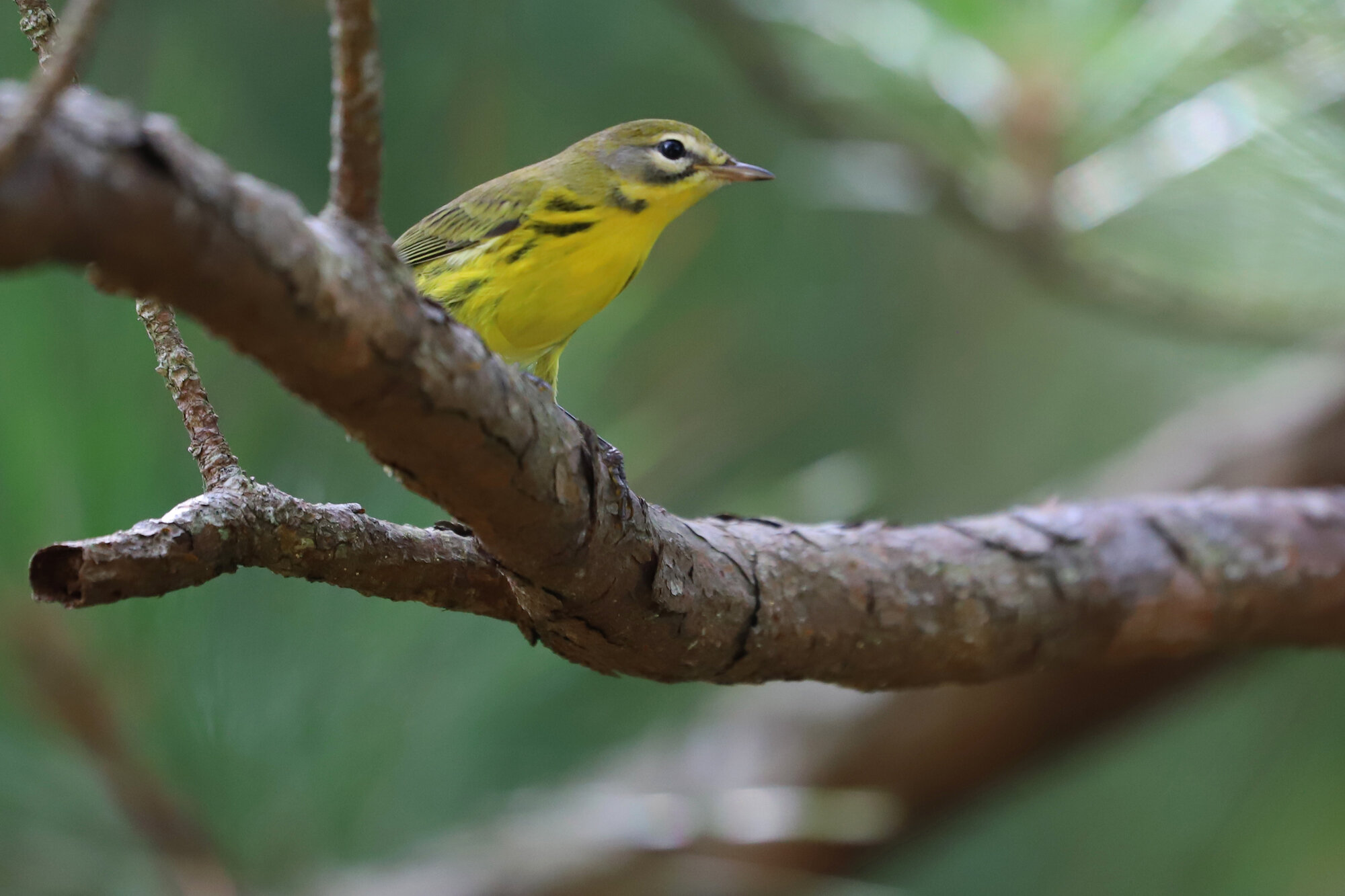
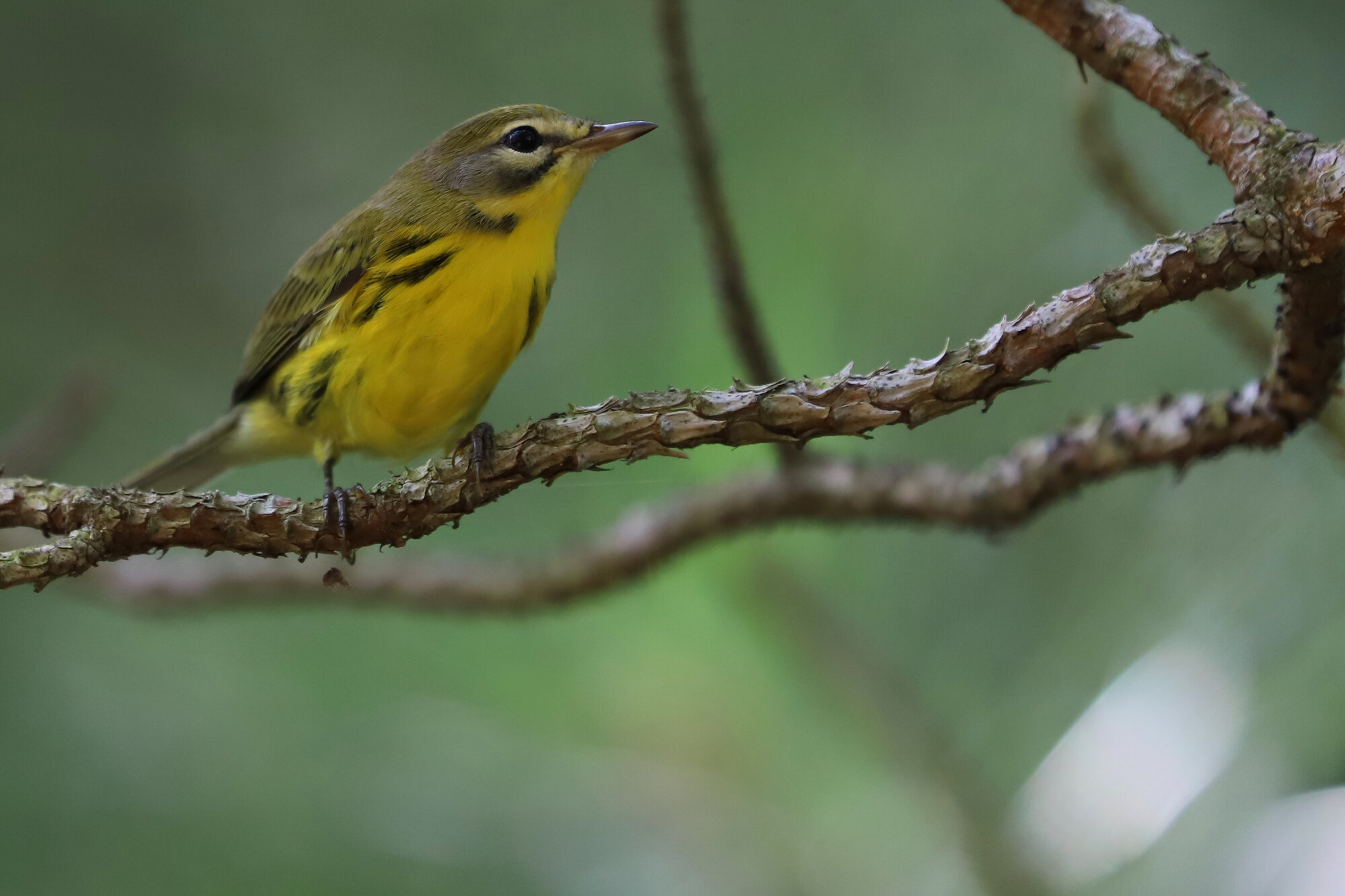
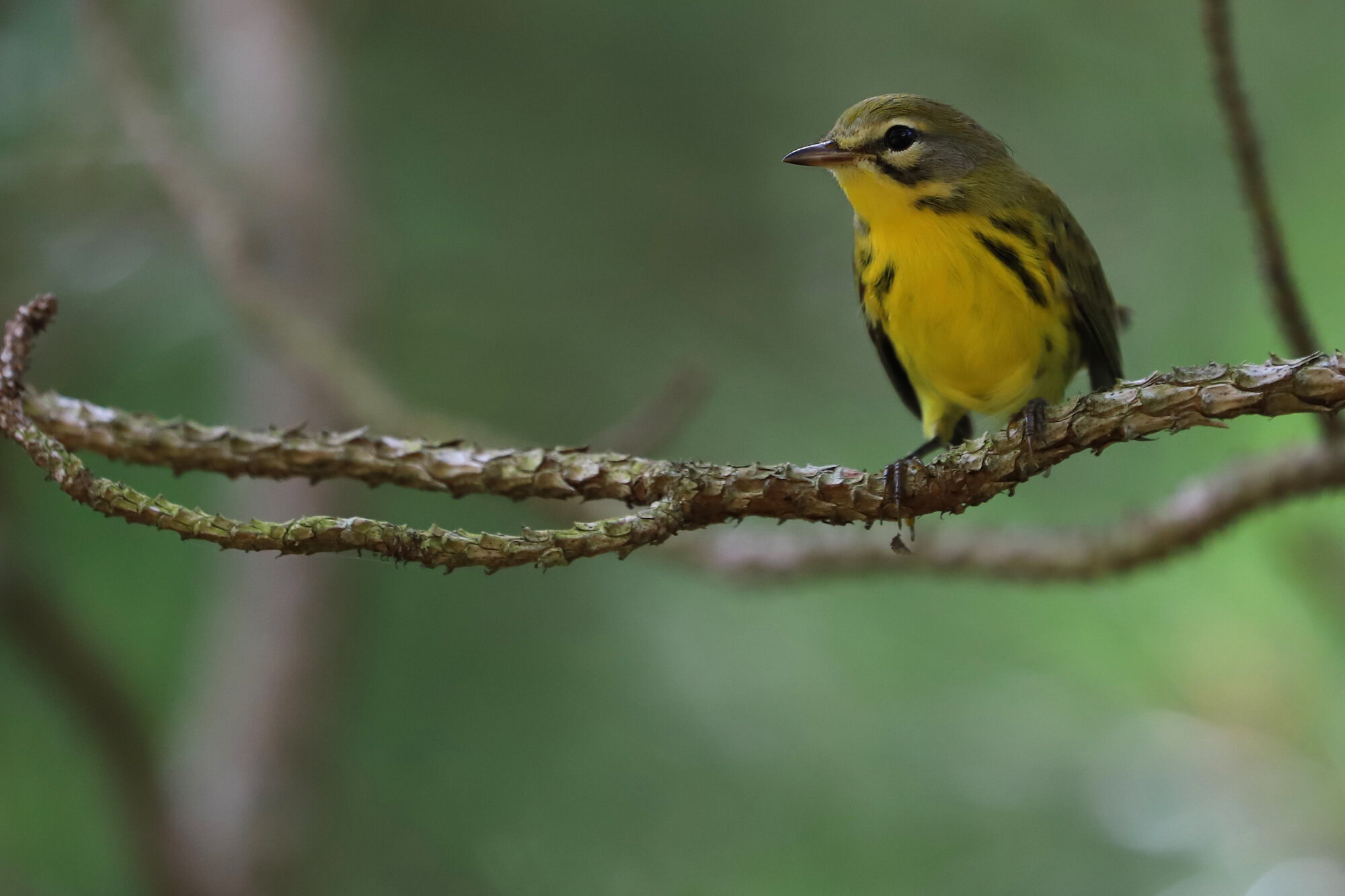
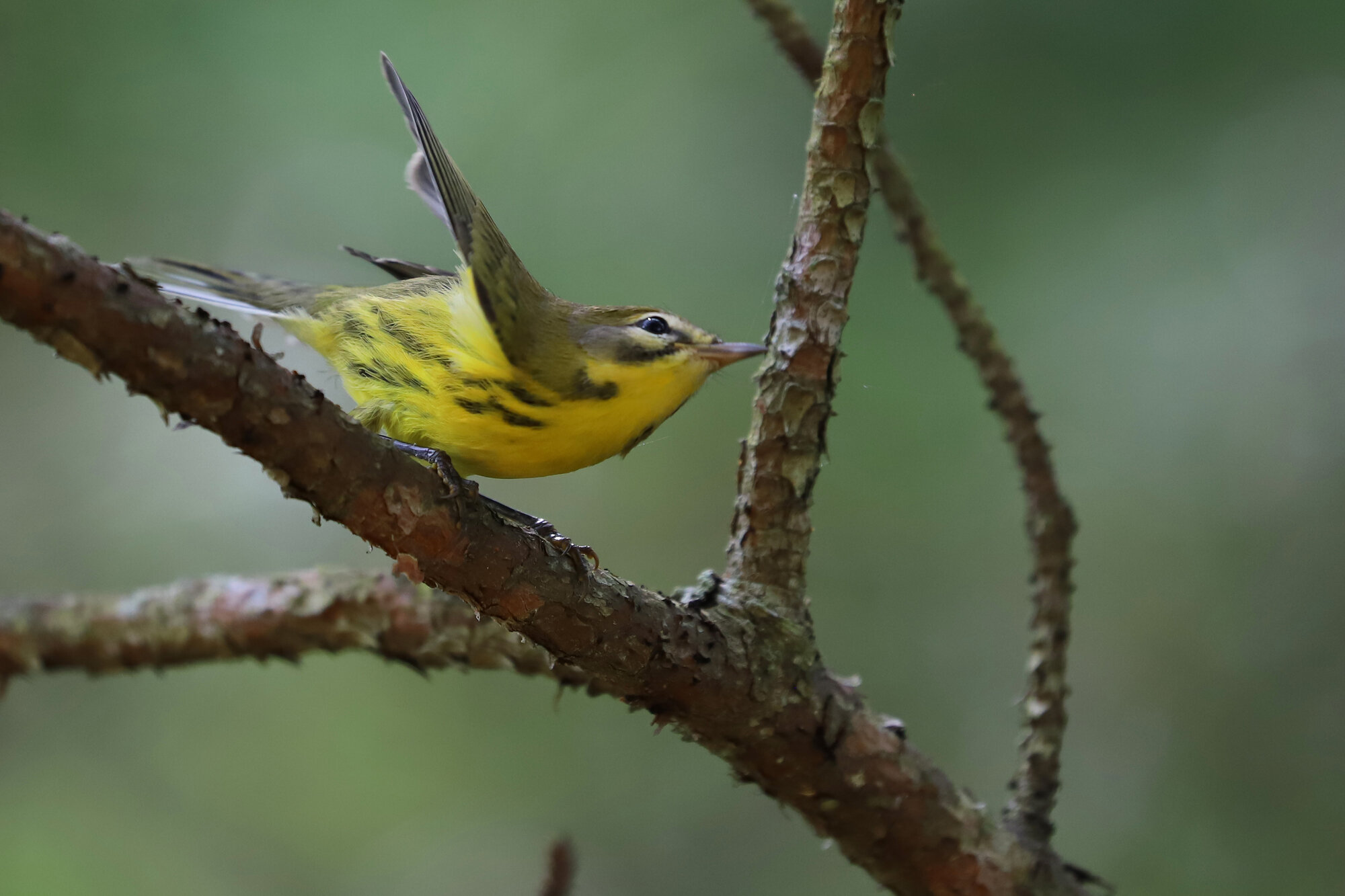
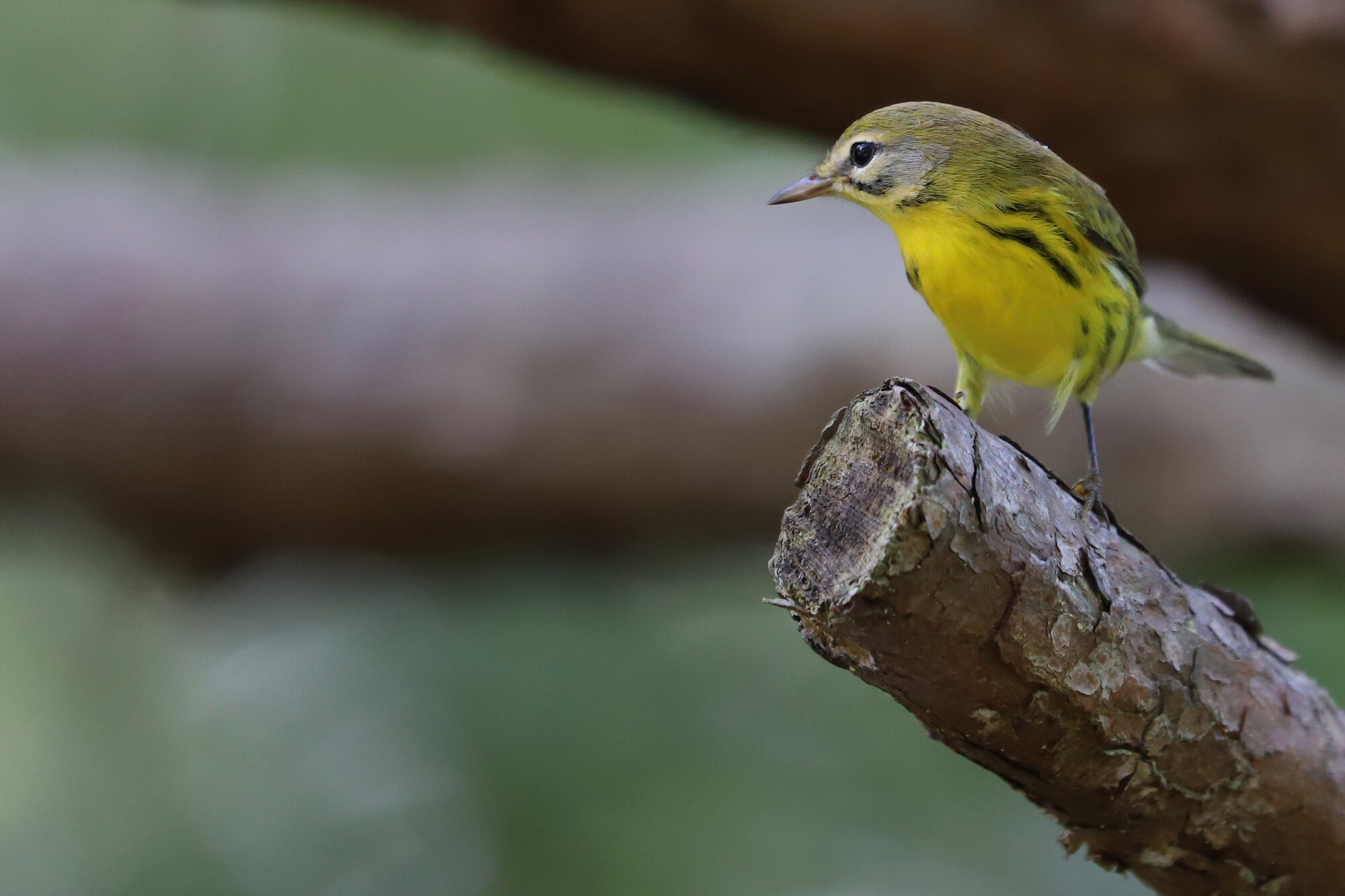
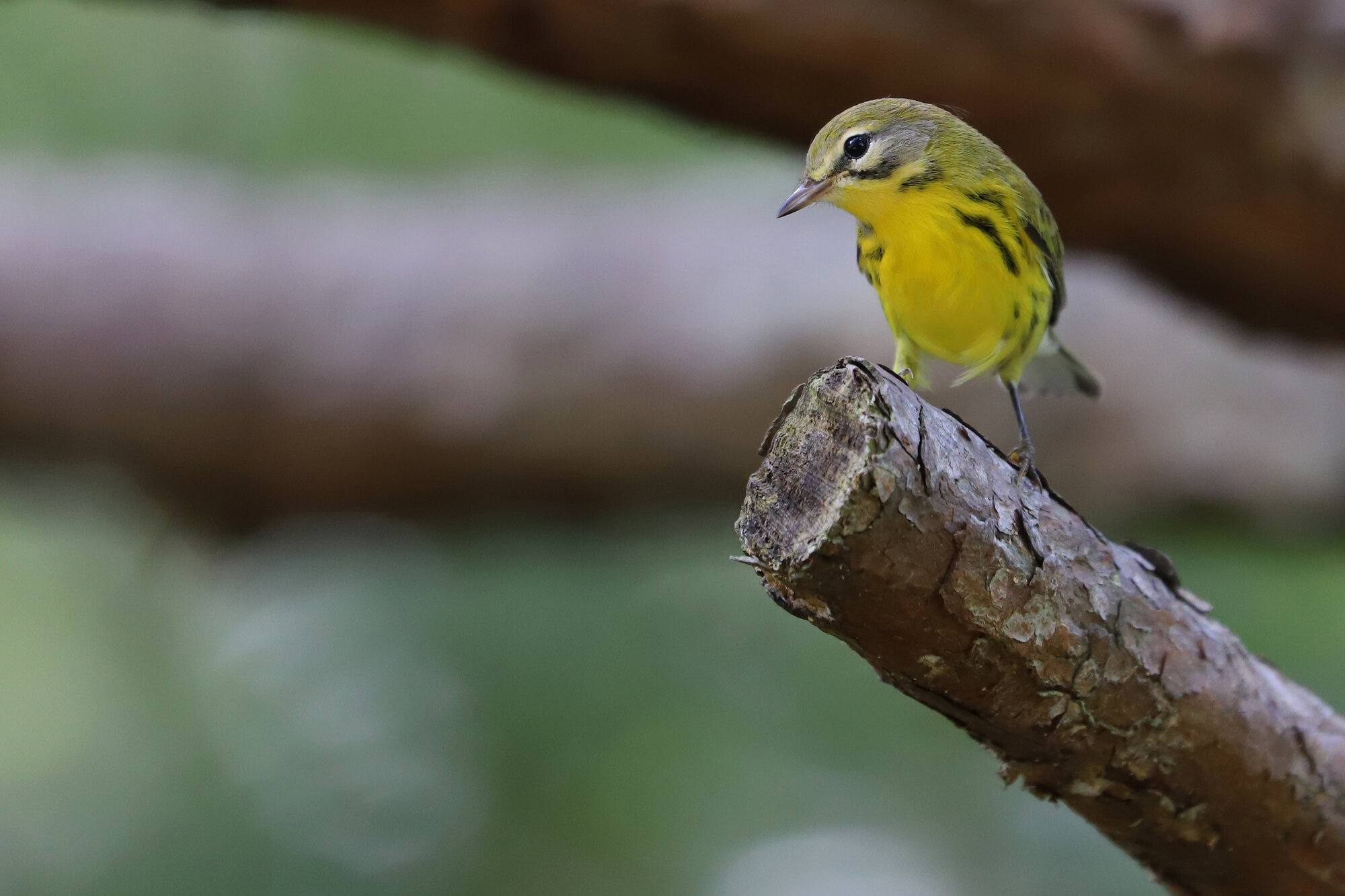

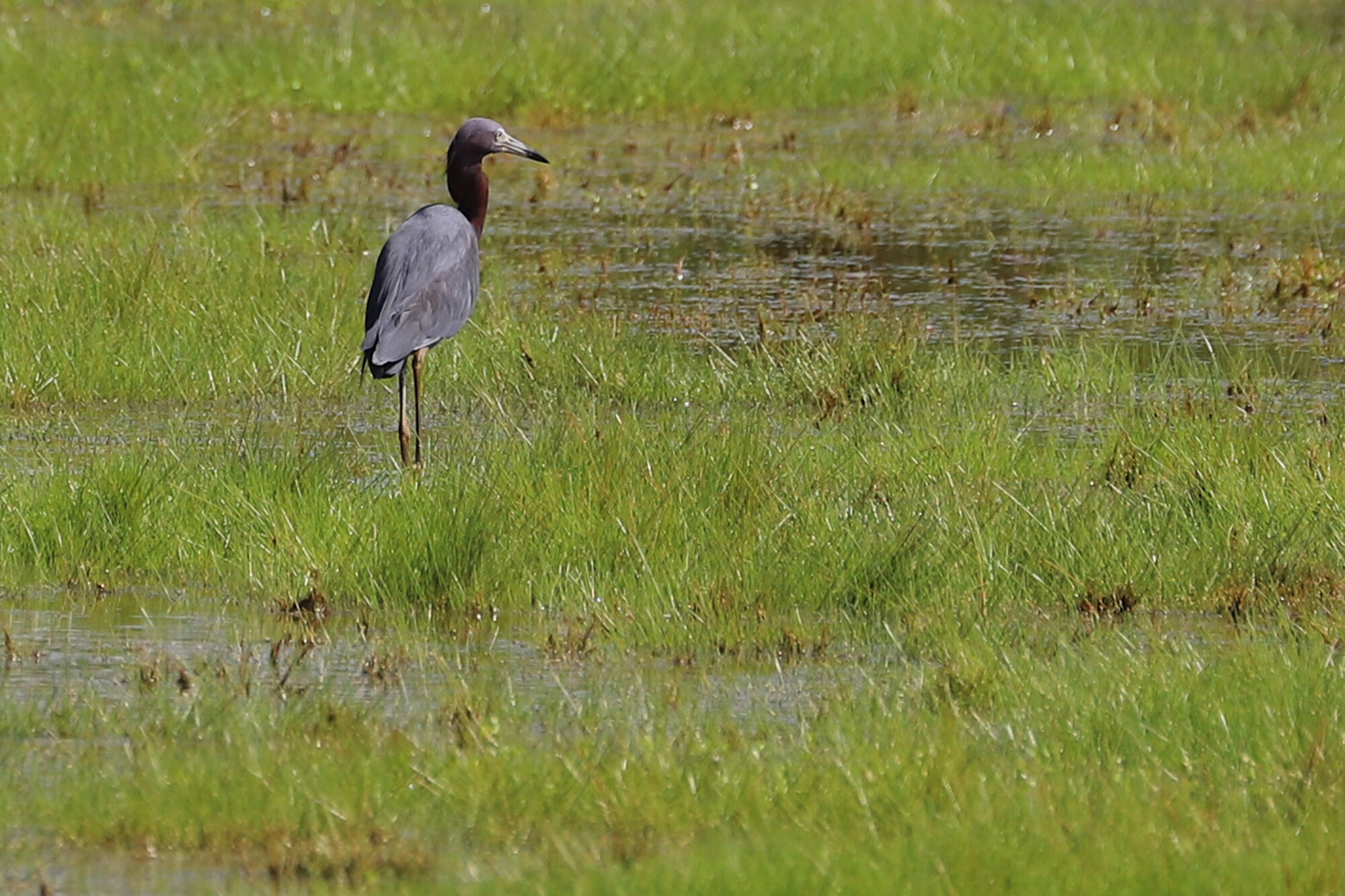
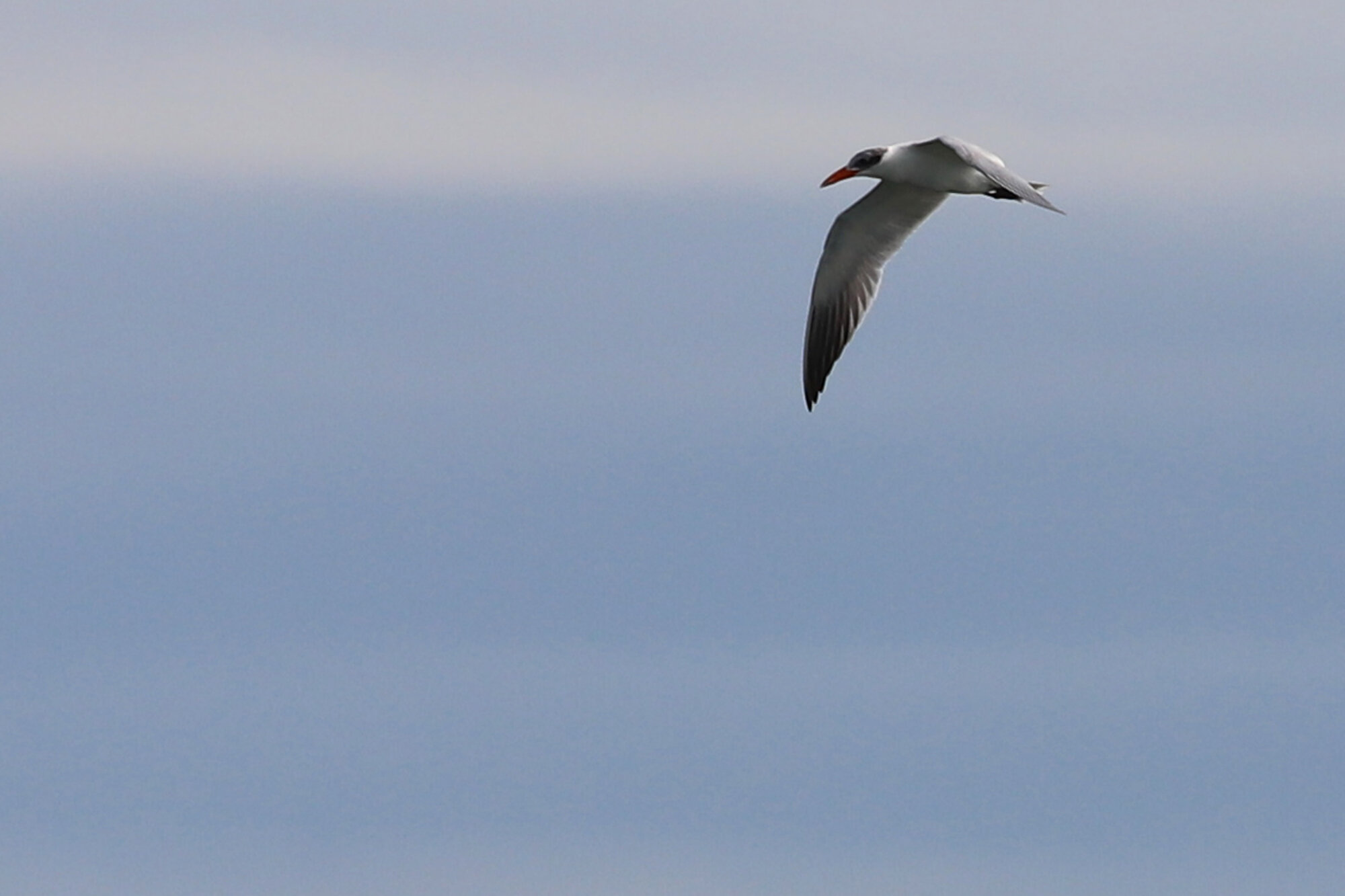
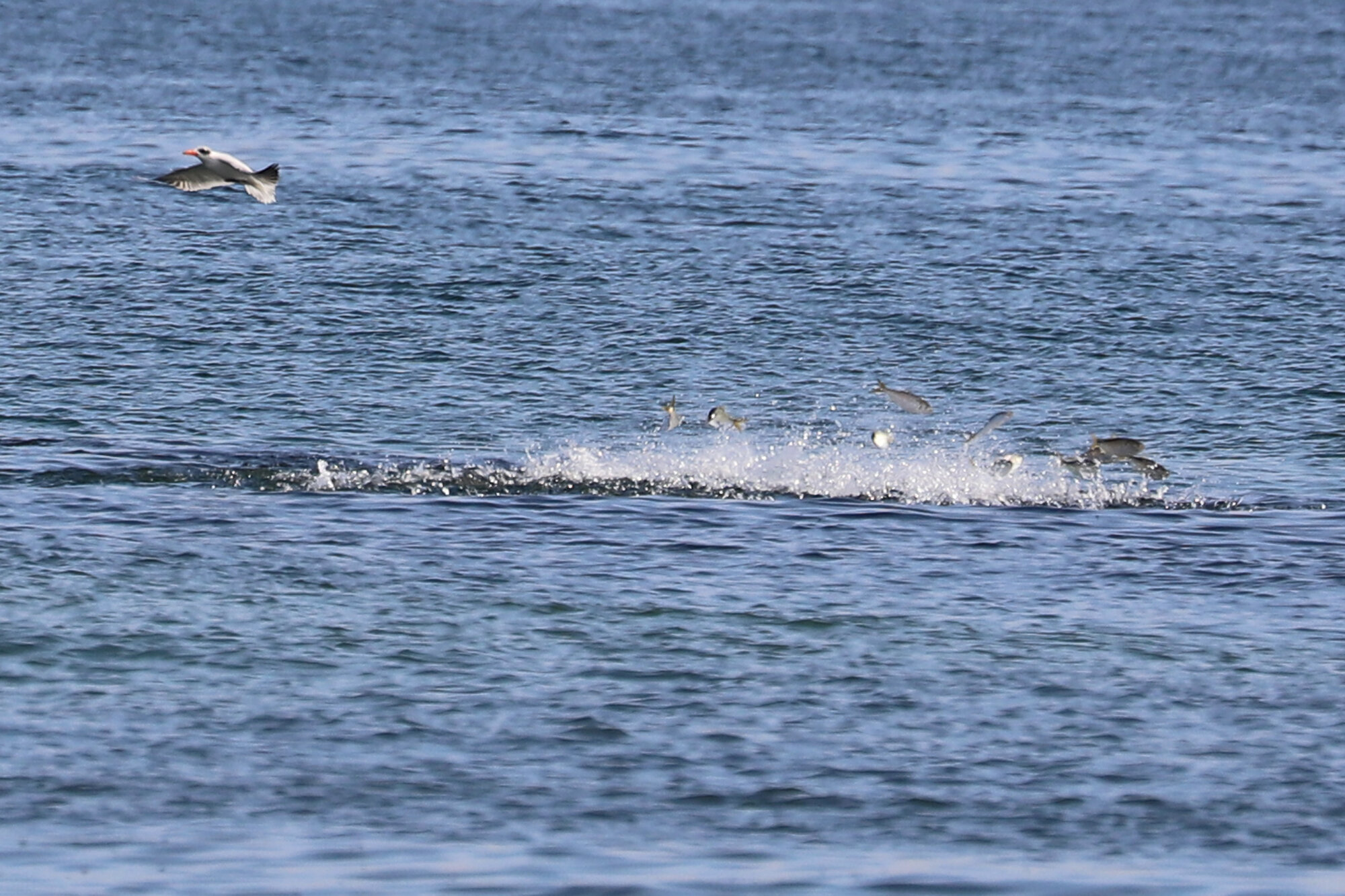
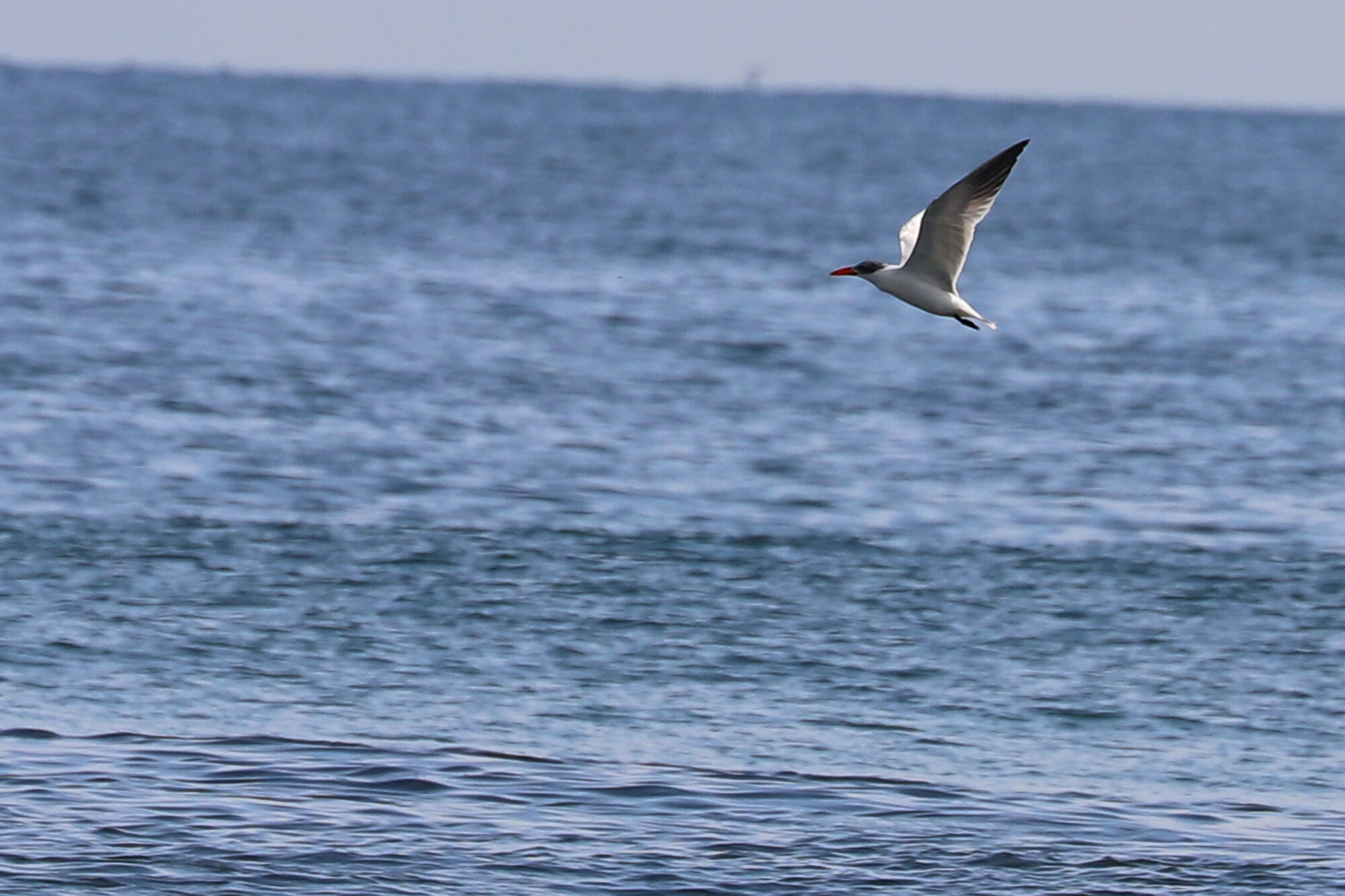
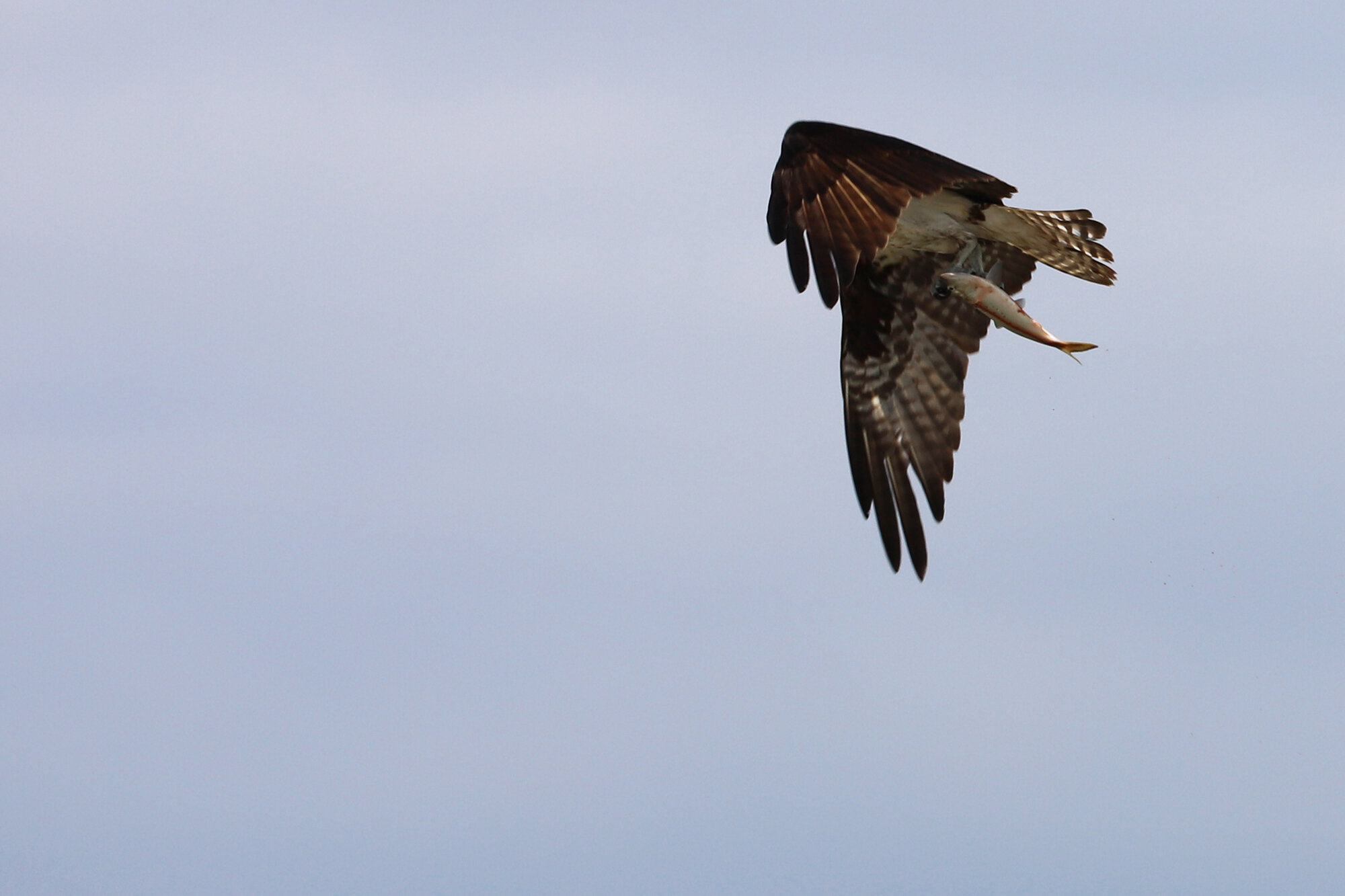
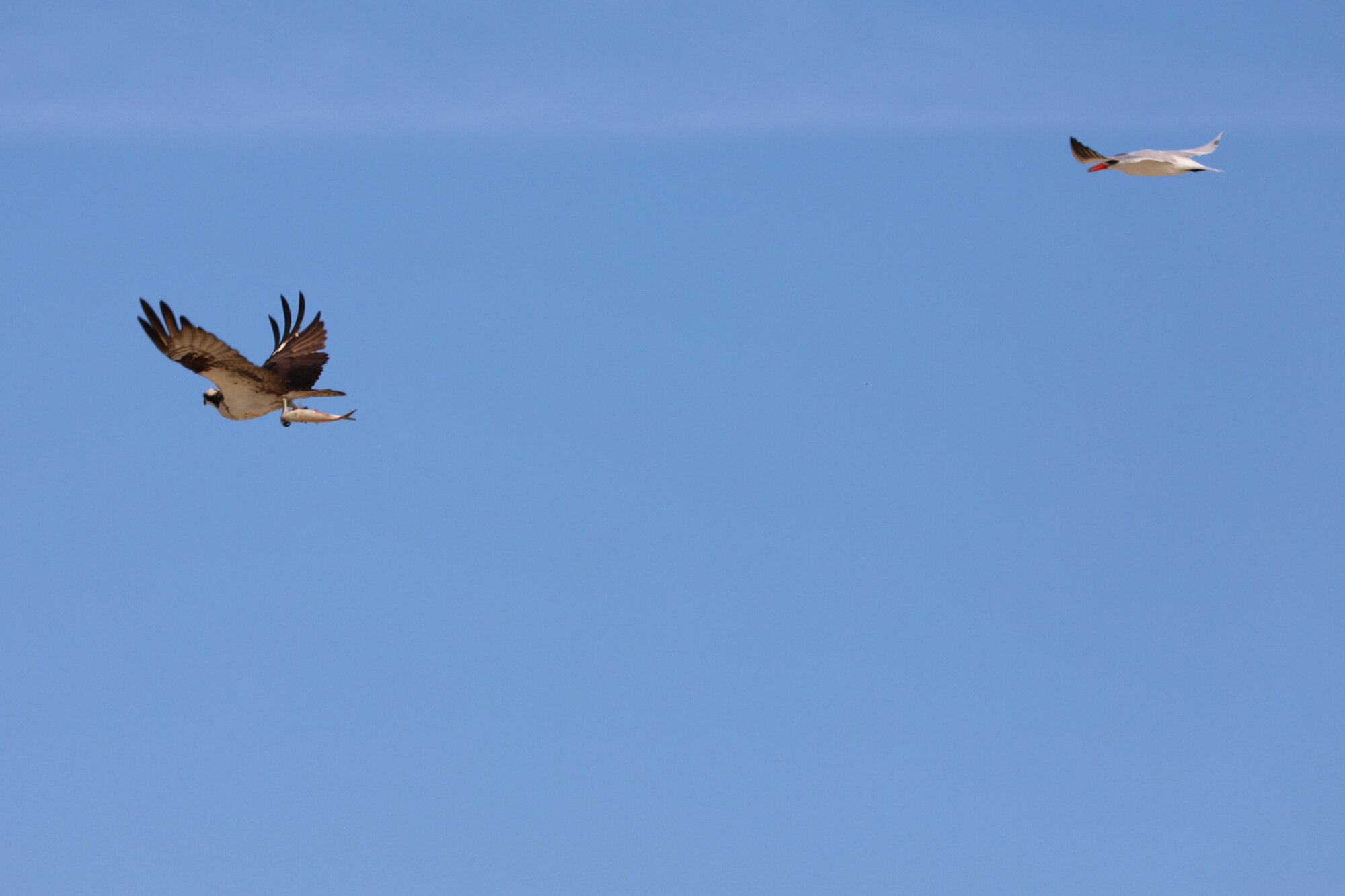
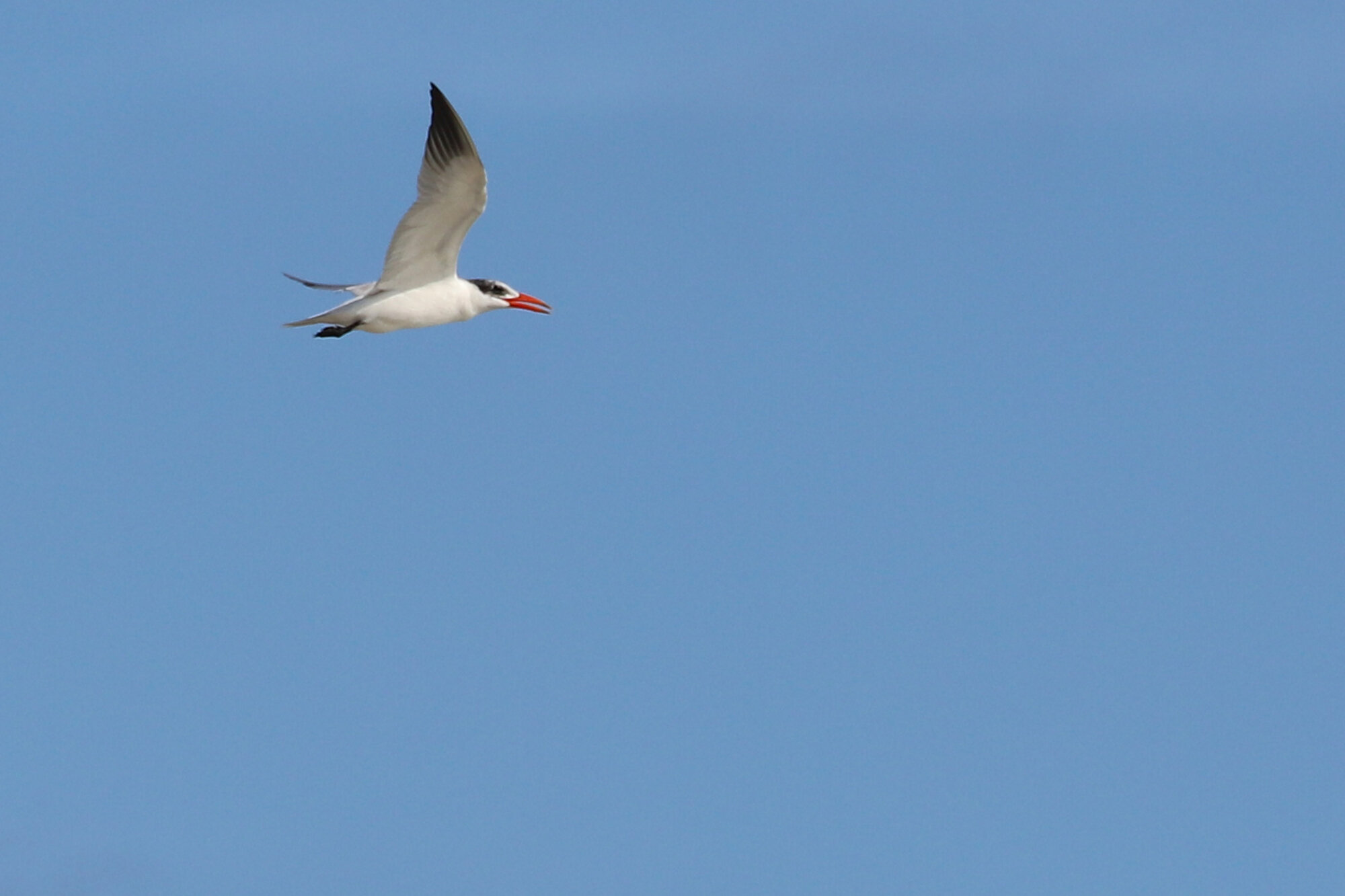
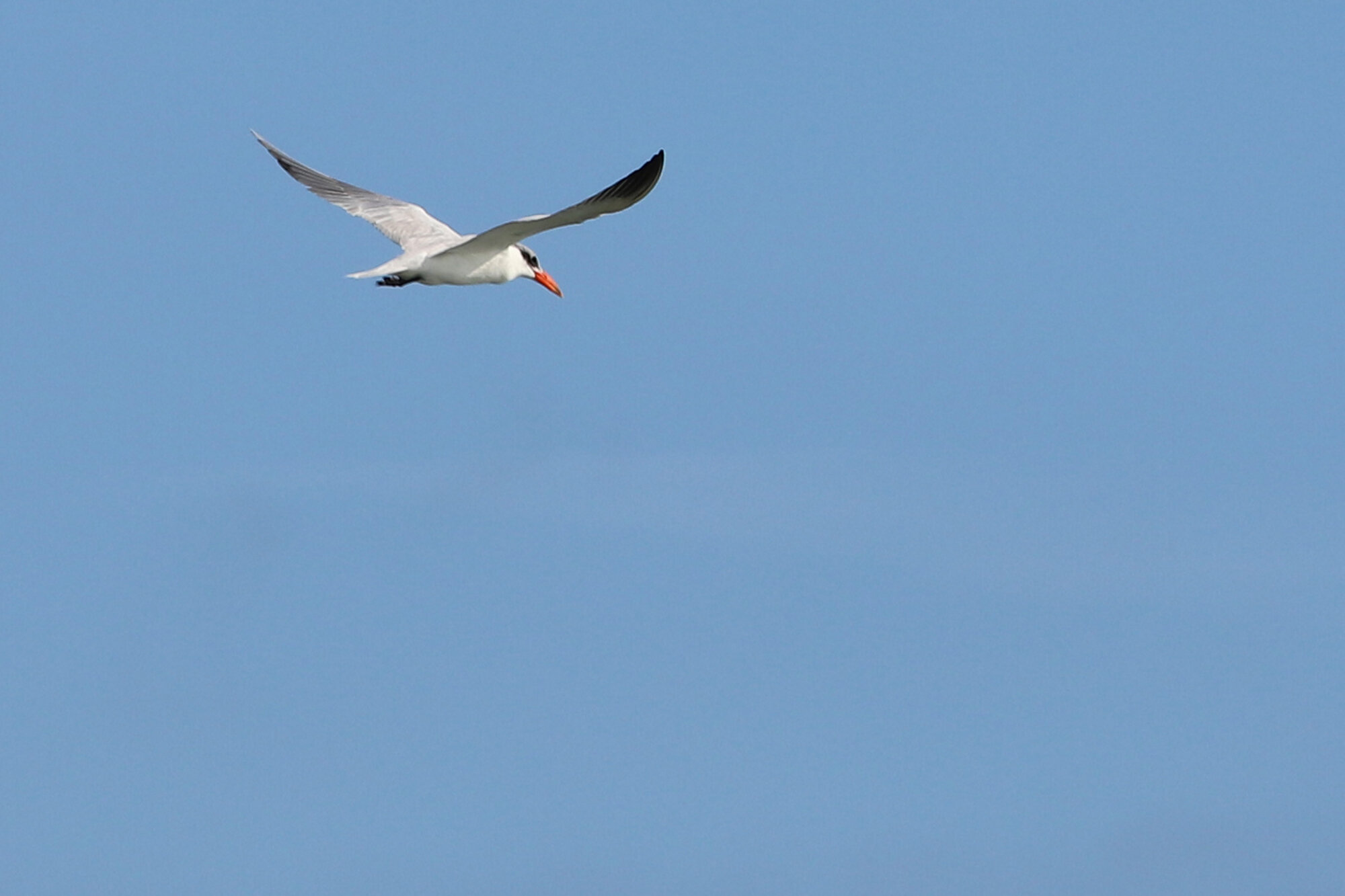
Very rare during the summer season in Virginia Beach, an immature AMERICAN REDSTART found at a private residence in Sandbridge on 9 Jul (vis. Todd Day) made for only the third July record for the species ever entered into eBird! Additionally, at the time of the observation, it was the only record in the coastal plain of Virginia south or east of Stafford County for the month. Past records for this month here include one at a private residence in Hunt Club Forest on 24 Jul 2015 (vis. Karen & Tom Beatty), and another at the same spot on 28 Jul 2018 (ph. Karen & Tom Beatty). Though still very rare at those dates, they seem more in line with when individuals begin dispersing away from nesting areas, though typically it’s early to mid-August before we start to see records here in Virginia Beach. But, a record on 9 Jul is a real head-scratcher, and it was the only coastal record south of northern New Jersey this early in the month. Typically Cape May, NJ will see many of them in motion before we get our first in coastal Virginia, so this one is truly exciting. (Jul 2020 Map)
While up to three DICKCISSELS had been present in the same field at NAS Oceana (restricted access) going back to 2 Jun (vis. Karl Suttmann), only the individual first noted from the public Flame of Hope Memorial on 18 Jun (vis. Andrew Baldelli) continued into July. Though, it spurred quite a few reports, whether seen &/or heard, with the apparent final report occurring 10 Jul (vis. Rob Bielawski & Todd Day). It proved to be a remarkable breeding season for this species in Virginia, with records scattered across dozens of counties/cities, but it feels all the more remarkable that these breeders were detected right in the middle of Virginia Beach where we’ve had no discernible pattern of breeding. The best way to observe the continuing individuals is to try very early in the morning before noise from traffic makes it tougher to hear from the southwestern corner of the Flame of Hope fence. Typically, all three of the rare breeders (Horned Lark, Grasshopper Sparrow & Dickcissel) that have taken up residence in this field are fairly far out, and views aren’t great, but the early morning also keeps the sun from blinding you. (Jul 2020 Map)
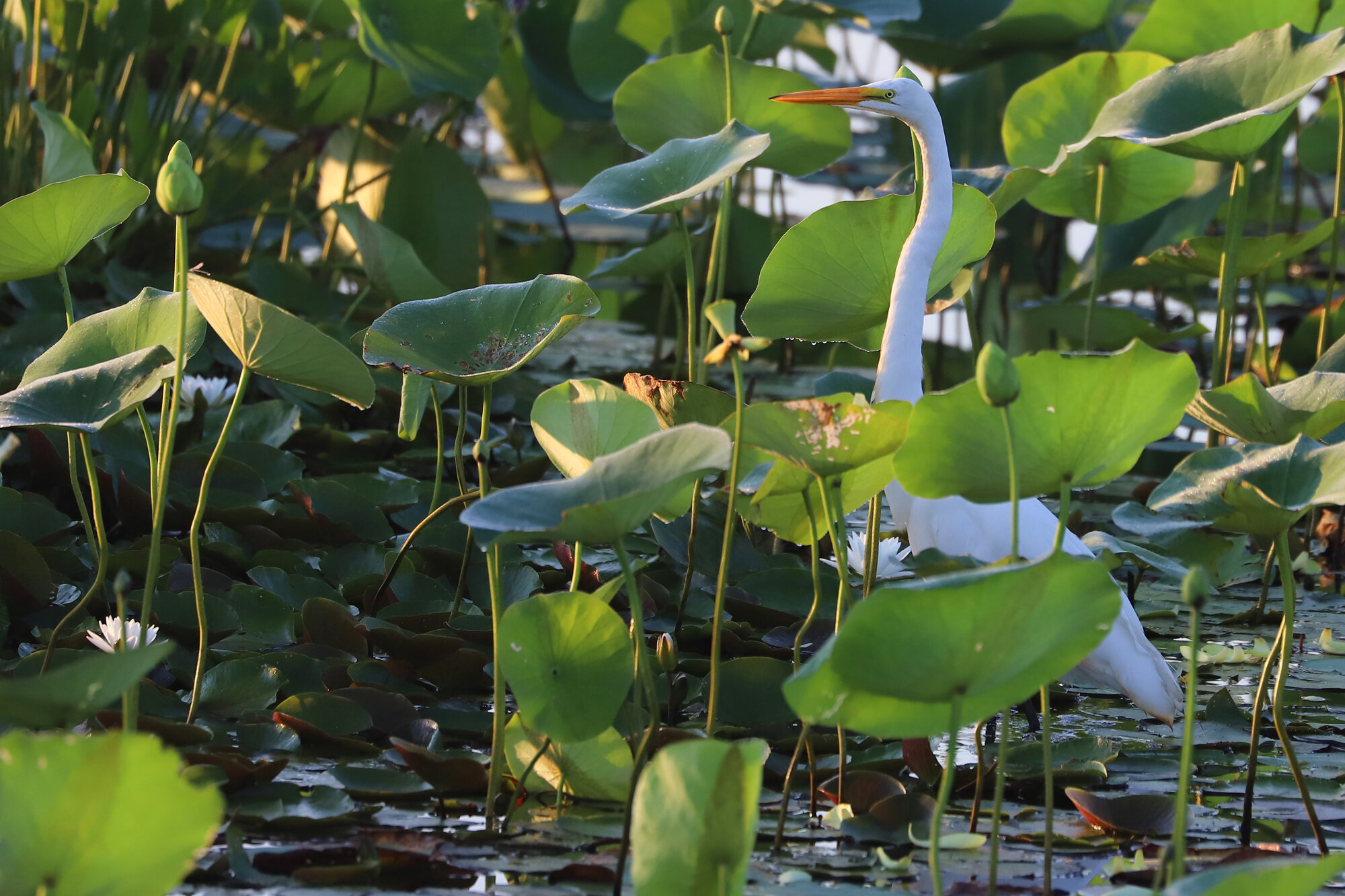
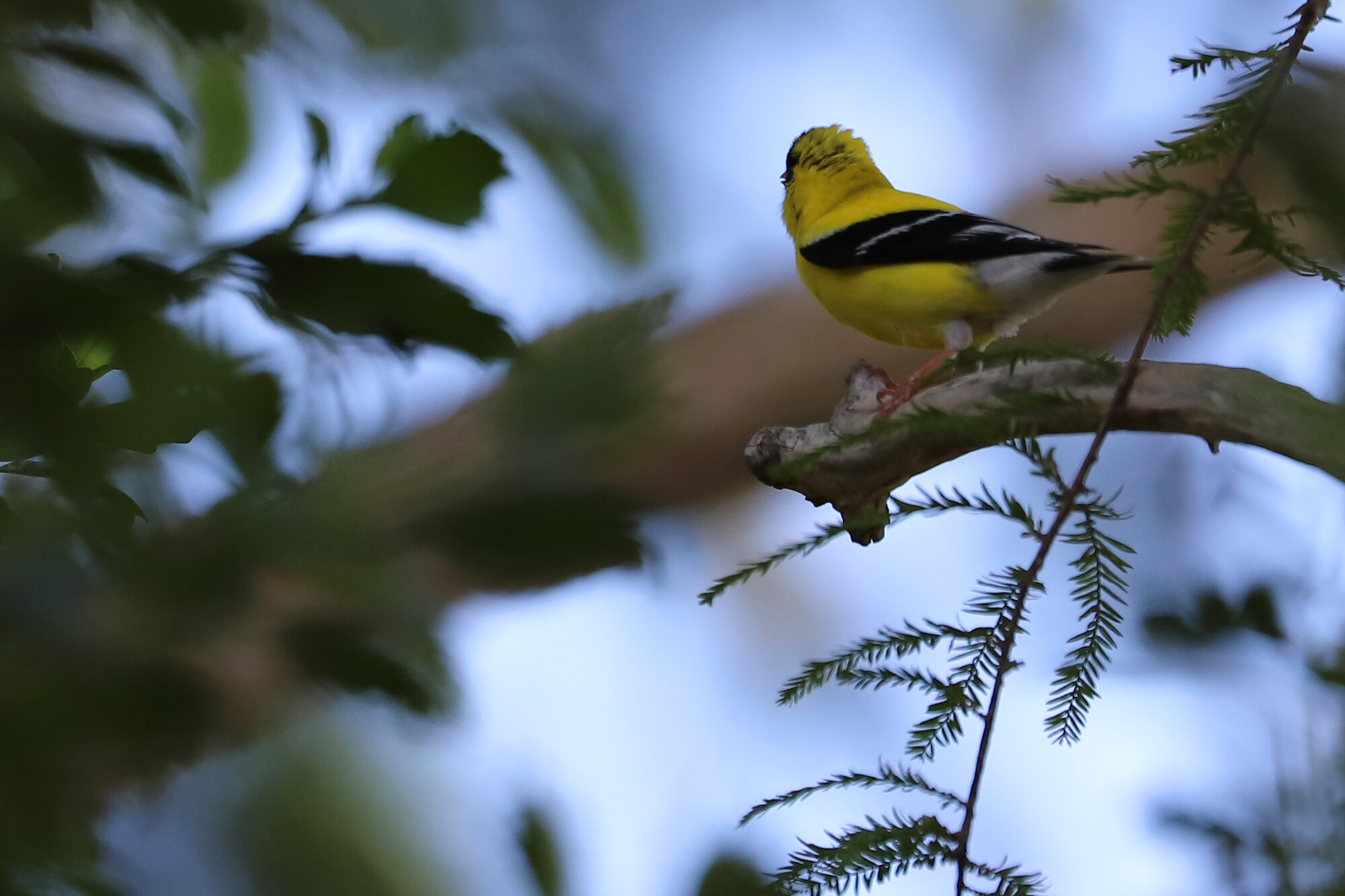
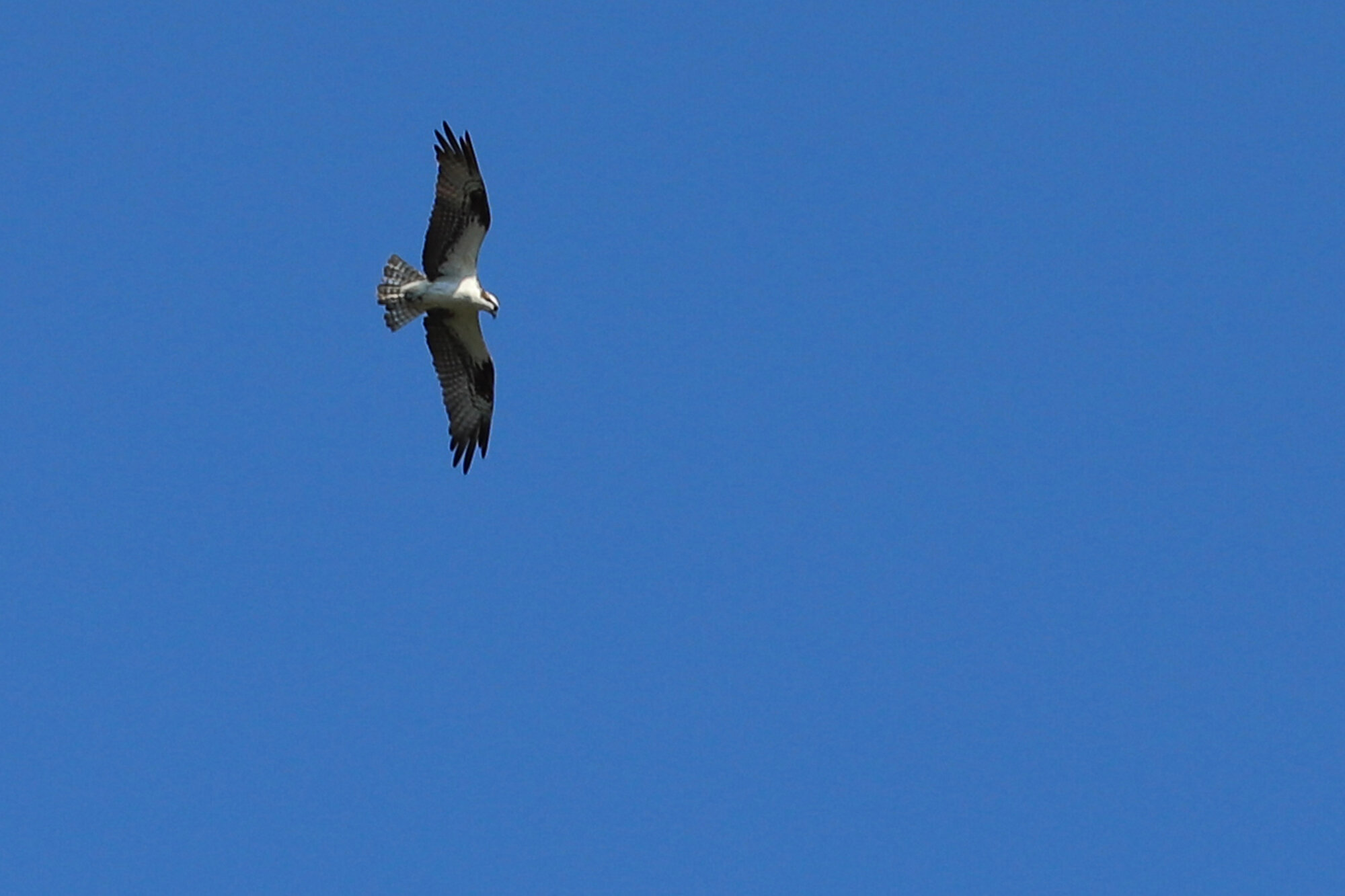
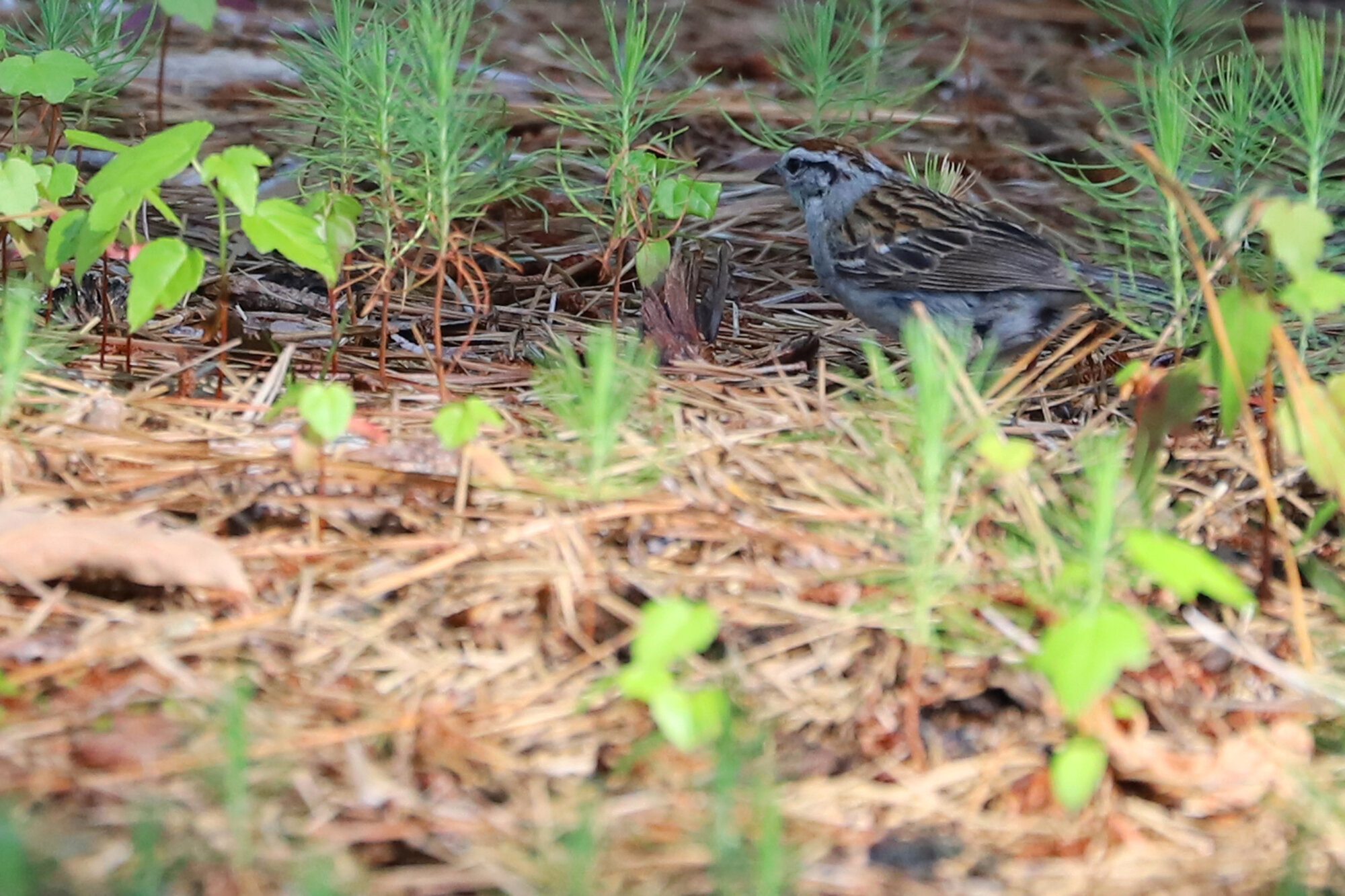
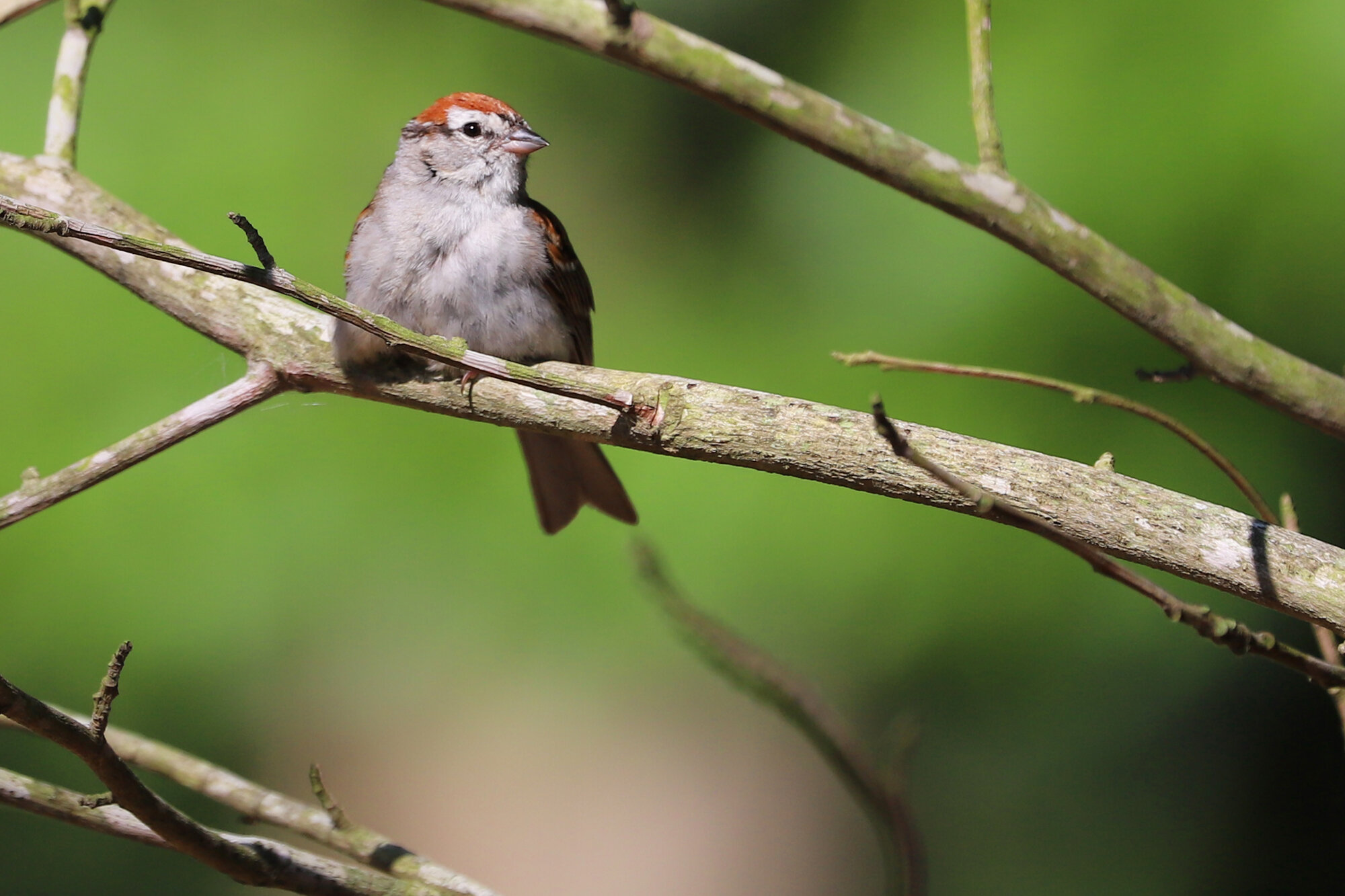

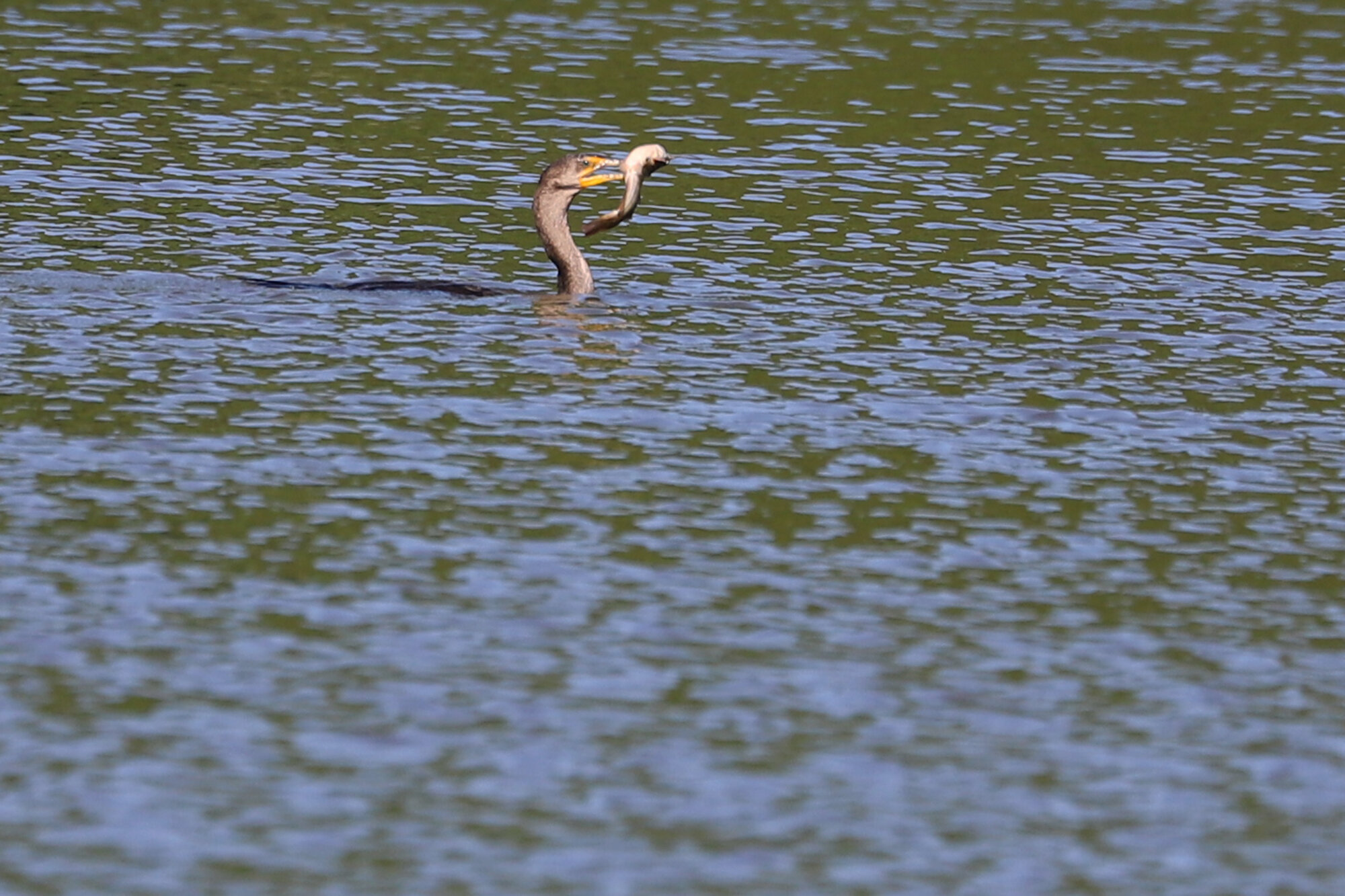
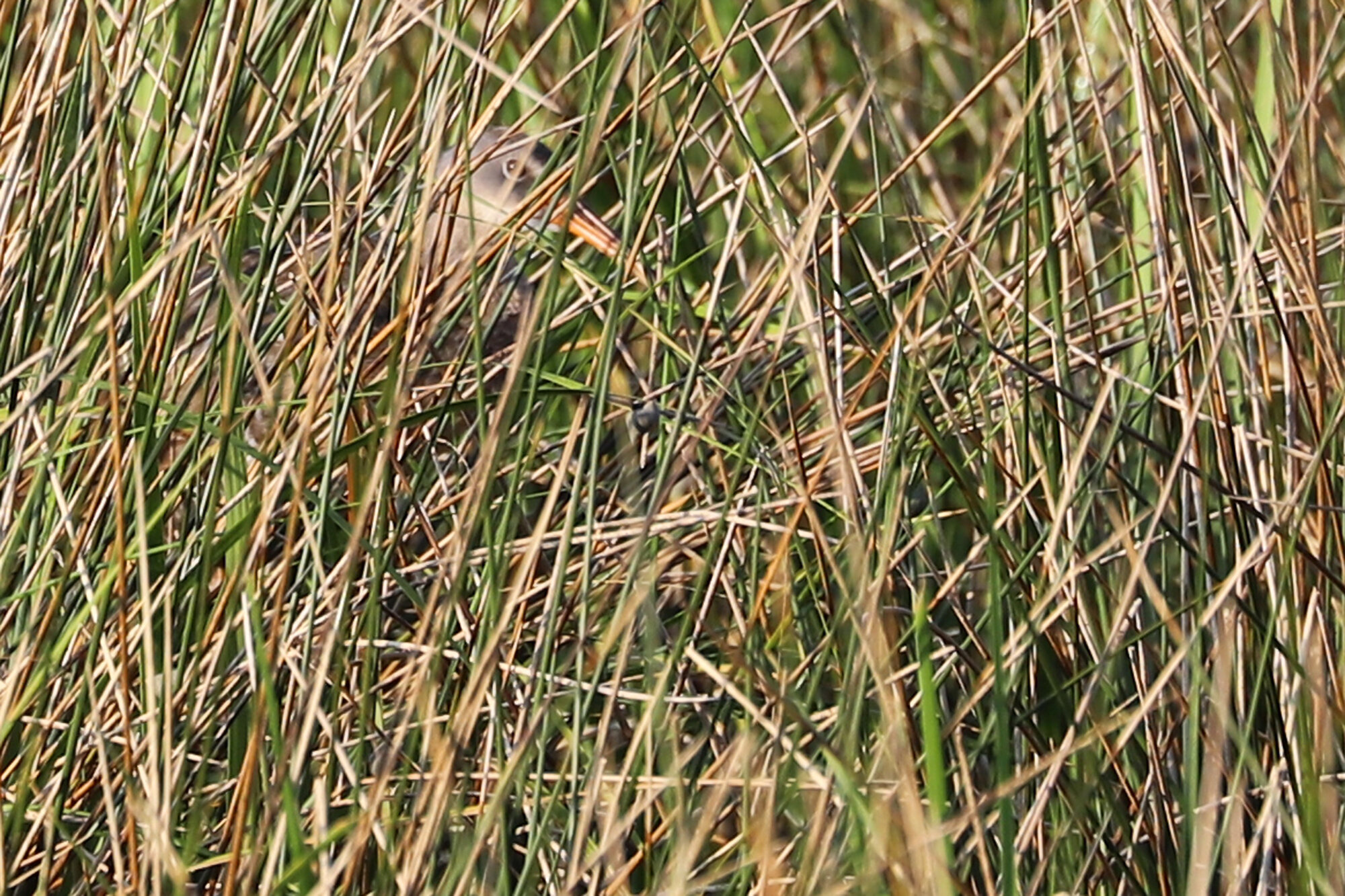
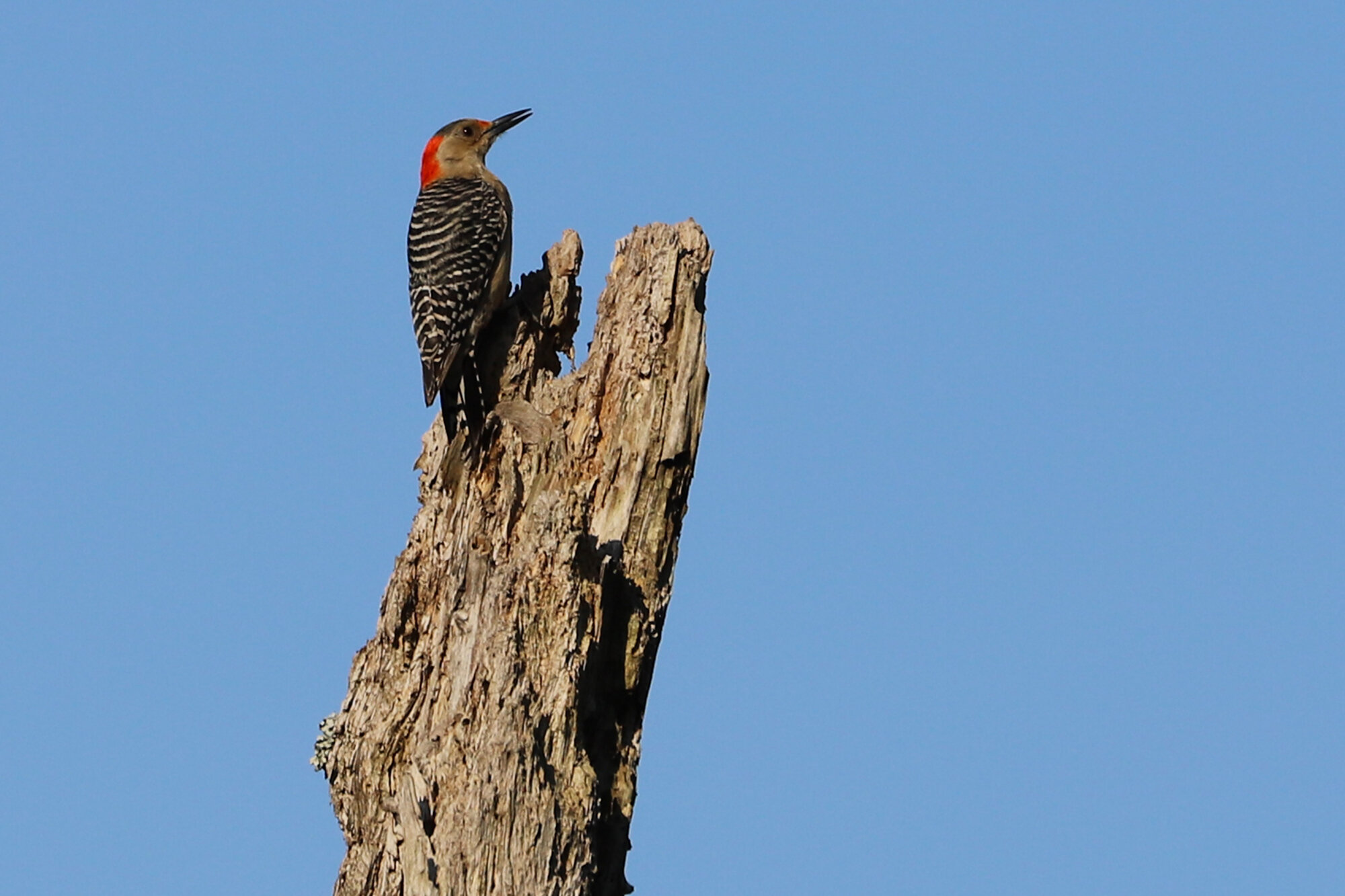
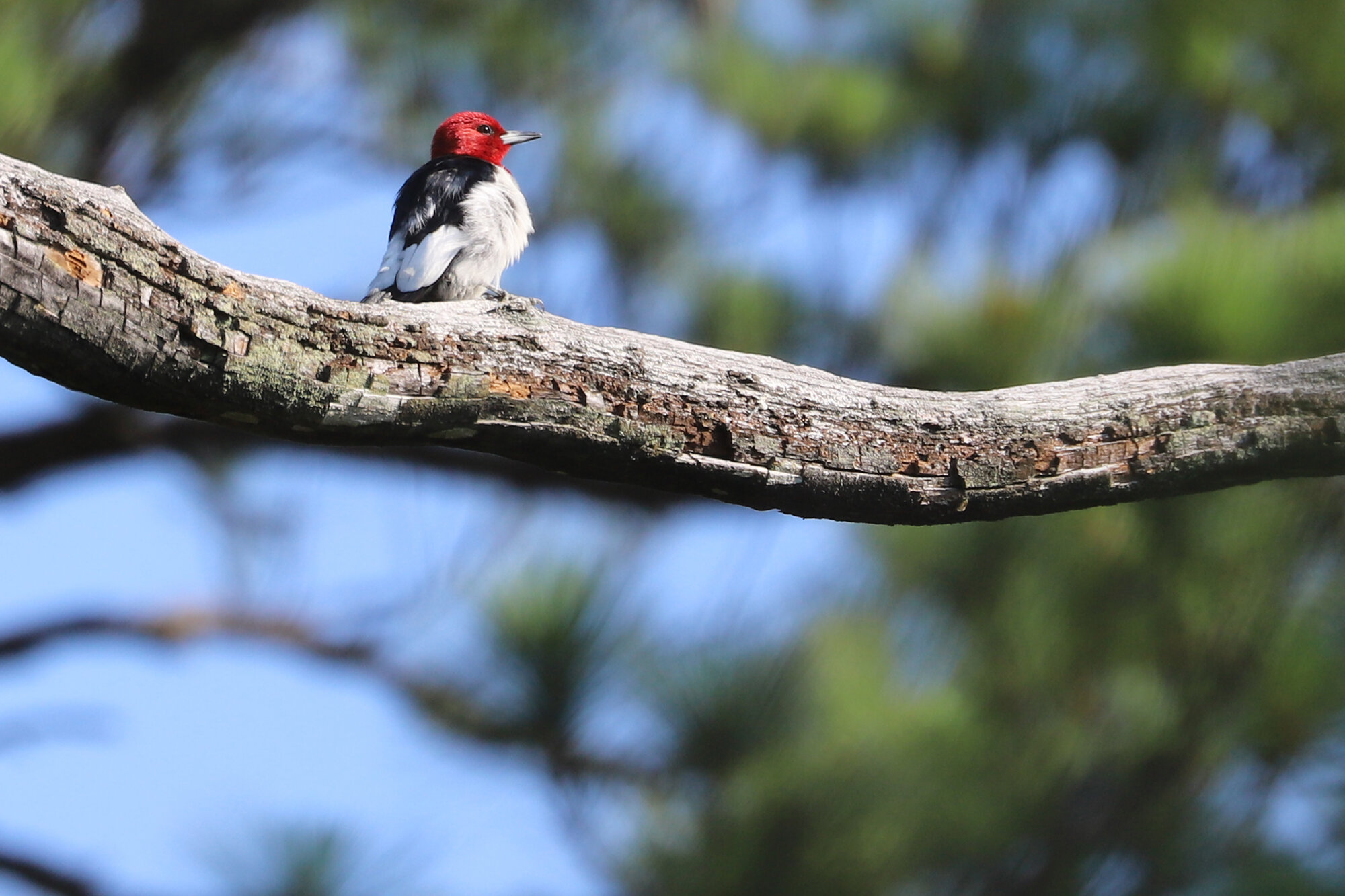
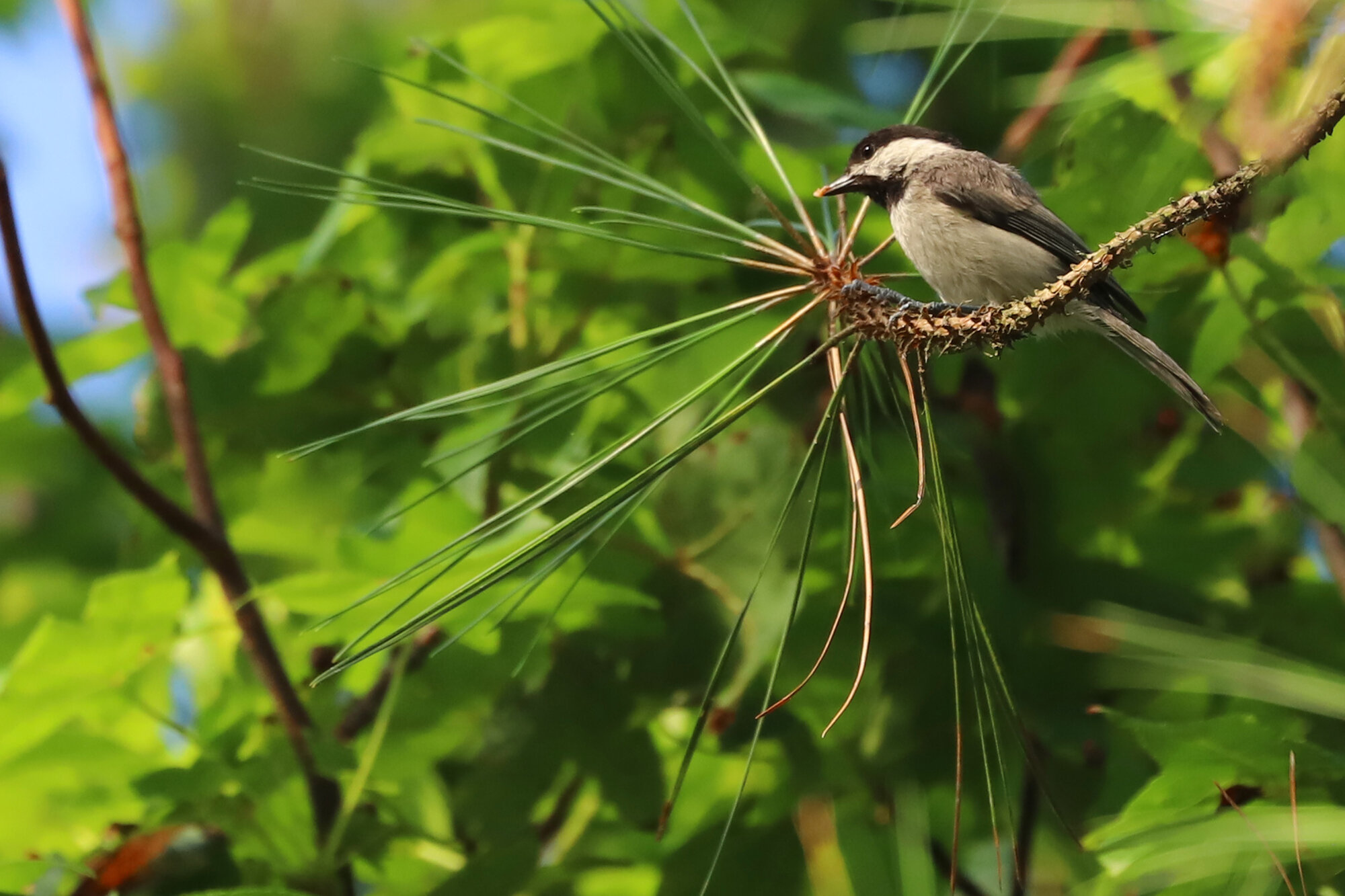
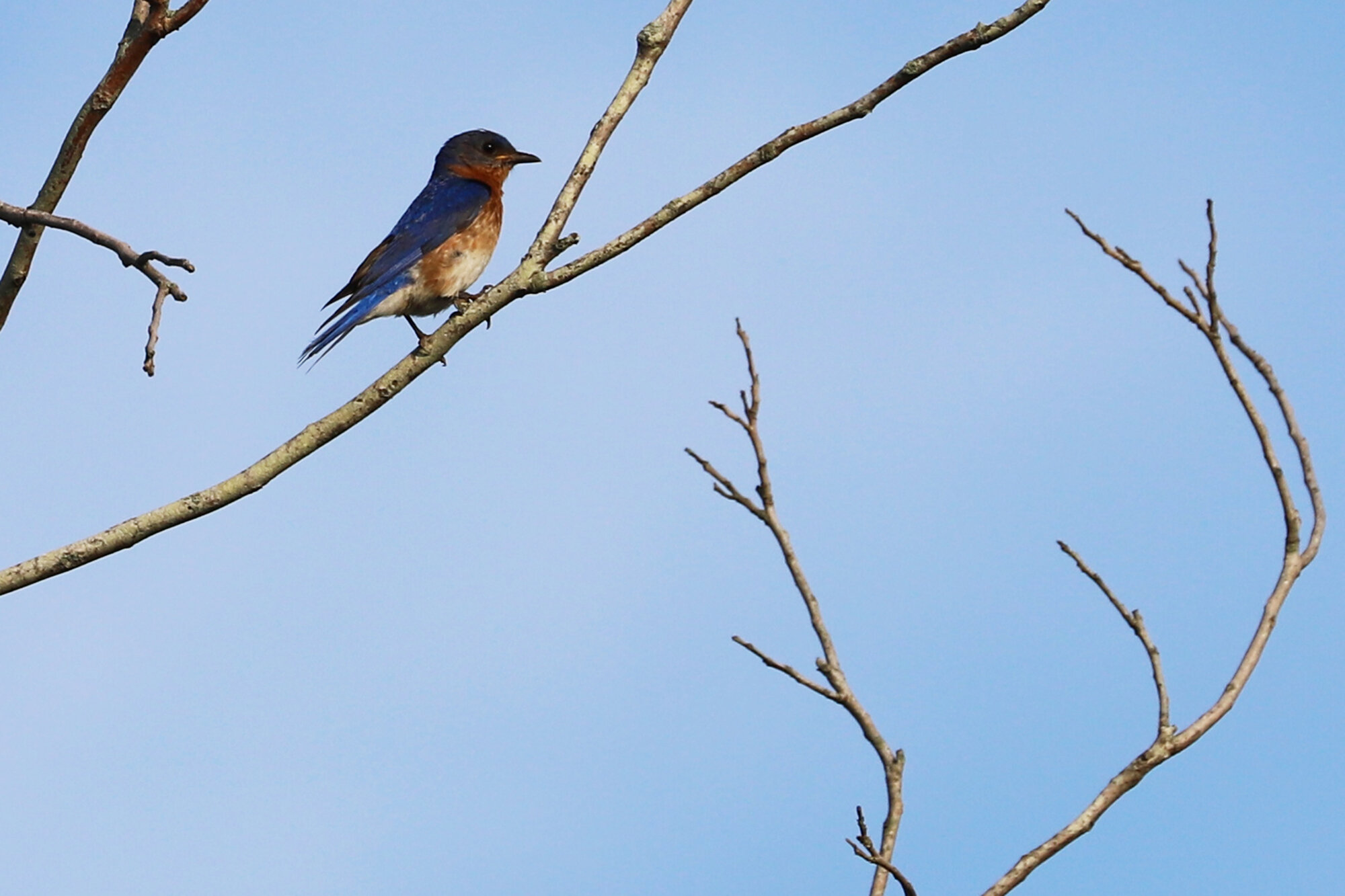
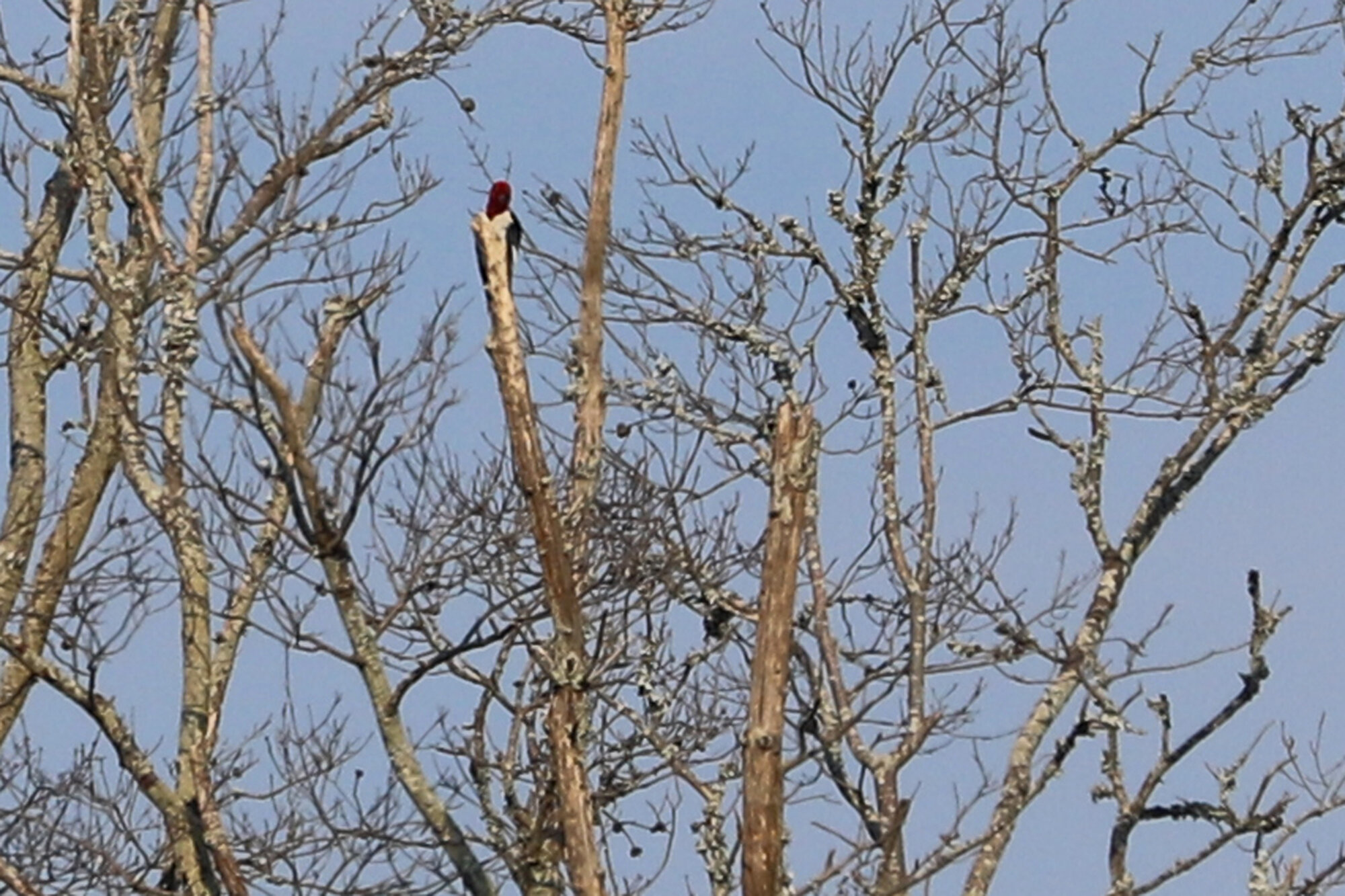
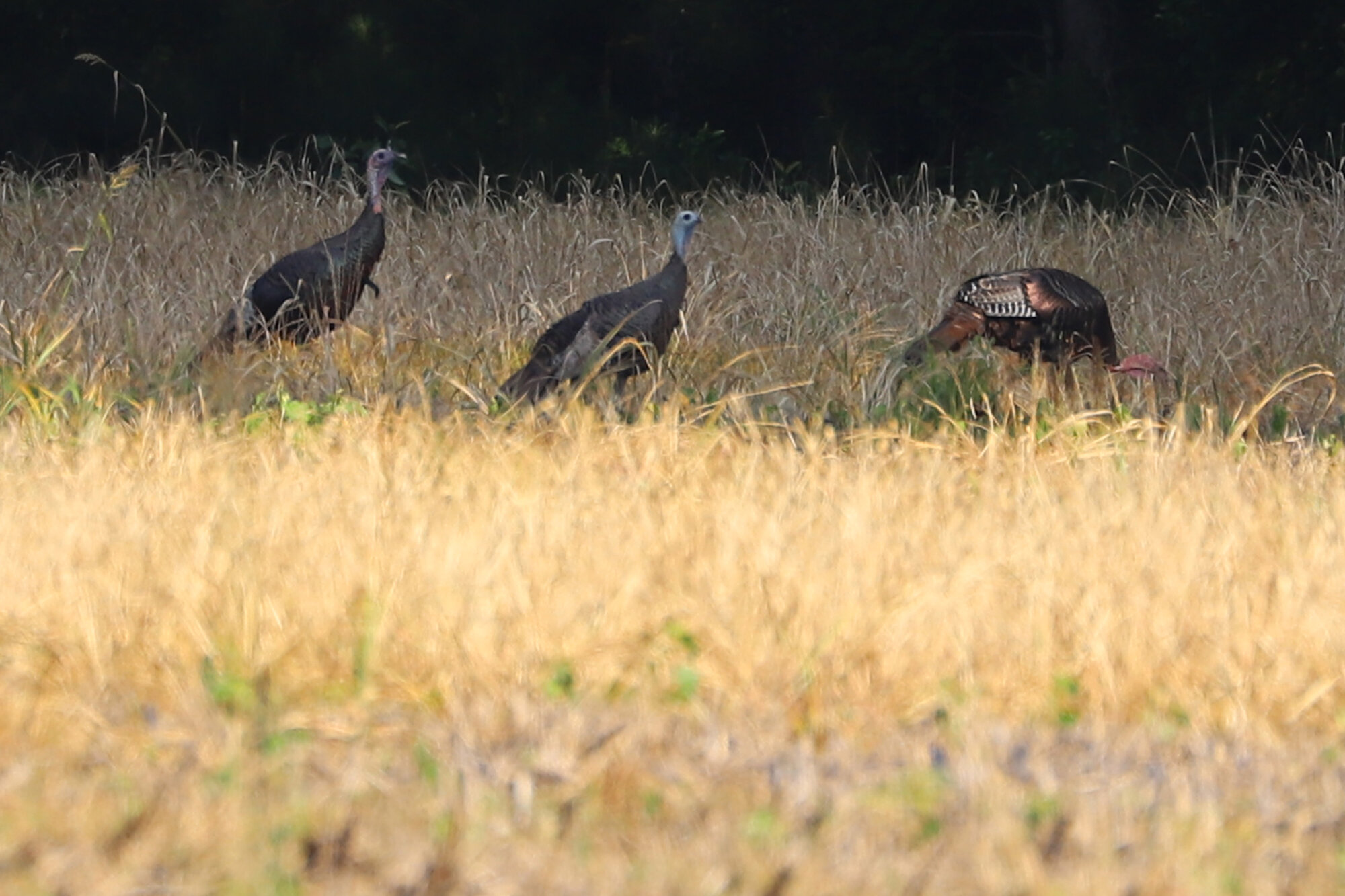
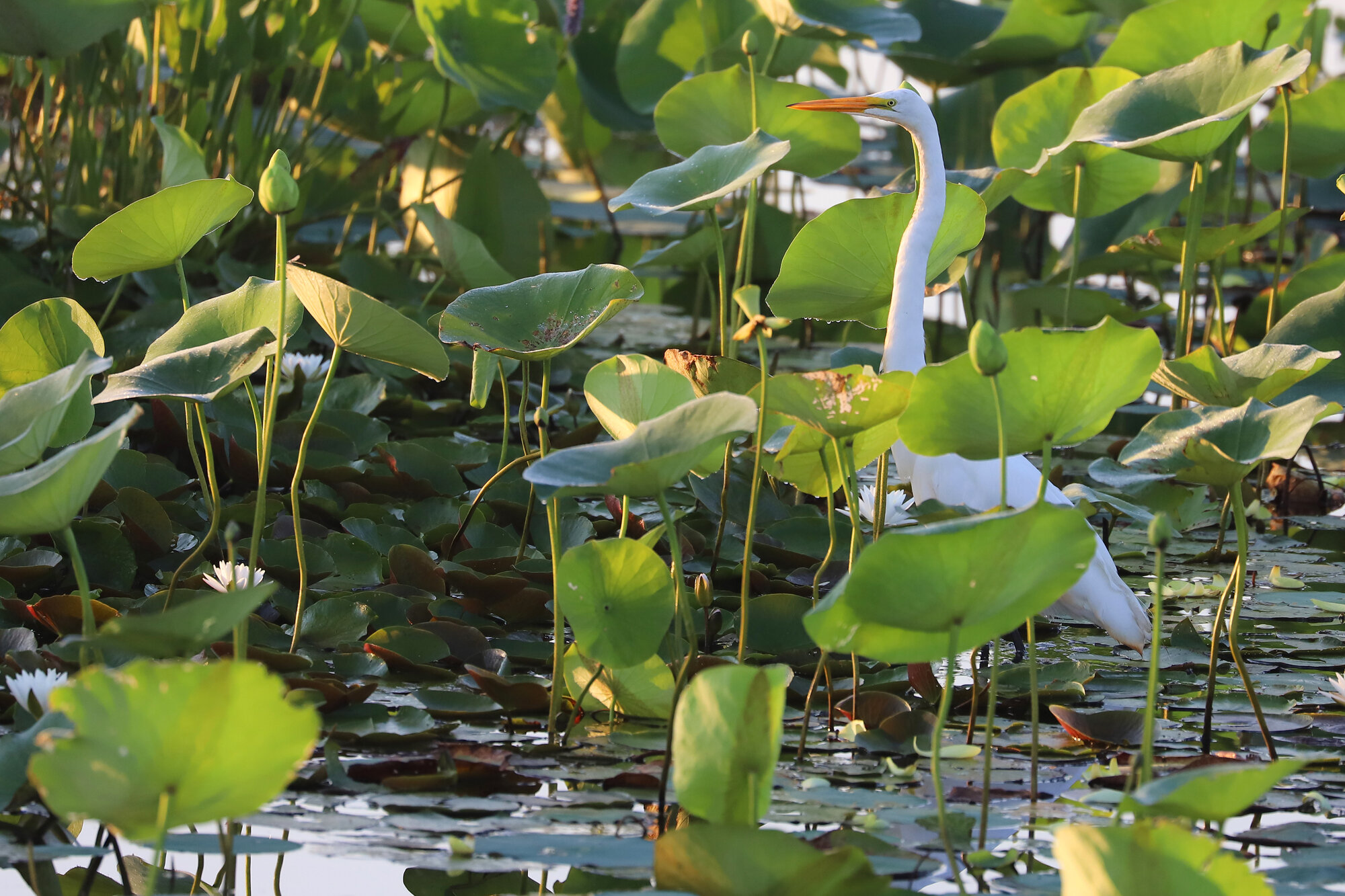
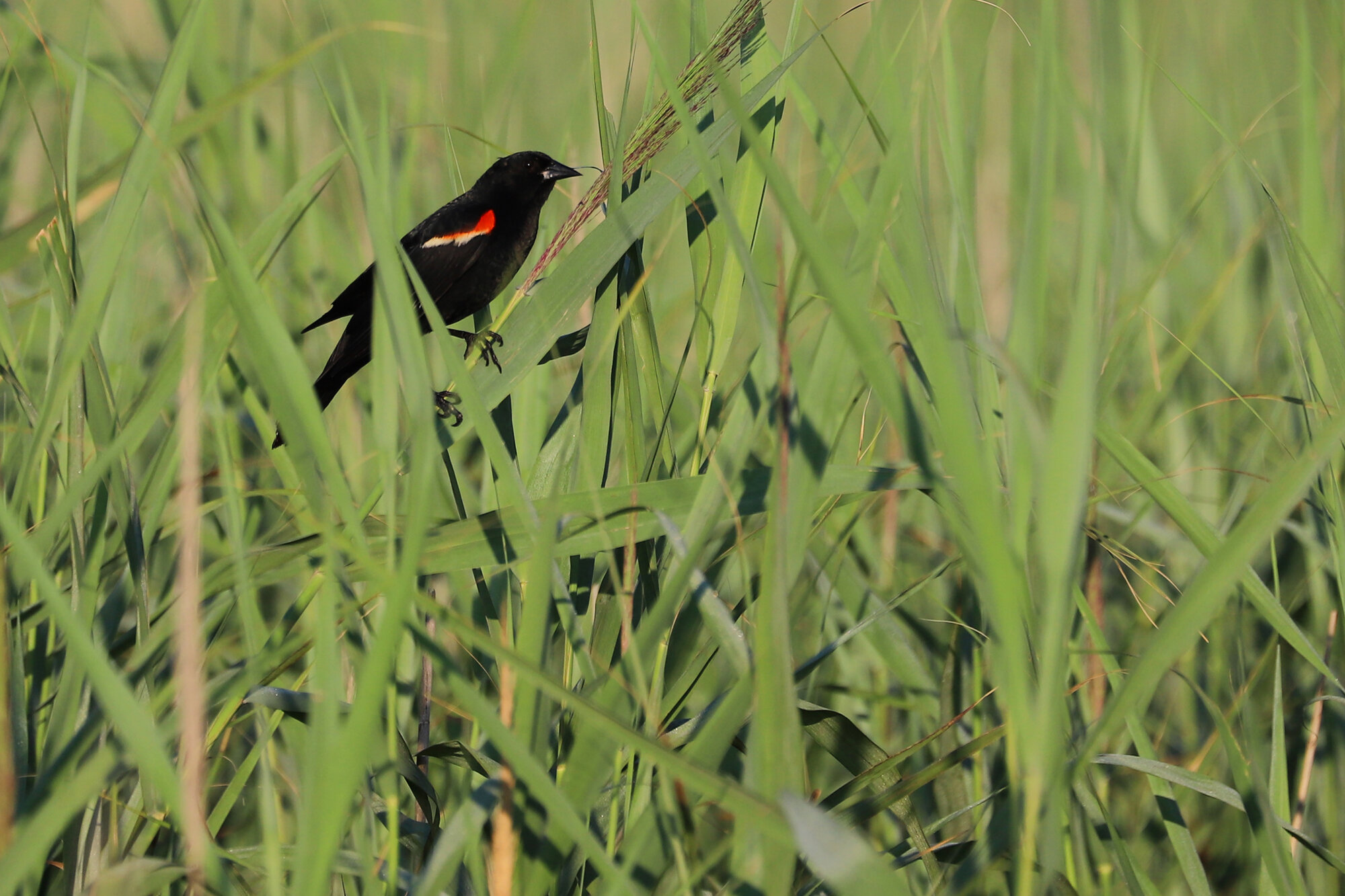
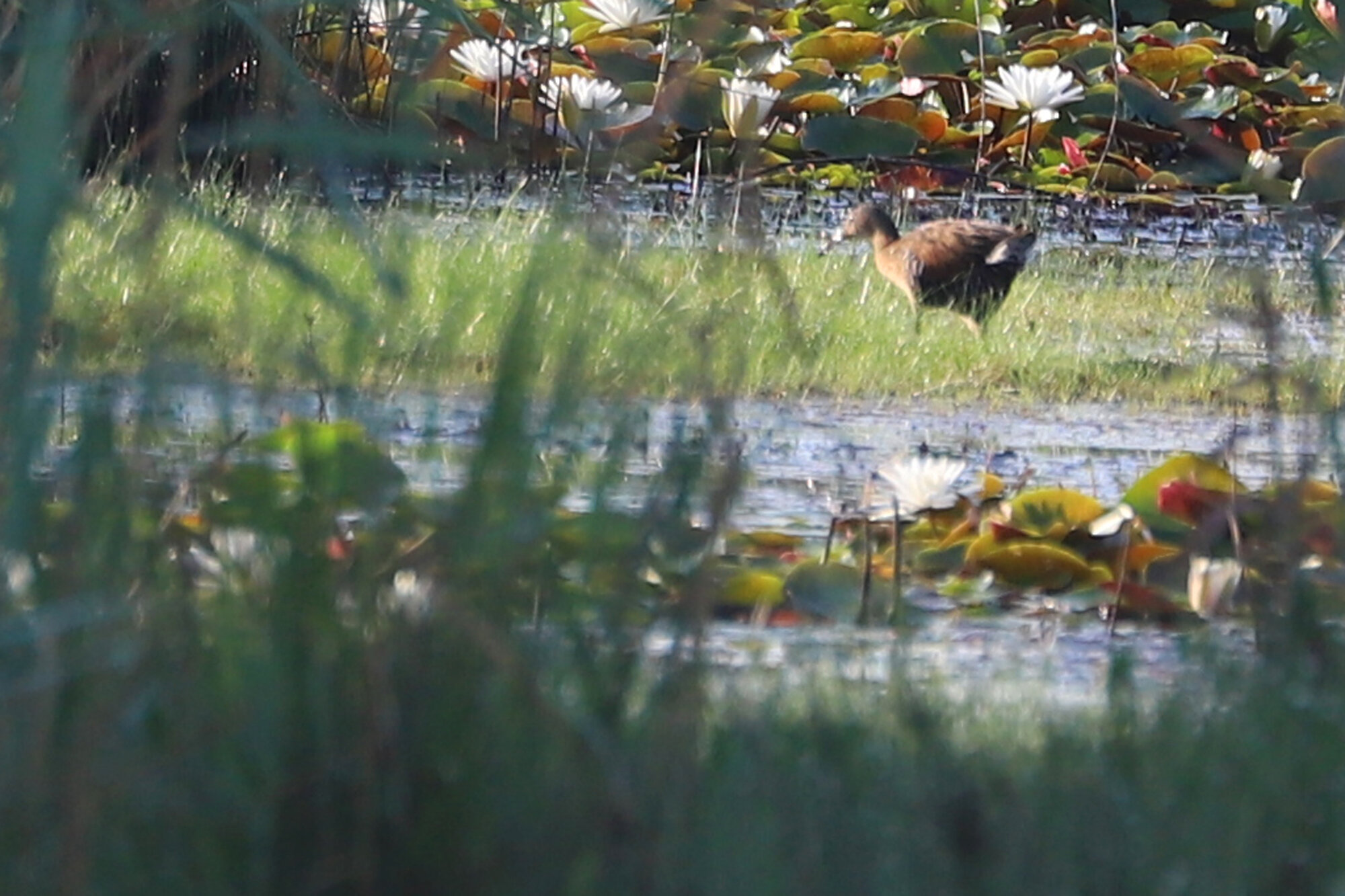
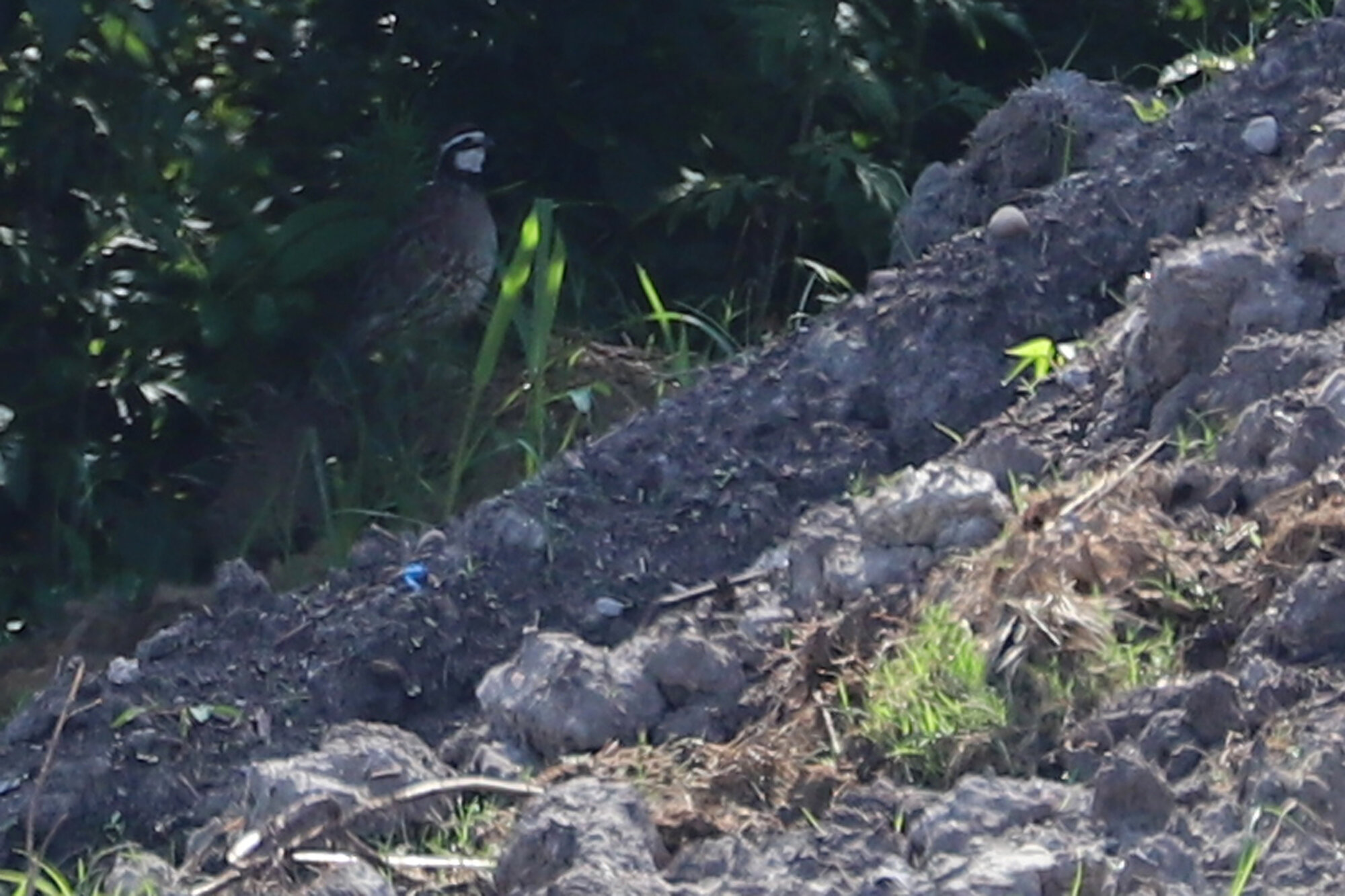

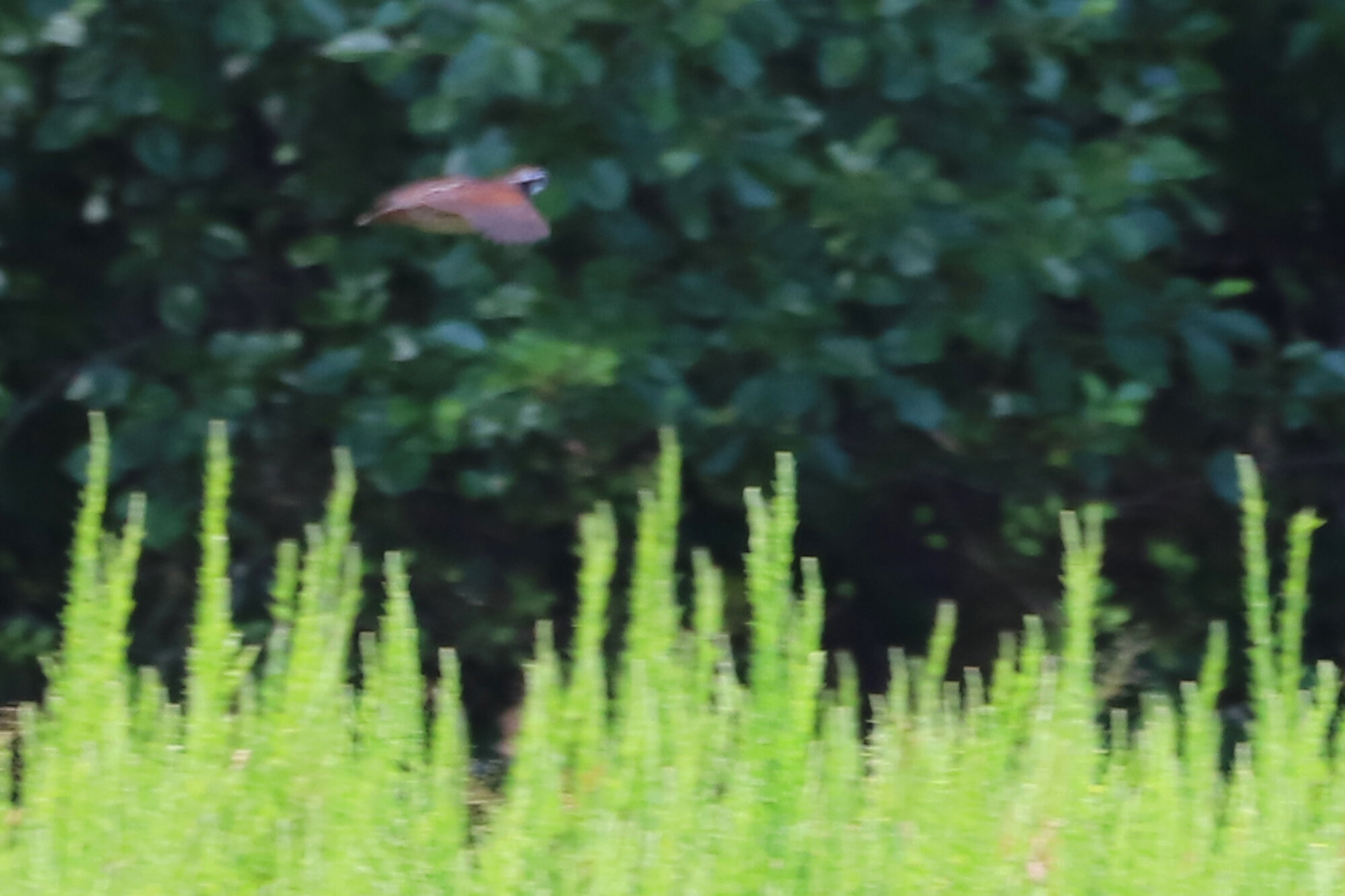
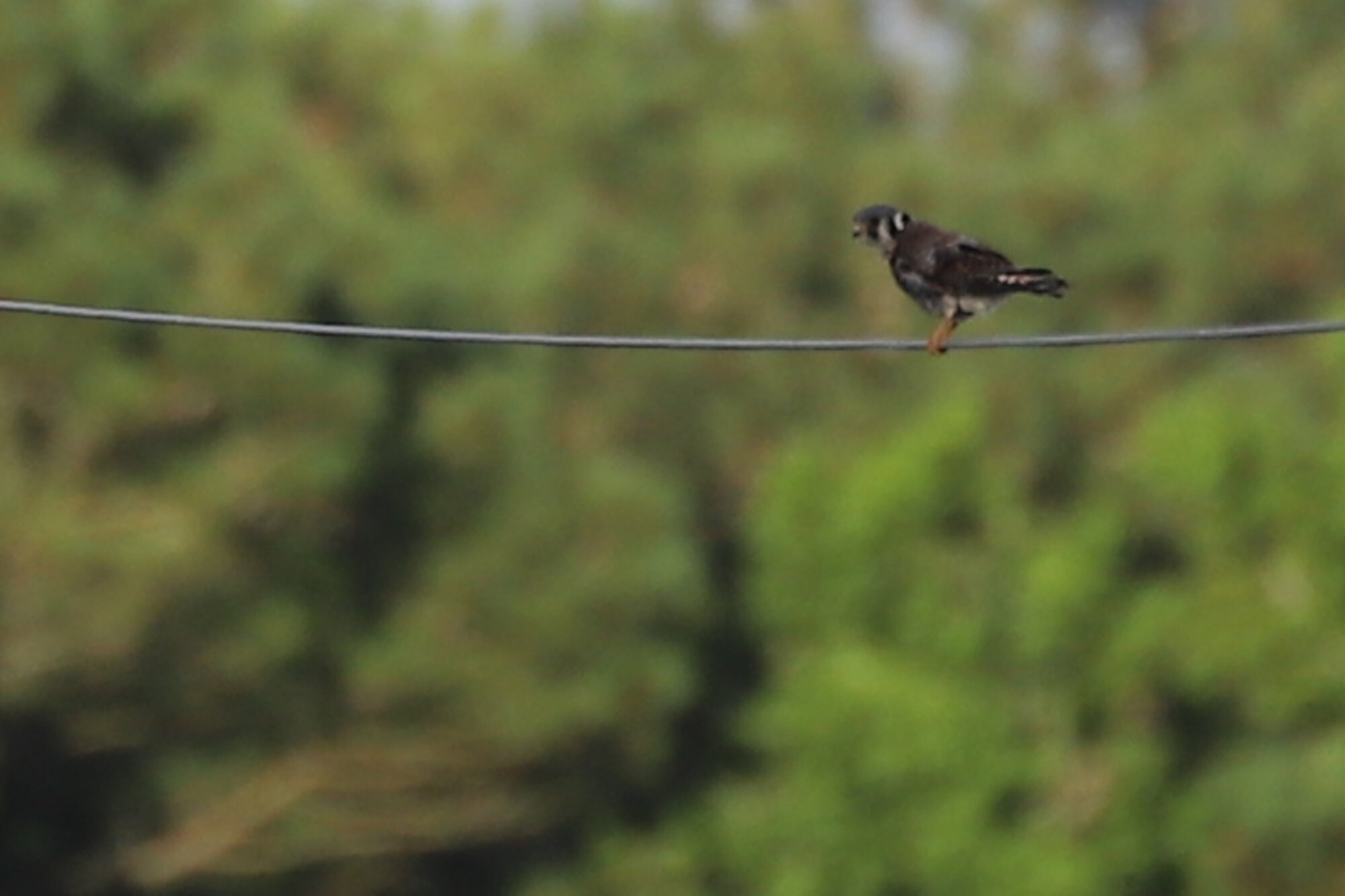
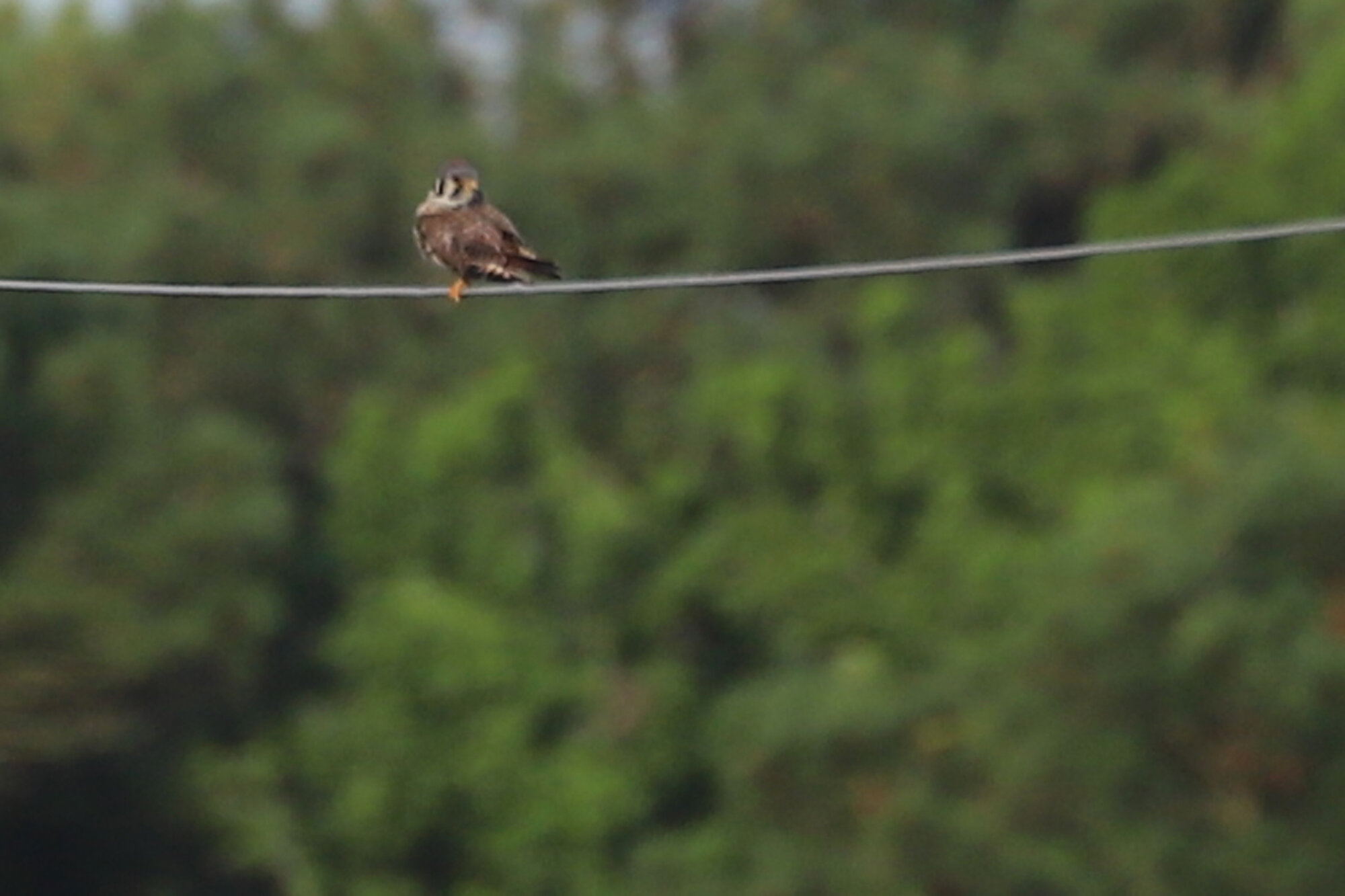
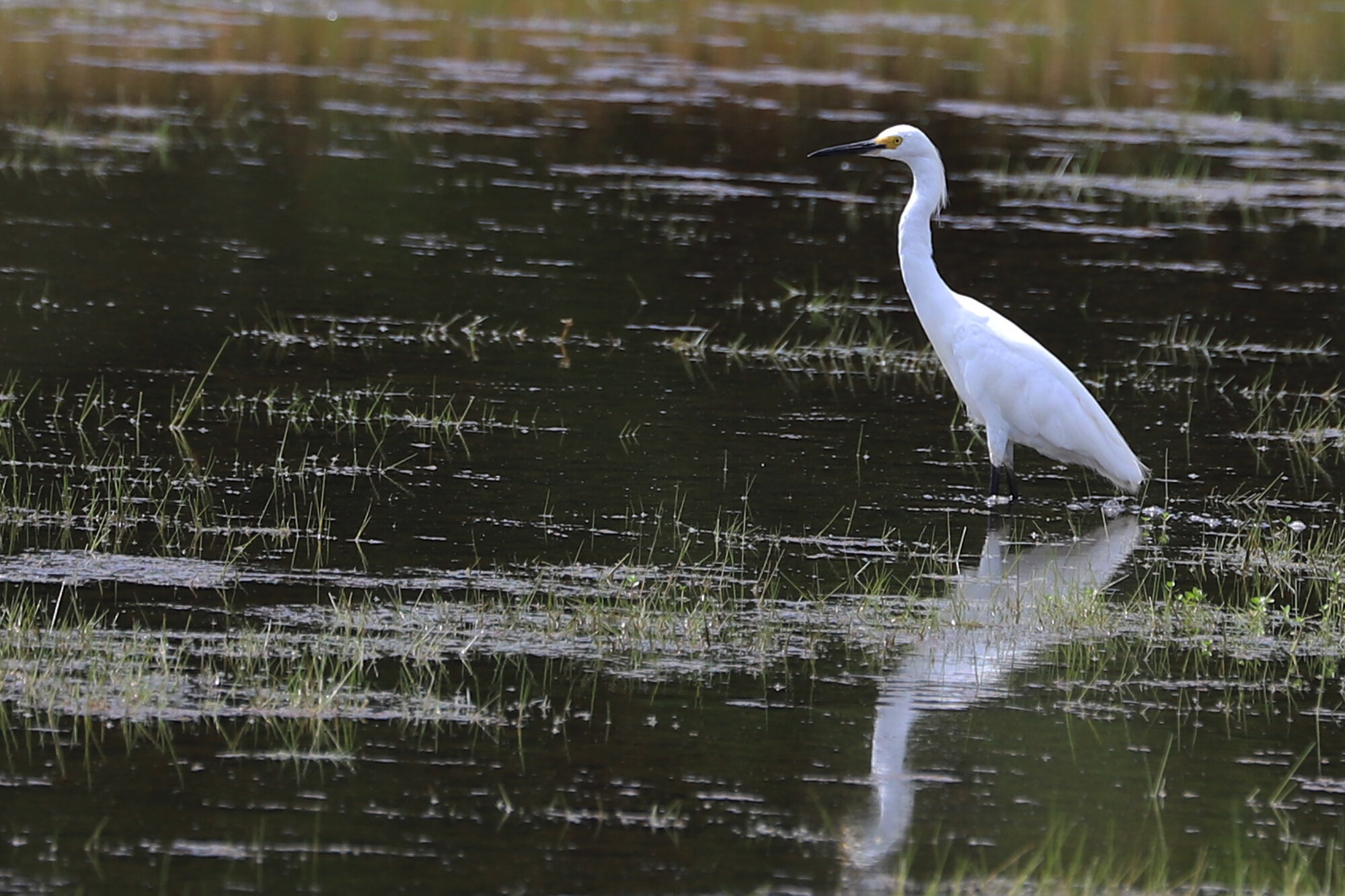
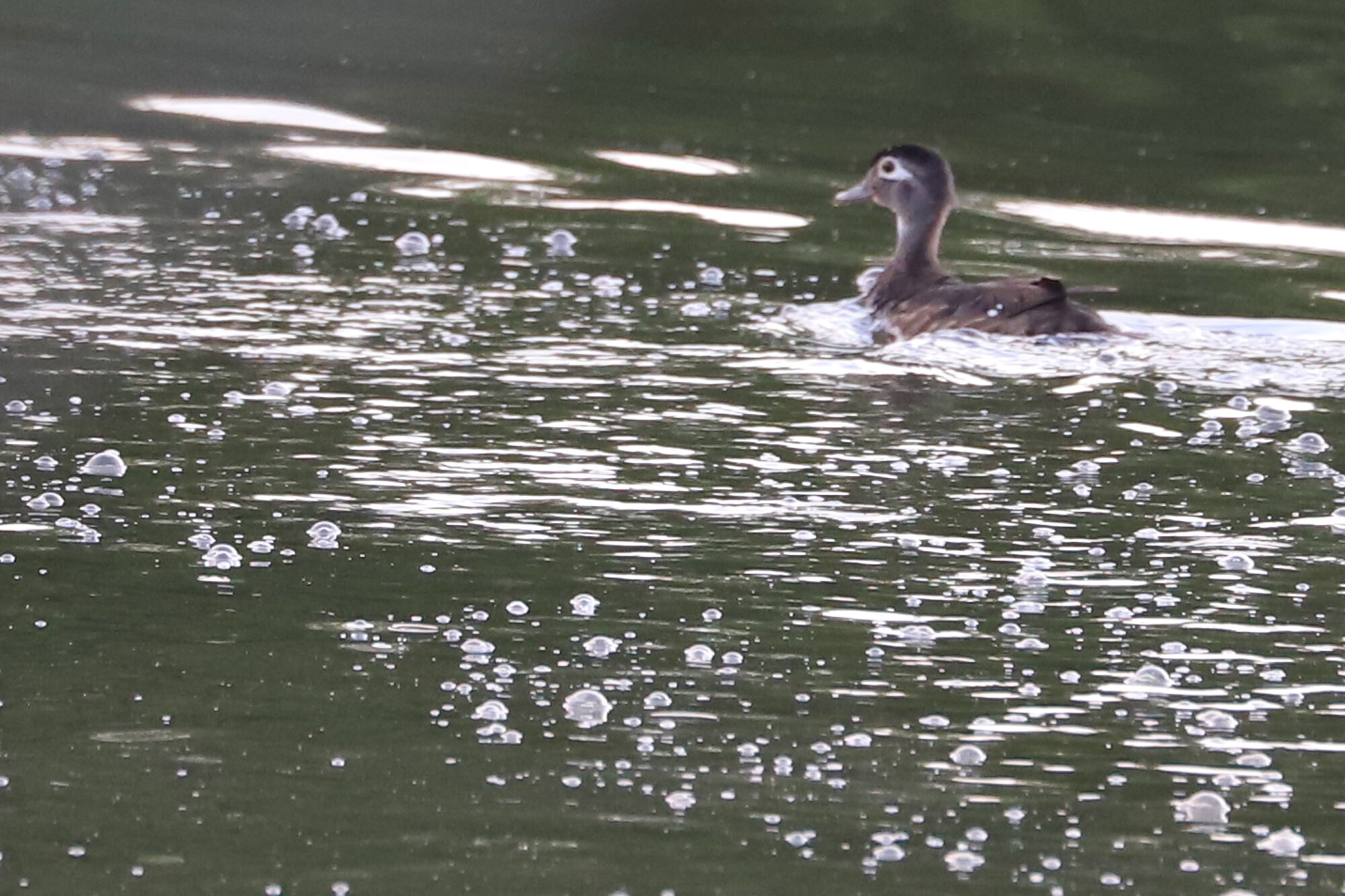
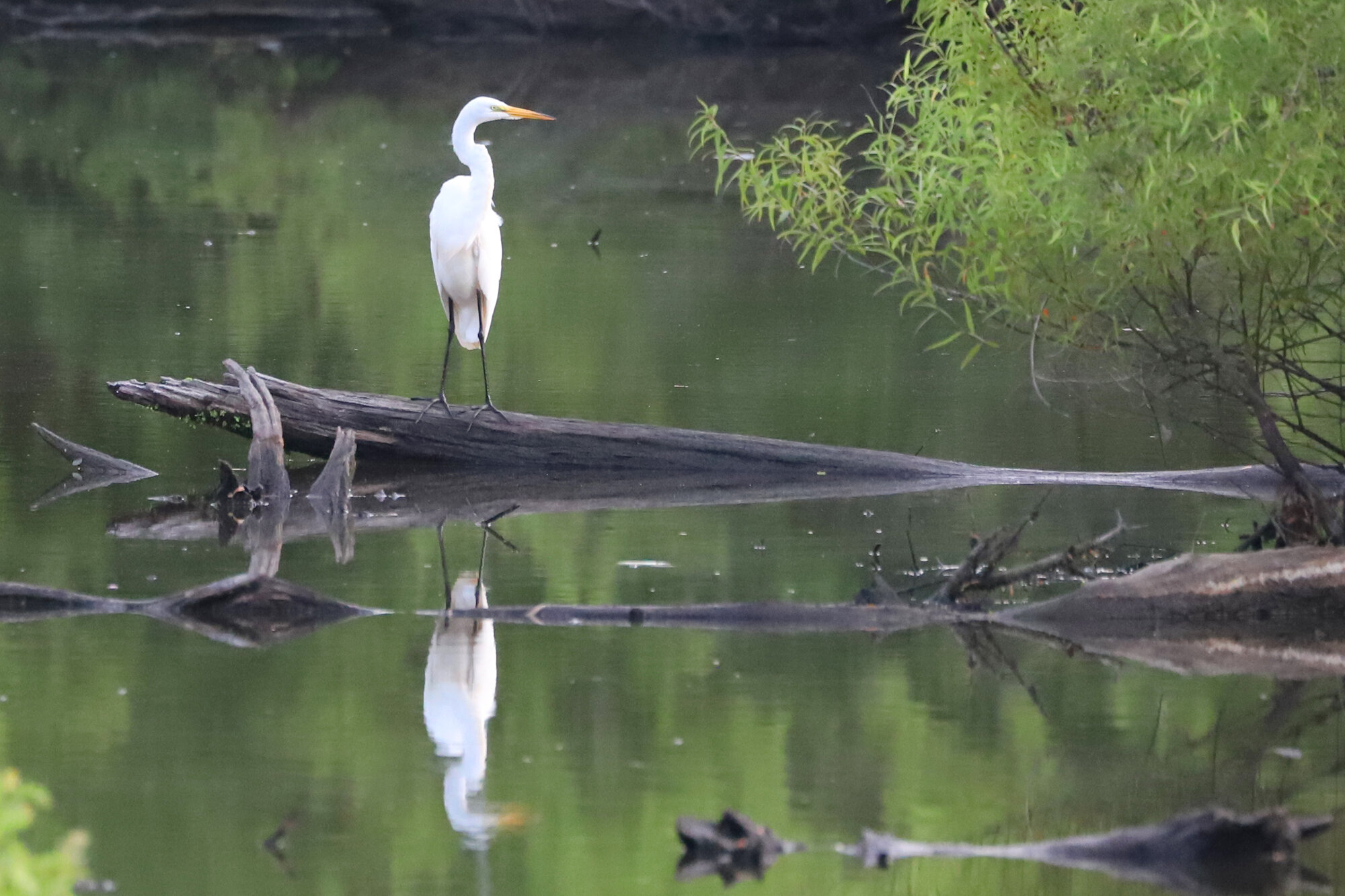

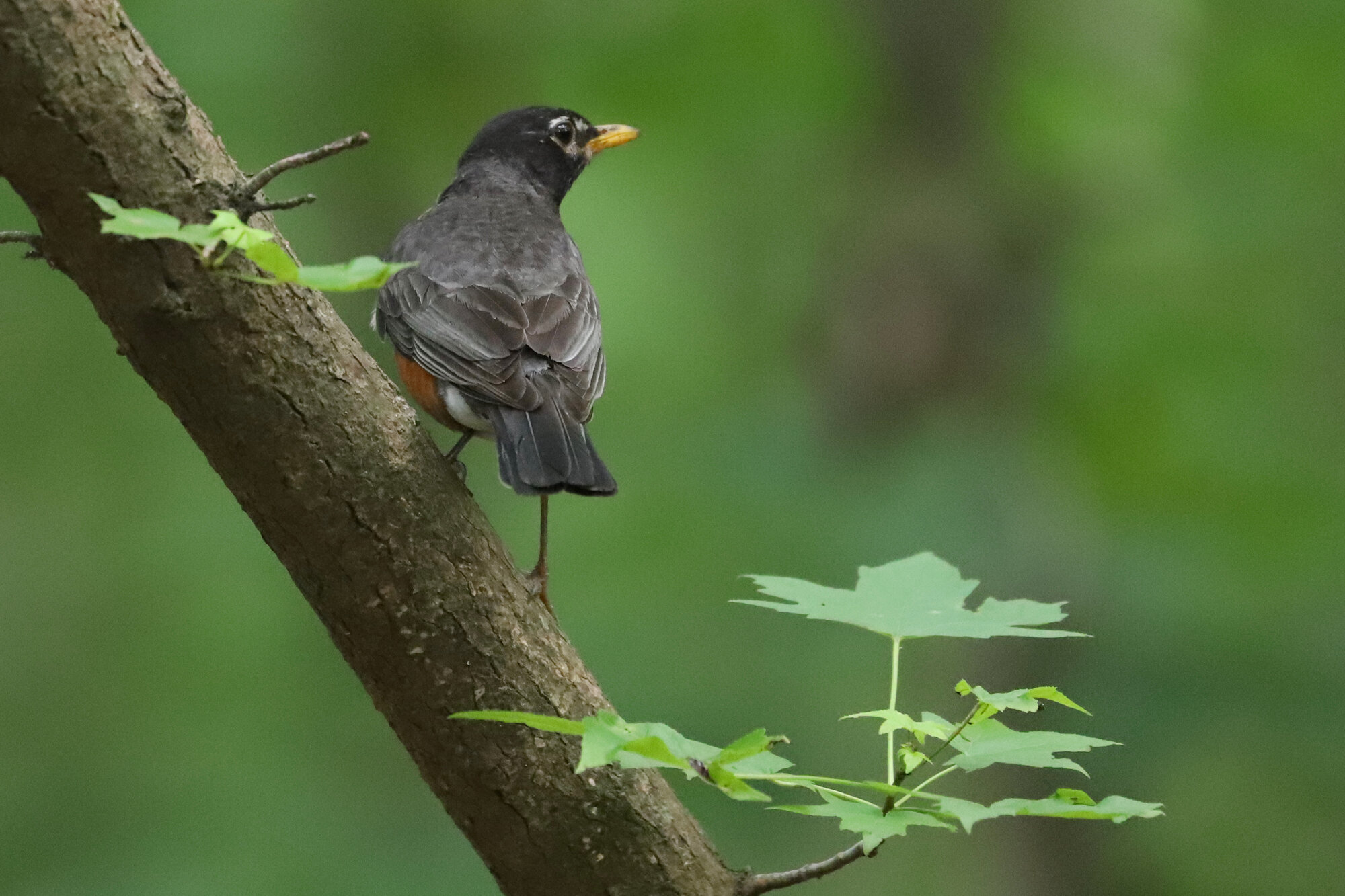
As mentioned, July really kicks off the season of Fall Arrivals (mostly shorebirds). This month, regarding expected/annually occurring fall migrants, records occurred for the following first-of-season arrivals:
Spotted Sandpiper – First Observed: 2, Back Bay NWR, 6 Jul (vis. David Clark); First Photographed: 5, JEB Fort Story (Restricted Access), 12 Jul (ph. Steve Myers).
Whimbrel – First Observed & Photographed: 1, JEB Fort Story (Restricted Access), 9 Jul (ph. Steve Myers).
Short-billed Dowitcher – First Observed: 1, False Cape SP, 9 Jul (vis. Marlee Fuller-Morris); First Photographed: 26, First Landing SP, 18 Jul (ph. Rob Bielawski).
Lesser Yellowlegs – First Observed: 1, Pleasure House Point NA, 10 Jul (vis. David Clark); First Photographed: 1, Muddy Creek/Shipps Cabin Fields, 12 Jul (ph. Rob Bielawski).
Least Sandpiper – First Observed: 4, Back Bay NWR, 10 Jul (vis. Steve Myers); First Photographed: 2, Muddy Creek/Shipps Cabin Fields, 12 Jul (ph. Rob Bielawski).
Gull-billed Tern – First Observed & Photographed: 1, First Landing SP, 17 Jul (vis. June McDaniels).
Piping Plover – First Observed: 2, False Cape SP, 19 Jul (vis. Marlee Fuller-Morris); First Photographed: 1, Back Bay NWR, 25 Jul (ph. Rob Bielawski).
Solitary Sandpiper – First Observed & Photographed: 1, Back Bay NWR, 19 Jul (ph. David Clark).
Semipalmated Sandpiper – First Observed: 2-4, First Landing SP, 20 Jul (vis. Andrew Baldelli & Cindy Hamilton); First Photographed: 5, Back Bay NWR, 25 Jul (ph. Steve Keith).
Ruddy Turnstone – First Observed & Photographed: 1, Back Bay NWR, 22 Jul (ph. Steve Myers).
American Black Duck – First Observed & Photographed: 2, Princess Anne WMA Whitehurst Tract, 23 Jul (ph. Rob Bielawski).
Pectoral Sandpiper – First Observed & Photographed: 13, Muddy Creek/Shipps Cabin Fields, 24 Jul (ph. Karen & Tom Beatty).
Semipalmated Plover – First Observed: 2, Lynnhaven Inlet, 26 Jul (vis. Andrew Baldelli).
Black-bellied Plover – First Observed: 1, Back Bay NWR, 29 Jul (vis. Andrew Baldelli).
Red Knot – First Observed: 1, Back Bay NWR, 29 Jul (vis. Andrew Baldelli); First Photographed: 1, Back Bay NWR, 29 Jul (ph. Reuben Rohn).
Black Tern – First Observed: 1, False Cape SP, 29 Jul (vis. Marlee Fuller-Morris).
Western Sandpiper – First Observed & Photographed: 1, JEB Fort Story (Restricted), 30 Jul (ph. Steve Myers).
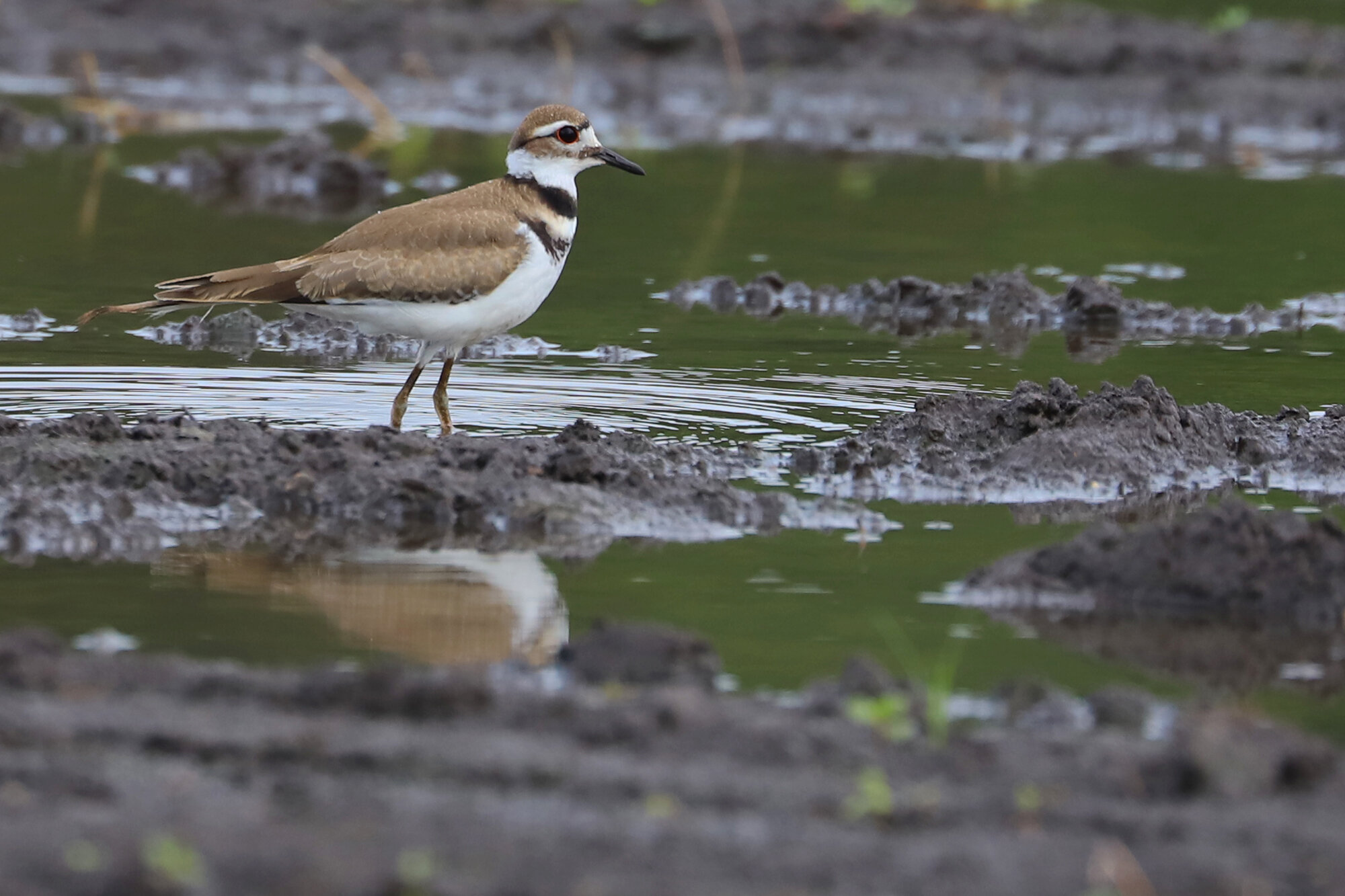
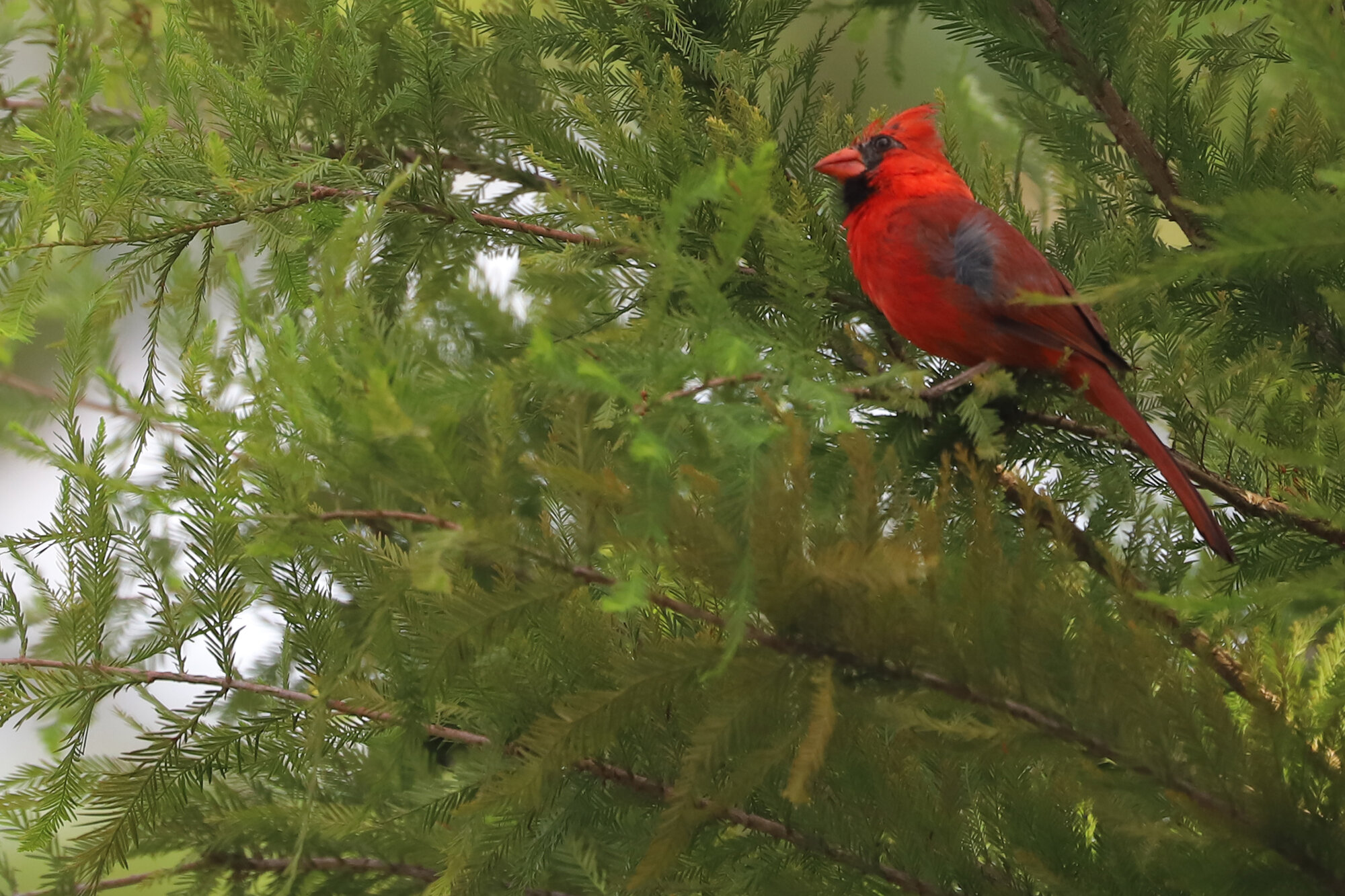
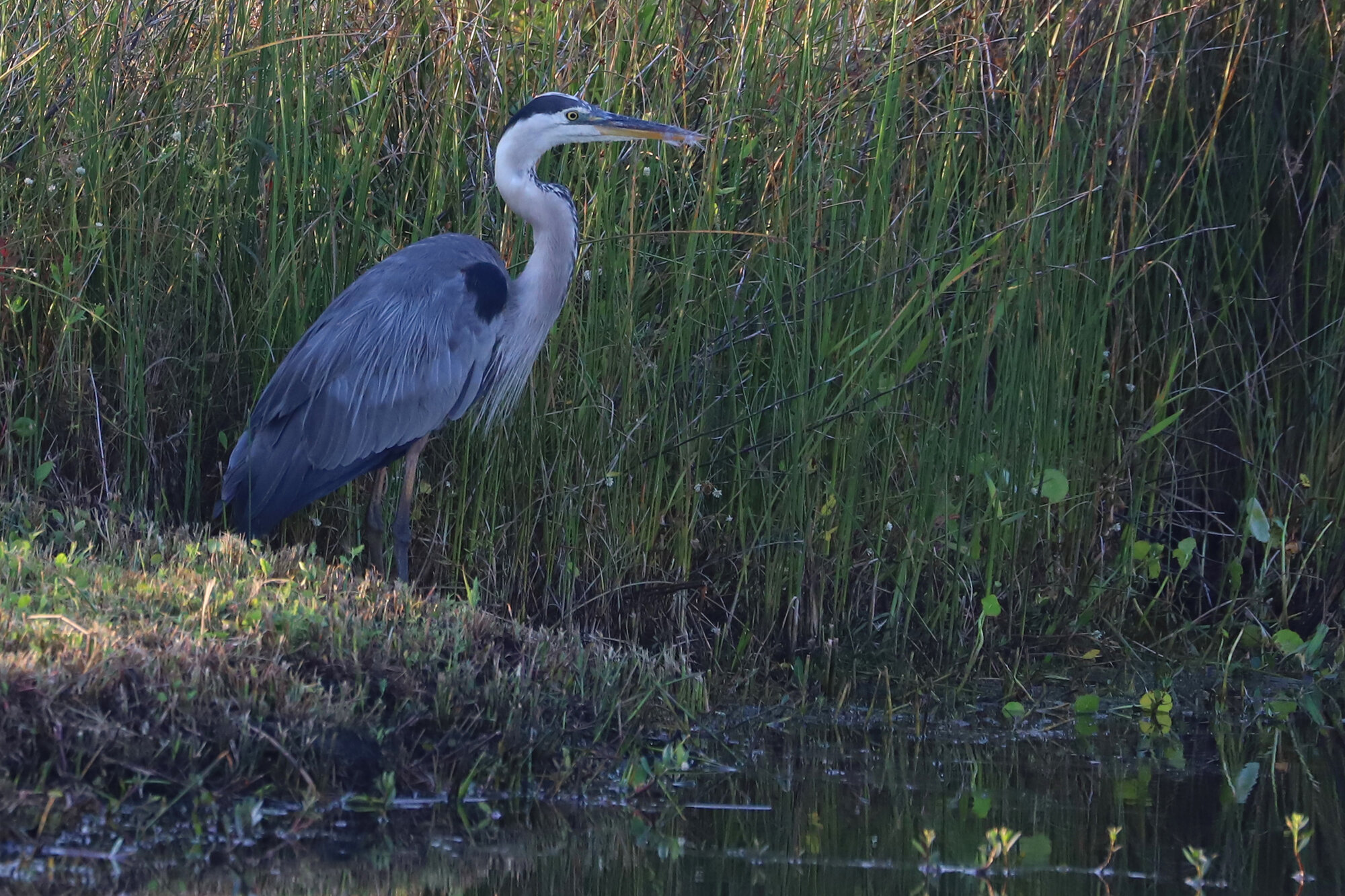
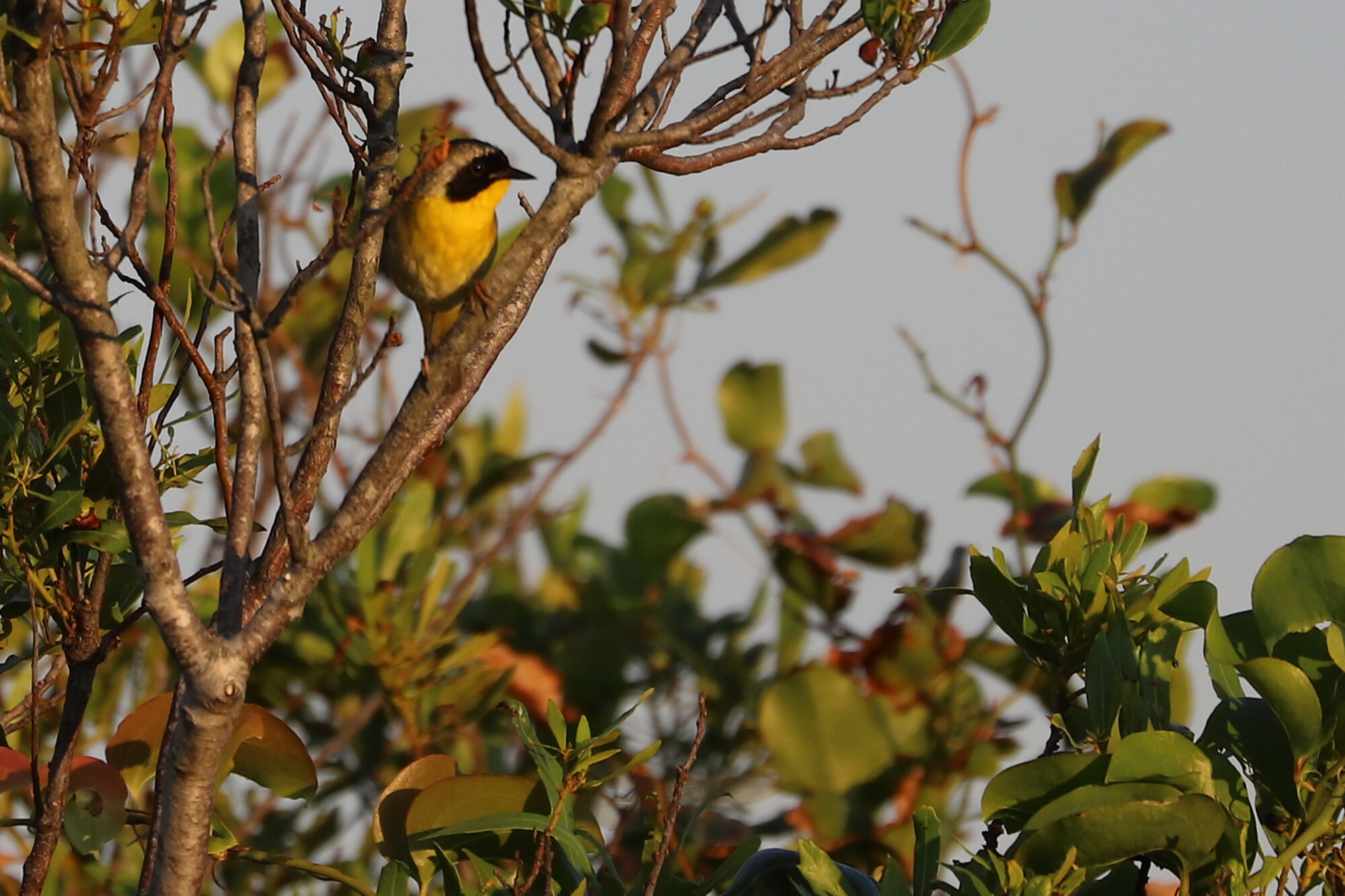
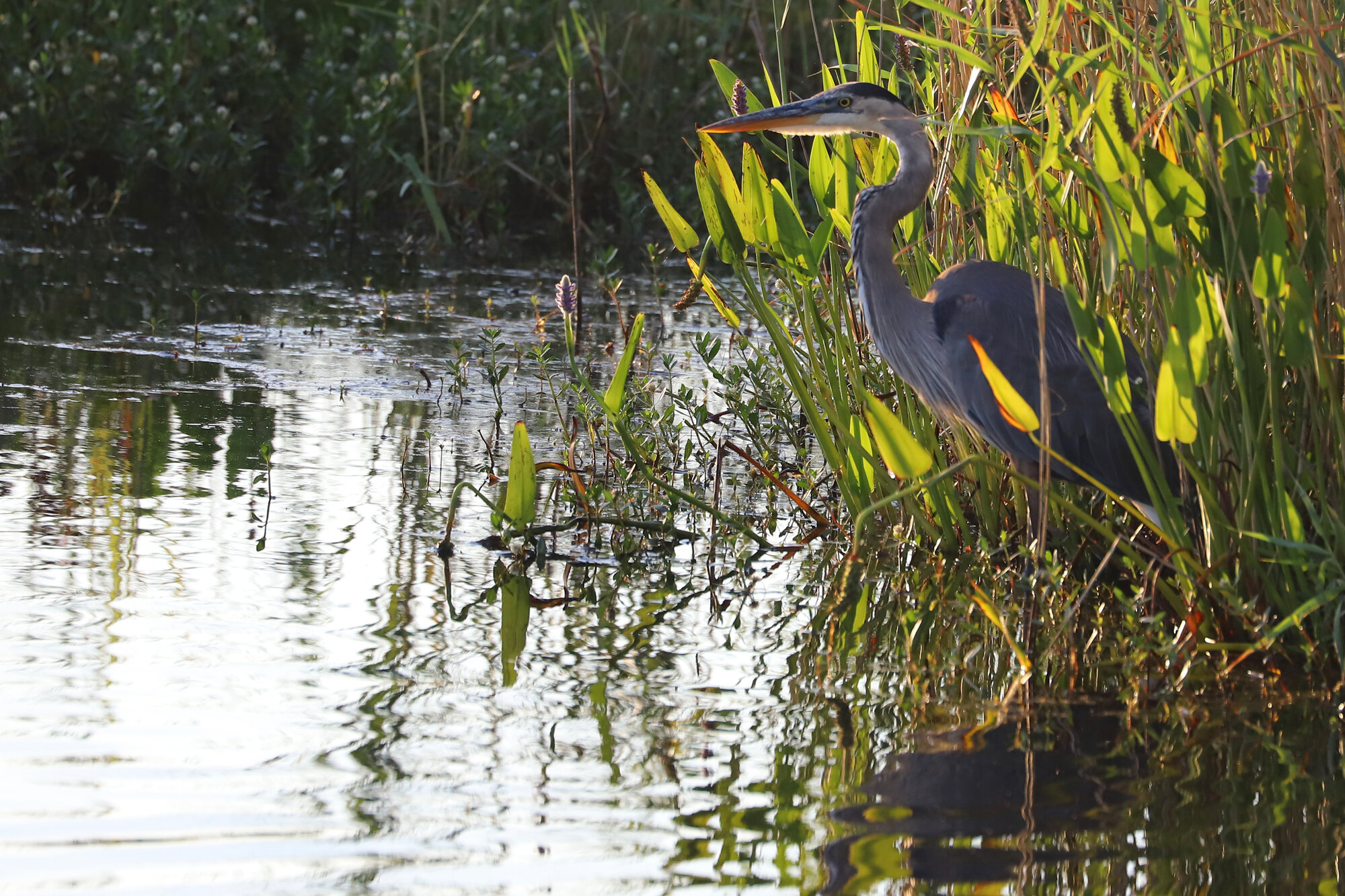
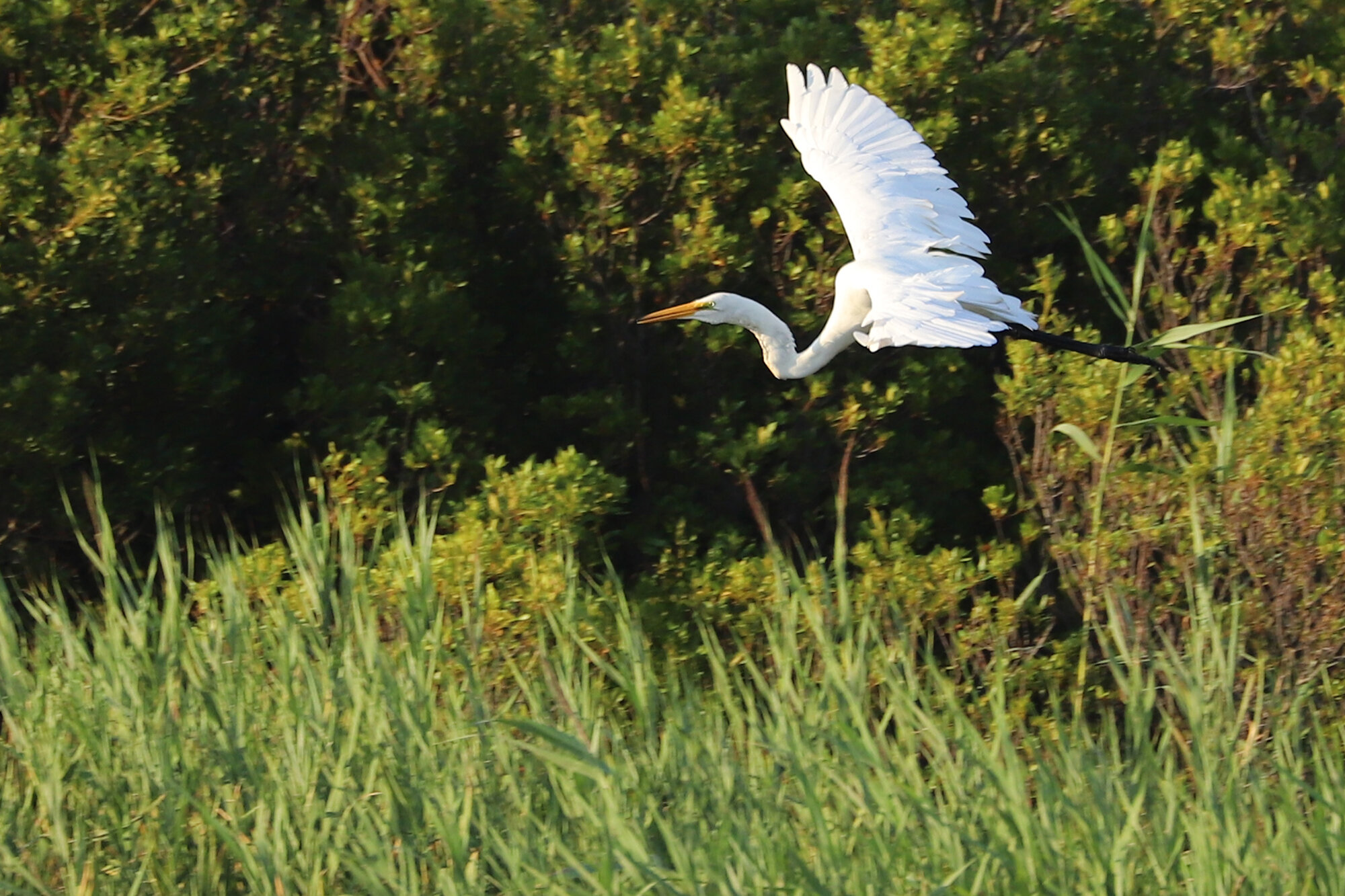
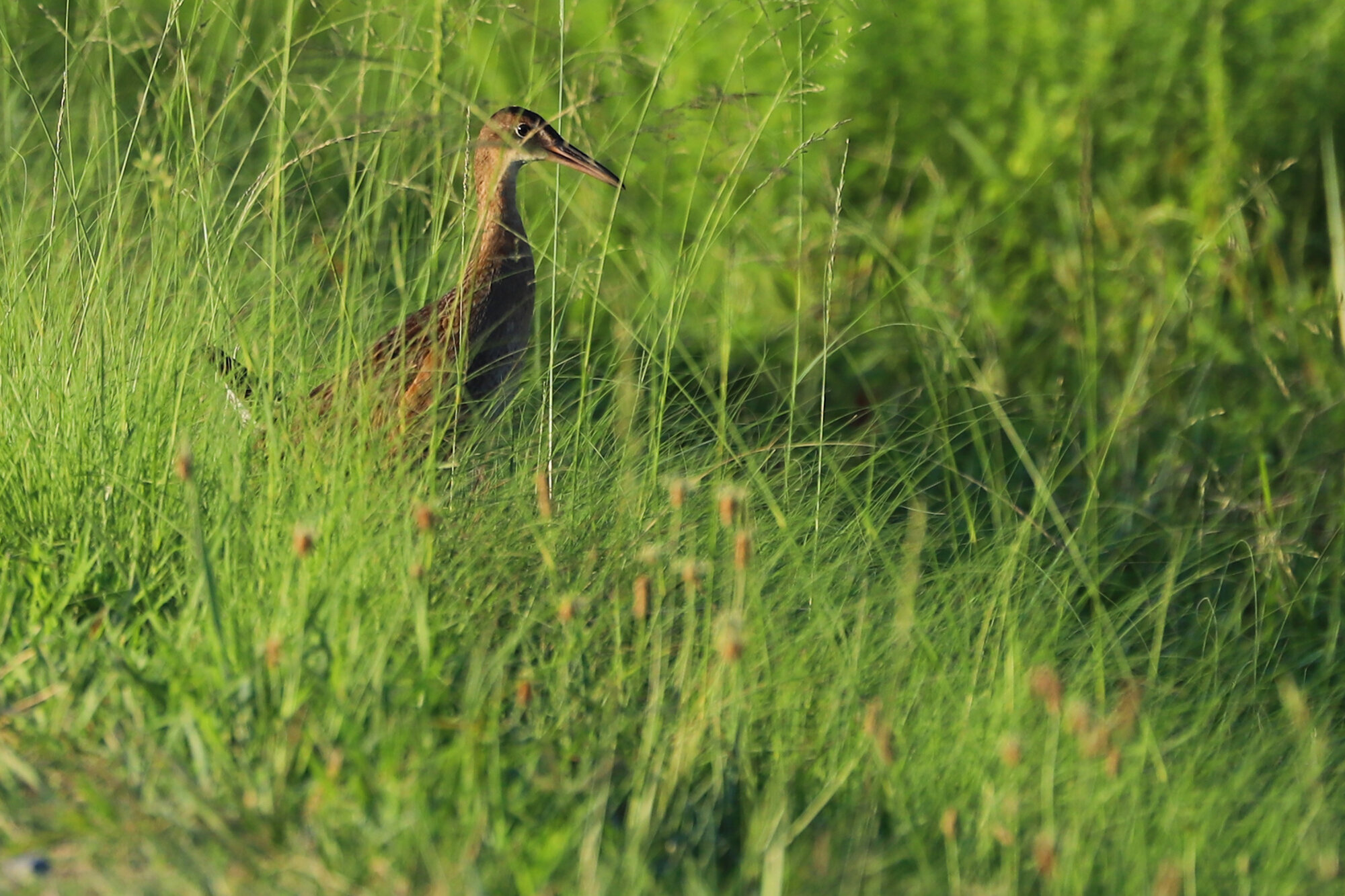
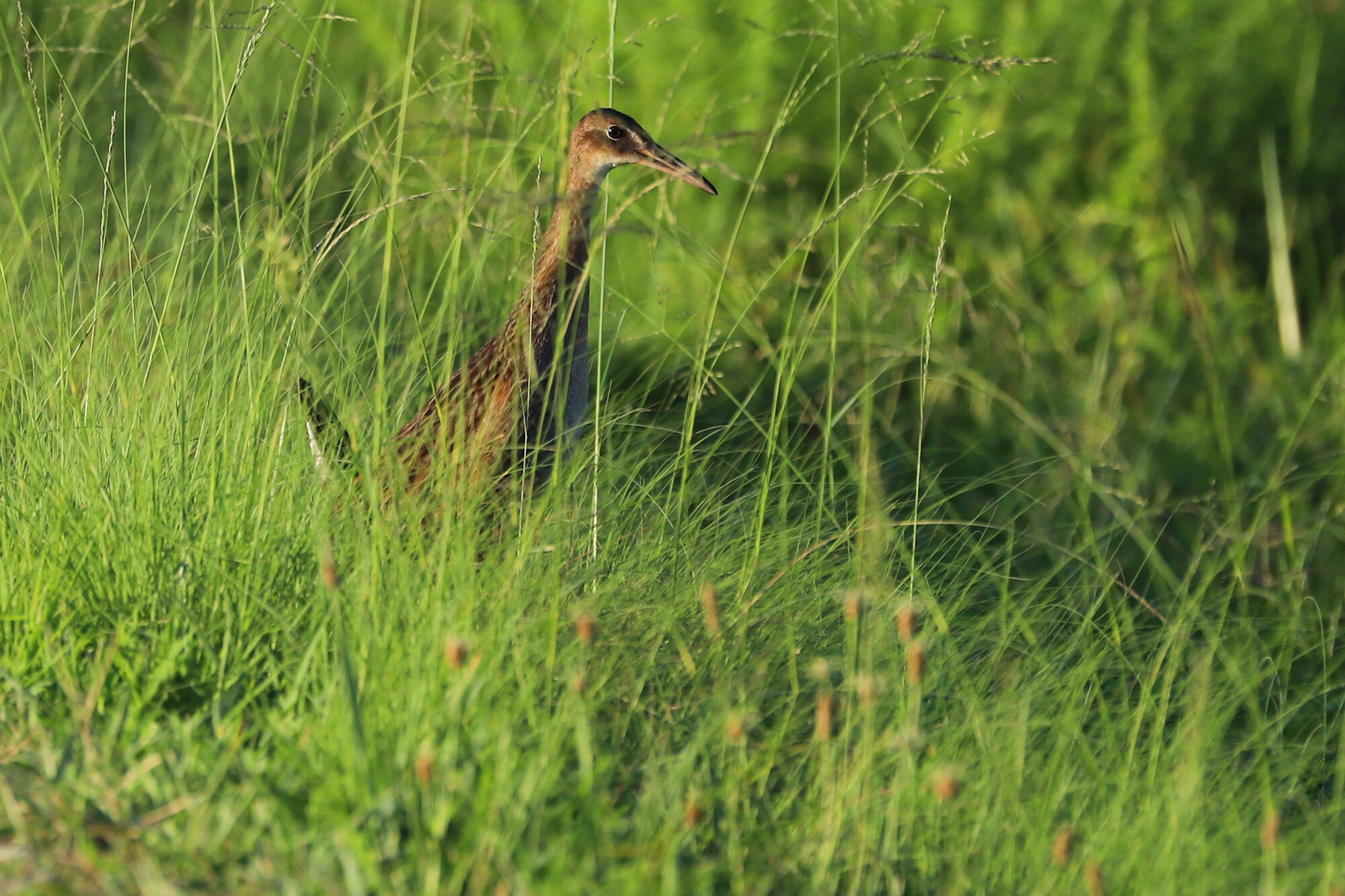
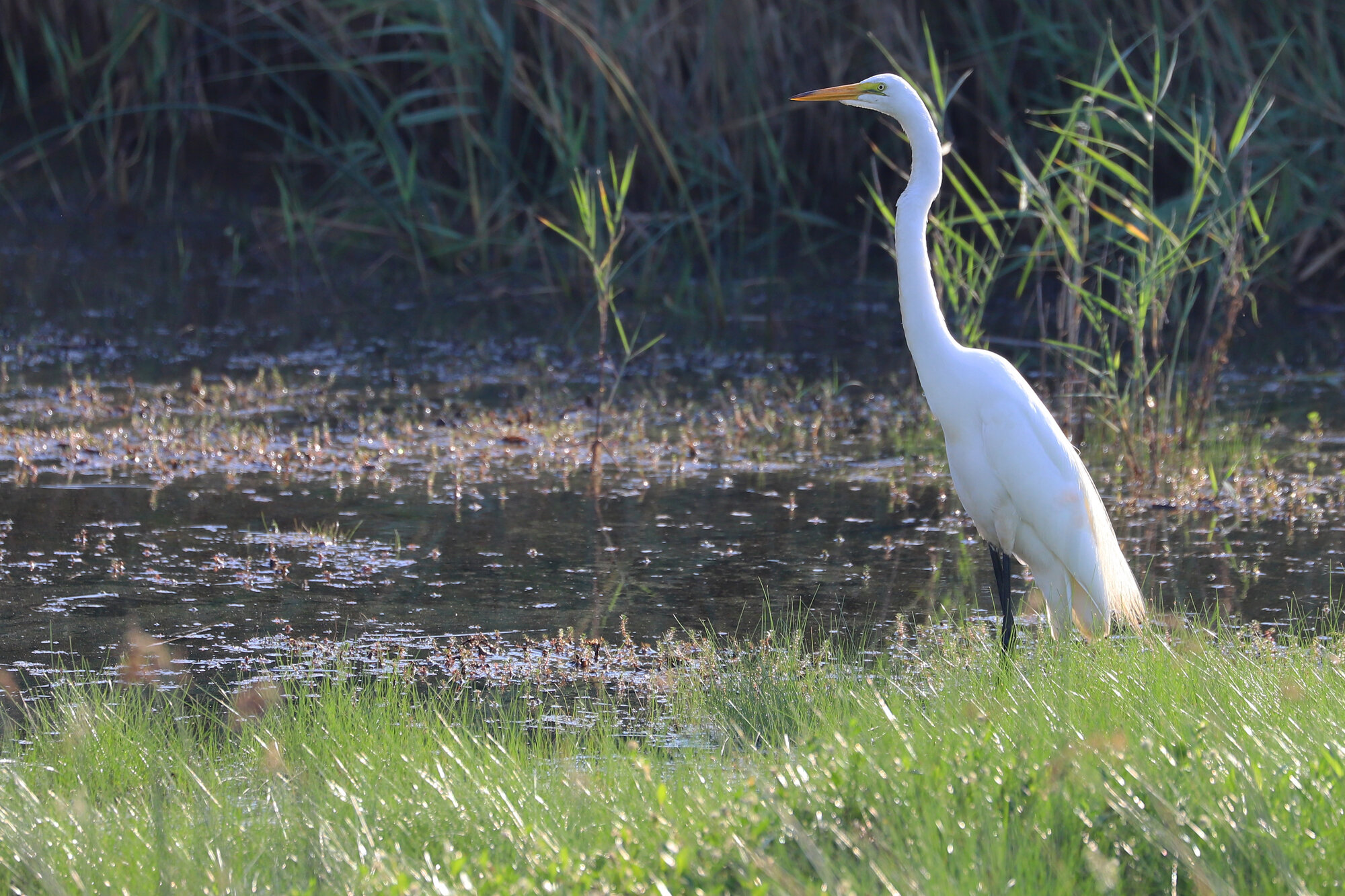
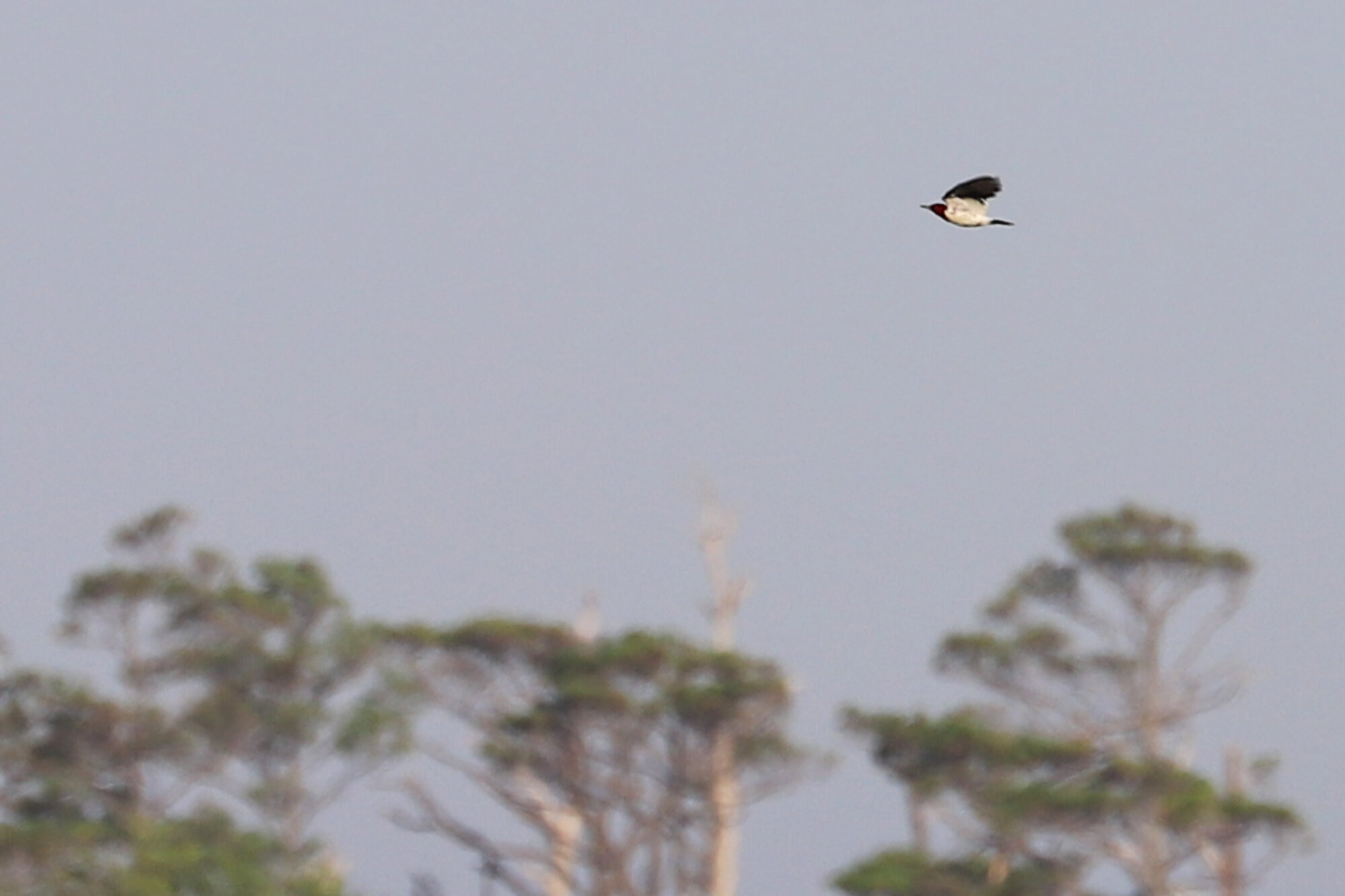
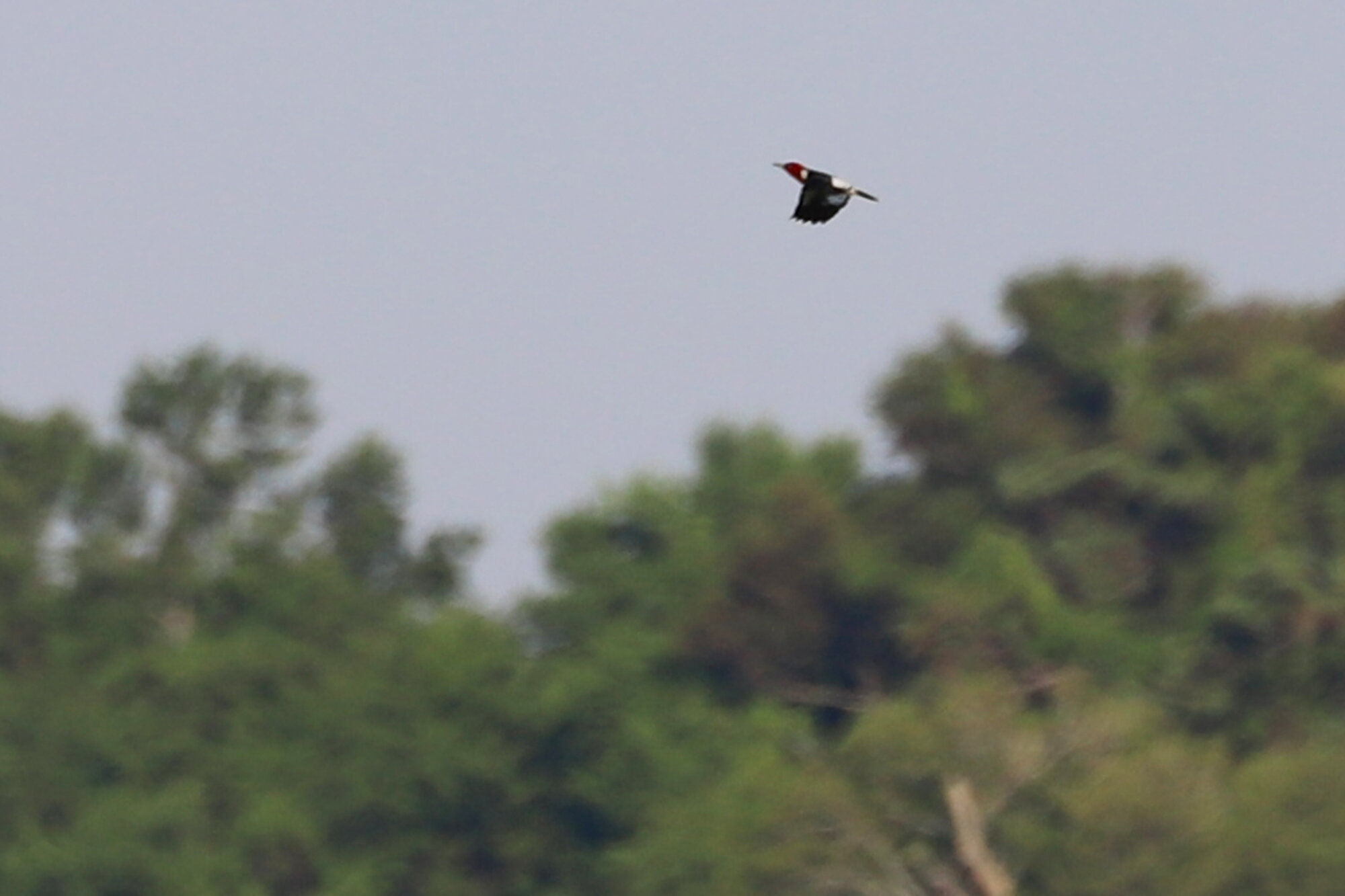
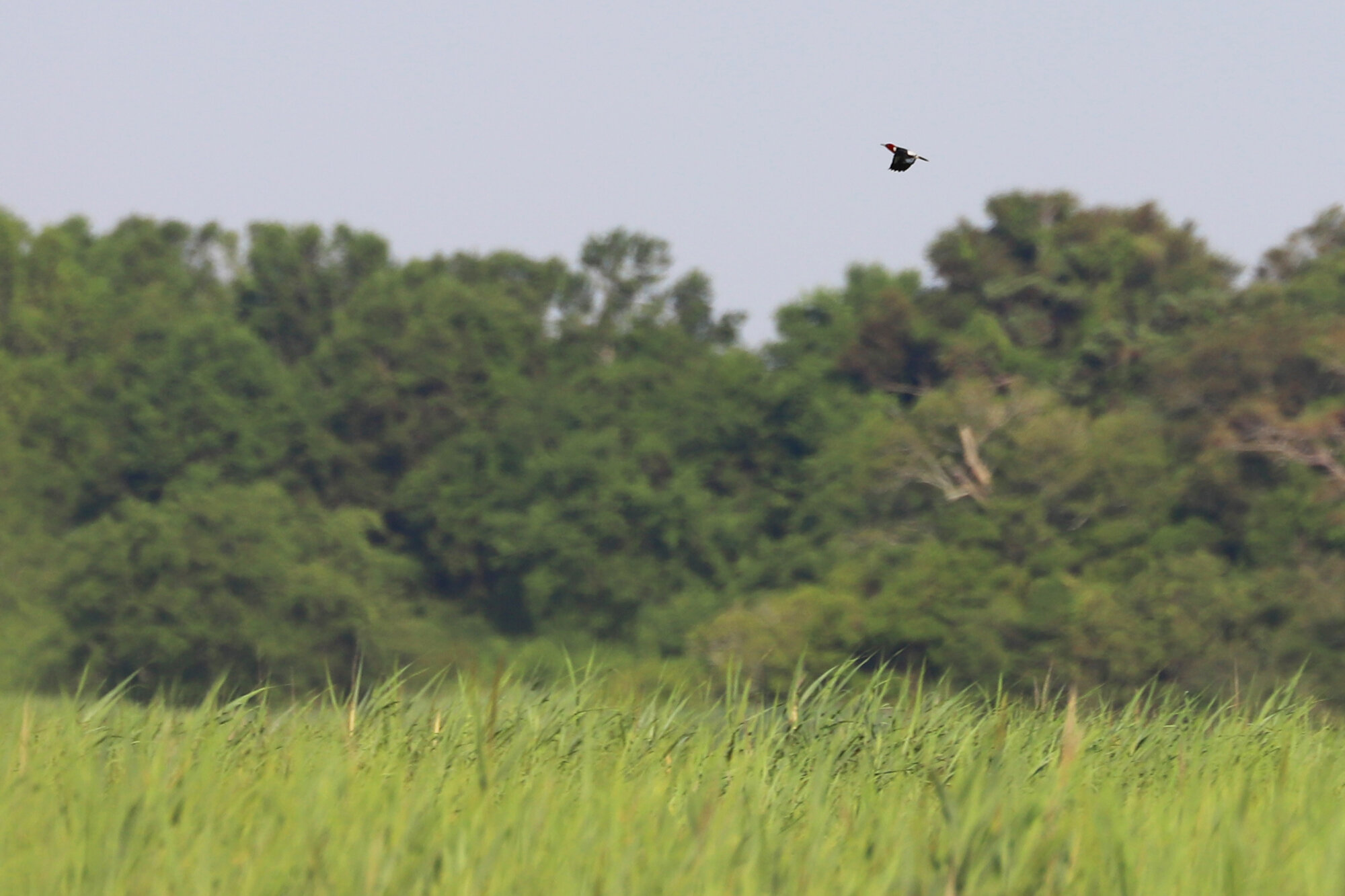

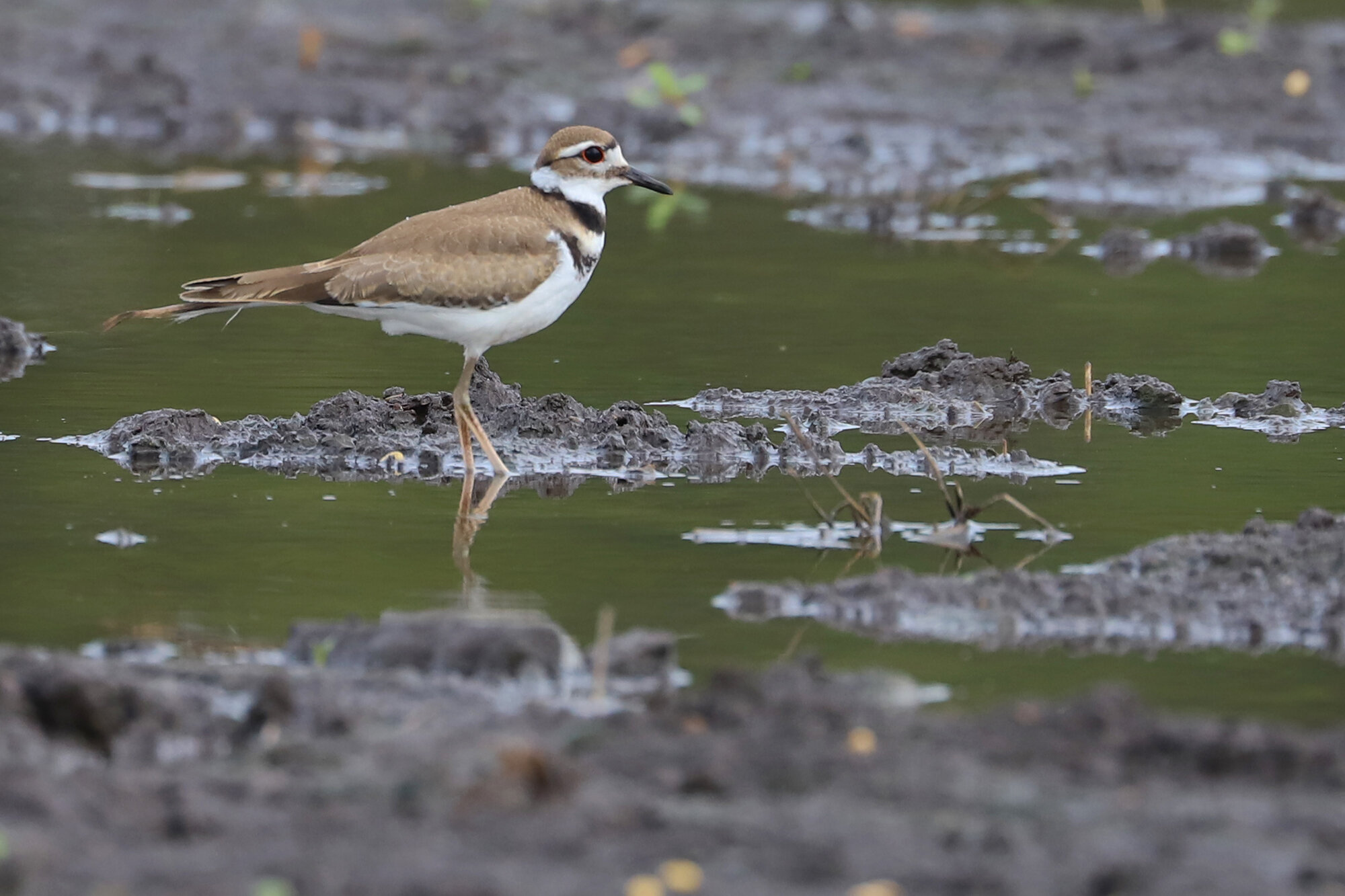
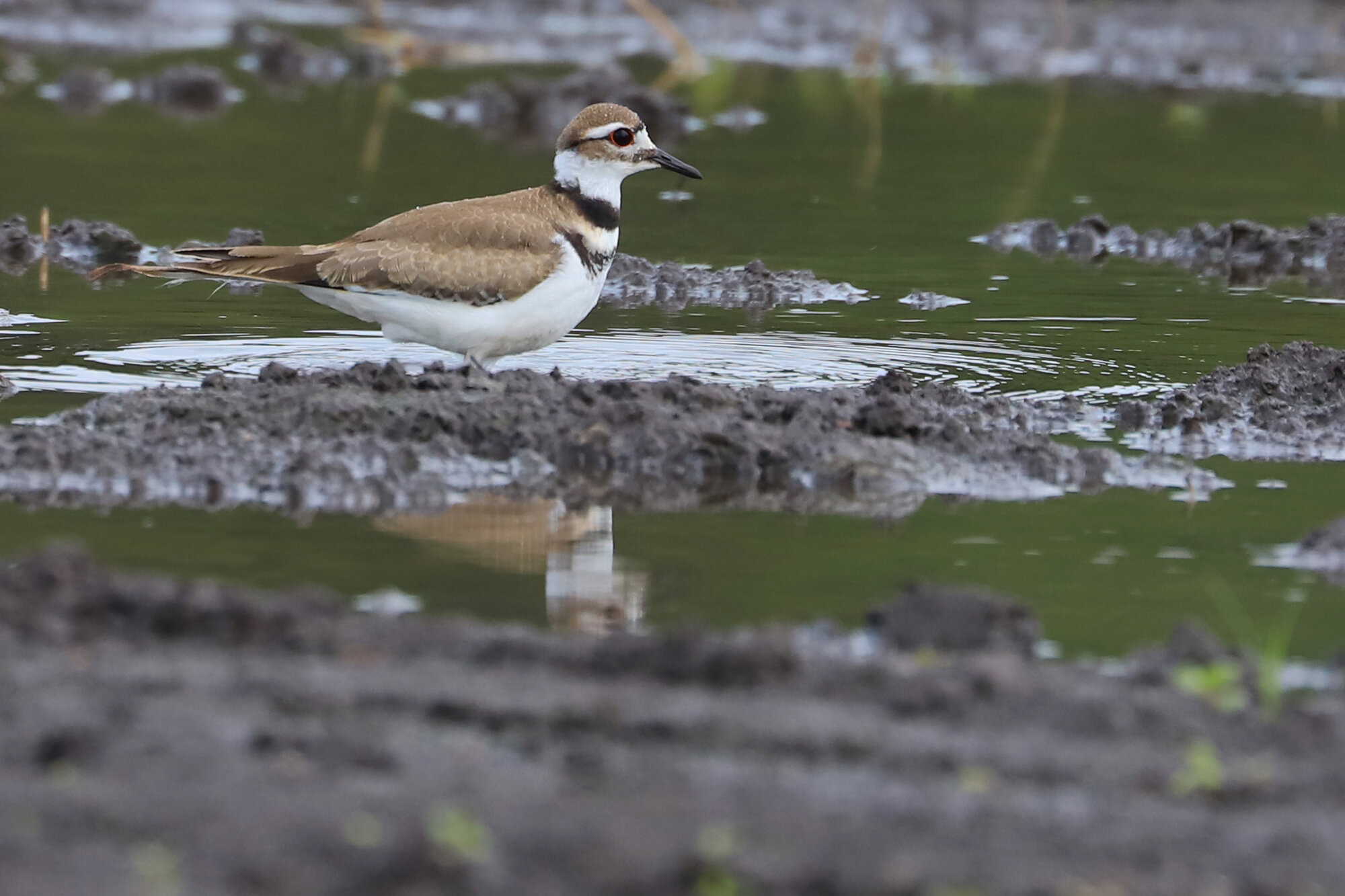
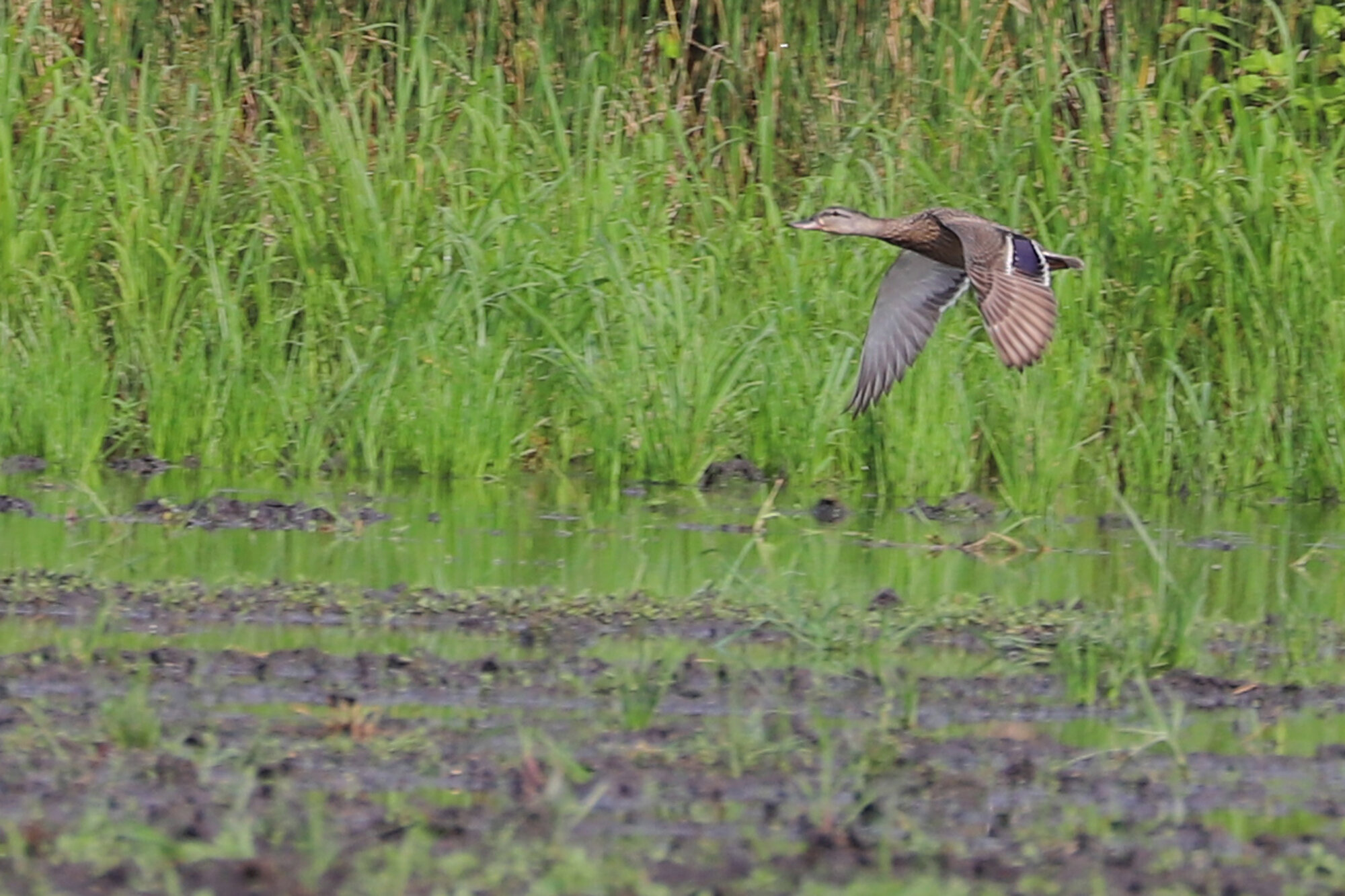
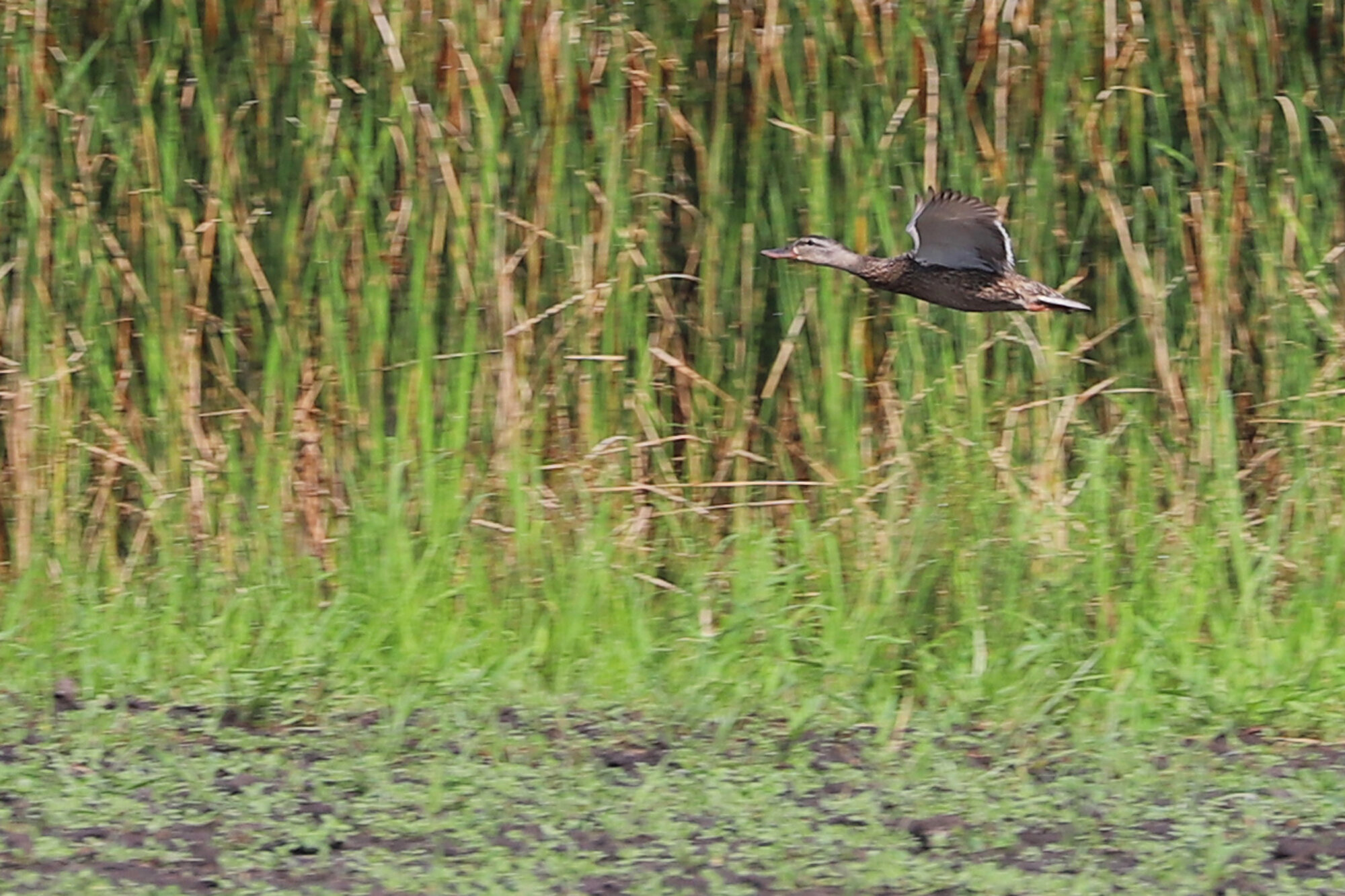
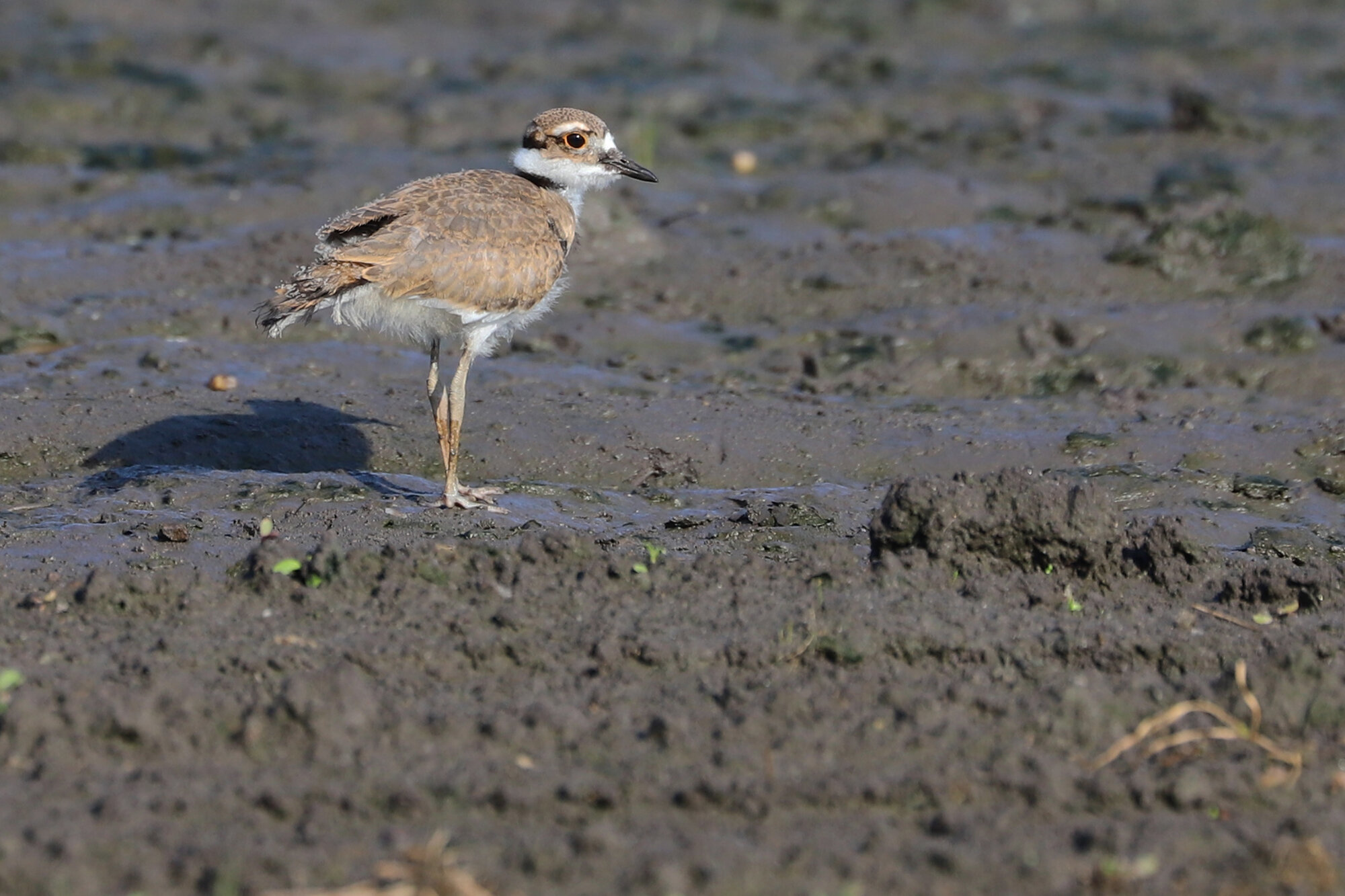
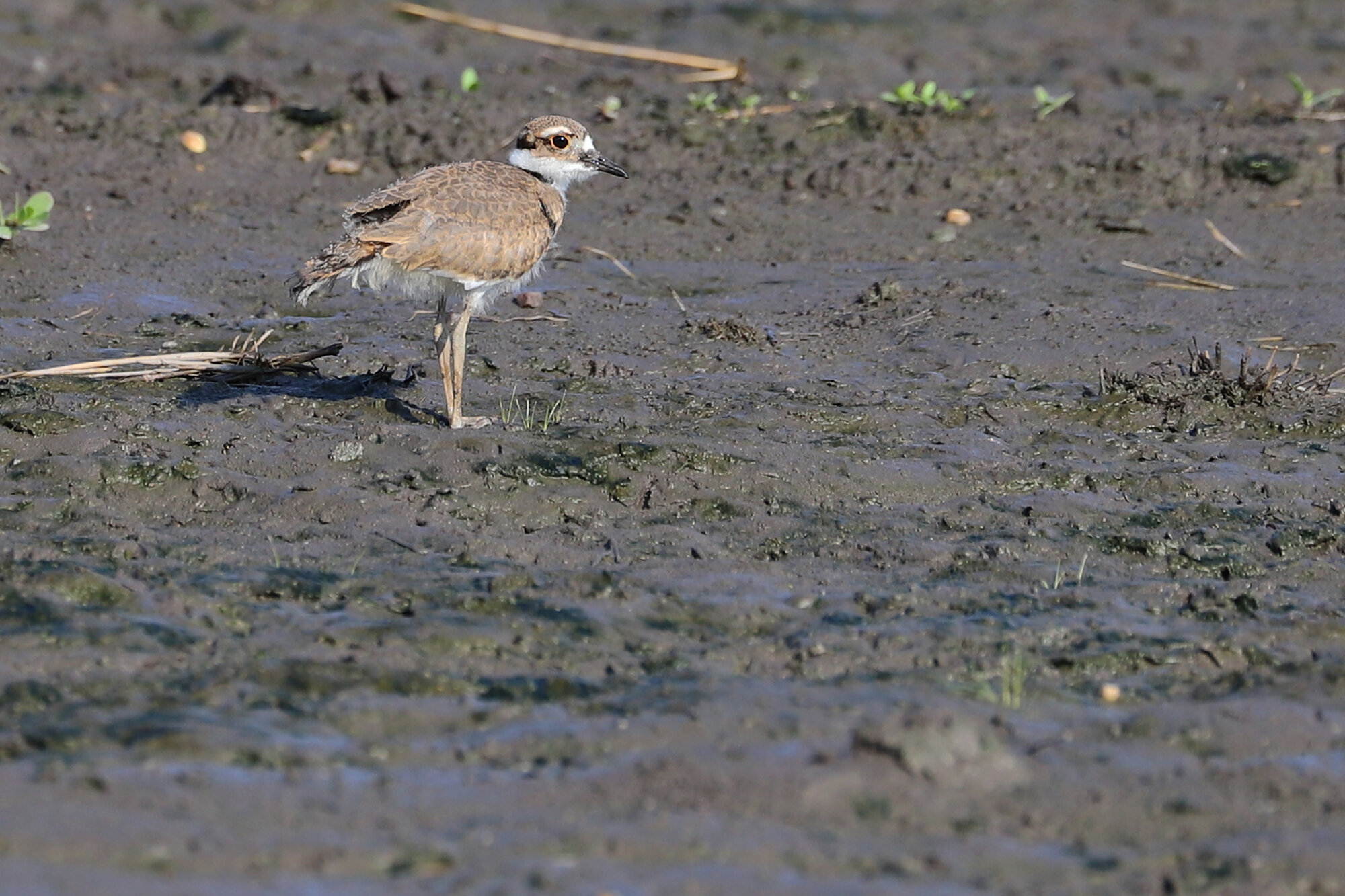
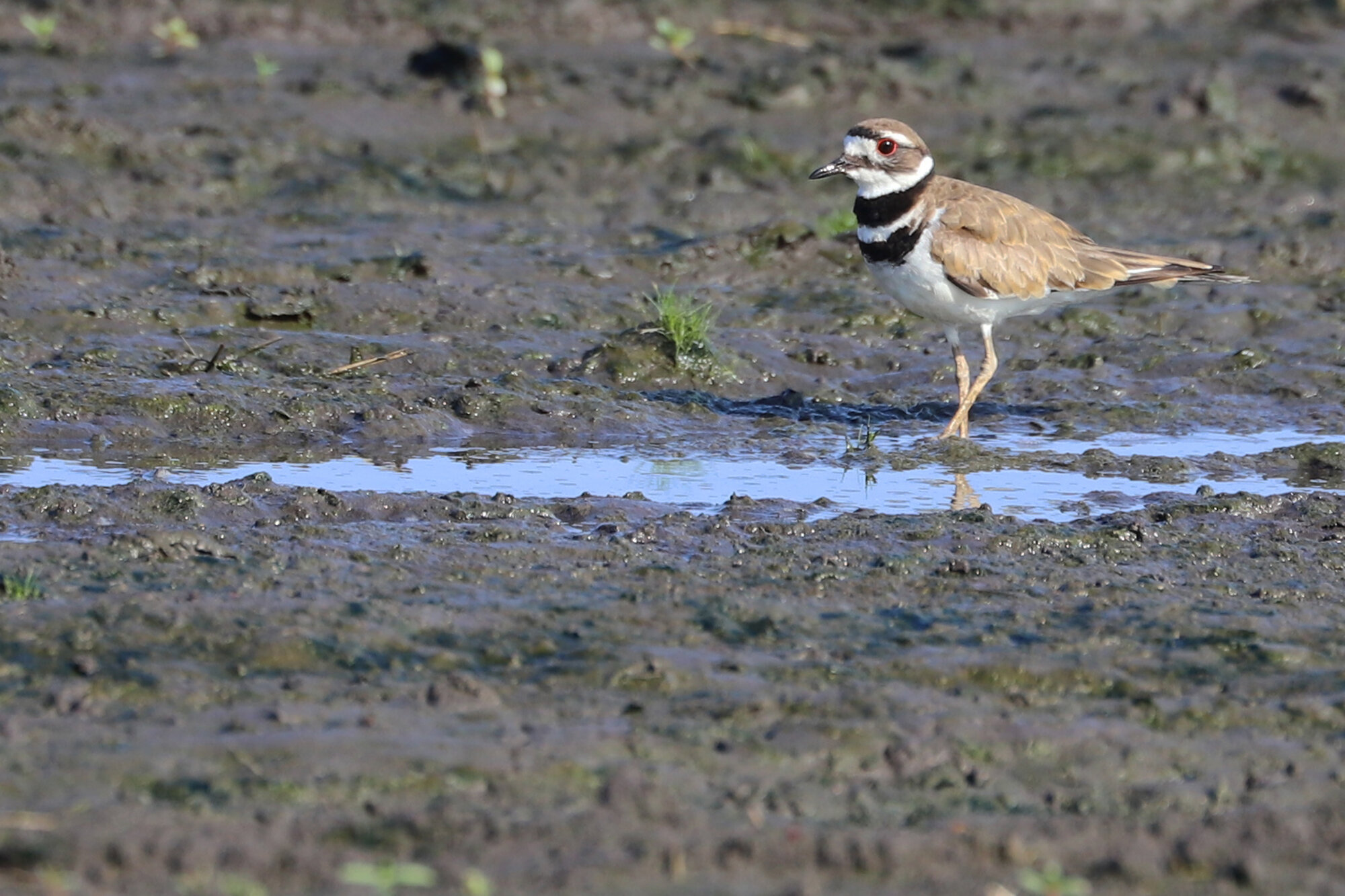
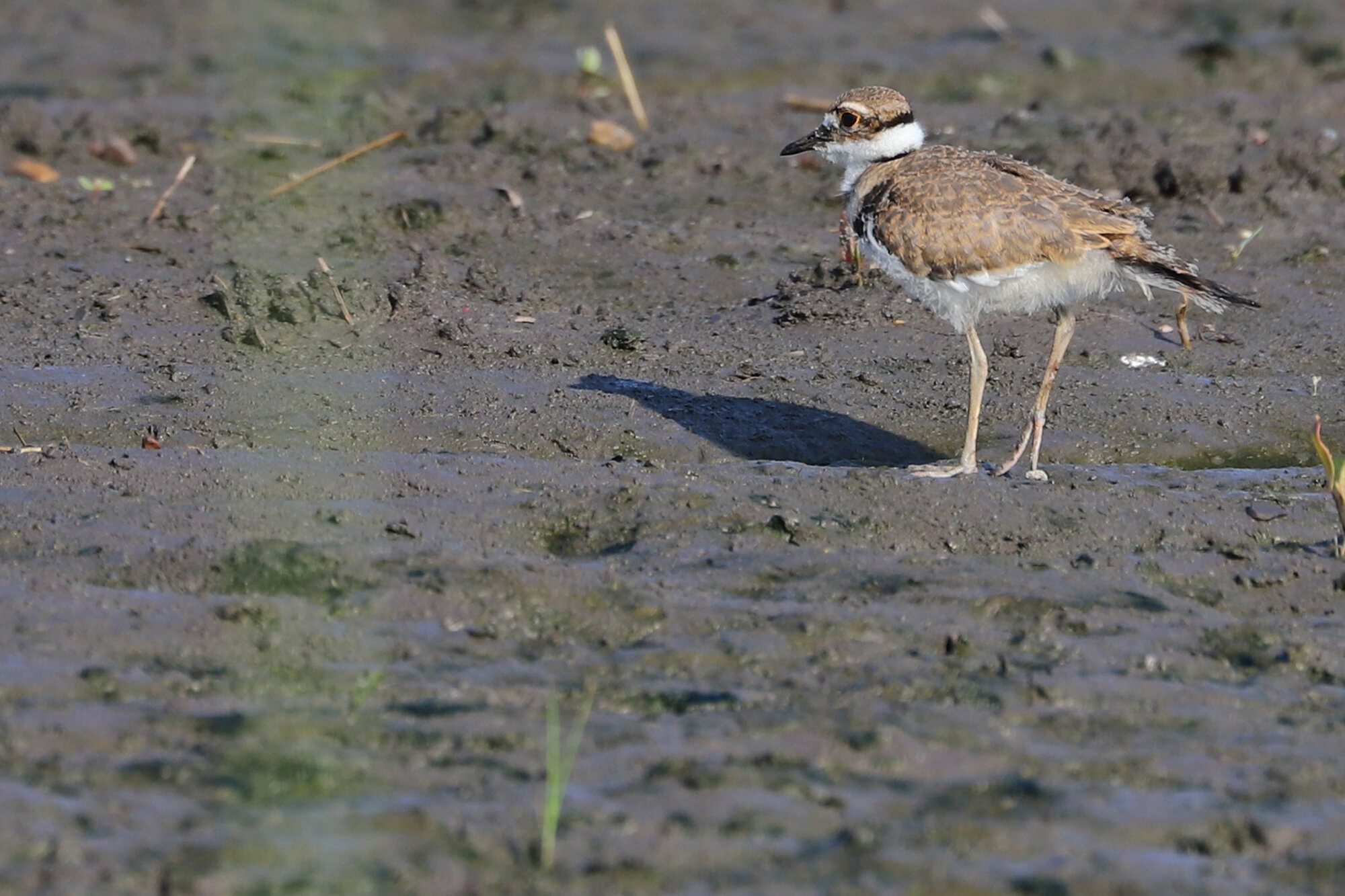
In addition to rarities and fall arrivals, there were some other interesting species observed around the city this month. The only reports for American Kestrel in the city this month were of a pair that most likely nested along North Muddy Creek Road just east of Princess Anne Road, with a single individual observed near month’s end at First Landing SP that could even be an early migrant. The Muddy Creek pair was observed at this location throughout June as well, and no other records for the species have occurred here since spring migration, making this species just as scarce a breeder as say, Peregrine Falcon which was mentioned above. After a Northern Bobwhite was tracked throughout June near the Virginia Beach Sportsplex off Landstown Road, at least two were heard at the same location this month, with one photographed from the small gravel pull-off just north of Landstown Roads 90 degree bend. These are the only known Northern Bobwhites present in the city this summer season. Northern Parulas were observed only at First Landing SP this month, the only known location where they nest in Virginia Beach.
As mentioned in the introduction, we finished off July 2020 (‘this July’) with 150 species, a total of seven more than we observed in July 2019 (‘last July’). Virginia Beach eBirders did a great job this July, finding almost every unflagged species at some point in the month, with only Stilt Sandpiper evading us. As a means of direct comparison between years, the following species were recorded last July but were not found this July (species in all capital letters are those that flag as ‘rare’ in eBird here throughout Jul): BLACK-BELLIED WHISTLING-DUCK, COMMON EIDER, SURF SCOTER, AMERICAN BITTERN, WARBLING VIREO & HOODED WARBLER. Conversely, we found the following species this July, but didn’t observe them last July: Northern Bobwhite, COMMON GALLINULE, MARBLED GODWIT, Red Knot, Black Tern, WILSON’S STORM-PETREL, GREAT SHEARWATER, PEREGRINE FALCON, HORNED LARK, CLIFF SWALLOW, GRASSHOPPER SPARROW, AMERICAN REDSTART & DICKCISSEL. So it would seem that despite our lack of shorebird habitat, perhaps better coverage led to more species being found? Whatever the reasons, it’s always nice to raise the monthly bar, so next July we’ll have to figure a way out to top the 150 species we recorded this month.


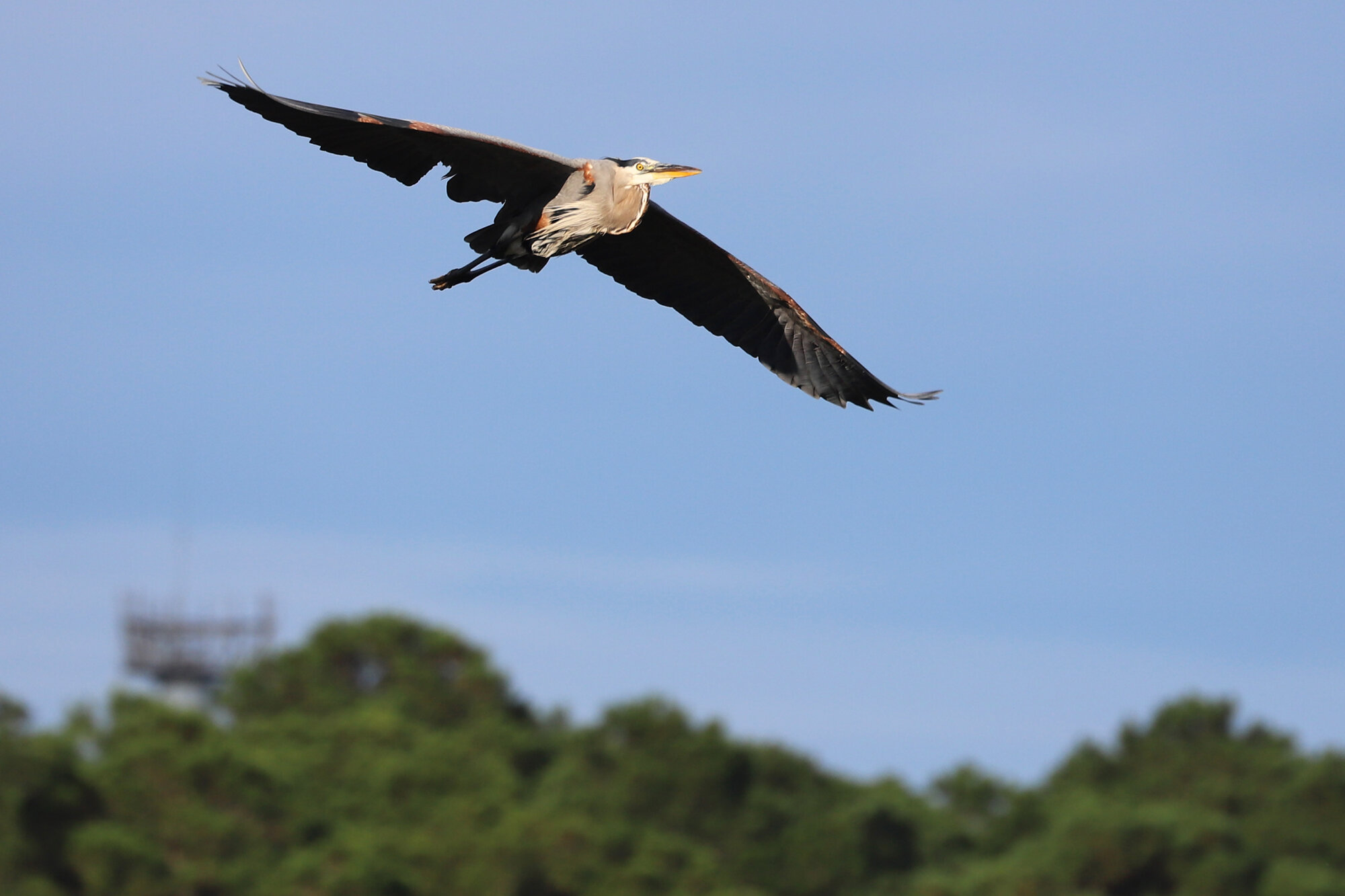
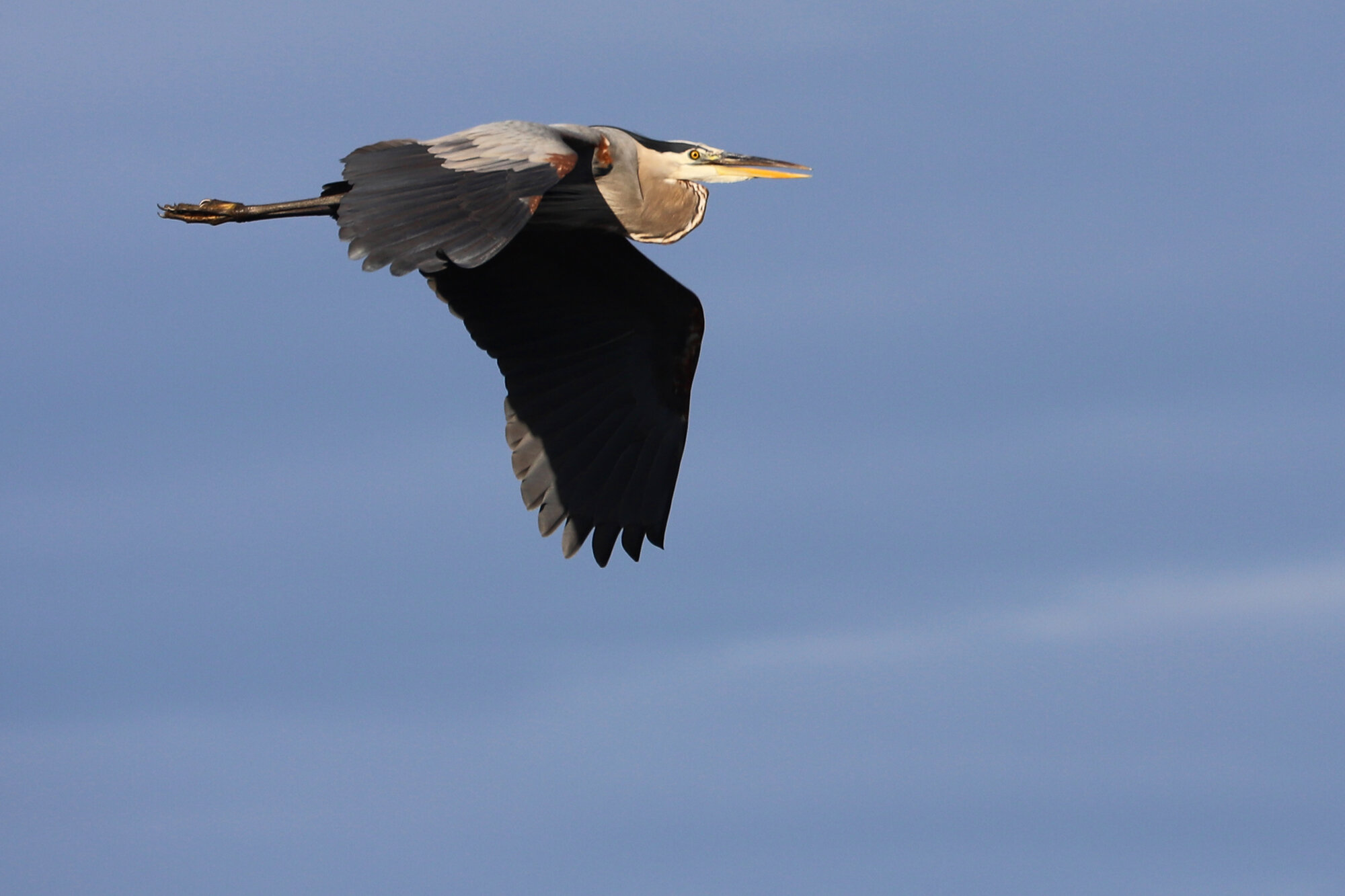
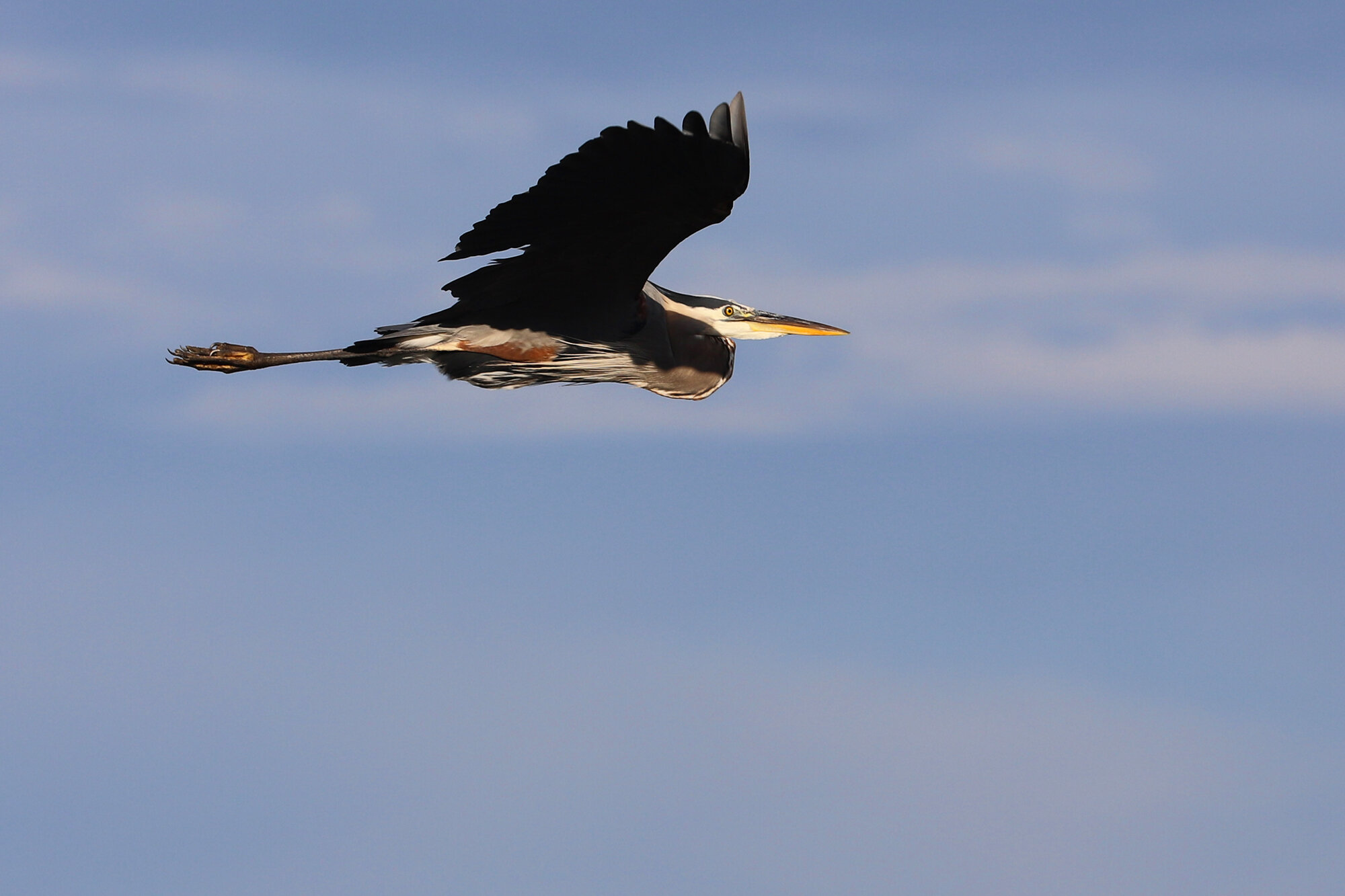
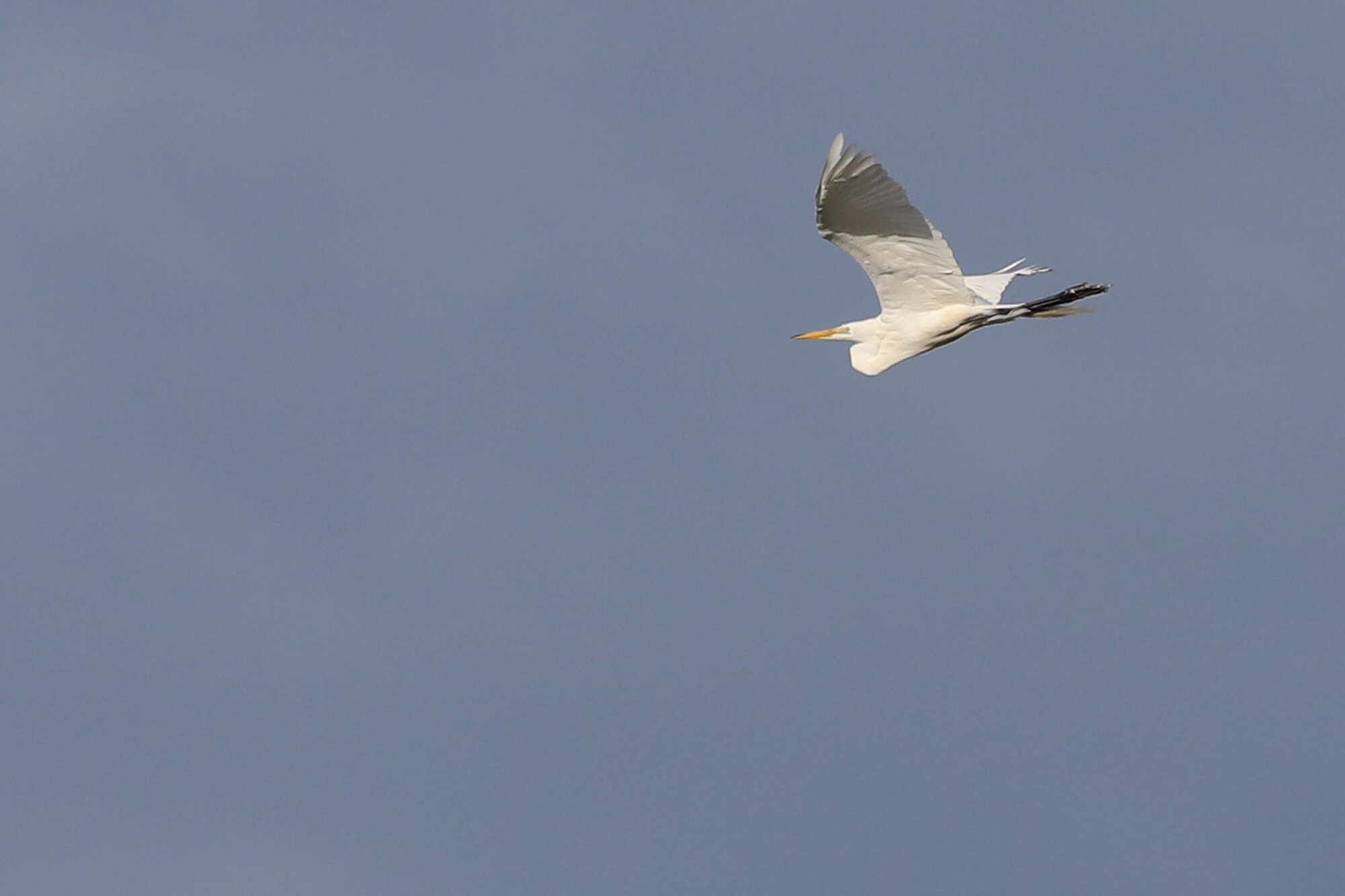
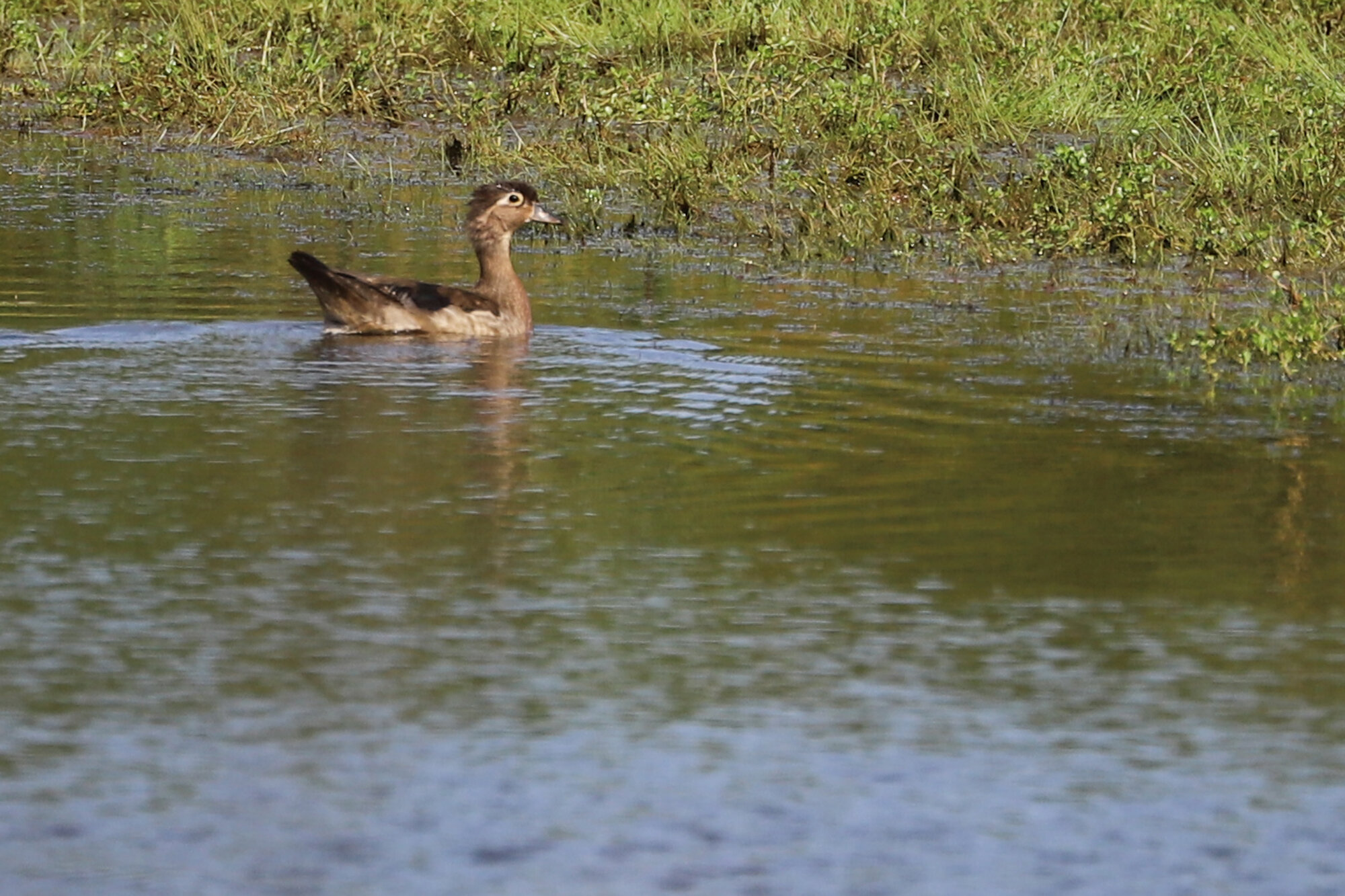
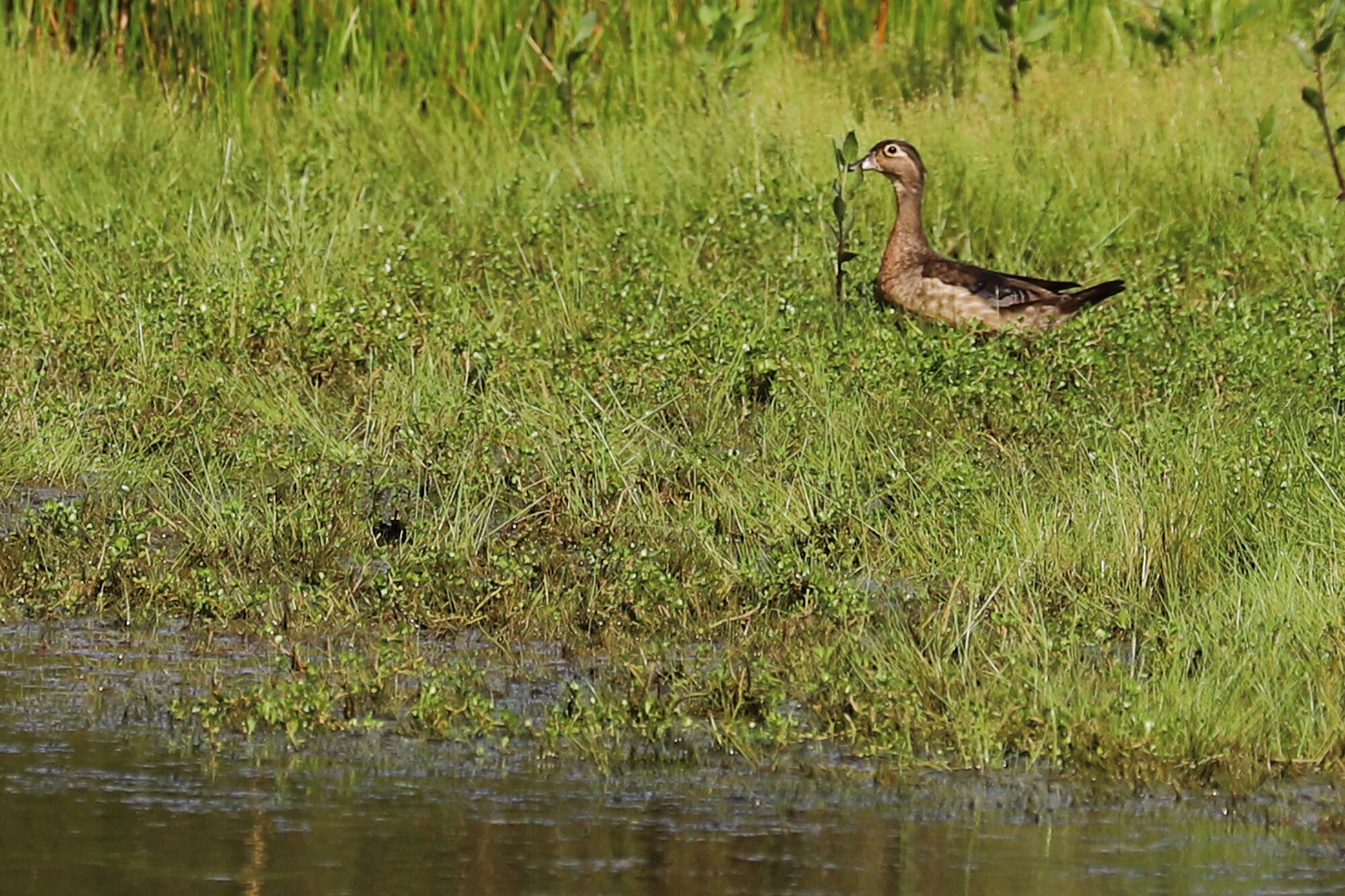

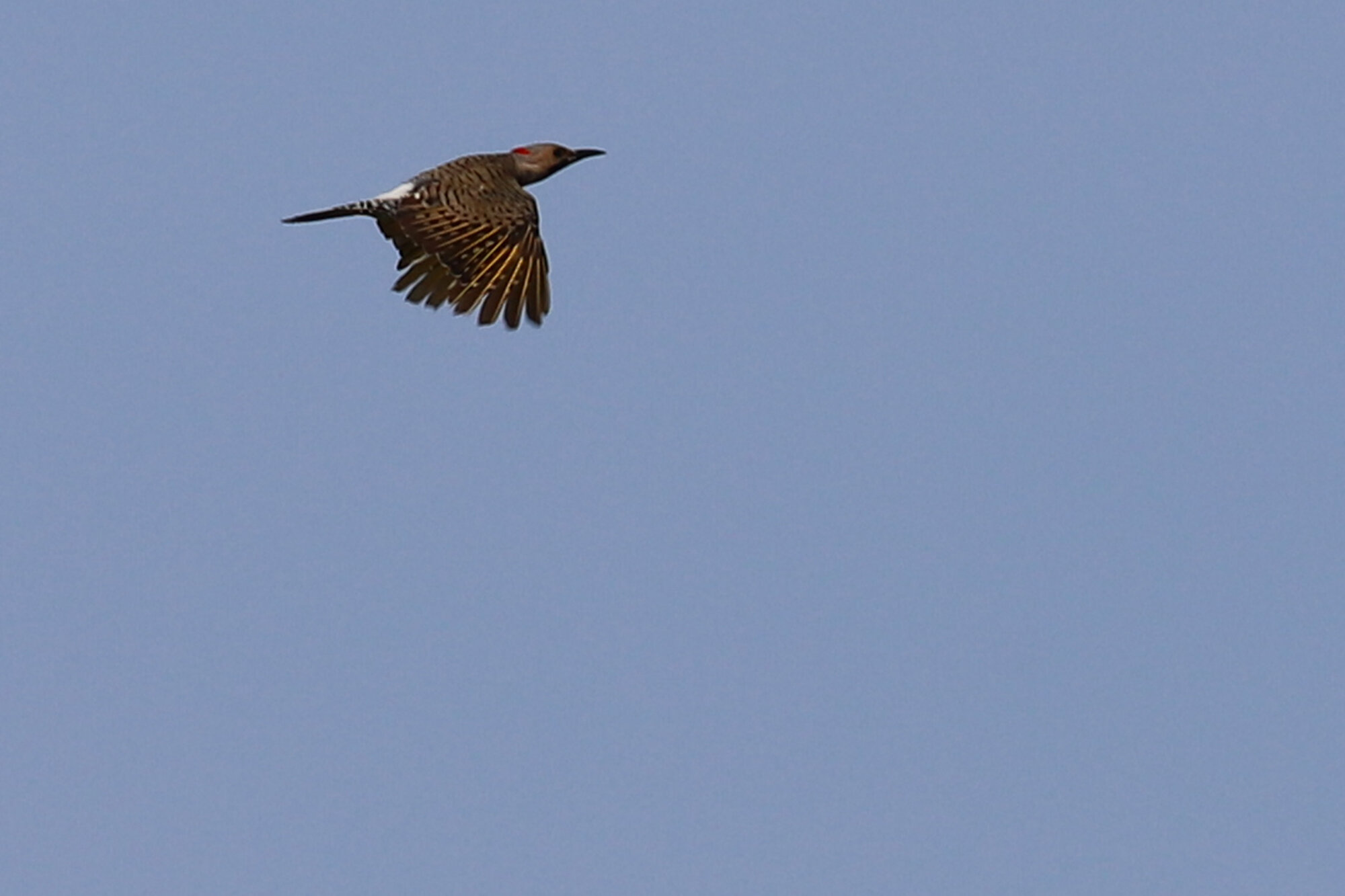
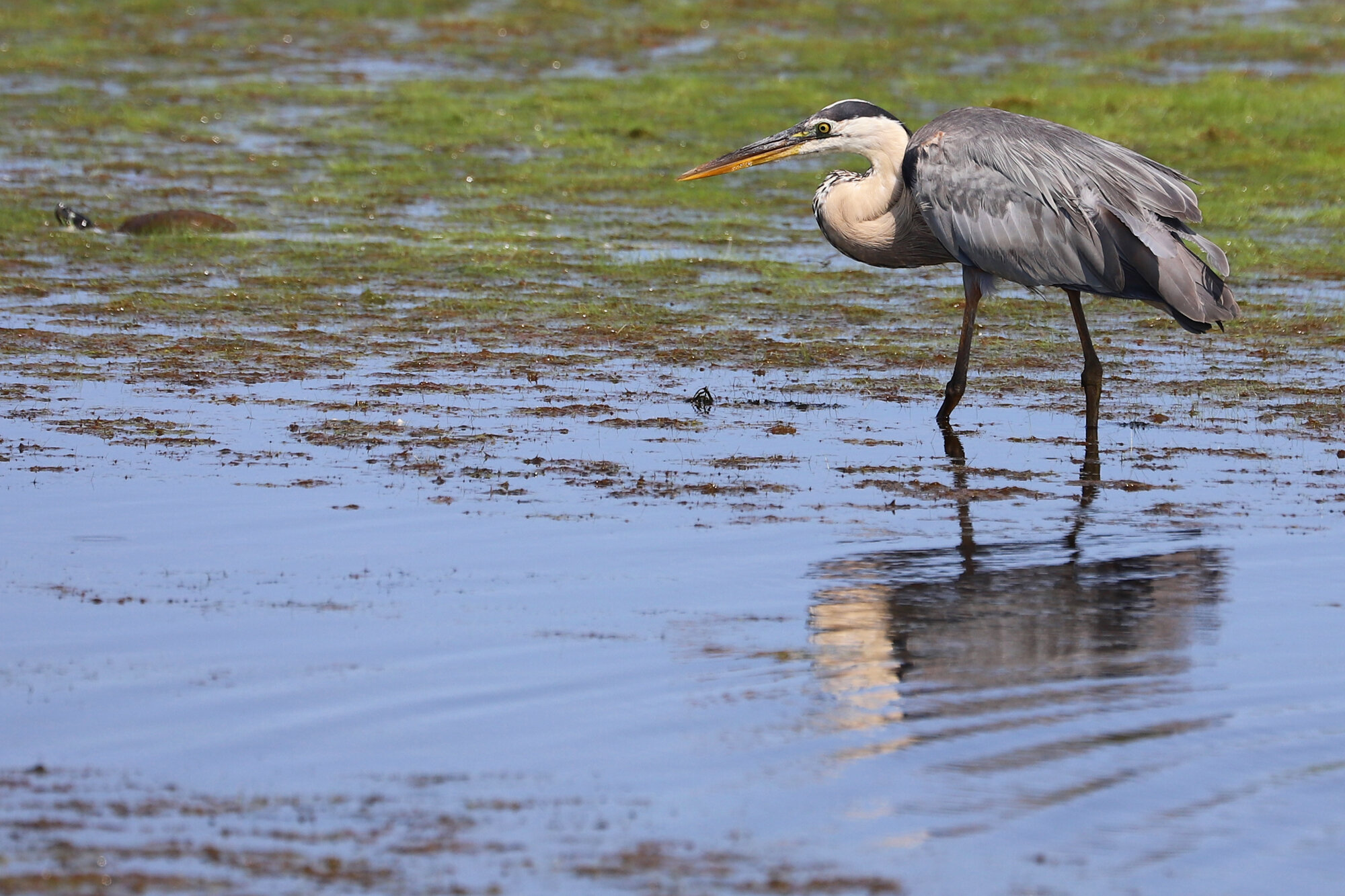

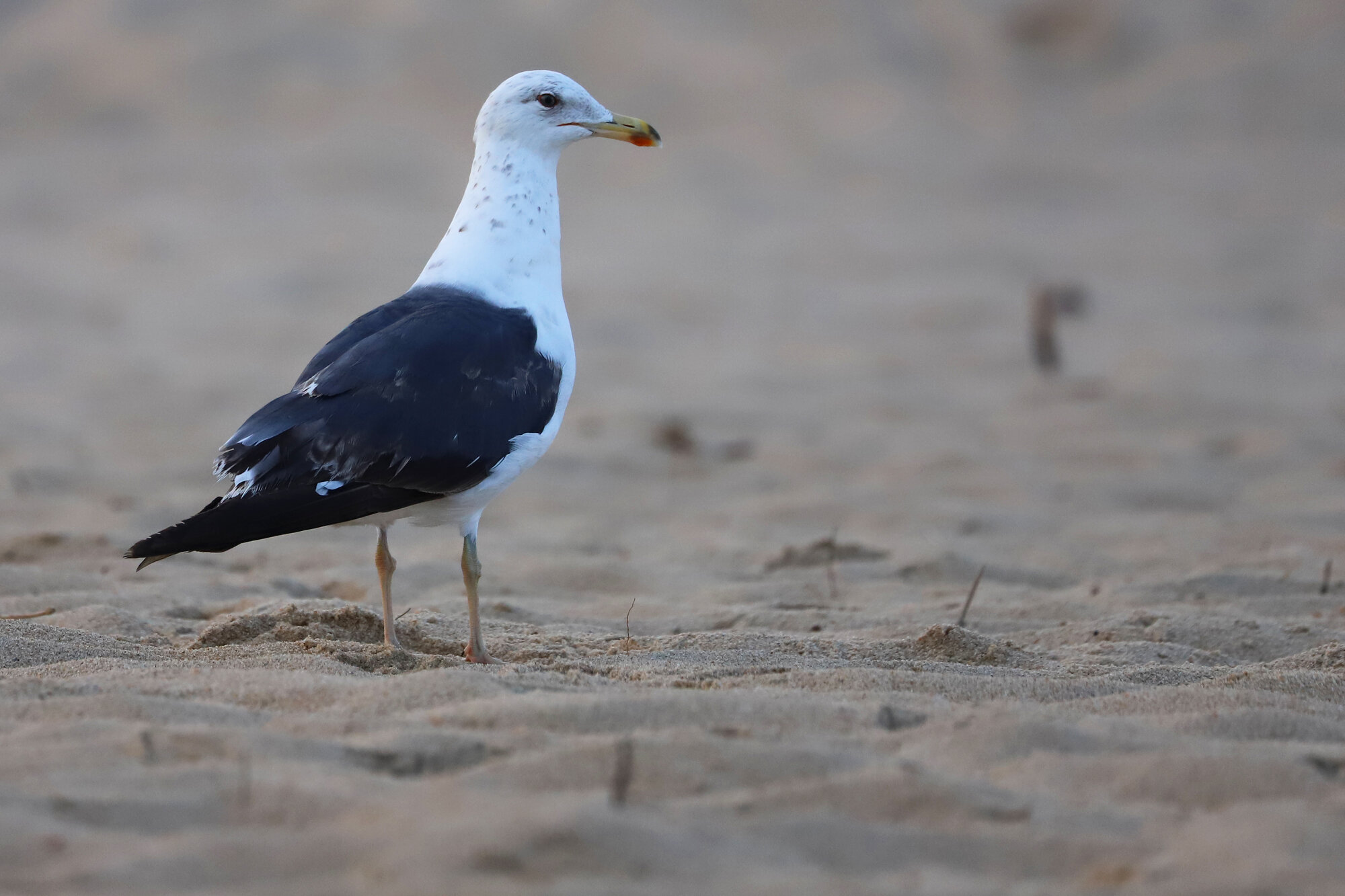
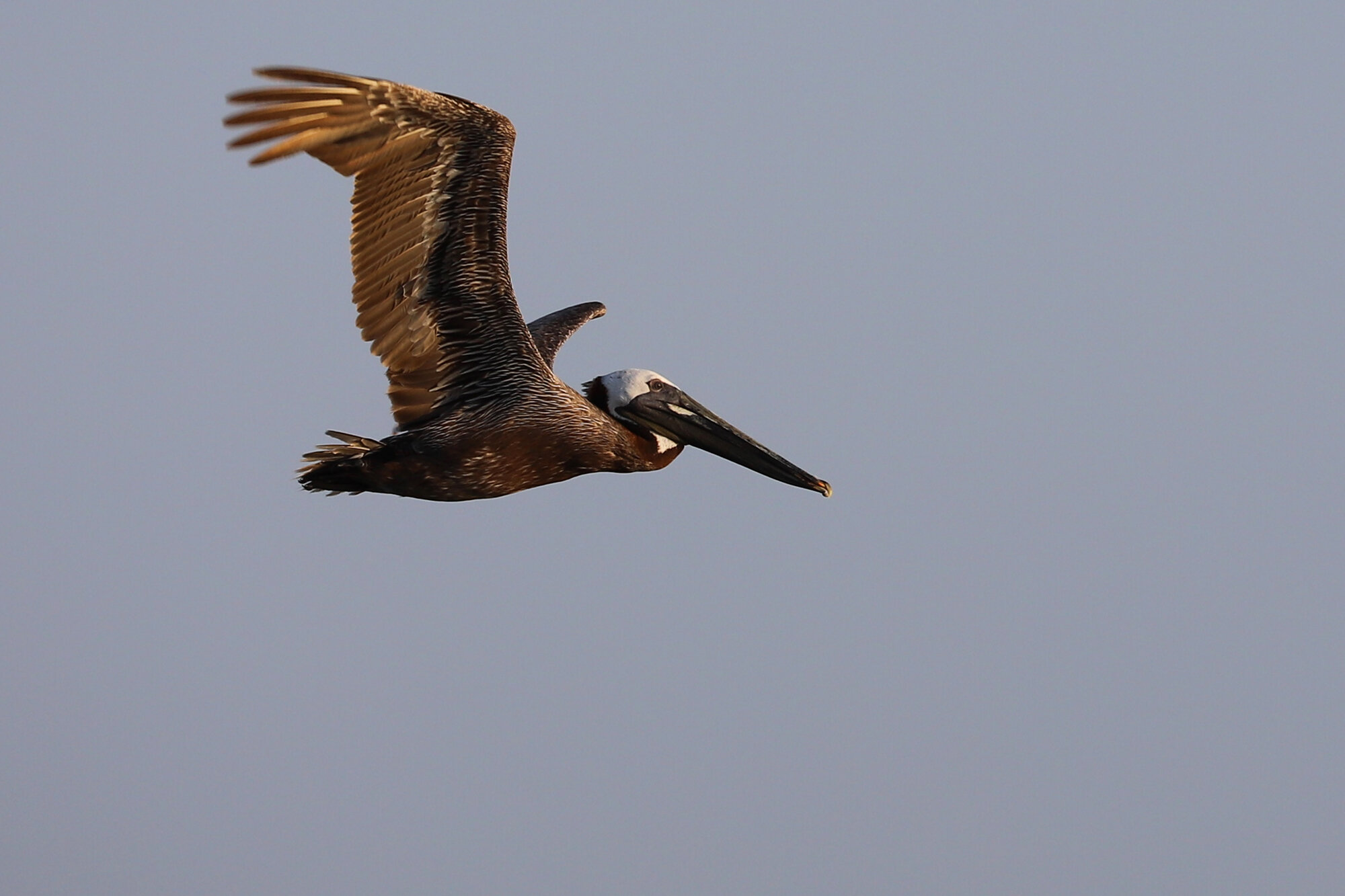
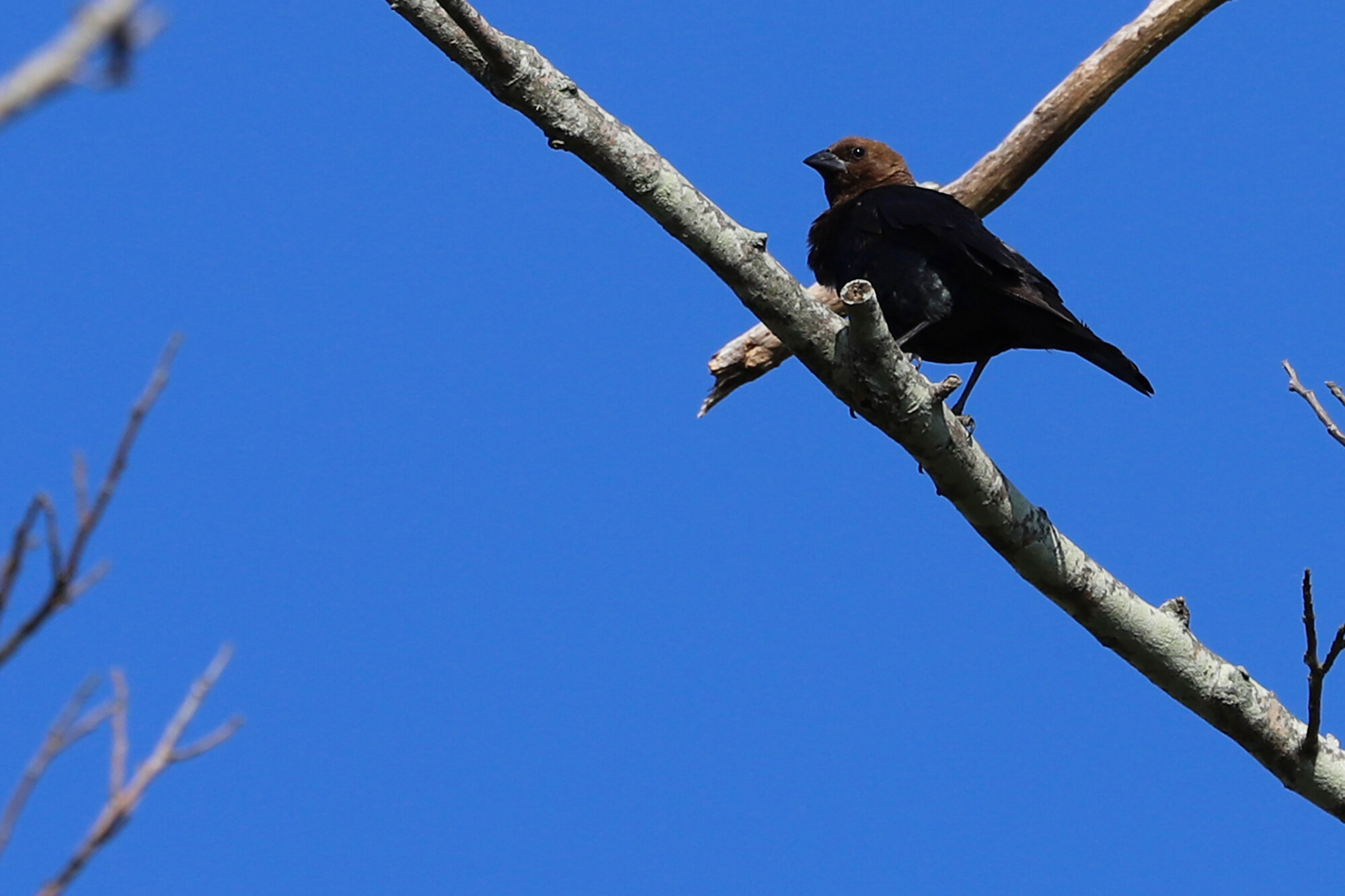
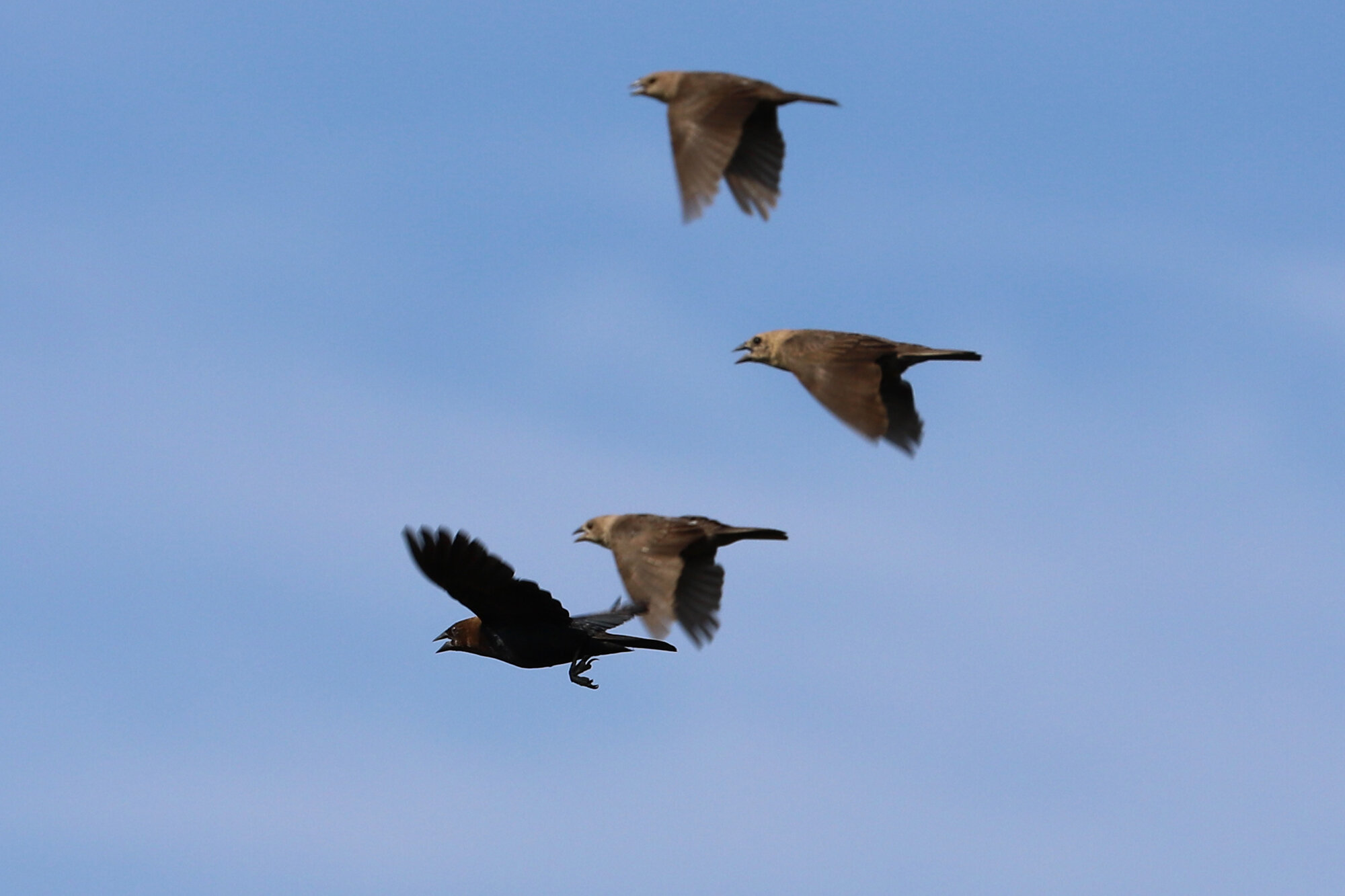
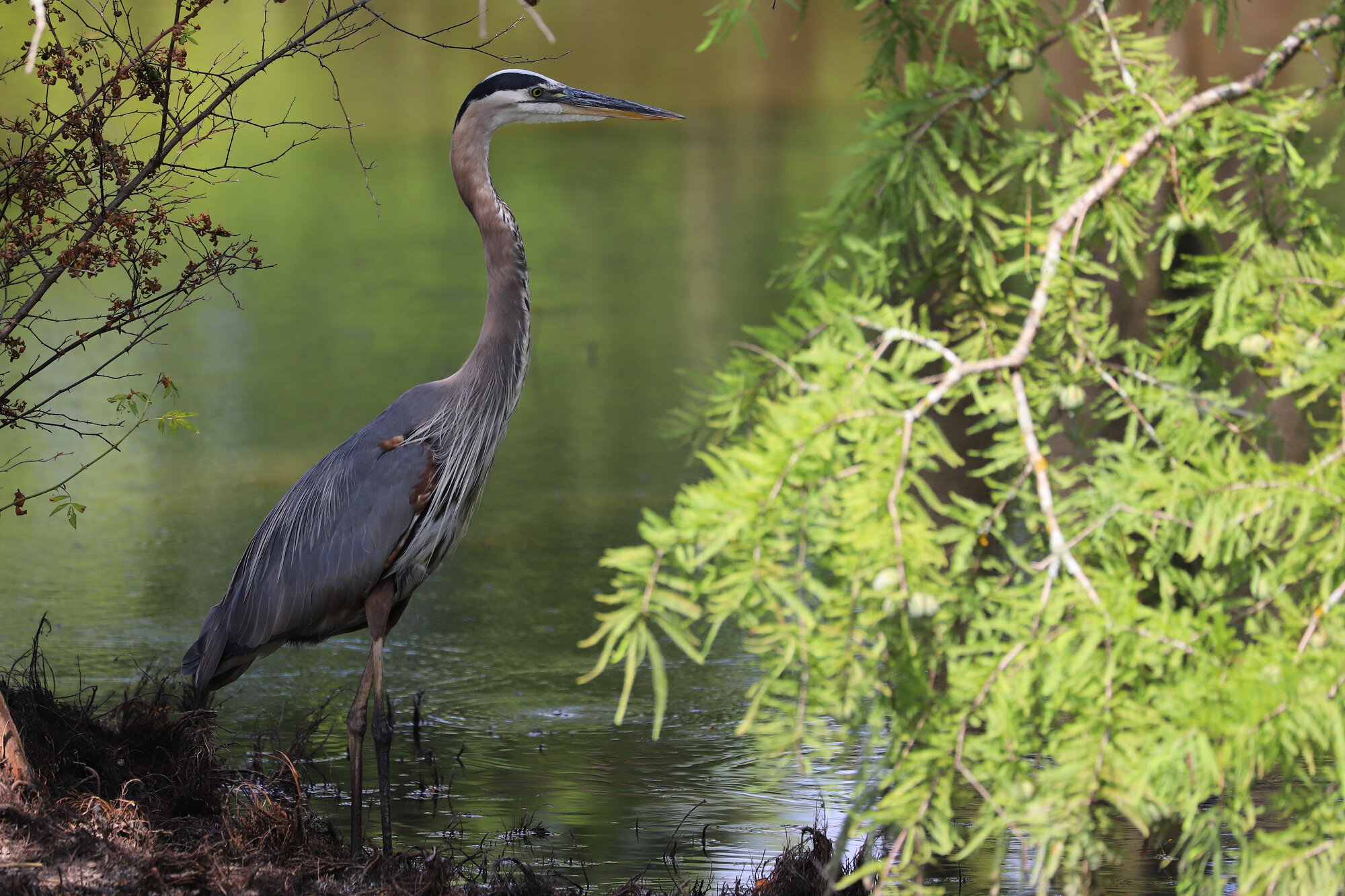

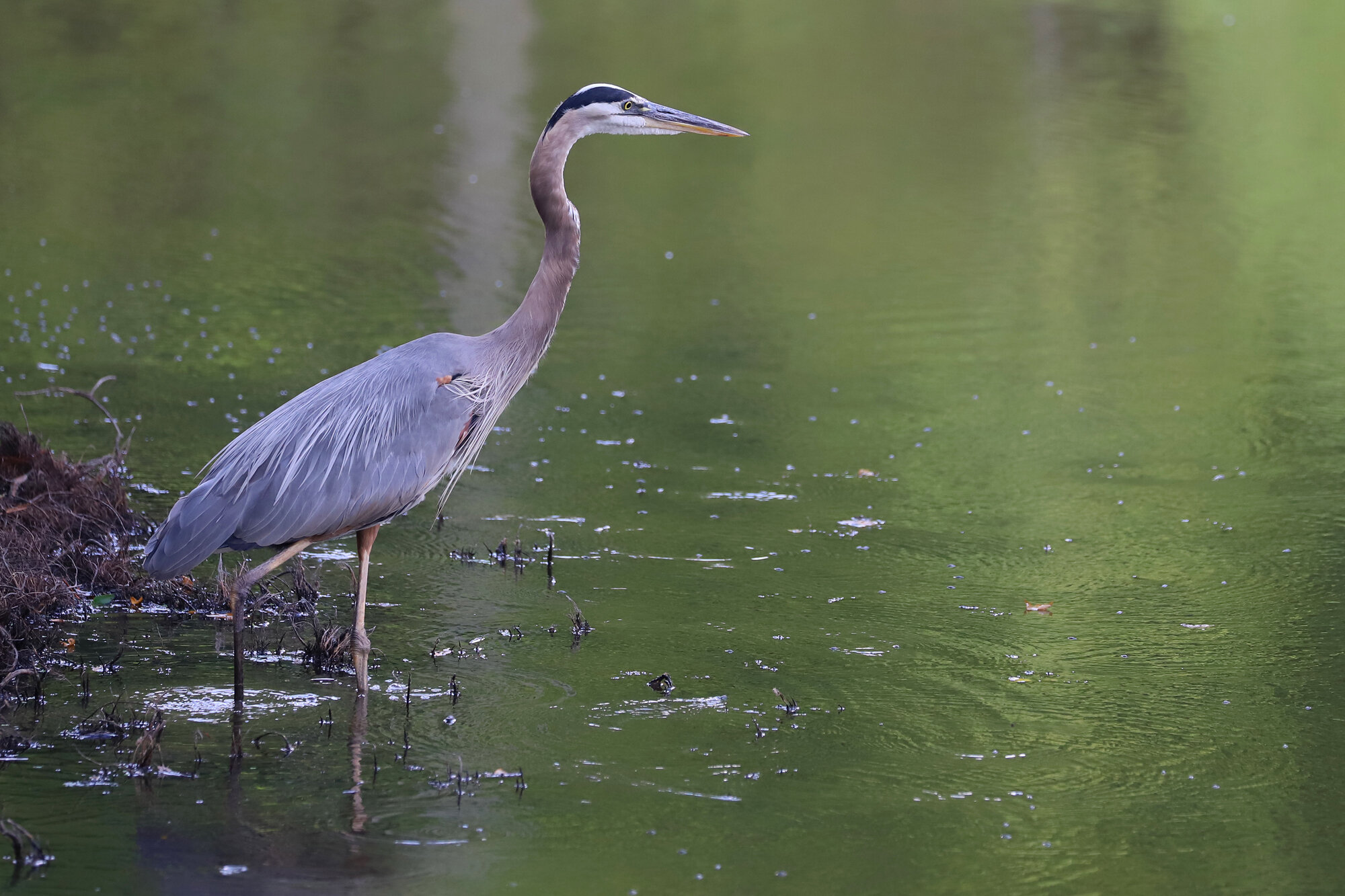
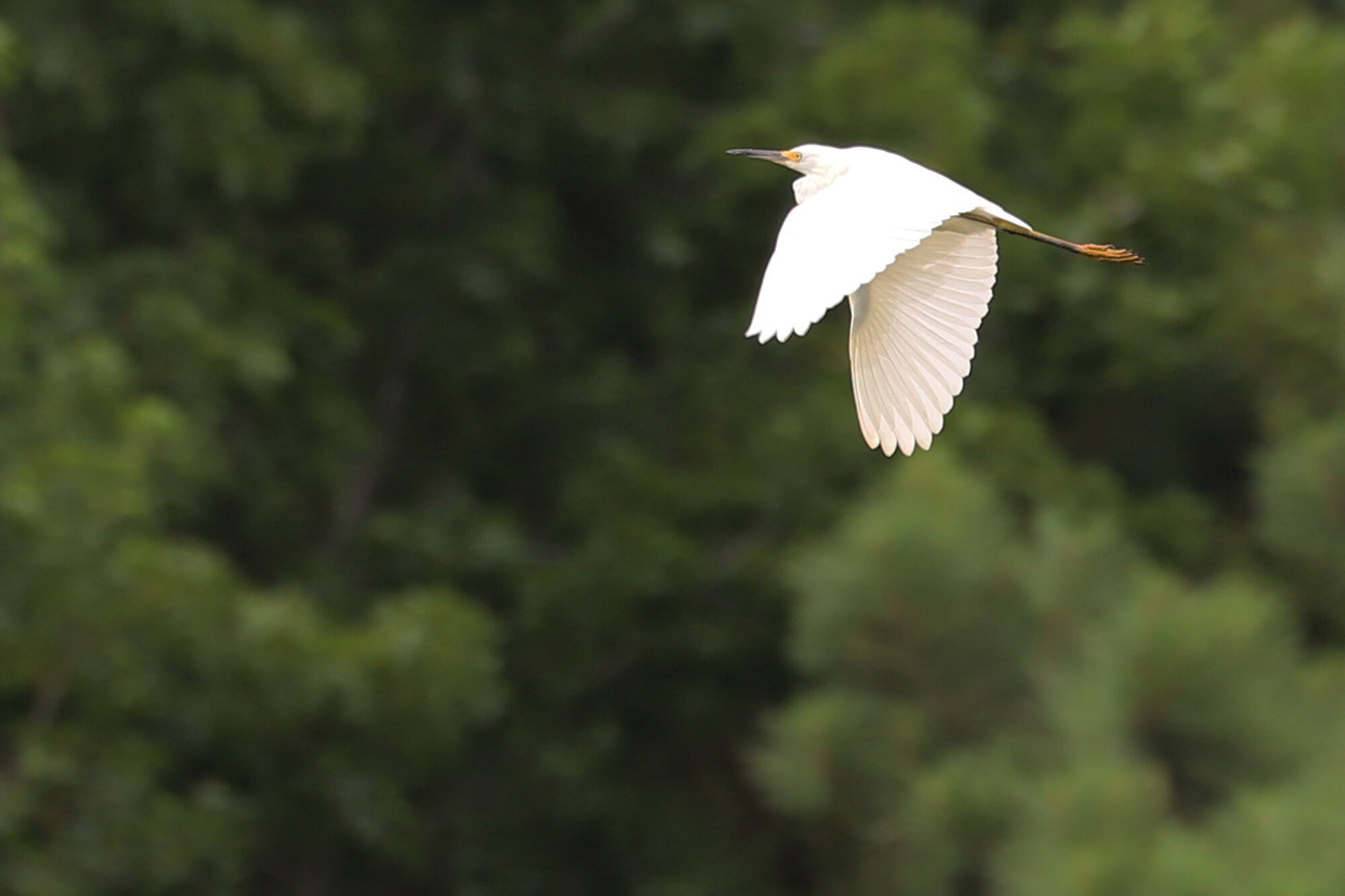
As always, a wide array of media (photos/audio/video) were submitted during the month in Virginia Beach, and eBird makes it incredibly easy to organize and browse all of these. For those hoping to view every photo/audio/video submitted for Virginia Beach during this period, please see the complete listing for the month of July located on eBird’s Media explorer by clicking here! Please remember, anyone with an eBird user account has the ability to rate these photographs/audio/video on a scale of 1-5 stars (based on these guidelines). Making use of the average rating for each media item is how eBird populates anything media-driven on the website, particularly the Illustrated Checklists. So, if you're one of the many folks who enjoy looking at photographs or watching/listening to video/audio recordings of birds, please take some time to rate their quality, it helps to make eBird more useful with each passing day!
AUGUST LOOKAHEAD: Now that July has come to a close, birders should continue scouring the landscape for shorebirds in August. Diversity & numbers of individuals will continue to rise this coming month, and any proper habitat could hold something interesting shorebird-wise. Also, August is the typical start for passerine migration, though there are fewer species on the move early in the month, but by month’s end, most passerines have begun their movements from breeding to wintering grounds. This makes August typically more exciting than July, and provided another dimension to the habitats that should be getting attention from birders. While most birders shy away from forests in July in lieu of focusing their efforts on fields and impoundments, August provides good reason for us to venture back out into the woodlands. The passage of cold fronts becomes more important as the month goes on, and mornings after any should be good for passerine arrival due to the northwesterly winds they typically invoke. Make sure to keep up with the expected fall arrival dates by clicking here.
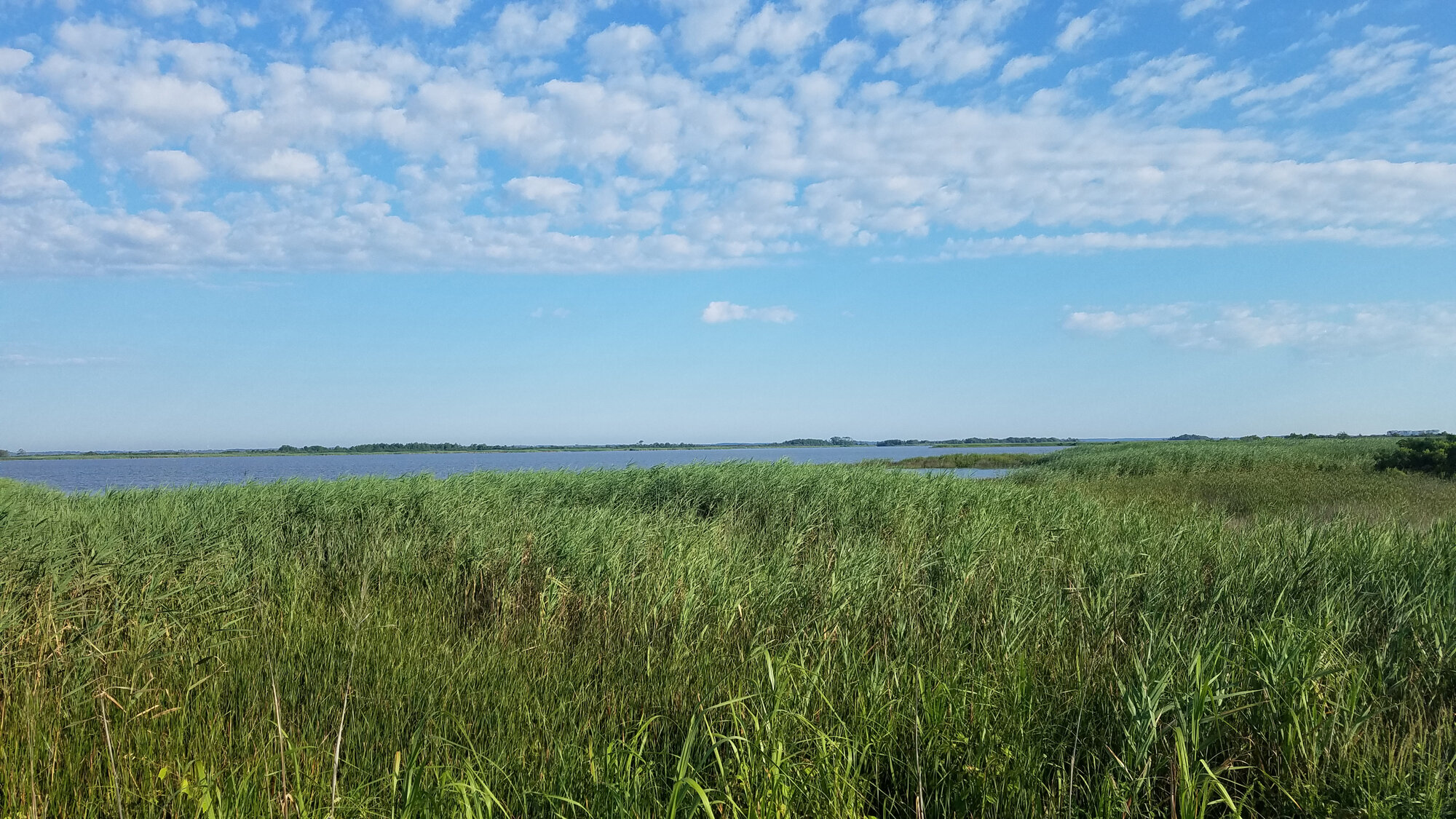
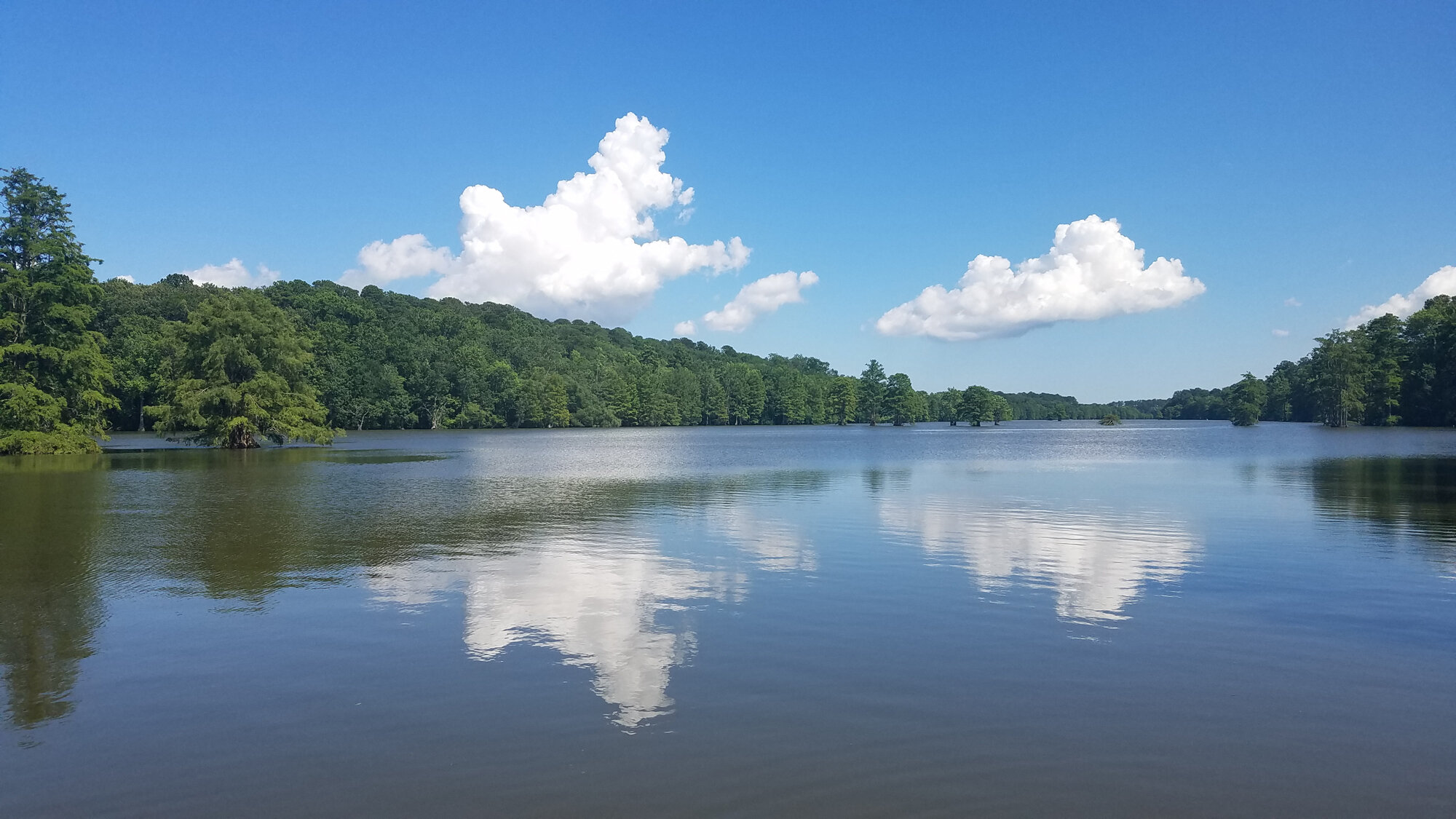
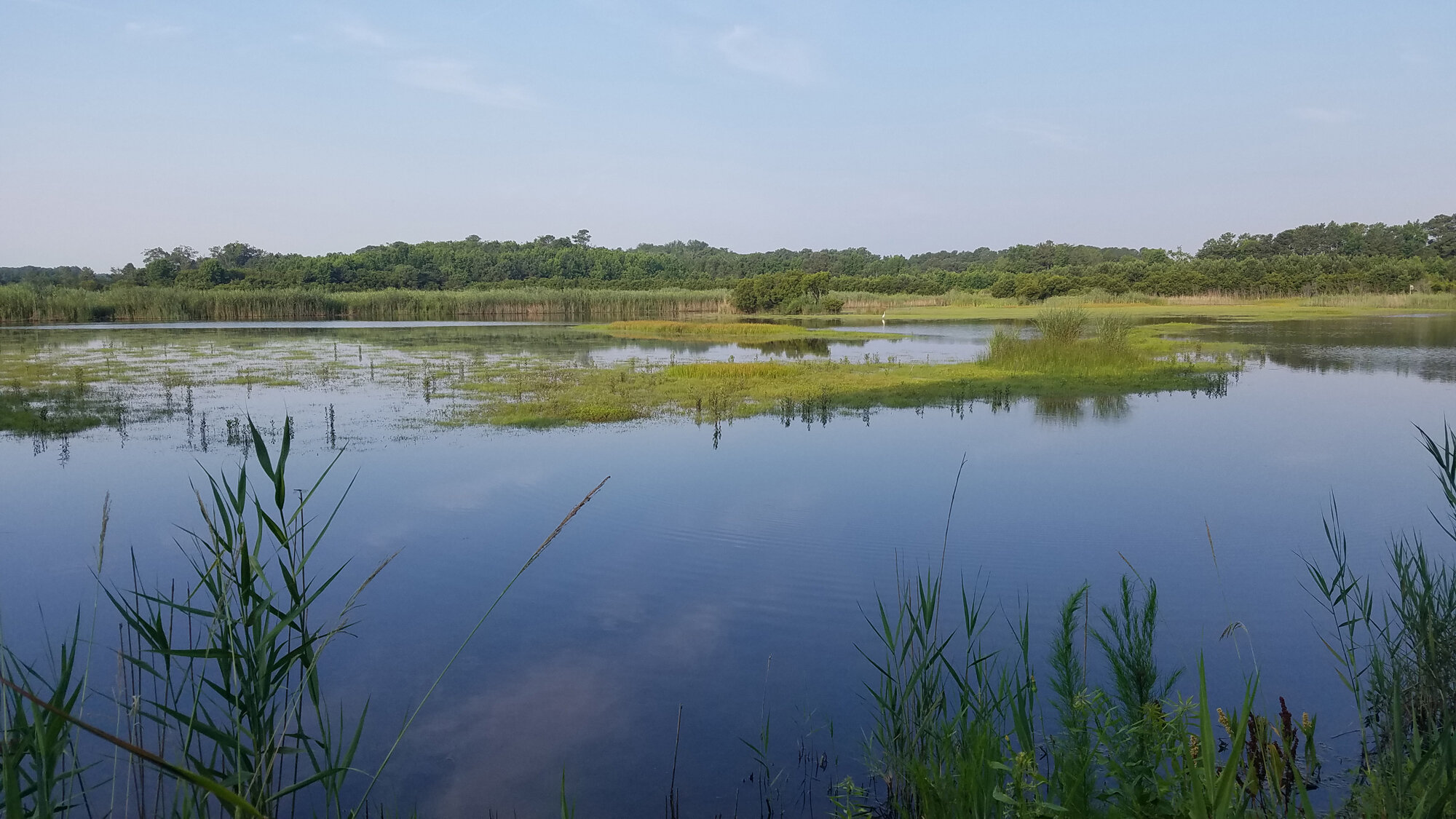
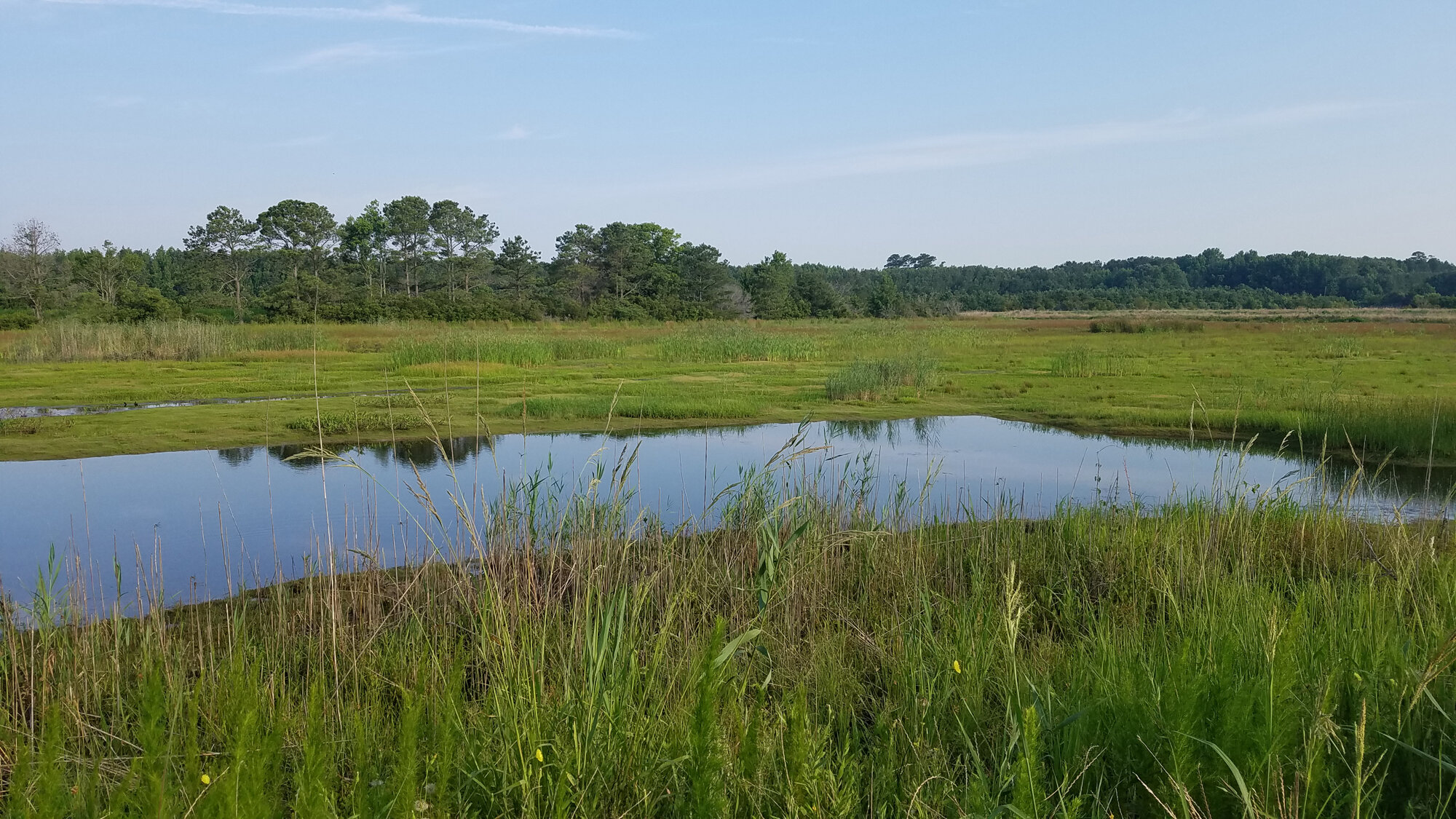
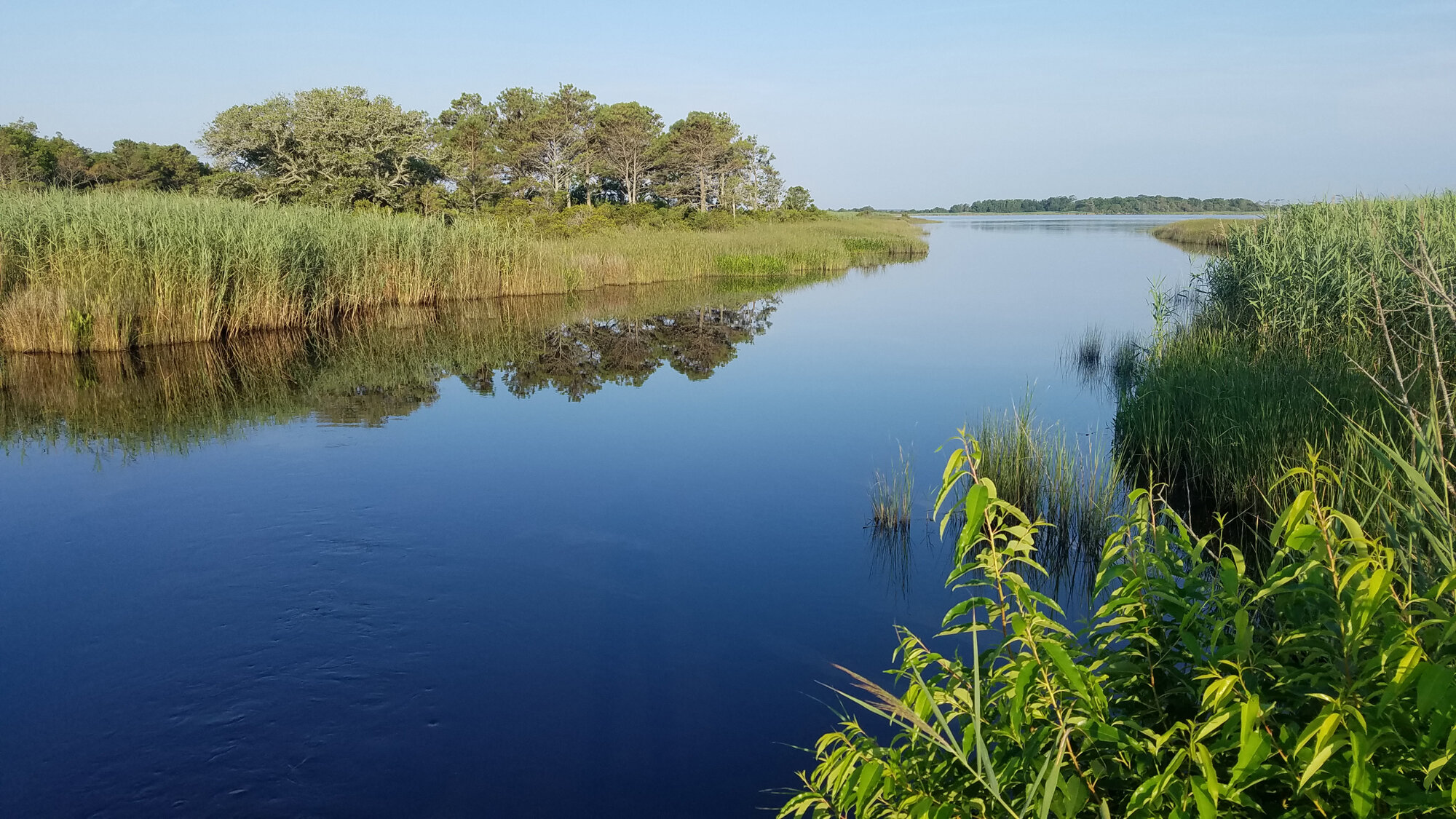
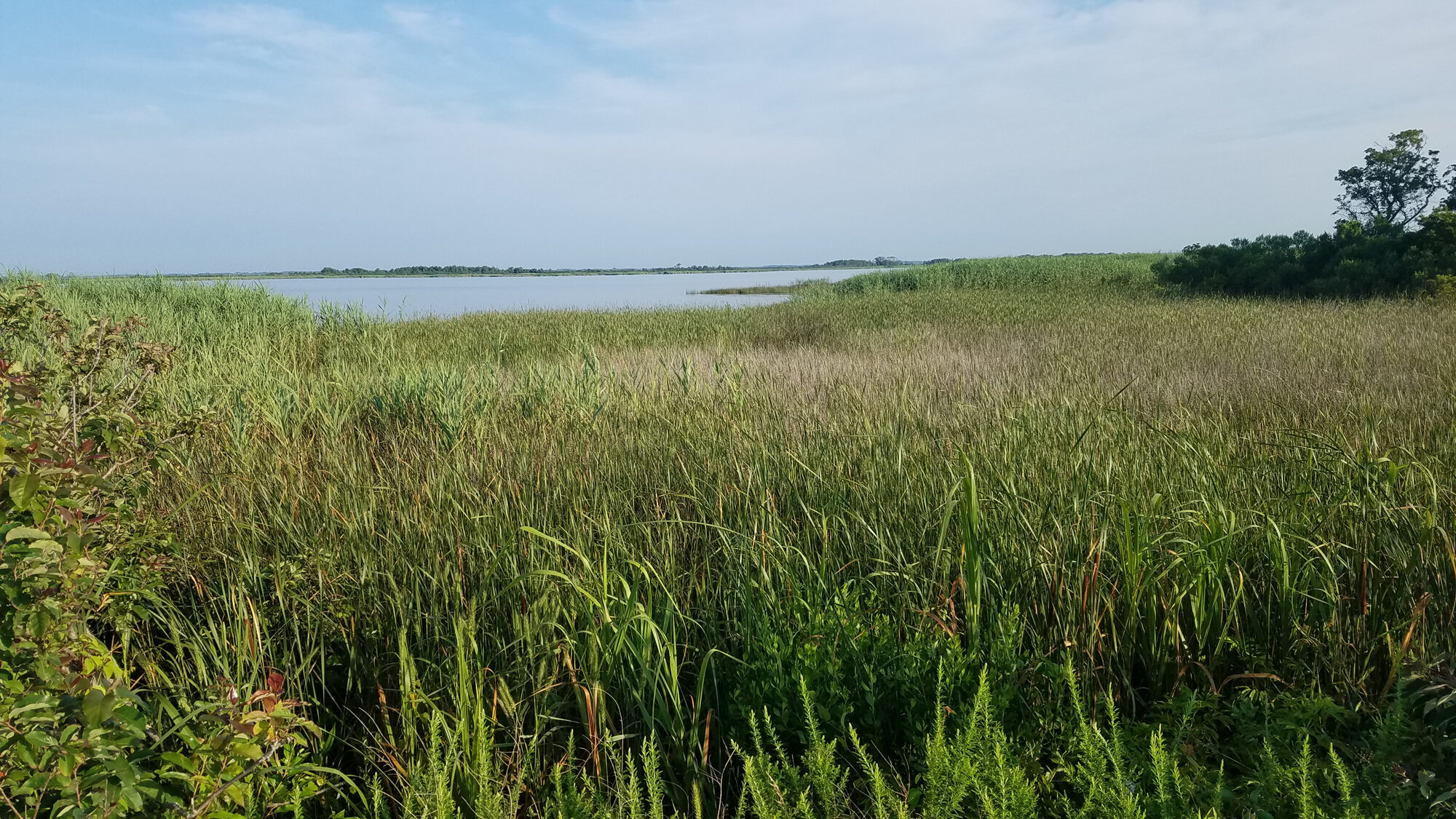
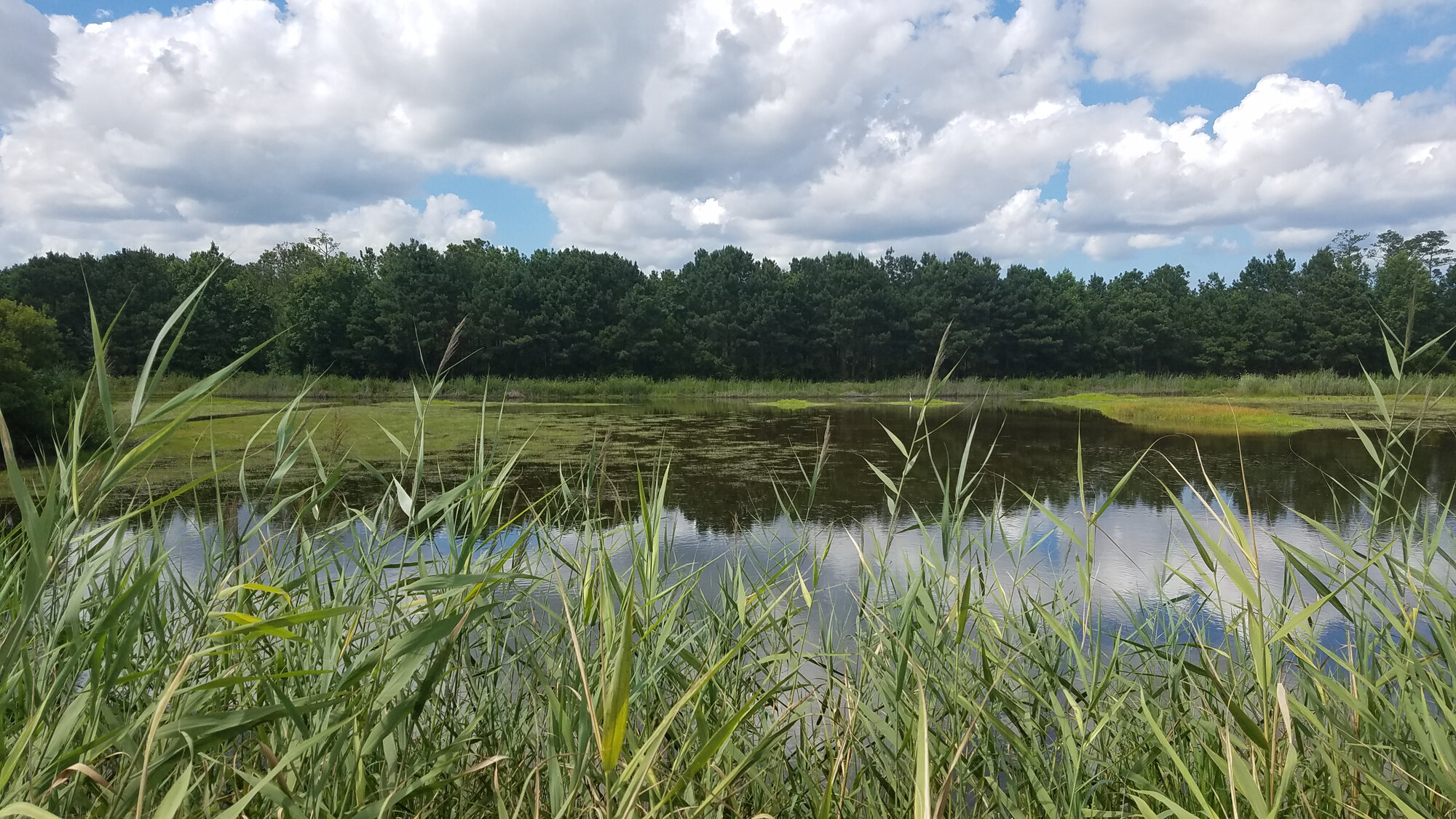


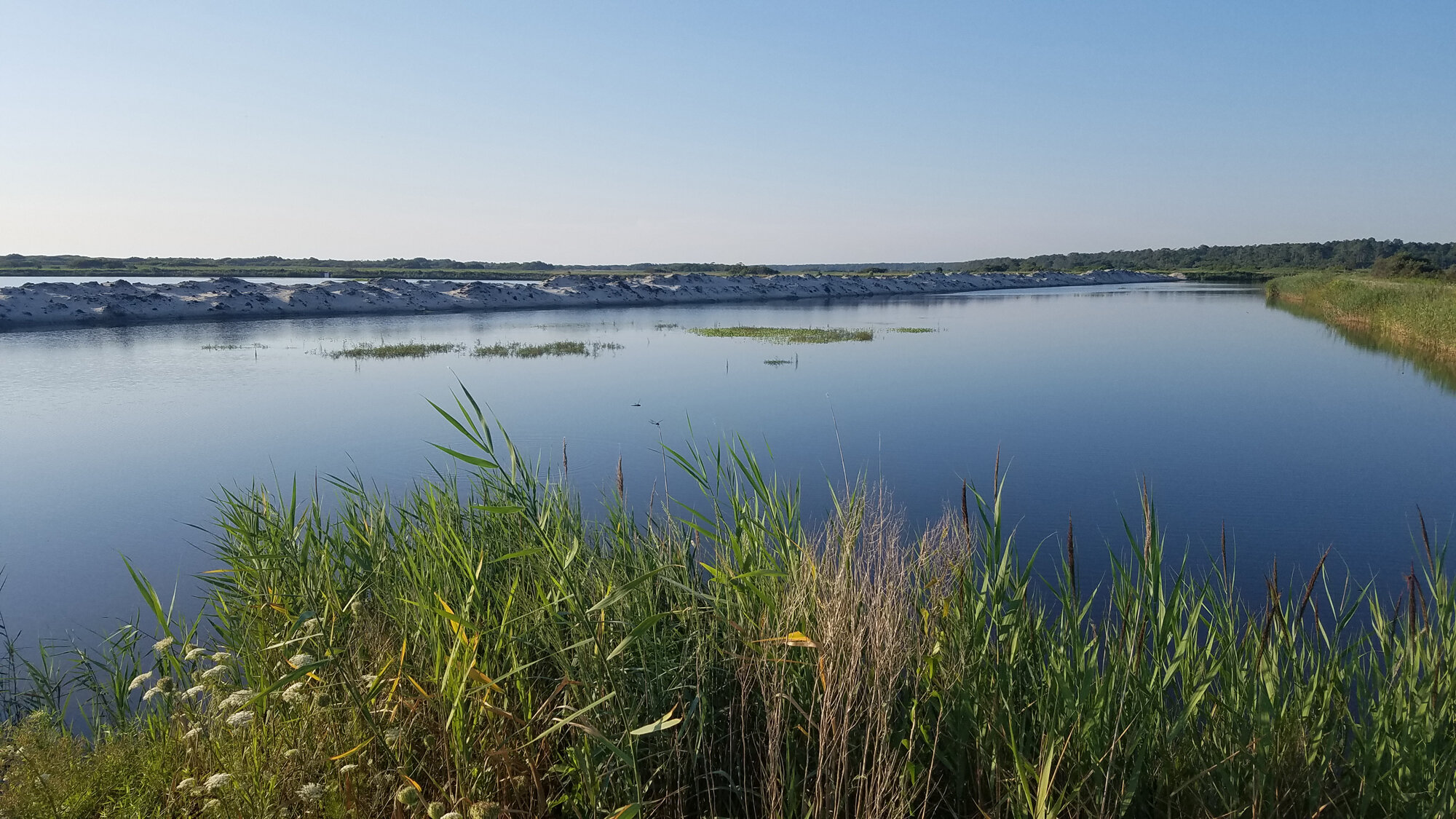
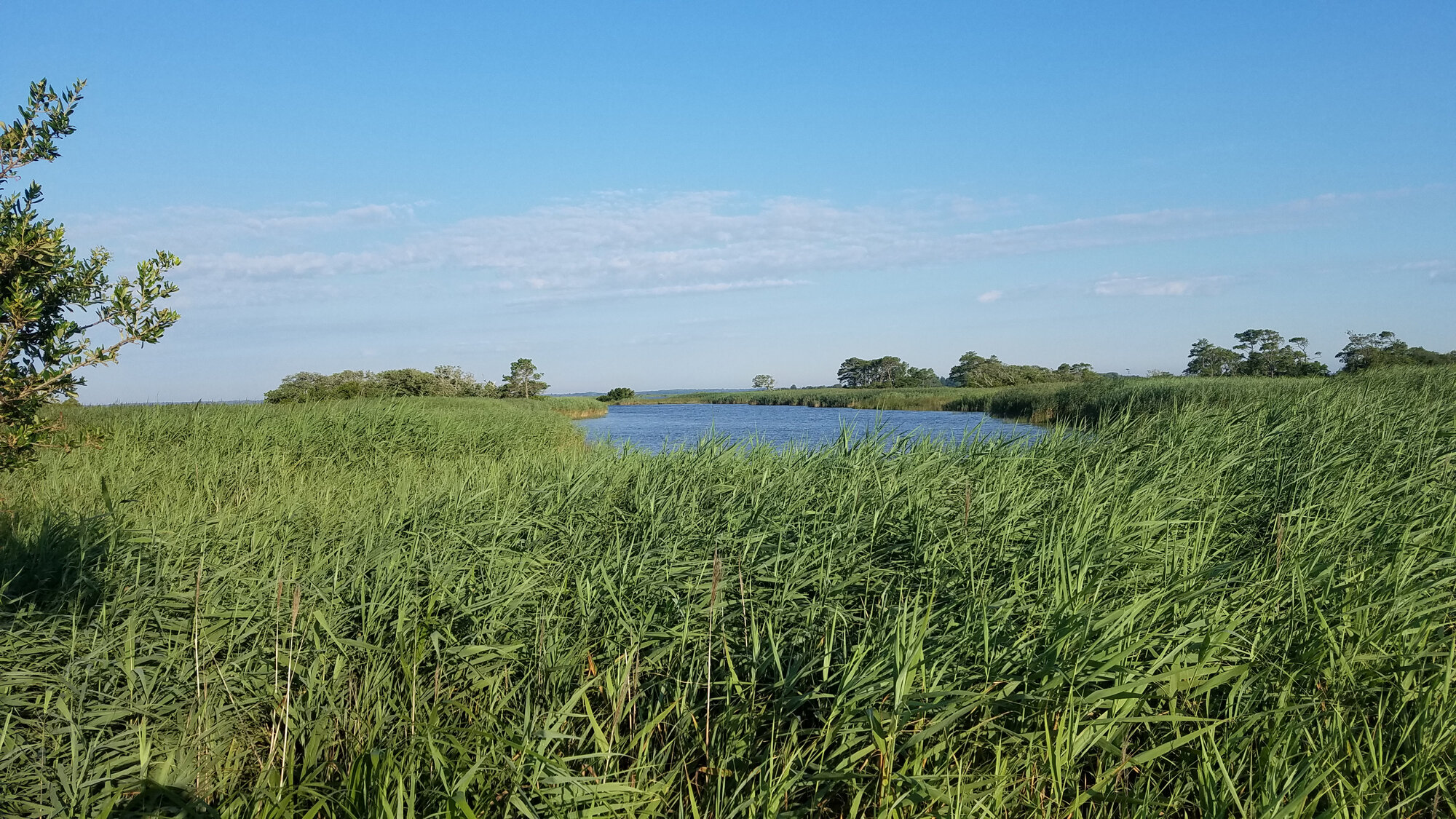
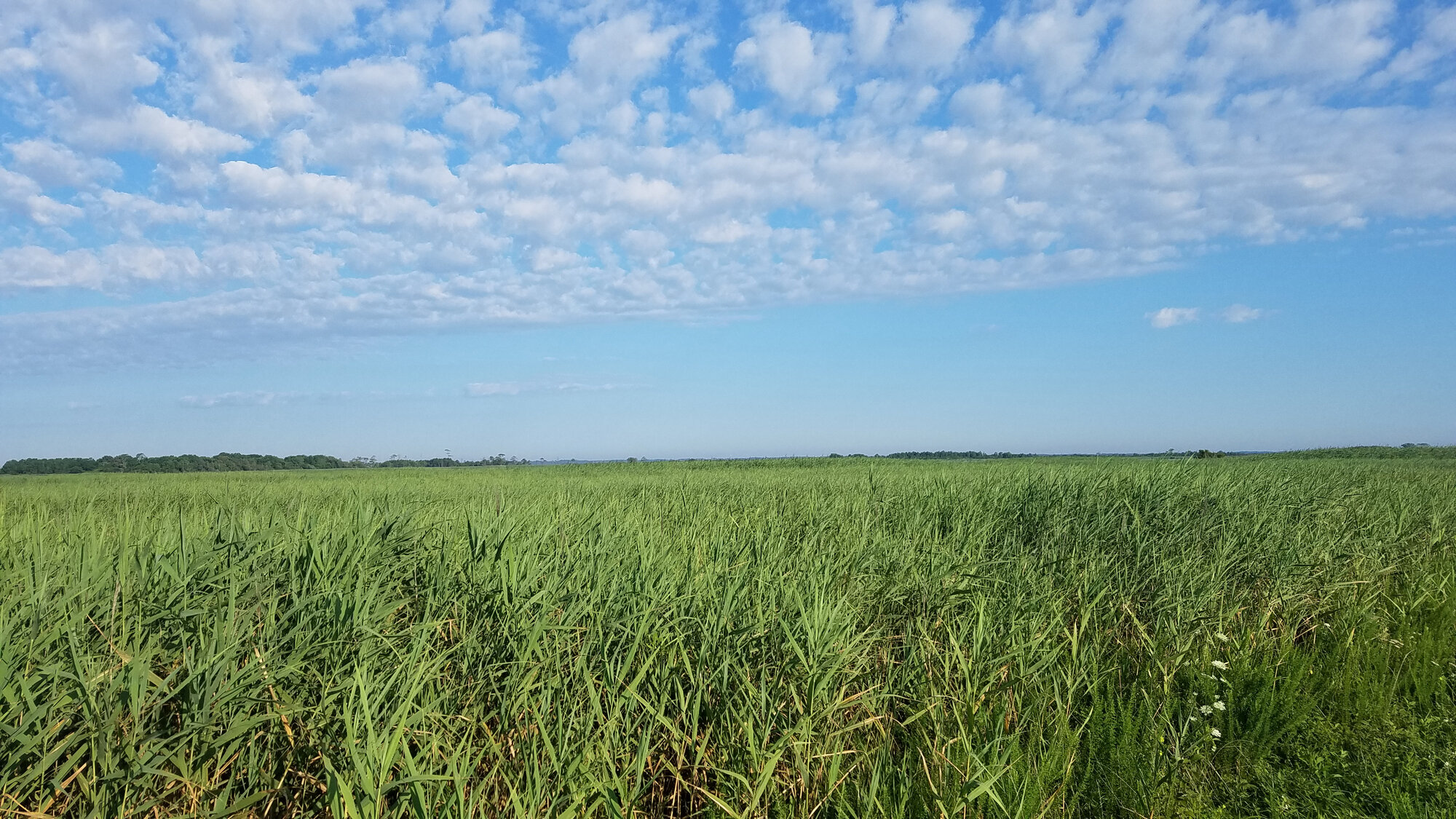
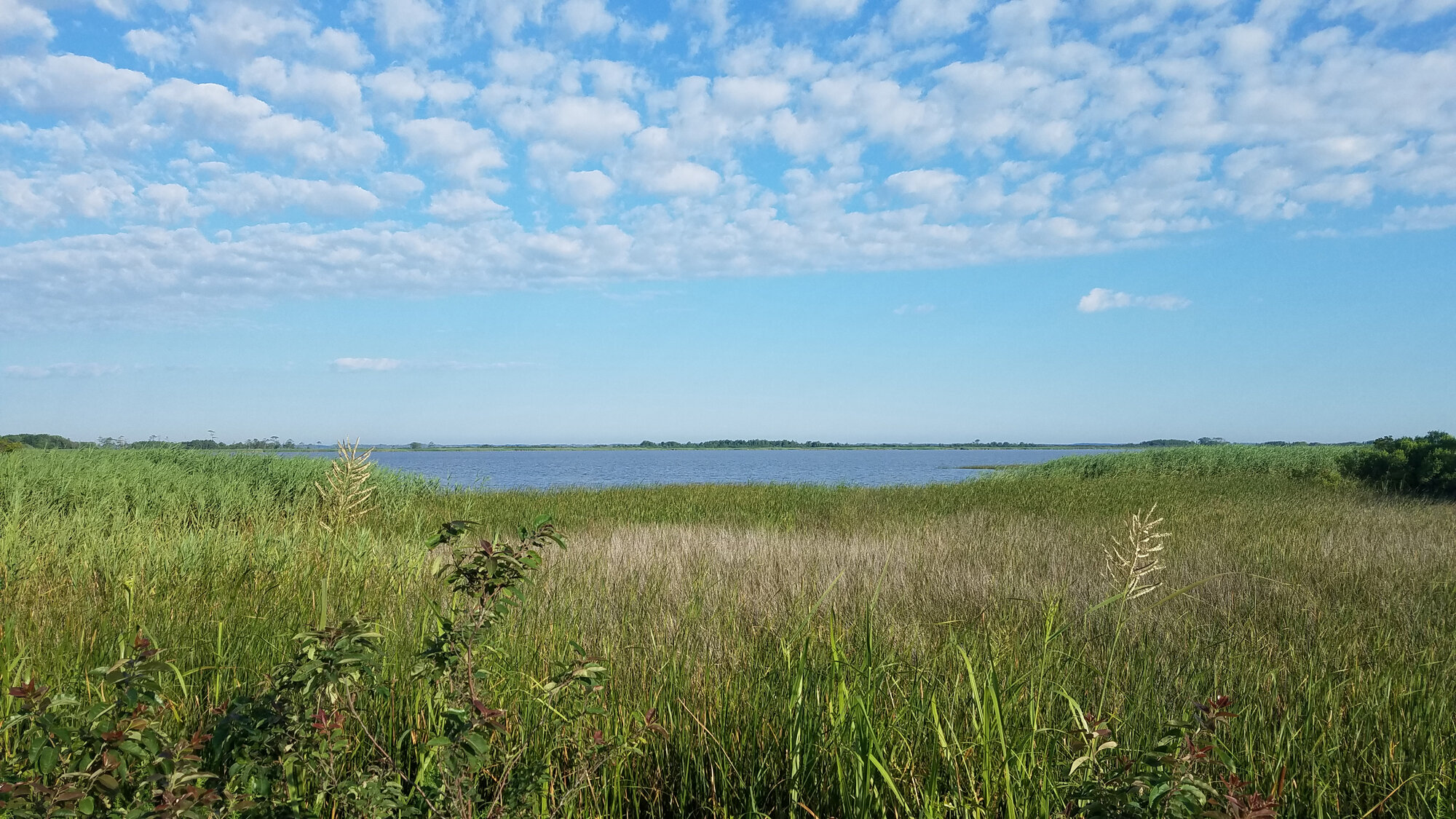
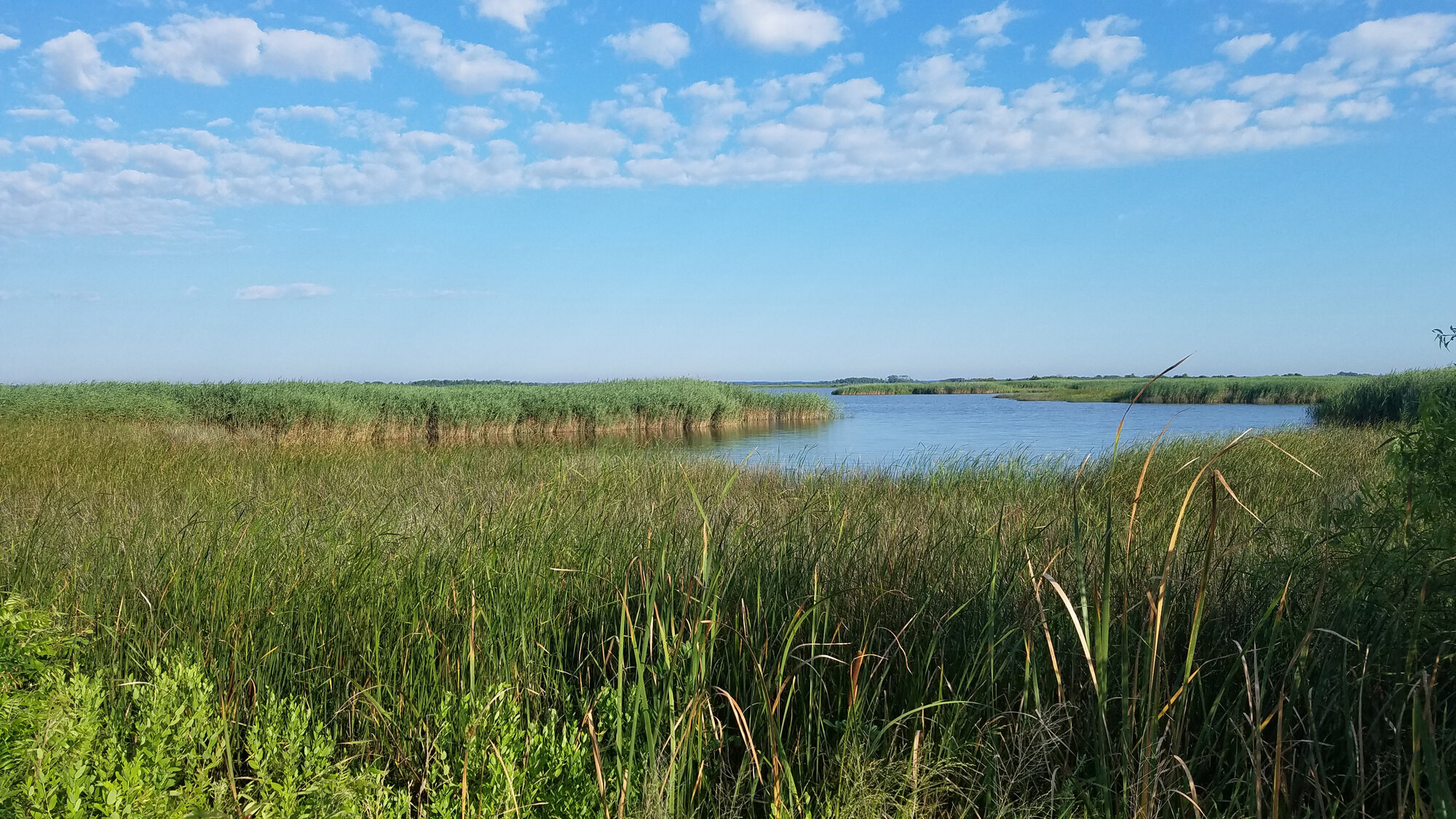
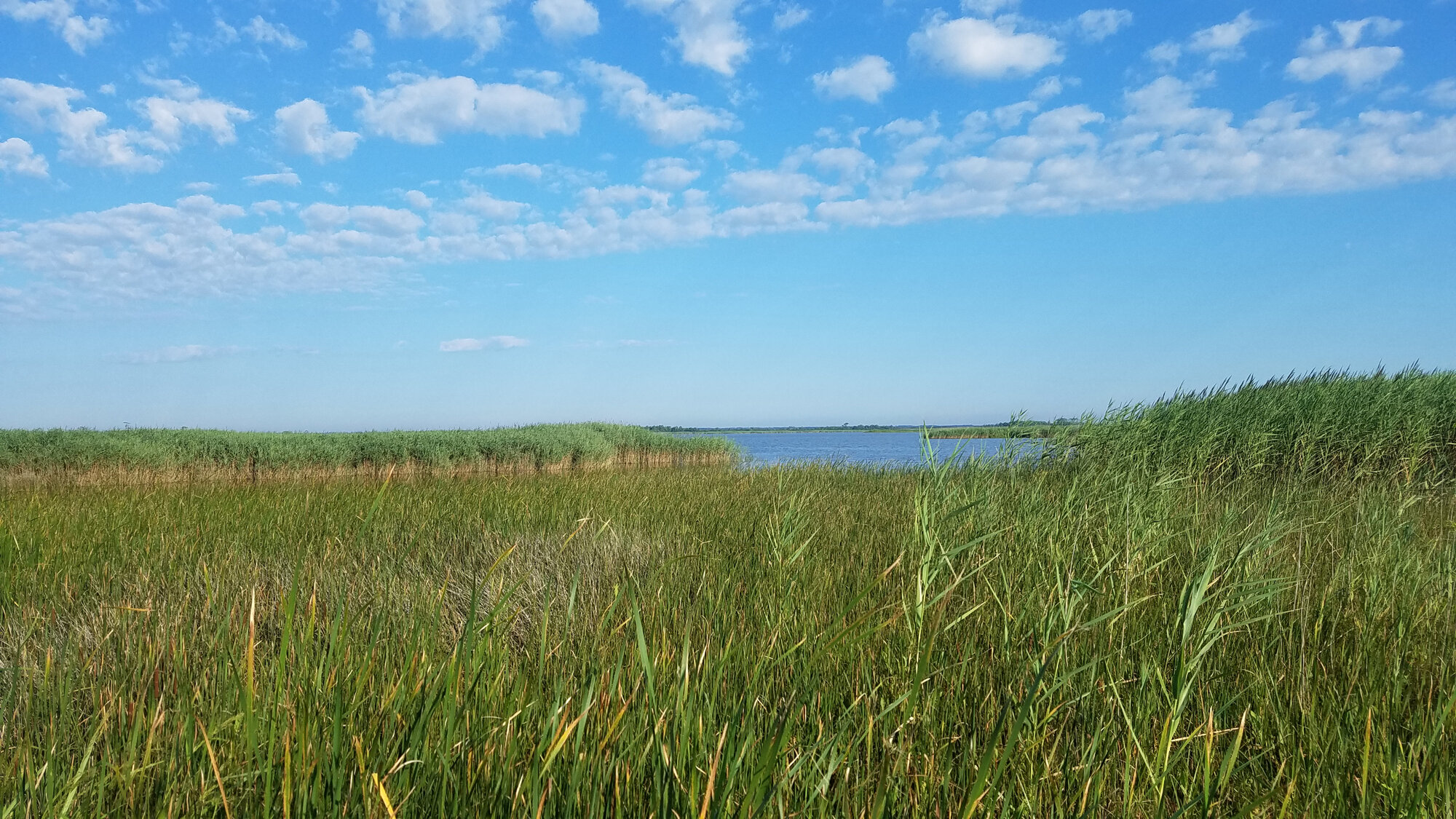
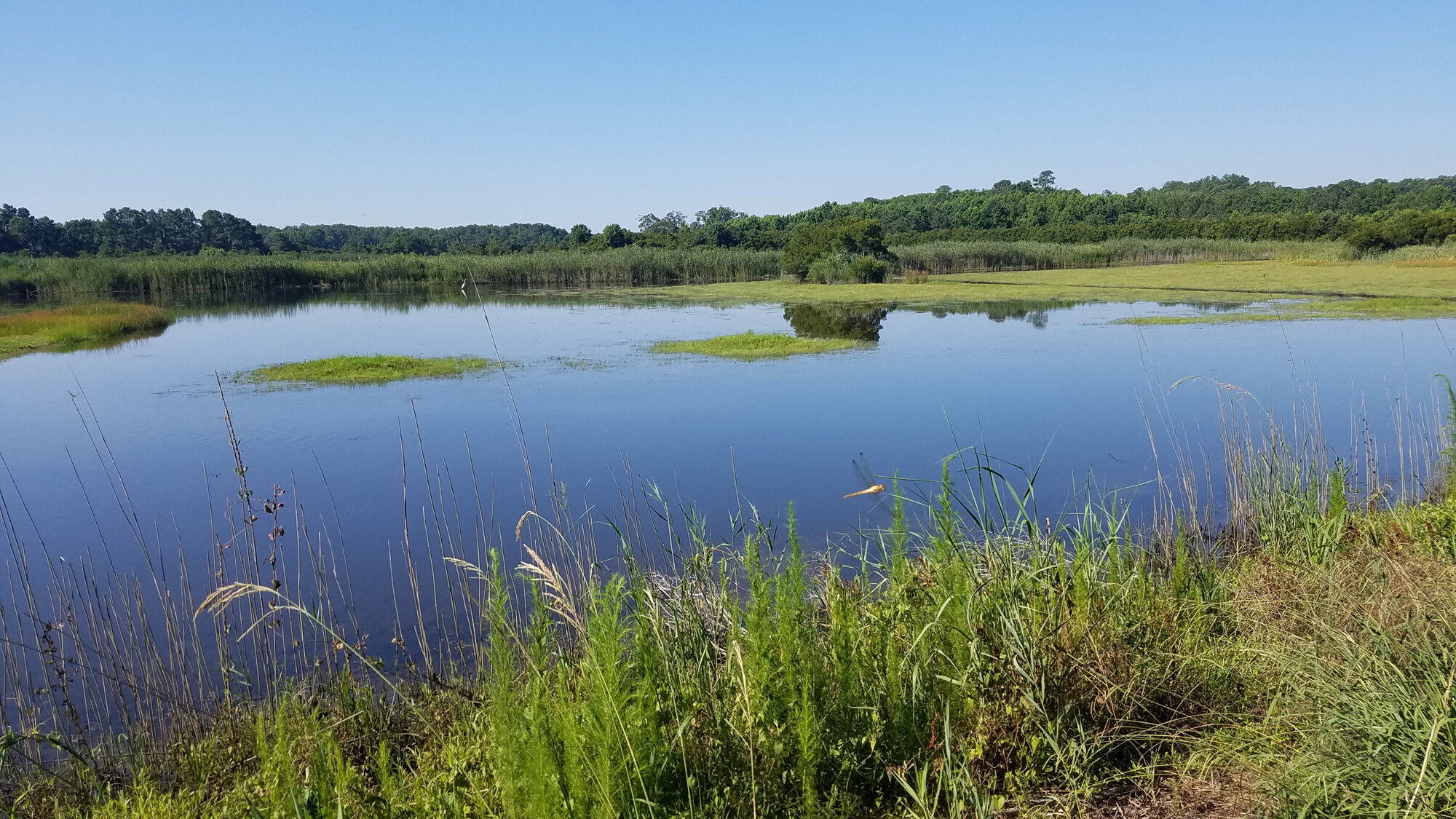
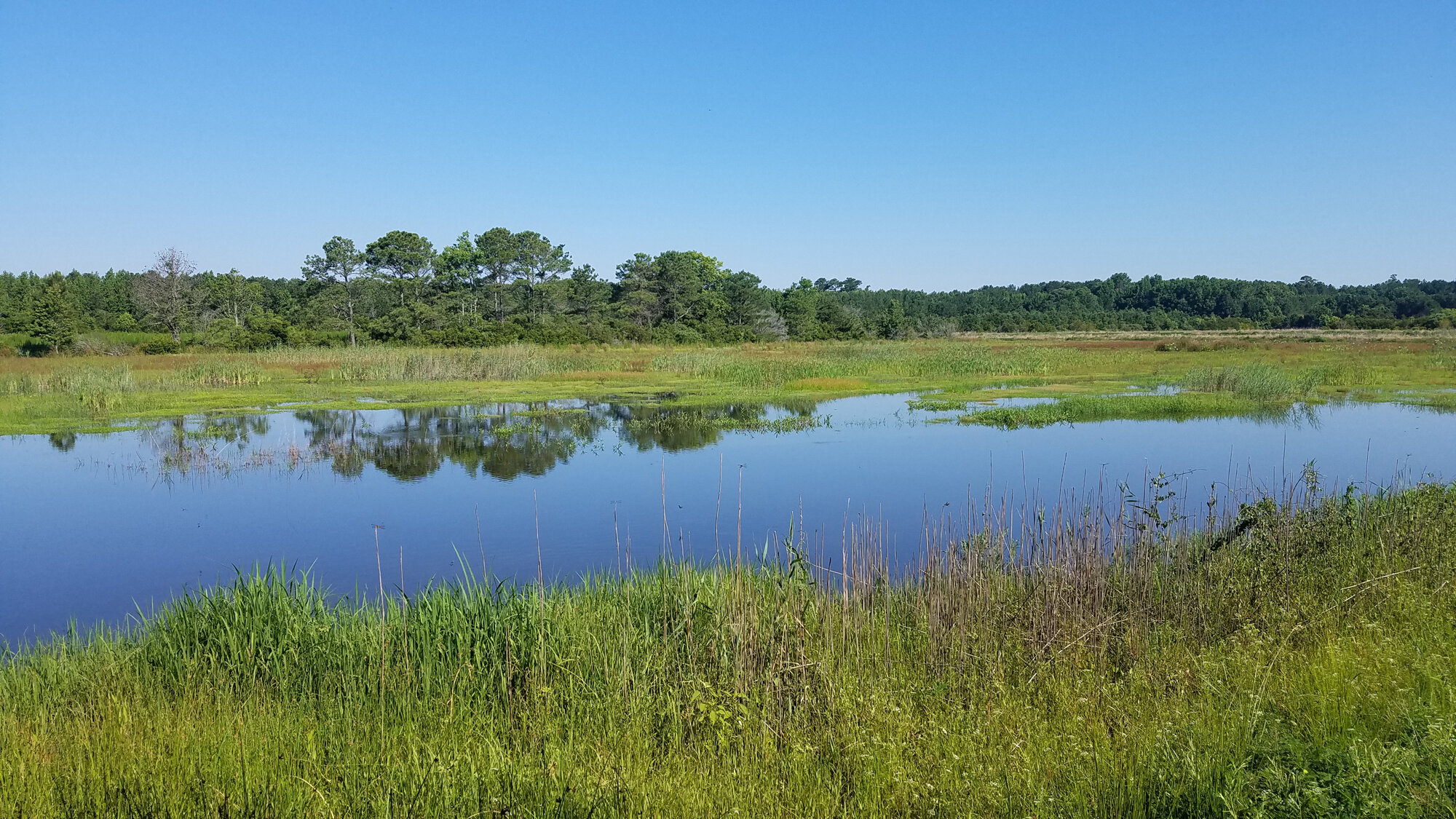
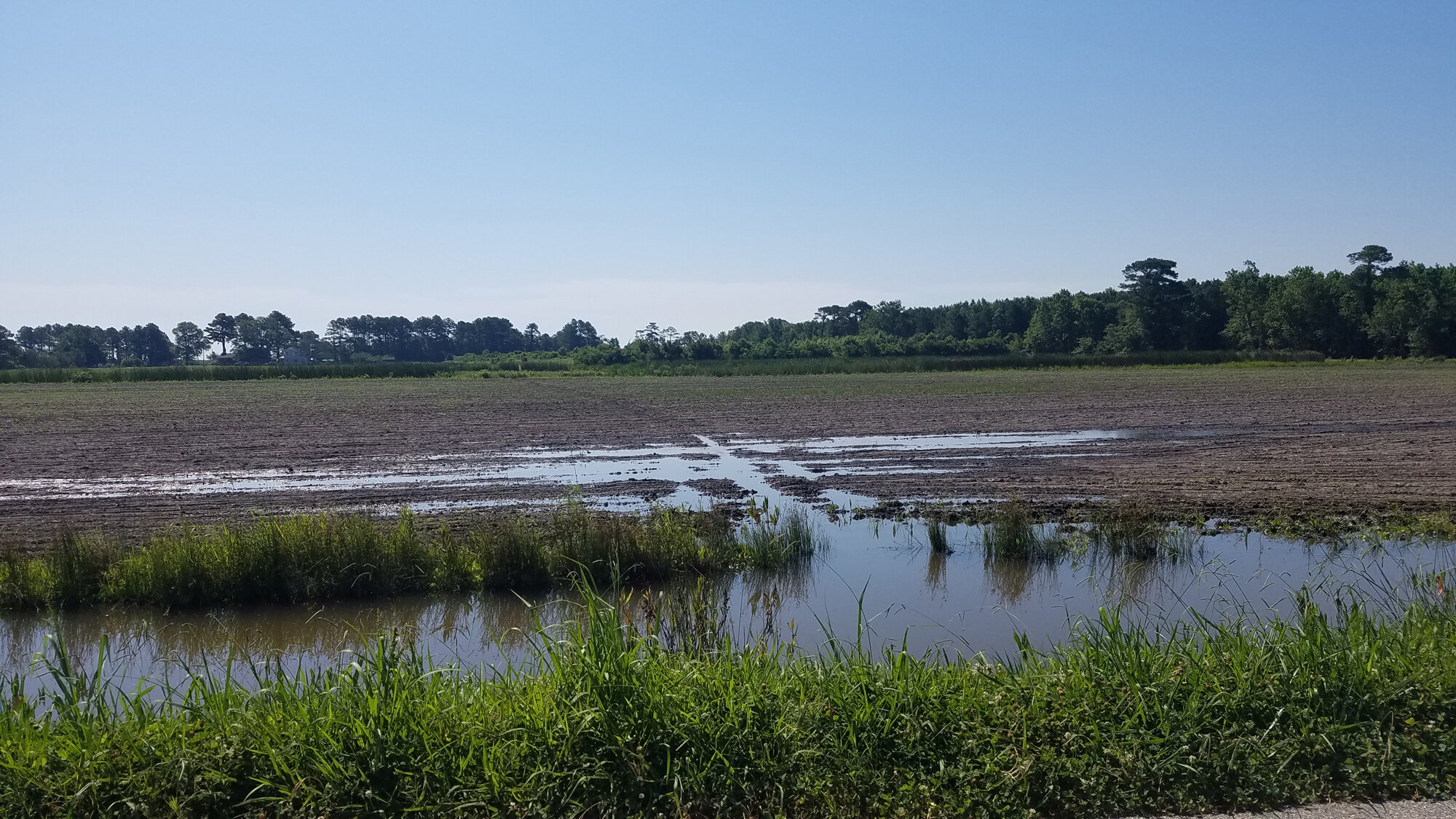
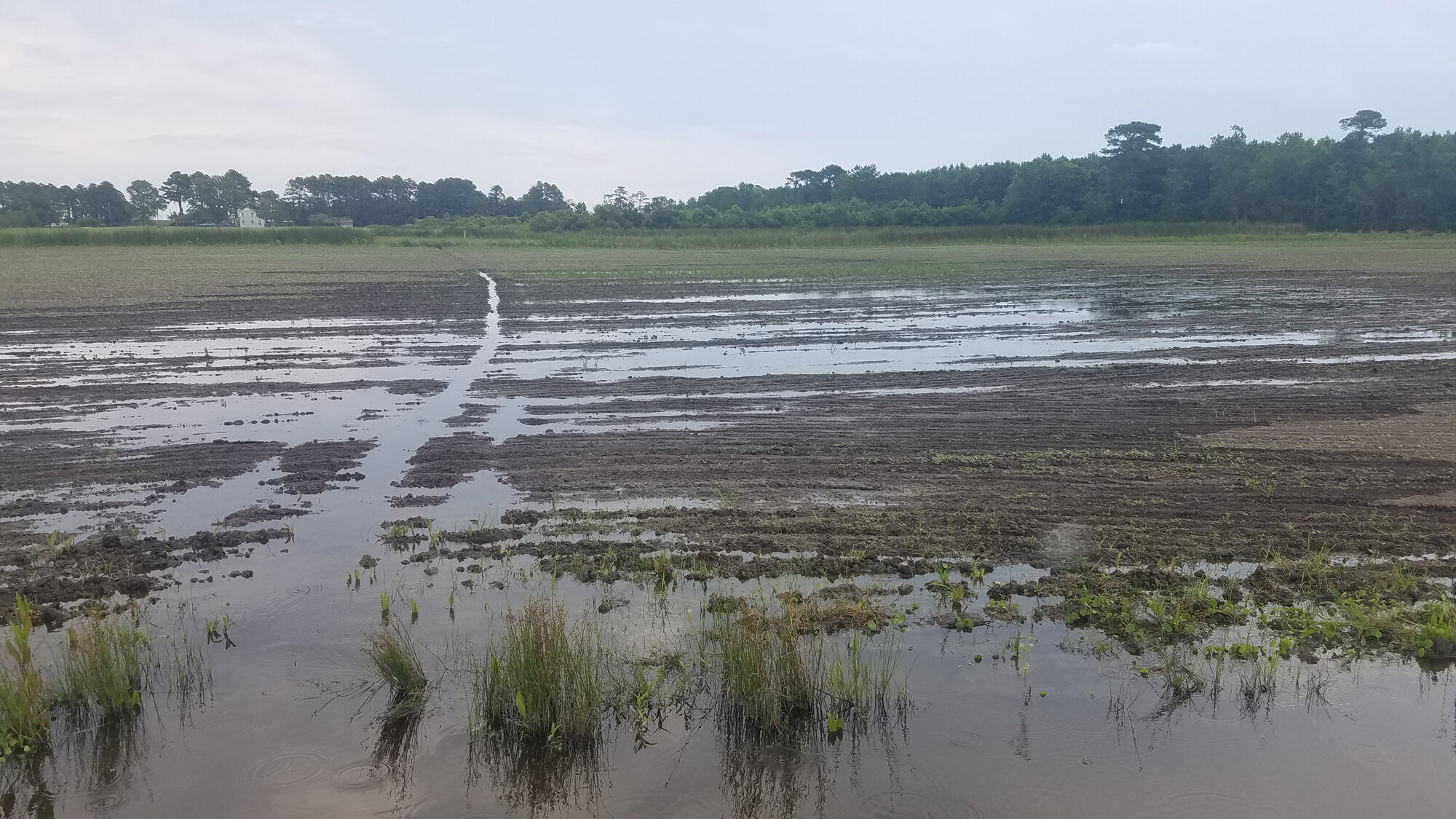
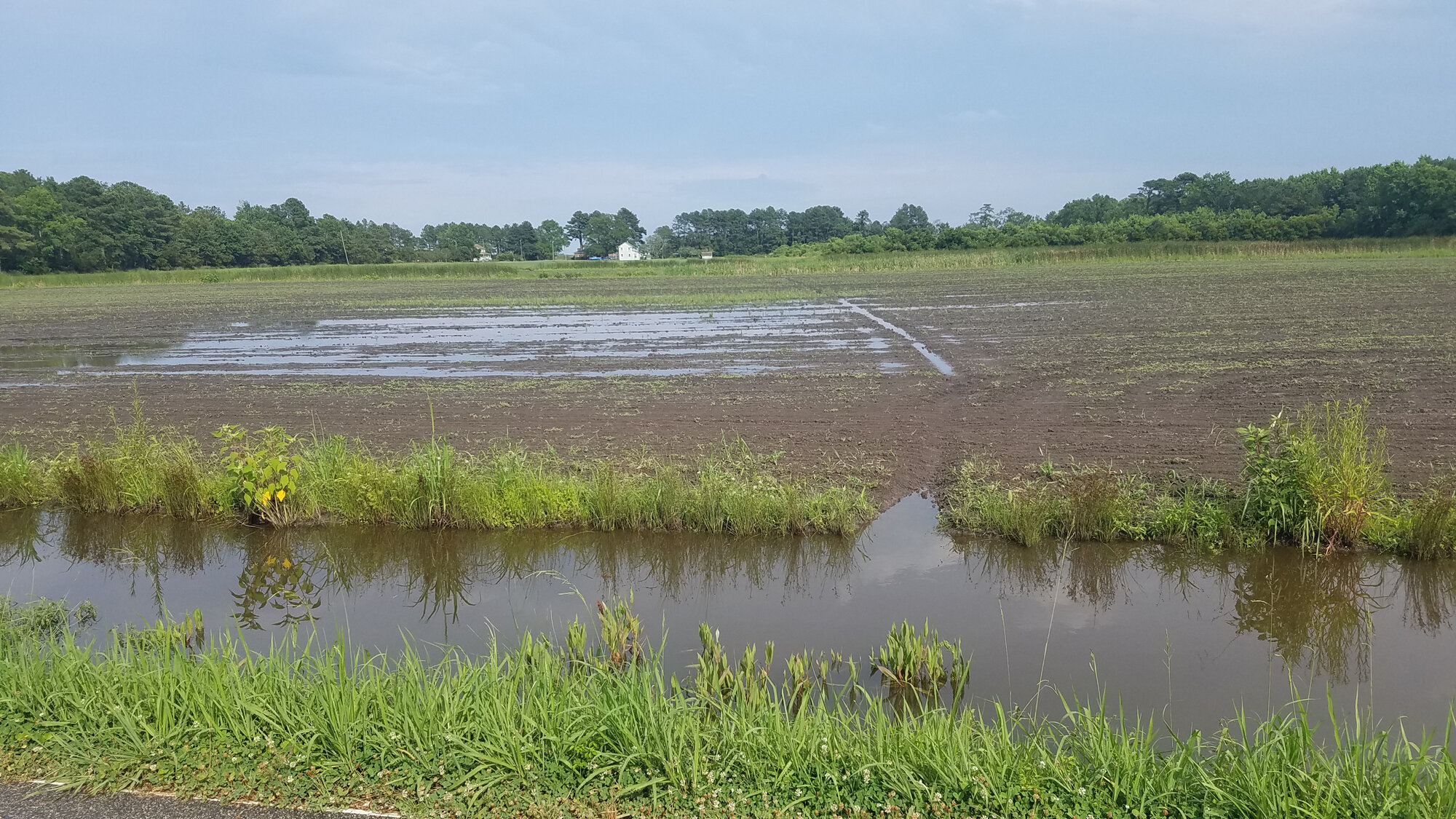
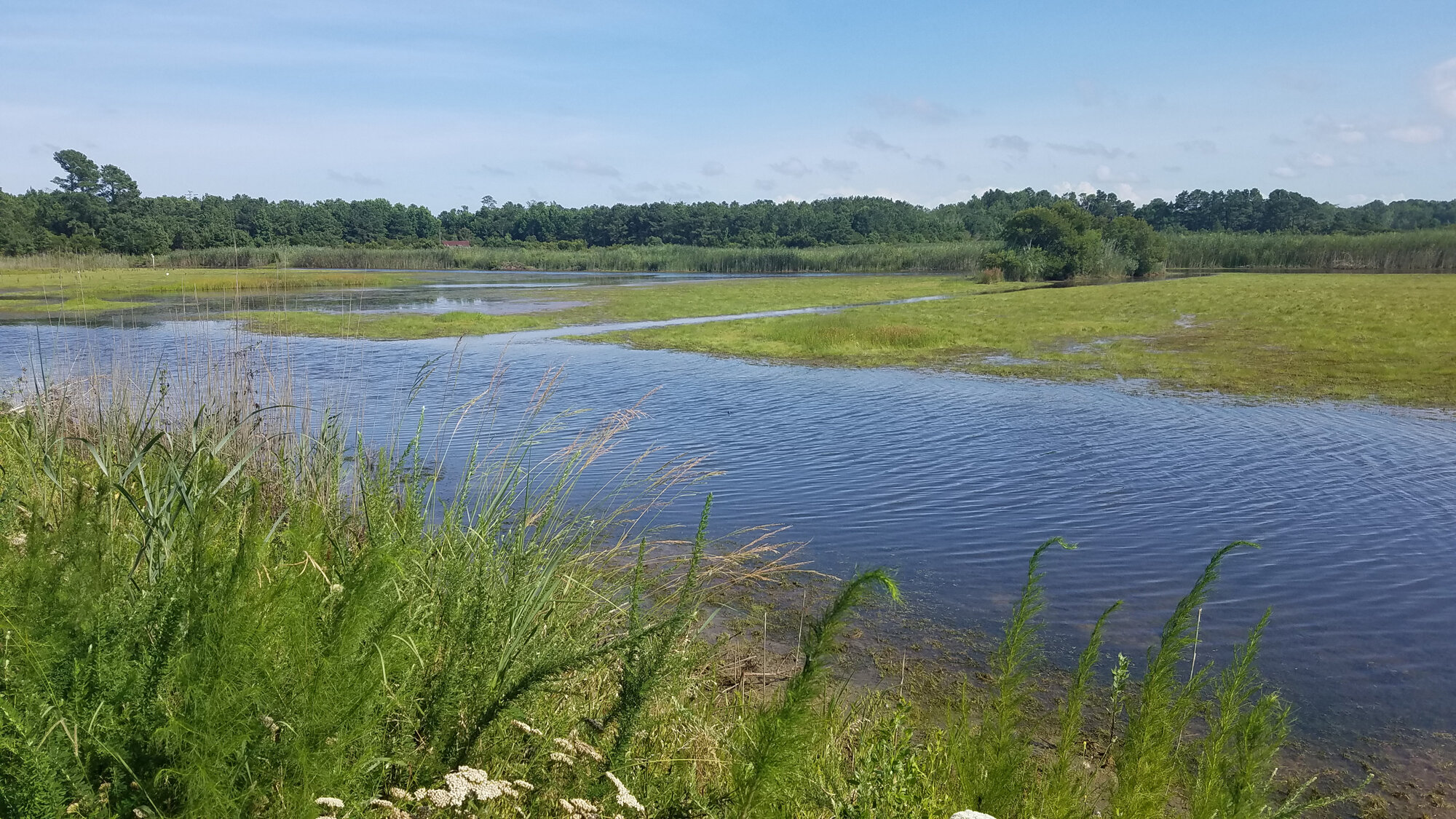


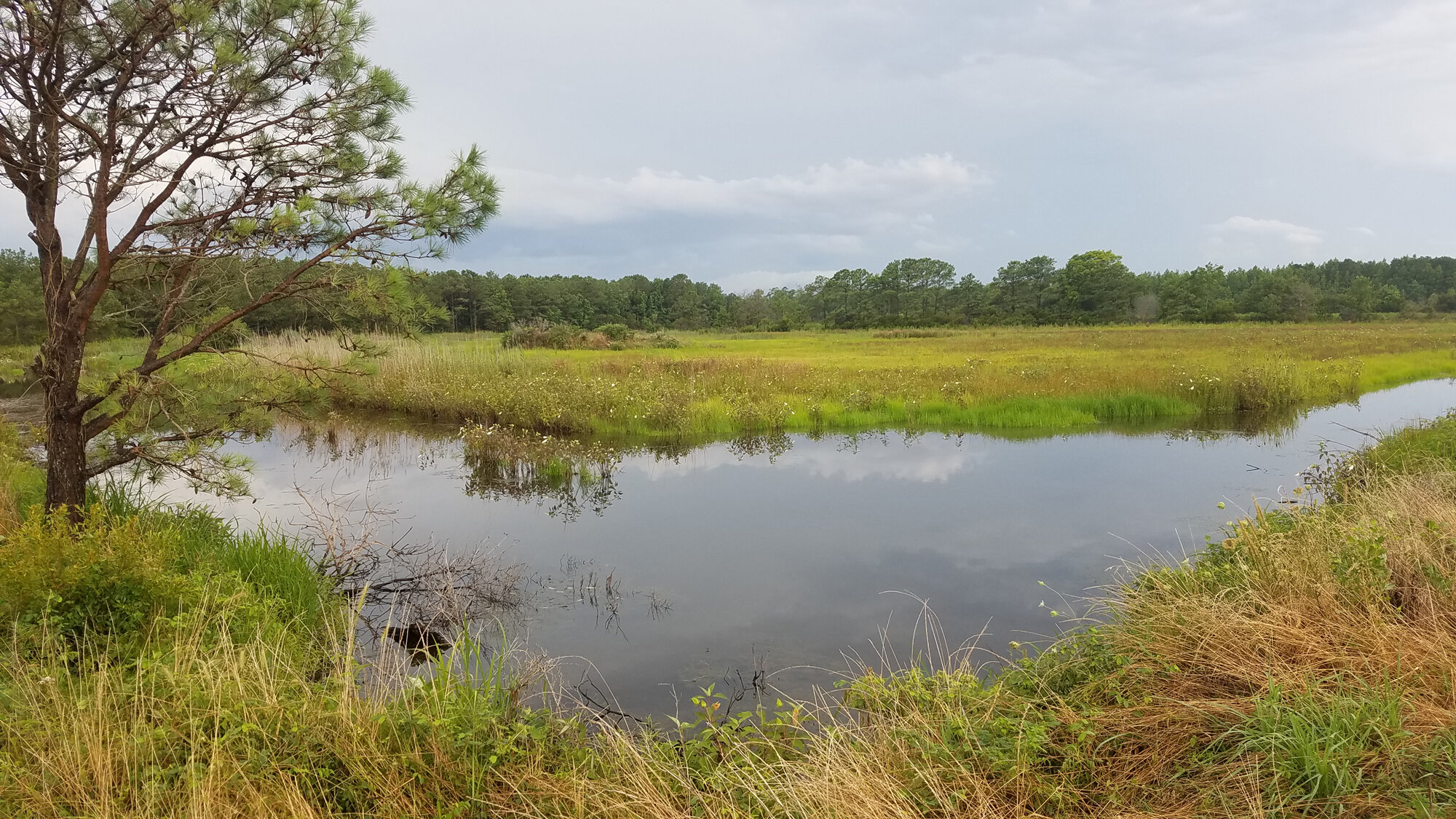
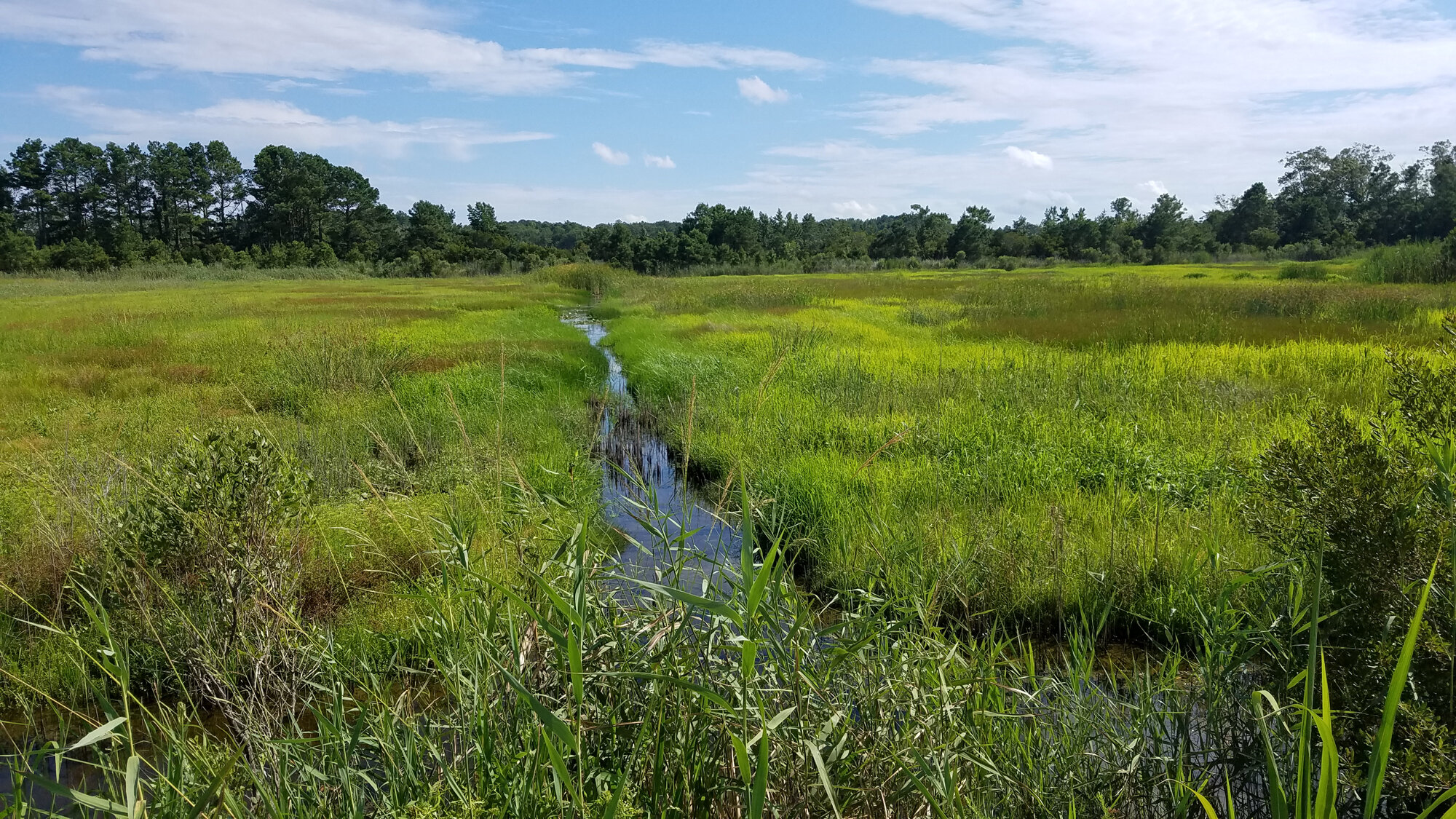
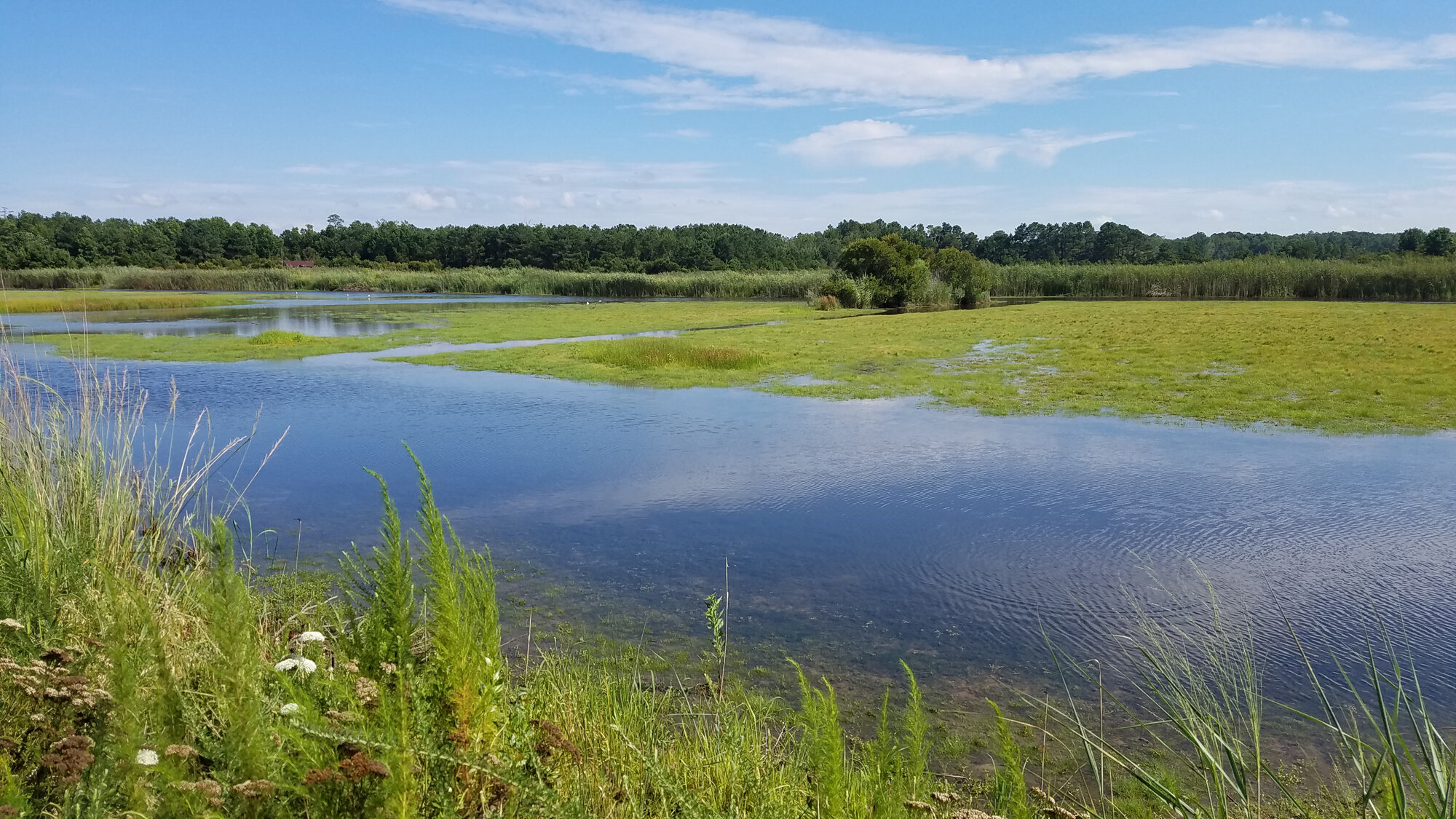

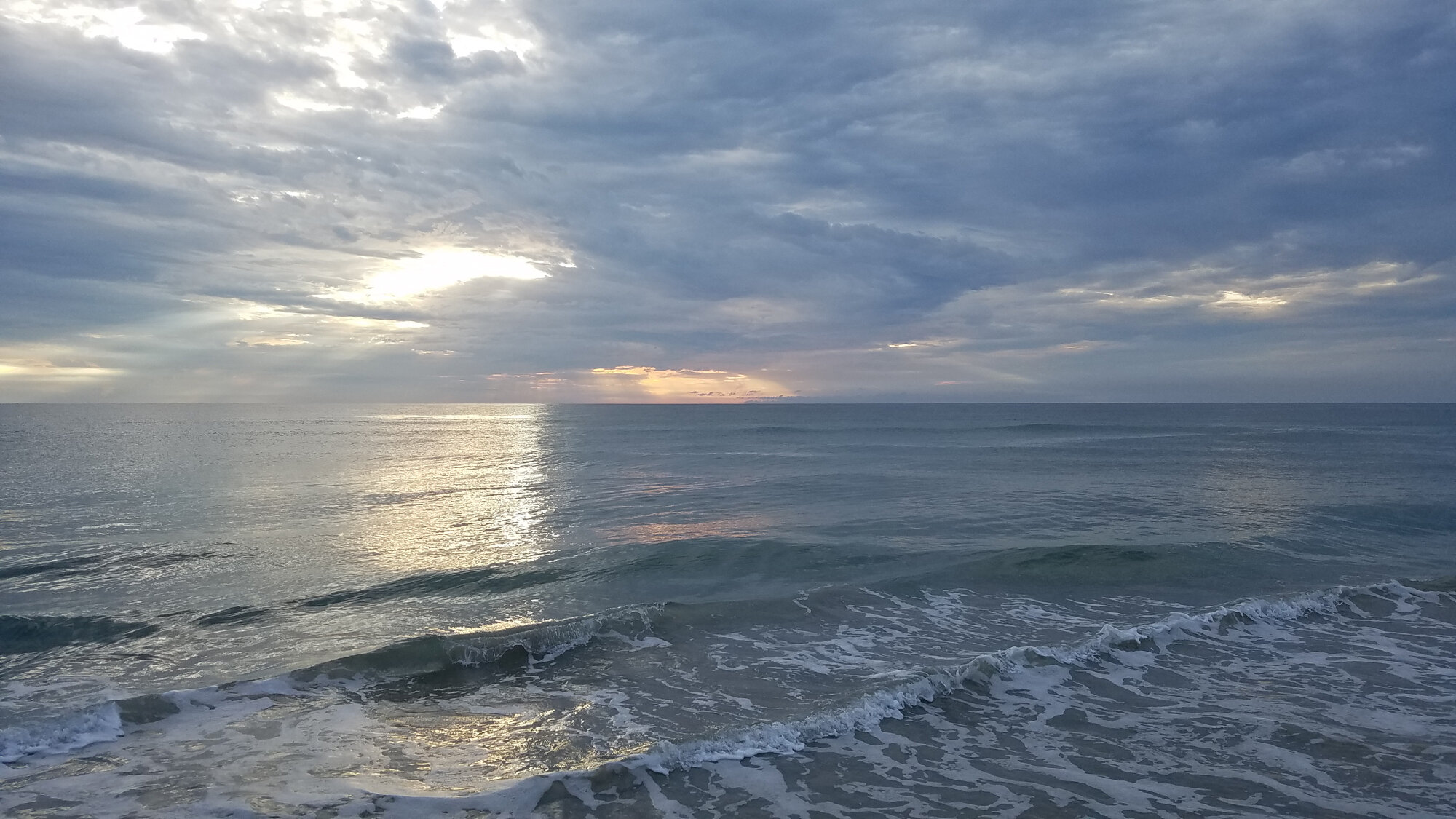
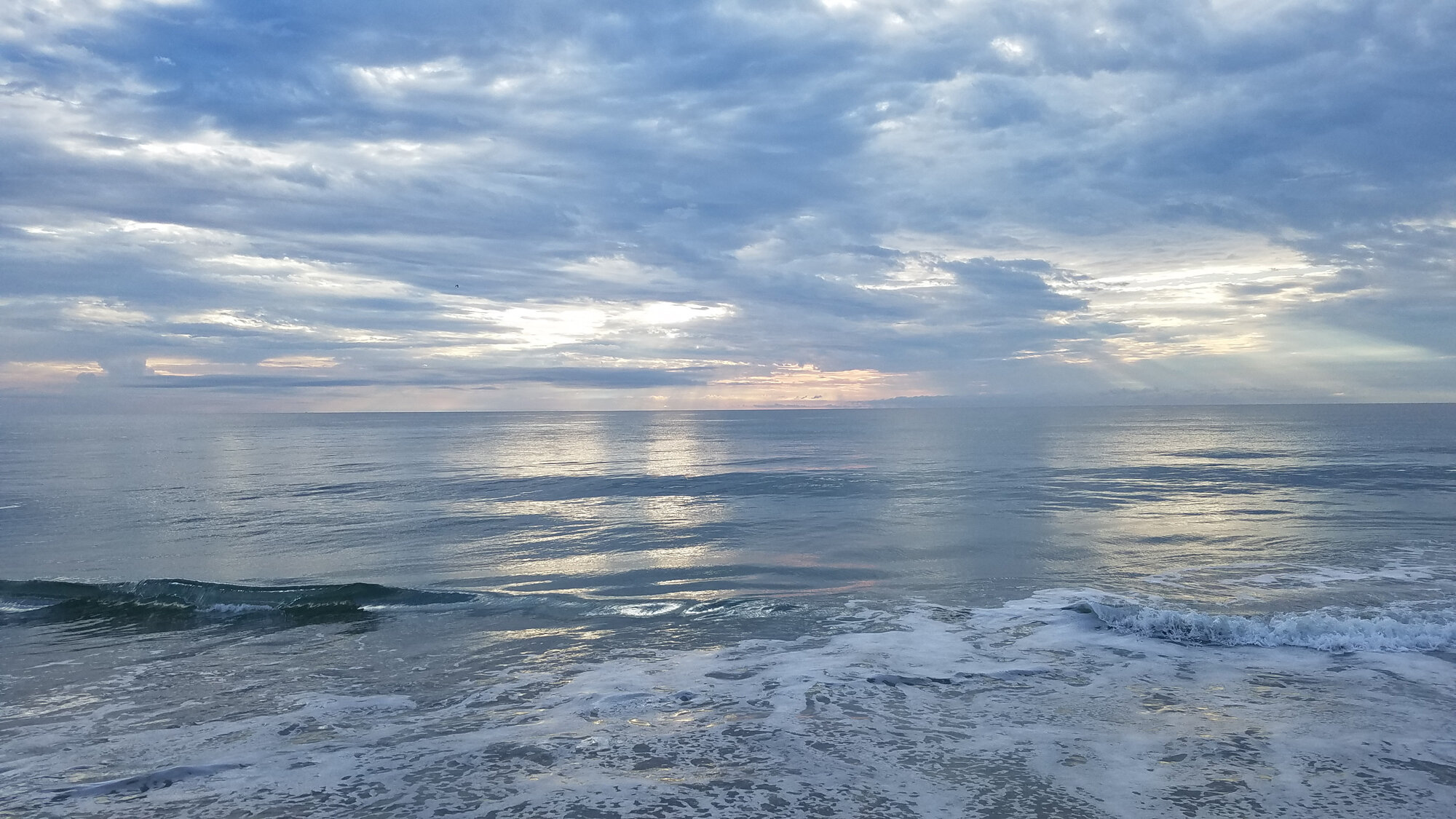

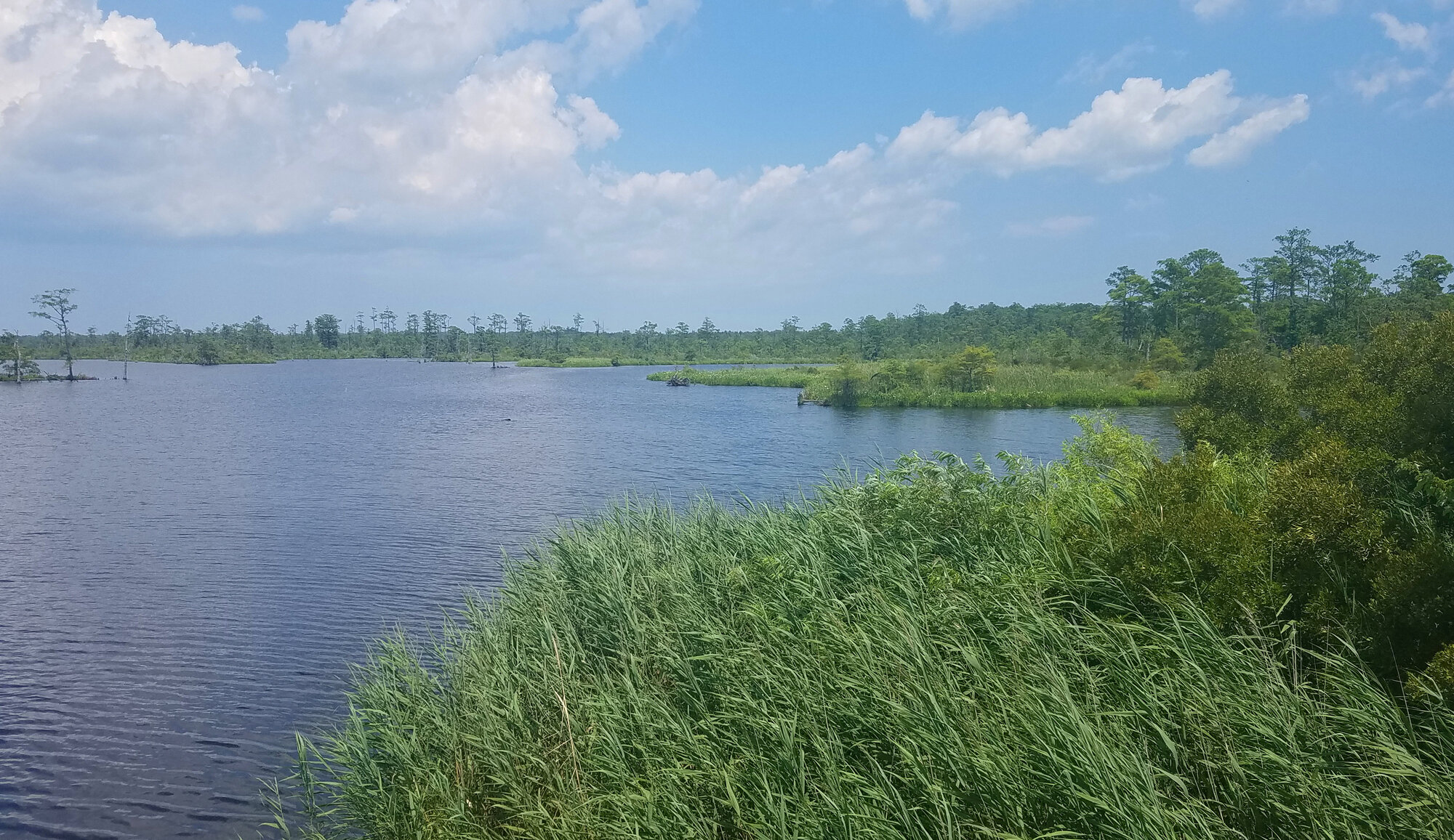
At the close of July, we have not yet logged first arrivals for the following species with expected arrival dates (listed in parentheses after each species name) prior to August:
Stilt Sandpiper (20 Jul) – View Current Fall Migration Records Map.
Additionally, the following species all have expected fall arrival dates during the month of October and should be looked for throughout the month.
White-rumped Sandpiper (5 Aug) – View Current Fall Migration Records Map.
Bank Swallow (5 Aug) – View Current Fall Migration Records Map.
Northern Waterthrush (5 Aug) – View Current Fall Migration Records Map.
American Redstart (5 Aug) – View Current Fall Migration Records Map.
Yellow Warbler (5 Aug) – View Current Fall Migration Records Map.
Worm-eating Warbler (10 Aug) – View Current Fall Migration Records Map.
Black-and-white Warbler (10 Aug) – View Current Fall Migration Records Map.
Northern Harrier (15 Aug) – View Current Fall Migration Records Map.
Peregrine Falcon (15 Aug) – View Current Fall Migration Records Map.
Baltimore Oriole (15 Aug) – View Current Fall Migration Records Map.
Sora (20 Aug) – View Current Fall Migration Records Map.
Bobolink (20 Aug) – View Current Fall Migration Records Map.
Black-throated Blue Warbler (20 Aug) – View Current Fall Migration Records Map.
Blue-winged Teal (25 Aug) – View Current Fall Migration Records Map.
Green-winged Teal (25 Aug) – View Current Fall Migration Records Map.
Common Nighthawk (25 Aug) – View Current Fall Migration Records Map.
Wilson’s Snipe (25 Aug) – View Current Fall Migration Records Map.
Veery (25 Aug) – View Current Fall Migration Records Map.
Magnolia Warbler (25 Aug) – View Current Fall Migration Records Map.
Wilson’s Warbler (25 Aug) – View Current Fall Migration Records Map.
Gadwall (30 Aug) – View Current Fall Migration Records Map.
Cape May Warbler (30 Aug) – View Current Fall Migration Records Map.
Black-throated Green Warbler (30 Aug) – View Current Fall Migration Records Map.
For those who wish for their observations to be included in this journal, please submit your records to www.eBird.org, and ensure that the proper documentation (whether written notes that rule out all similar species or photo/audio/video that is conclusive to species) is provided. Thank you to those who have taken the time to enter such documentation into eBird so these records may be publicly known and to those who took the time to read through this Journal entry. Be sure to check back early next month to see what birders will have found in Virginia Beach during August! For further information regarding this monthly, online publication, please visit the Journal Overview Page which provides an explanation of the current format, layout and composition of the journal.